DEV LOG 15
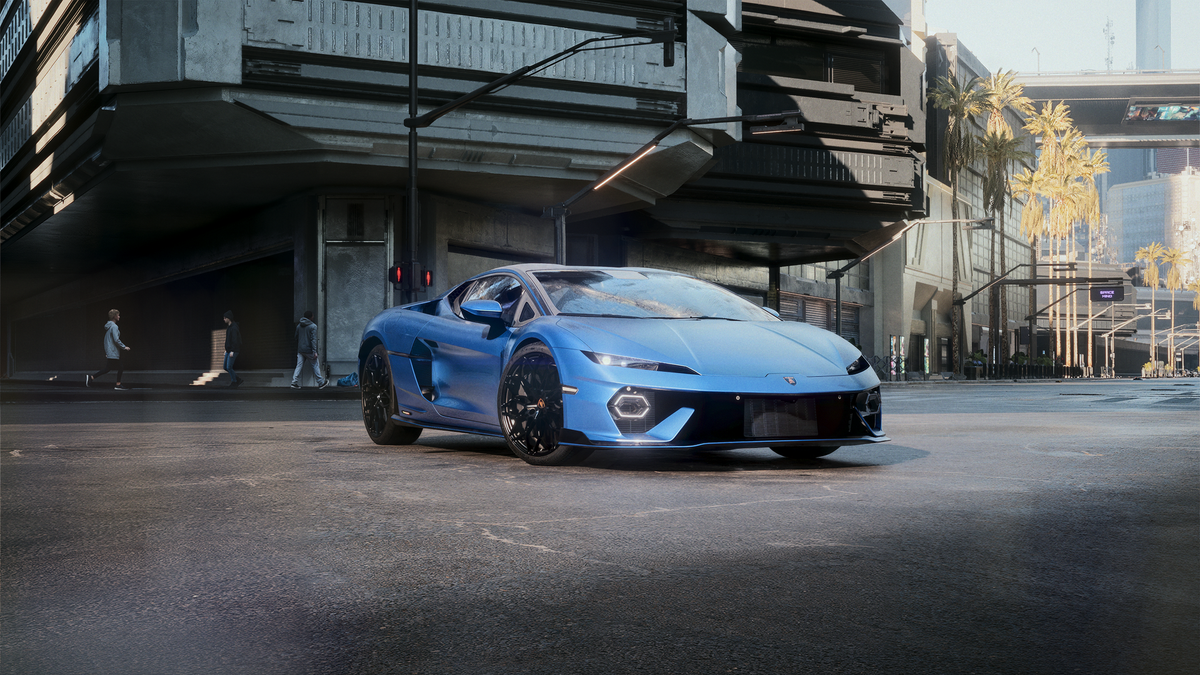
Introduction
Dev Log 15 captures one of the most significant quarters to date, with a breakthrough stretch that redefines what’s possible across blockchain, gameplay, and worldbuilding. From multi-chain deployment to an unprecedented partnership with Lamborghini, and one of the most successful DAO proposals in Wilder history, the Wilder Nation is entering a new era of accessibility, immersion, and economic depth, and we're only just getting started.
Since Dev Log 14 the pace has only accelerated, with major progress across the board. In this update, we unpack the biggest developments over the past three months and explore how Wilder World is evolving into a truly next-gen metaverse experience.
Let’s dig in.
Key Milestones
Wilder World has hit several landmark achievements since Dev Log 14, each one propelling the project into a new chapter and collectively defining a pivotal moment in our evolution.
Welcome to Wiami, Lamborghini
The Wilder Wheels overhaul set the stage for one of the most iconic and important milestones in Wilder World’s journey to date: a historic partnership with Lamborghini. For the first time, a major automotive brand launched a supercar both in the physical world and inside a fully immersive, player-owned metaverse. Lamborghini chose Wilder World as its official digital partner for the debut of its newest vehicles, the Temerario and the track-focused Temerario GT3.
This multi-phase metaverse activation brings this legendary brand into Wilder World, in collaboration with Animoca Brands, Motorverse, and Gravitaslabs. A network of visionary partners coming together to build the future of digital vehicle culture.
These limited-edition digital vehicles were released as fully onchain assets with gameplay-ready builds designed for high-performance use across multiple platforms. Inside Wilder World, they can be driven in both open-world exploration and racing modes. They also integrate with Lamborghini’s Fast ForWorld platform and Motorverse’s interoperable ecosystem, enabling cross-game ownership and racing across supported titles like REVV Racing and Torque Drift 2.
The launch was timed with the real-world debut of the GT3 at the Goodwood Festival of Speed, bringing together the physical and digital in a coordinated global event. Each NFT offers full onchain ownership, access to the showroom, and gameplay utility across platforms.
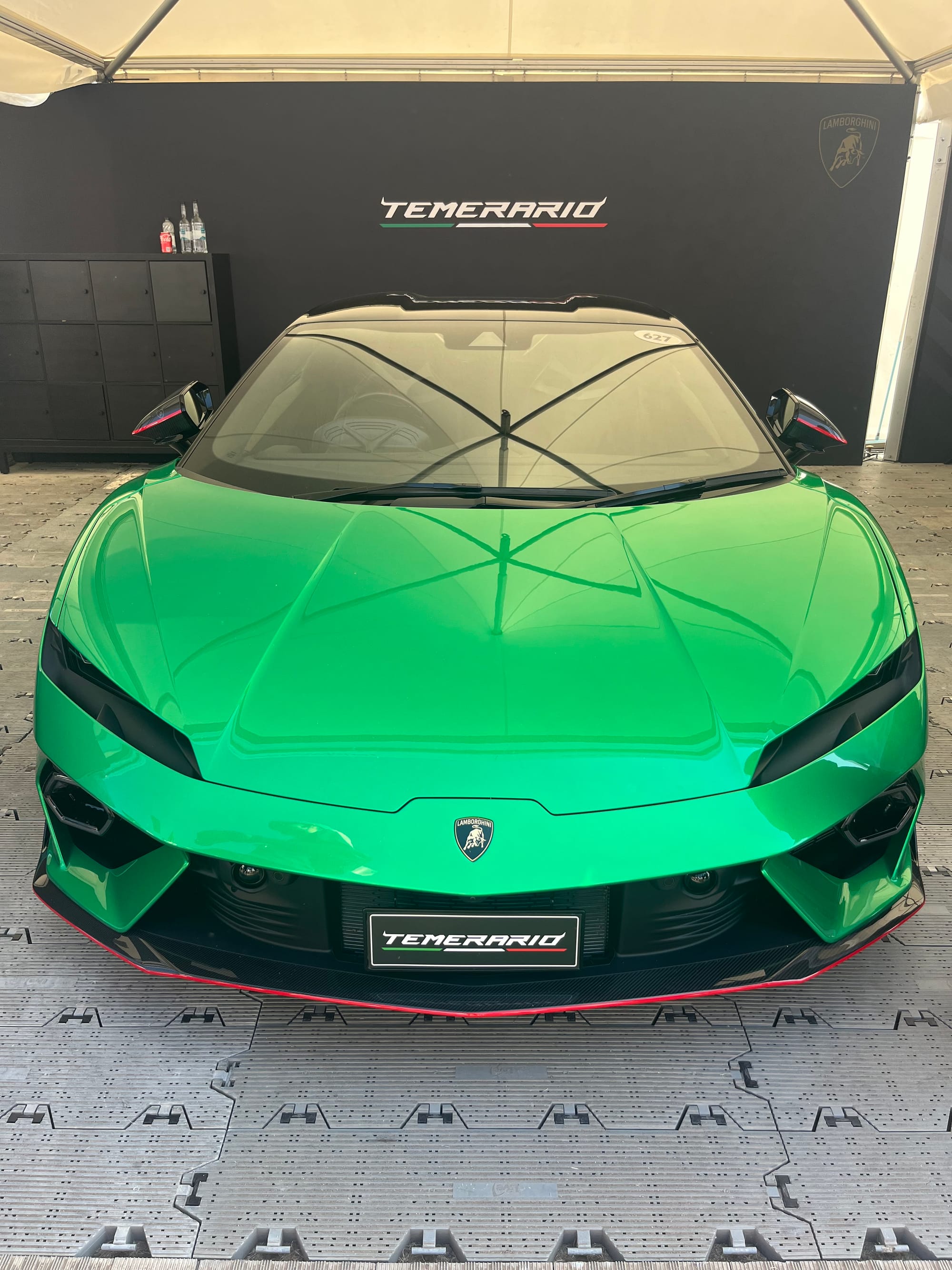
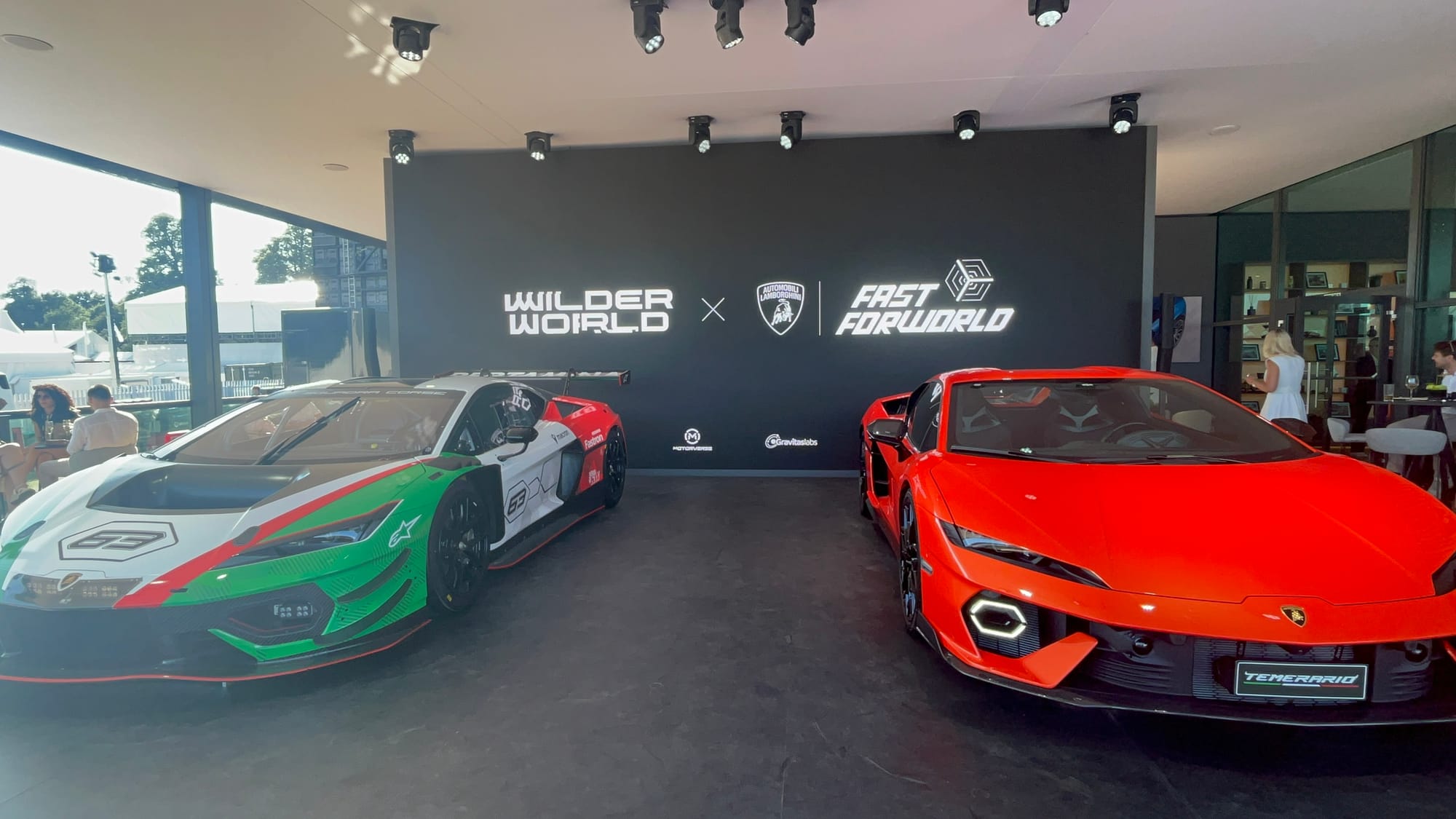
Inside Wiami, Lamborghini will soon open a flagship Fast ForWorld showroom, designed as a hub for automotive lore, rotating vehicle exhibits, and immersive brand experiences. This collaboration extends far beyond racing, marking a new era of brand expression and digital engagement inside Wilder World.
Drop Stats
The Temerario drop was a major success. The private OpenSea sale of 500 NFTs sold out in just four minutes. This was followed by a public sale of 100 NFTs on Lamborghini’s Fast ForWorld platform, which sold out in 17 minutes.
In total, the drop generated approximately $42,750 USD in revenue for Wilder World, with a marketing spend of $25,500 USD. The fast-paced sellout confirmed strong market demand and marked a high-profile entry into the metaverse for one of the world’s most iconic automotive brands.
Socials & Media Impact
The campaign surrounding the Lamborghini partnership drove significant momentum across social media and press. The announcement post reached 1.1 million views, with over 3,000 reposts and 3,800 likes. A live X Spaces session brought in 28,000 views and 1,300 active listeners.
Media coverage spanned 22 articles across Tier 1 and Tier 2 outlets, including CoinDesk (DA 91), MSN (DA 94), Yahoo Tech (DA 66), CryptoPotato, PlayToEarn, NFT News Today, and eGamers.io. The campaign also gained traction on Reddit and was featured on Blockster. Collectively, these articles generated an estimated 914,000 views, with an overall audience reach exceeding 116 million. This wave of coverage solidified Wilder World’s role as a platform for meaningful digital activations and positioned Lamborghini as a pioneering force in the future of metaverse engagement.
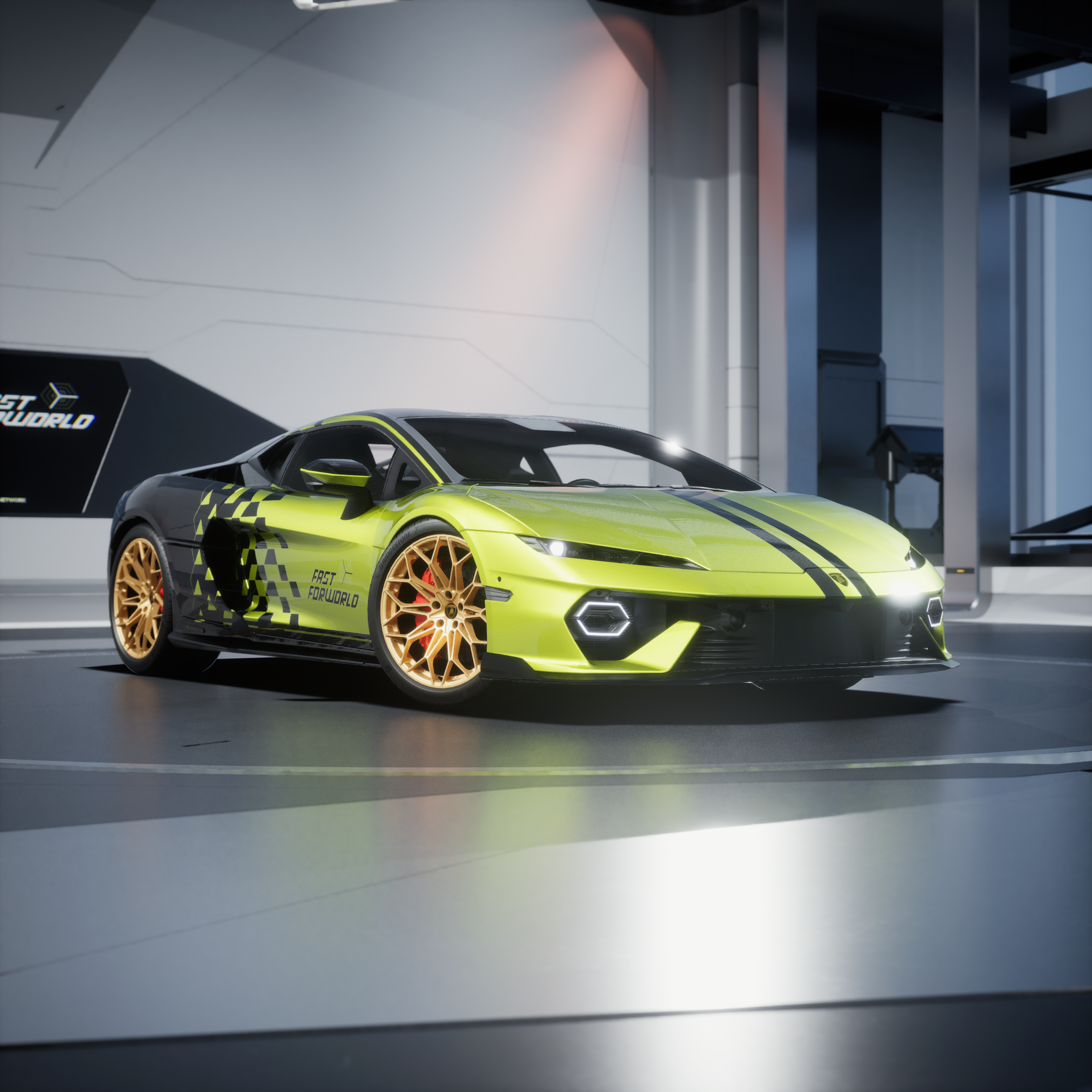
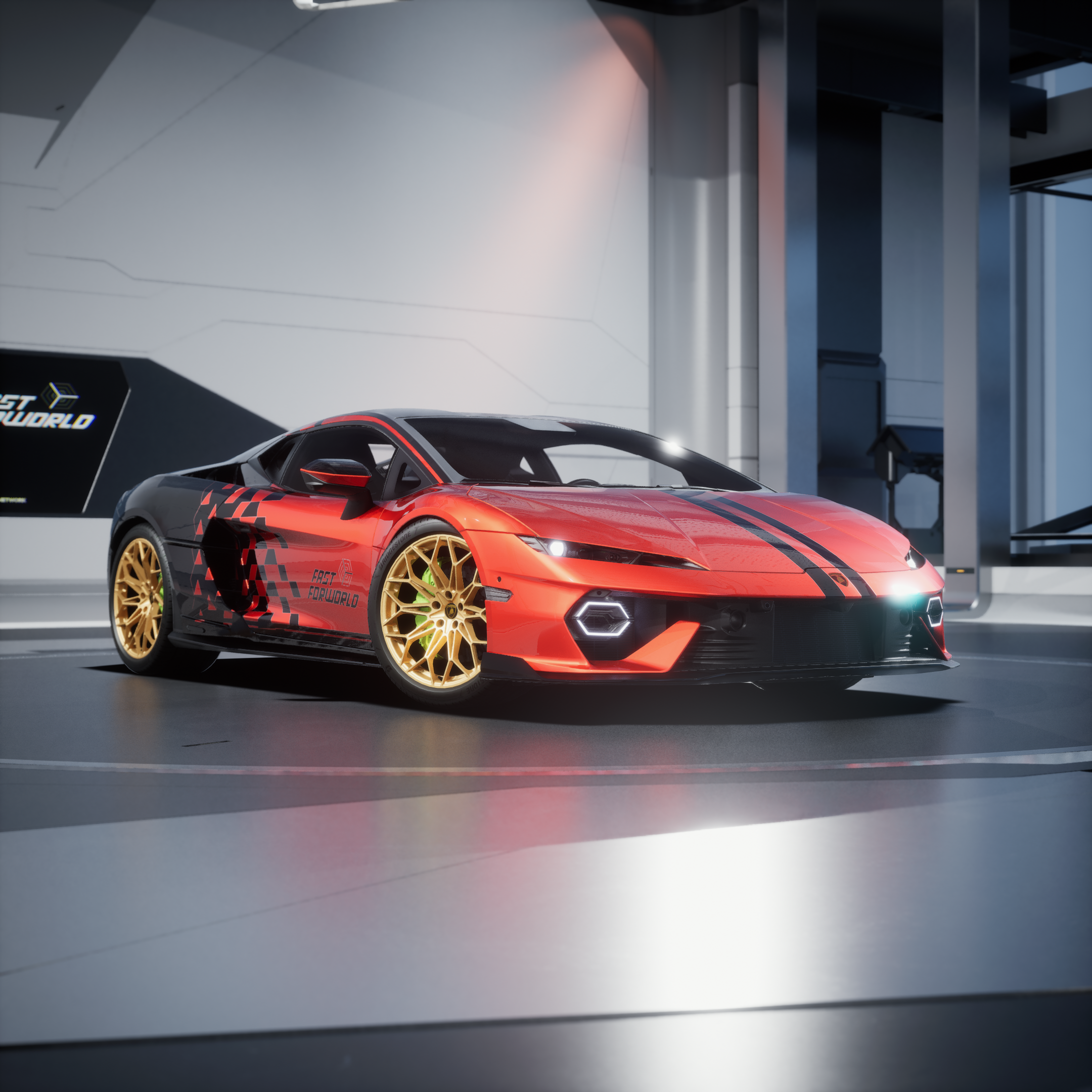
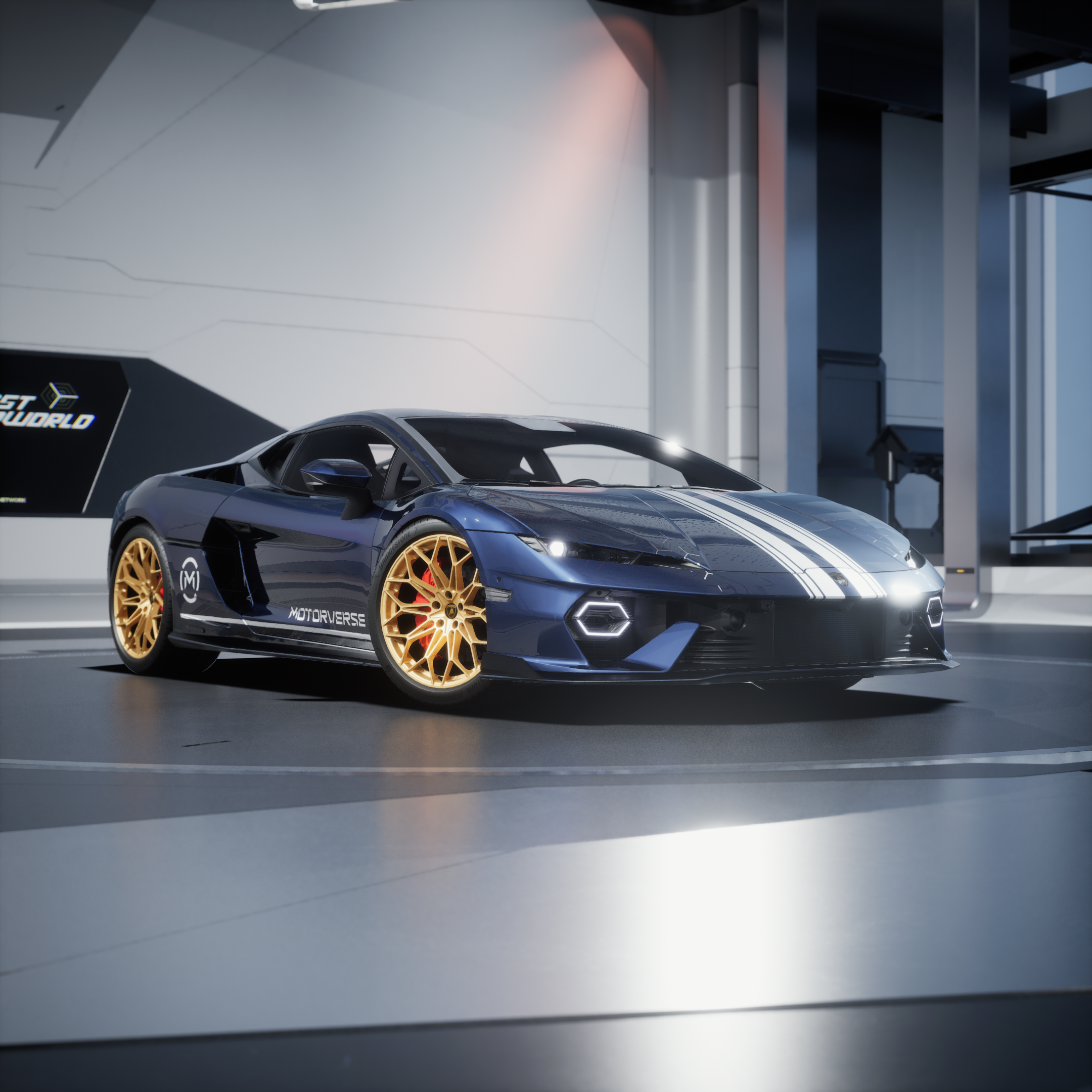
The success of the Temerario drop represents a defining achievement in Wilder World’s expansion, showing how legacy brands can establish real presence and utility within the metaverse. It opens the door for future activations that blend physical prestige, luxury, performance, and Web3 innovation in immersive, player-owned worlds.
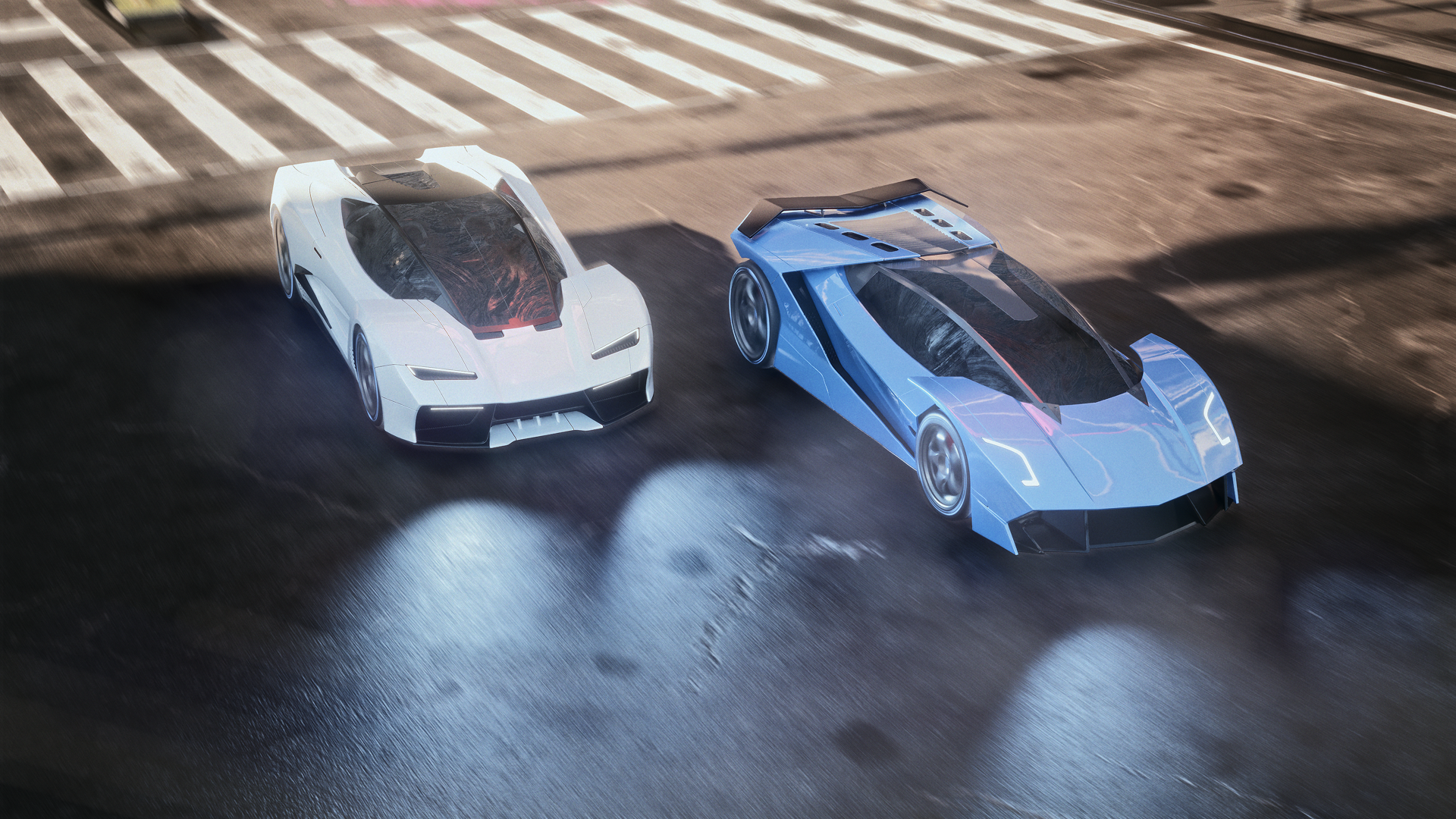
The Wilder Wheels Overhaul
Wilder Wheels is one of the most foundational and economically impactful collections in Wilder World. Its Genesis drop brought in over 1934 ETH in revenue, helped establish the Wheels Industry, and set the tone for future asset classes.
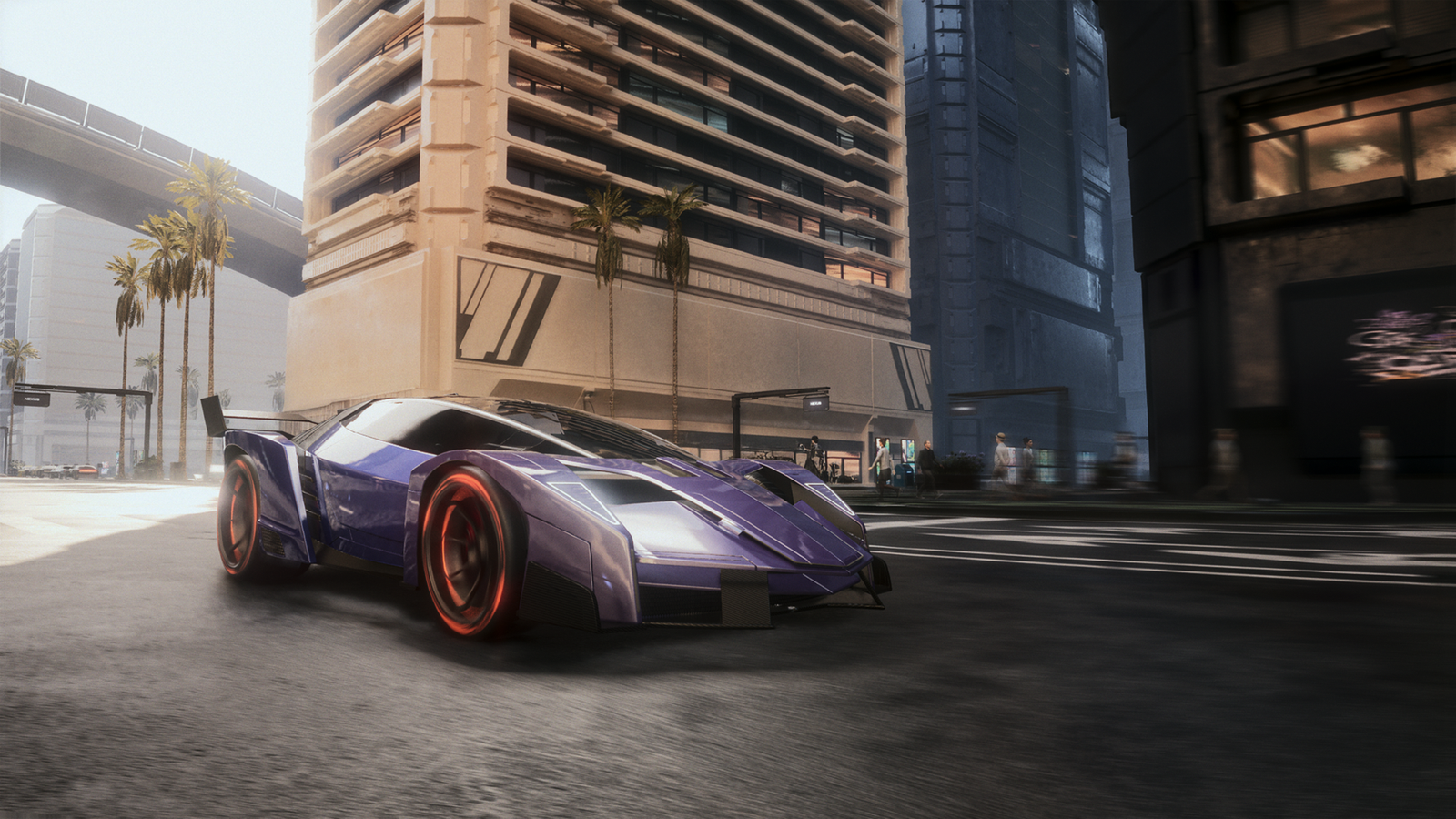
To elevate the gameplay experience, we brought in one of the most respected figures in the world of driving simulations to lead the Wheels team: Aristotelis Vasilakos. Best known as the mastermind behind Assetto Corsa, Aris brought over 15 years of experience building world-class physics systems and racing mechanics. Under his leadership, the Wheels industry entered a new phase of development, with the Wheels upgrades marking a major milestone in refining this iconic collection.
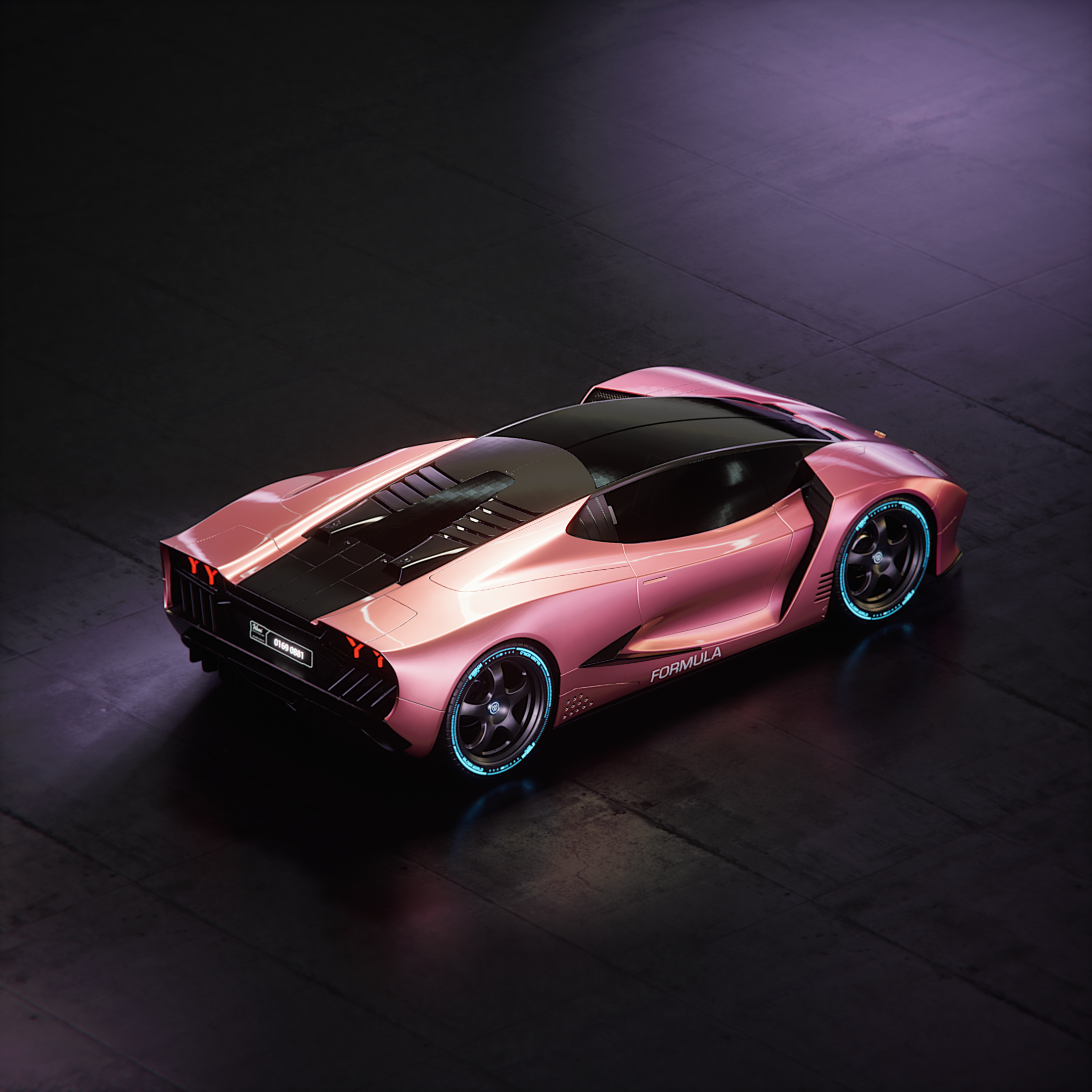
Every vehicle has been rebuilt from the ground up, with 50 models already imported into the engine (44 upgraded Wheels, 4 city cars and 2 trucks/APCs). Metadata updates have now launched, refreshing original Wheels NFTs with enhanced traits, redesigned body styles, and new details that reflect the latest in-game builds. The rollout is structured in phases and will continue as additional models are finalized.
This isn’t just a cosmetic overhaul. Alongside the visual upgrades, Wheels are being re-engineered under the hood to improve handling and performance in Wiami. Sharper turns, smoother drifts, and faster acceleration combine to deliver a more responsive and immersive driving experience that moves closer to real-world physics.
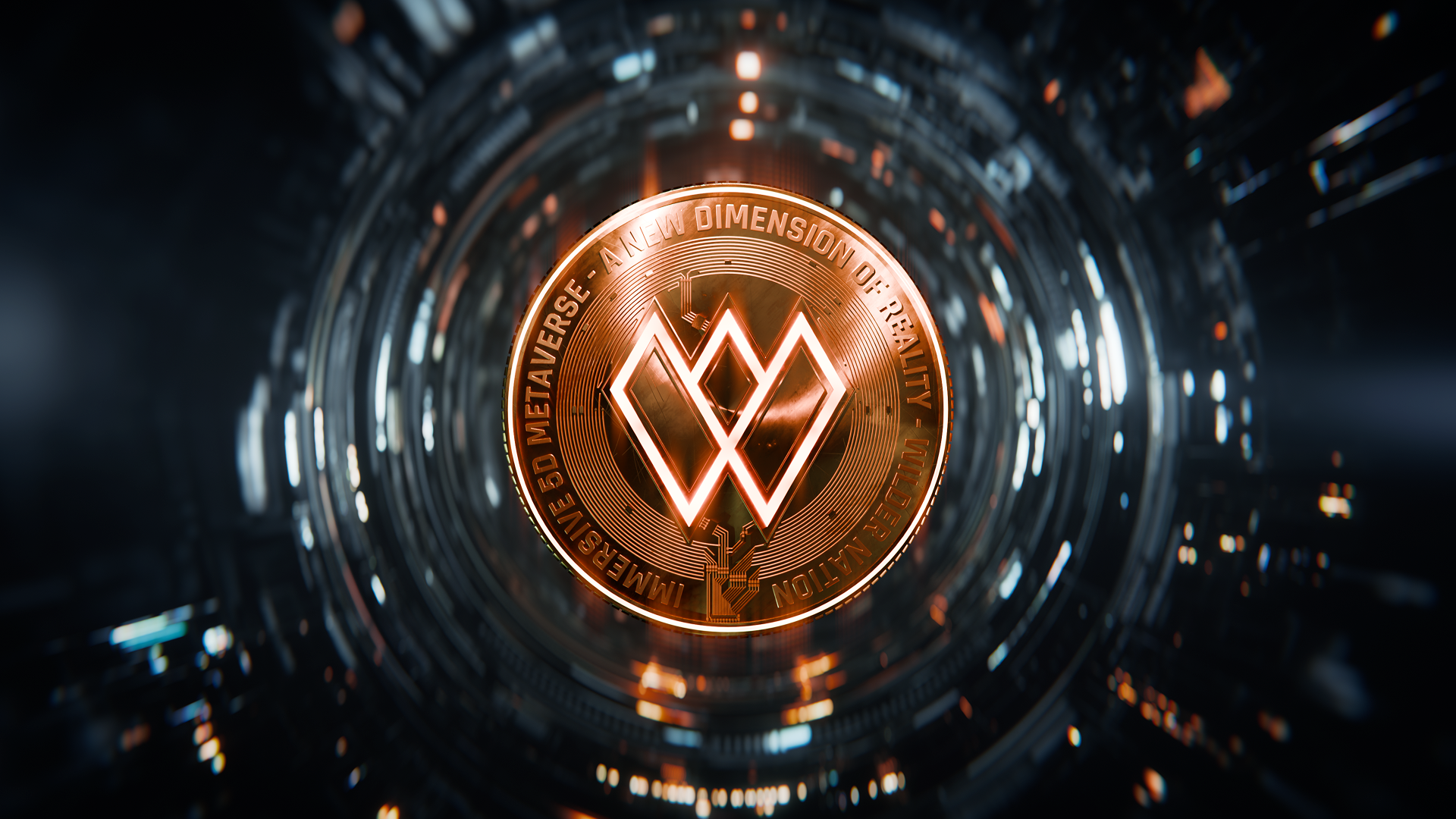
Operation Titan
Operation Titan introduces a strategic, multi-phase initiative aimed at strengthening the WILD token through targeted buybacks and tighter ecosystem alignment. Timed ahead of Super Early Access, it brings together the team, DAOs, and community around a shared goal, to reinforce the long-term conviction in WILD.
The plan centers on four buyback mechanisms designed to reduce supply, increase scarcity, and return key assets to long-term aligned holders. Together, these moves signal a proactive step toward economic sustainability as Wilder World enters its next chapter of growth.
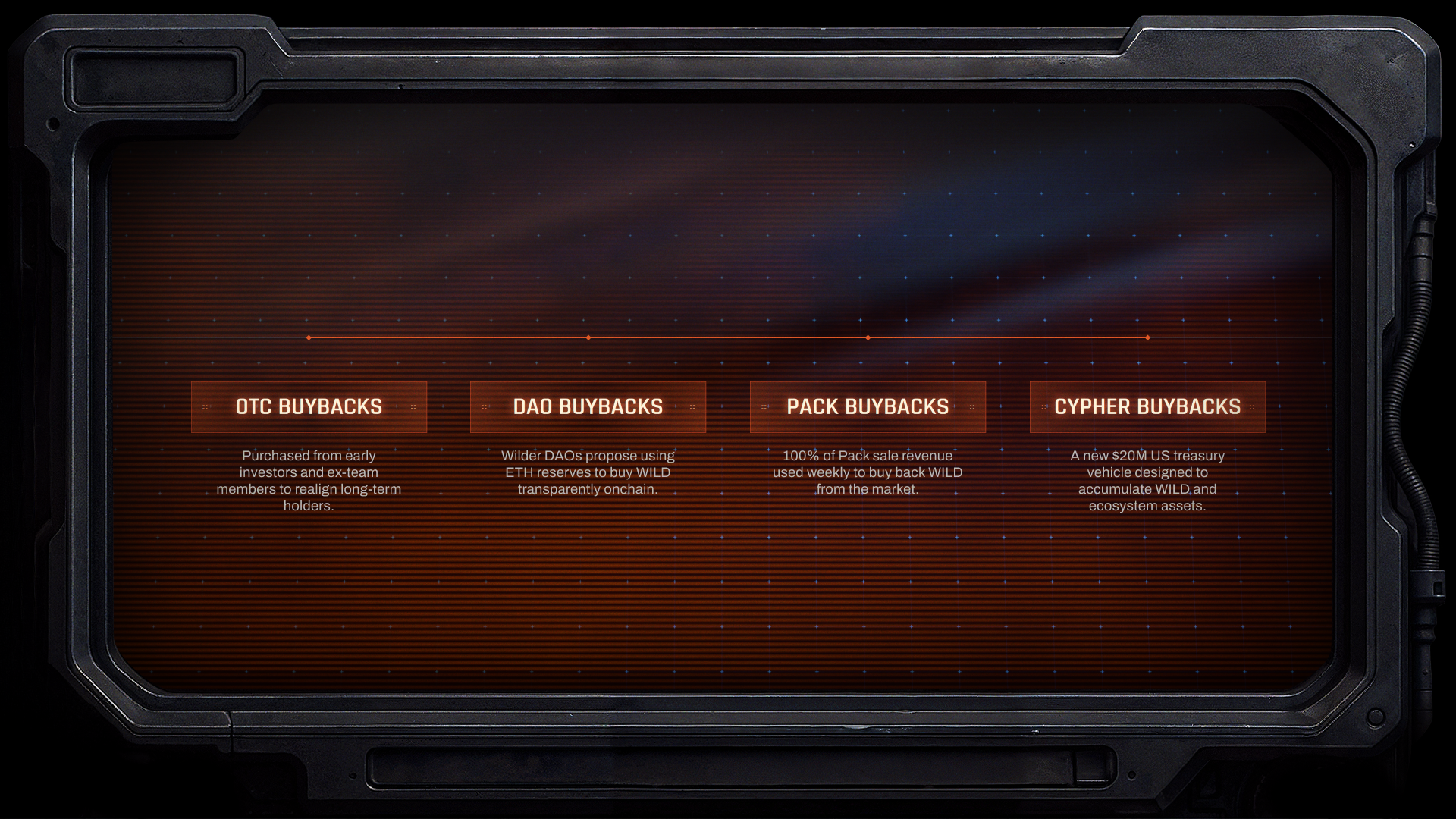
OTC Buybacks
Wilder World has already repurchased approximately 20 million WILD, around 4% of the total supply, through OTC deals with early investors and former team members. This $4 million buyback realigns ownership with long-term supporters of the project.
Packs Buybacks
Launching in August, Packs will offer weekly in-game asset sales, with 100% of revenue used to buy back WILD. Starting at $25K per week target, buybacks are expected to scale upto $250,000 a week based on demand and player growth.
CYPHER Buybacks
A new treasury vehicle, CYPHER, is being developed to buy back ecosystem assets, with an initial target of $20 million. This fund will focus primarily on WILD, while also having the capacity to acquire NFTs, MEOW, and eventually Z.
DAO Buybacks
We had an overwhelmingly positive response to the series of DAO proposals that were submitted on Friday, 18th July, for Wilder World DAOs to swap their full ETH treasuries for WILD, from the project’s Marketing & Liquidity allocation. The WILD acquired through these swaps will remain in DAO custody, reducing circulating supply while aligning holdings ahead of increased utility and demand. The ETH received will be used to execute algorithmic open-market buybacks of WILD, reinforcing price support and strengthening long-term holder value. This initiative complements recent emissions reductions and forms part of a broader strategy to enhance token sustainability and decentralized economic alignment.
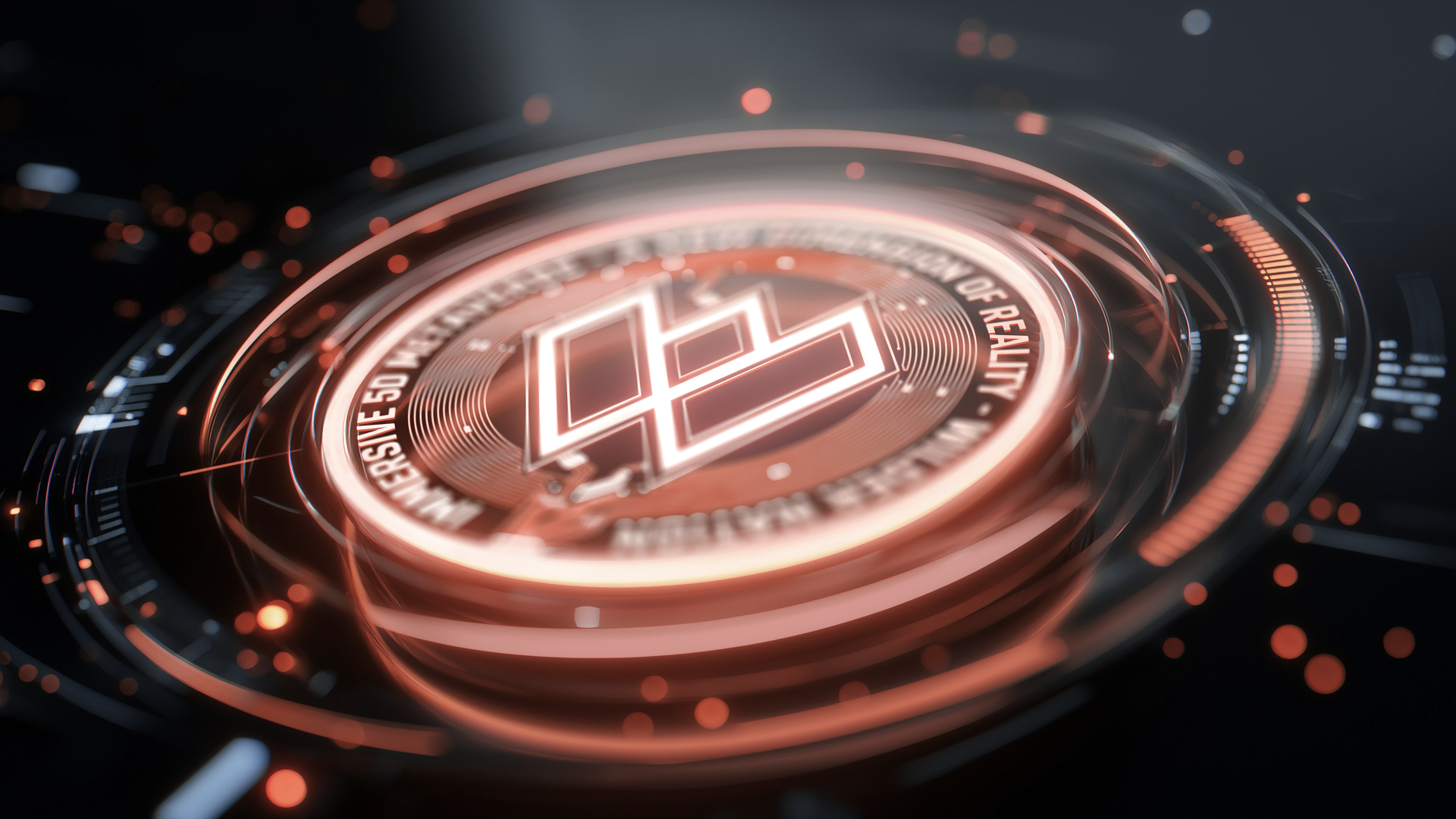
Voting concluded on July 28th (August 1st for Land) and results are as follows:
- Wheels DAO: 567/571 votes in favour of Option A.
- ➤ Outcome: 414 ETH to be swapped for WILD
- Beasts DAO: 352/356 votes in favour of Option A.
- ➤ Outcome: 314 ETH to be swapped for WILD
- Kicks DAO: 15/15 votes in favour of Option A.
- ➤ Outcome: 52 ETH to be swapped for WILD
- Moto DAO: 493/497 votes in favour of Option A.
- ➤ Outcome: 38 ETH to be swapped for WILD
- Crafts DAO: 62/63 votes in favour of Option A.
- ➤ Outcome: 26 ETH to be swapped for WILD
- Cribs DAO: 14/14 votes in favour of Option A.
- ➤ Outcome: 24 ETH to be swapped for WILD
- PALs DAO: 426/430 votes in favour of Option A.
- ➤ Outcome: 6 ETH to be swapped for WILD
- Wilder World DAO: 12M/12M votes in favour of Option A.
- ➤ Outcome: 12 ETH to be swapped for WILD
- The Land DAO vote remains open on Tally and will close on Thursday, August 1st at 3 PM PT.
The outcome of the DAO vote so far marks a decisive show of unity across Wilder Nation. With near-unanimous support from every DAO, over 886 ETH will be swapped for WILD, realigning treasury holdings with long-term project goals. This historic vote reinforces community conviction and positions WILD at the center of Wilder World’s next chapter of economic growth.
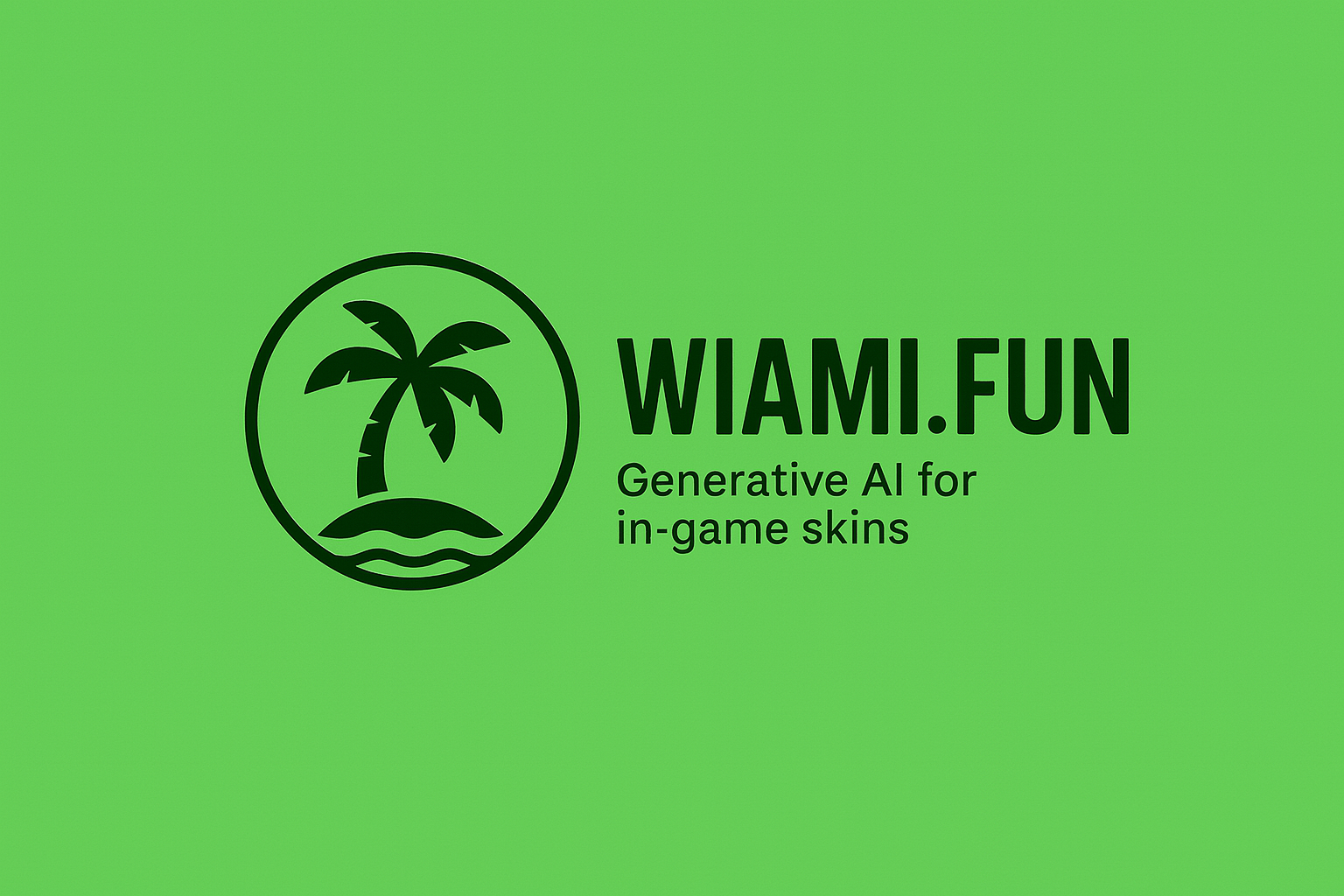
Wiami.fun
At its core, Wilder World has always been about empowering creators. From digital artists and developers to lore builders and visionaries, the Wilder ecosystem was designed to give power back to those who shape it. The launch of wiami.fun marks a game changing moment for Wilder World’s creator-first vision. More than just a new feature, it’s the first step in unlocking an entirely new layer of player-driven worldbuilding.
Built to empower artists, designers, and innovators, wiami.fun gives Wilders the ability to generate and launch custom weapon skins using AI-assisted templates. no modeling or coding required. Each design becomes its own fully onchain asset: backed by a WILD-powered bonding curve, tied to a live ERC-20 token, and structured to reward early supporters as demand grows.
The v1 launch of wiami.fun introduces a first-of-its-kind system where anyone can become a creator, launch a token, and build toward playable assets, all fully onchain.
Standout features include:
- Instant token launches: Every skin spawns its own ERC-20 token on Z Chain, backed by a WILD-powered bonding curve that grows with demand.
- Graduation equals gameplay: Once a token reaches a 90,000 WILD market cap, the skin graduates and becomes mintable as an in-game NFT.
- Real rewards for creators: Creators earn a share of every trade, with 50% of all platform fees going directly to them across bonding curves, token trades, and NFT sales.
- AI-powered design tools: Creators can generate custom weapon skins using simple prompts and intuitive templates, with no technical skills required.
- No studio cut: All value flows back to the community. The platform takes zero fees, reinforcing Wilder World’s commitment to decentralisation.
This is more than a design platform. It’s the beginning of a creator-led economy where imagination becomes currency and players help shape the future of Wilder World.
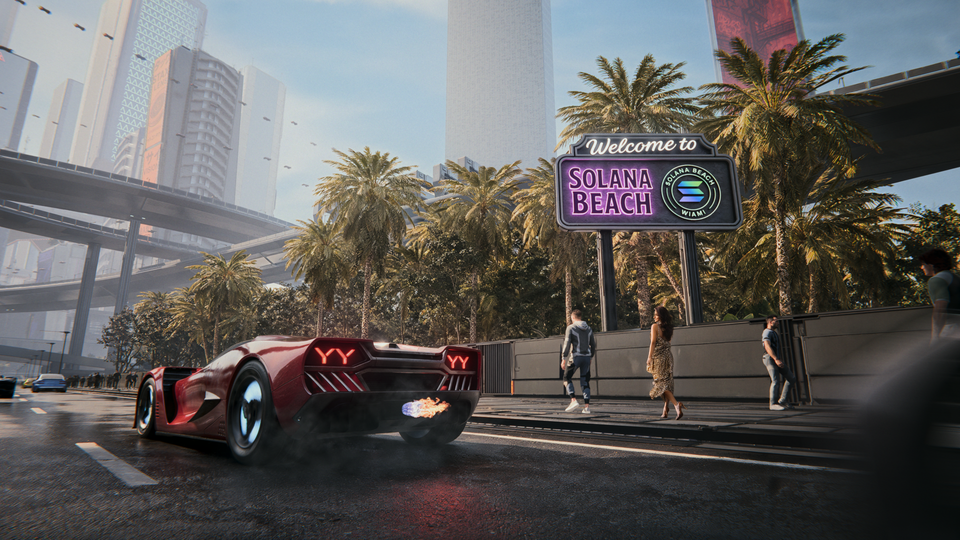
Multi-Chain Expansion
One of the most significant developments this quarter was the move to a multi-chain model, with both WILD and MEOW expanding to new blockchains. Ethereum provided the foundation for Wilder World, but as the ecosystem grows, crosschain interoperability is essential. Expanding to additional networks marks the next phase in building a more open, accessible, and scalable metaverse economy.
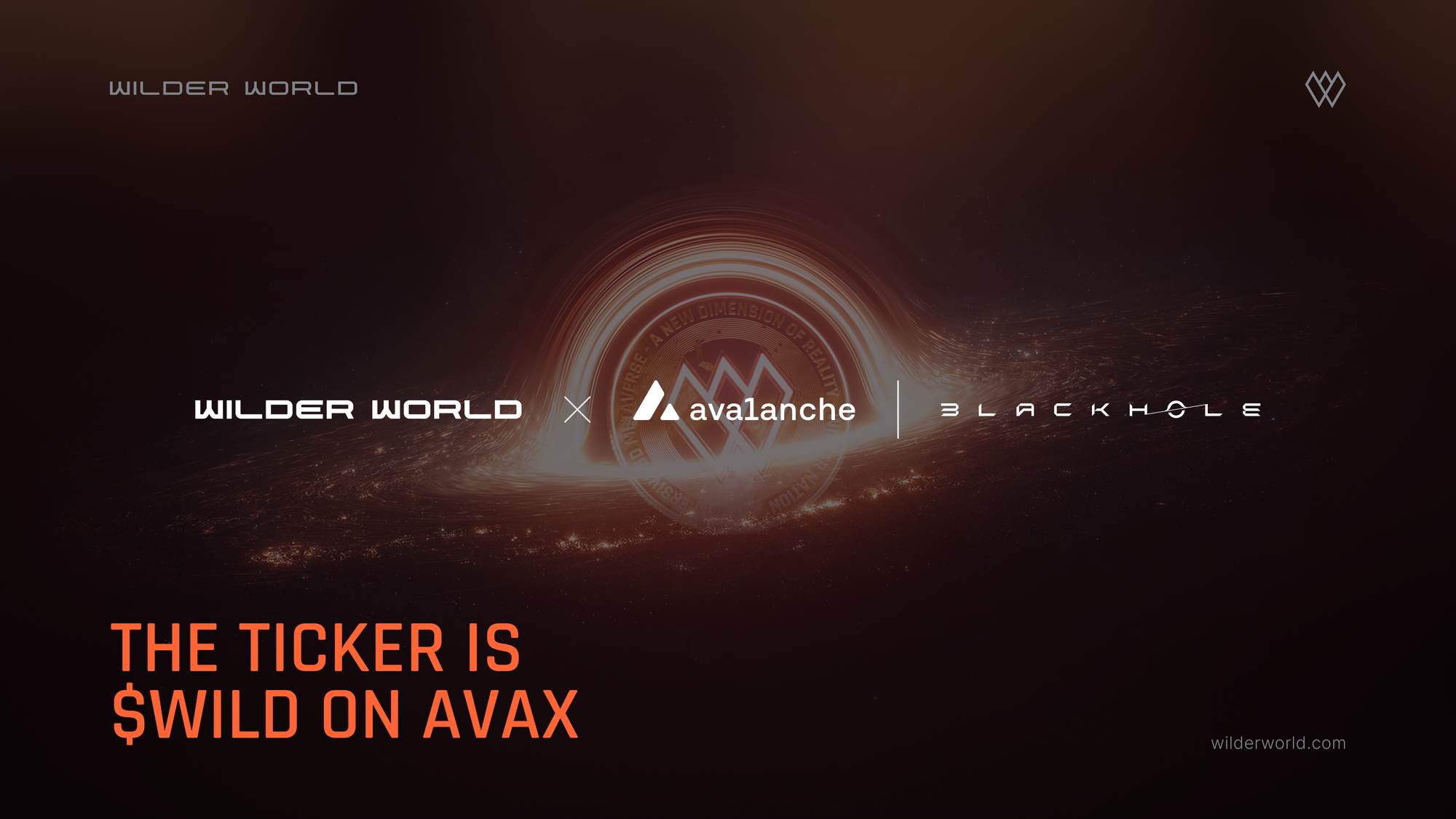
WILD is now live on both Solana and Avalanche, extending Wilder World into two of the most active ecosystems in Web3. On Solana, WILD can be traded via Raydium, with liquidity supported through LayerZero’s crosschain bridge to maintain a fixed total supply. On Avalanche, WILD launched on Blackhole DEX, enabling AVAX pair trading and access to advanced DeFi mechanics. These expansions improve accessibility, deepen liquidity, and lay the groundwork for broader integration across decentralized networks.
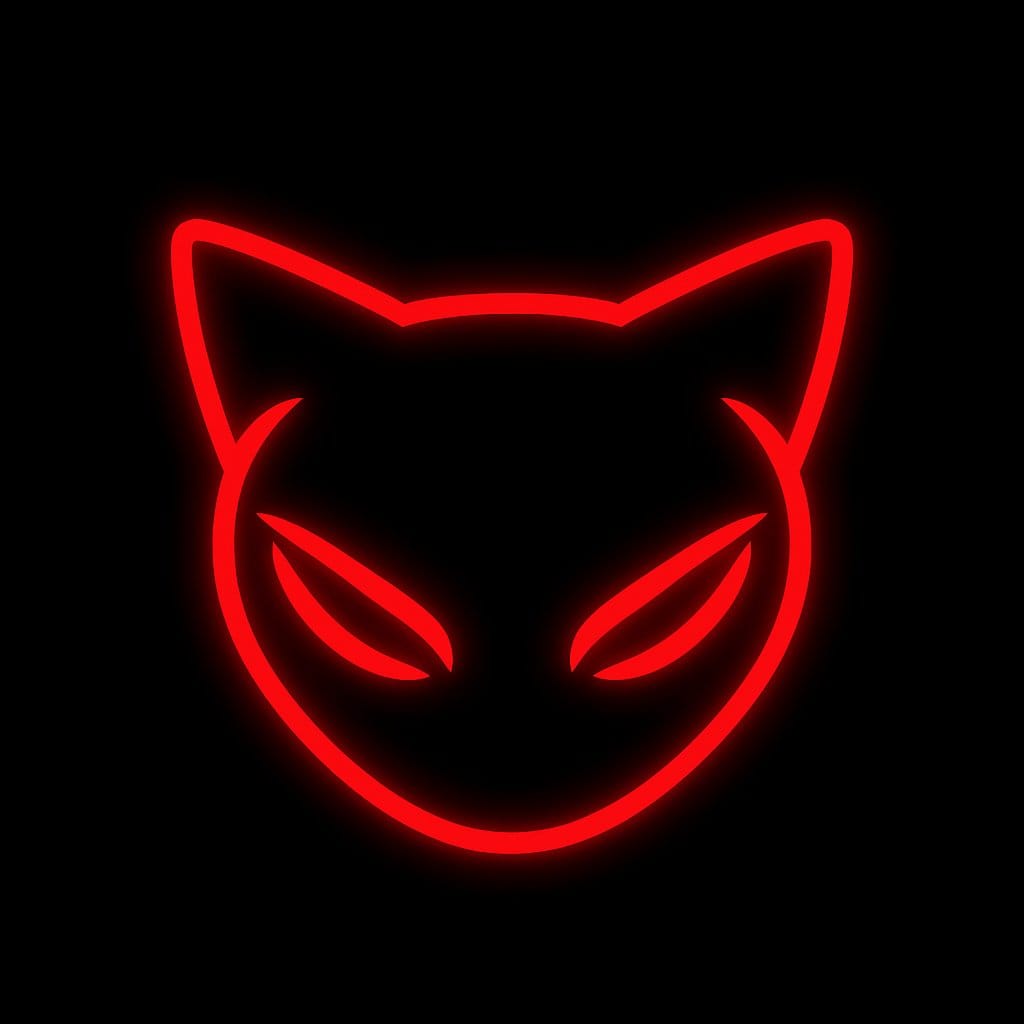
MEOW is now live on Avalanche, marking the first step in its planned deployment across nine chains. It will exist entirely as a meme coin and as a vehicle to grow Wilder World’s presence in the broader crypto community. Each native deployment will integrate chain-specific mechanics and economic zones within the Wilder ecosystem. This approach is intended to support deeper alignment with major crypto communities. Additional details will be shared as the rollout progresses.
As part of the Avalanche launch, an airdrop was distributed to thank and reward existing supporters. Eligible recipients included WILD holders, MEOW holders, and participants in the Wilder World Odyssey. A 1:1 swap for ETH-based MEOW holders is planned when the token goes live on Z Chain, along with an airdrop for users who stake WILD.
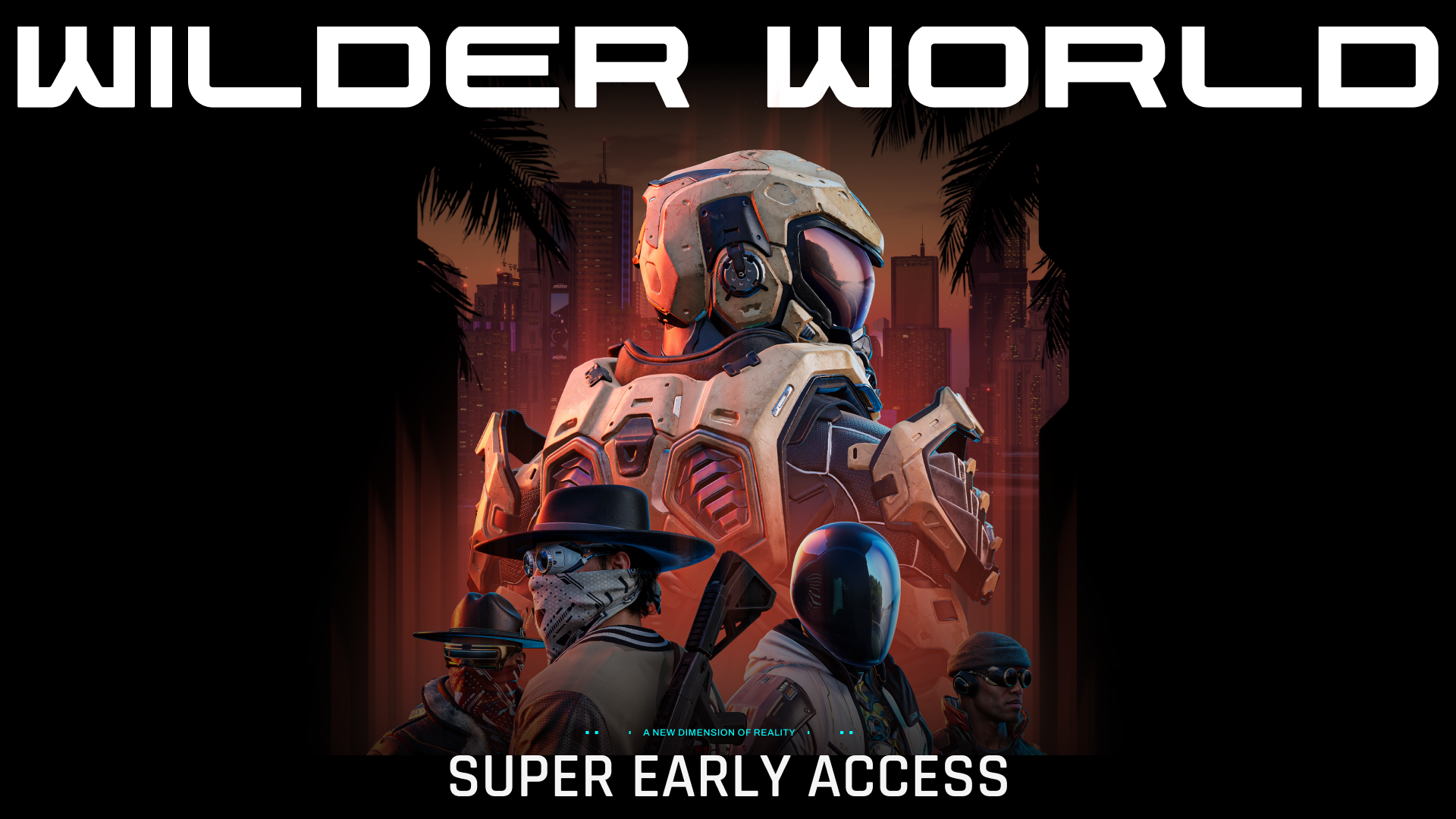
Super Early Access
Since Dev Log 14, Super Early Access (SEA) has continued to expand, with more Wilders joining the Die-Hard-1K group every week. Momentum is building, powered by regular updates and direct integration of community feedback into each new build. All current testers are now part of the Die-Hard 1K group, an elite squad of Wilders helping shape the earliest phase of gameplay. Their feedback has been instrumental in refining core mechanics, identifying bugs, and validating design decisions ahead of the broader rollout.
At launch, SEA began with a single multiplayer map, The Beginning (Construction), and two weapons: the Schmalnoy Pistol and AR (Assault Rifle). The experience has since grown significantly. New weapons, including the AR-AM, Sniper, Shozza (Shotgun), and Gator (Energy Weapon), have been added to the arsenal. Grenade mechanics were reworked with toggle controls and visual indicators, and the shotgun was reintroduced with new textures and animations.
Players now have access to three maps, including a dedicated single-player practice level (Hydrolink) and the new Droid multiplayer map, each featuring selectable difficulty settings, improved lighting, and vertical mobility systems. Environmental enhancements include destructible props, breakable glass, and refined collision for smoother navigation and combat flow. User interface improvements have brought more clarity to health and shield indicators, kill feeds, weapon icons, and leaderboard stats. Combat has become more responsive thanks to increased bullet radius, updated hit registration logic, the removal of sway-inducing ergonomics, and a new shield breakthrough threshold that ensures damage feels consistent during engagements. Ongoing updates continue to fix bugs, boost performance, and address community-reported issues with quick-turnaround hotfixes.
SEA Public Release Trailer
We're now entering the next phase of testing with the Die-Hard-1K release (v0.7.06) coming at the start of next month, followed by the SEA public launch soon after.
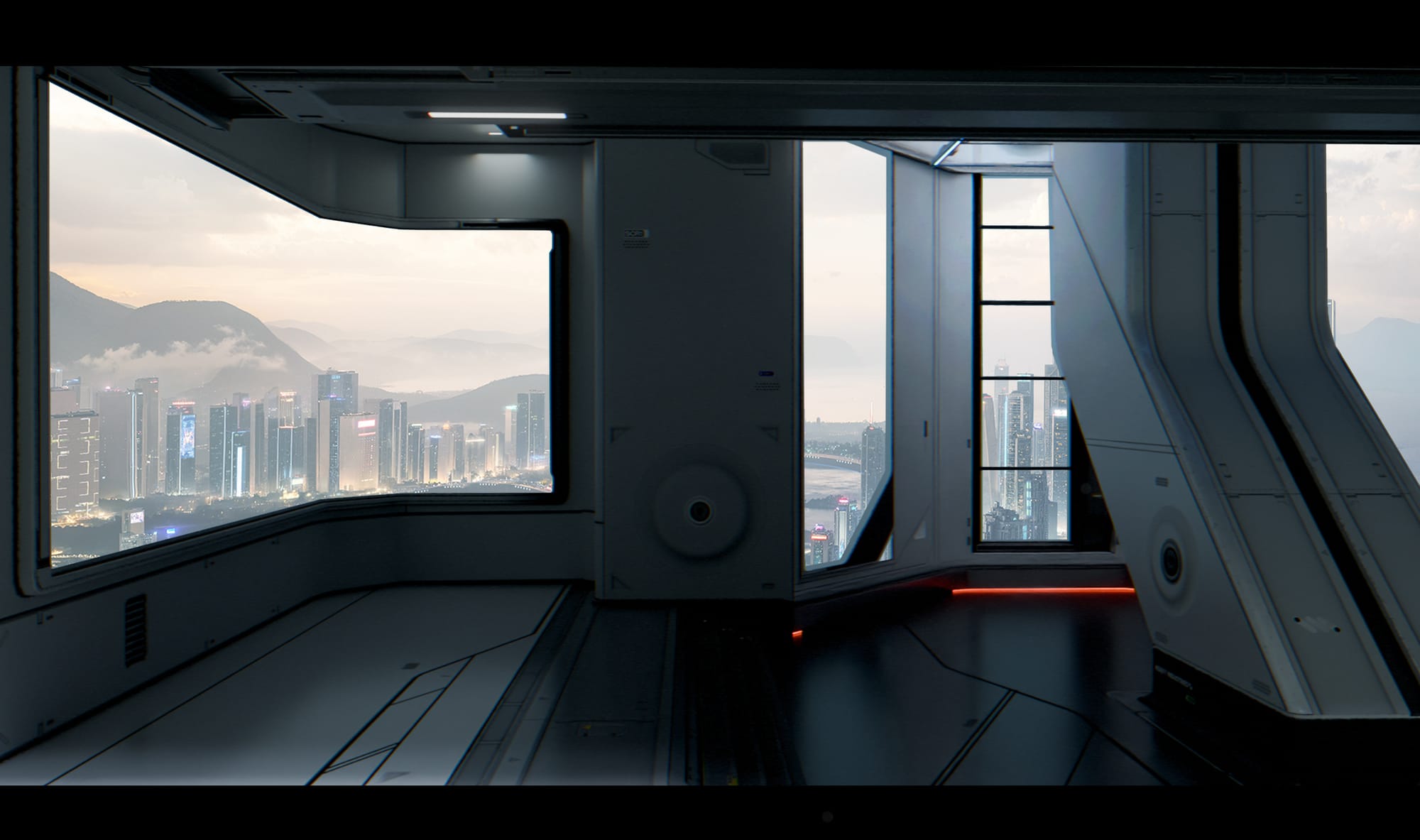
Droid
Droid introduces a high-end robotics facility, serving as the origin point for the droids seen across Wilder World. Designed as a symmetrical, close-quarters combat map, it contrasts sharply with the open layout of The Beginning. Early development focused on setting tone through rough blockouts and mood concepts, giving the art team flexibility to evolve the environment without overcommitting to detail. While echoing n3o's lab visually, Droid uses softer architectural forms to establish its own identity. Key vista points provide views of the surrounding city, reinforcing its place within Wiami.
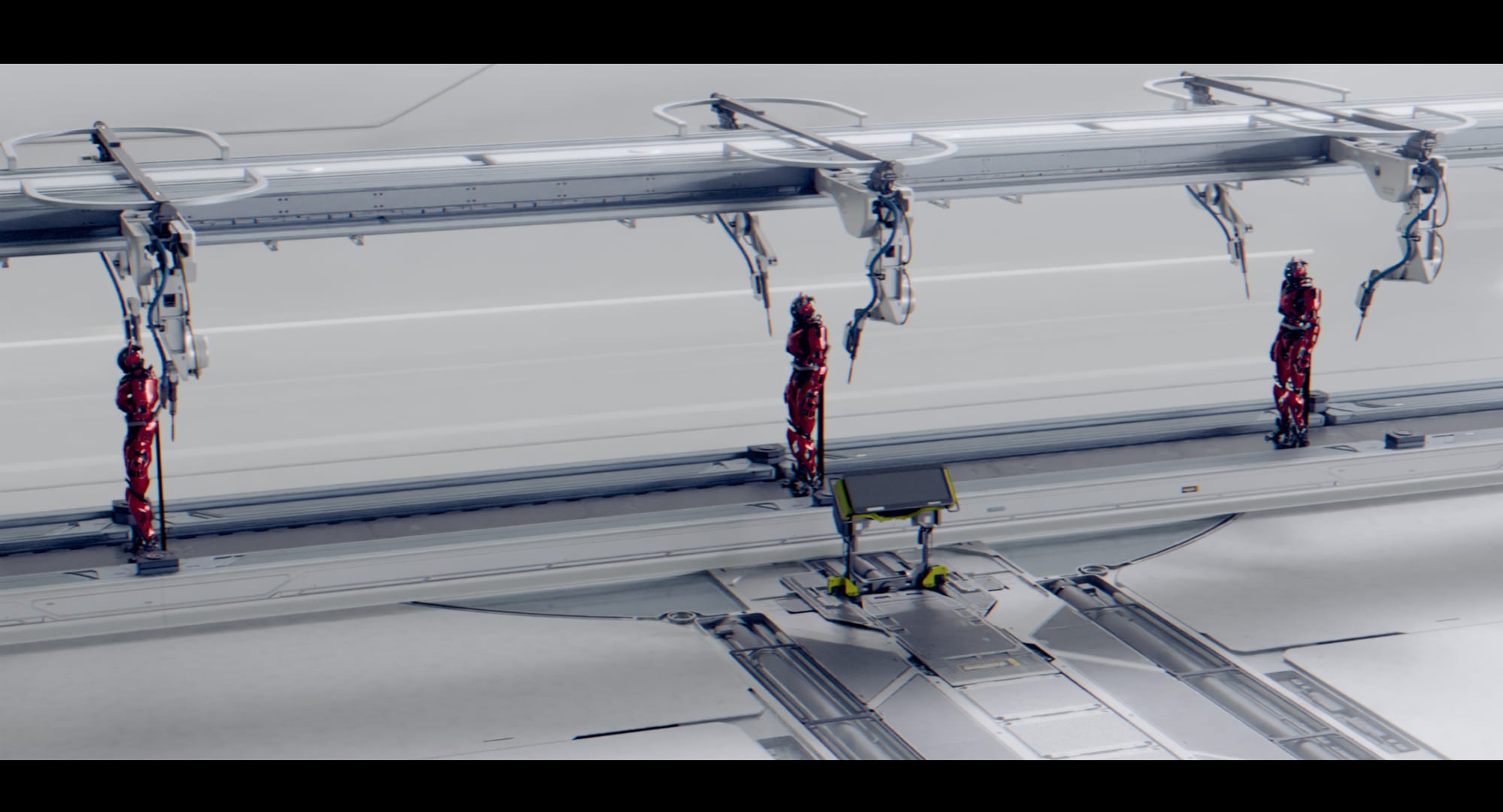
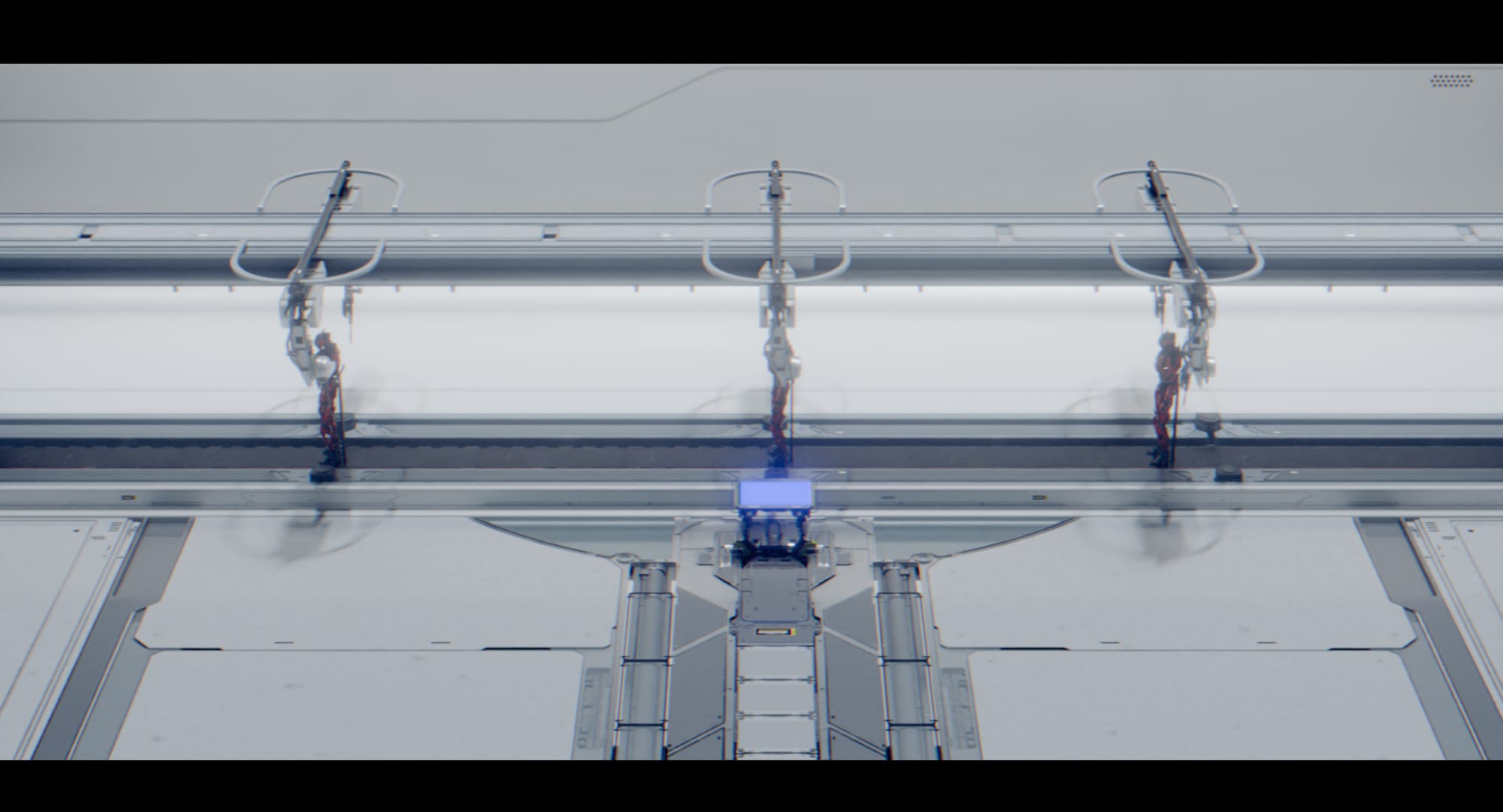
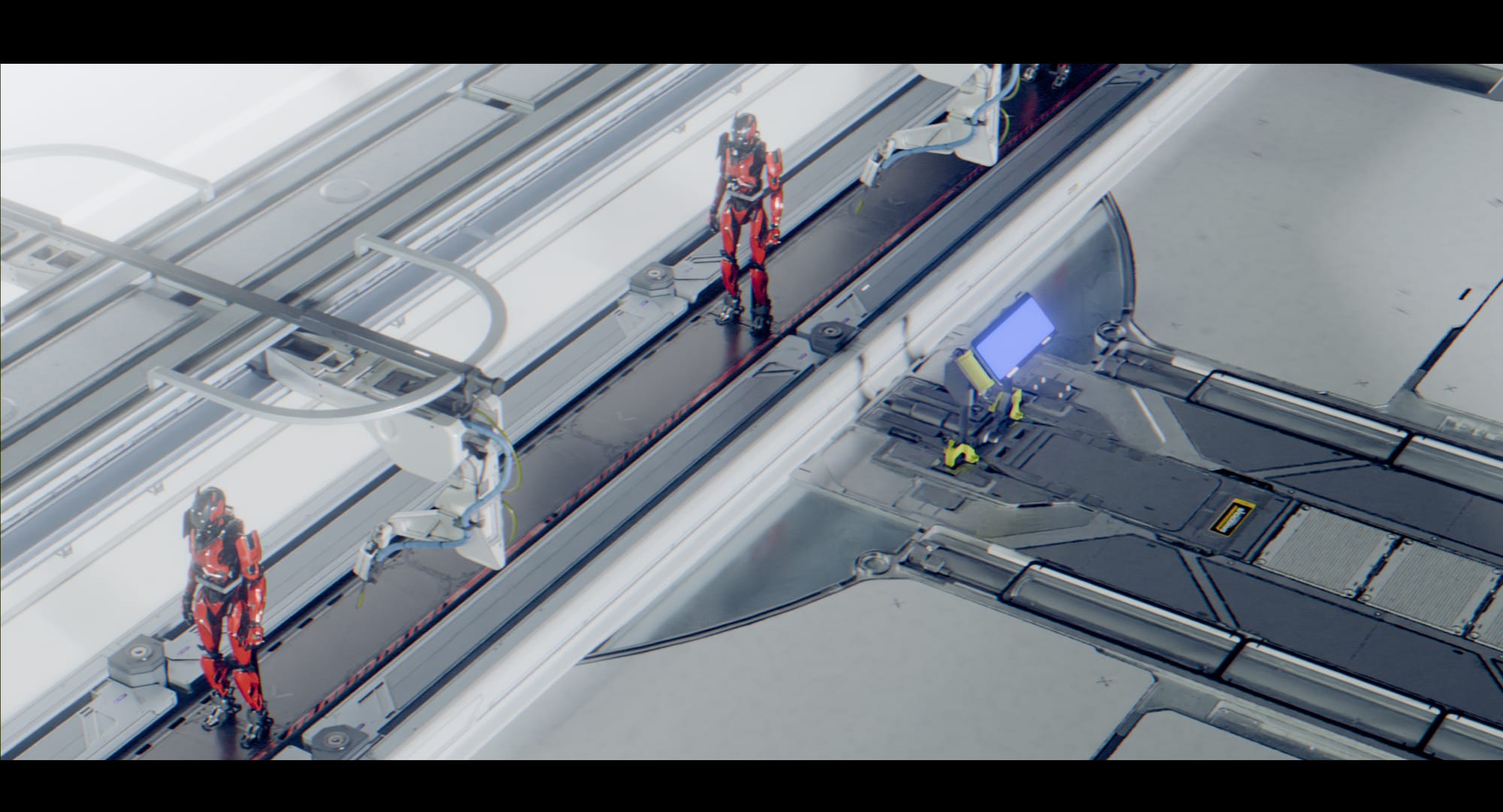
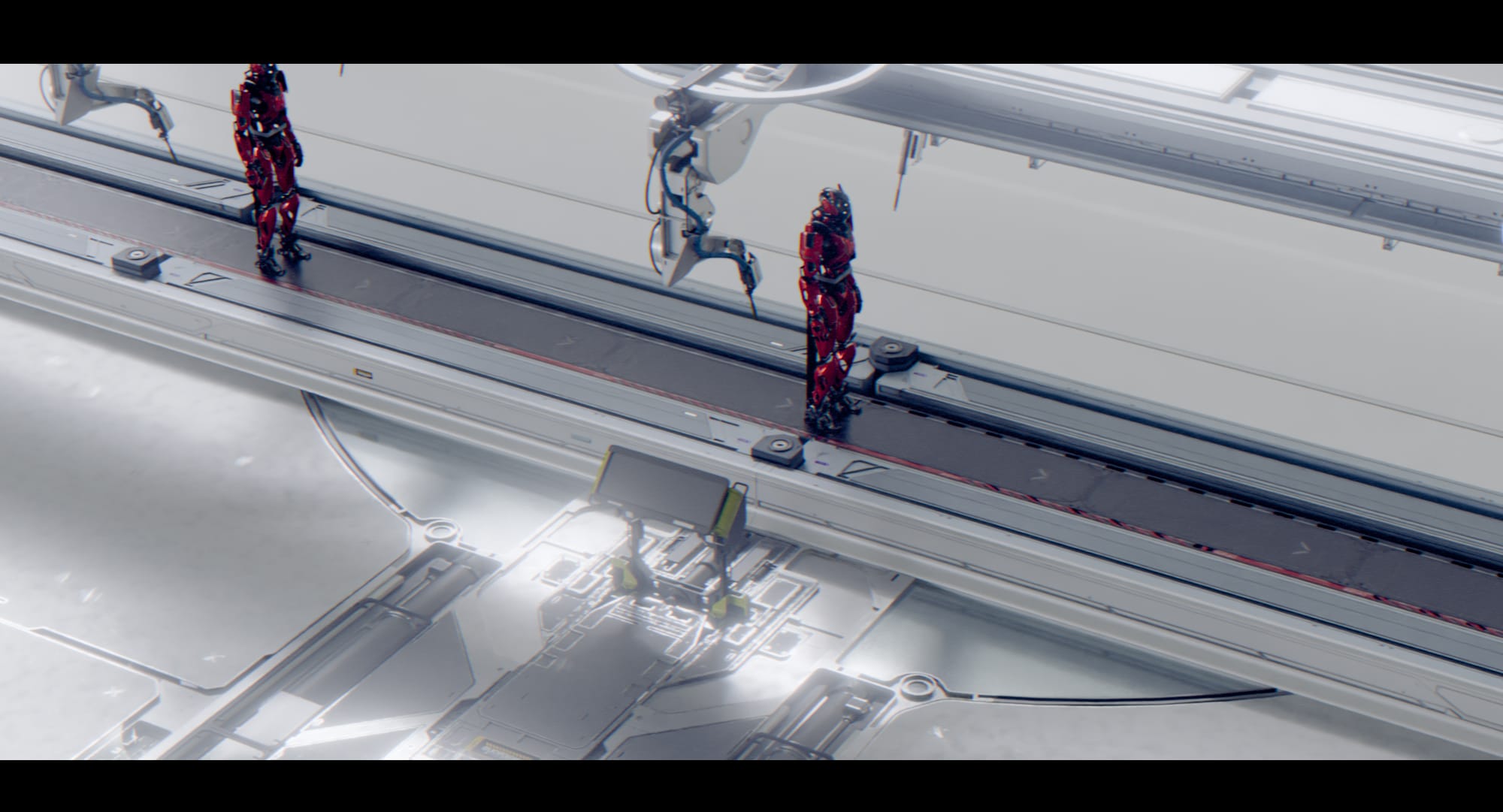
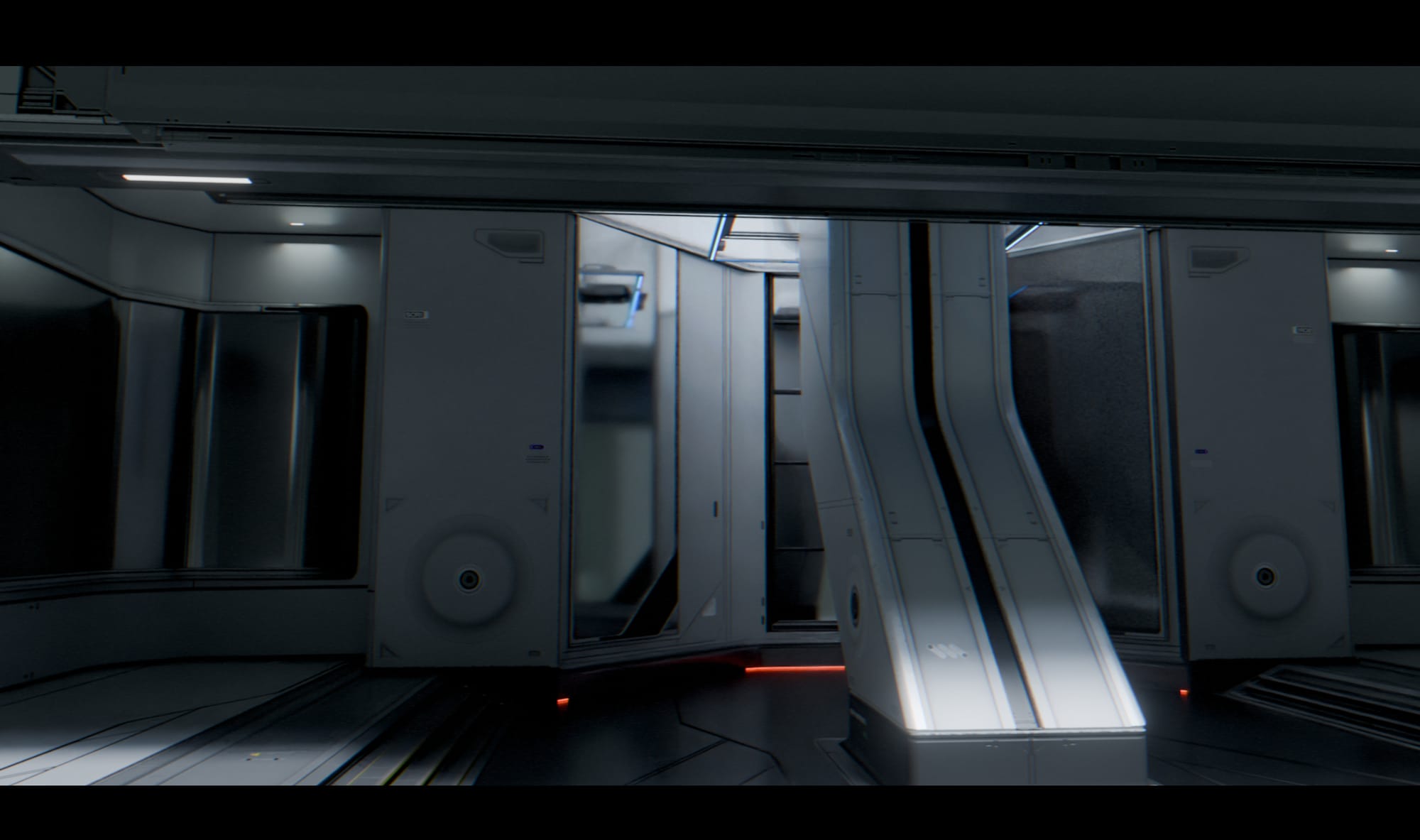
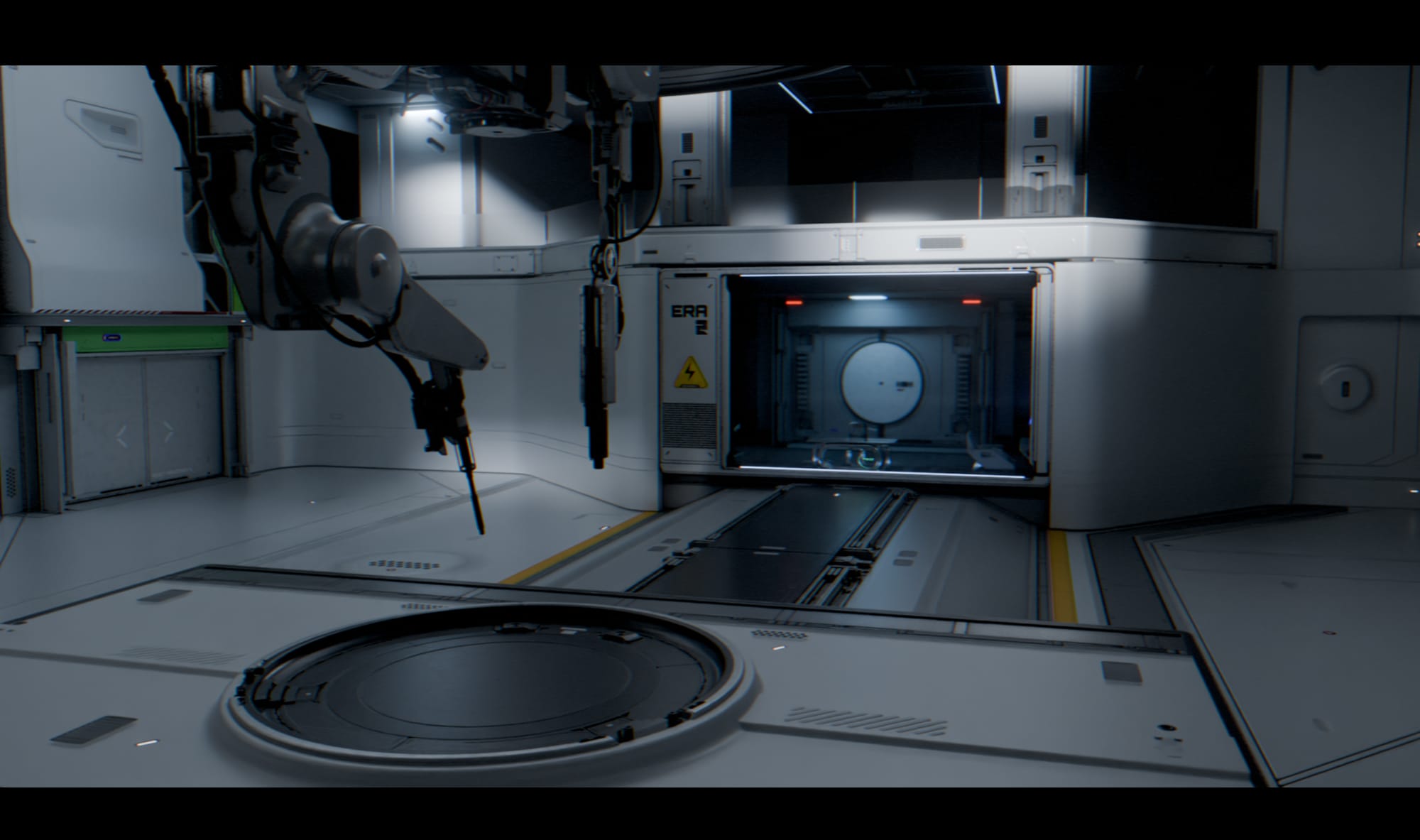
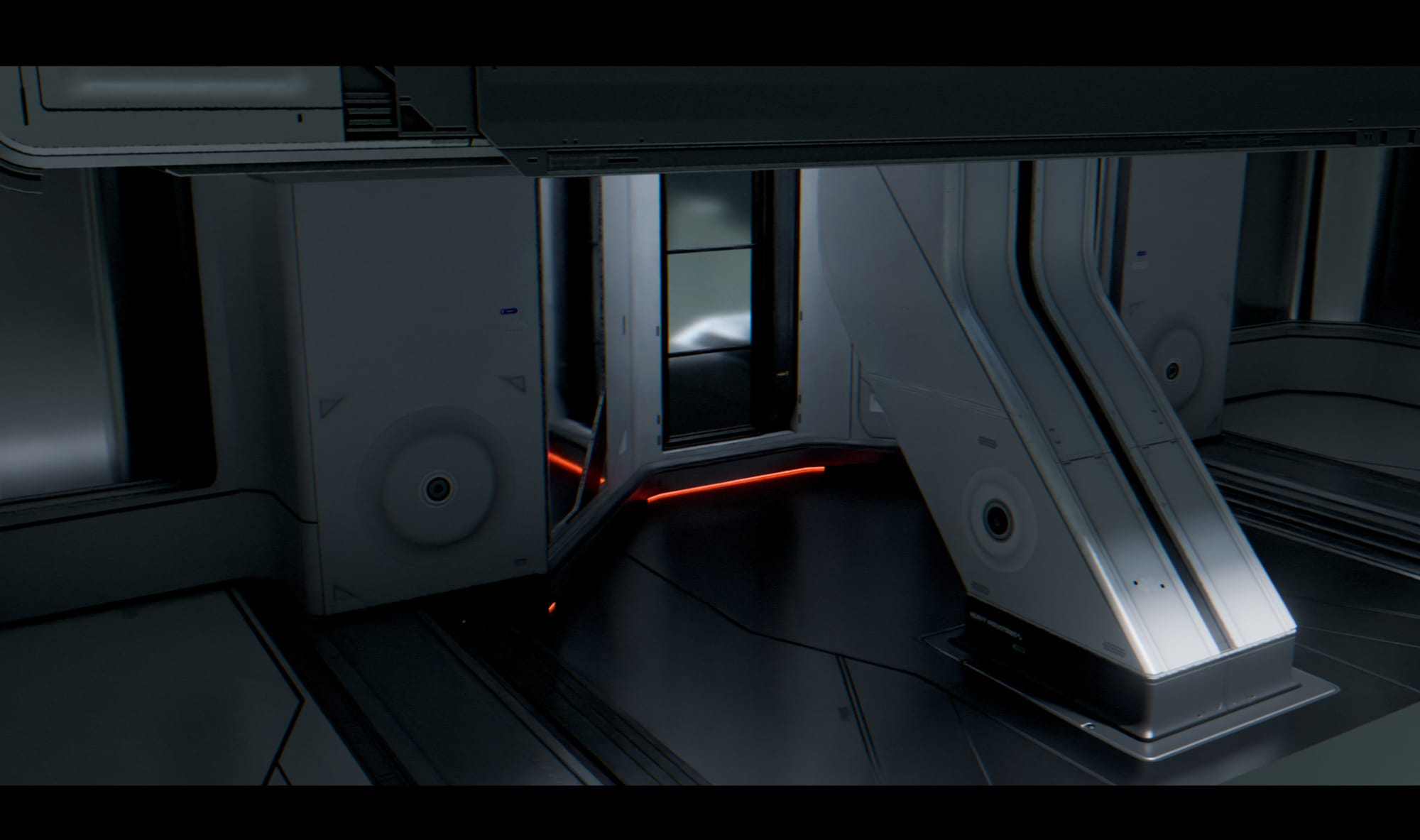
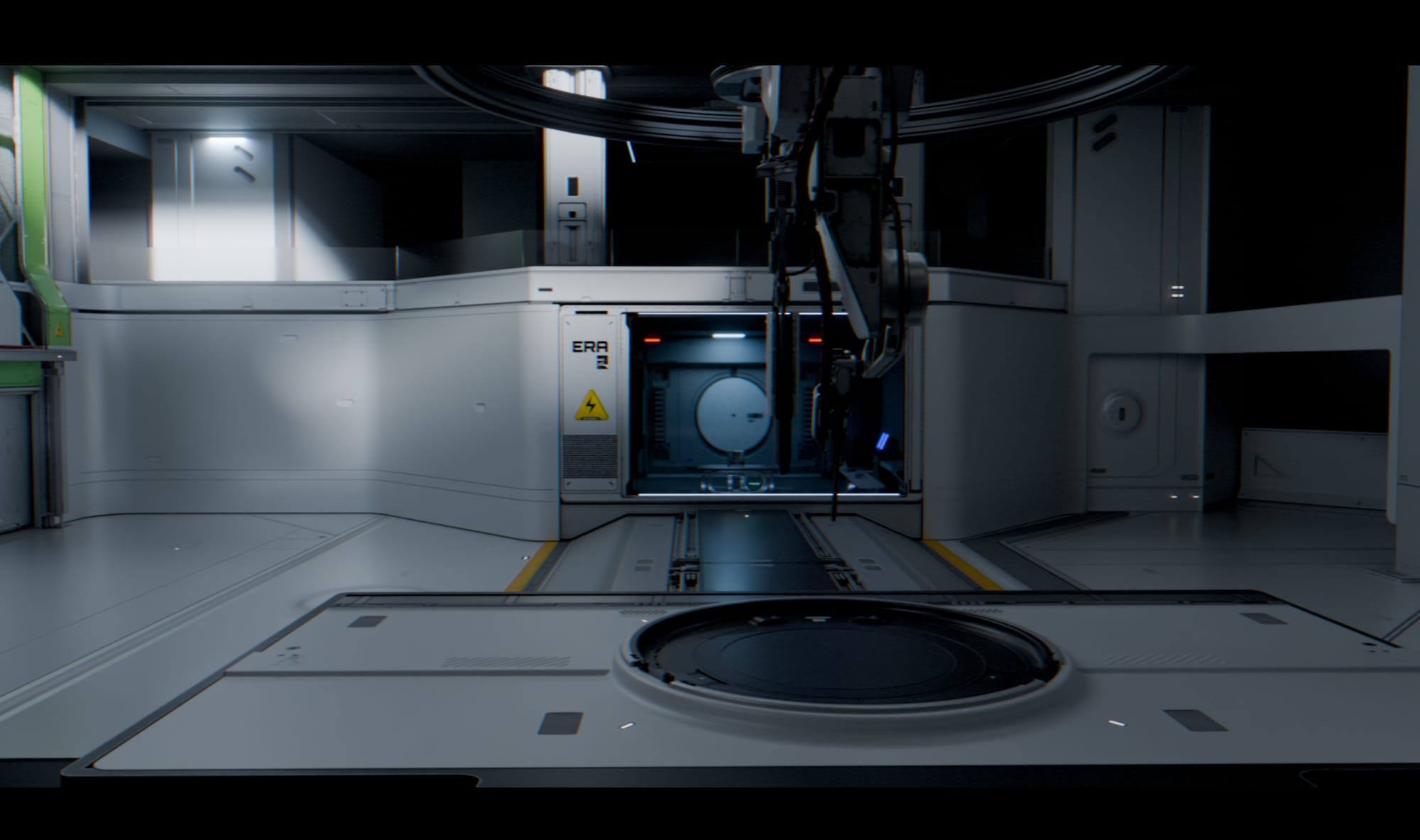
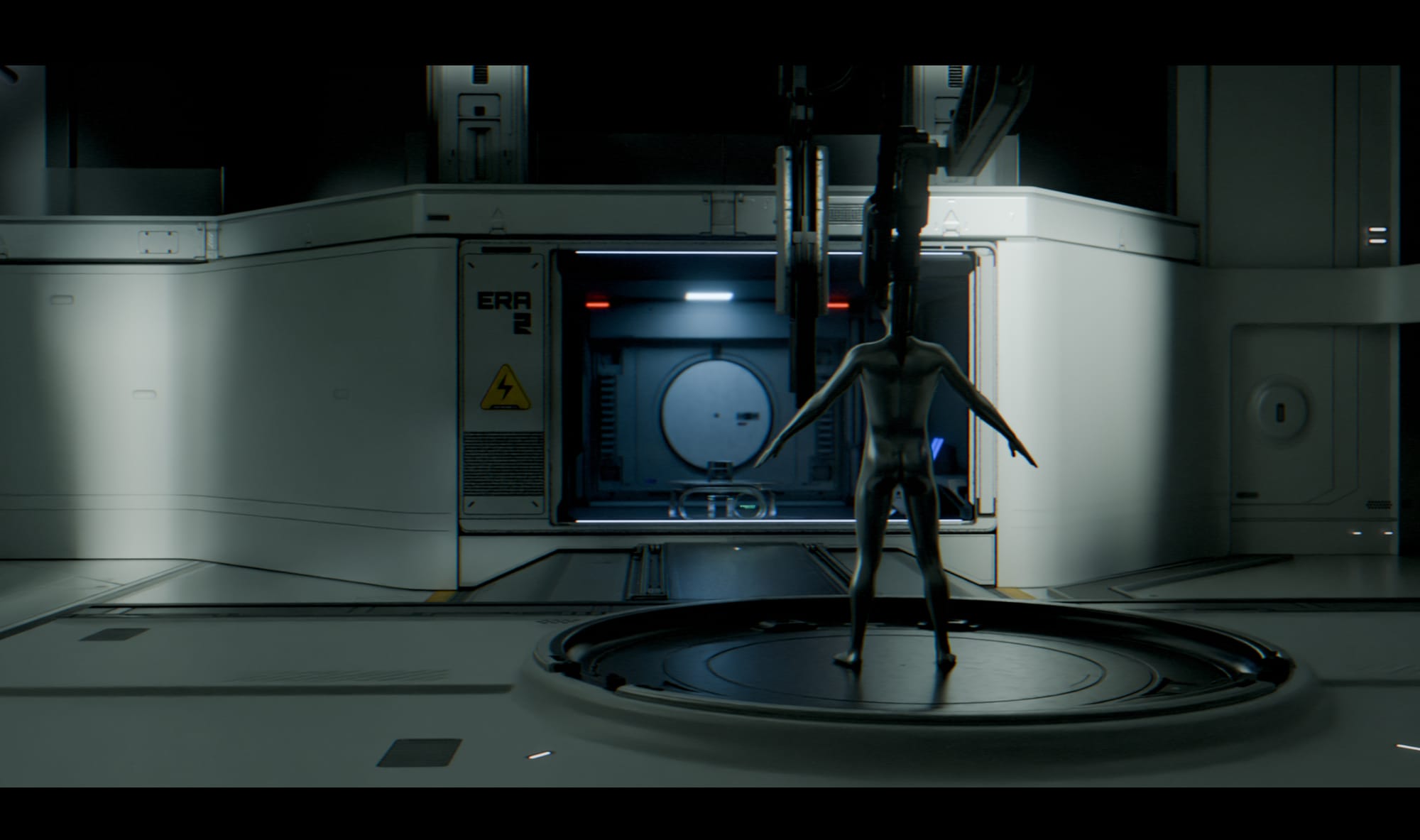
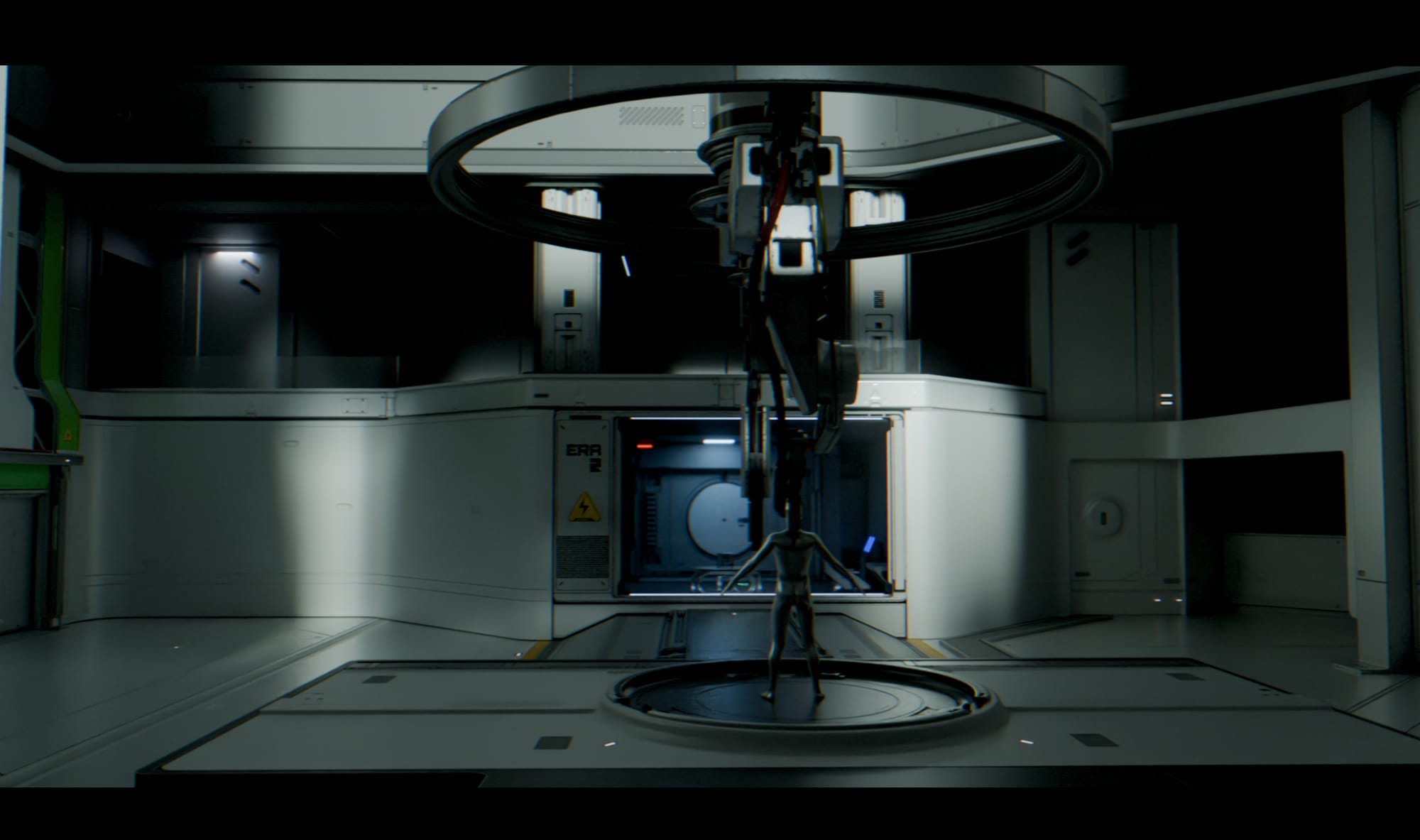
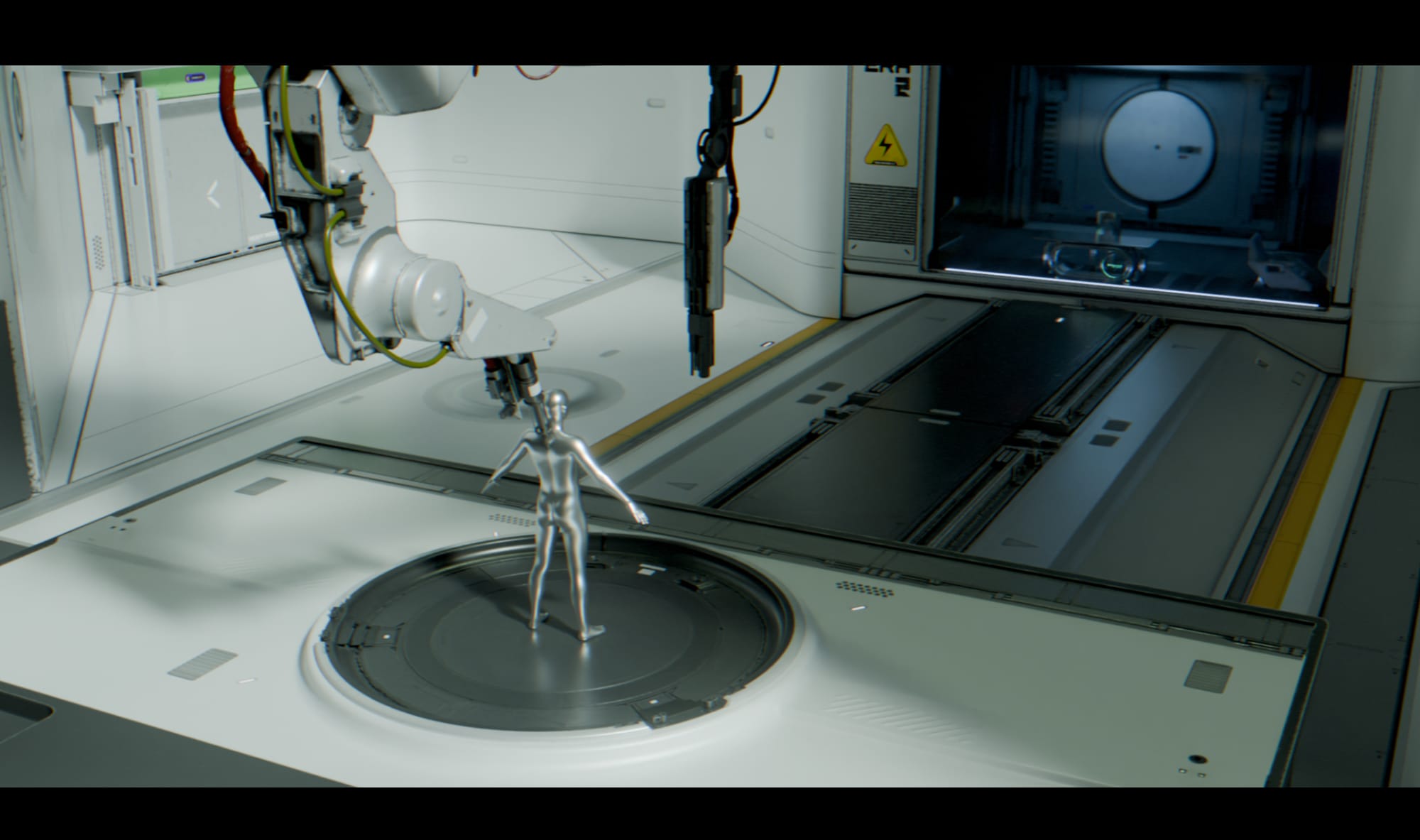
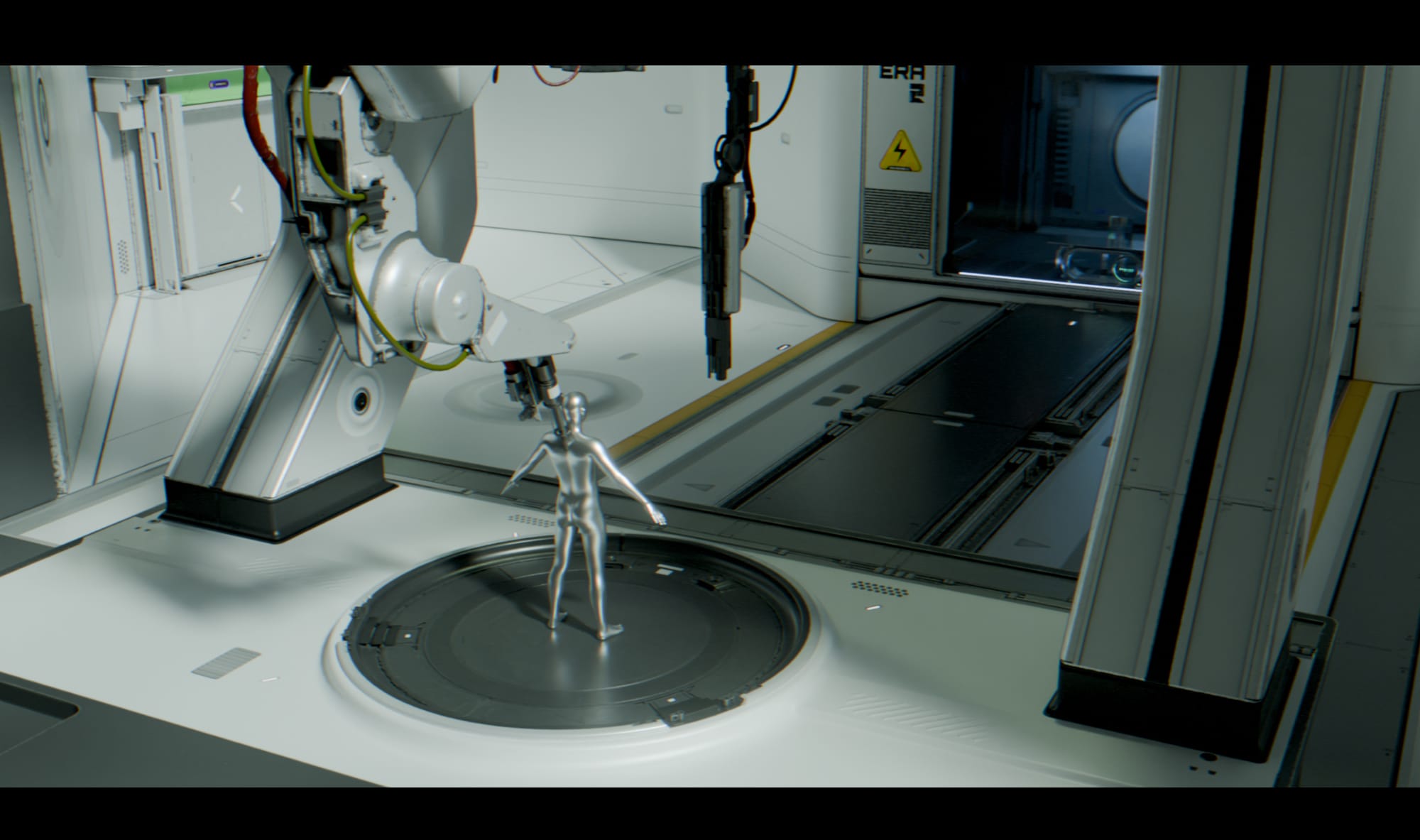
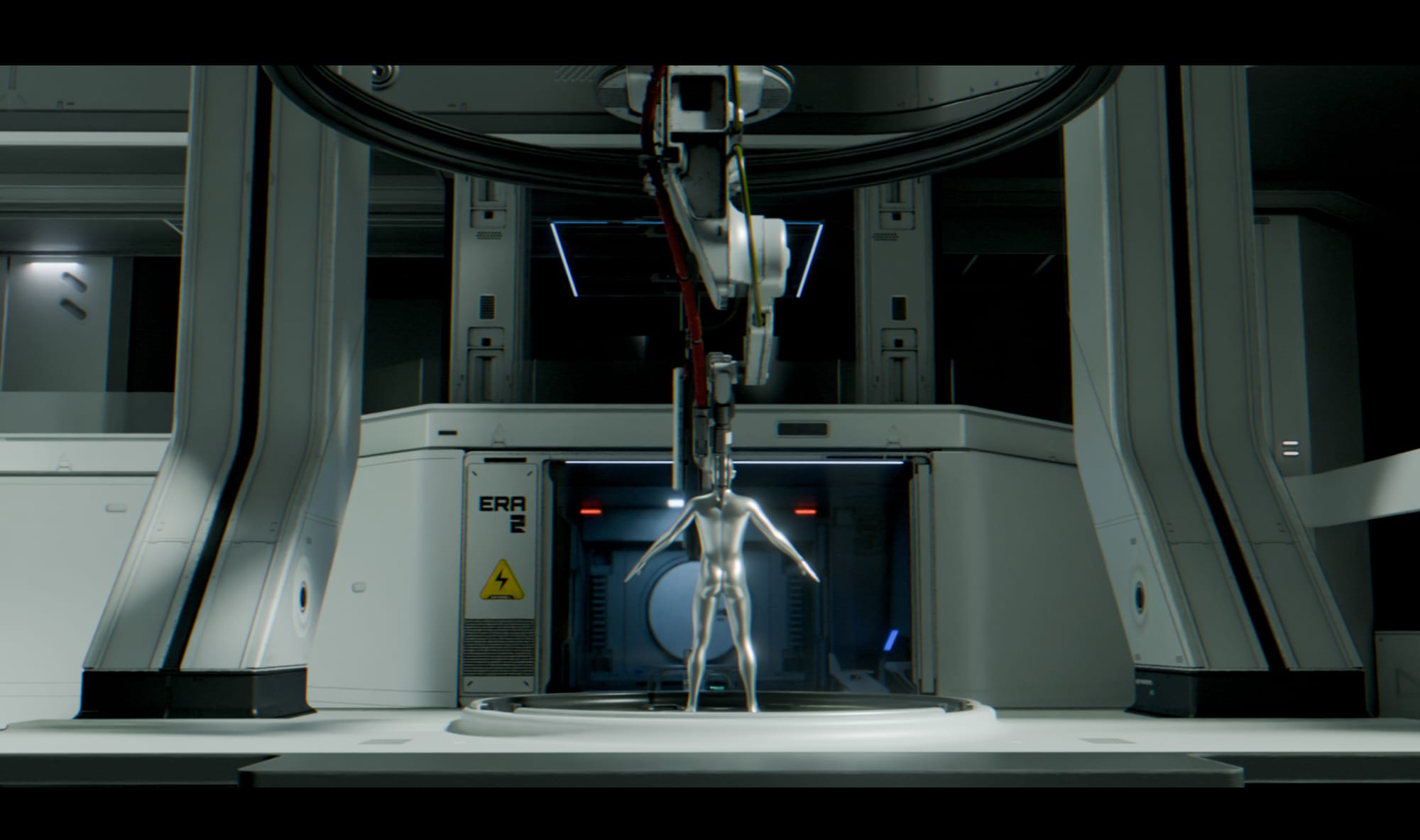
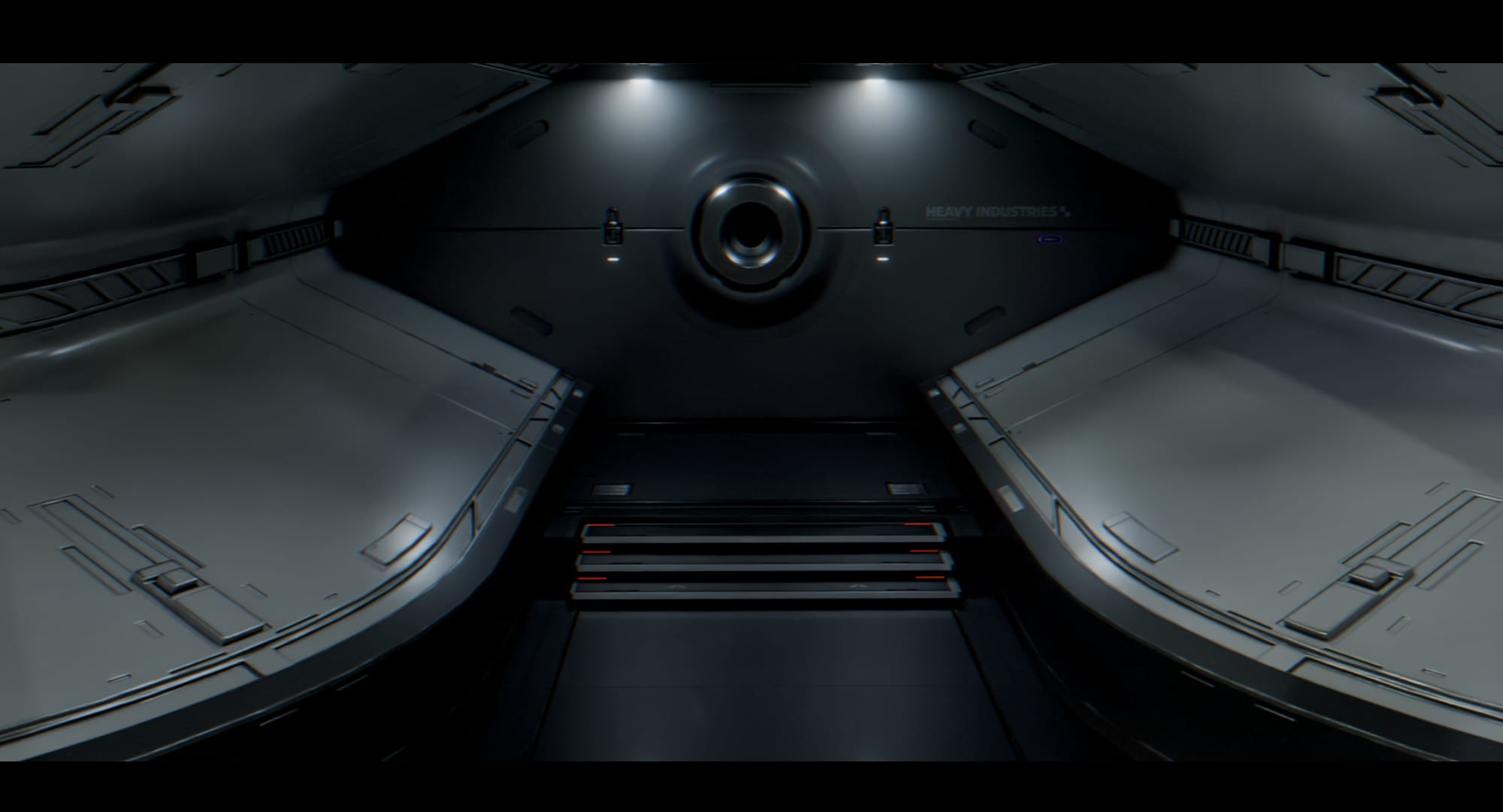
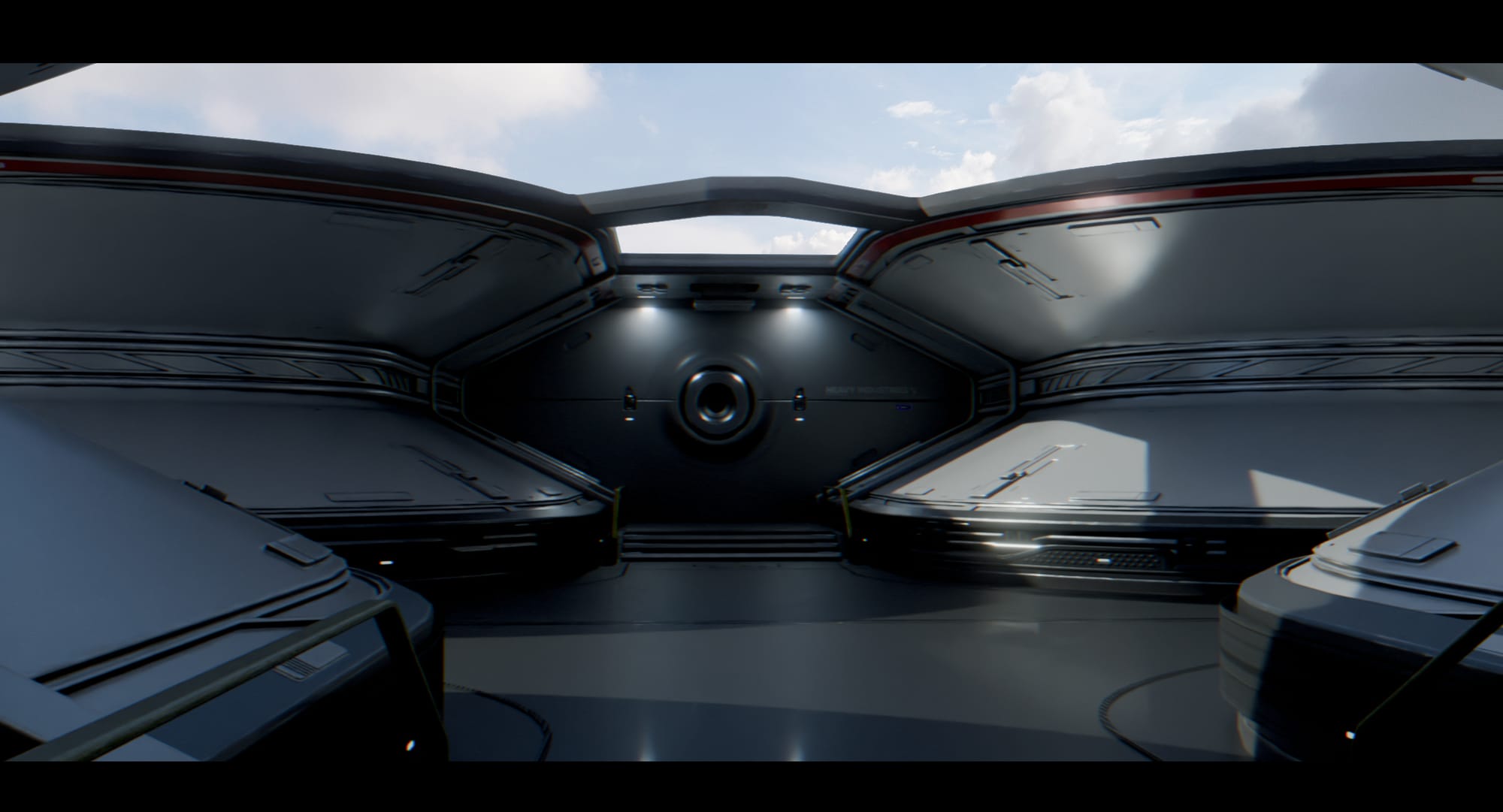
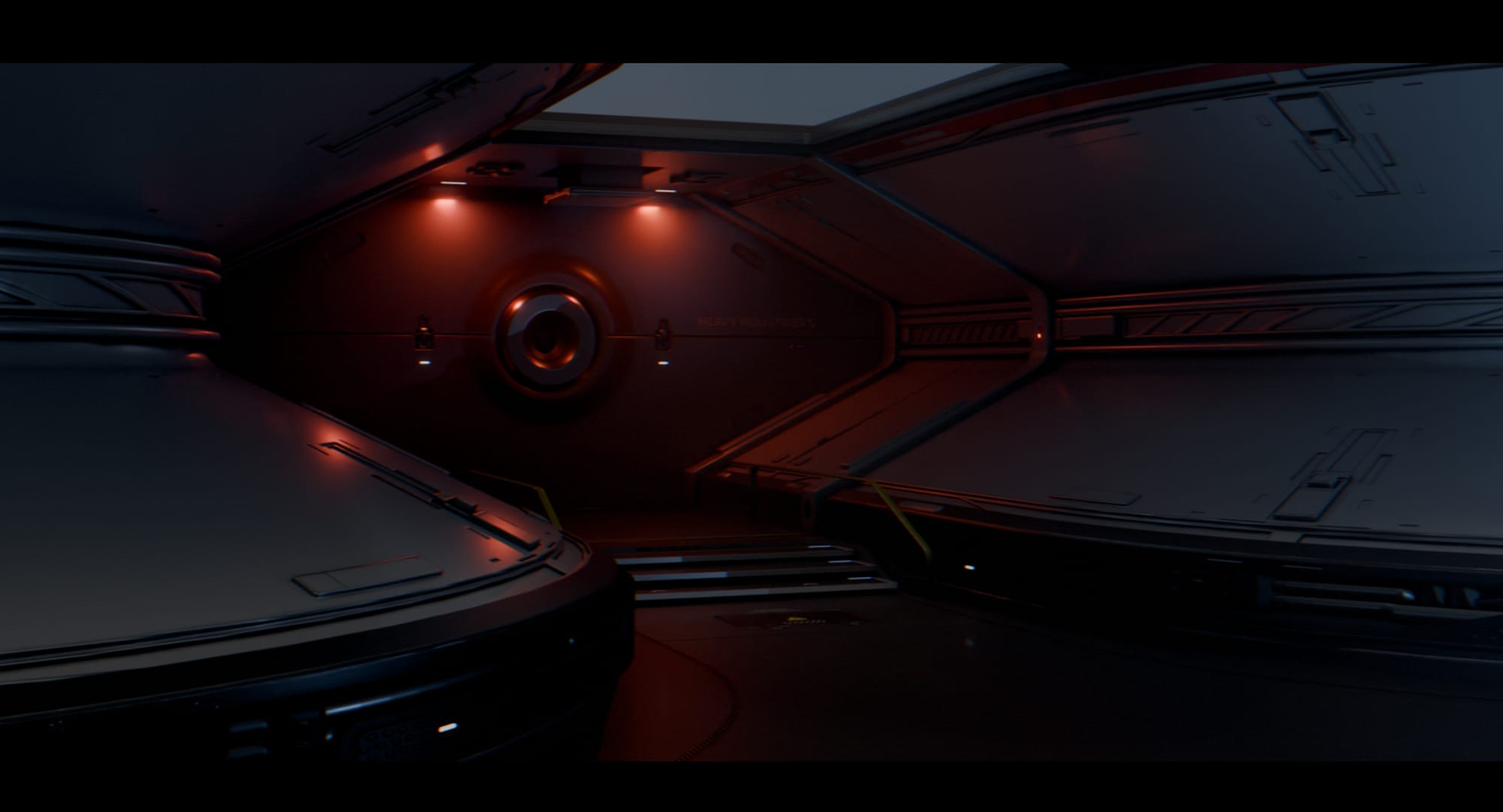
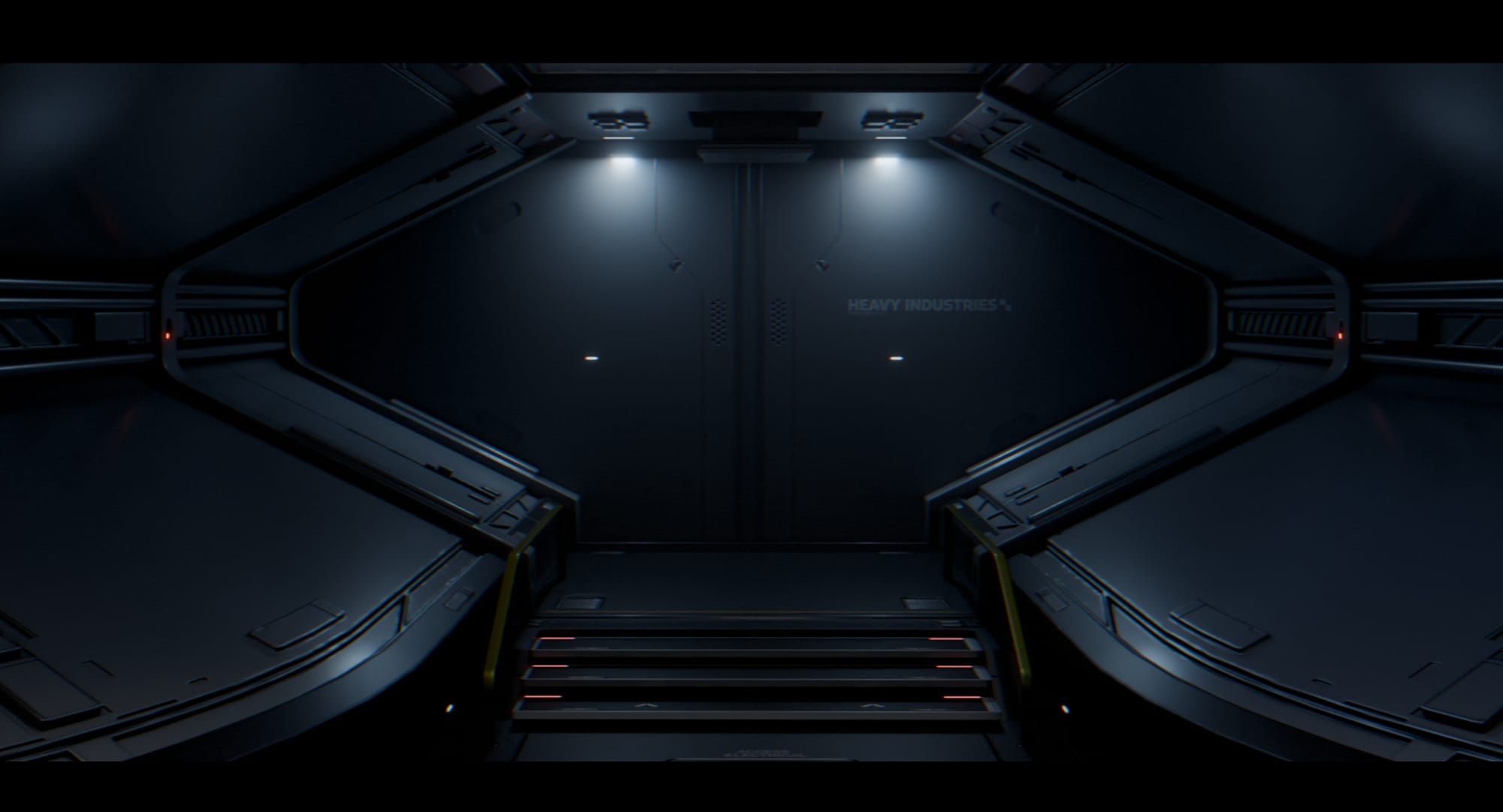
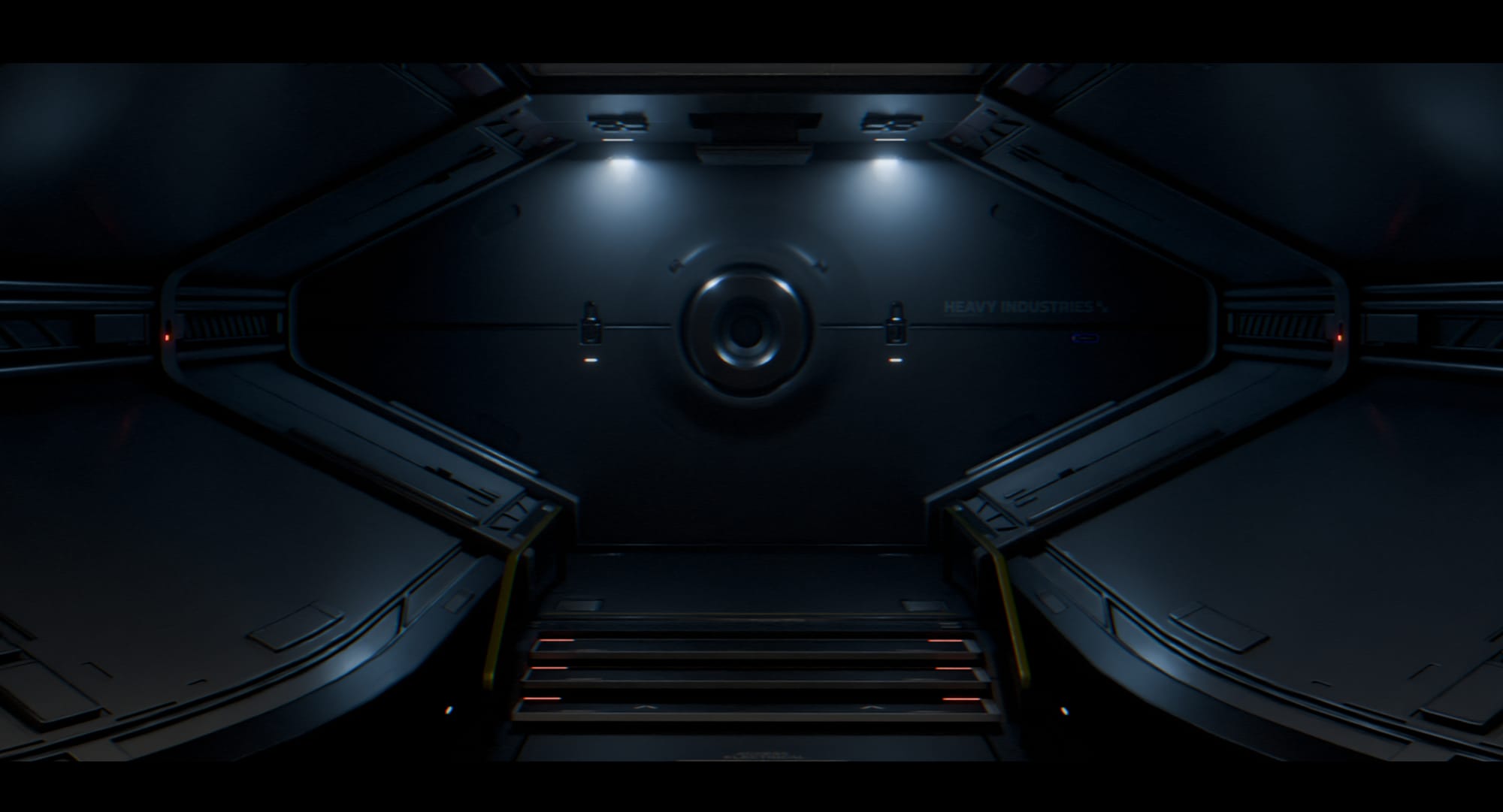
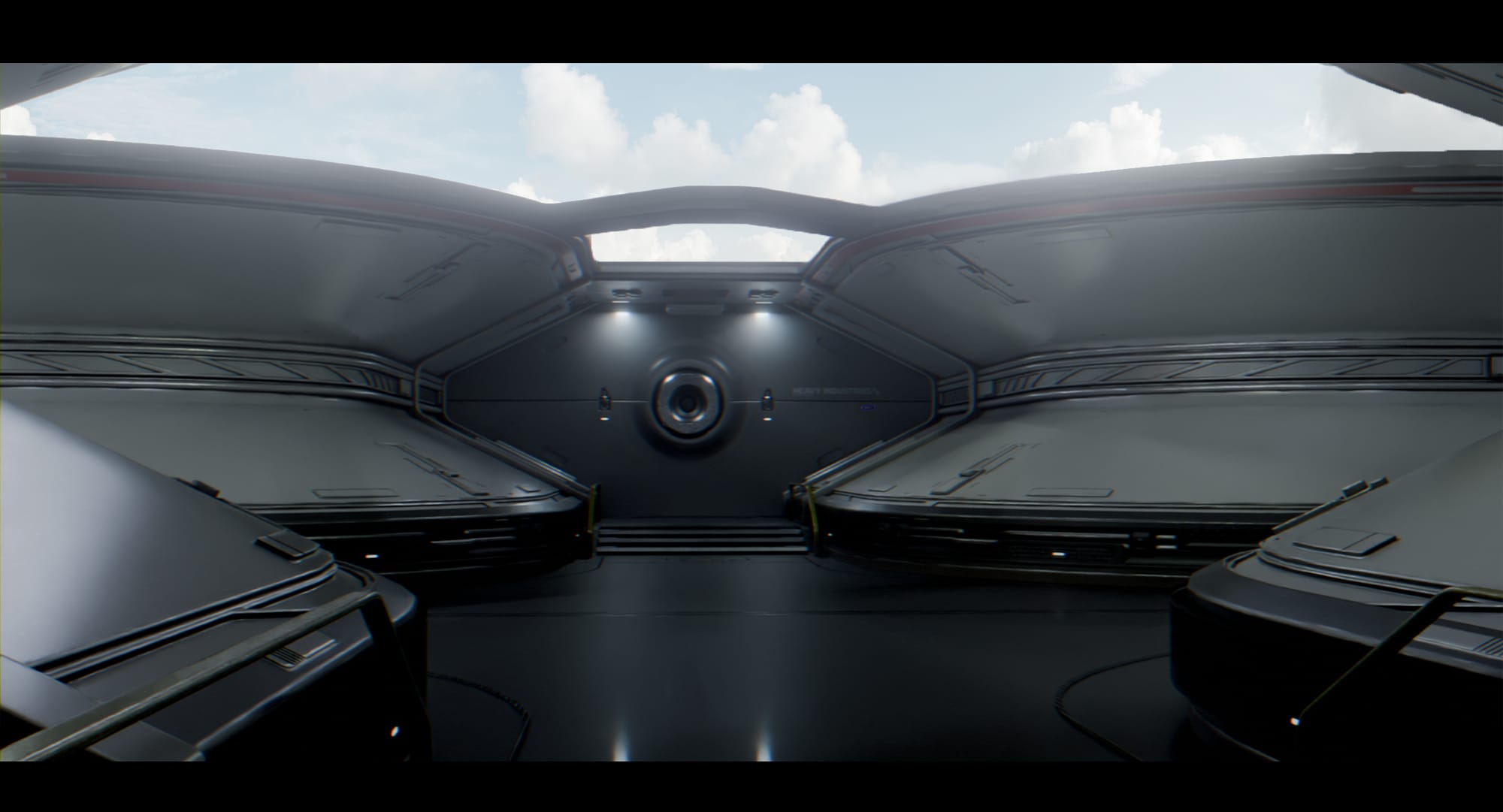
Droid is positioned within the Nexus neighborhood, serving as a central action point on Wiami Island. Its placement was carefully planned to ensure that views from the factory windows provide meaningful and visually engaging context within the surrounding open world.
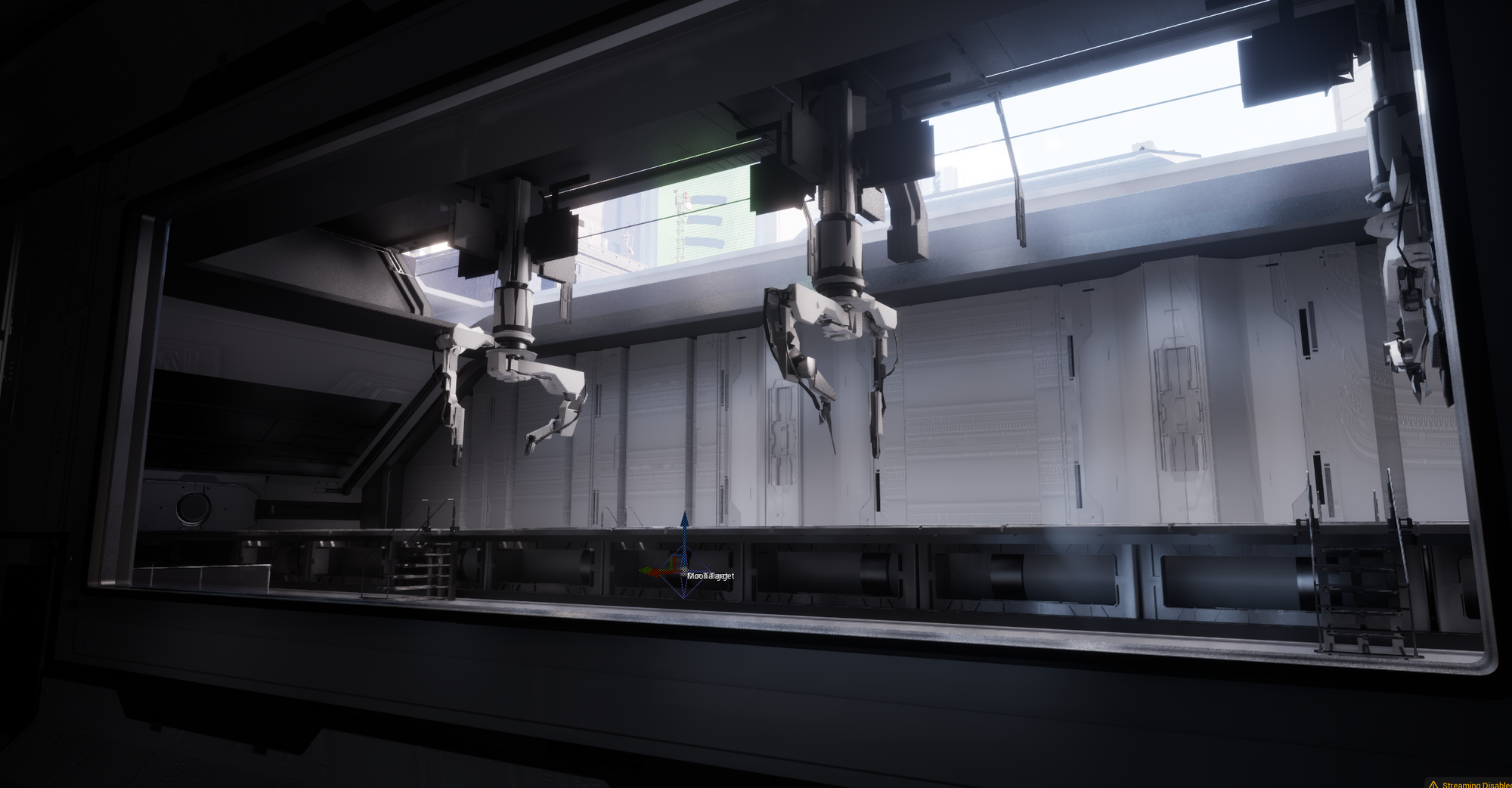
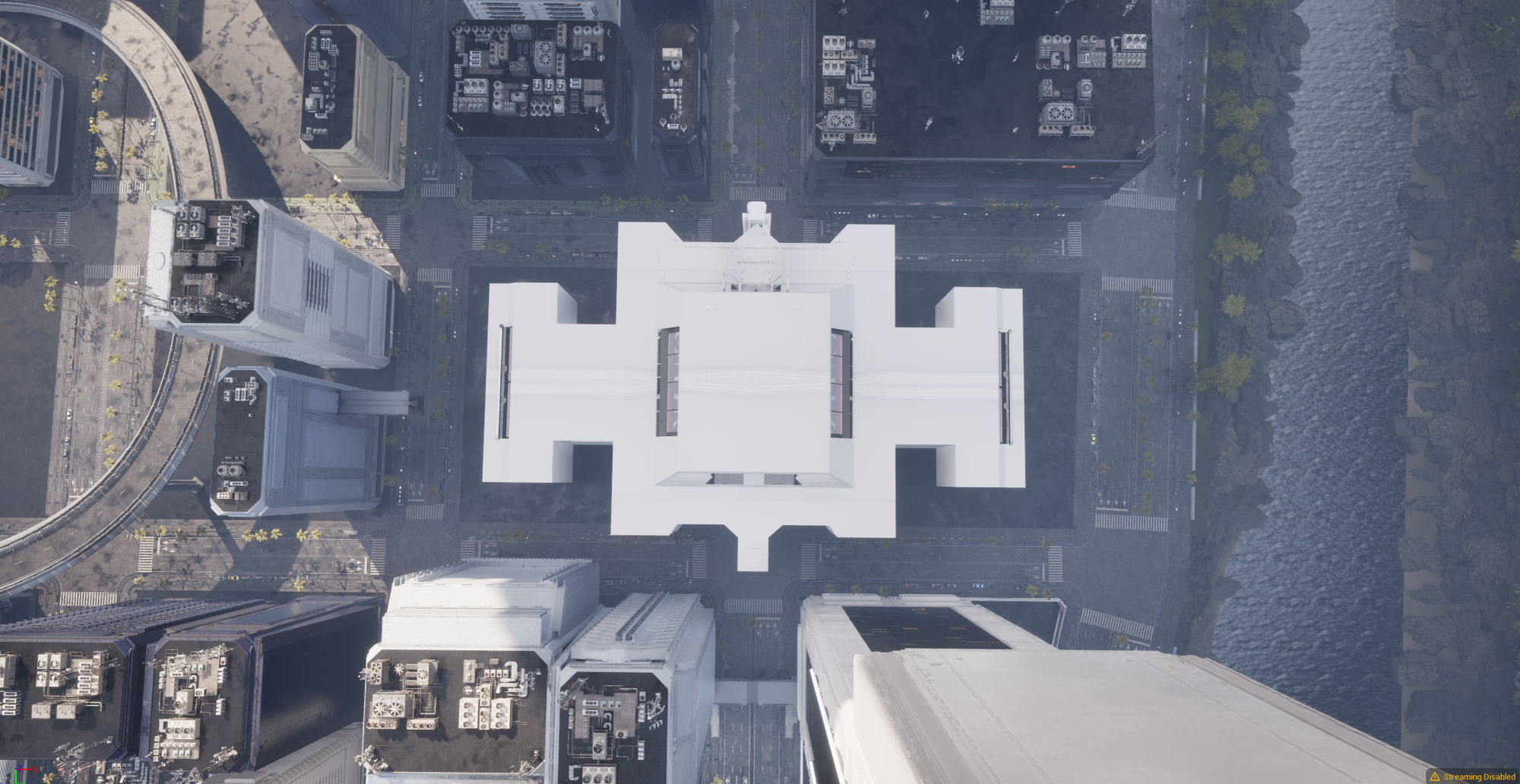
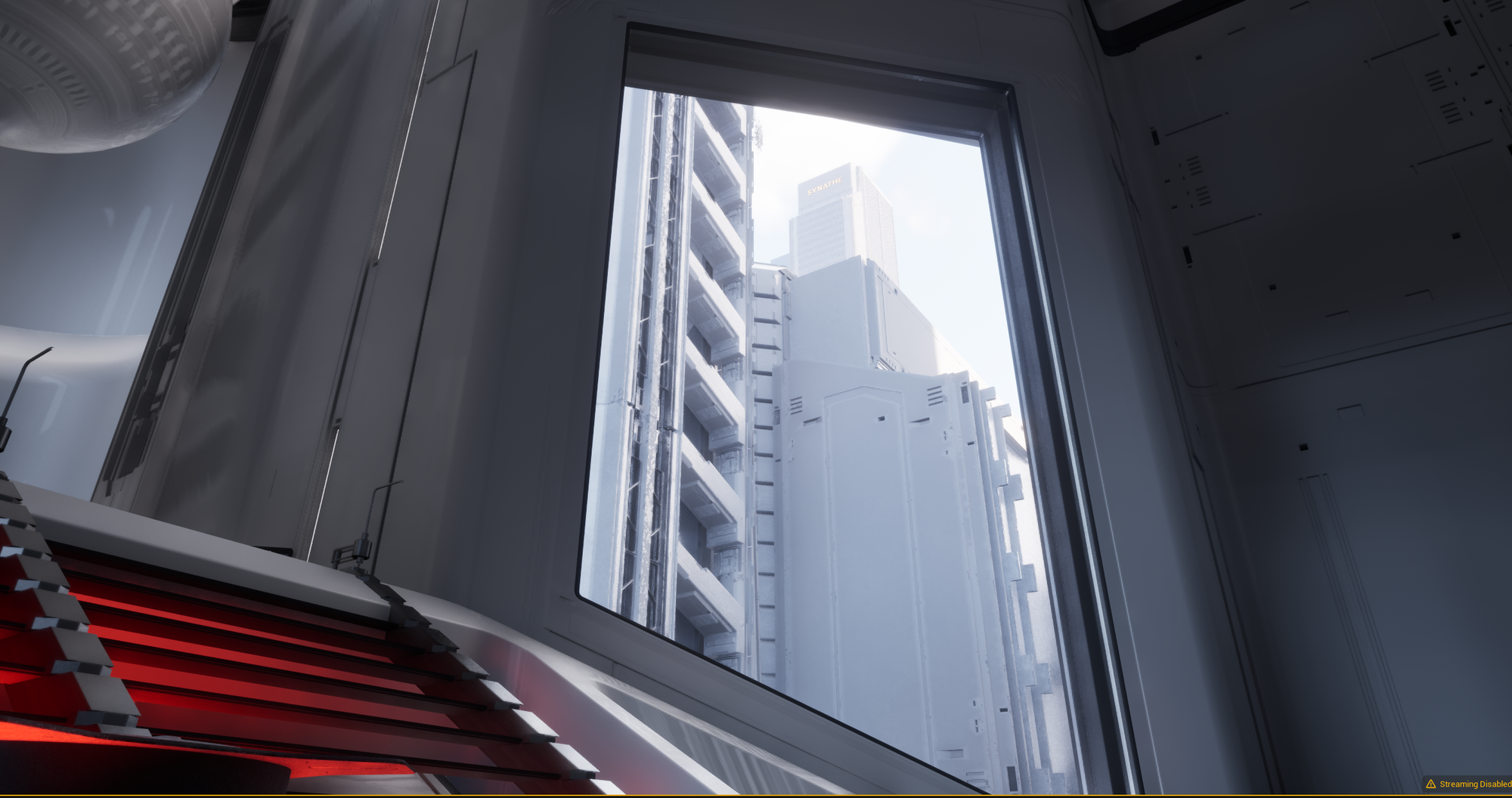
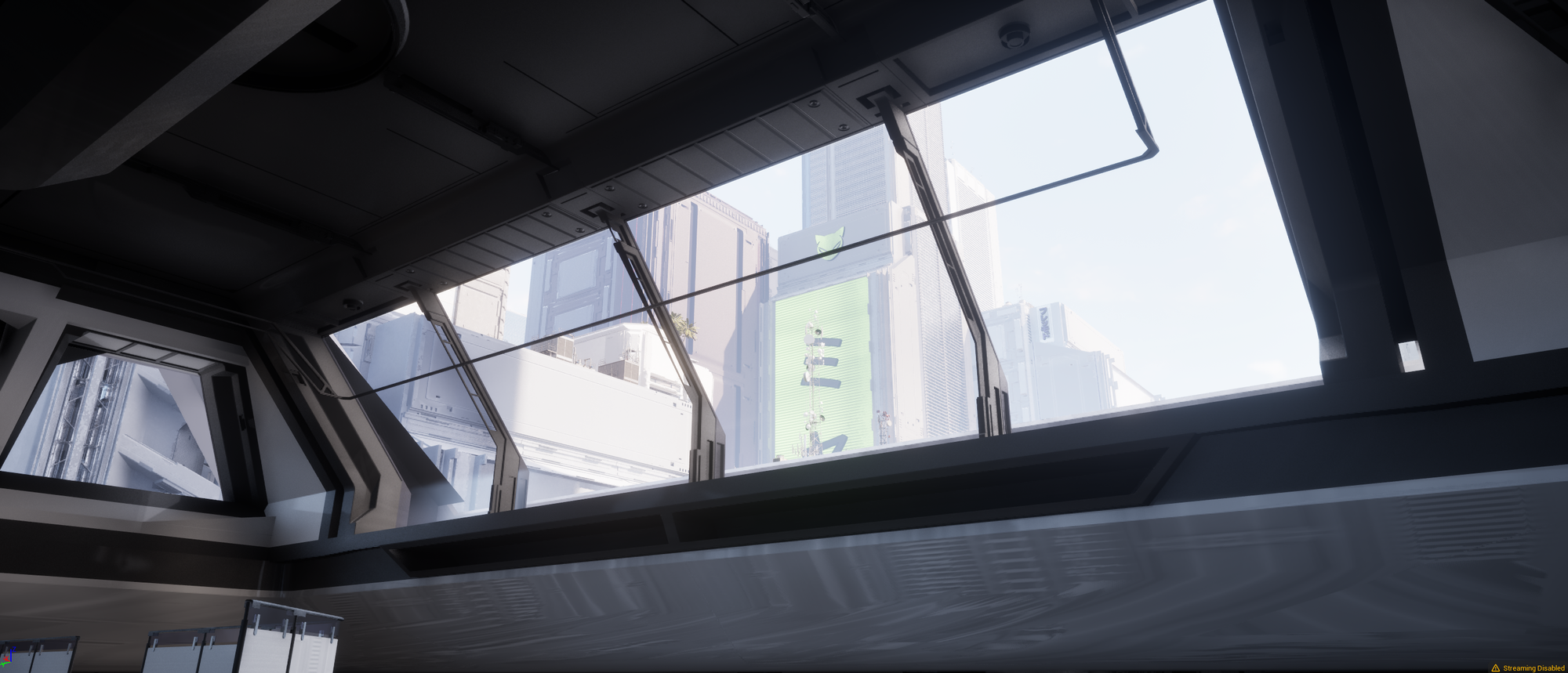
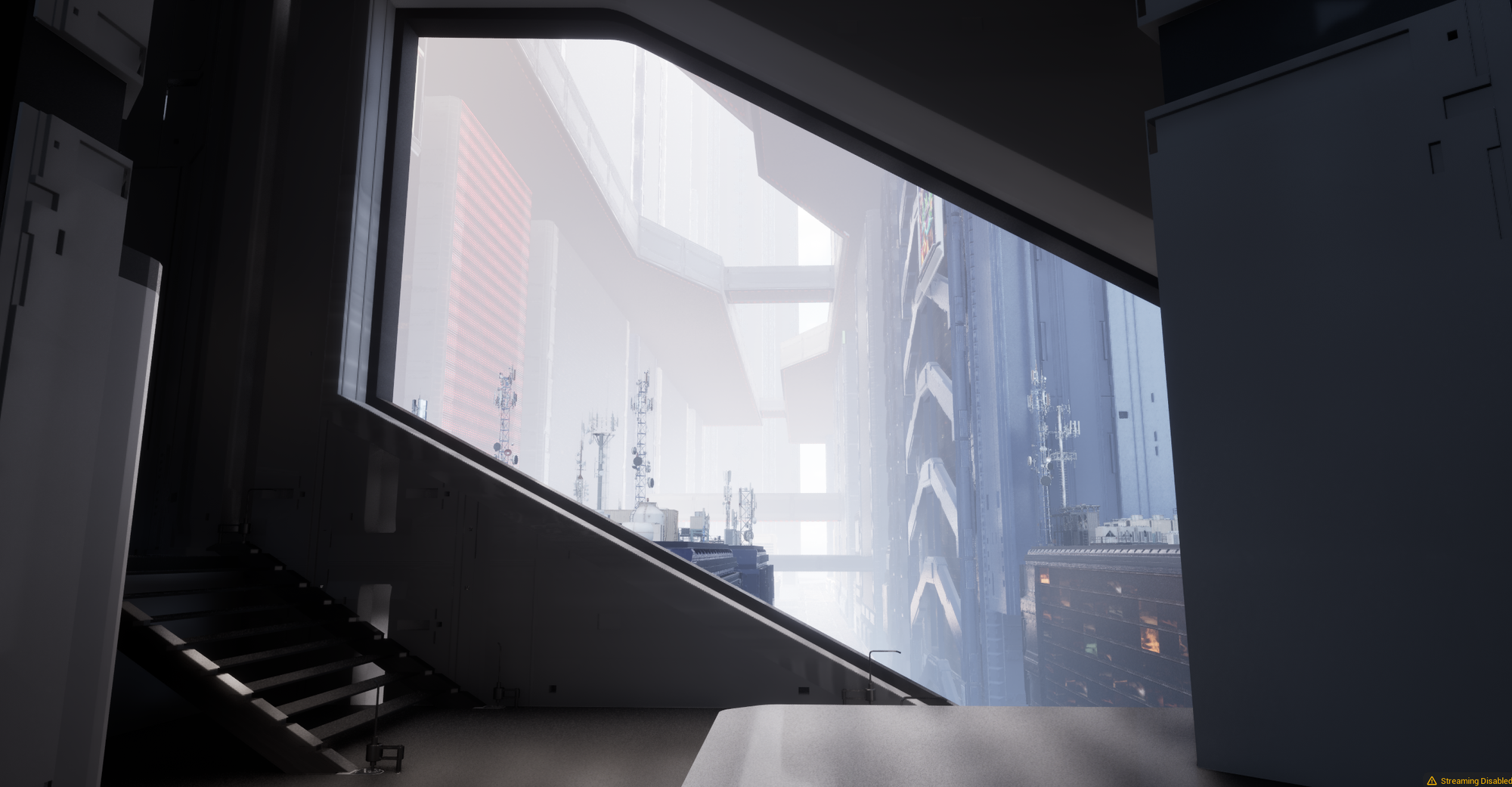
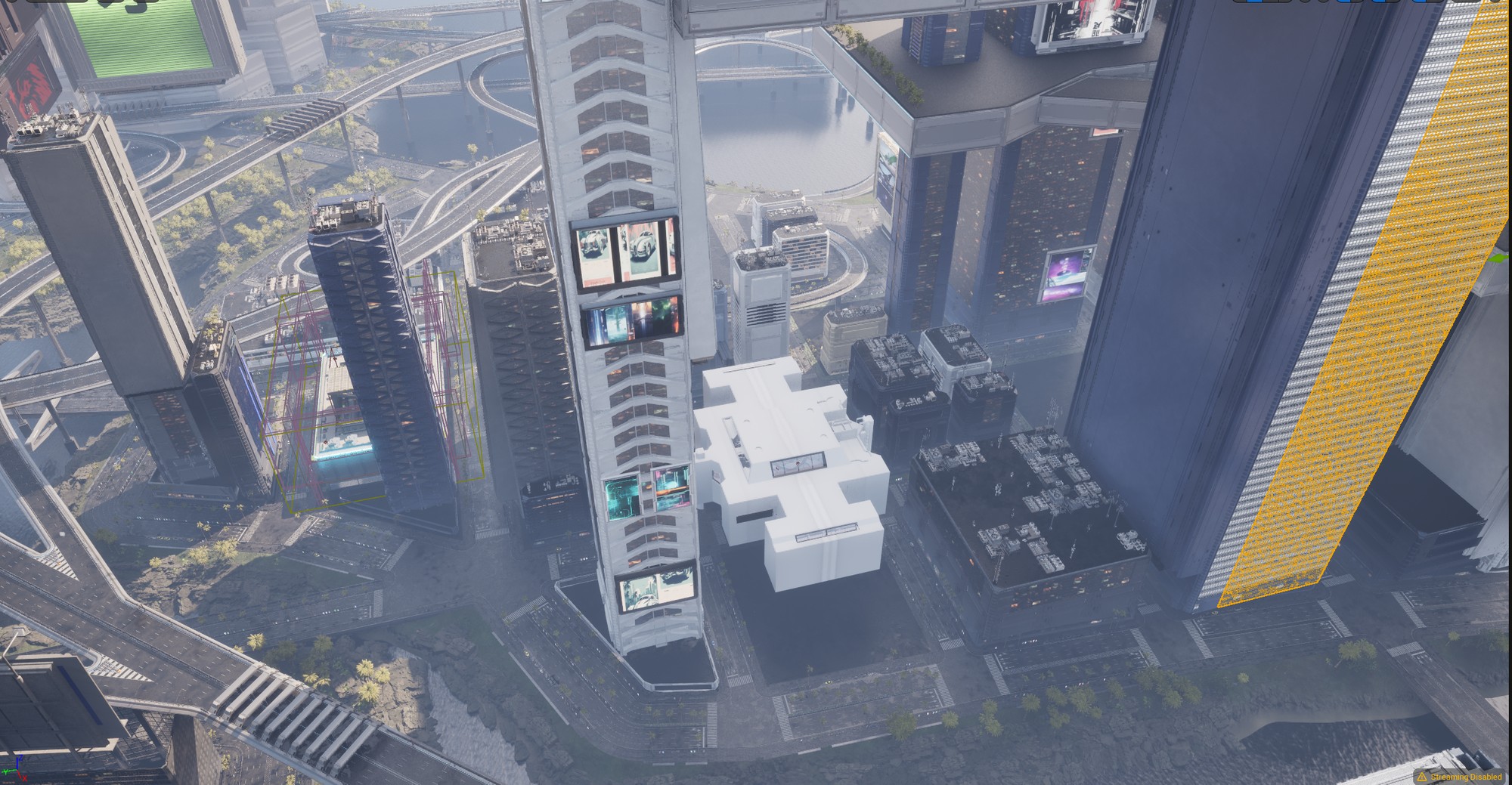
The Trenches
Trenches introduces a compact, layered environment inspired by the tight alleyways and weathered backstreets of cities like Hong Kong and Tokyo. Built on a foundational blockout, initial concepting focused on setting a strong visual tone through mood imagery. The map reuses about 50% of existing modular assets, combined with a new kit tailored to suggest an older, denser district that remains consistent with Wiami’s broader aesthetic.
Recognizable details such as windows, doors, and textures were varied without altering core structures, allowing for architectural clusters that read as either polished or run-down. Interiors follow the same logic, with structured modular layouts disrupted by layered elements like debris, exposed wiring, and scattered pickups, creating a space that feels both inhabited and tactically playable.
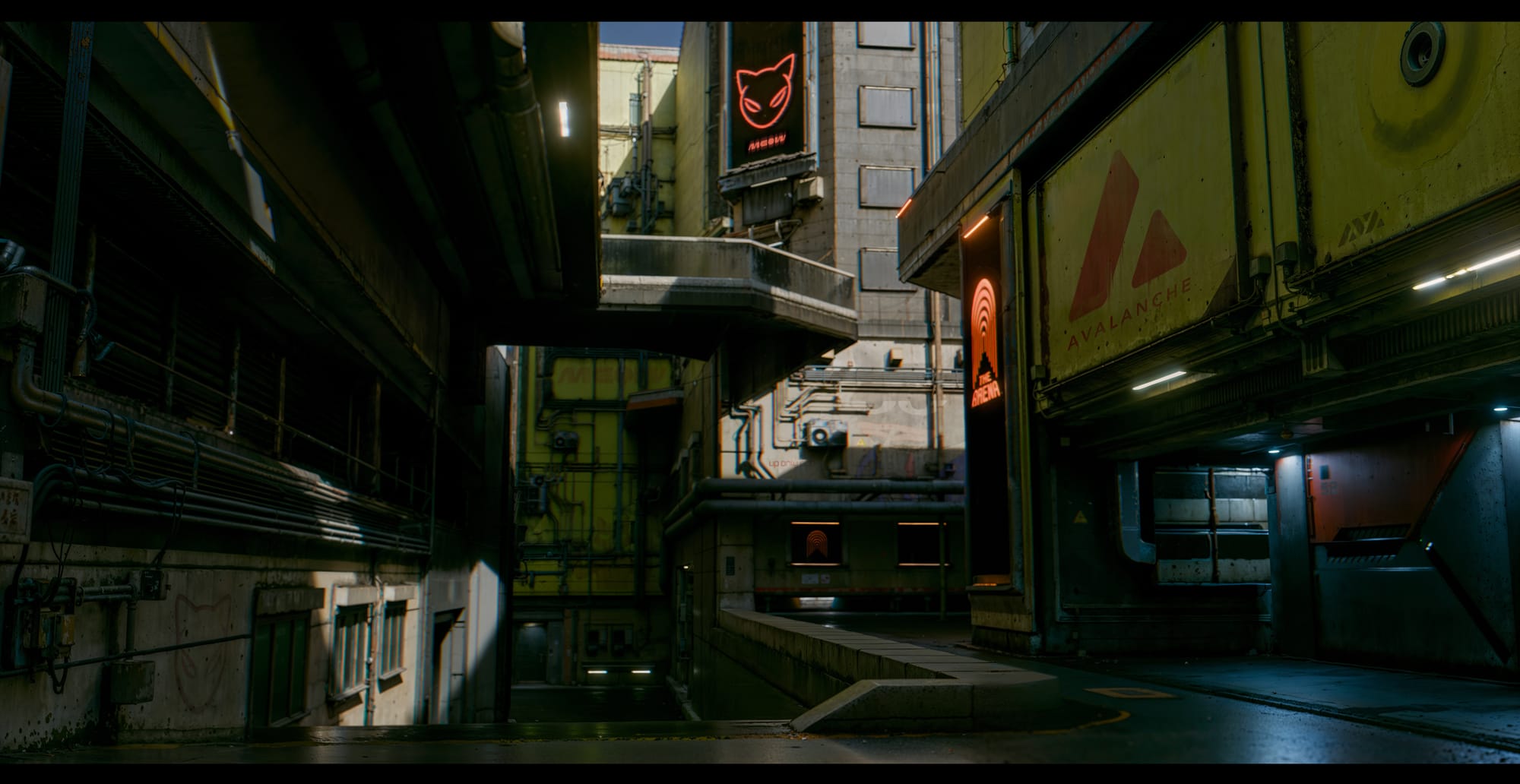
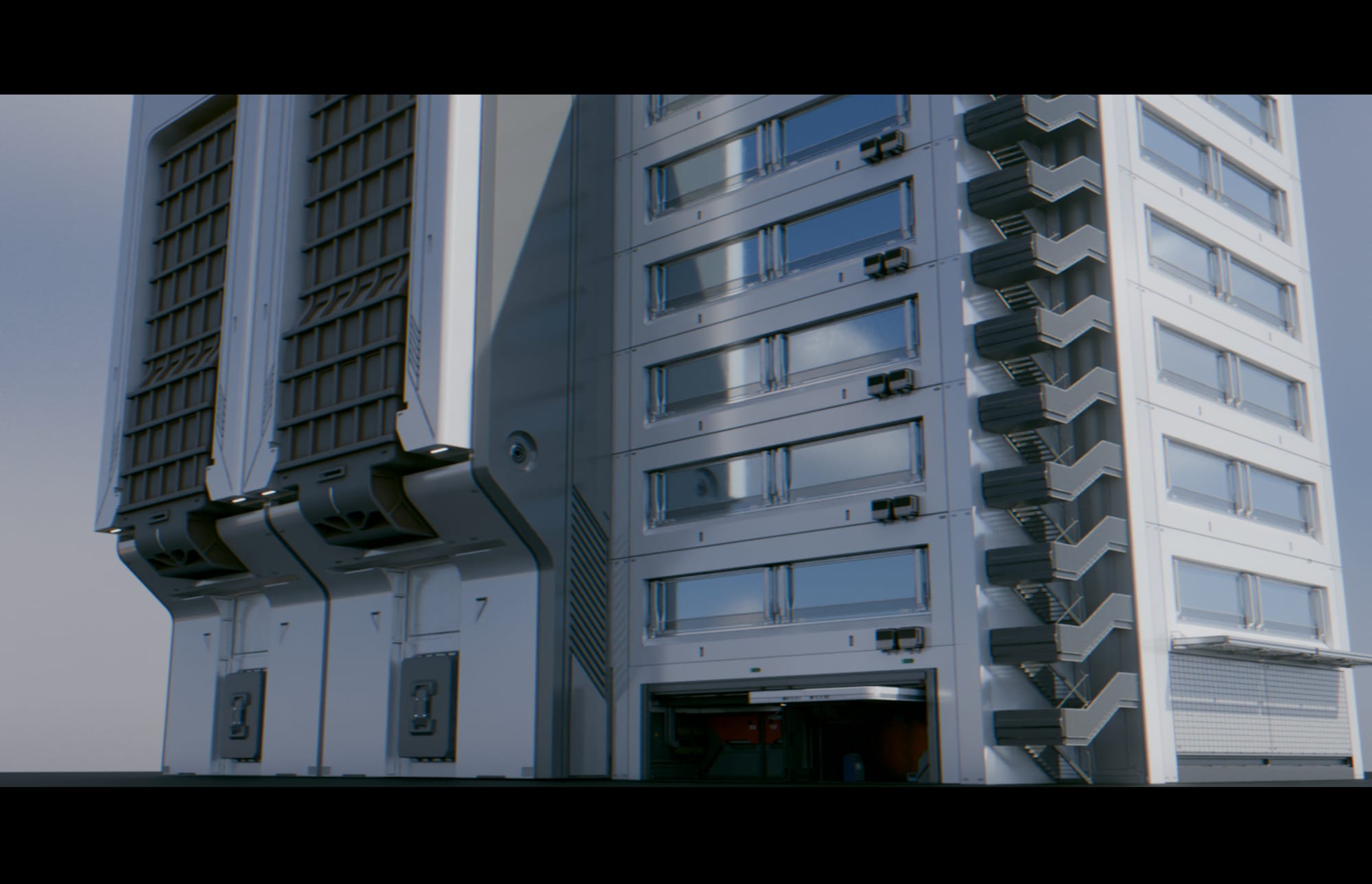
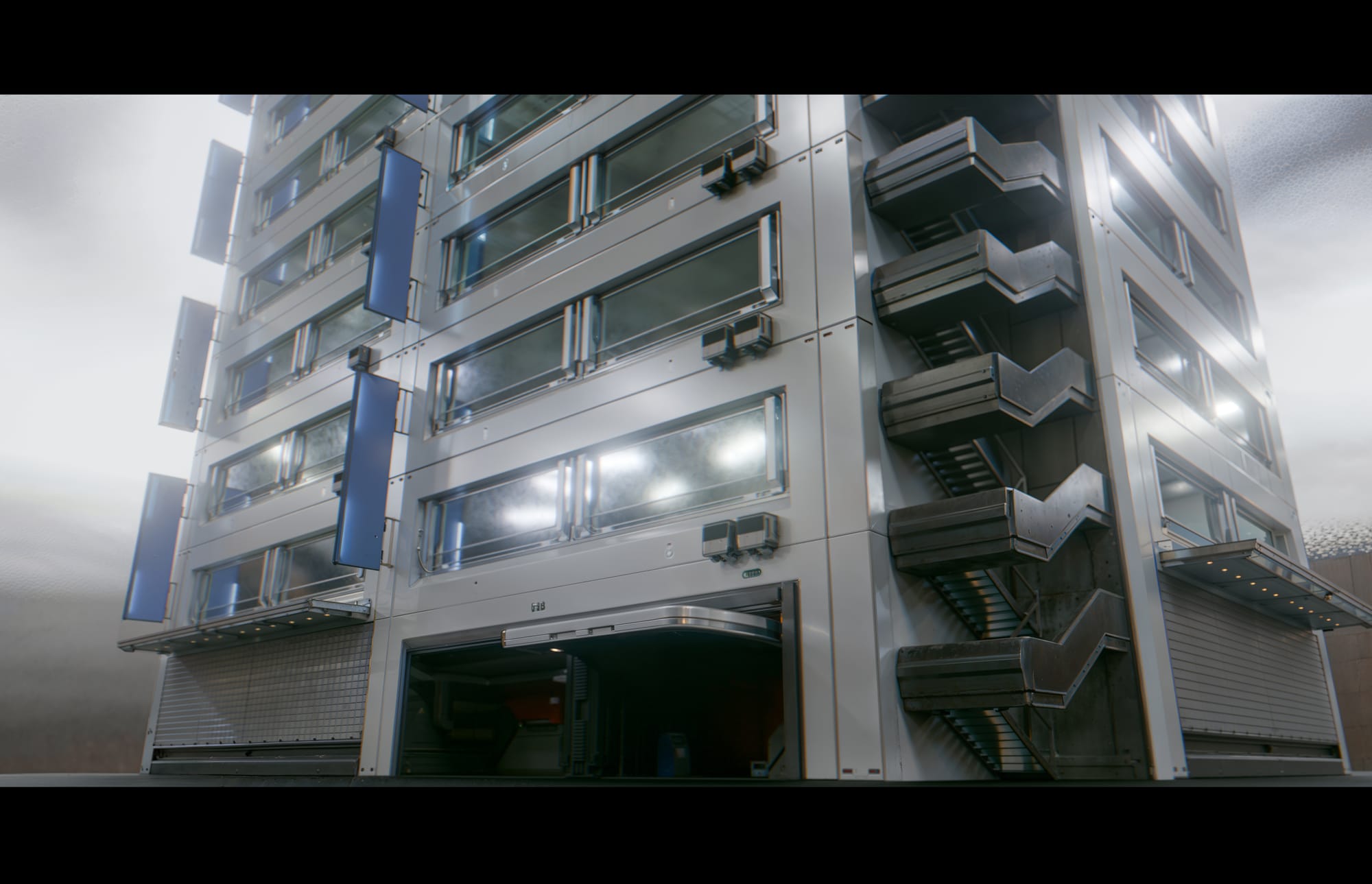
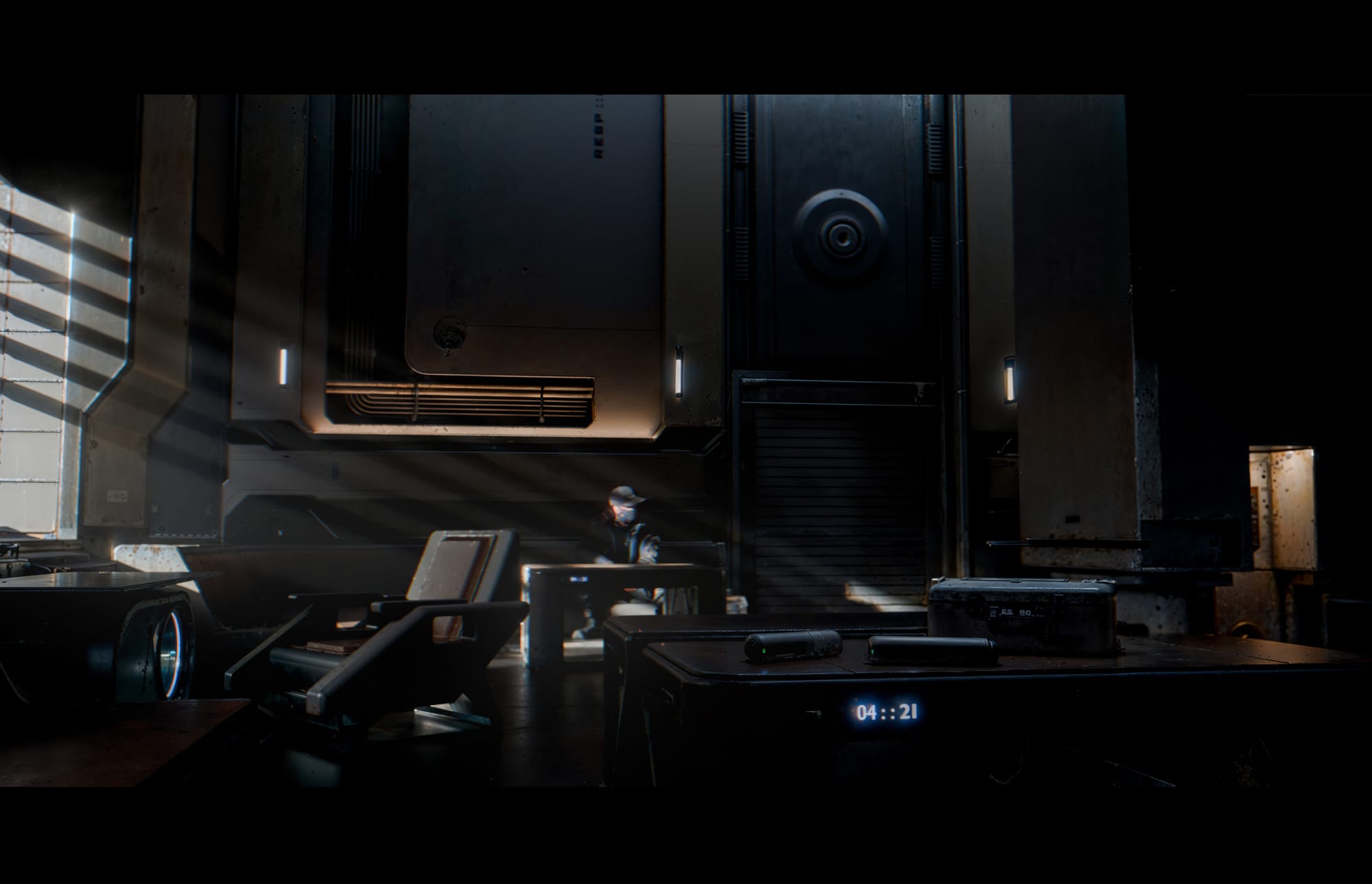
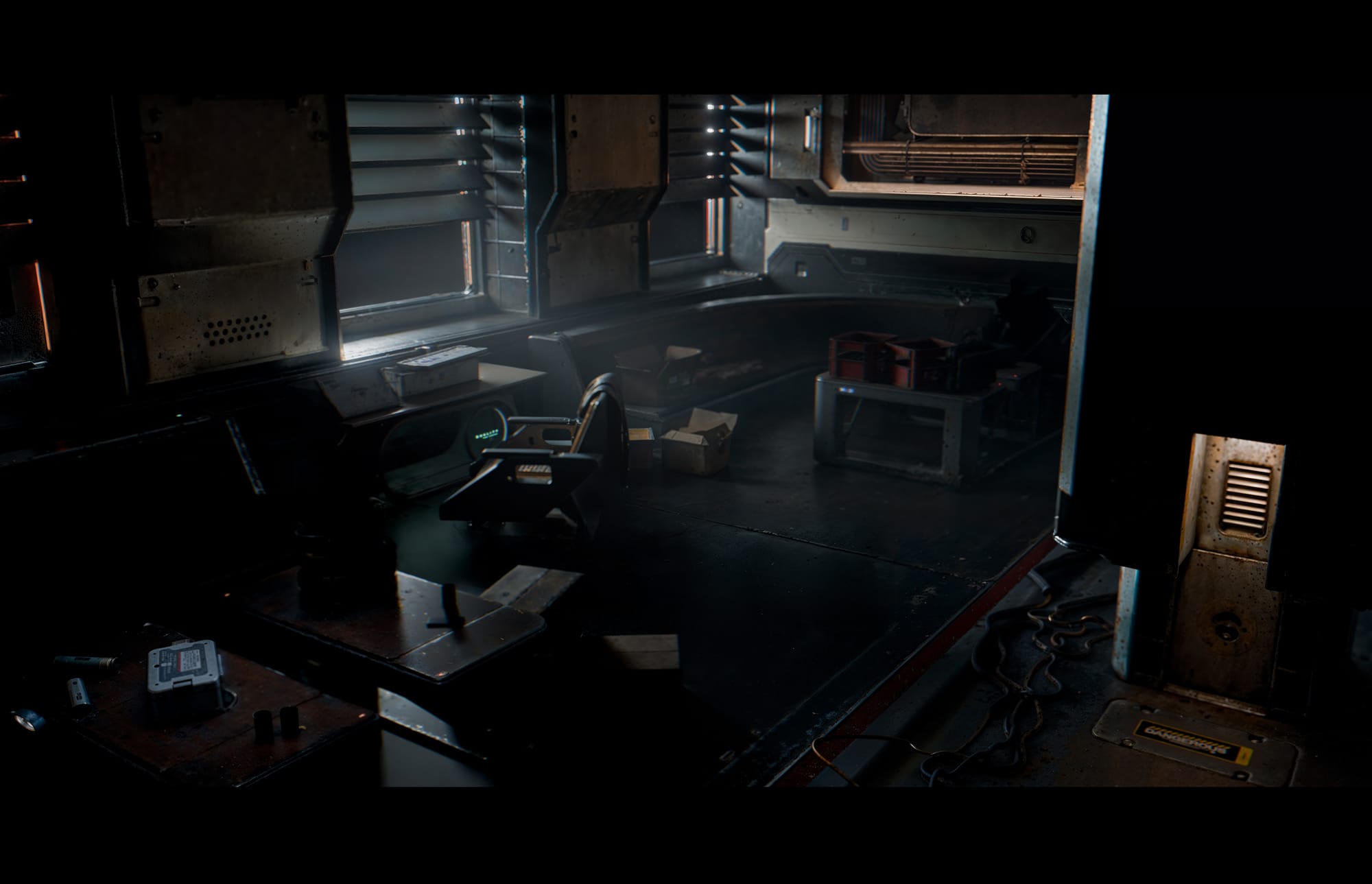
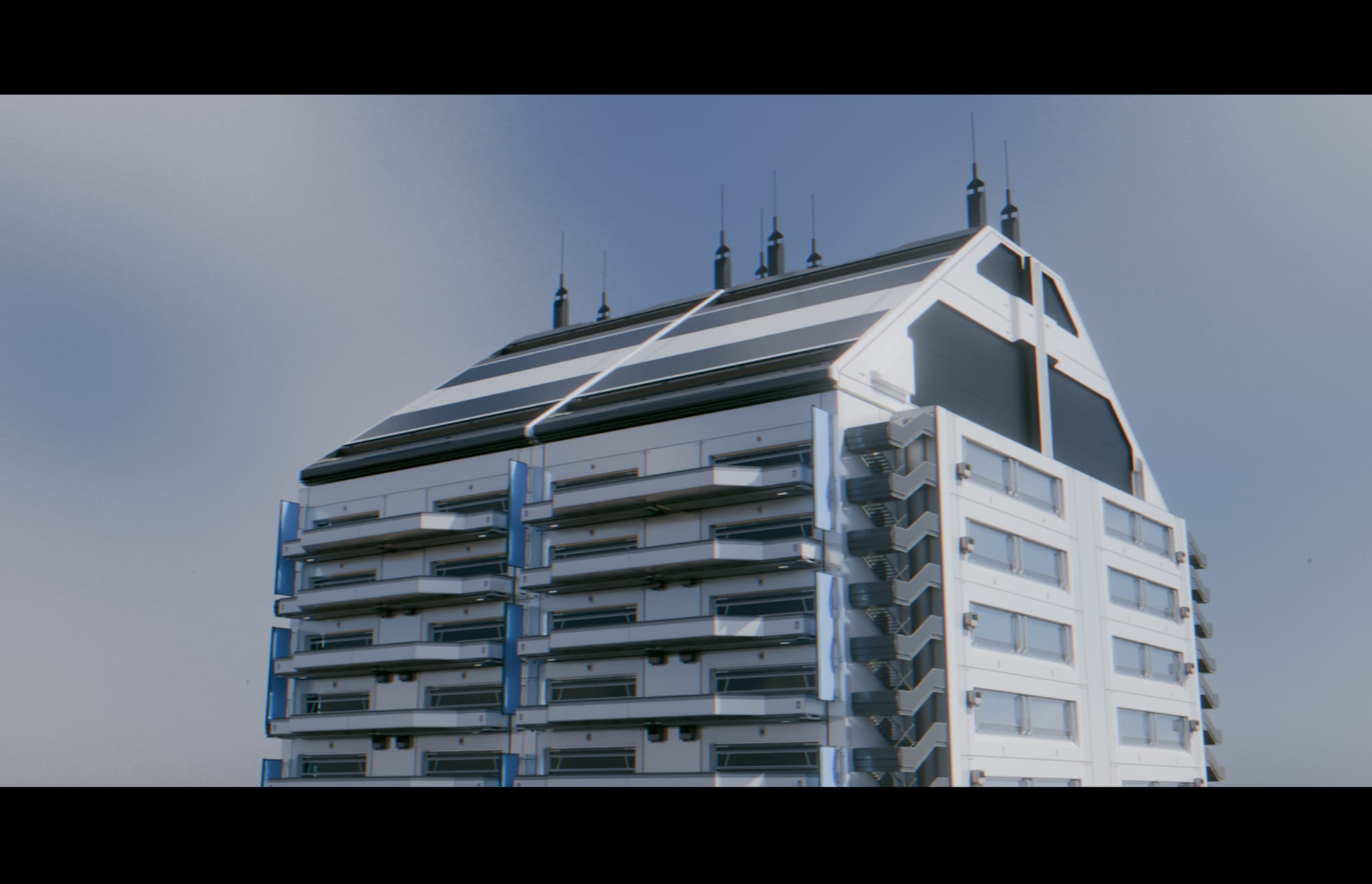
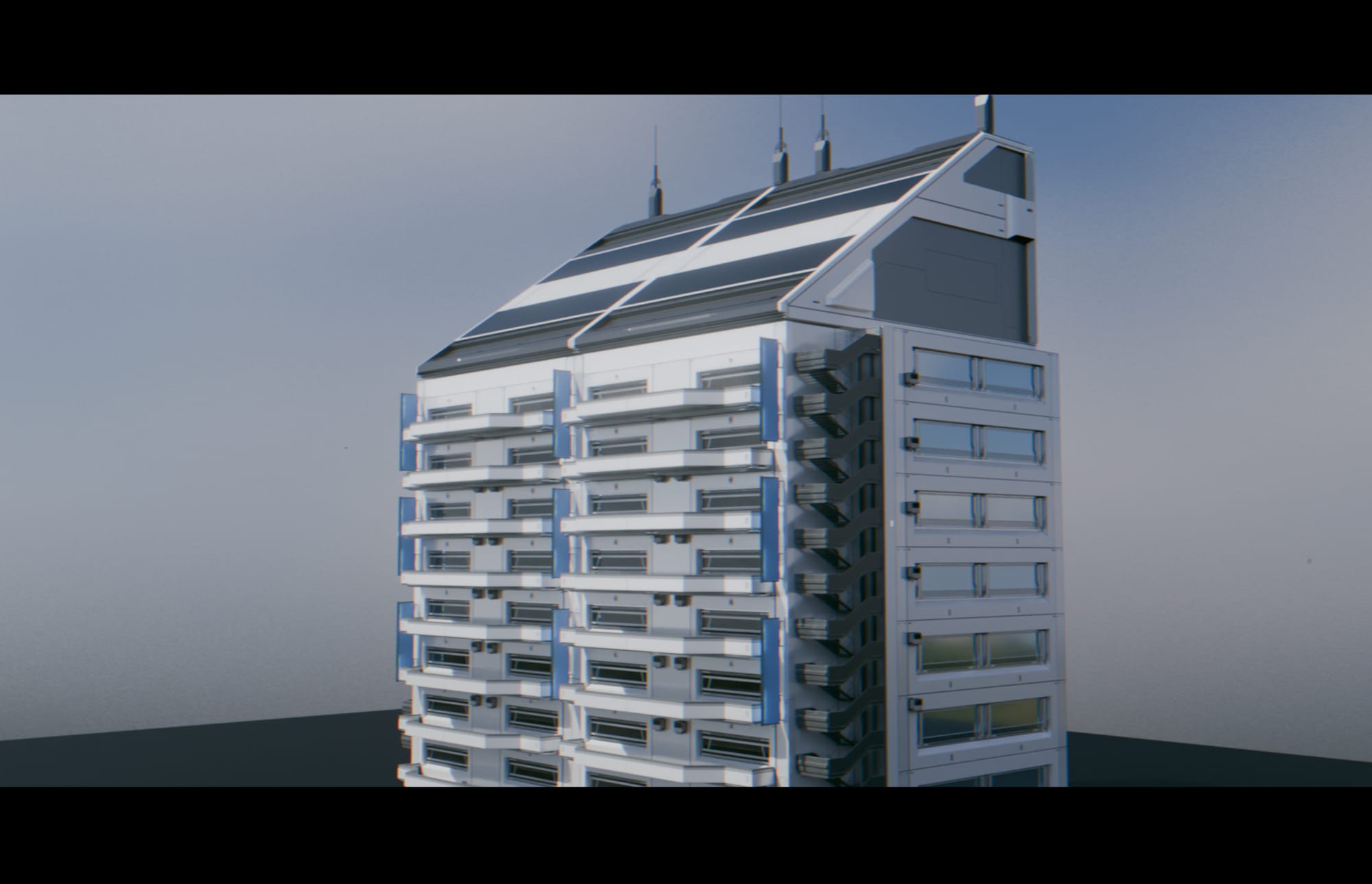
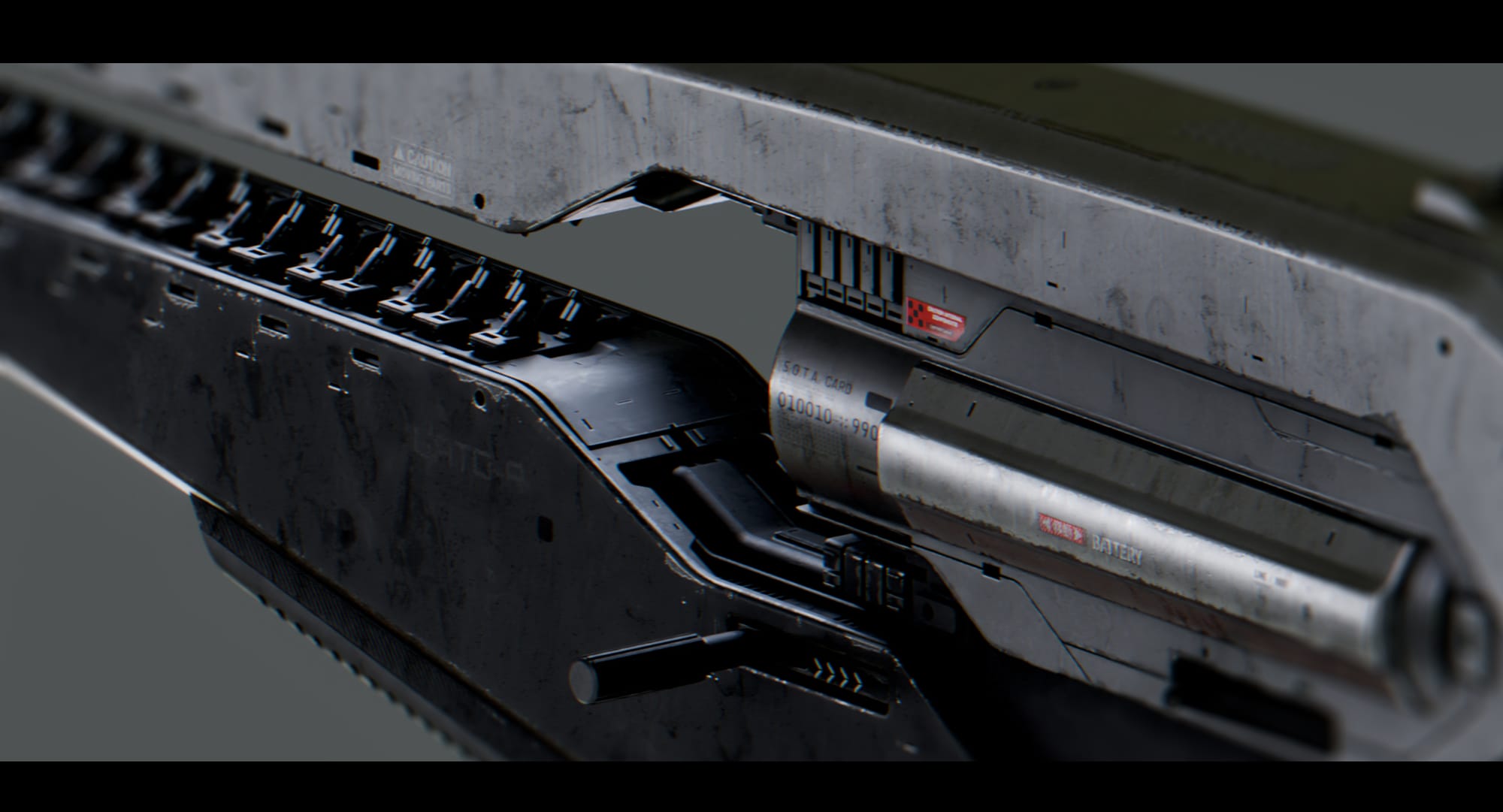
Weapons
Weapon visuals are continuously refined to enhance quality and prepare for customization. This improvement process unfolds in three distinct stages.
- Level 1 provides work in progress visuals for SEA testing.
- Level 2 delivers a polished look without any customization features.
- Level 3 adds all customization options and final visual details.
Each weapon requires up to a month of dedicated work on textures alone. To maintain a steady pipeline, multiple weapons are being updated or redesigned simultaneously. The first ten weapons are nearing Level 3 completion.
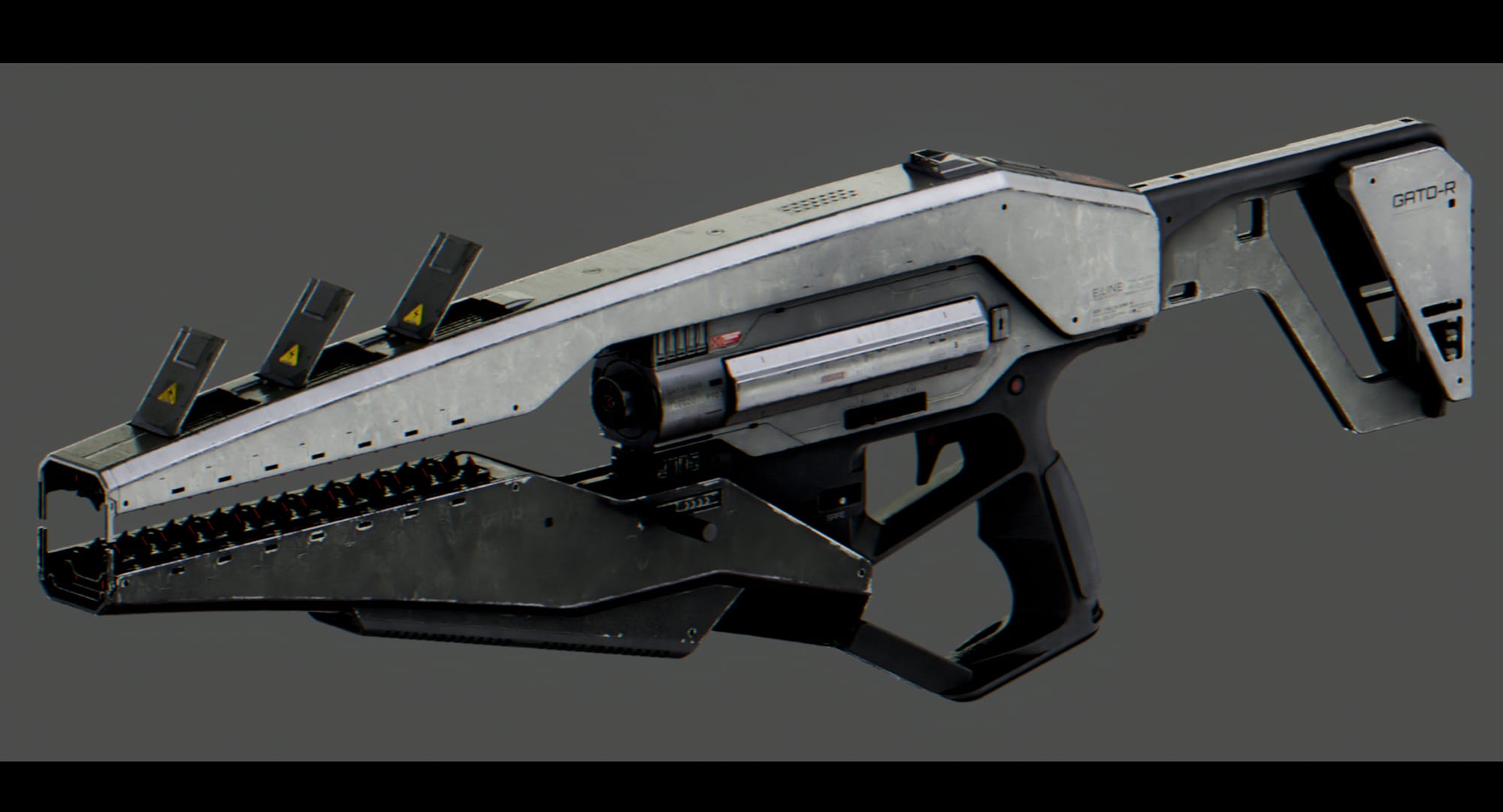
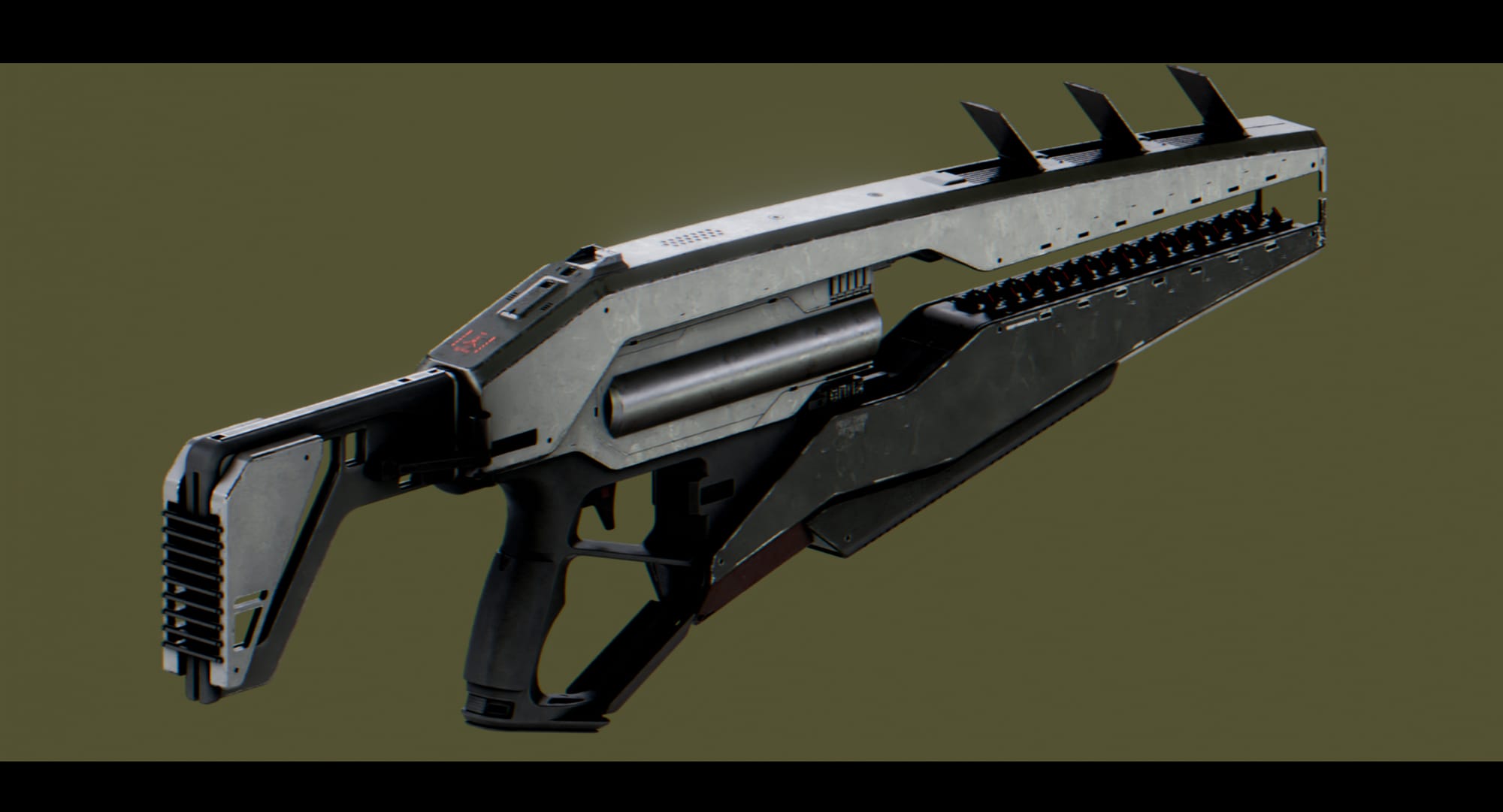
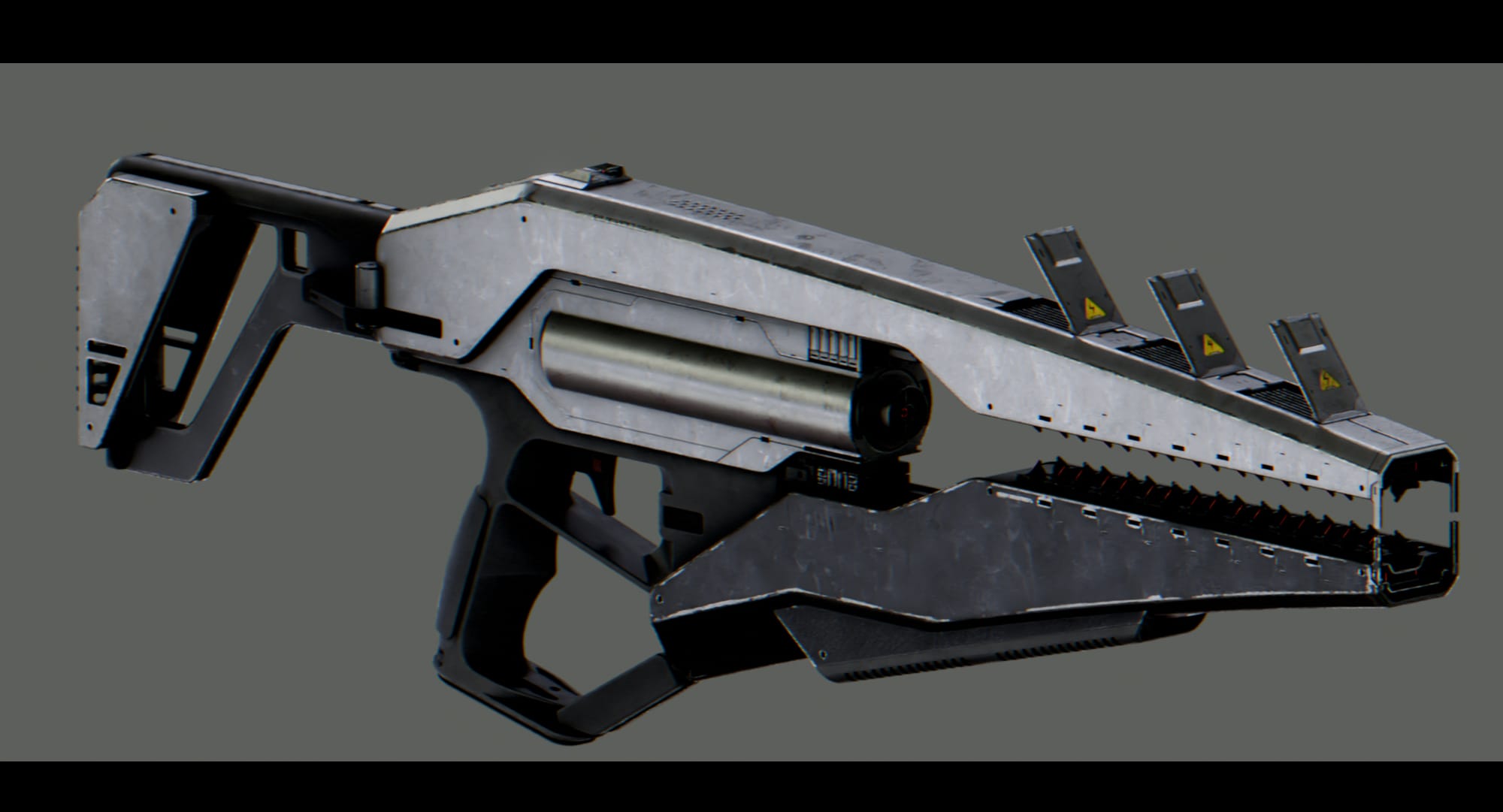
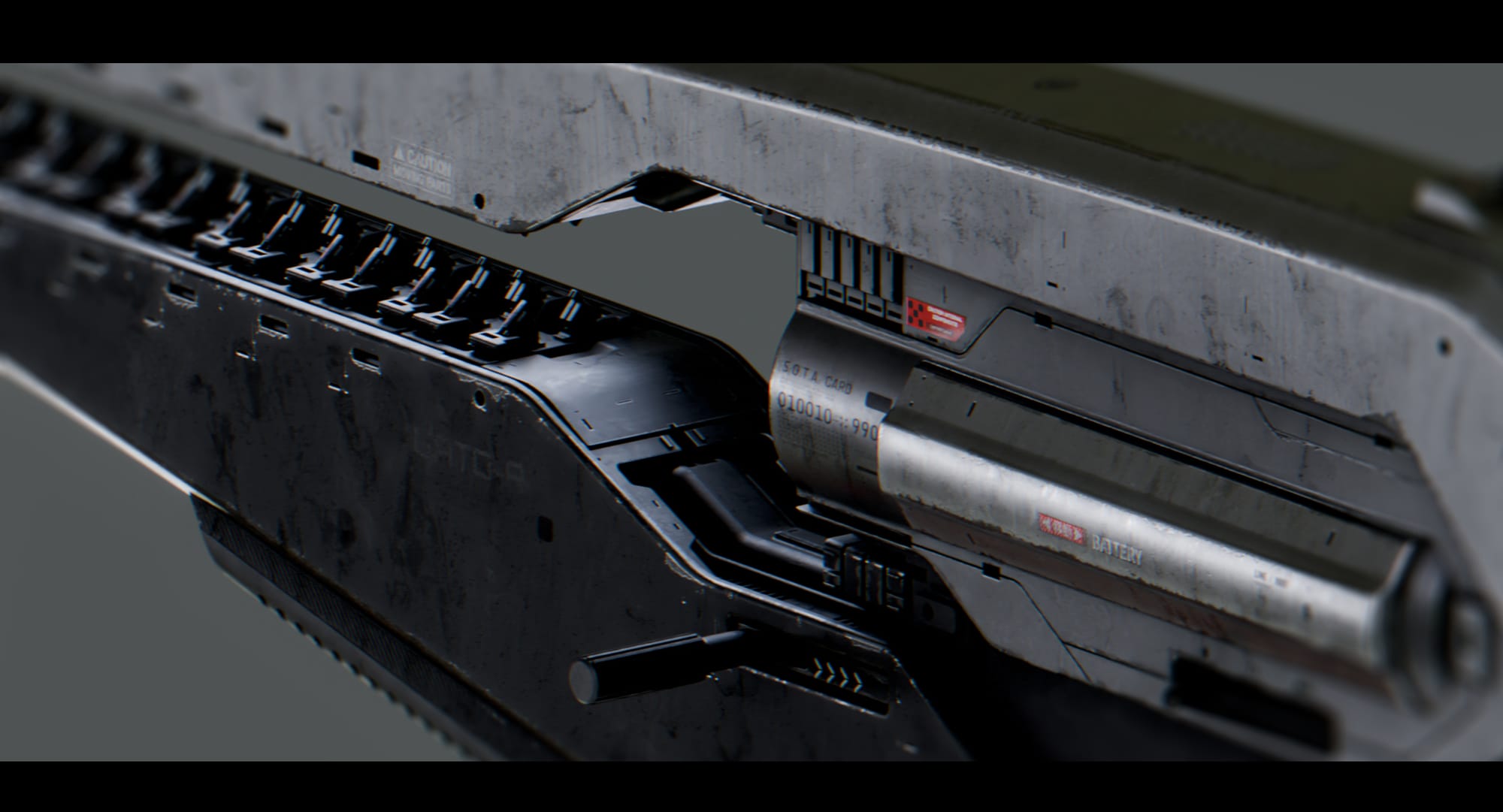
Gator Upgrades
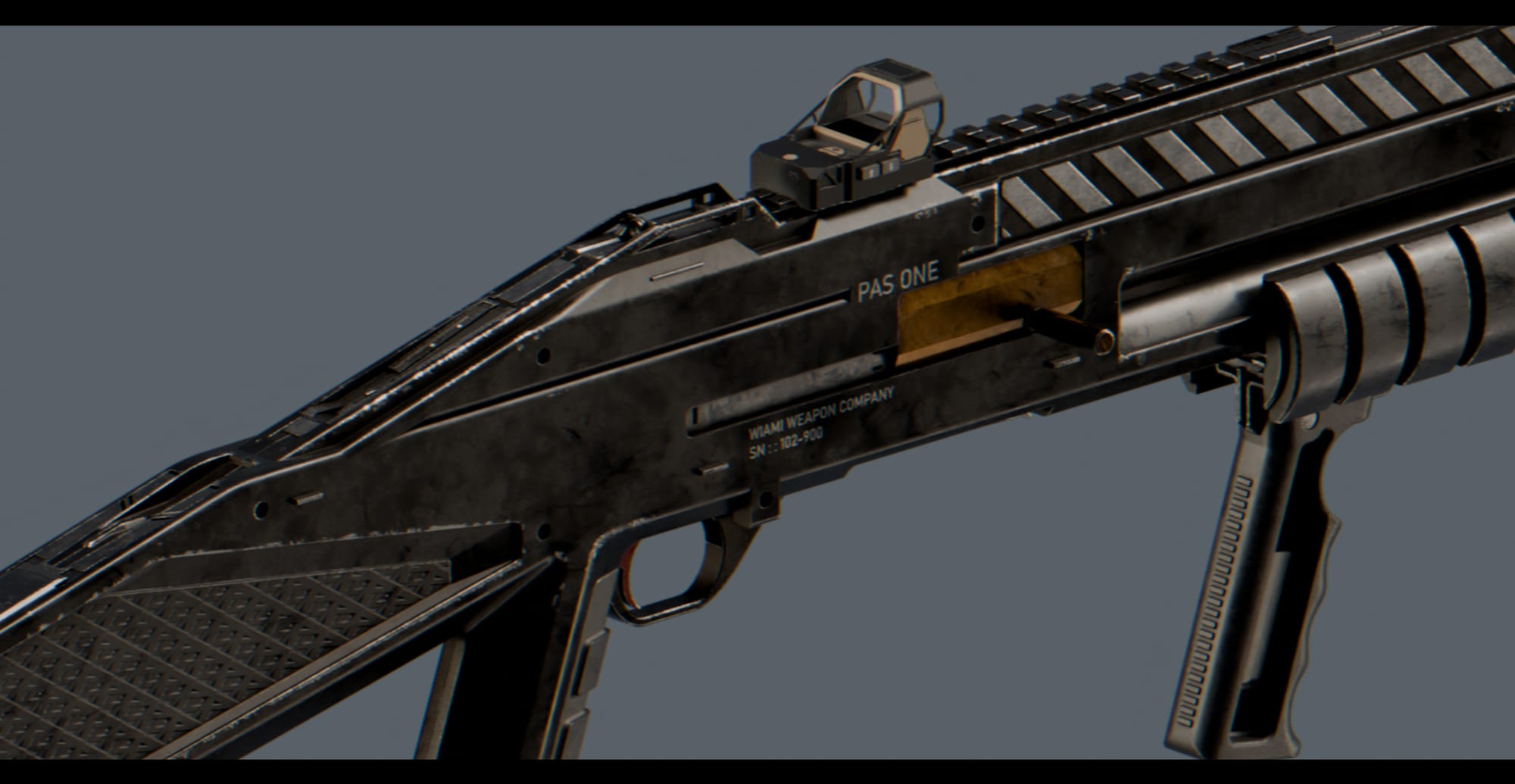
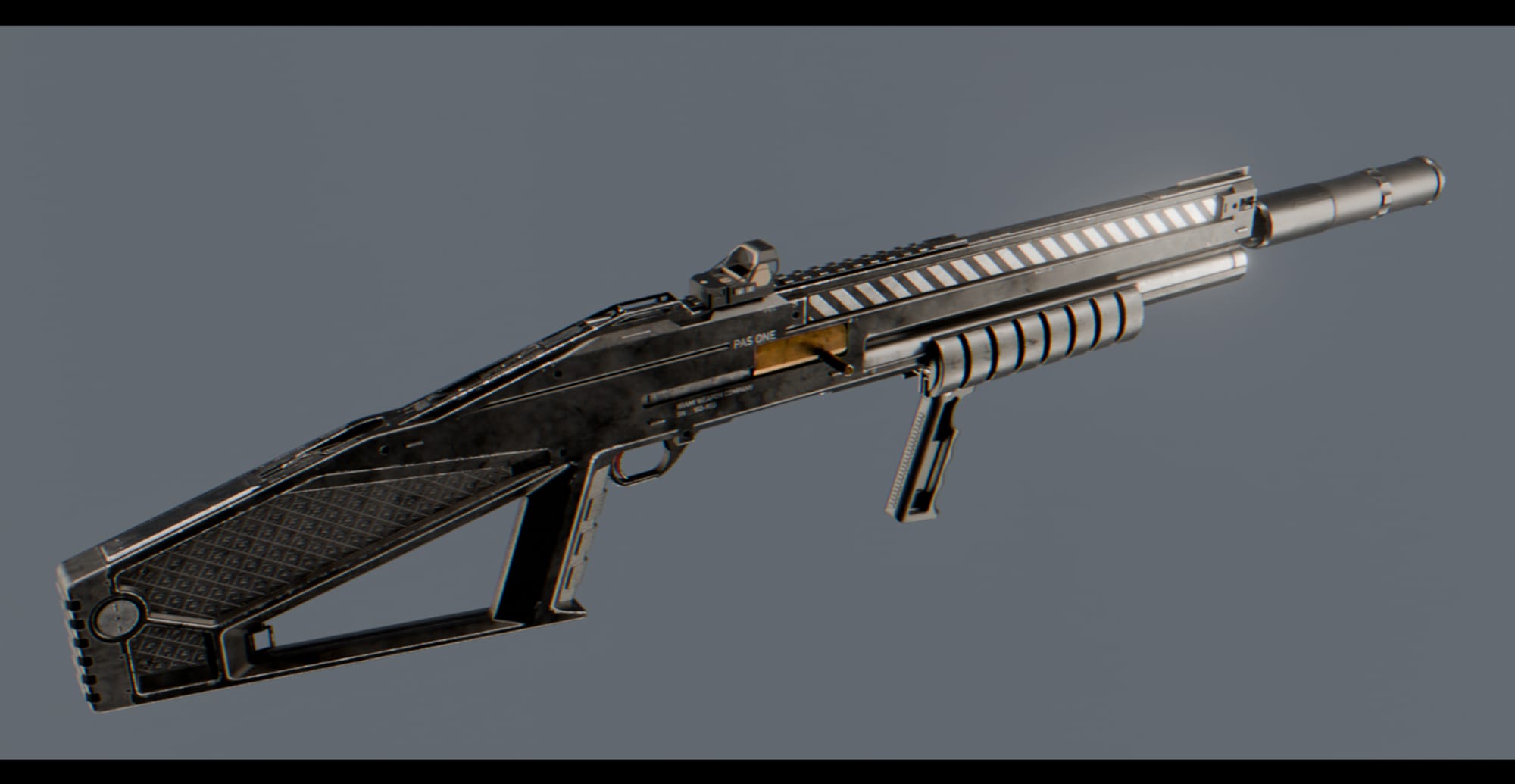
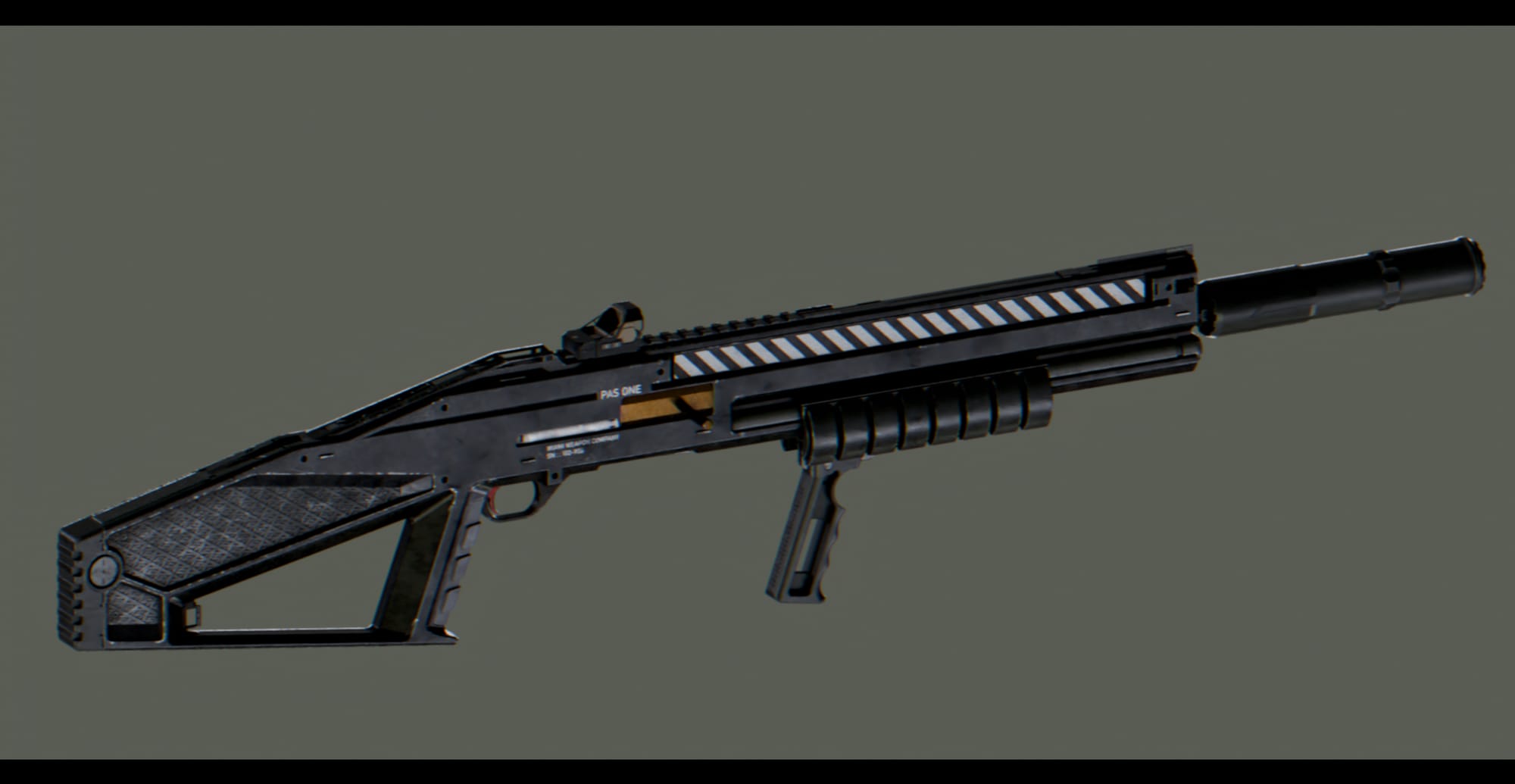
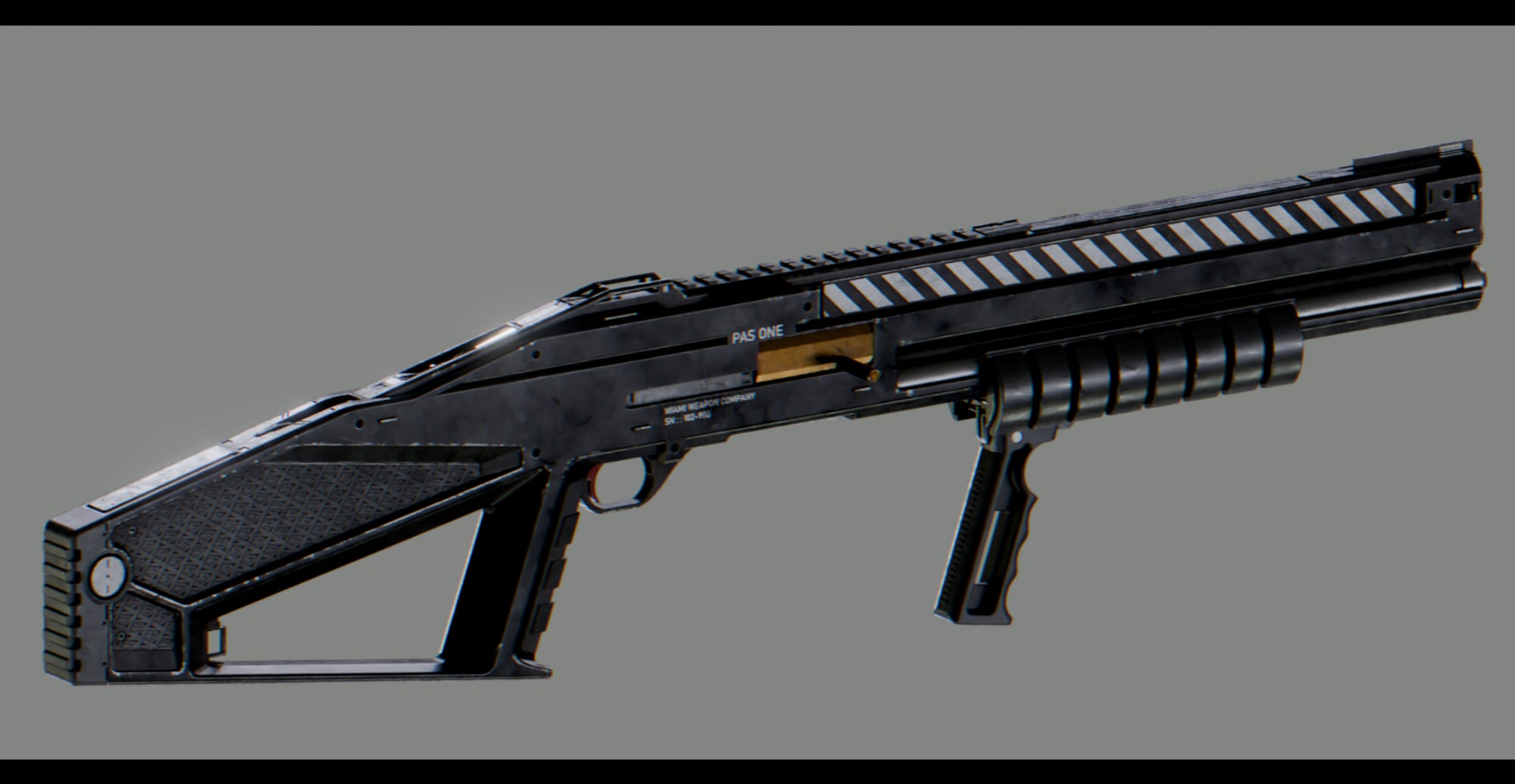
Shotgun Upgrades
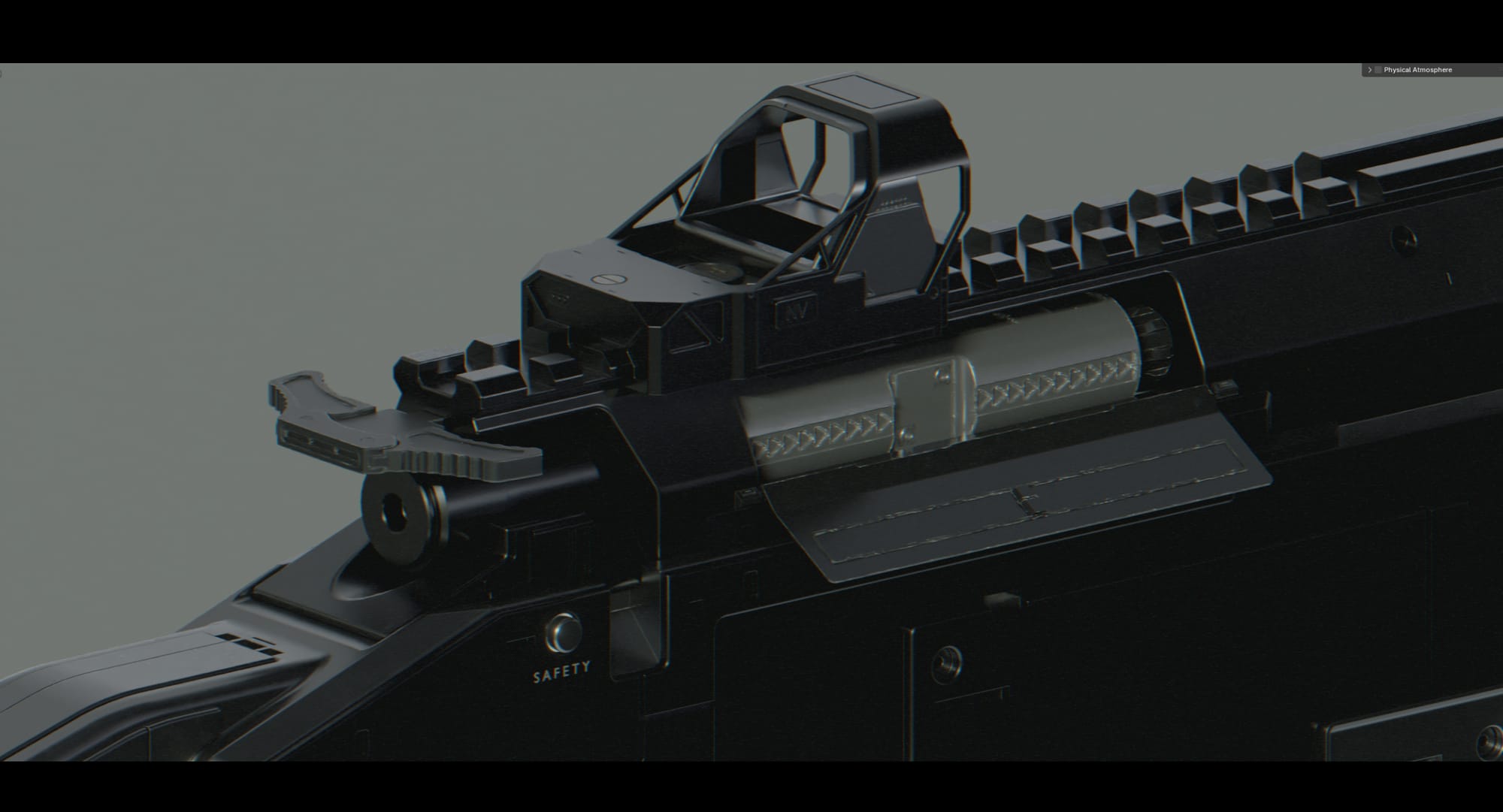
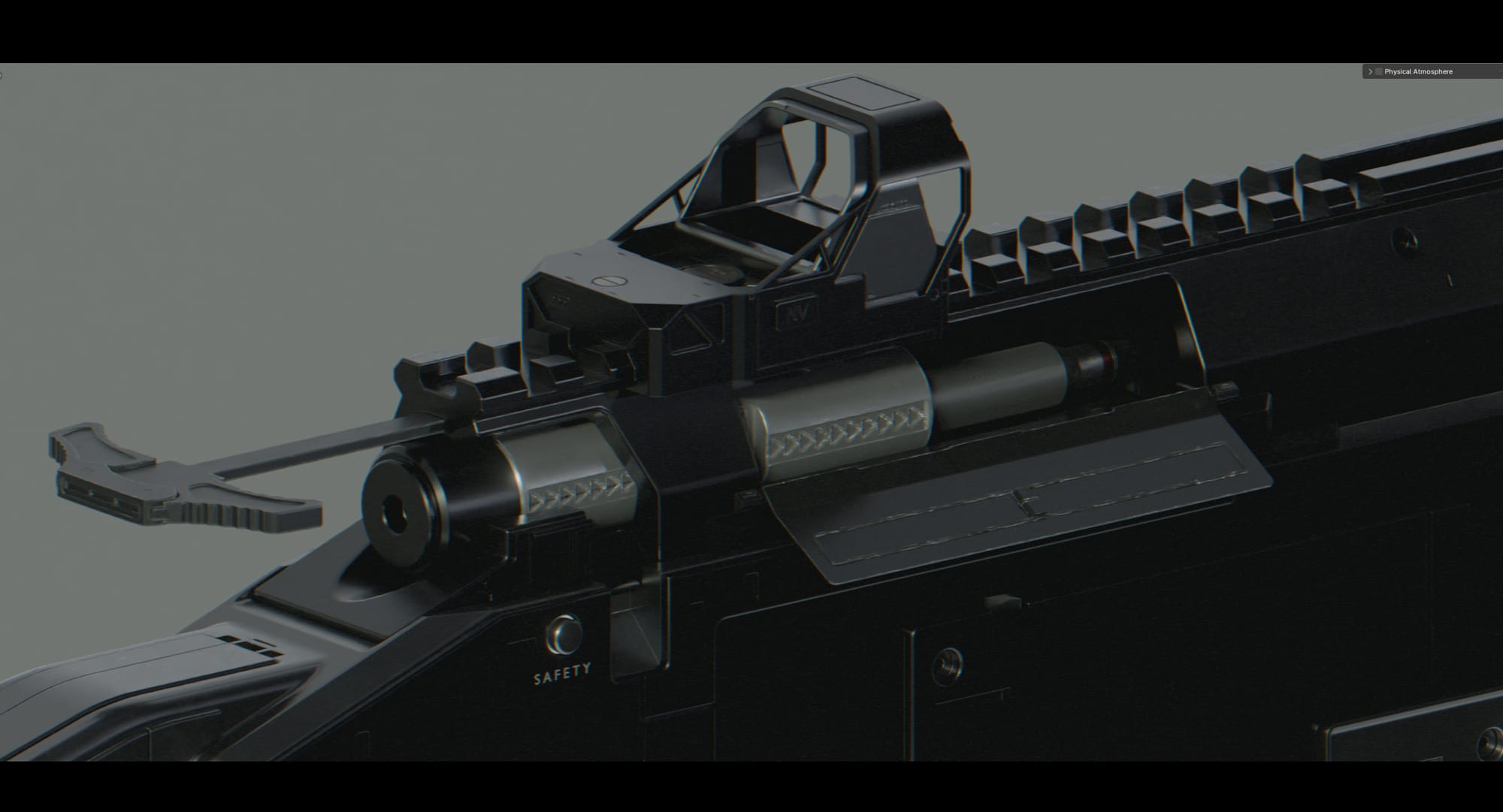
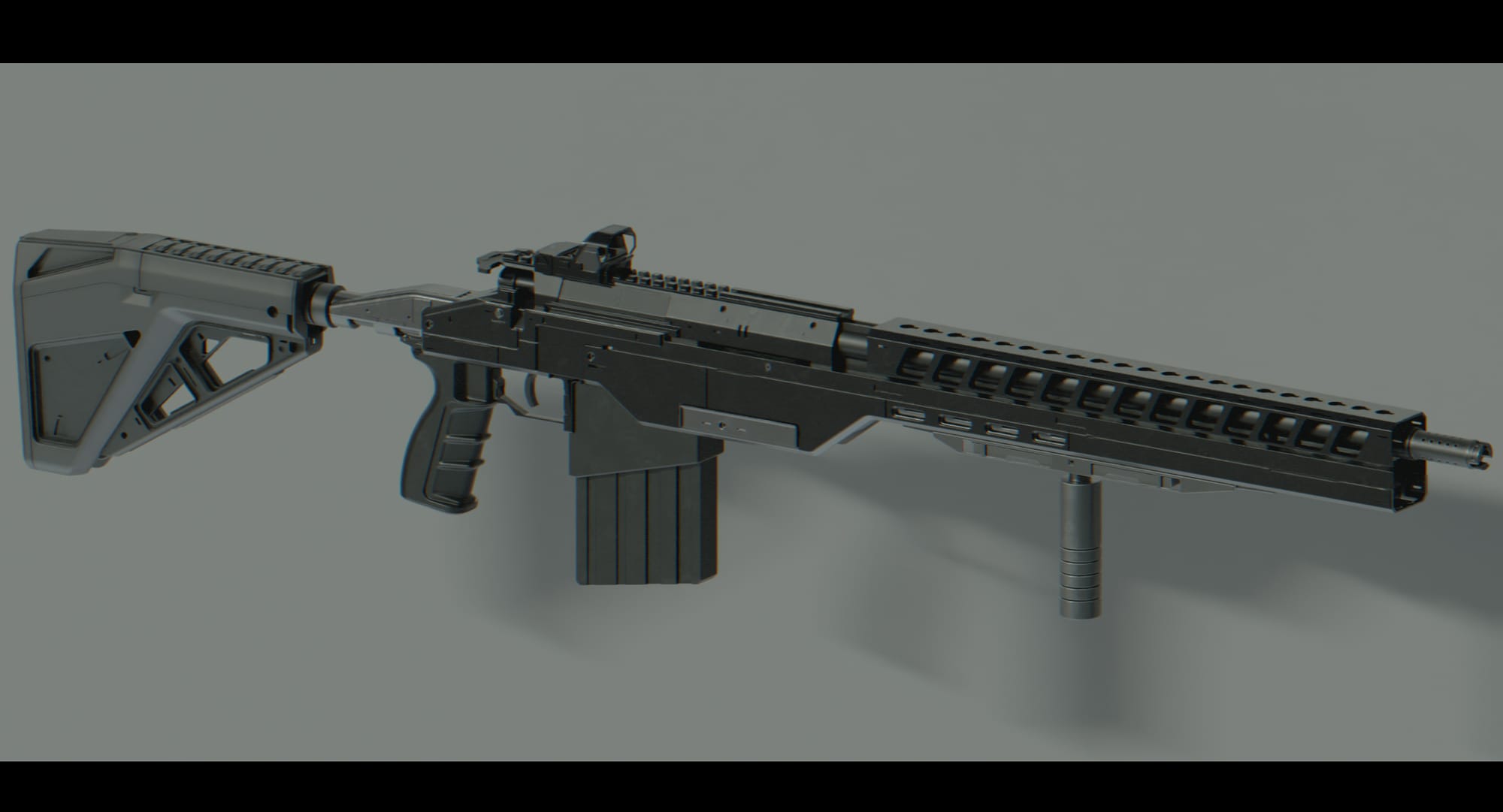
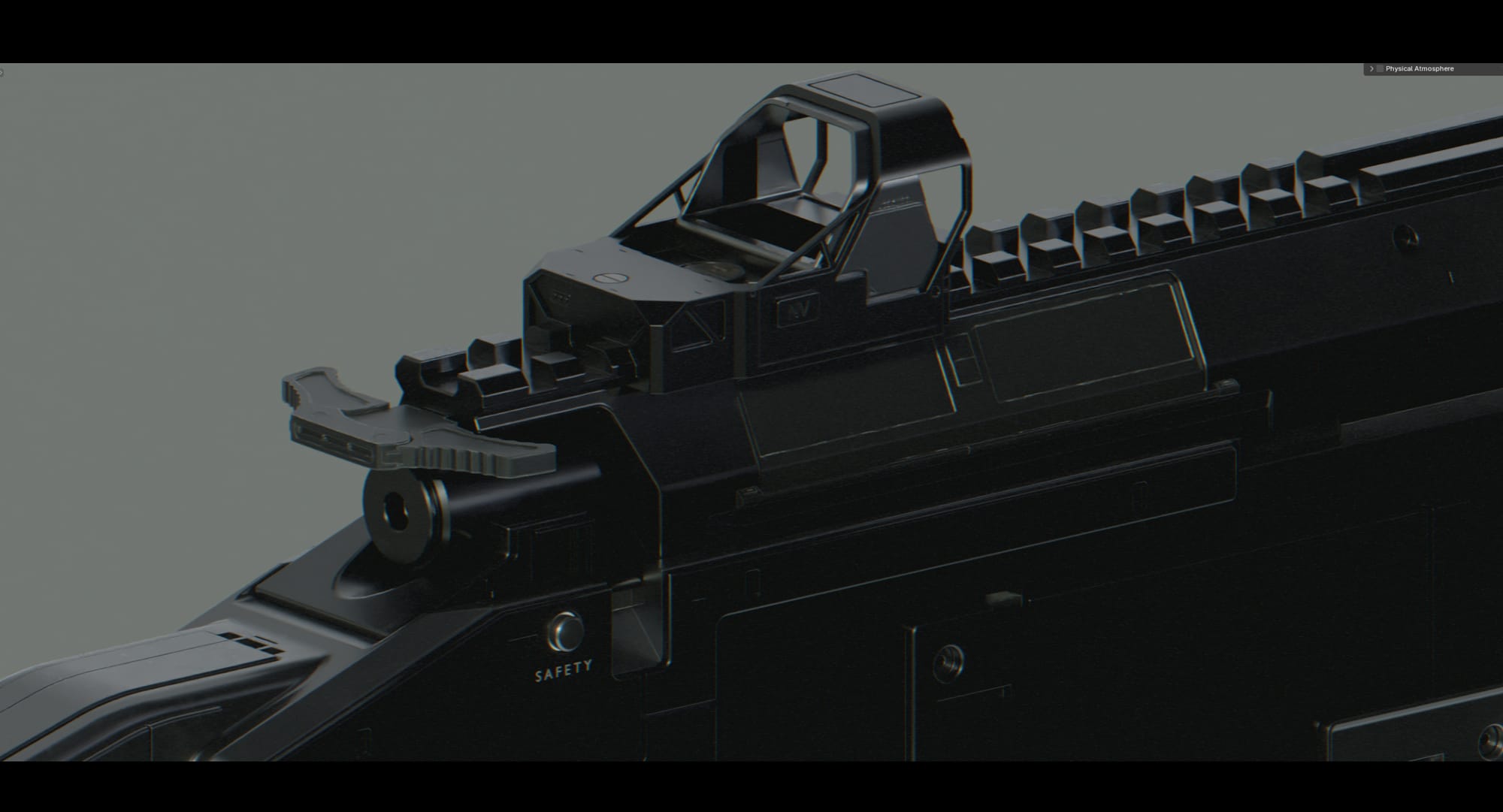
DMR
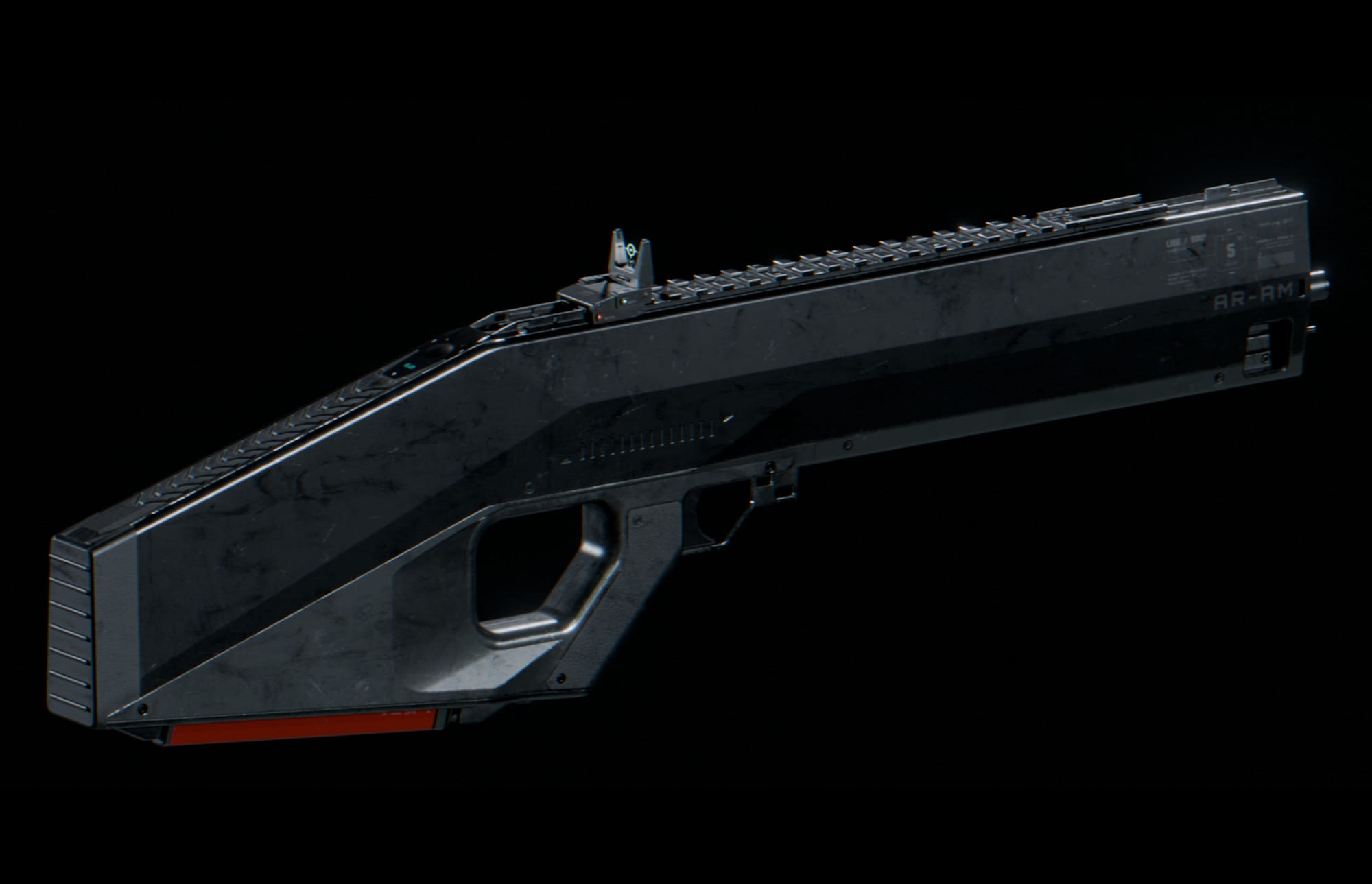
A fresh batch of weapons, including the BKN 25 and BKN Viper, have passed concept approval and are now entering production.
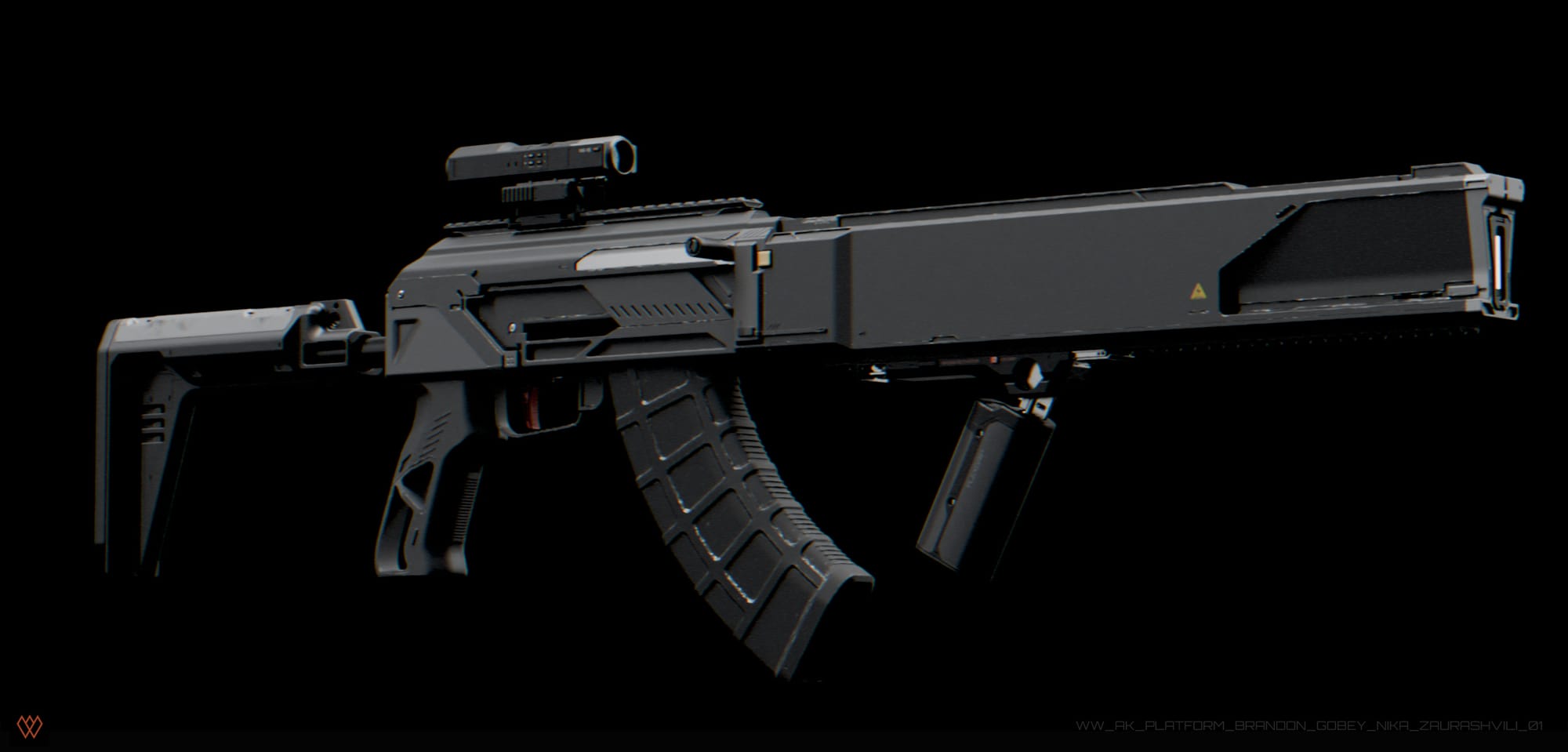
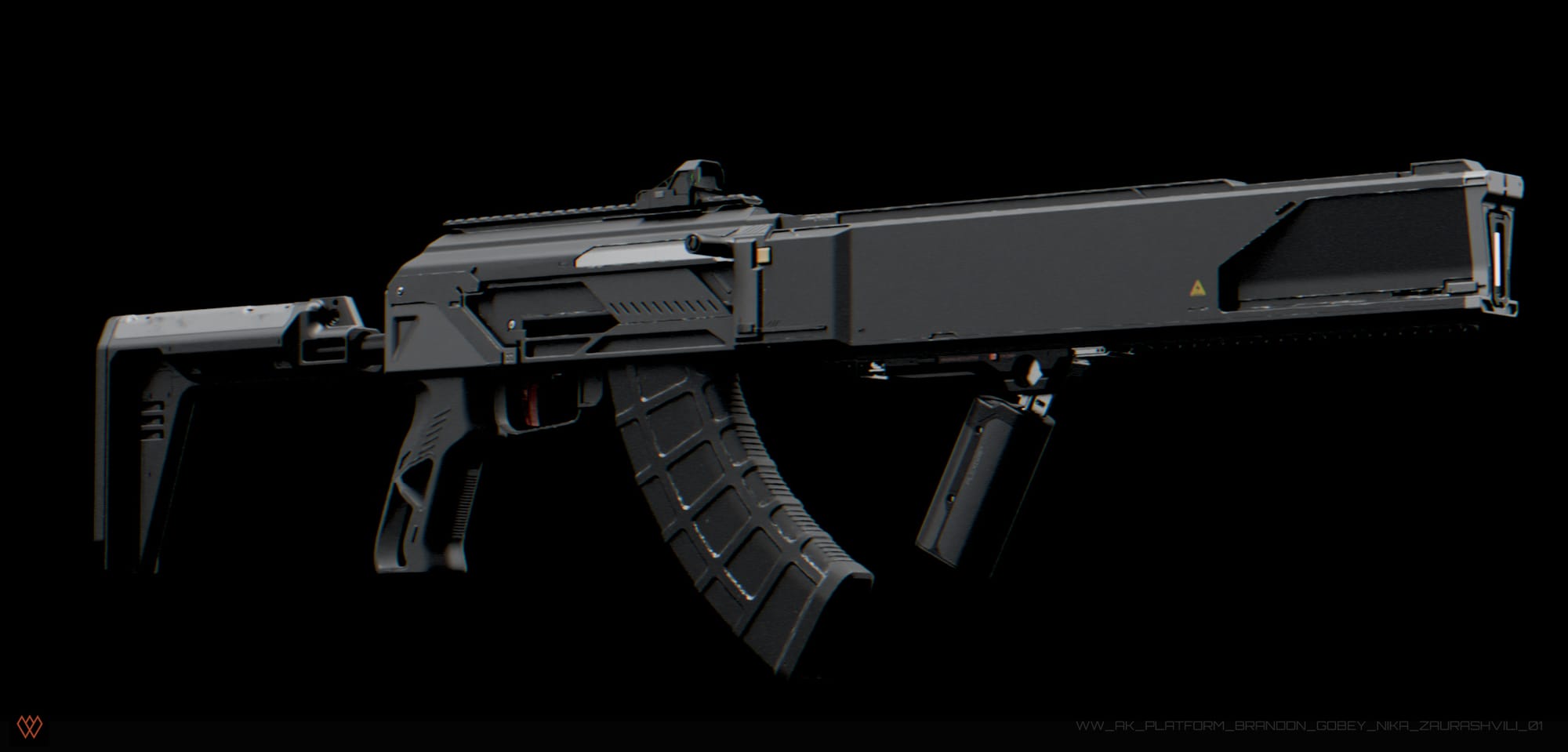
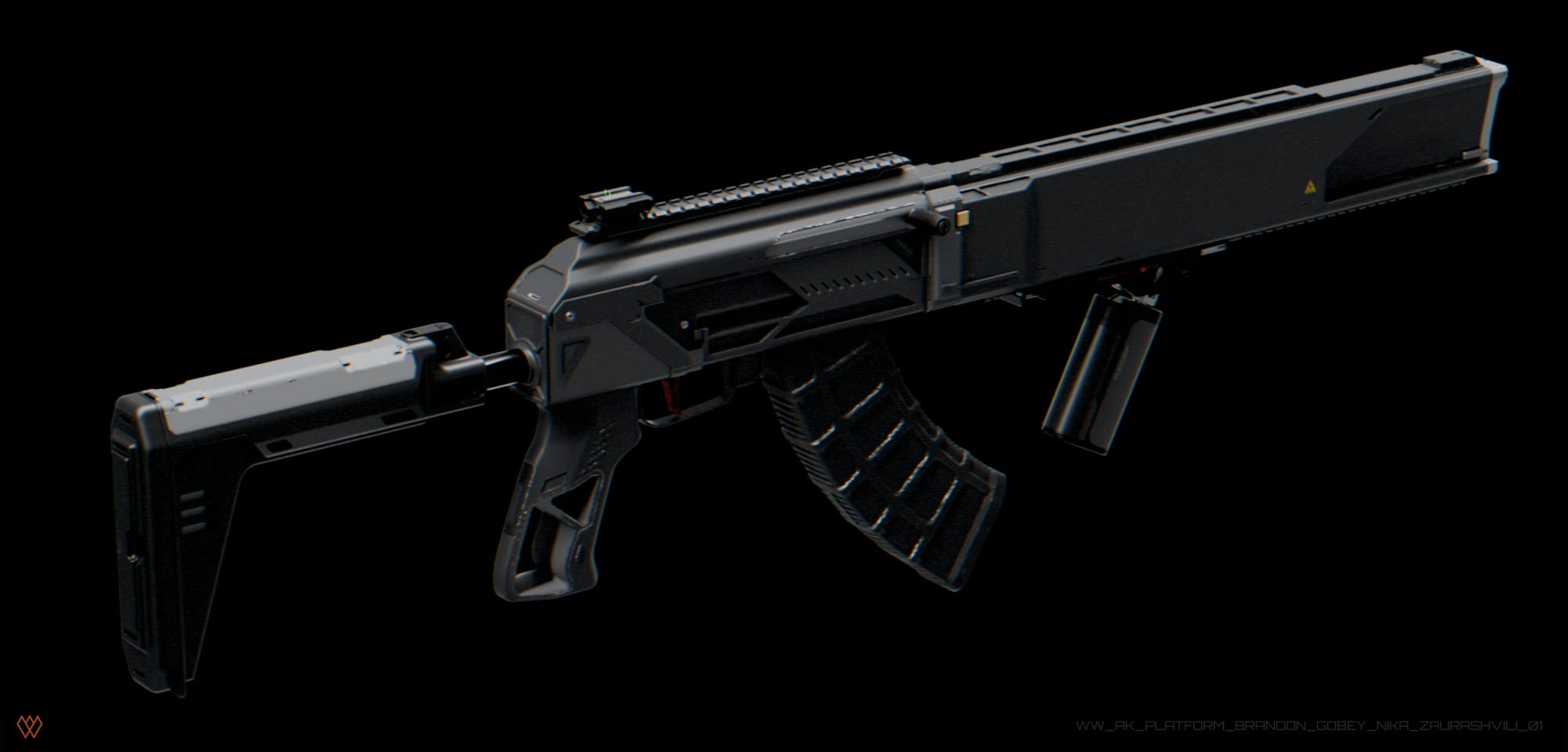
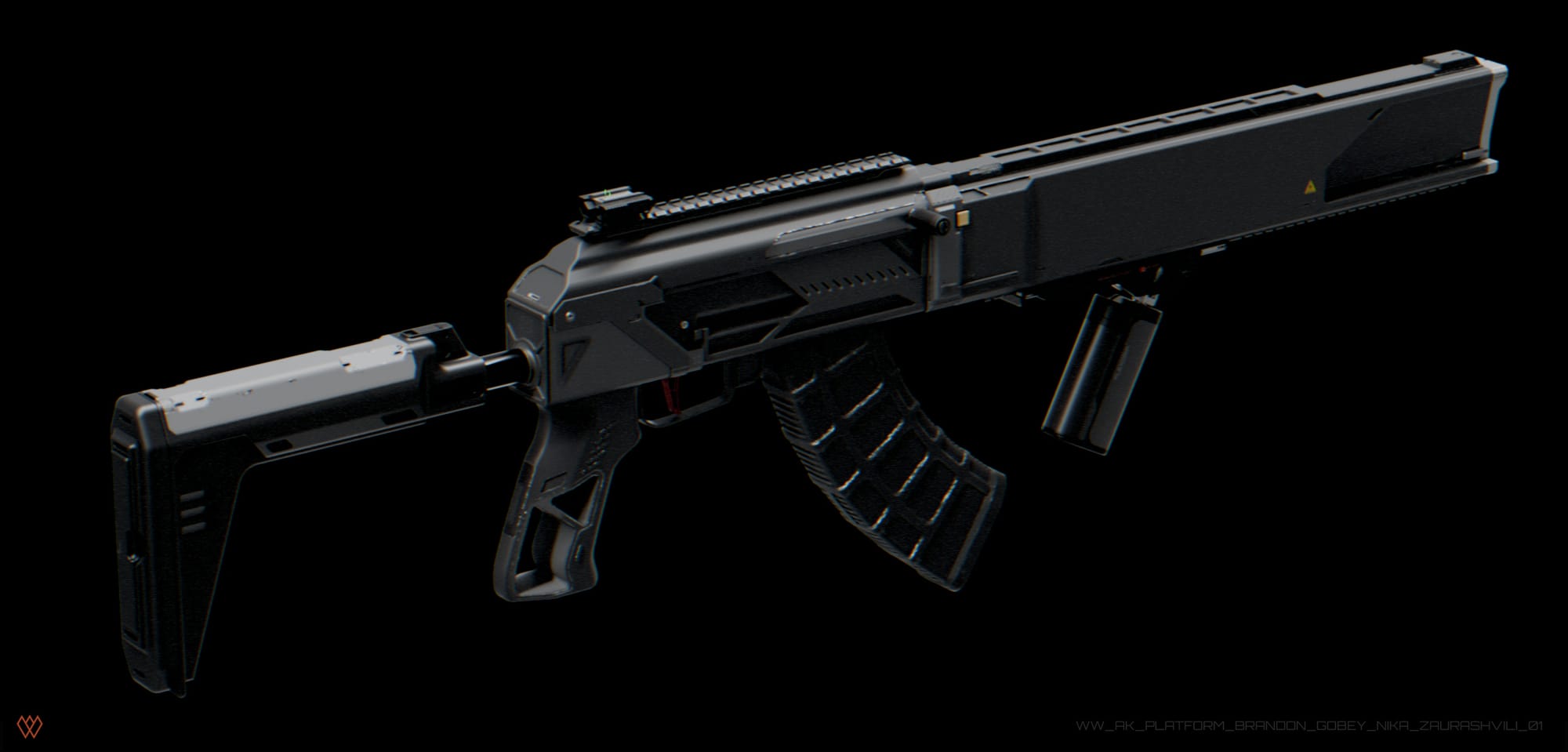
BKN25

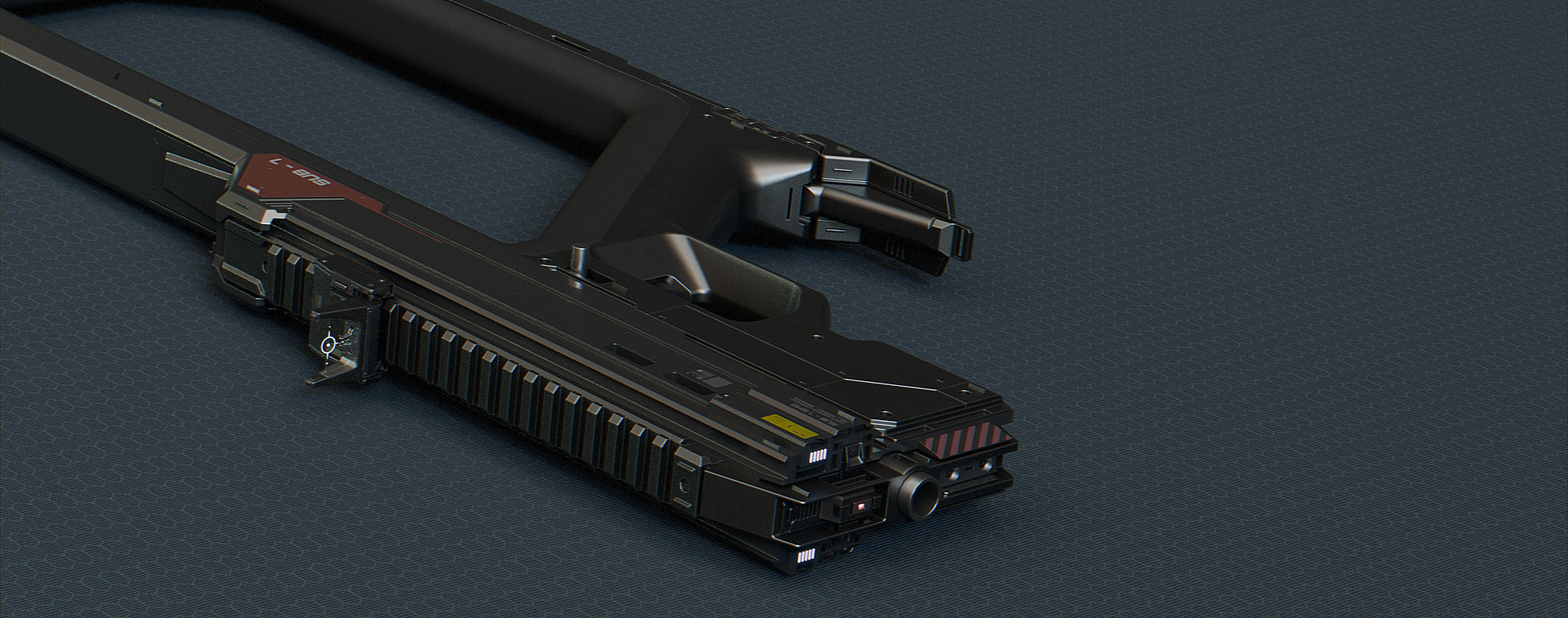
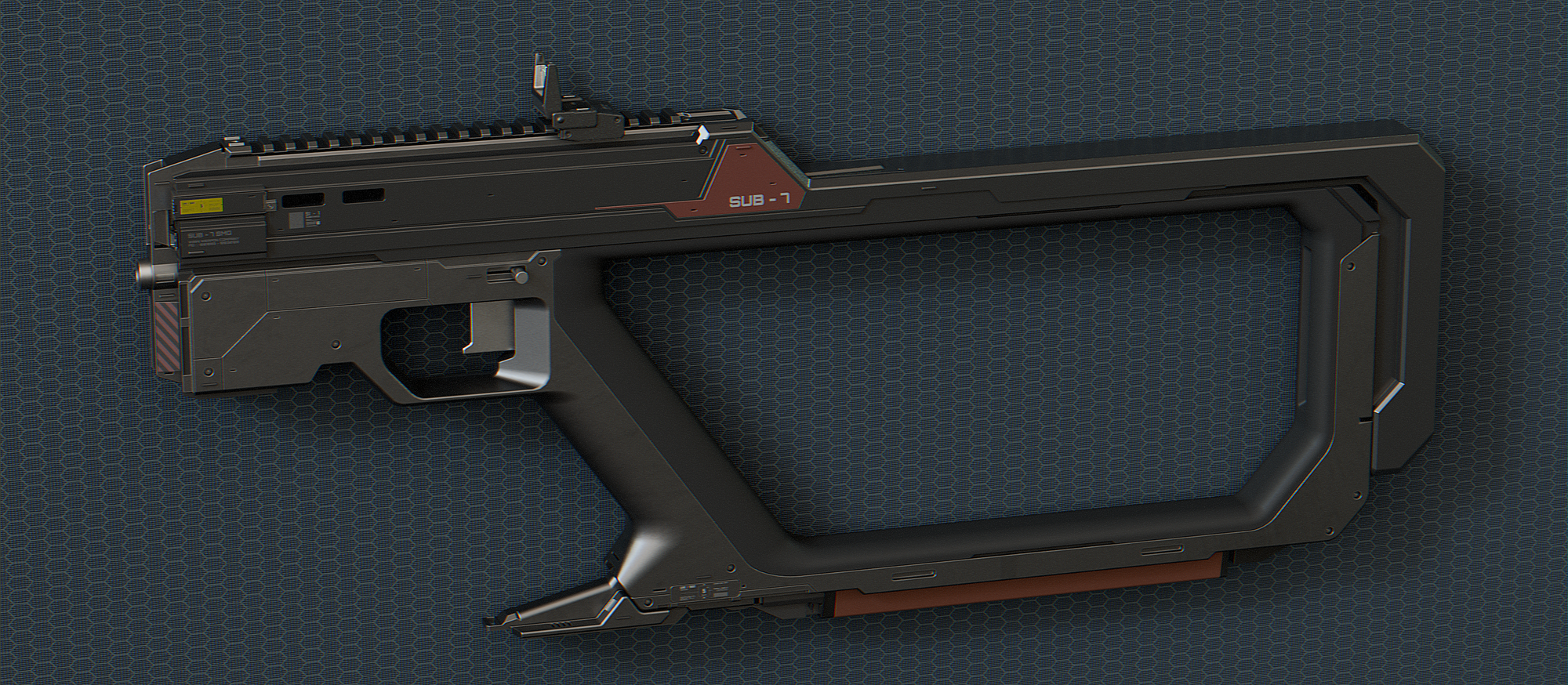

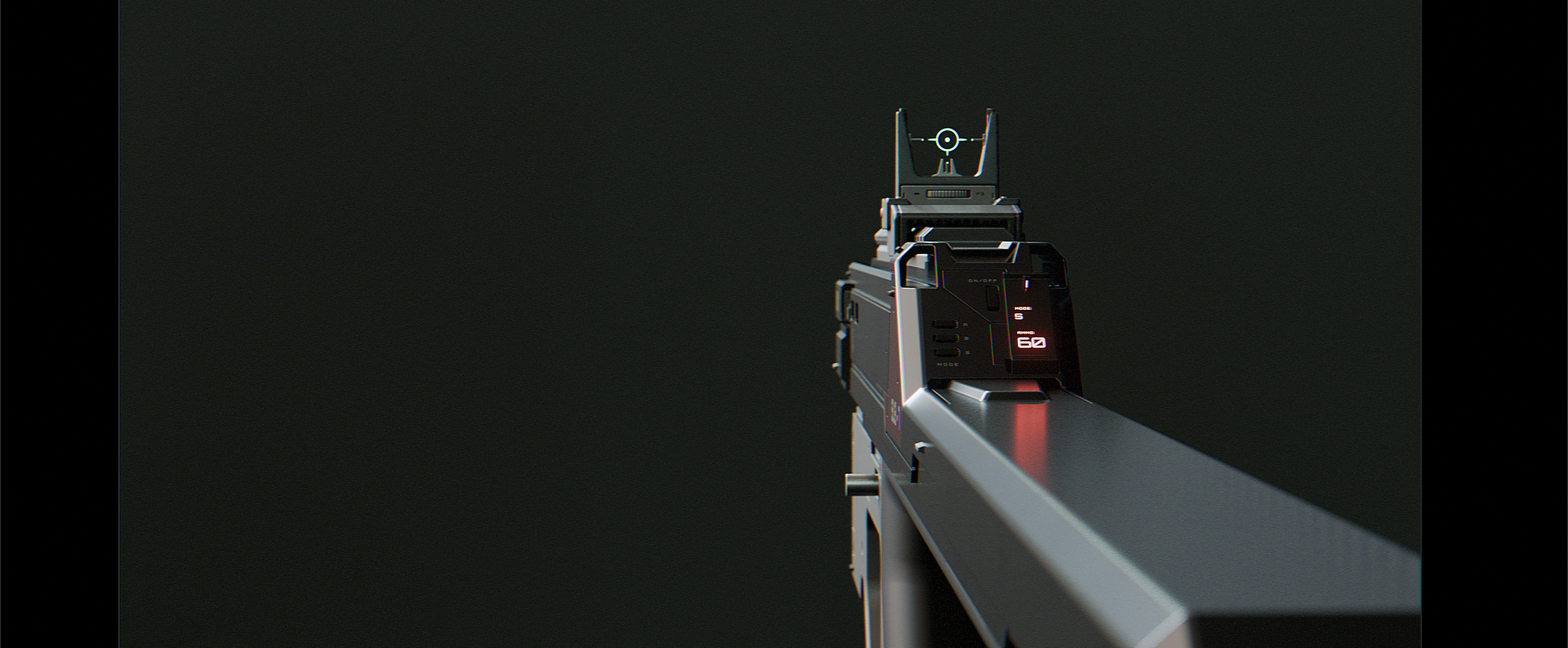
In parallel, twenty six attachment options have been developed. This includes options such as suppressors, muzzle brakes, extended magazines, and iron sights, expanding customization possibilities and adding depth to the arsenal.
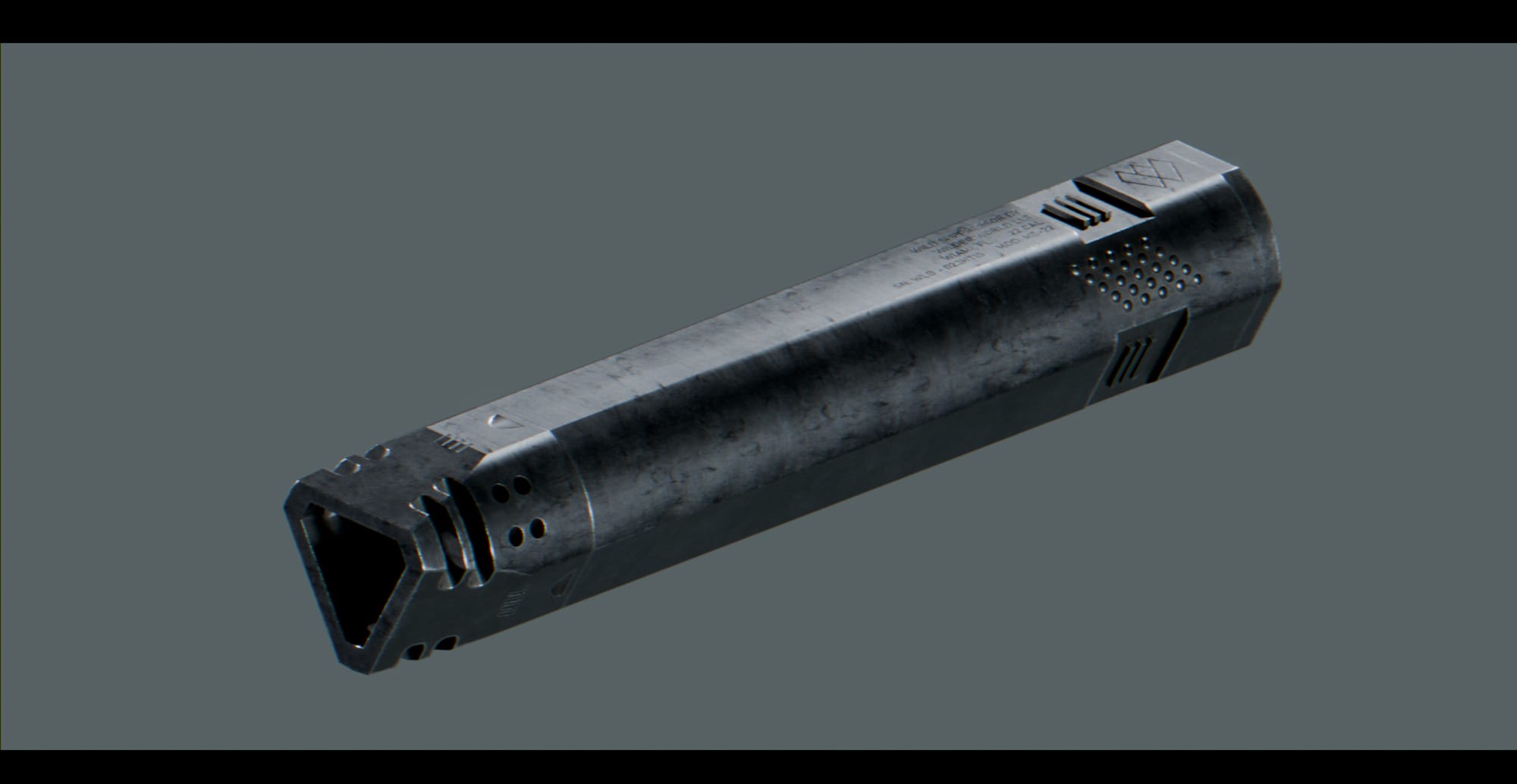
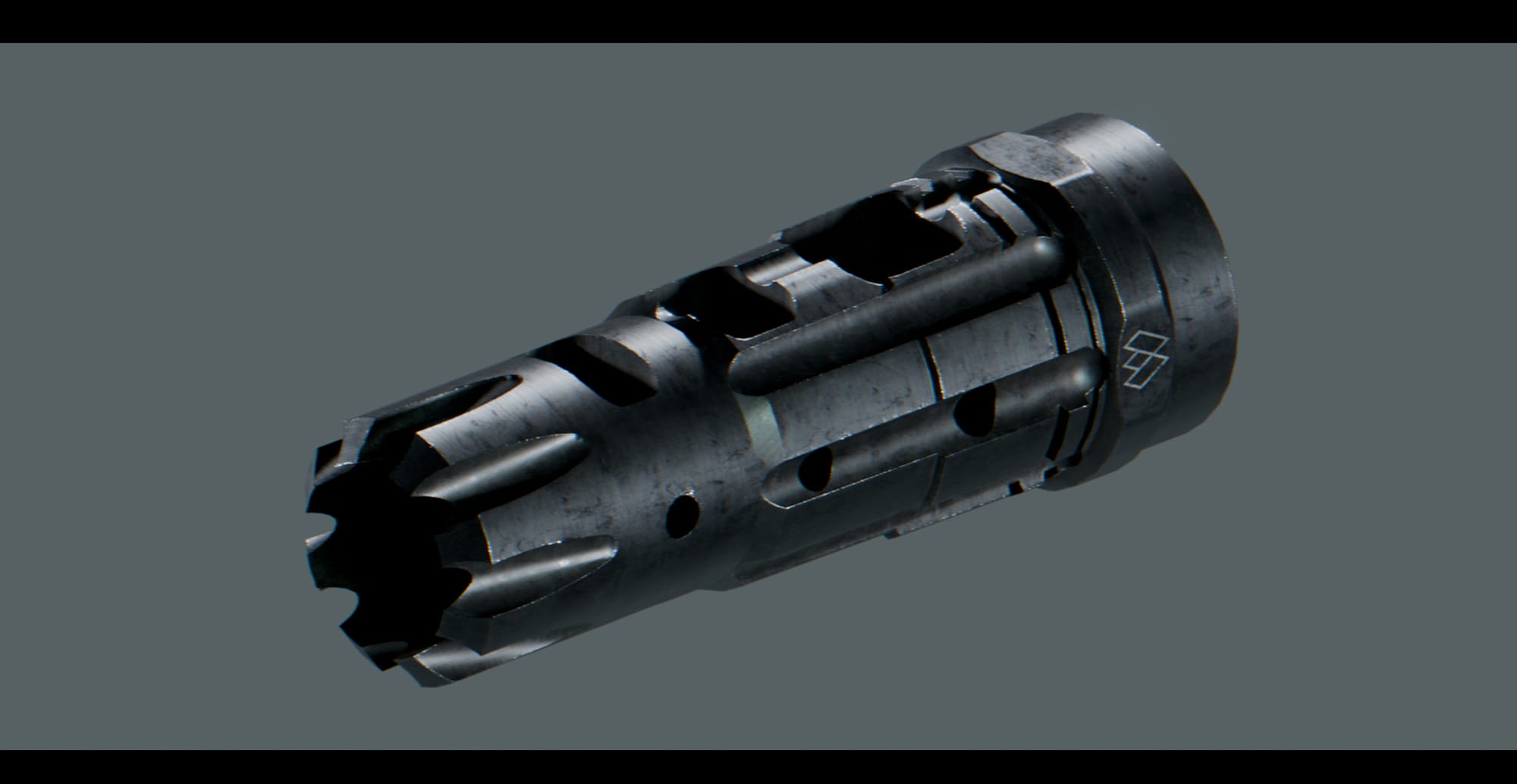
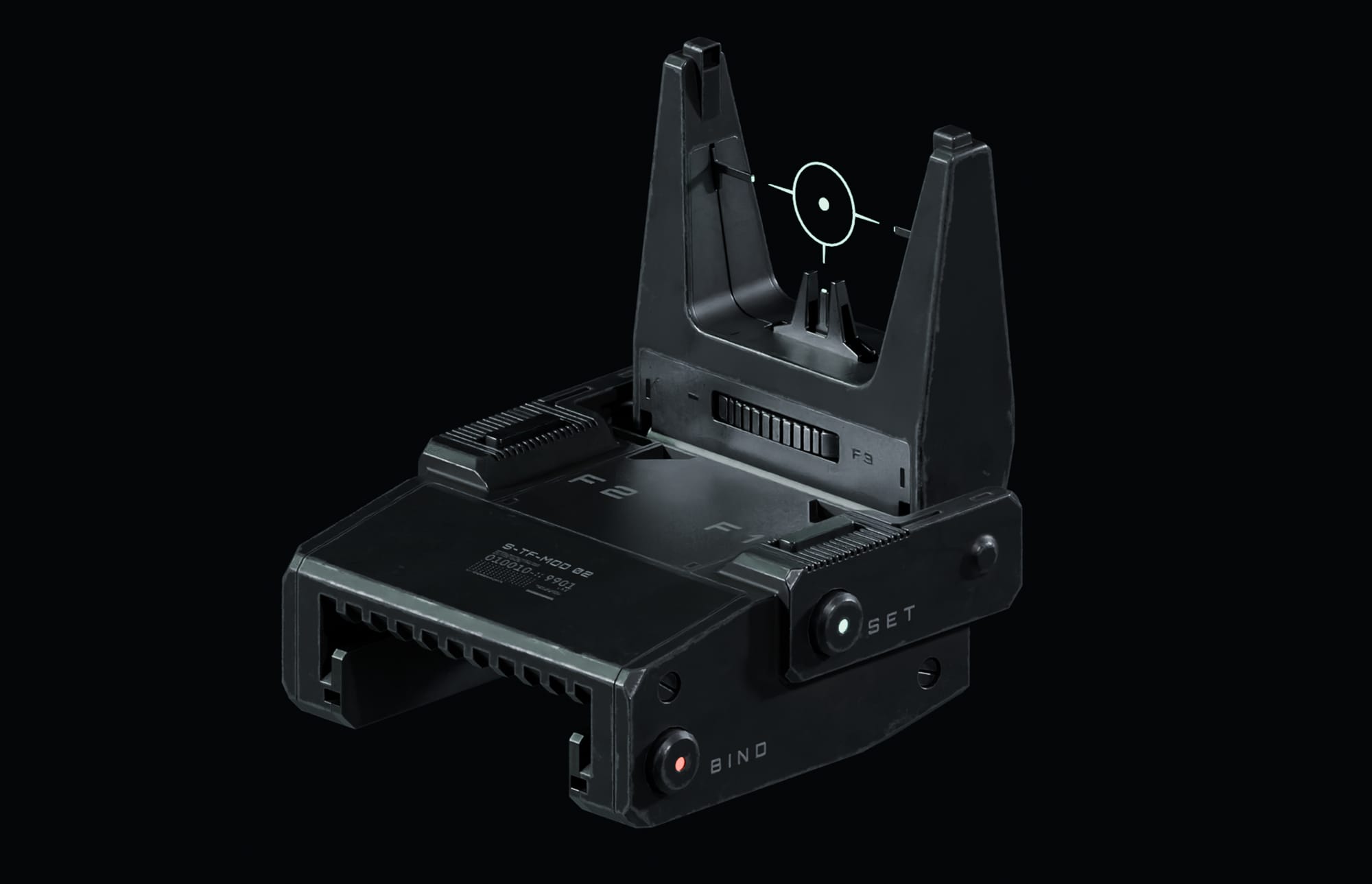
Weapon Polish and Conversion
The visual quality and technical performance of weapons have also been improved. Updated versions feature optimized meshes with reduced poly counts and simplified material setups. UVs were re-unwrapped to better support micro details and high-frequency texture placement. Textures have been rebuilt from the ground up to work with the project's custom shader system.
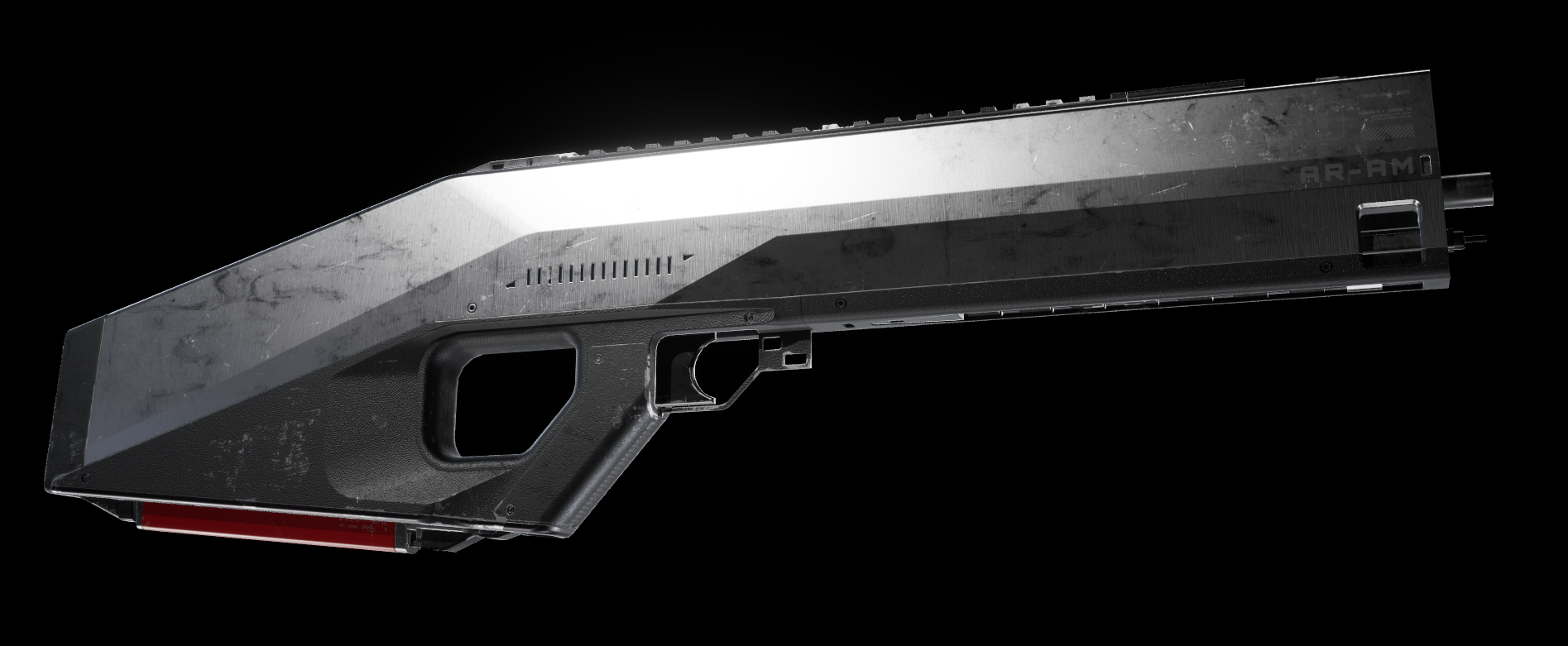
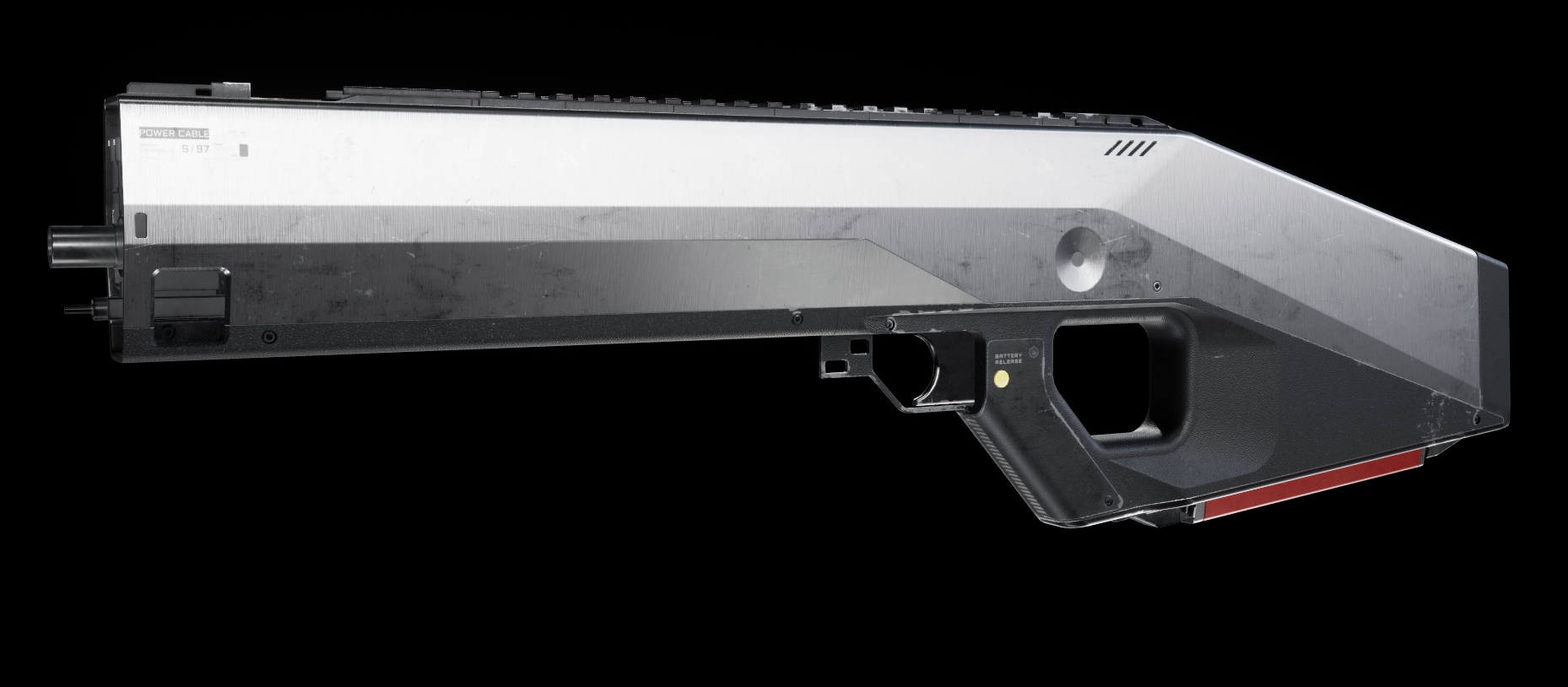
AR-AM
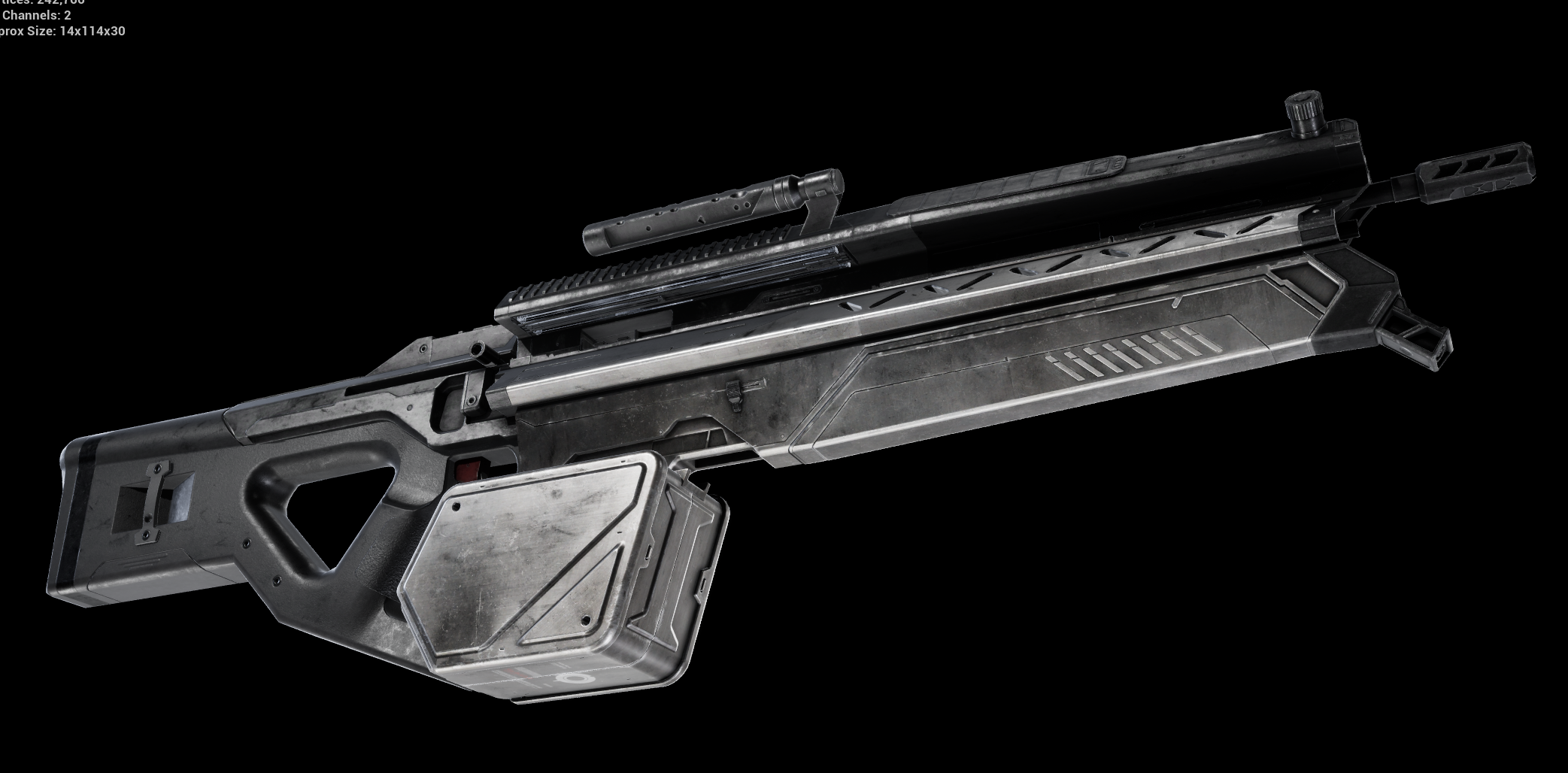
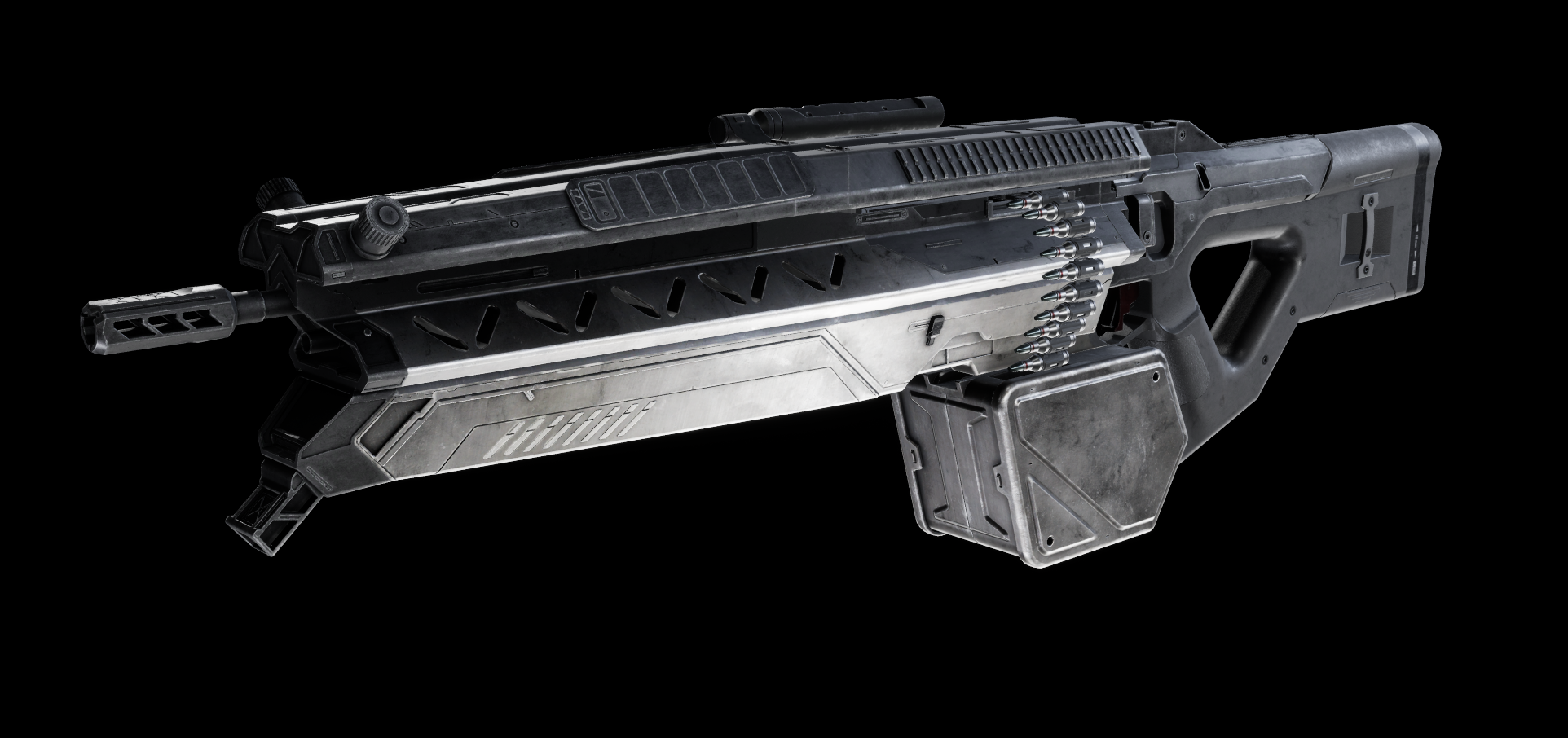
LMG
VFX
Camera Effects
New visual effects now overlay the player’s view during key combat moments, such as shield stuttering when hit or smoky distortion when struck by a smoke grenade. These effects enhance immersion and combat feedback while preserving core visibility.
Destruction Updates
New props have received a full destruction pass, allowing them to break apart or explode when hit. Each prop is assigned bespoke destruction behavior tailored to its material type and structural integrity, adding more dynamic and realistic reactions during gameplay.
DMR Blasts
Muzzle burst and exhaust burst effects have been added to the new DMR weapon. Additionally, bullet trails and their impact damage systems have been developed and implemented of this powerful weapon.
Explosion Optimizations
Explosion effects have been tested and tuned for large-scale performance. Visual fidelity remains high while ensuring stability when many explosions occur simultaneously in screen space. These tests help balance spectacle with performance under load.
Fire Grenades
Fire grenades involve a more complex sequence than standard explosives. Upon impact, they trigger an explosion that disperses smoke-trailed fireballs, which ignite surrounding surfaces and leave lingering patches of flames and smoke. The system requires multiple layers of collision detection and interaction logic.
Gator Energy
The Gator weapon features layered visual effects tied to its charge mechanics. As it charges, it builds up a sparking blue energy ball, releasing different strength projectiles based on charge time. Higher charges fire stronger beam blasts with impactful particle explosions. During weapon inspect, the Gator animates independently, floating away and charging as if to attack its user.
Improved Glass Shatter
The glass shattering system has taken another step into realism by implementing real world glass breaking algorithms into the shattering physics. Now the glass breaks, shatters and falls in highly believable ways based on how and what hits it.
Melee Shield Hit
The shield system now responds to melee strikes in addition to gunfire. When struck, the shield detects the point of contact and triggers visual effects, including energy pulses and geometric patterns that ripple outward from the impact location across the player's body.
RPG Blast
The RPG is a classic high-damage weapon, and the Wilder version is built to look and feel impactful. Its rocket projectile features a smoke trail and ends in a powerful explosion upon impact. The blast also delivers splash damage to anything within the explosion radius.
Smoke Grenades
The smoke grenade focuses on disorientation rather than damage. When deployed, it releases a dense cloud of smoke that obstructs player vision. The effect has been carefully timed and tuned to ensure it provides effective cover without overwhelming visibility or lingering too long.
Sniper Shot
Firing the sniper triggers a bright muzzle flash followed by a quick, realistic off-gas mist. A subtle bullet trail is present, though often faint due to the high bullet velocity. Upon impact there’s a precise hit effect, detailed by a surface spark and localized visual feedback, designed to feel authentic and impactful in line with a long-range precision weapon.
Vertical Lift Energy
The new vertical energy lift uses the same blue‑energy visuals introduced by the portal and man cannon, preserving a unified visual language for traversal effects. It emphasizes upward motion with layered visuals, including flowing patterns, vertical beams, and a pulsing light at its core, to clearly indicate launch direction while maintaining consistency across all traversal elements.
Weapon Spawner
Wilder World’s weapon spawner system uses a misty, heat-decontamination vapor effect that triggers when the spawner doors open. This reveals the weapon with a clean, factory-fresh presentation, reinforcing the sci-fi aesthetic and gameplay clarity.
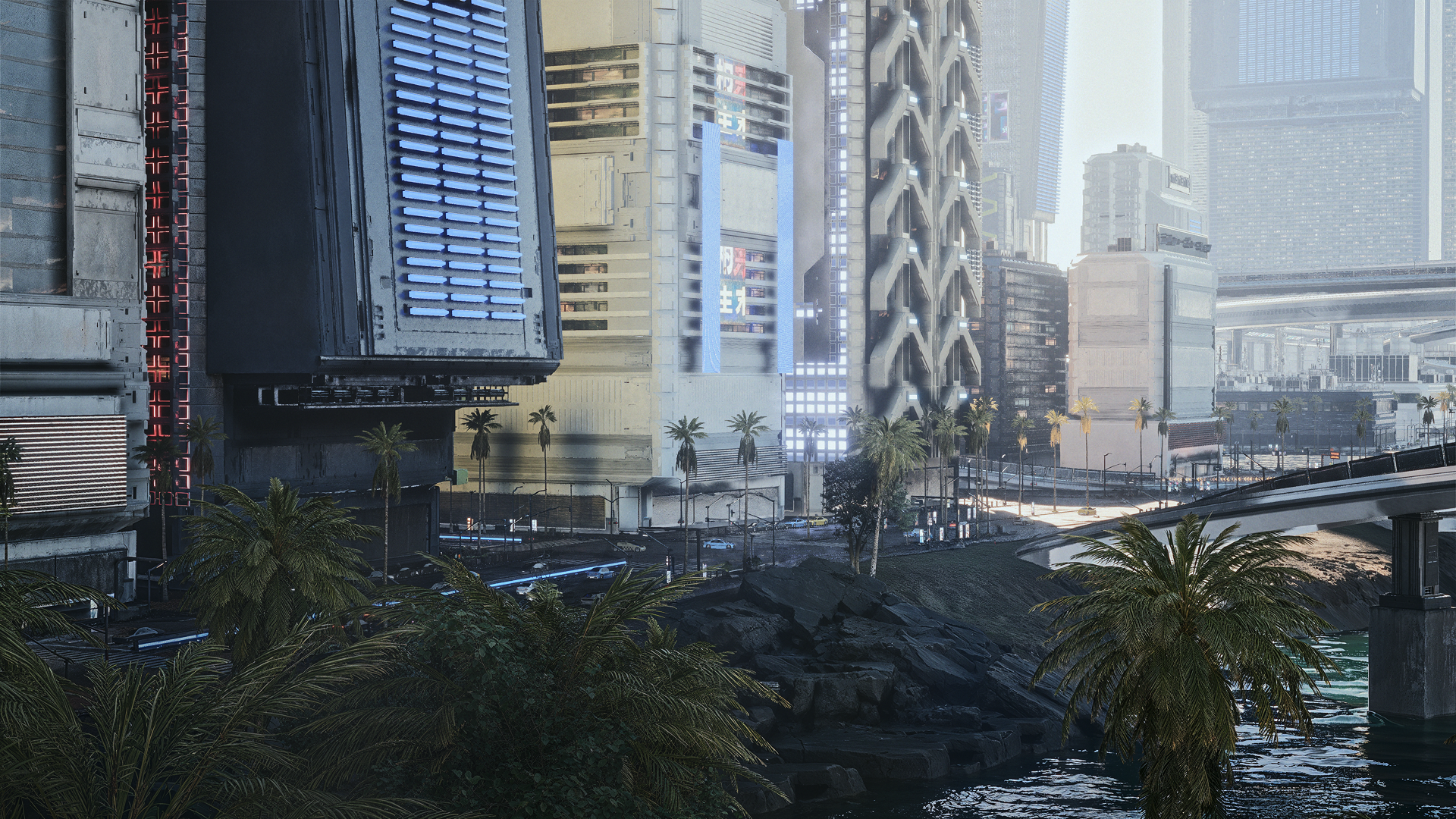
Core Development
Foundational systems have seen major updates across backend services, matchmaking, UI, and performance. These changes improve stability, scalability, and player experience, laying the groundwork for wider SEA rollout.
Database-Related Updates
Key game session data is now stored in the database for improved analytics. This includes player count, session duration, and end conditions (time expiry or kill limit). The data supports future improvements in balancing, matchmaking, and performance tracking.
Leaderboard
A level filter has been added to allow users to view rankings by map. Player data sorting and leaderboard synchronization have been optimized to ensure accurate, real-time updates. Server-side logic now broadcasts remaining session time to clients, and participant count is adjusted correctly when players leave. The final scoreboard is locked at session end to preserve data integrity.


Voice Chat Fixes and Improvements
The voice chat system has been overhauled for improved stability and usability. Connectivity issues were resolved by correcting the server port and restructuring the disconnection logic. Voice chat now defaults to "on" at launch, with a configurable key binding added to the settings. Real-time icon status updates and microphone toggle sound effects have also been fixed.
Statistics Tracking and Internal Dashboard
A new statistics section has been added to the internal dev site to support gameplay analysis across development, avatar, marketing, and community teams. This tool tracks real-time gameplay data and is optimized for both desktop and mobile use, with filterable views by day, week, or month.
Tracked Data Includes:
- Player Metrics: Tracks daily, weekly, and monthly active players in combat sessions, as well as the number of new player registrations each day.
- Weapon Metrics: Monitors total kills per weapon, average kill distance, time to kill (TTK), body and shield DPS, and weapon accuracy percentages.
- Session Metrics: Captures regional kill counts, the number of active combat sessions per day, session activity by region, and enforces a maximum session capacity of 10 players.
Wilder World x ZERO Integration
Epic Games account linking with ZERO is now live, paving the way for full cross-platform support. Players can securely connect their accounts directly in-game through a new built-in browser flow, eliminating the need for external windows. This was made possible by upgrading the engine to a newer version of the Chromium Embedded Framework (CEF), enabling seamless and secure authentication.
Matchmaking by Levels
To support the growing number of levels, the matchmaking system now includes map-specific logic. Players are matched into sessions based on their selected map, ensuring alignment with game mode preferences. The system is built to scale, ready to support any new maps introduced in the future.
UI Updates and Fixes
The UI has been streamlined for clarity and usability. The combat interface now includes a real-time leaderboard with improved alignment, button feedback, and Kill/Death ratio display. Main menu and sidebar responsiveness have been enhanced, along with consistent sound effects. HUD updates now show player and enemy health and shield indicators. Minor fixes include corrected capitalization in settings and standardized server region names.
New Loading Flow
The main menu and combat background environments have received visual updates alongside a revamped loading flow. Loading screens now feature informative text overlays, and the display duration has been extended to more effectively mask underlying level loading processes, resulting in a smoother and more polished player experience.
Curved UI HUD
A curved UI HUD has been introduced to enhance visual immersion and interface clarity. This new layout curves key HUD elements for better readability and a more modern, dynamic appearance, particularly improving the experience on wide and curved displays.
Resolution Support
A new resolution detection system now enables dynamic support for full-screen, bordered window, and windowed full-screen modes based on the player’s aspect ratio. The game supports five major aspect ratios (16:9, 16:10, 32:9, 32:10, and 4K) with all compatible resolutions automatically detected for optimal display across varied screen setups.
Controls
Players can now fully customize input bindings for both keyboard and gamepad through the settings menu. The controls remapping feature has been implemented to support flexible gameplay preferences, with further UX improvements currently in development.
Gamepad Navigation
Gamepad navigation is now supported in both the main menu and Combat HUB, offering a more intuitive experience for controller users. Sensitivity settings have also been updated, allowing for more precise input adjustments based on player preference.
Region Selection Improvements
Startup logic has been updated to automatically connect players to the closest Lobby server for reduced latency and improved connection stability. A new server switcher in the Combat HUB now allows manual region selection, giving players more control over performance and matchmaking. Work is ongoing to further streamline regional switching.
Global Illumination Issue
The global illumination bug has been resolved, correcting issues with inconsistent lighting and shading. This fix improves overall visual quality and ensures more realistic light behavior across all environments.
Mini-Map and Full Map Updates
Mini-map and full map textures have been updated for both Droid and The Beginning levels. These enhancements improve visual clarity and navigation accuracy, offering players a clearer, more detailed overview of each environment.
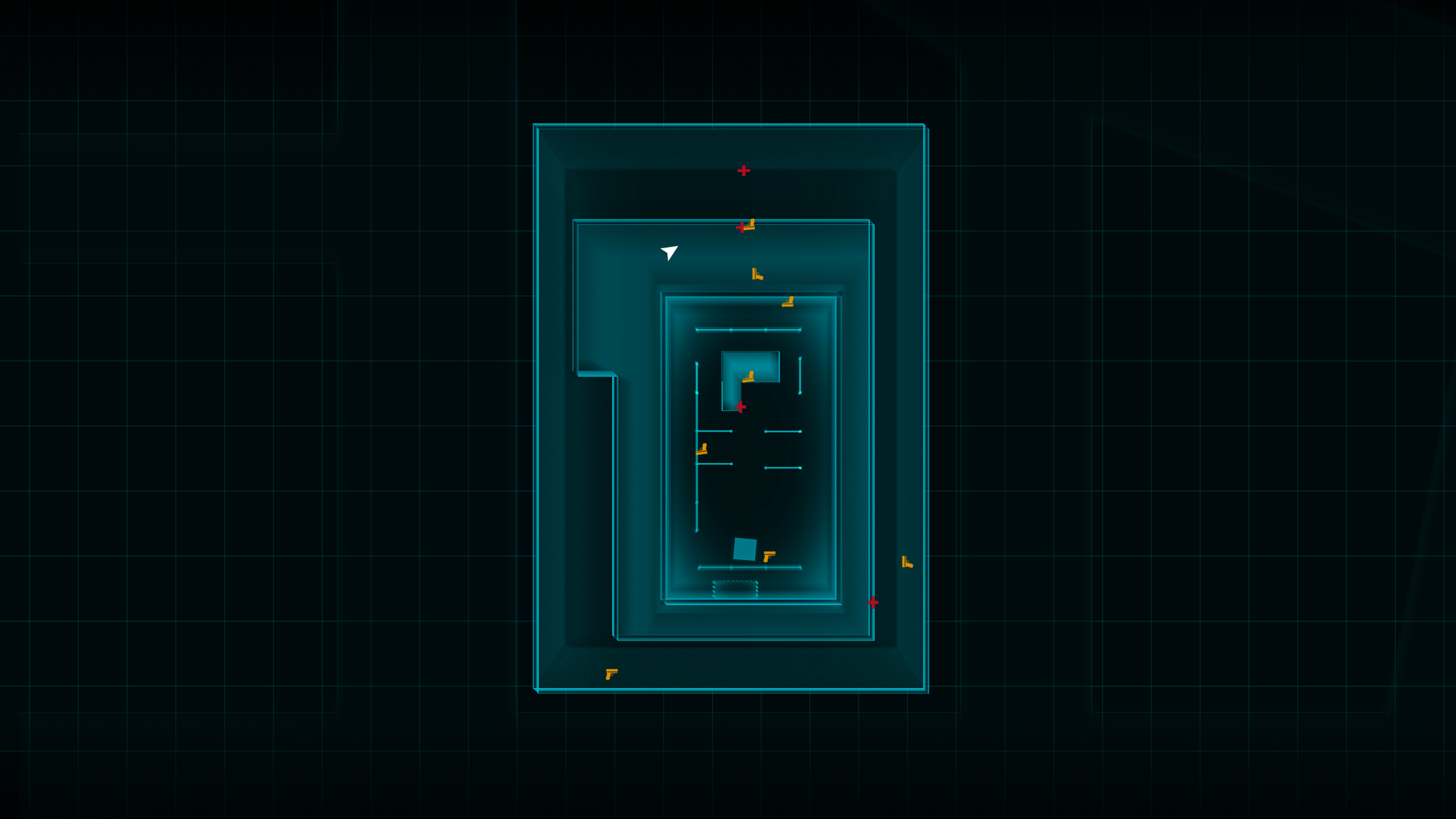
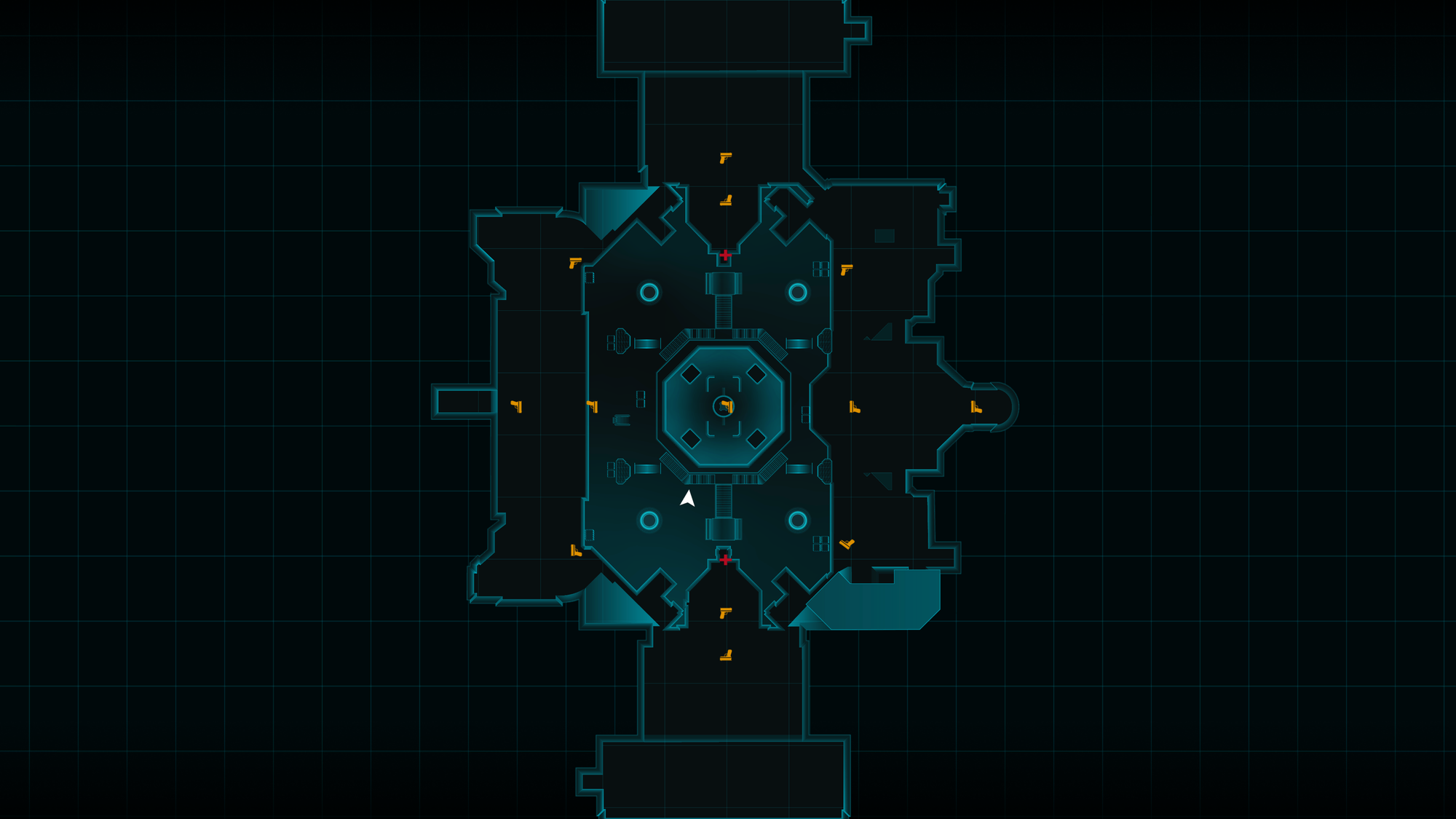
DLSS Plugin Integration
The DLSS plugin has been integrated into the game, enabling NVIDIA's AI-powered upscaling for improved performance and visual quality. Players can select from Performance, Balanced, Quality, or Ultra Performance modes in the settings menu, depending on their preferred tradeoff between resolution and frame rate. This feature is especially effective on RTX GPUs, delivering higher frame rates and reduced latency while maintaining sharp visuals.
PSO Caching
PSO caching is currently in R&D and aims to reduce shader compilation stutters by precompiling commonly used rendering states. This optimization will improve performance during first-time actions like loading environments or triggering effects, resulting in smoother gameplay, especially on lower-end hardware and consoles.
Heatmap
Heatmap functionality is now available, providing a visual overlay of player activity and in-game events. The system logs spatial data, such as player movement, deaths, and pickups, and displays it using a color gradient that ranges from cool for low activity to warm for high activity. This tool aids designers in analyzing player behavior, optimizing level layouts, balancing combat zones and item placement, debugging issues, and evaluating performance.
New Physics Vehicle
A new physics-based vehicle system is in development to provide more realistic driving mechanics. This includes improved handling, acceleration, and collision behavior that better reflect real-world dynamics. Core gameplay elements like entering and exiting vehicles are functional, alongside new systems such as NOS boosts and fuel-based resource mechanics.
Wamborghini Collection Update
The rendering pipeline has been optimized for the collection, improving visual consistency and scalability. Additionally, AWS rendering servers have been upgraded from Windows Server 2019 to Windows Server 2025, boosting compatibility, security, and performance.
Lamborghini NFT Project
High-quality video renders were produced for the Lamborghini partnership. A 40-server render farm was used to optimize output and meet deadlines. In addition to video renders, high-resolution images and GLB files were created to support interactive 3D models. The upgraded render farm is now also used for producing project trailers, ensuring consistent high-quality visuals across all major video content.
Overpass Game Mode Implementation
The Overpass game mode will offer a dynamic driving experience where players can navigate alongside NPC vehicles on an elevated track. Players interact with traffic consisting of 1,000 NPC cars, featuring five different models with color variations: Wiura, Wevon, Wontide, WMW, and Wedan. The mode includes UI elements that track overtaking maneuvers and crash events in real time, adding a performance-based gameplay layer to the driving experience.
Server Restart Dashboard
A user-friendly dashboard has been developed to simplify the restarting process for both Lobby and Combat servers. Accessible to moderators, developers, and other authorized team members, the tool enables quick restarts without requiring technical expertise. This streamlines support workflows and reduces server downtime.
GLB File Exporter
A fully automated pipeline now converts 3D assets into optimized GLB files compatible with Web GL, Unreal, AR/VR, and more. The system merges meshes, bakes PBR textures, removes unused nodes, and preserves hierarchy, transforms, pivots, and naming. Once exported, files are securely uploaded to AWS S3 with either signed or public URL access. This eliminates manual steps, ensures visual consistency, and supports seamless previewing across platforms, streamlining the NFT asset workflow.
Multiplayer Performance Optimization
A performance initiative was launched to address FPS drops in full 10-player sessions. The effort targets six core areas: FX, shooter systems, asset handling, environment rendering, server thread efficiency, and network stability. These updates aim to improve FPS, gameplay smoothness, and overall stability.
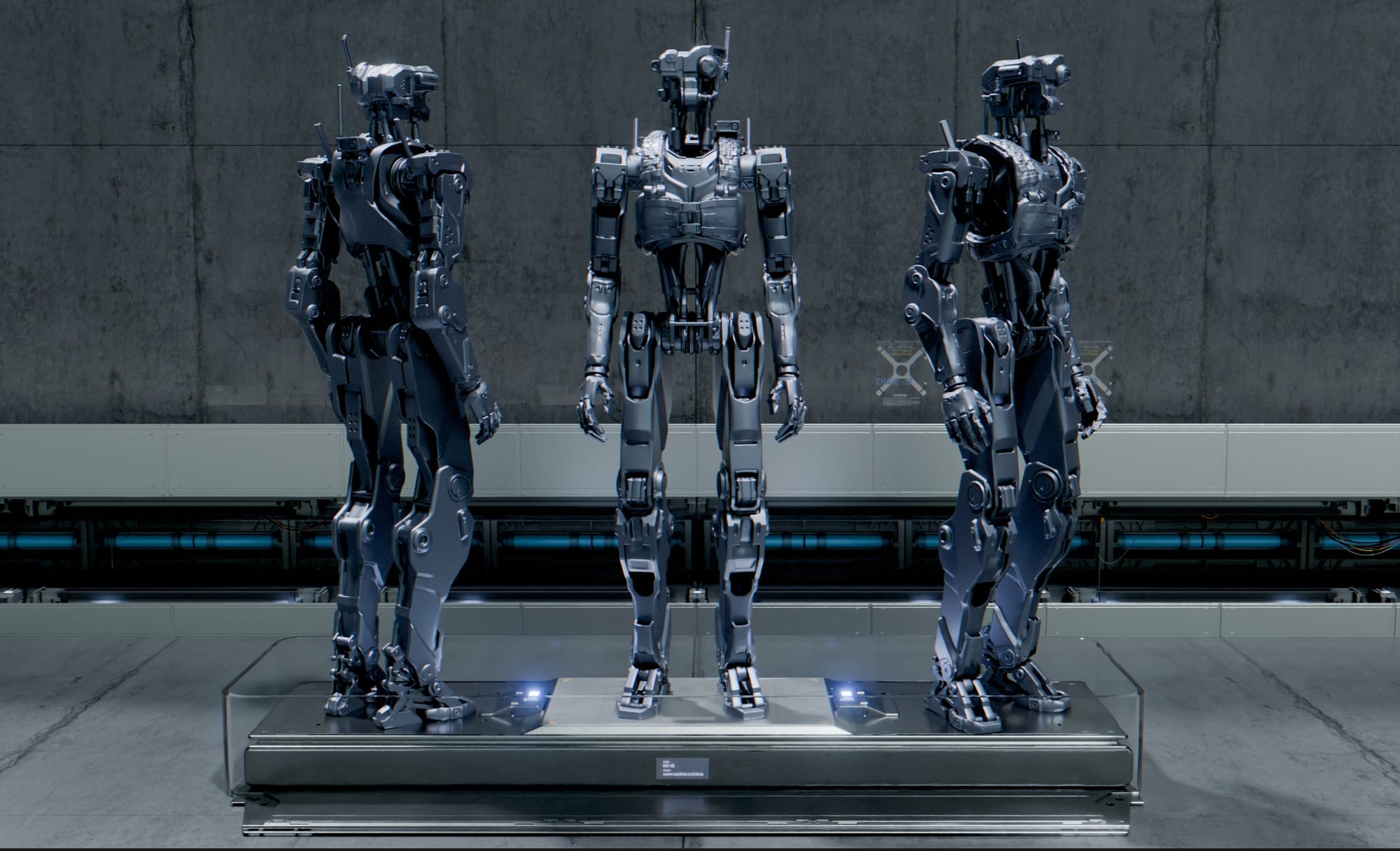
Avatars
The Avatars team has been advancing key systems across combat, customization, and character fidelity. From core shooter mechanics and animation updates to the continued evolution of AVA Droids and cybernetic components, recent work has pushed both functionality and visual quality to the next level.
Shooter System Development
The shooter system has continued to evolve over the past few months and the foundation is now complete. Recent work has focused on bug fixes, polish, quality-of-life improvements, and internal tools for capturing player and weapon data. These tools are critical for analyzing behavior and tuning the underlying variables that drive the system.
Master Inventory System
A new master inventory system manages item ownership and equipment states for each player. It ensures all inventory data, such as equipped weapons, items, and consumables, is tracked and updated in real time across the network, improving sync reliability and supporting future item-based features.
Statistics System
The statistics system tracks detailed gameplay data, including kill events with health, shield, speed, location, weapon used, and kill type at the moment of impact. It also records weapon performance metrics such as Time to Kill, Damage Per Second, and overall accuracy.

Grenade Debris Damage
A new mechanic enables grenades to trigger secondary effects on detonation, such as fire or shrapnel, dealing additional damage either instantly or over time.
AI Aiming Logic
AI characters now use an updated aiming system that mimics human player behavior. Bots have improved accuracy and reaction timing but retain the ability to miss shots naturally, creating a more realistic combat experience.
Glass Interaction Logic
Glass now reacts more realistically to player interactions. Breaking or shooting through glass behaves in a believable manner, enhancing environmental realism and immersion.
Charging Weapon Mechanics
A set of updates adjusts charging weapon behavior. Damage now scales with charge time, and overcharging triggers special effects. These changes enhance the tactical flexibility of using charge-based weapons.
Weapon Animations
New first- and third-person animations have been created for a range of sandbox weapons. This includes the Sniper, RPG, LMG, and DMR, helping to close remaining gaps in the weapon lineup. In addition to the core animation sets, unique first-time equip animations and idle fidgets have been added for every weapon.
Sniper
RPG
LMG
DMR
Game Mechanics
A new agnostic attachment system has been added, allowing any attachment to be used on any weapon. Scopes, muzzles, and other modifiers are no longer locked to specific classes. A holographic scope on a pistol or a silencer on a sniper rifle is now fully supported. Attachments affect both the weapon's appearance and its behavior in gameplay.
Level Design
Blockouts are the first step in building out a new level. These are made using simple shapes, usually just cubes, that stand in for the final collision. This keeps the process fast and flexible, making it easy to test and adjust layouts based on gameplay needs. Once a blockout is locked, it goes to the art team, who use it as a guide to build the final environment.
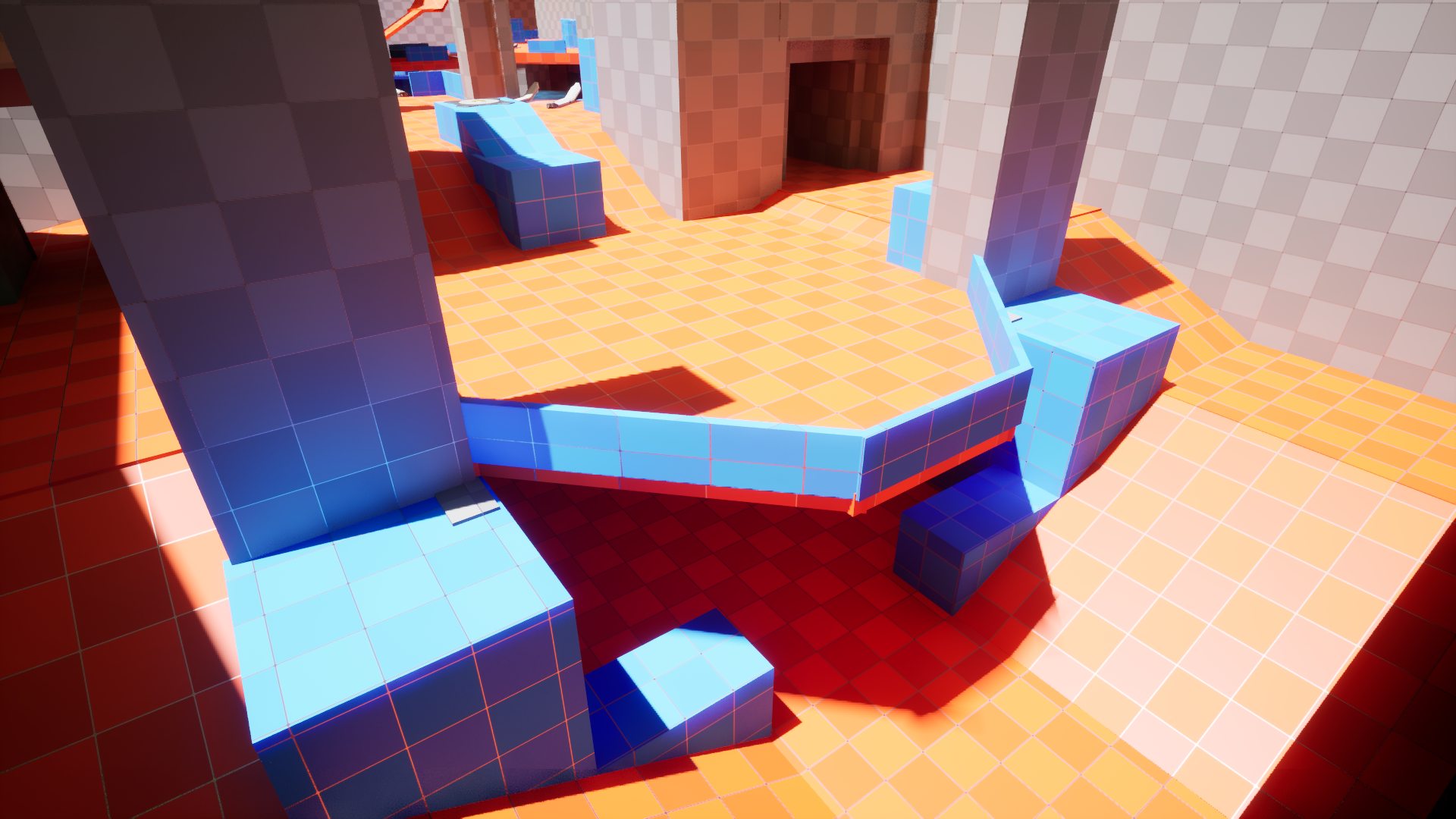
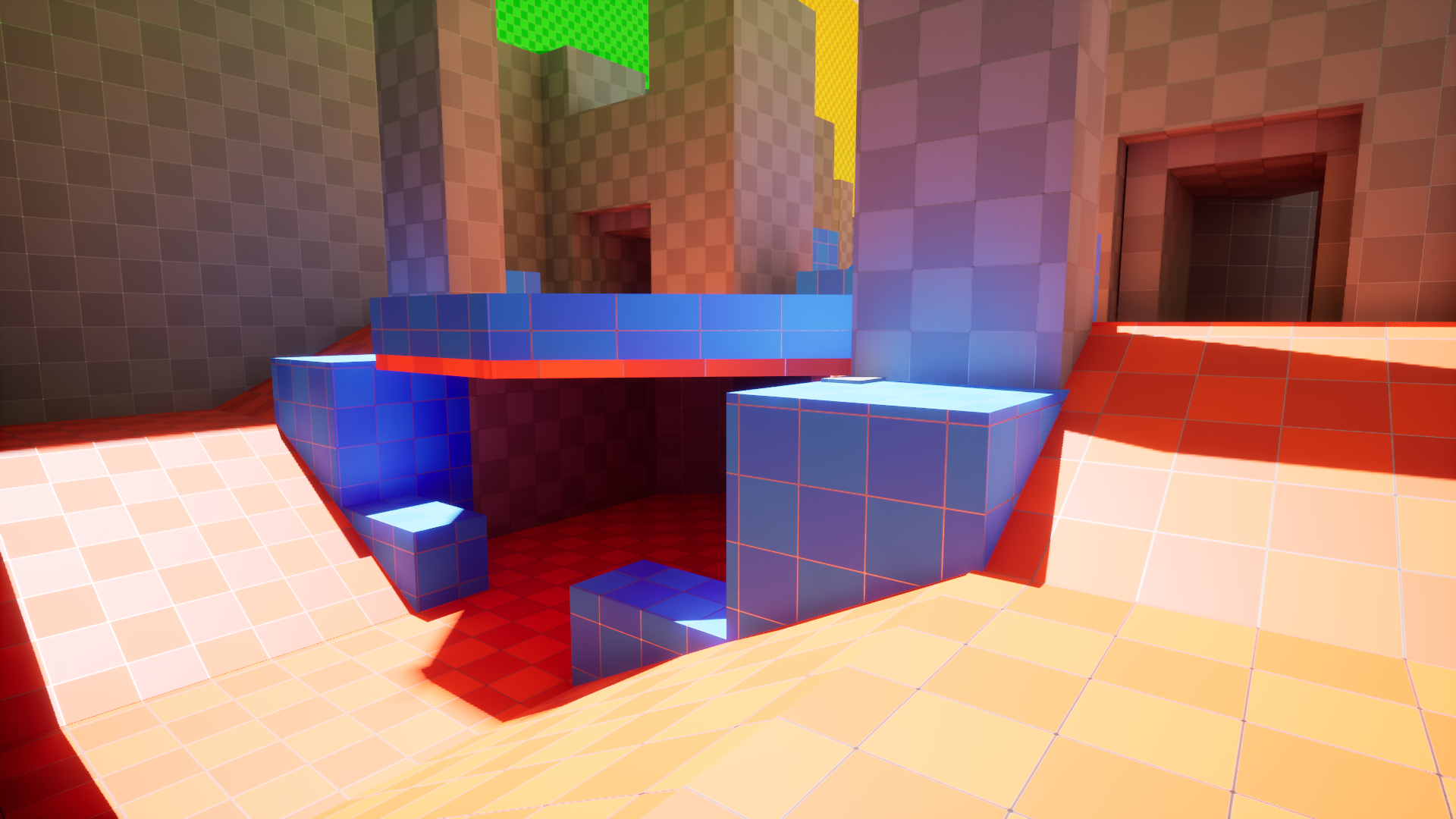
Droid Blockouts
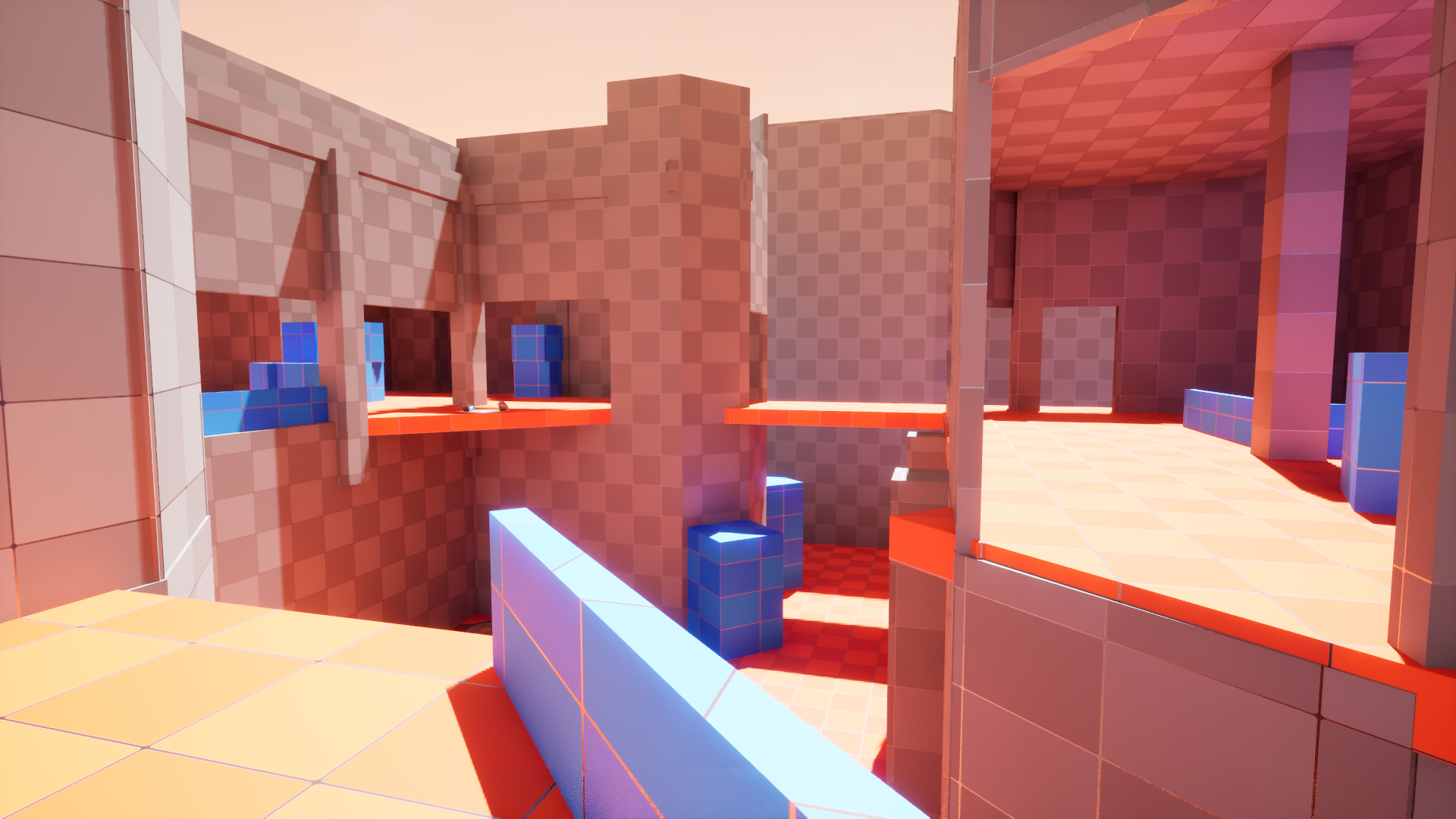
Rigs
A new robot character rig has been completed. Every pivot, piston, and point of articulation has been designed to function as it would in real-world mechanics. The rig supports full range of motion and behaves consistently across both the DCC environment and the engine in real time.
AVA Droid Development
Development on the AVA Droids is moving forward at pace. Work continues on the modular design system, which supports flexible iteration across multiple variants while keeping everything tied to a single core setup. Current focus is on rigging and joint articulation. Each component is being built to function believably in motion, with careful attention paid to how the parts move and behave.
Droid Variants
The AVA Droid lineup is expanding. In addition to the base model, new variants are in development, including Police and Construction units designed for immediate use in practical, real-world scenarios. Military-grade versions are also in progress. These feature reinforced builds and additional tactical functionality. The goal is versatility. AVA units are built to operate across a wide range of roles, from civilian protection to industrial support. Whether it’s public safety, food service, construction, or defense, AVA is built to adapt.
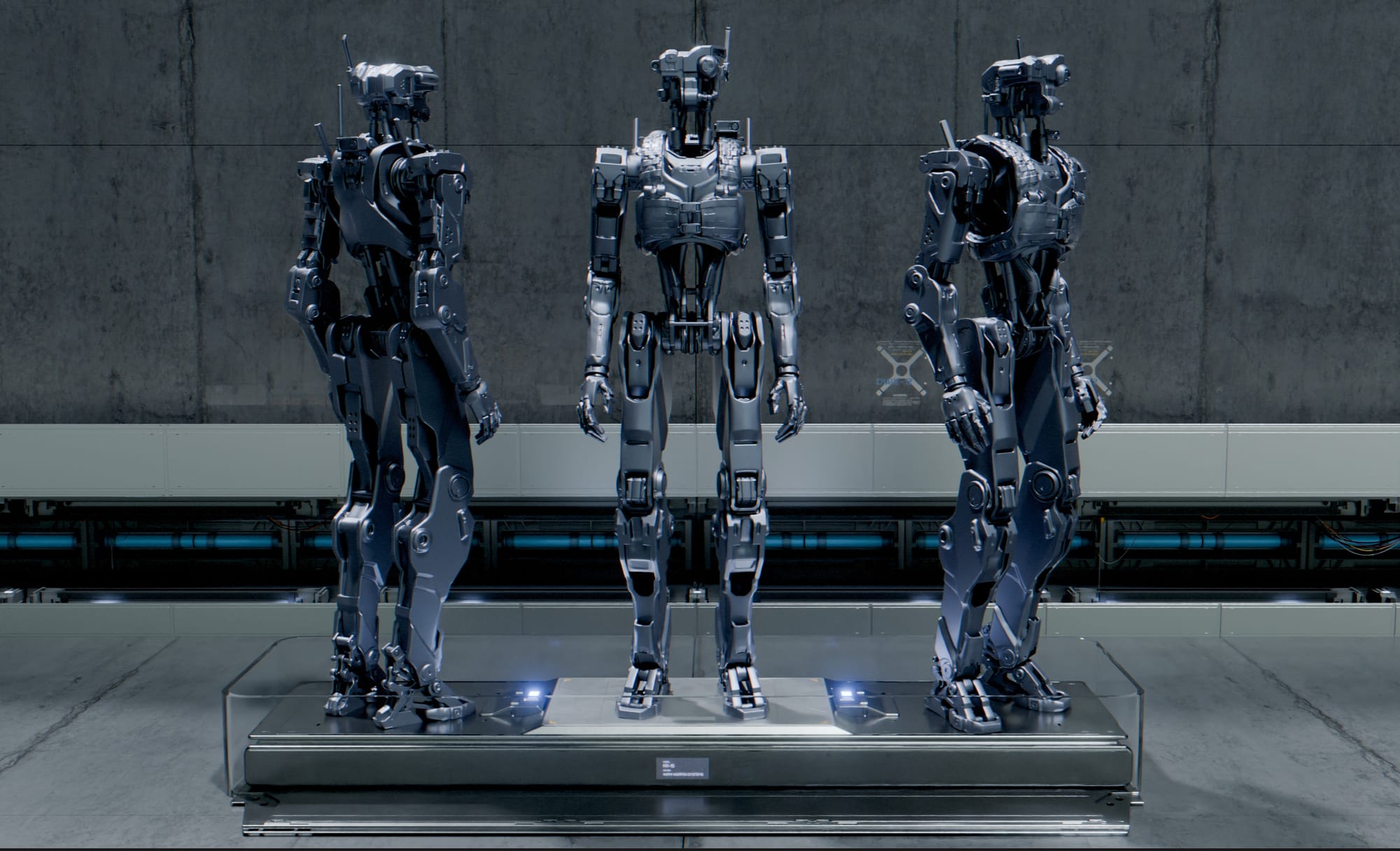
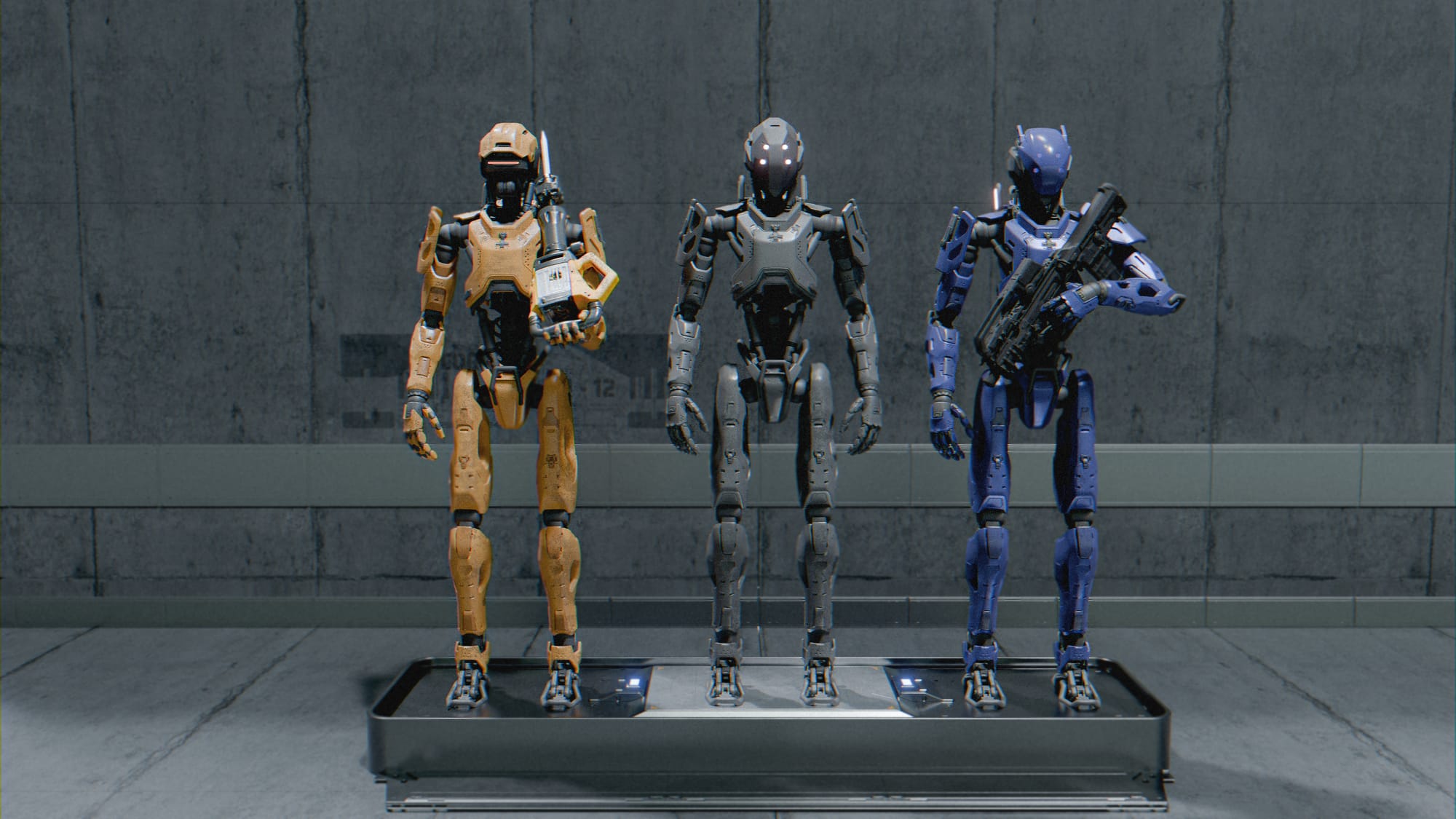
Droid GFX & Factory Environment
The latest level gives players a tour of the AVA Factory, where droids are assembled in real time. To support the space, a series of dynamic data displays and visual overlays has been added throughout the environment to show the different stages of the AVA Droid development process, from early schematics to full assembly.
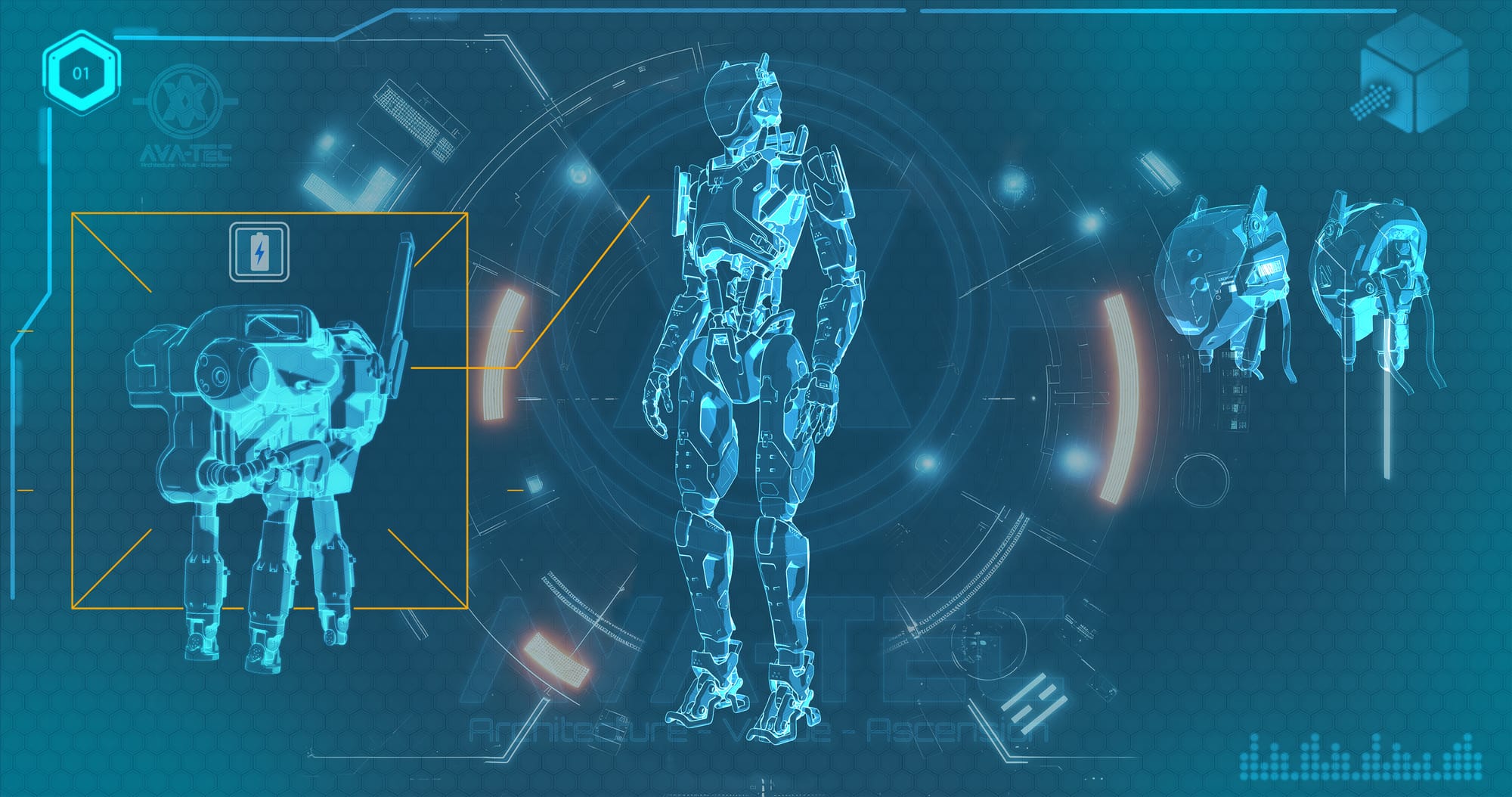
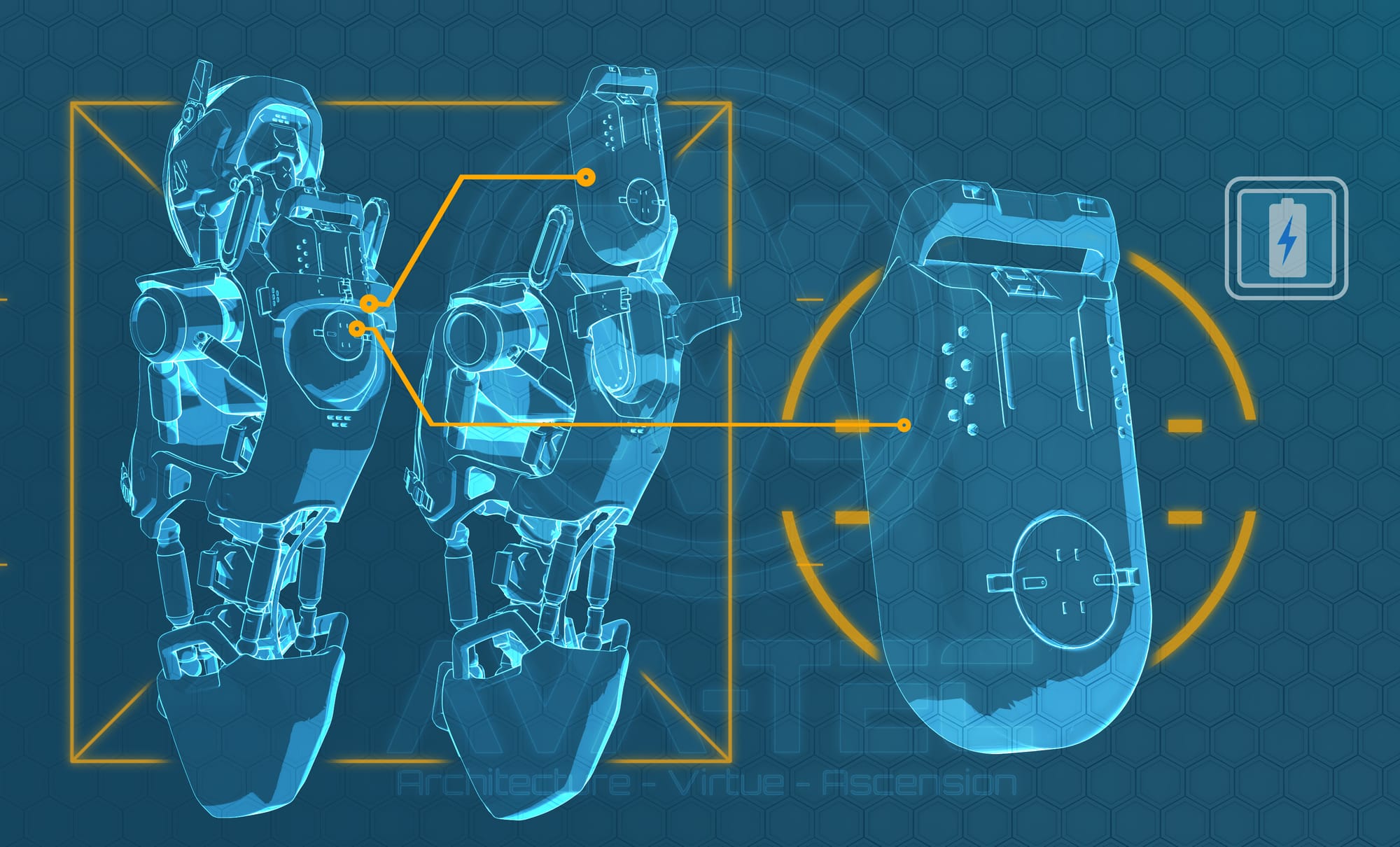
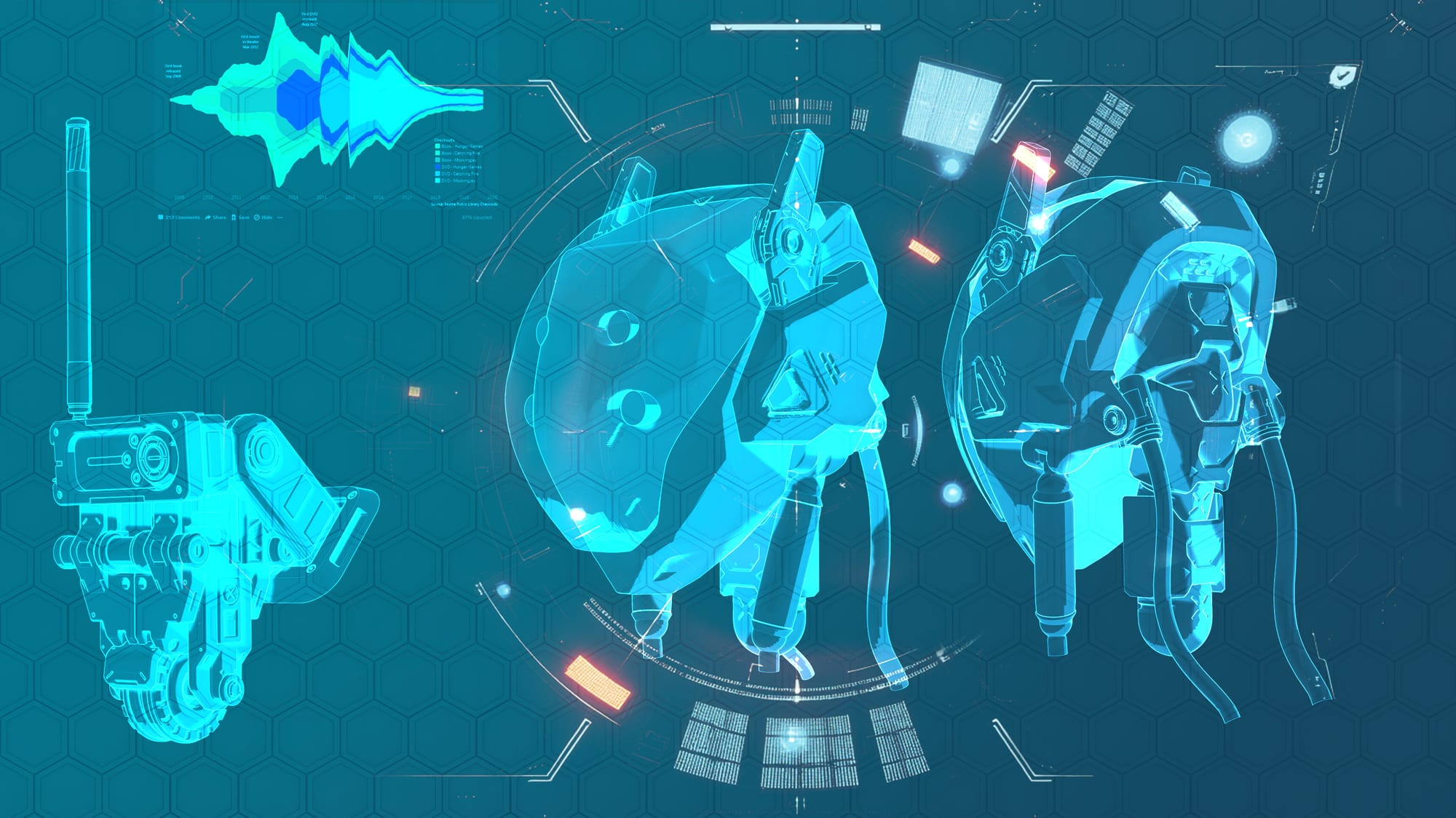
Cybernetics
Development on the Cybernetics system continues with a focus on modularity and full integration into the existing Avatar framework. The goal is to create cybernetic components that can be broken down into interchangeable parts and applied consistently across different Avatar types. Current work includes technical testing of blendshapes, dynamic attachment systems, and visual layering. These features are being evaluated for their ability to support functional, high-quality integration of cybernetic elements.
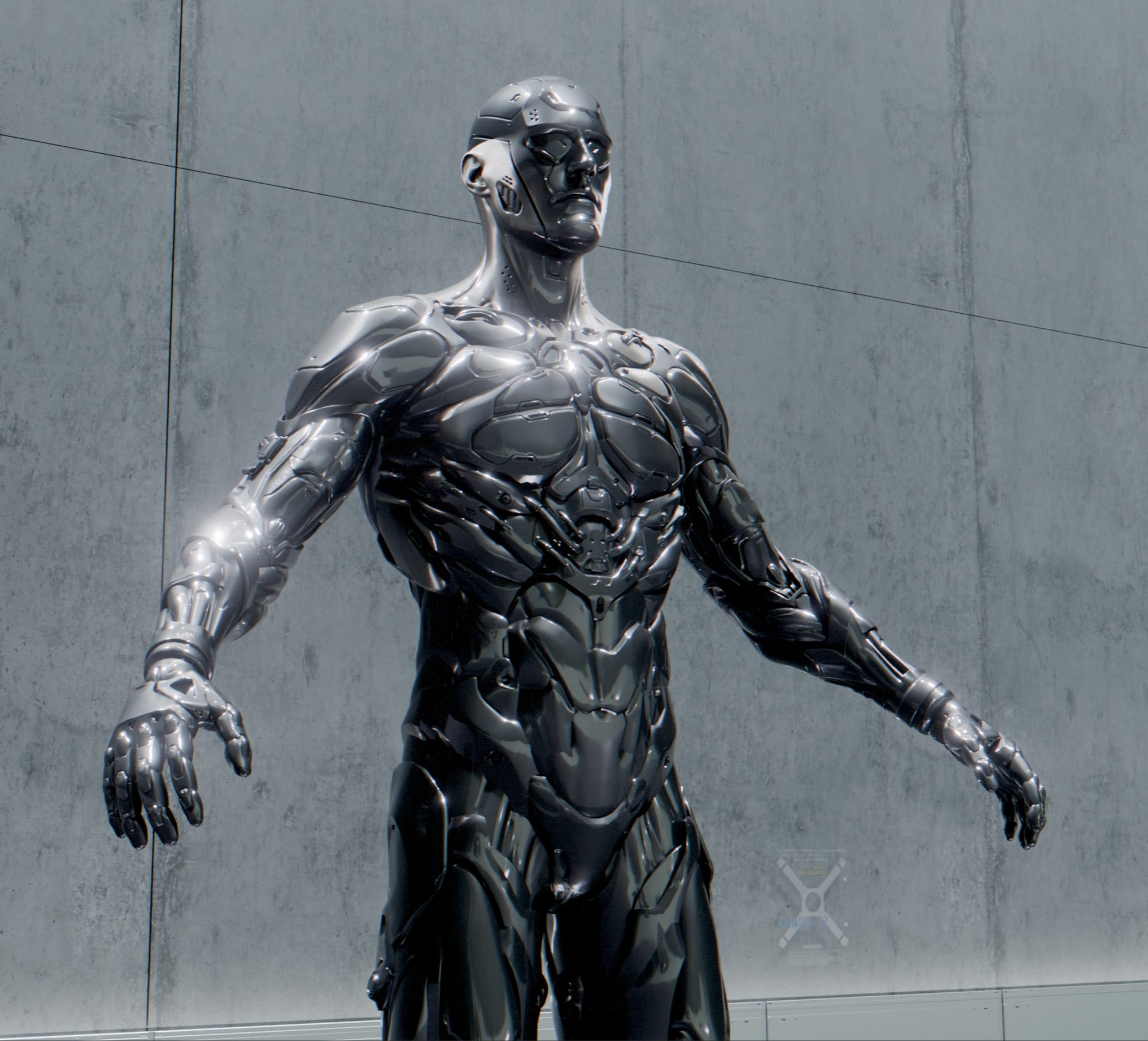
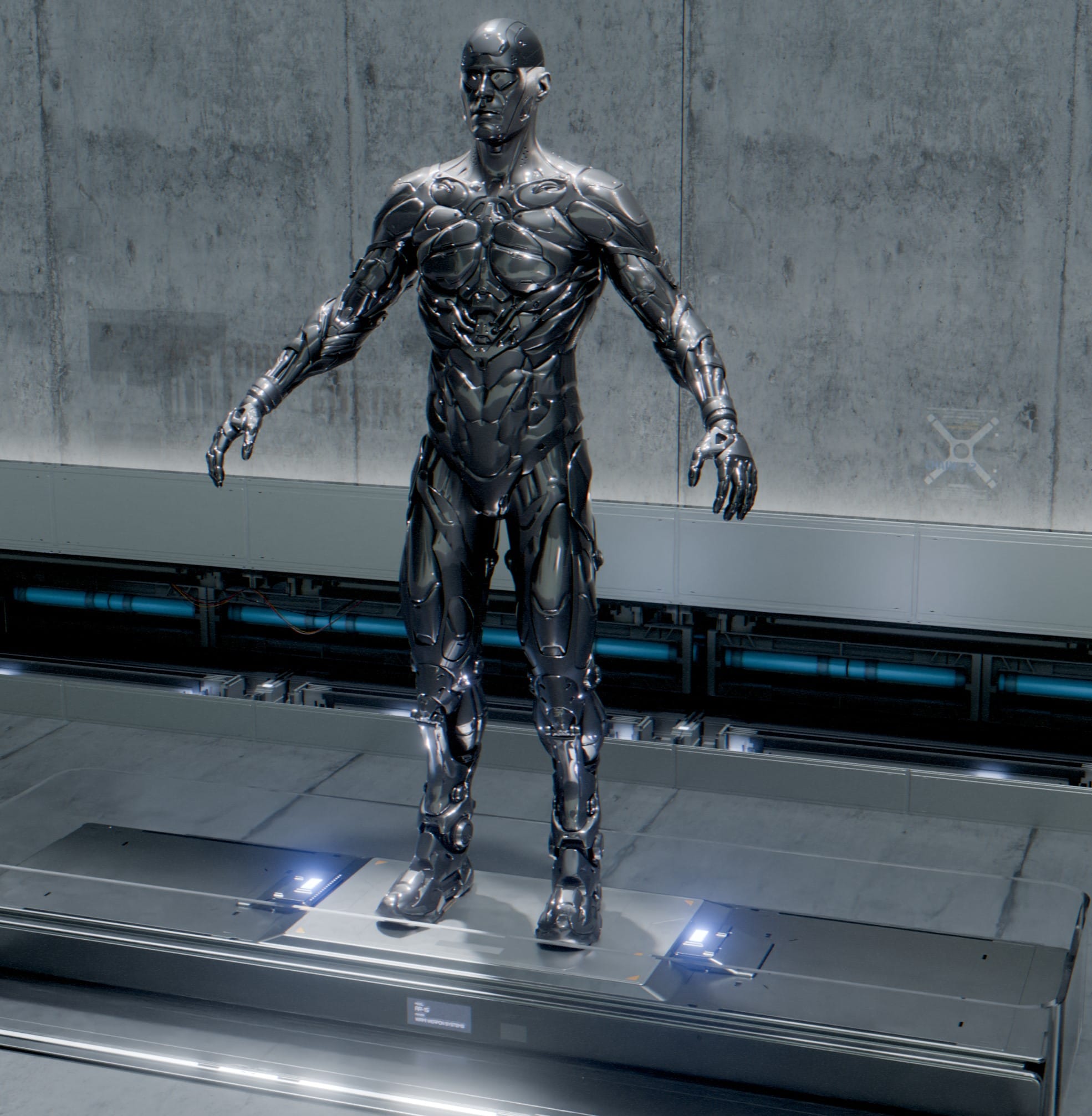
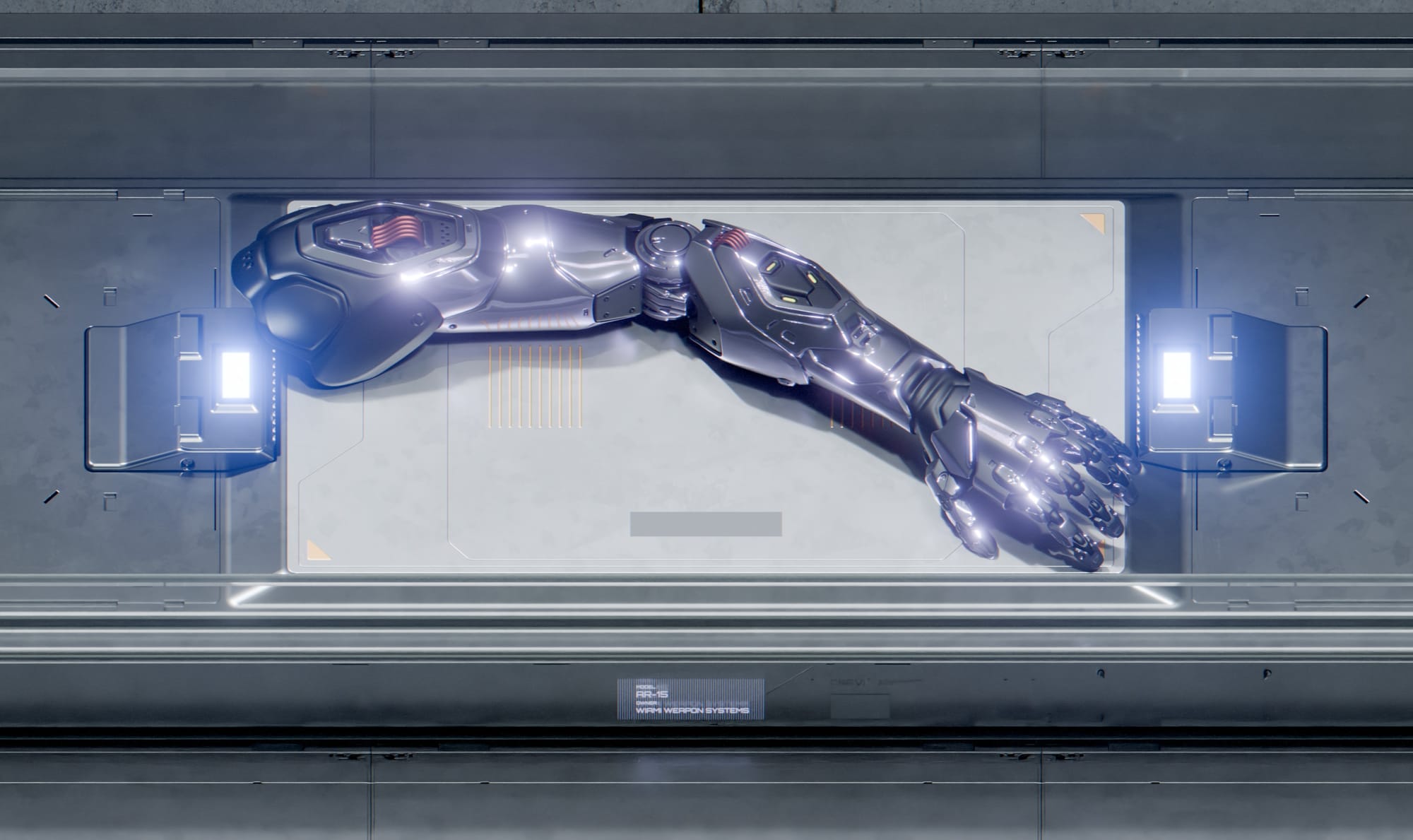
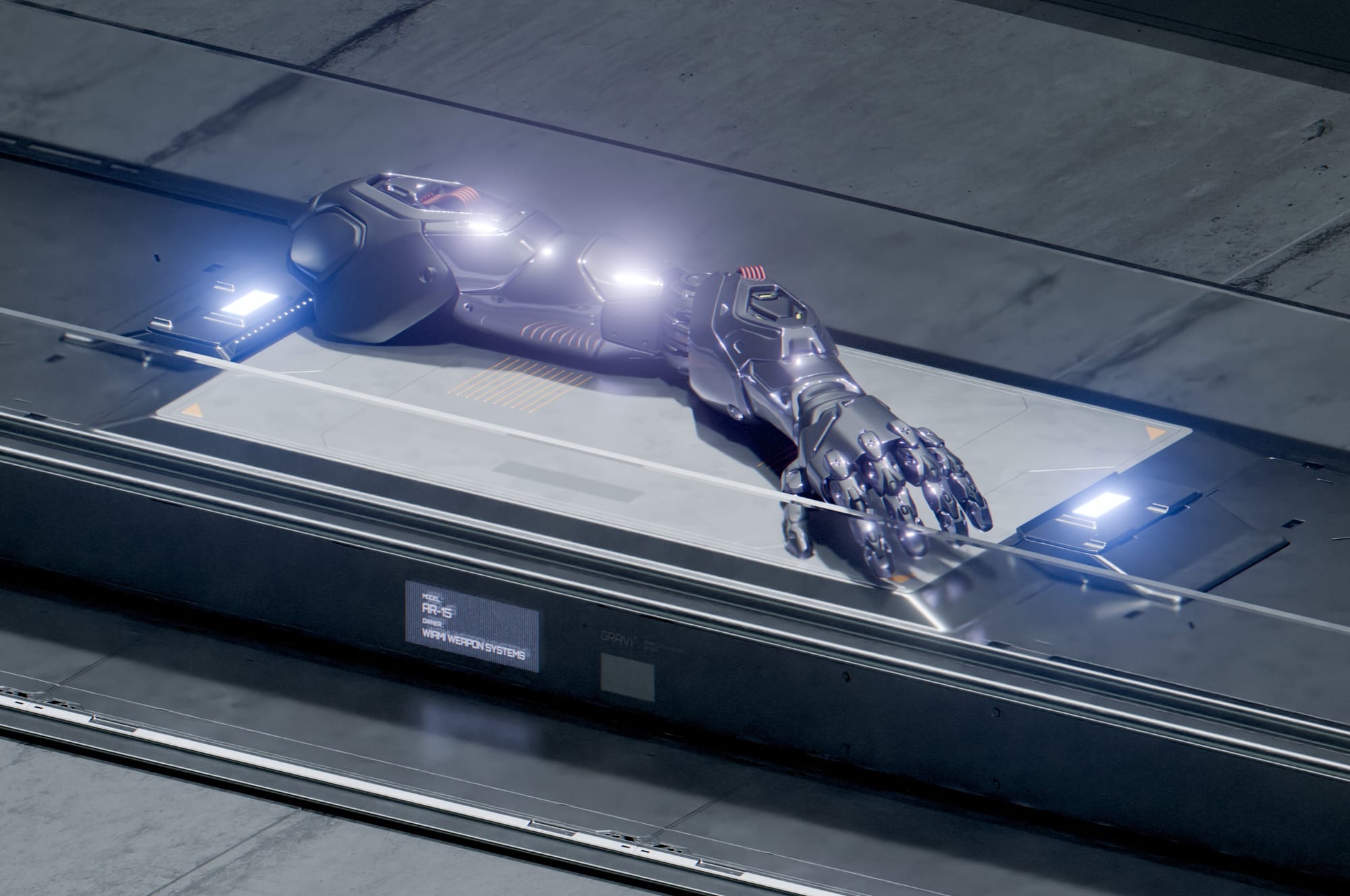
Wapes Visual Fidelity
Visual upgrades to the Wapes are in progress, with work advancing at a steady pace to maintain quality. The focus is on updating models for integration into both the Avatar Creator and the wider game environment. Since their first appearance, the Wape art style has shifted toward a more detailed, high-definition look. To align with this direction, new base sculpts are being developed from scratch. These updated models reflect the refined visual standard now in place.
MK2 Trinity Suit
The MK2 Trinity suit is currently in development, featuring an updated design with a more streamlined and dynamic silhouette. The asset is moving through the production pipeline, including retopology, UV mapping, and texturing. Once complete, it will be added to the available roster as a new option for player customization within the core combat experience.
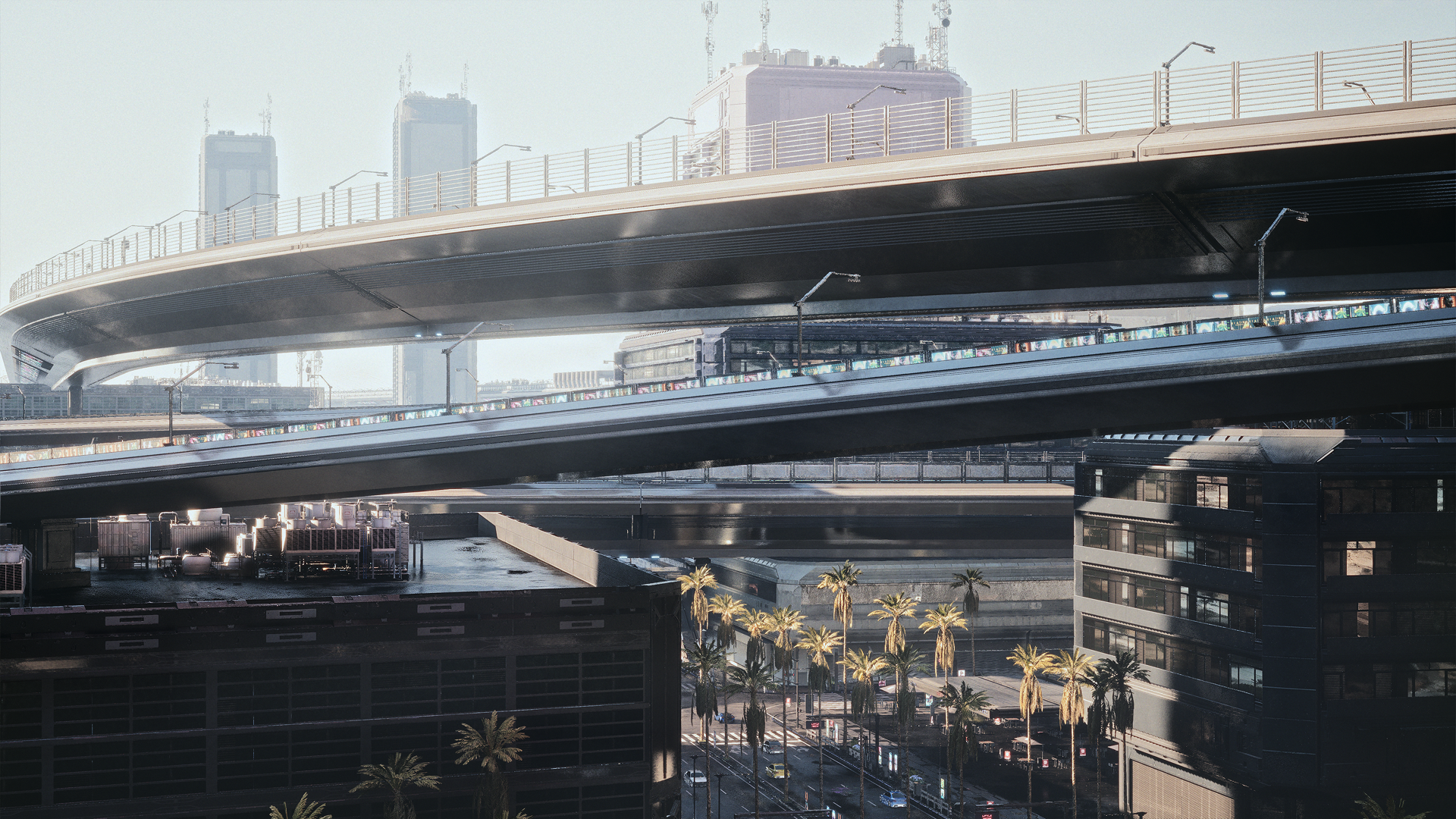
World
As well as ongoing development in Wiami, the World team has been collaborating across disciplines with a large focus on Super Early Access, as well as supporting updates to the Wambo NFT render environment.
General Architecture
To break up the rigid, rectangular look that can result from modular systems, new facades were created to add variety and soften the skyline. These elements, ranging from trapezoidal forms to asymmetric smoothed surfaces with detailed insets, attach to flat building exteriors without altering structural proportions. Designed around a central seam, they can be extended or mirrored to fit any layout. This update helps avoid the “stiff” appearance common in modular builds, enabling more visually interesting and distinctive city silhouettes.
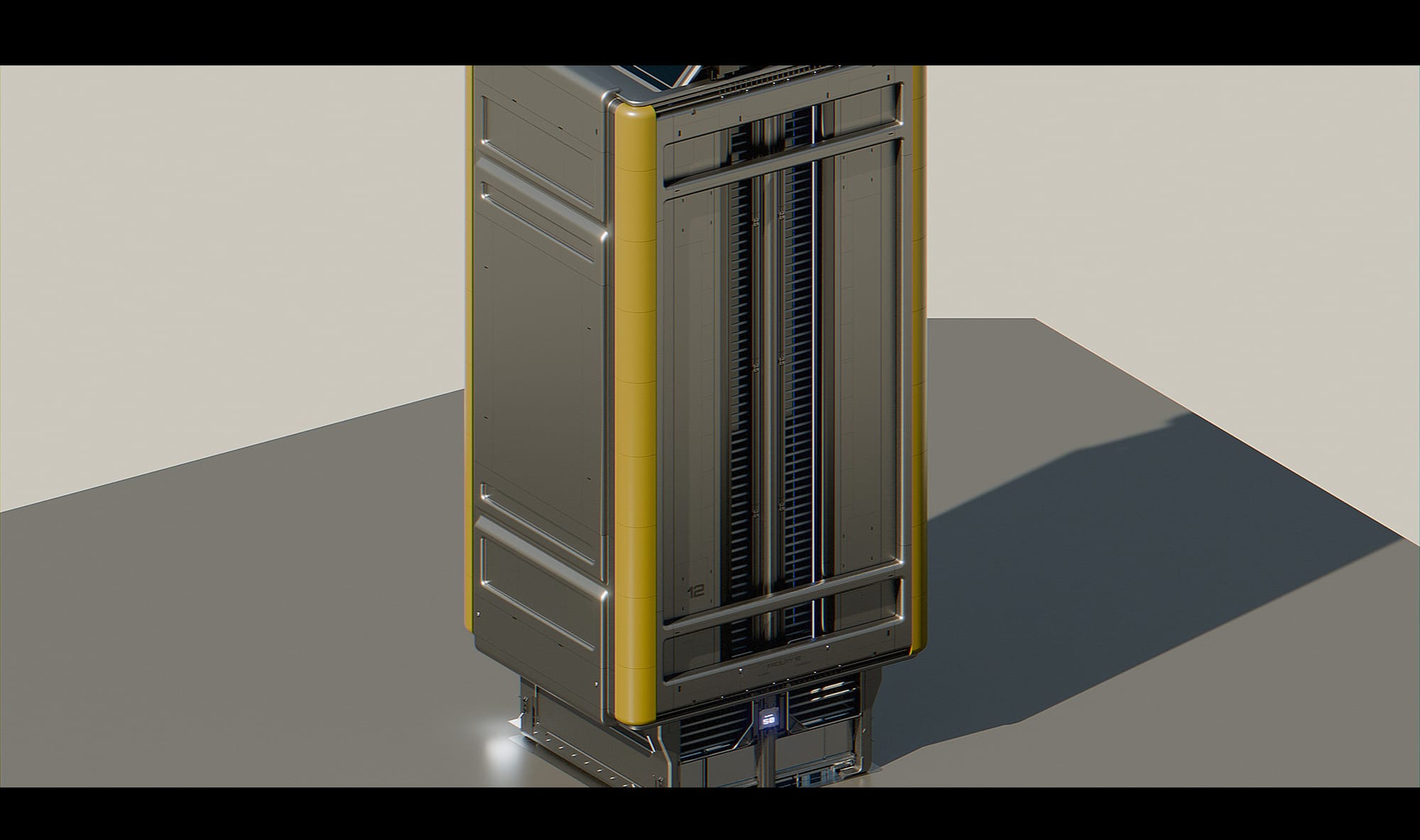
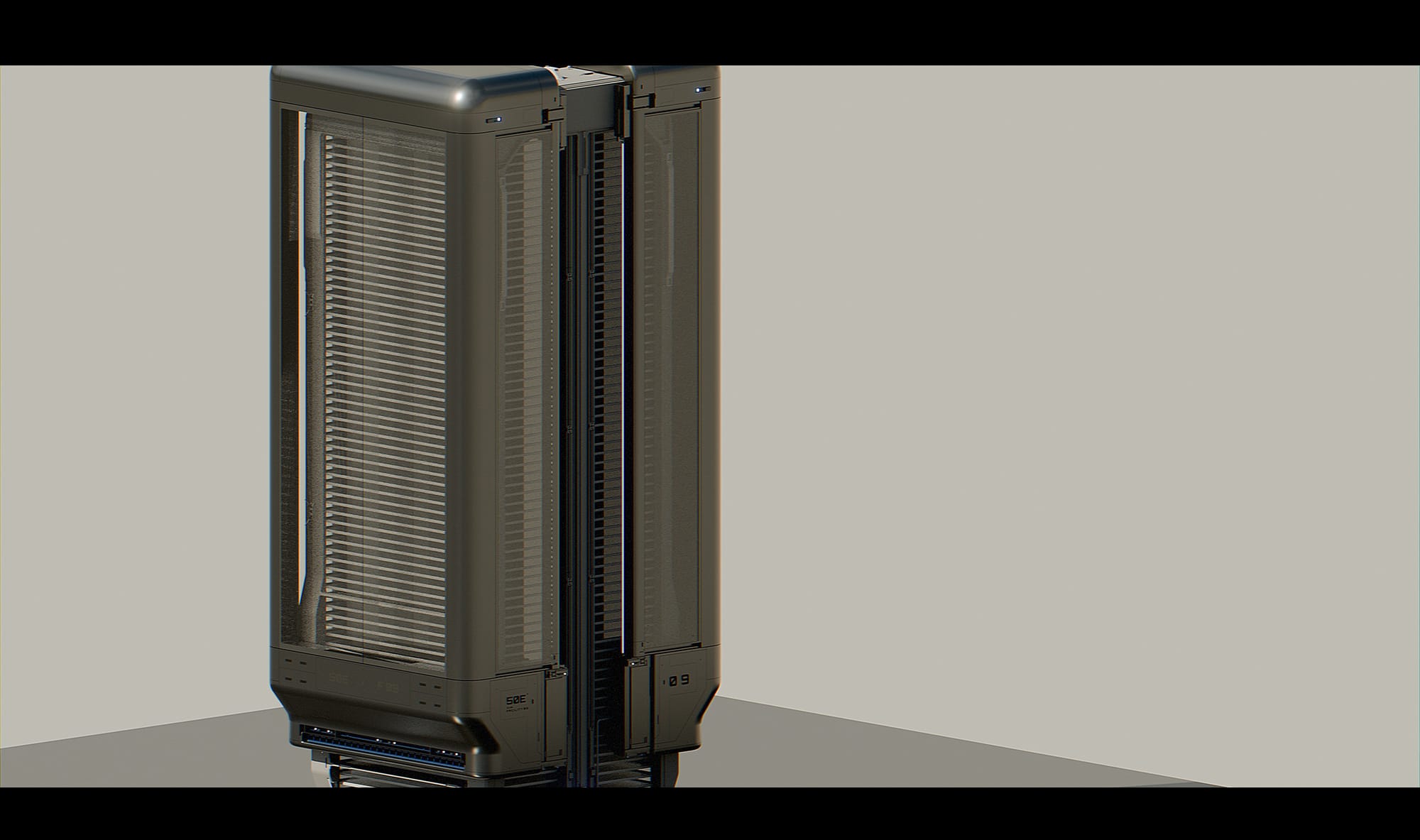
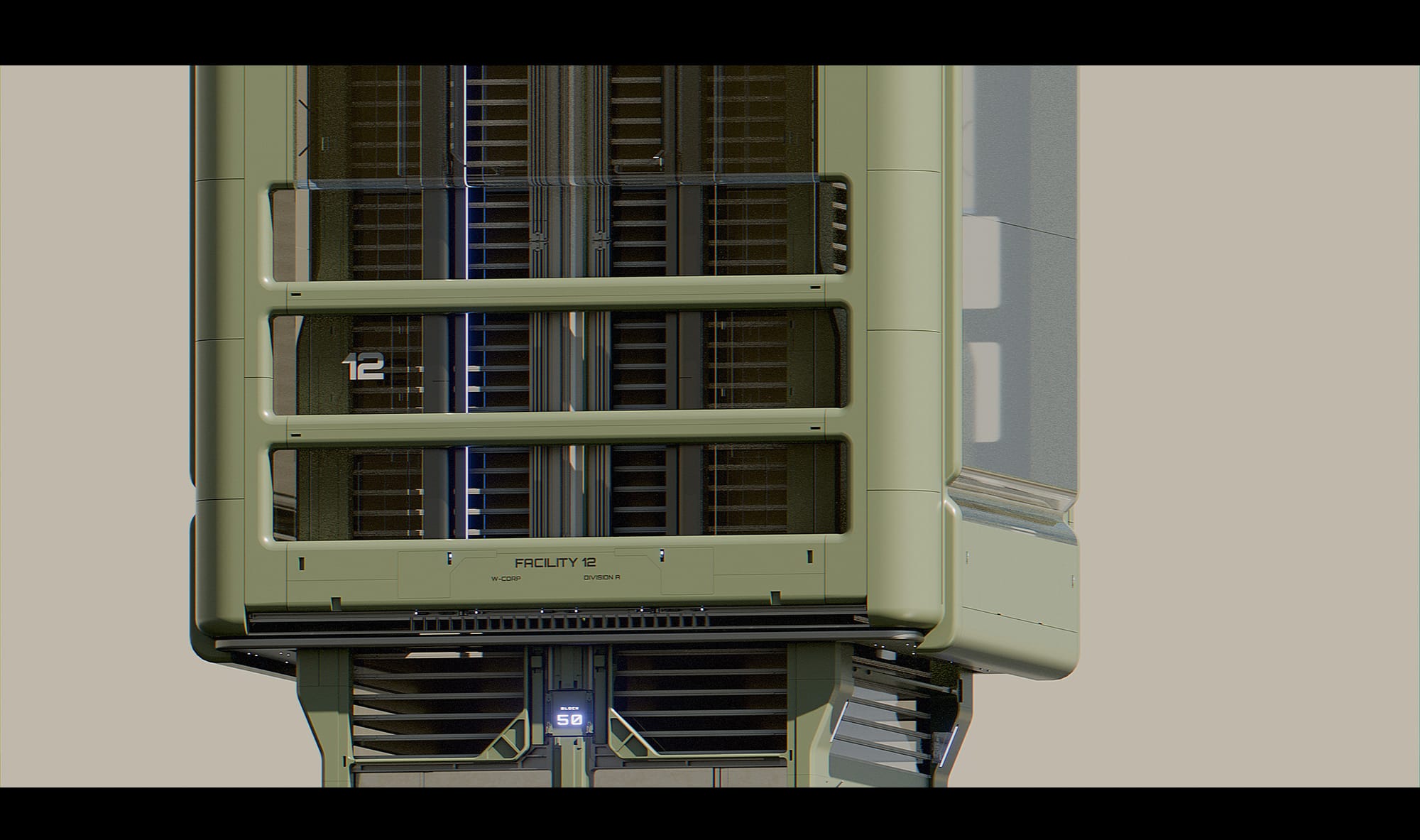
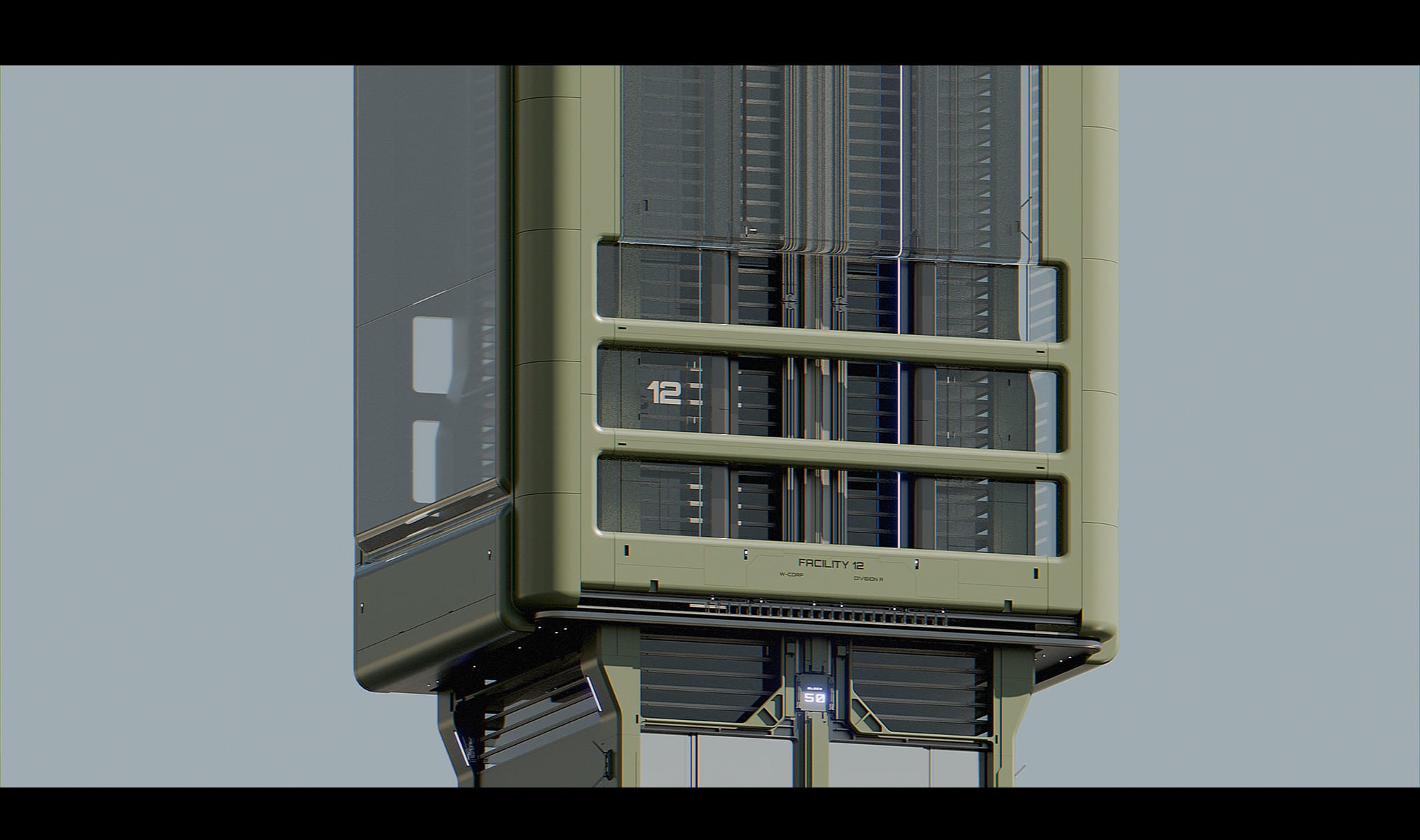
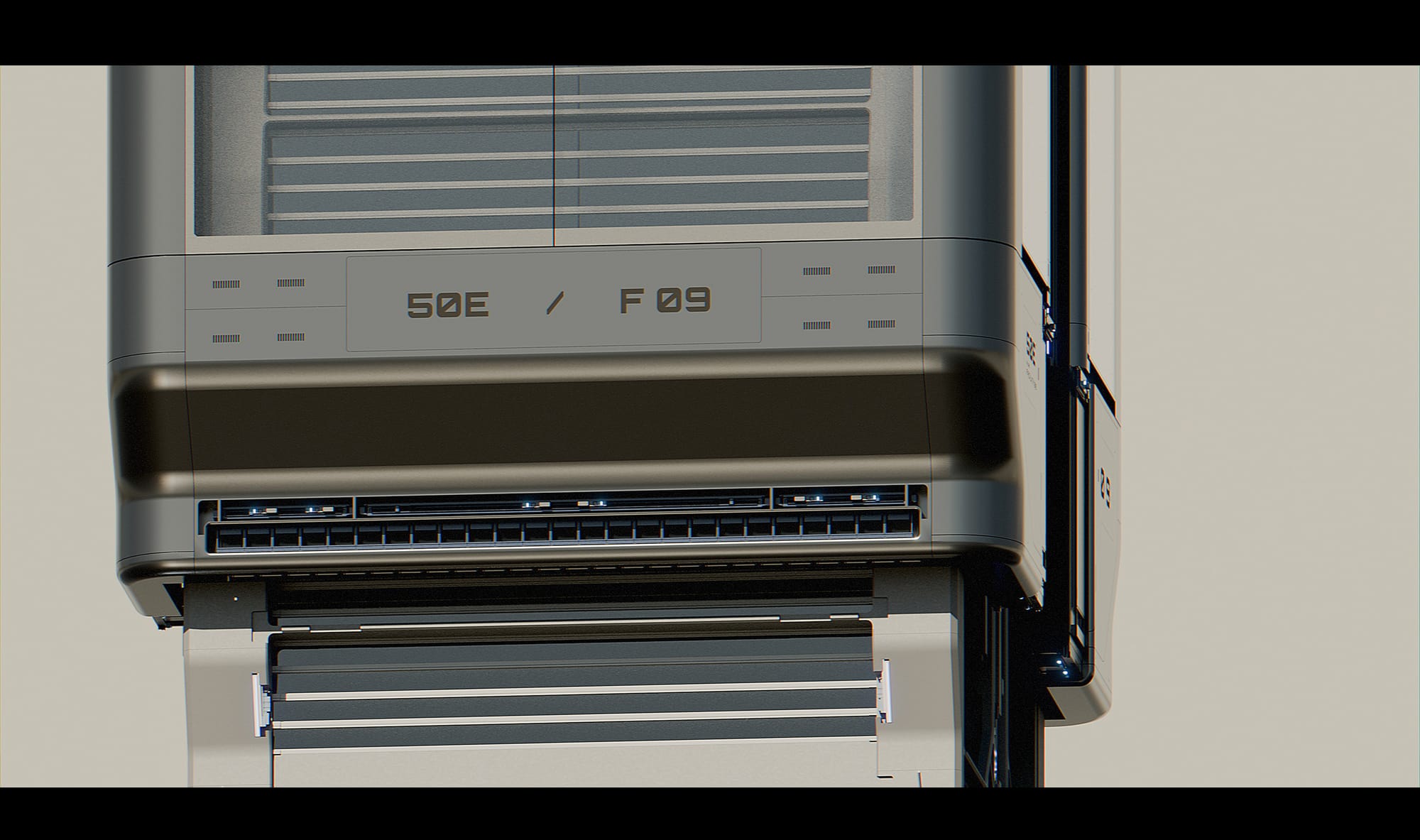
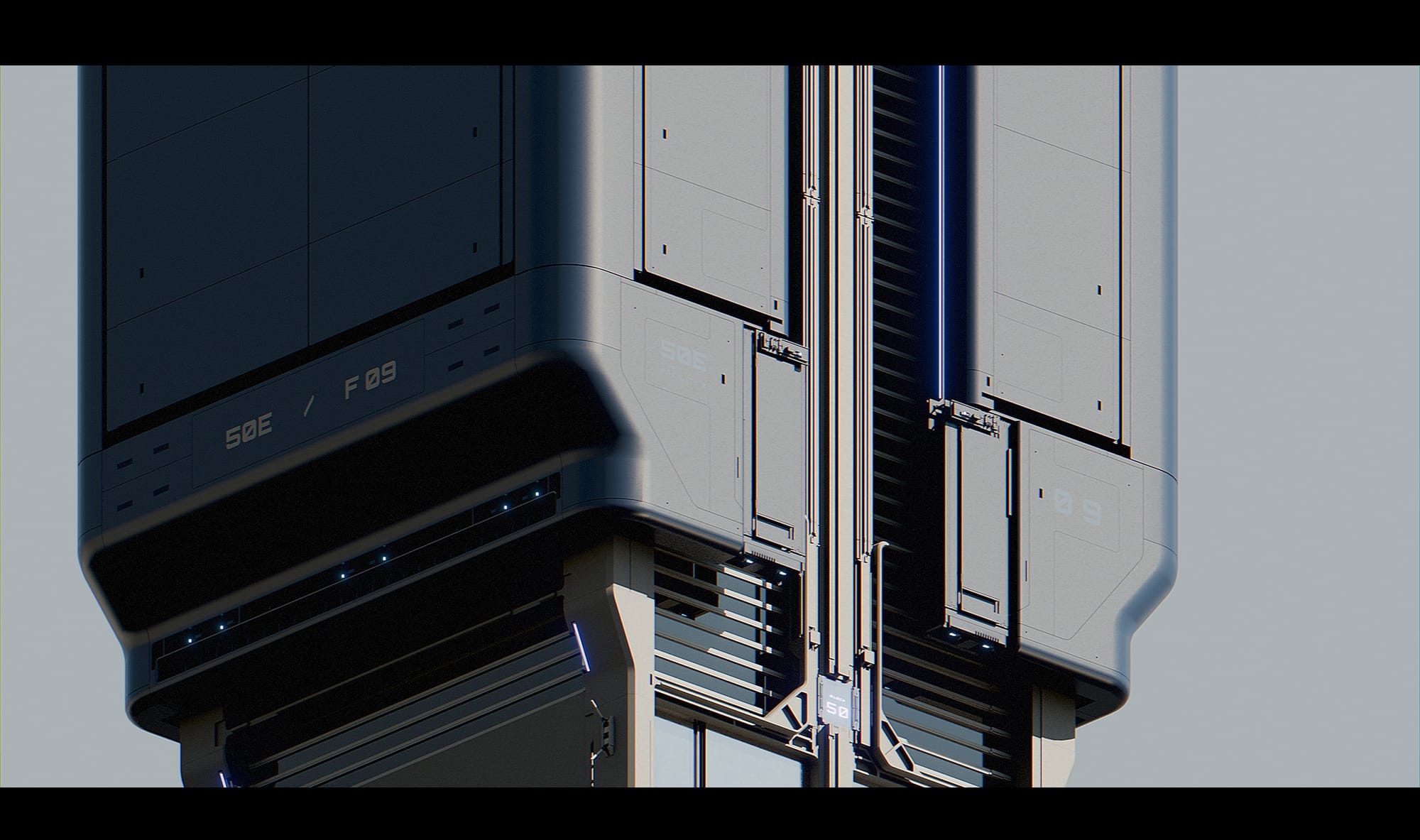
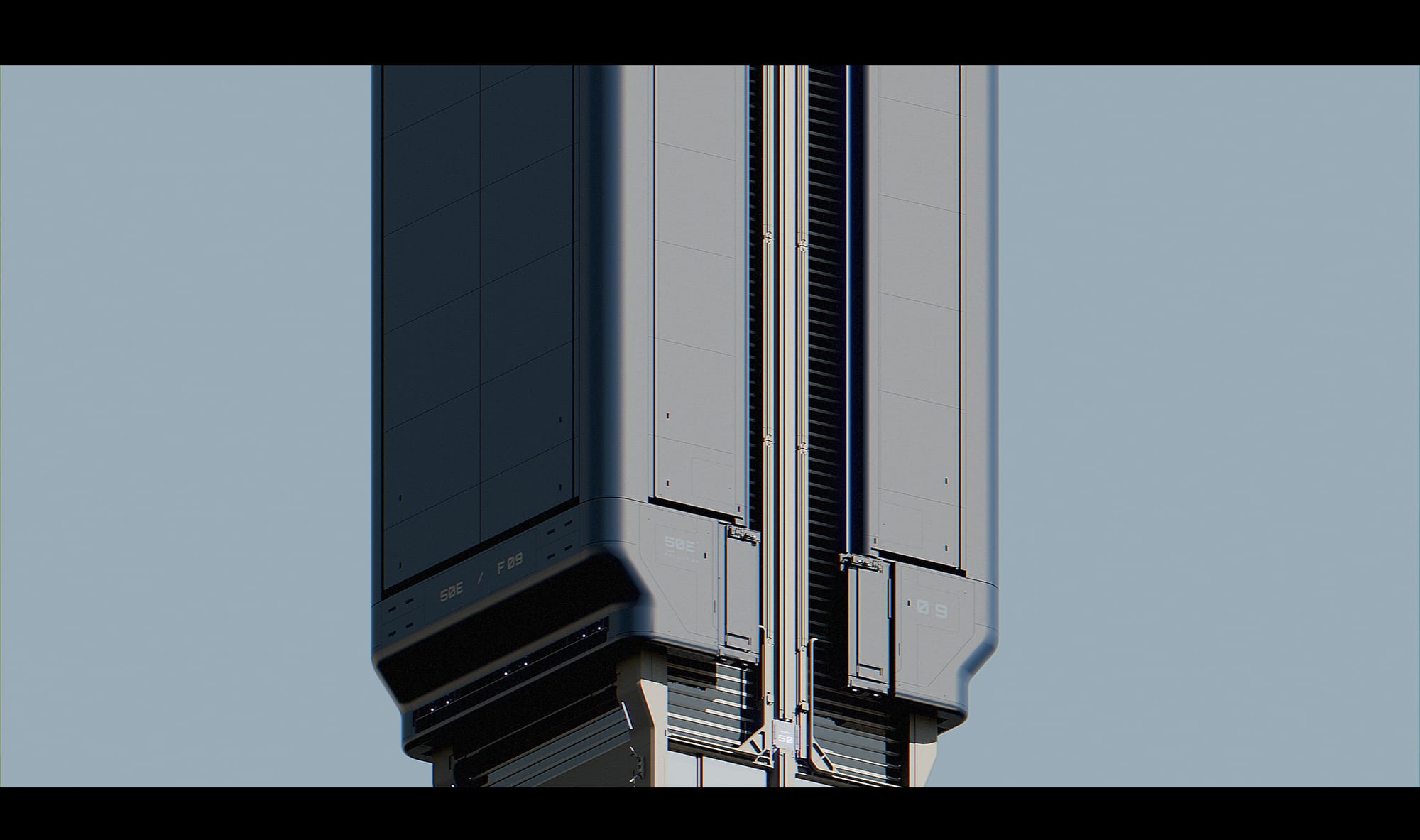
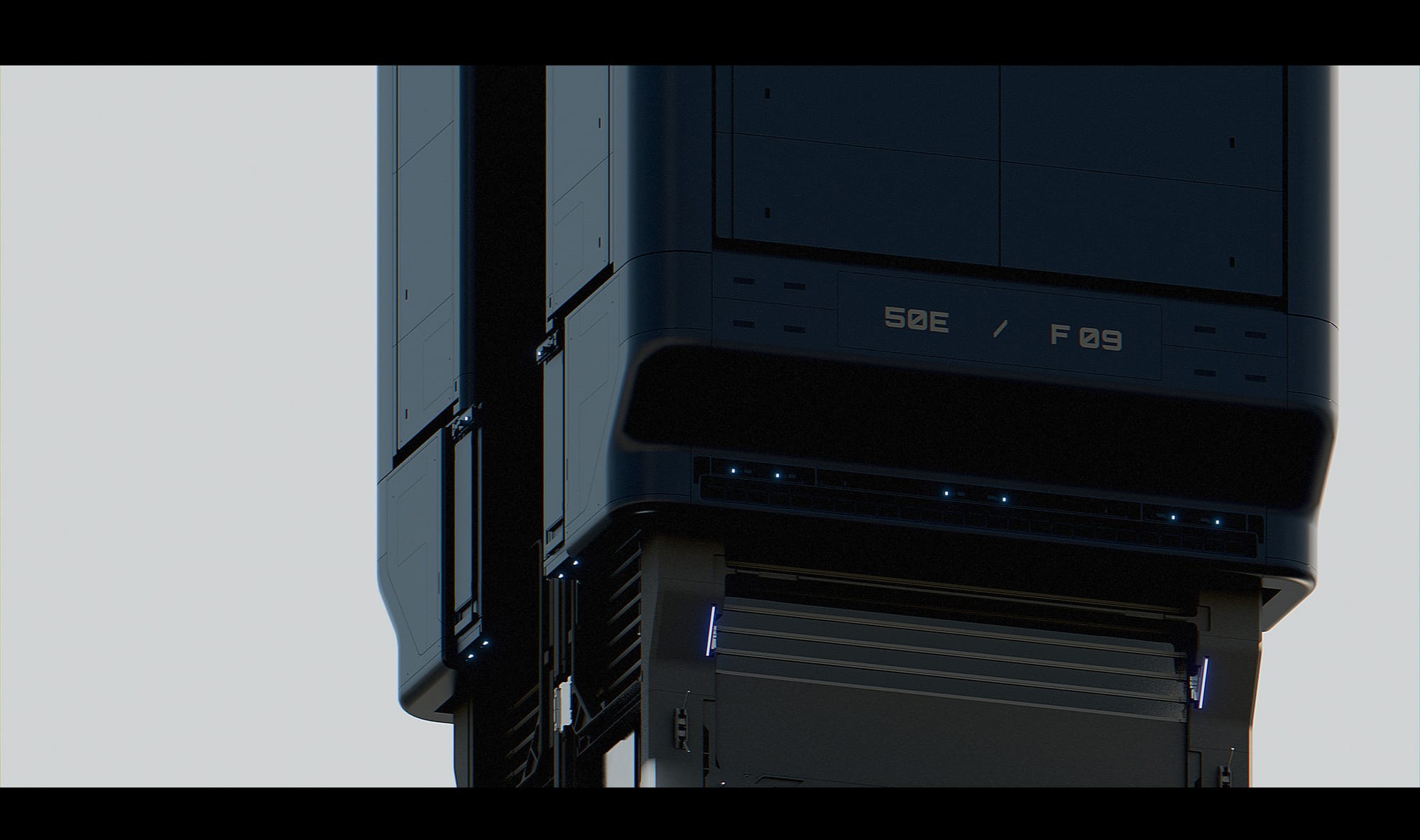
Hangar Update
The Construction level is set to receive a major update with the introduction of a new hangar section. This addition brings expanded verticality and layout complexity, offering fresh gameplay dynamics and elevating the overall combat experience within the map.
Props and Assets
New game assets and destructible props have been added throughout “The Beginning” level, enhancing environmental interactivity and creating a more dynamic gameplay experience.

Destructible Props
New Game Assets
Collision Improvements
Collision systems have been upgraded to improve performance and environmental interaction. The first phase of custom collision assets has been completed across our library, significantly reducing visual glitches and boosting frame rates. A second phase is underway as part of broader pipeline enhancements. While not all assets require custom collision immediately, we are proactively preparing them to support scalable gameplay scenarios and ensure consistent performance.
Wheels NFT Dev
The World team contributed to the Wamborghini update by helping define the new direction for the NFT render environment. The final result combined the visual language of the original environment with the minimalist design of the latest concepts. This was a quick task within a broader workload but an important contribution to a historic update.
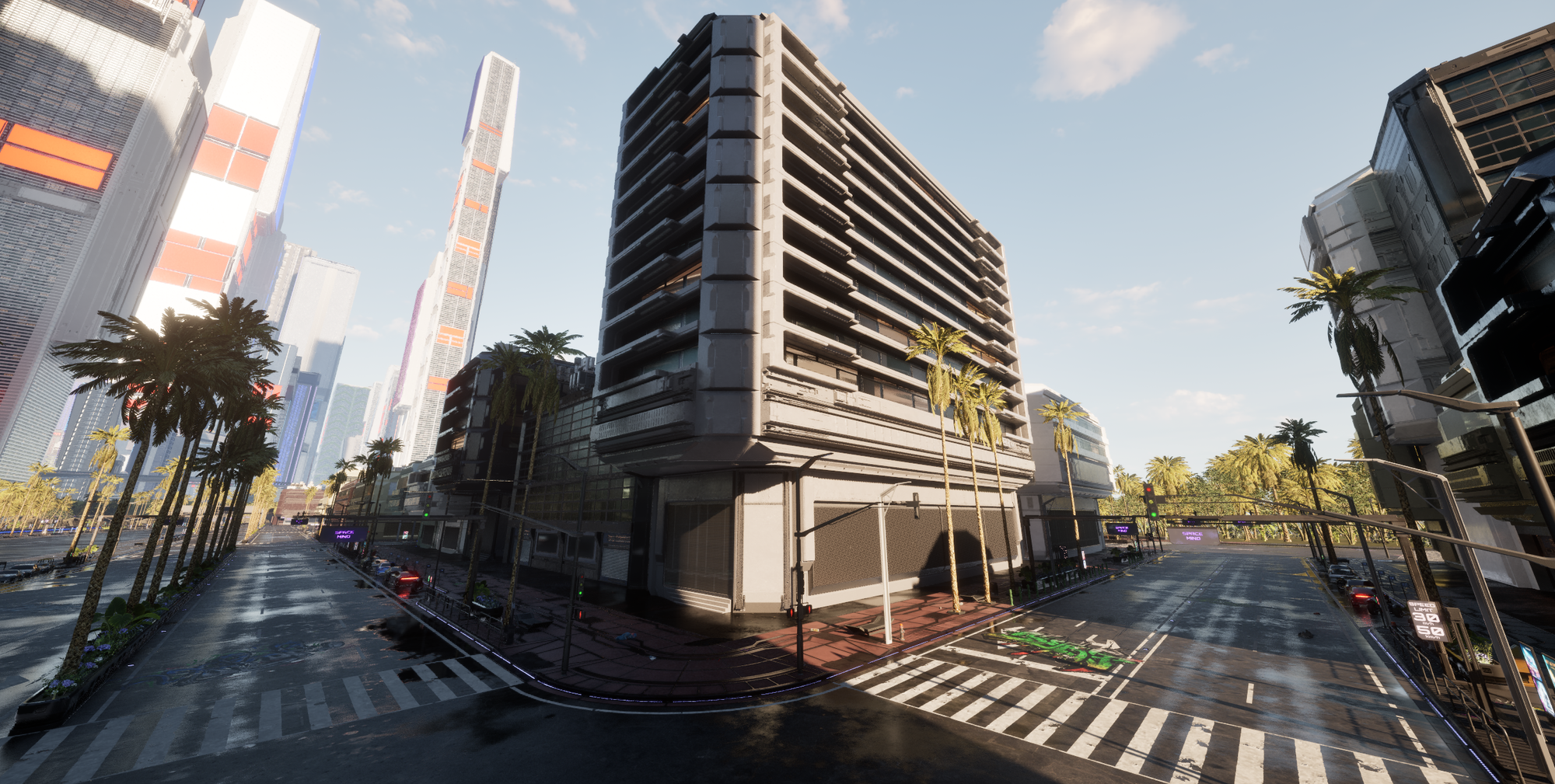
Procedural
The procedural team is actively shaping Wiami at scale by building and refining foundational city systems. Their latest updates deliver better performance and visual immersion, laying the groundwork for a dynamic, ever-evolving world.
Alleyway System
A new alleyway system has been developed and deployed across the entire island map. It creates varied pathways and spatial conditions between buildings, with configurations that range from open-air to covered sections depending on the location. The system identifies optimal paths through each block and automatically adjusts the rear geometry of buildings to generate occupiable space. This forms the foundation for future alleyway content, including markets, parks, and other detailed urban elements.
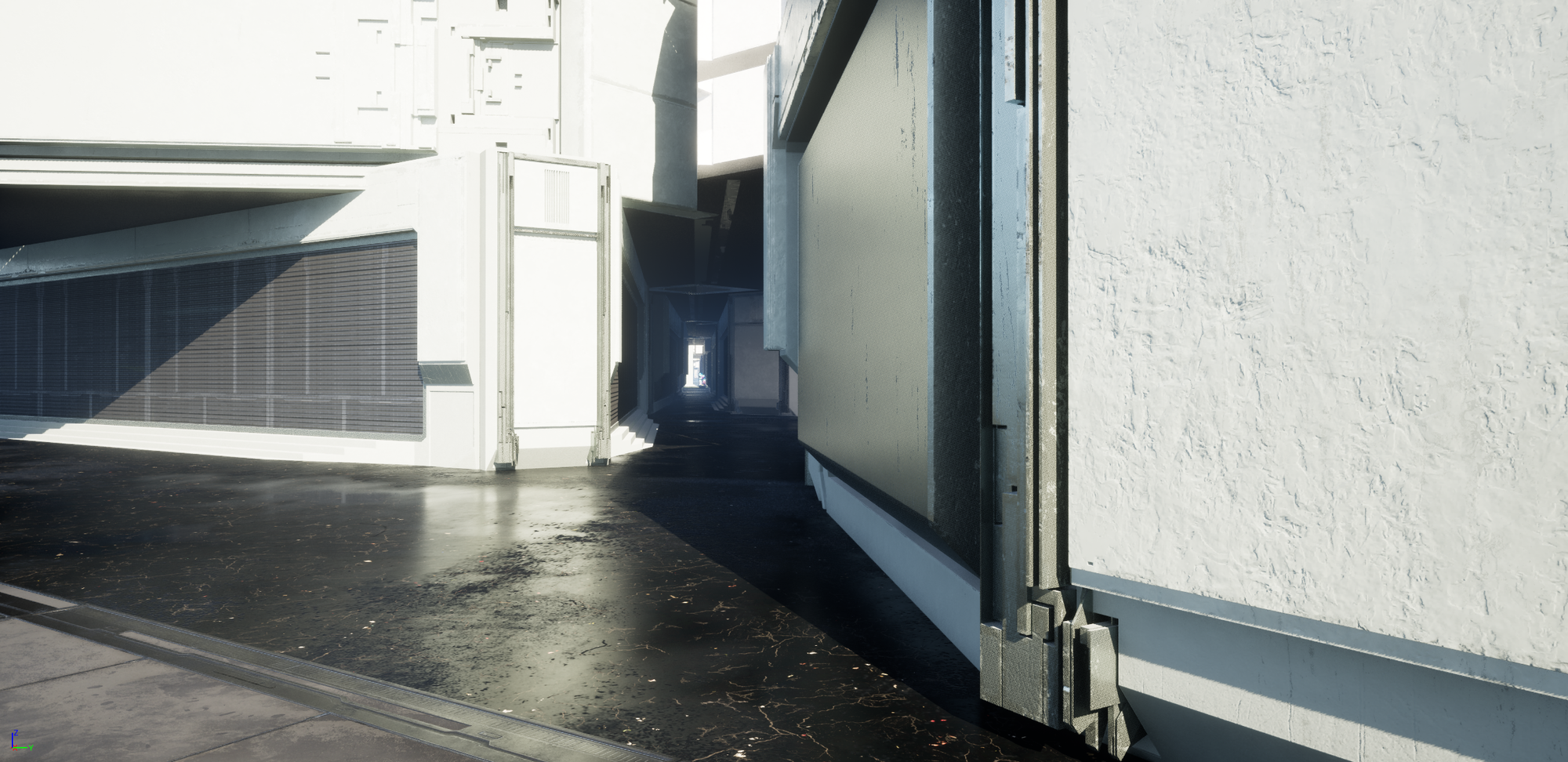
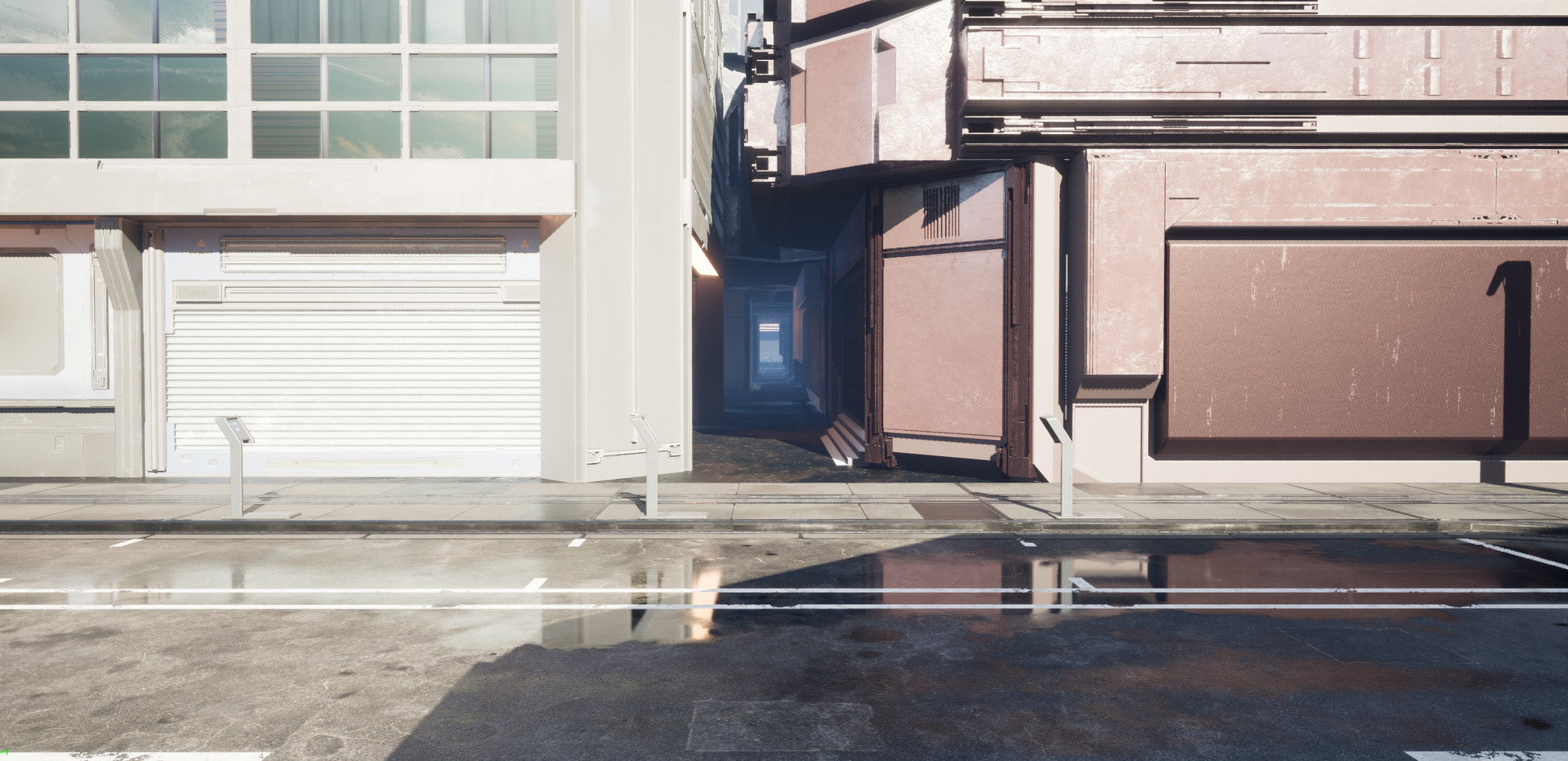
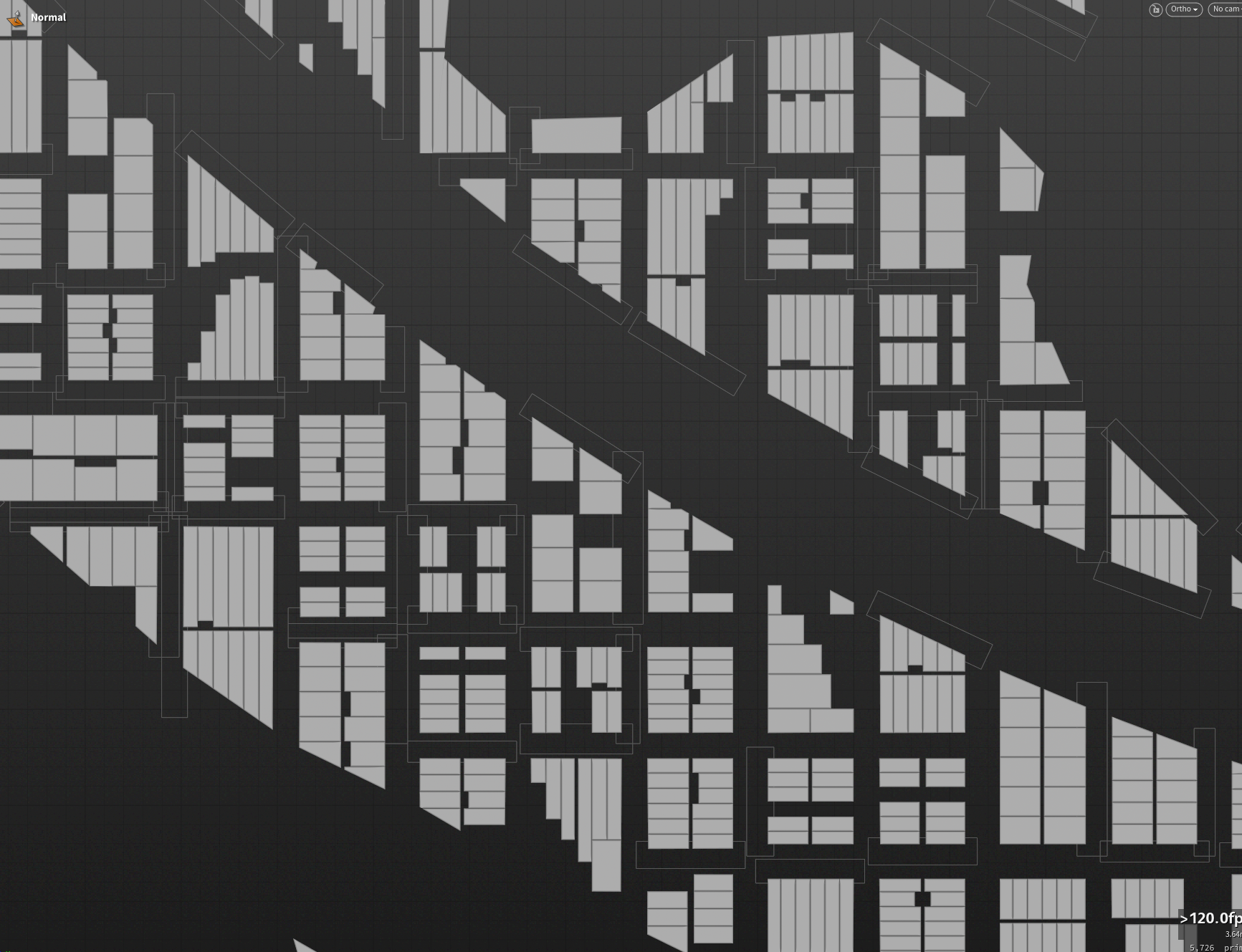
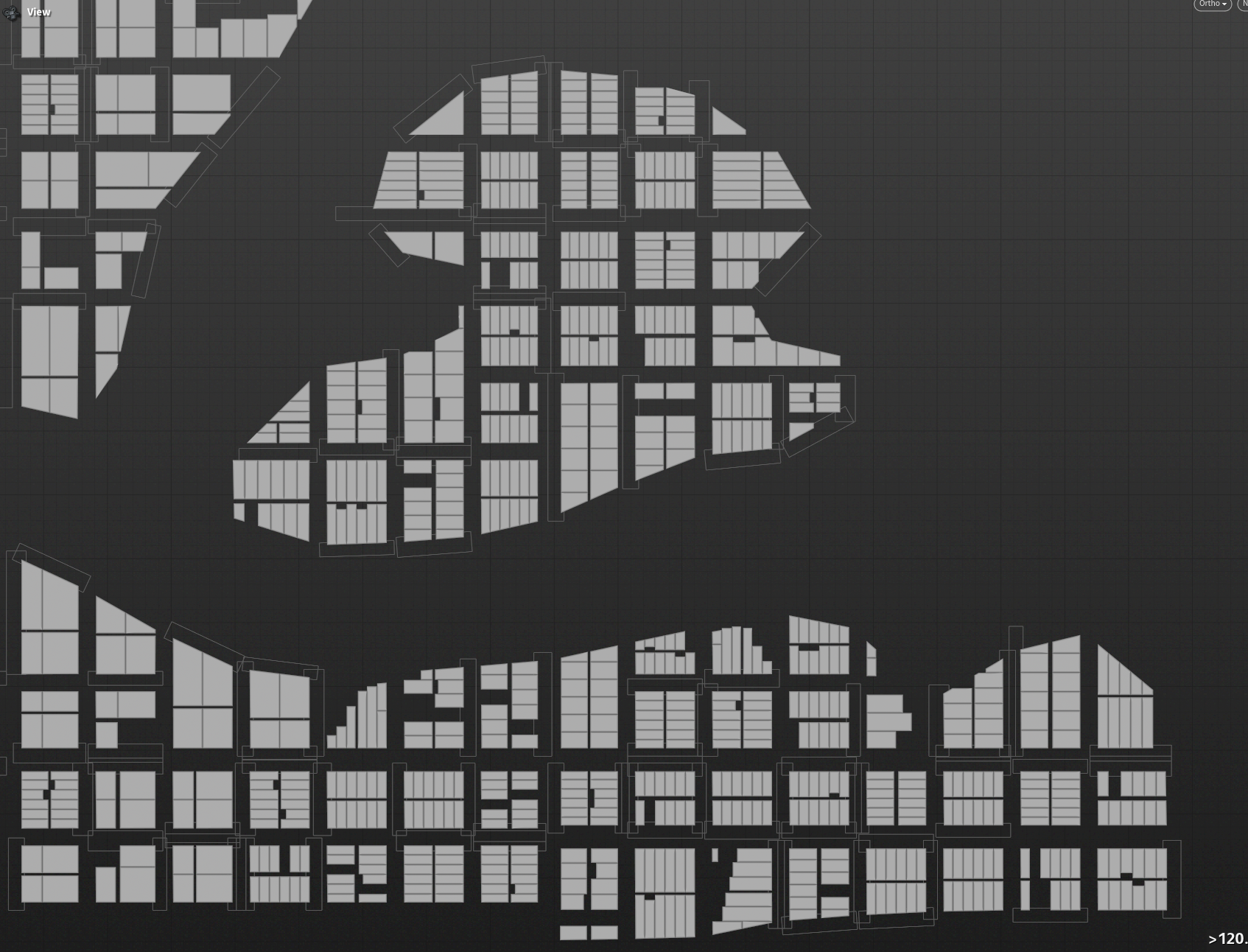
Bike Lock Up Props
New bike lockup props have been created and placed across city sidewalks to add variety while maintaining the project’s established visual style. Each model is optimized and textured for performance and realism, ensuring they integrate seamlessly into the urban environment.
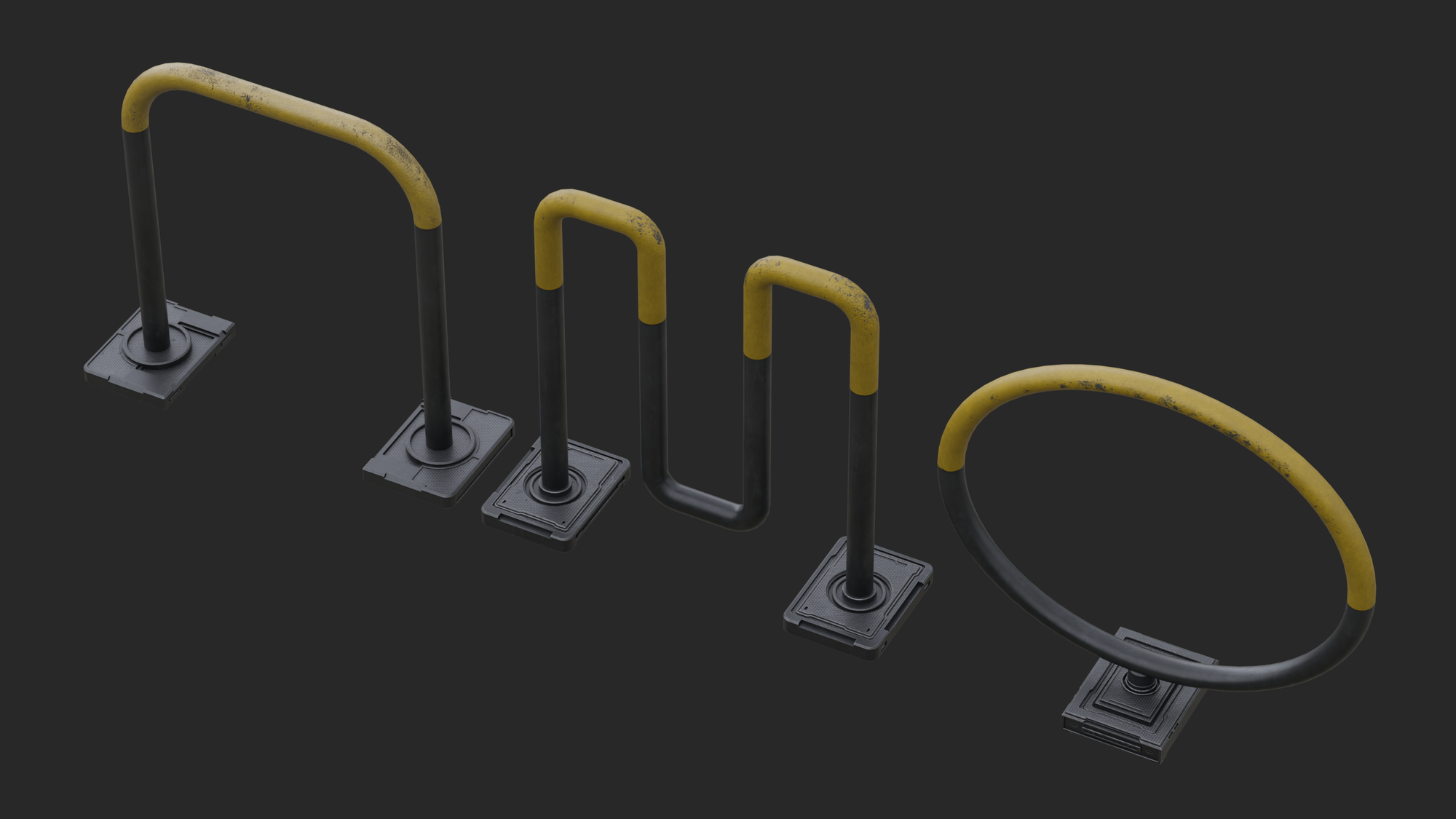
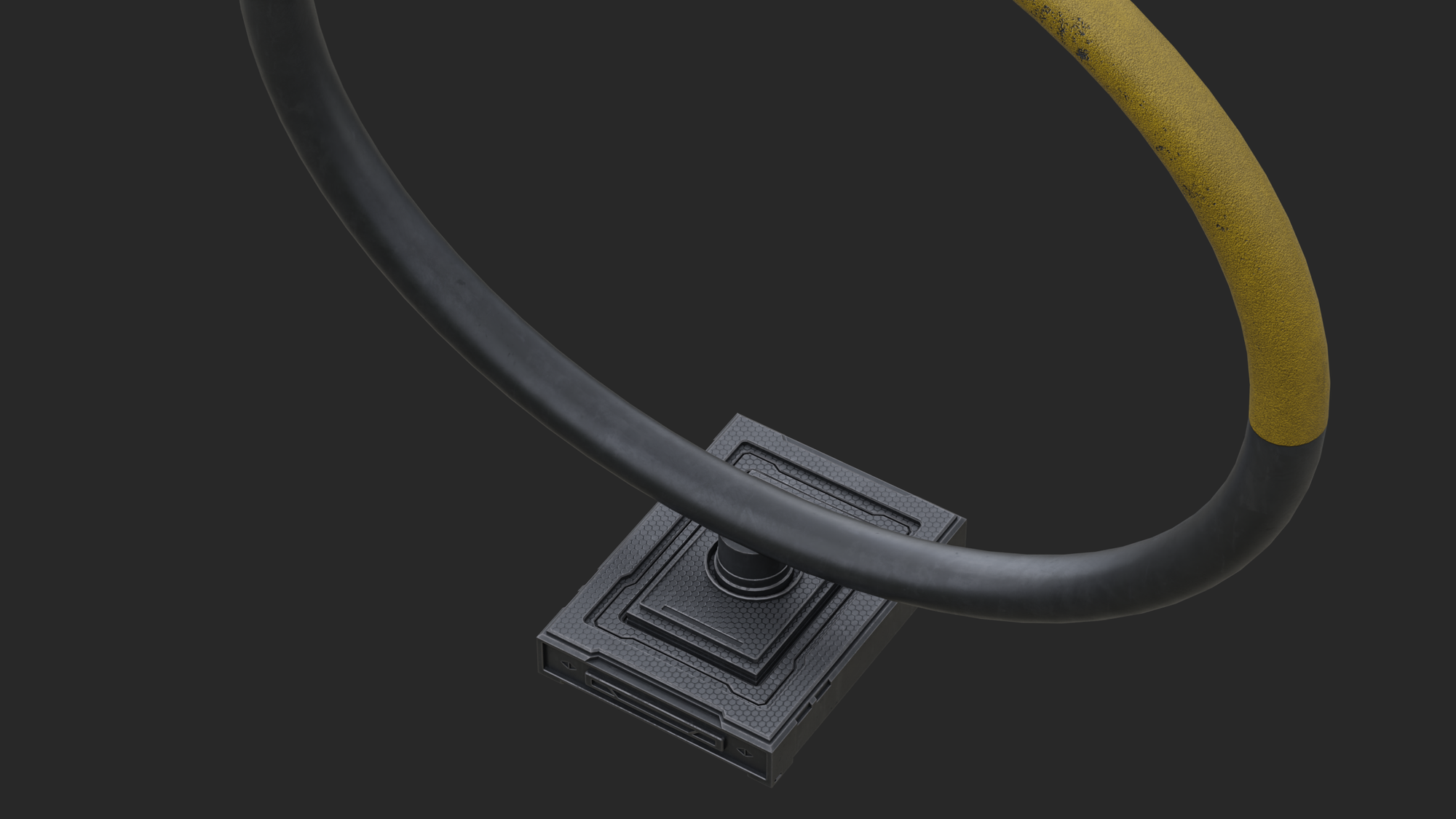
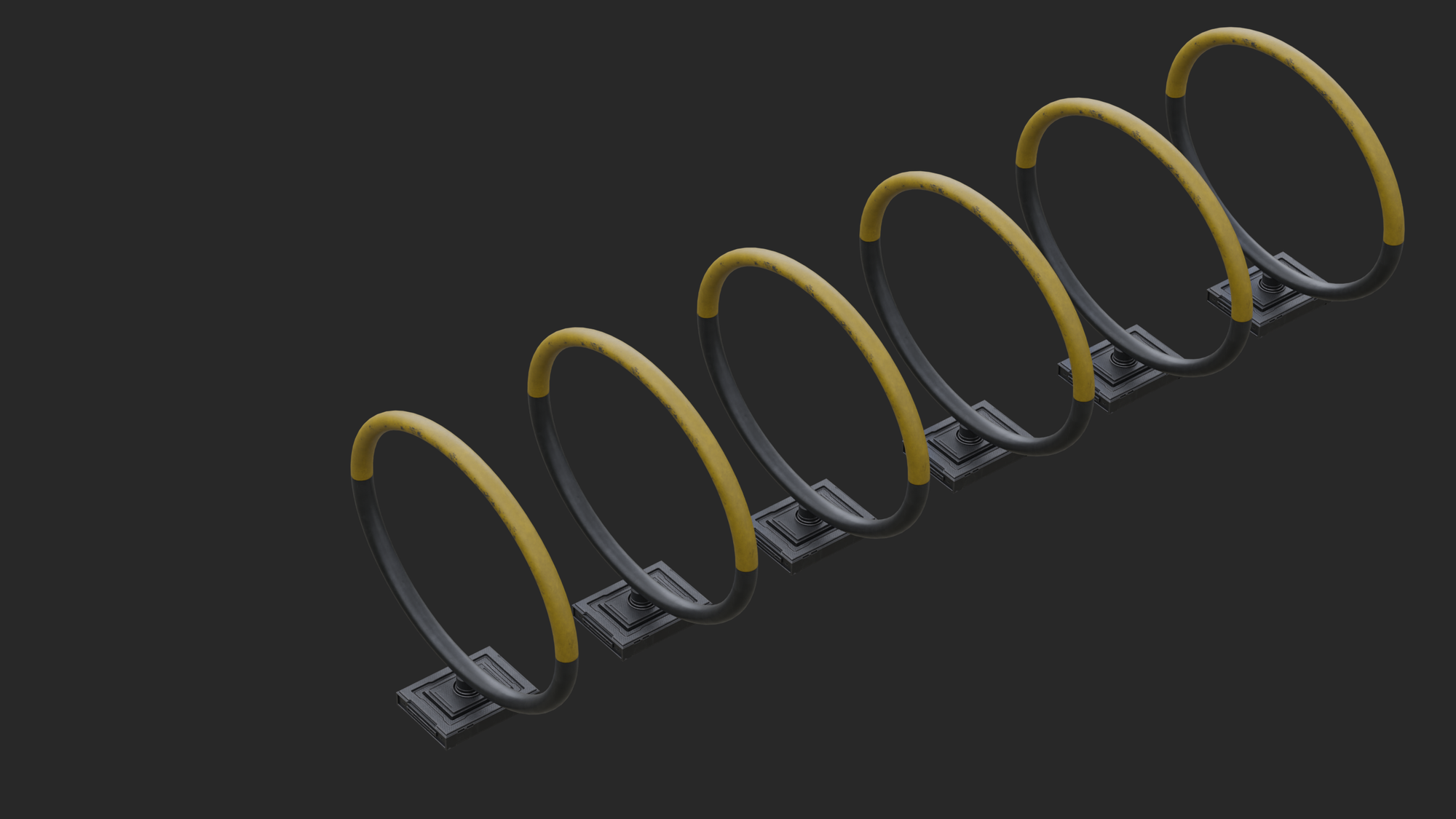
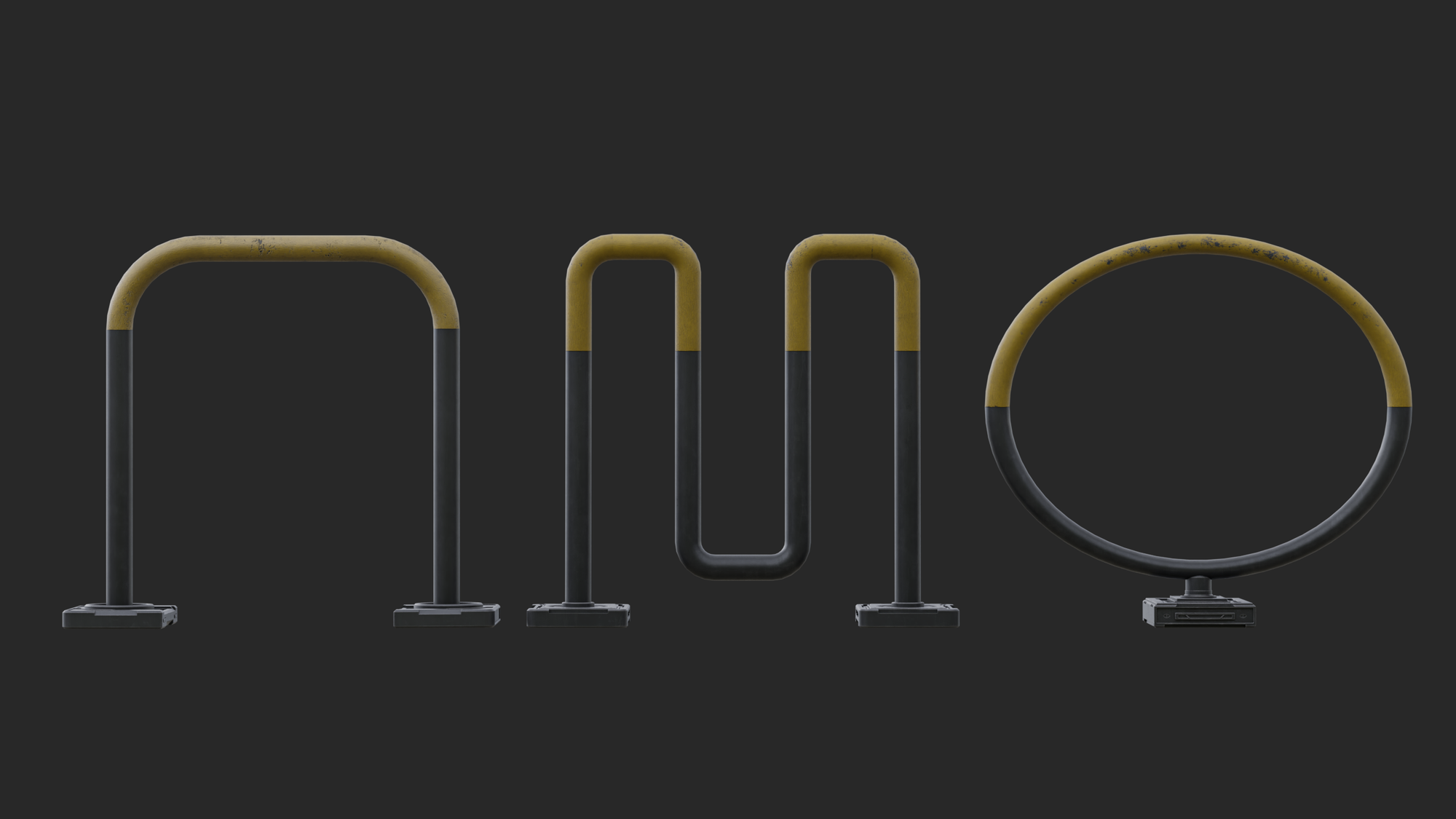
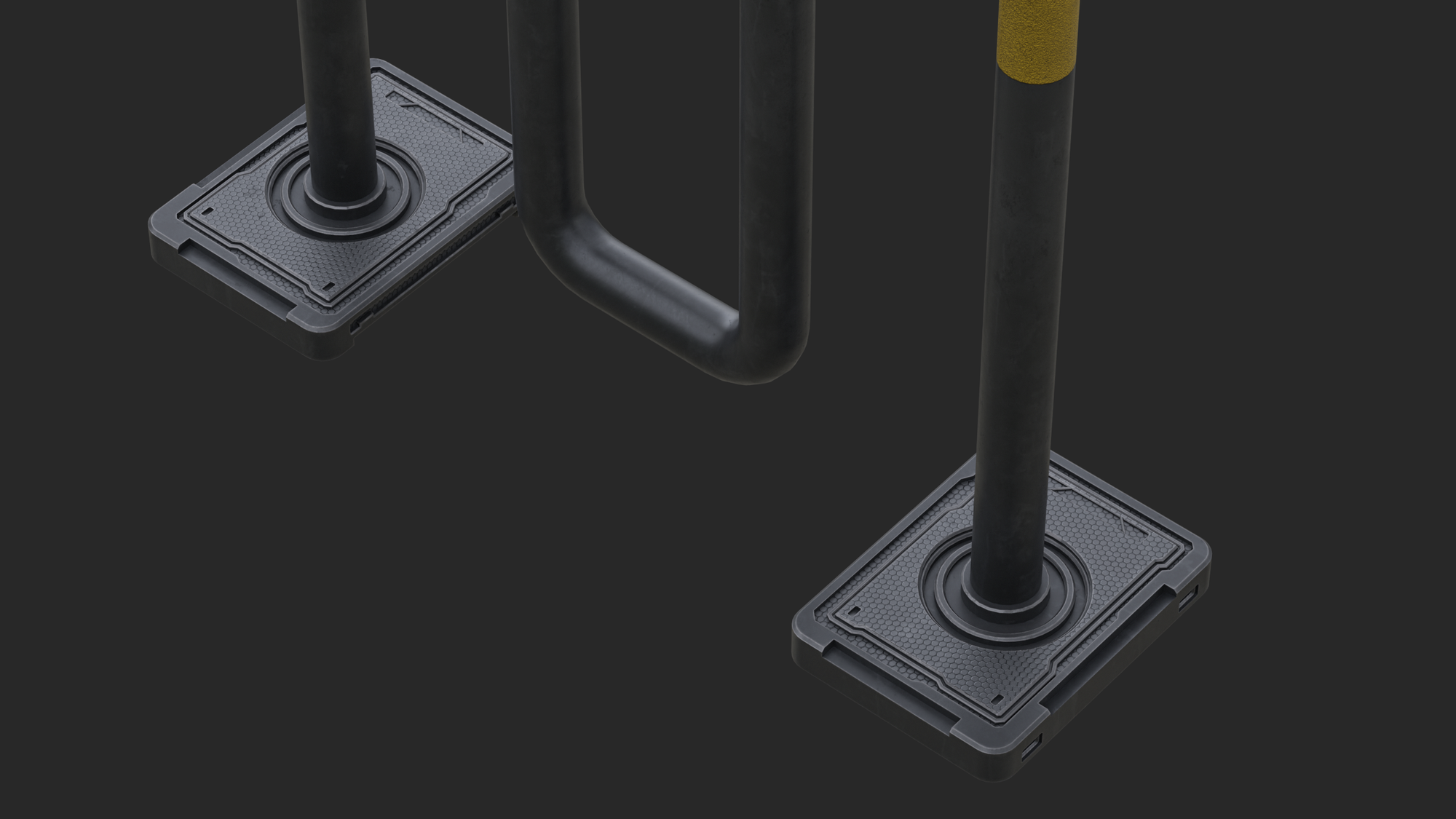
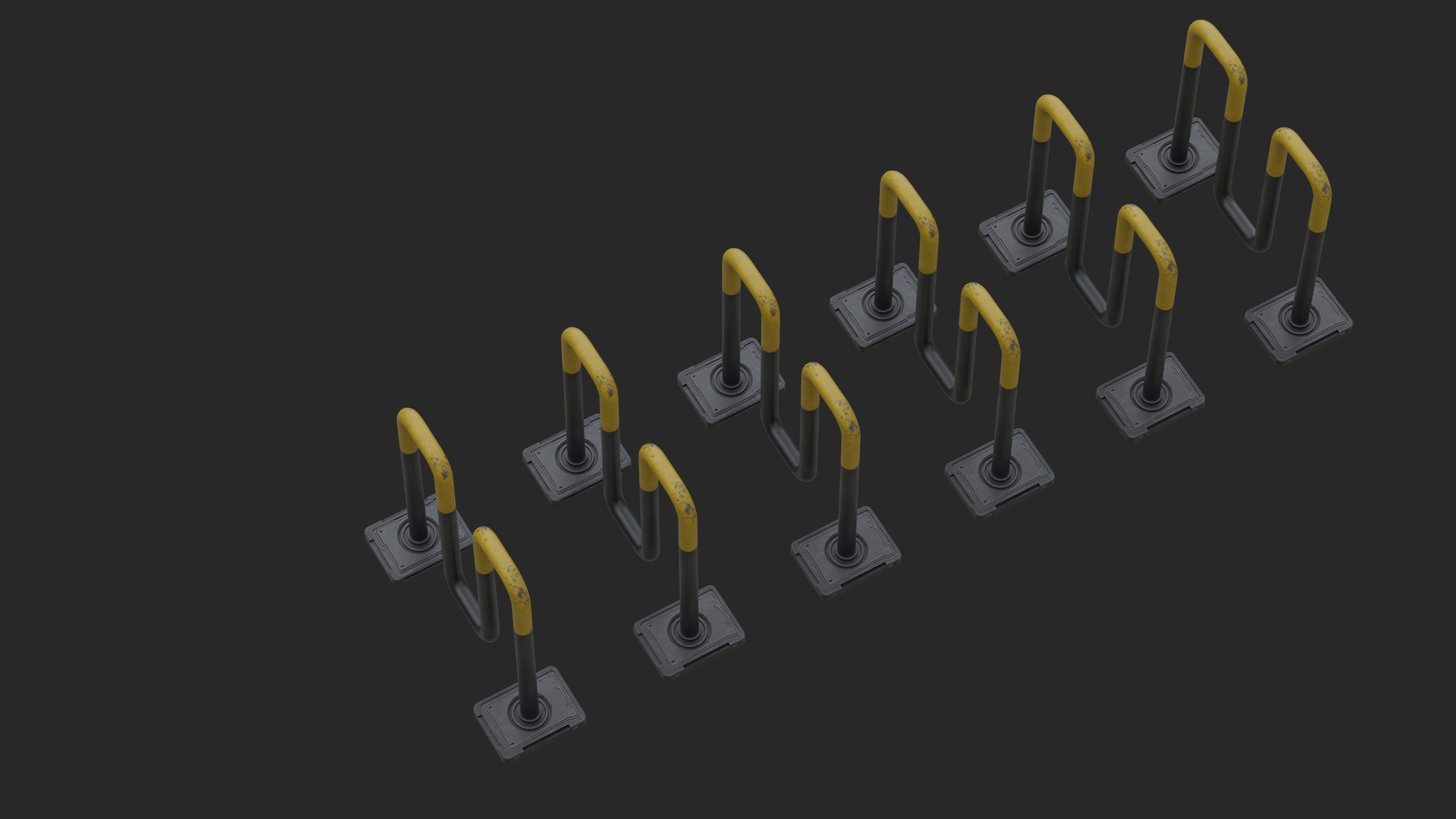
Bollard Props
New bollard props have been created in a range of shapes, heights, and thicknesses, all designed to fit within the city's established visual language. These props follow the city's material zoning system, allowing for different materials and colors to appear depending on their location within the environment.
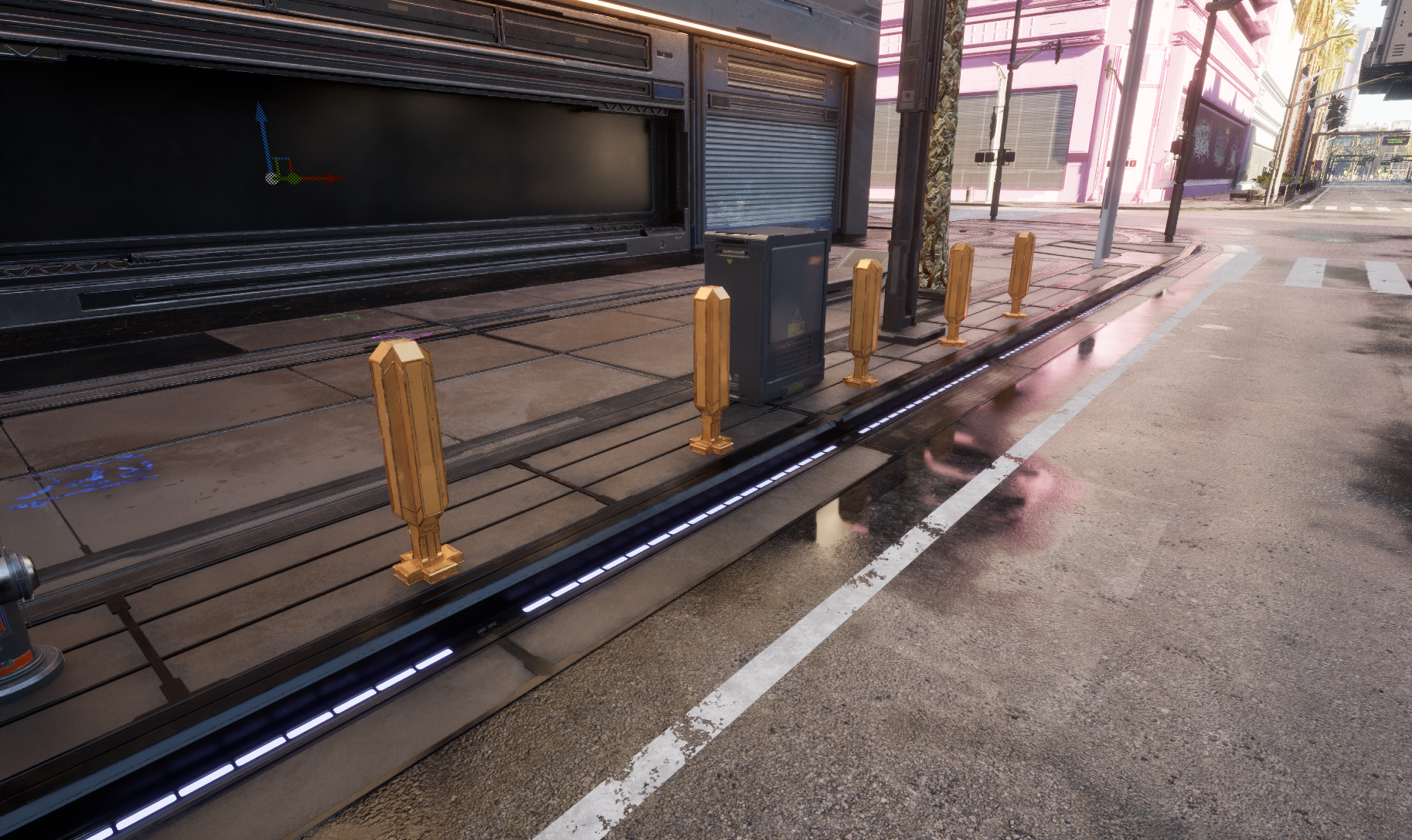
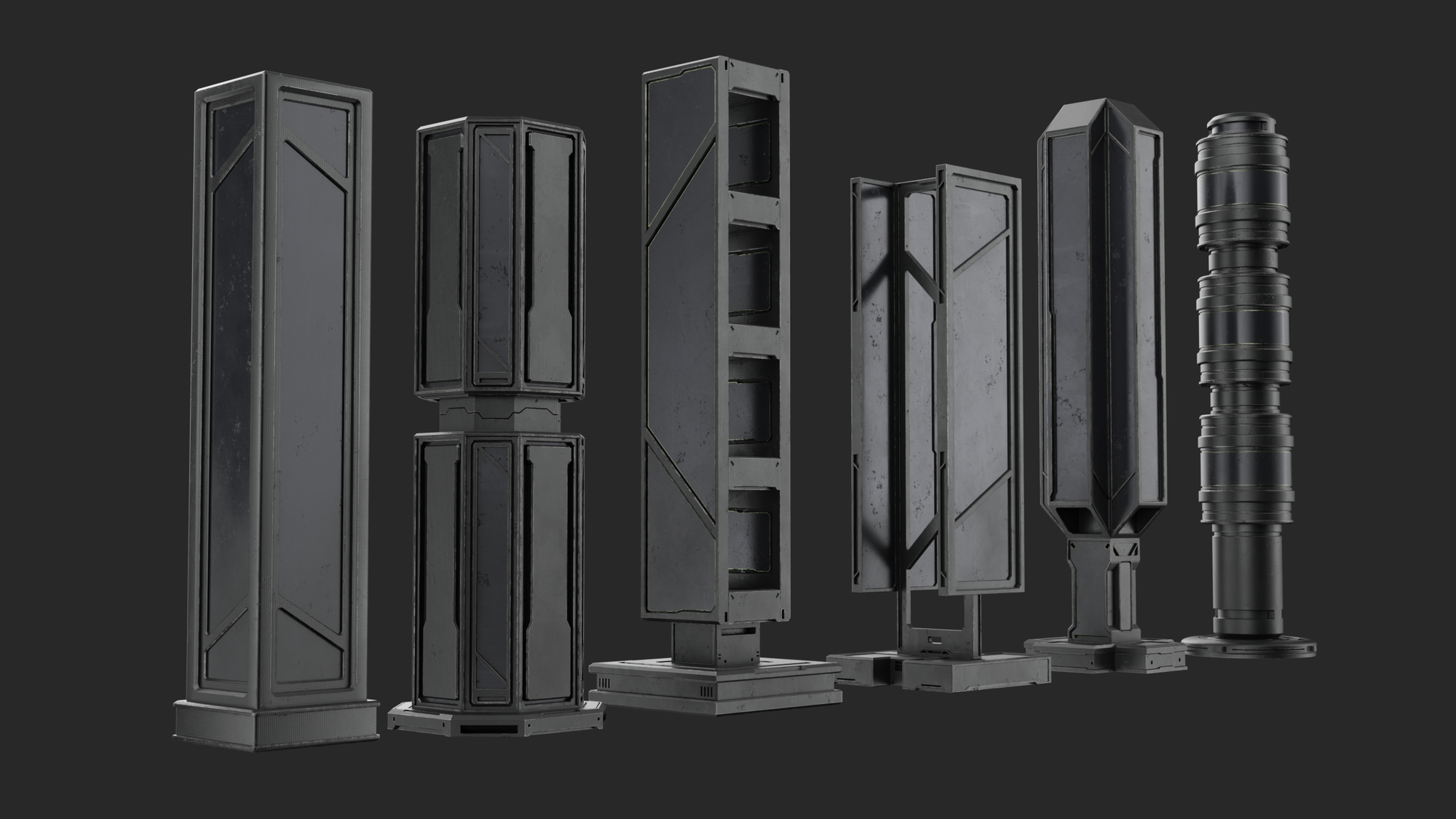
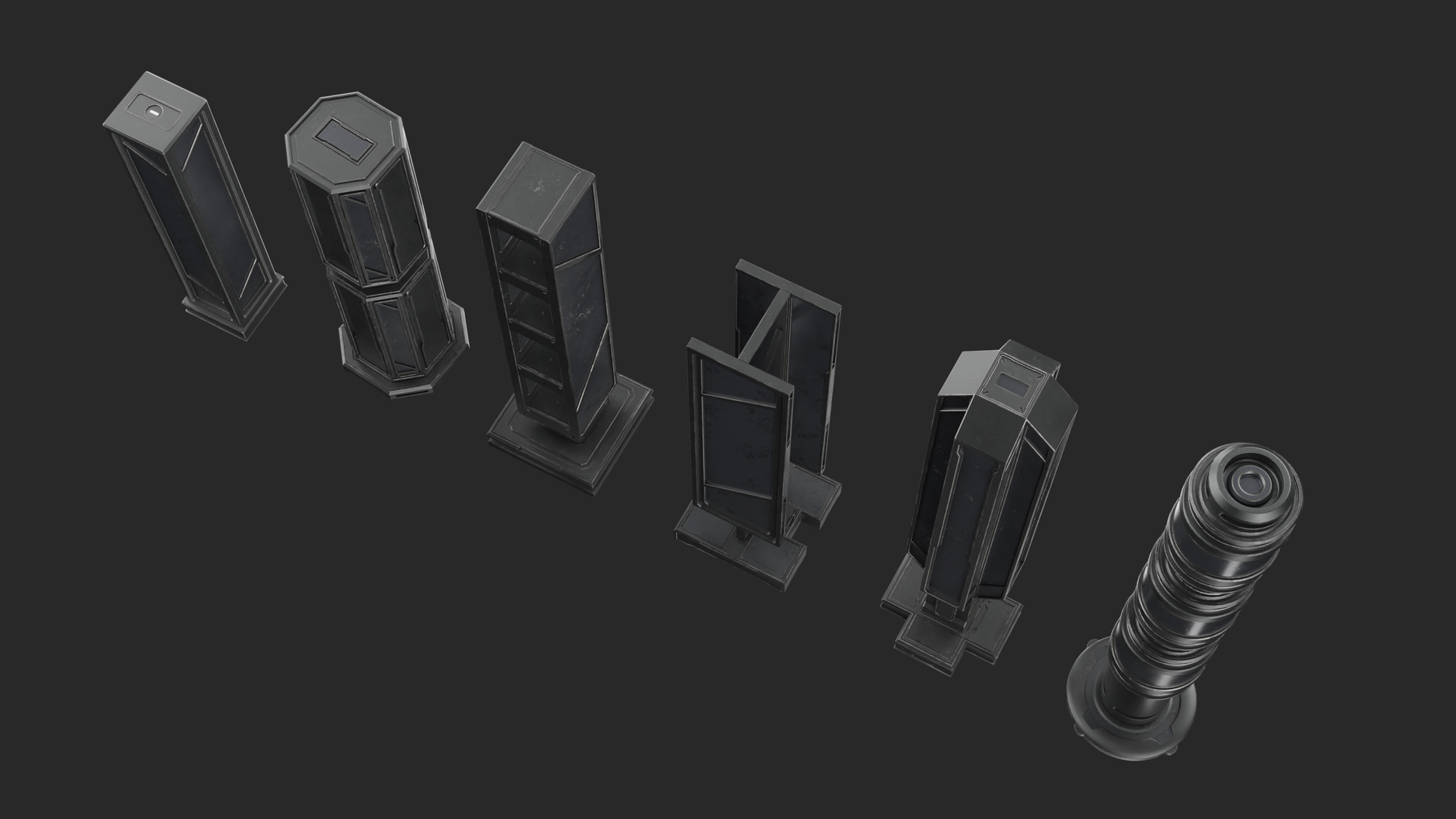
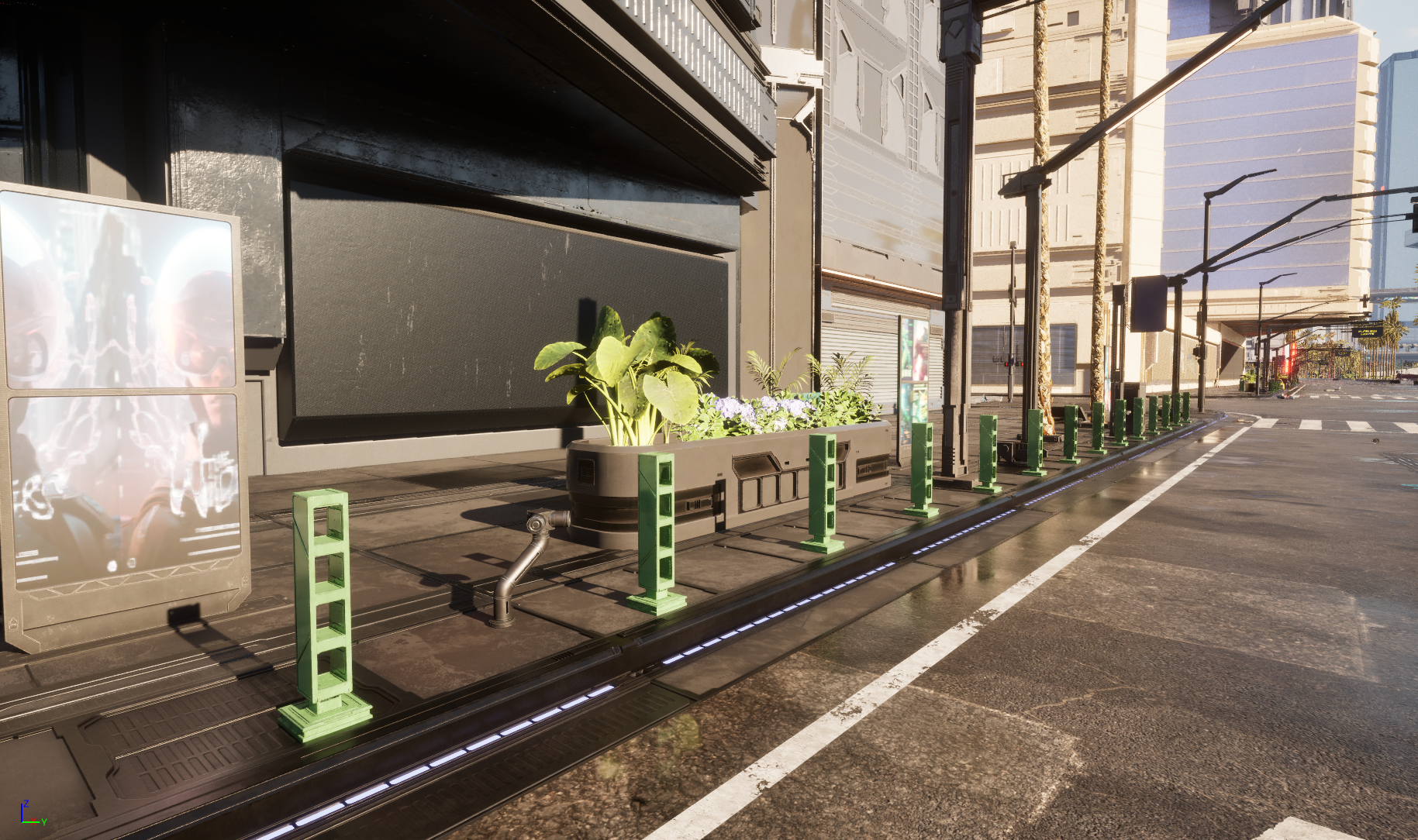
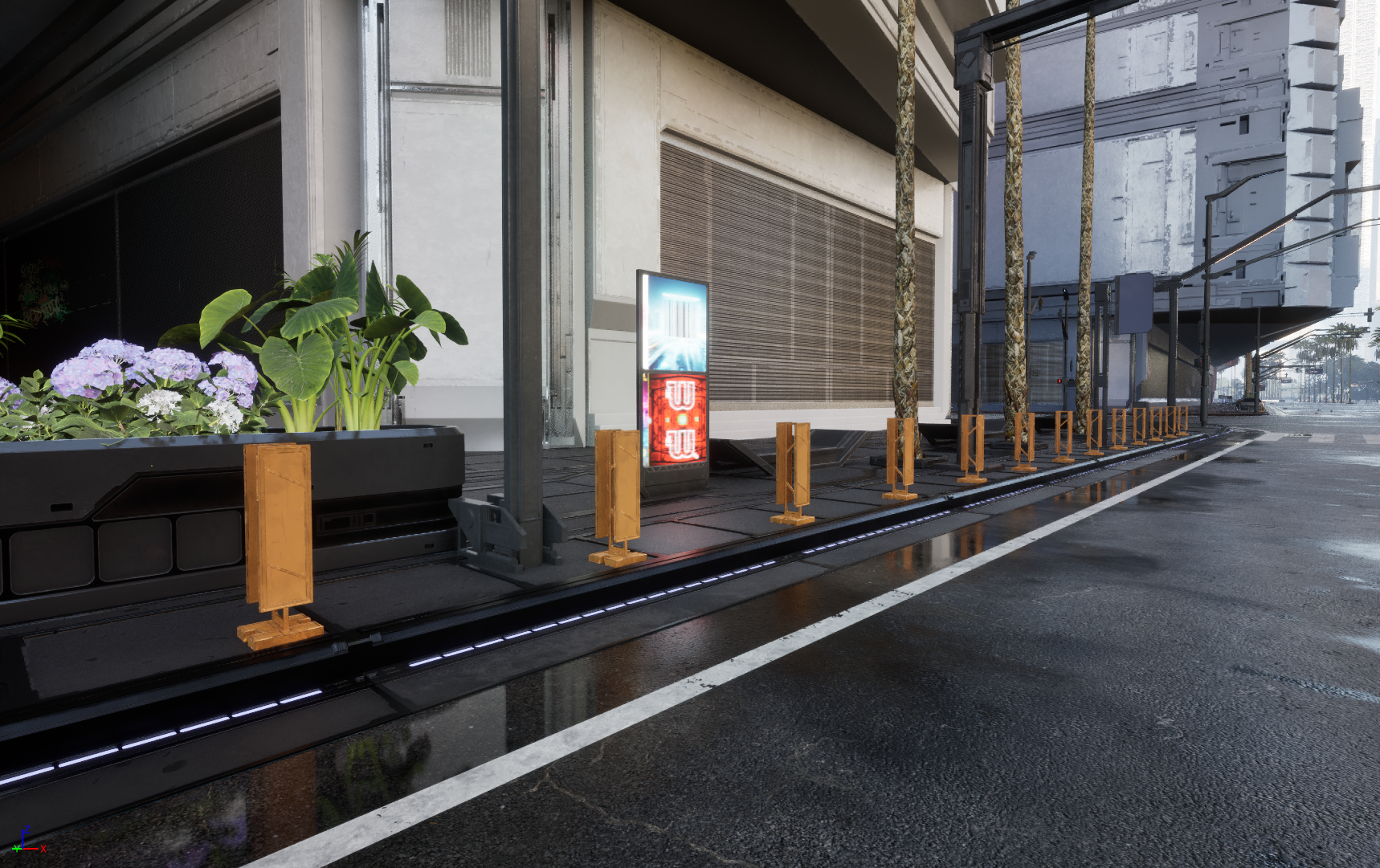
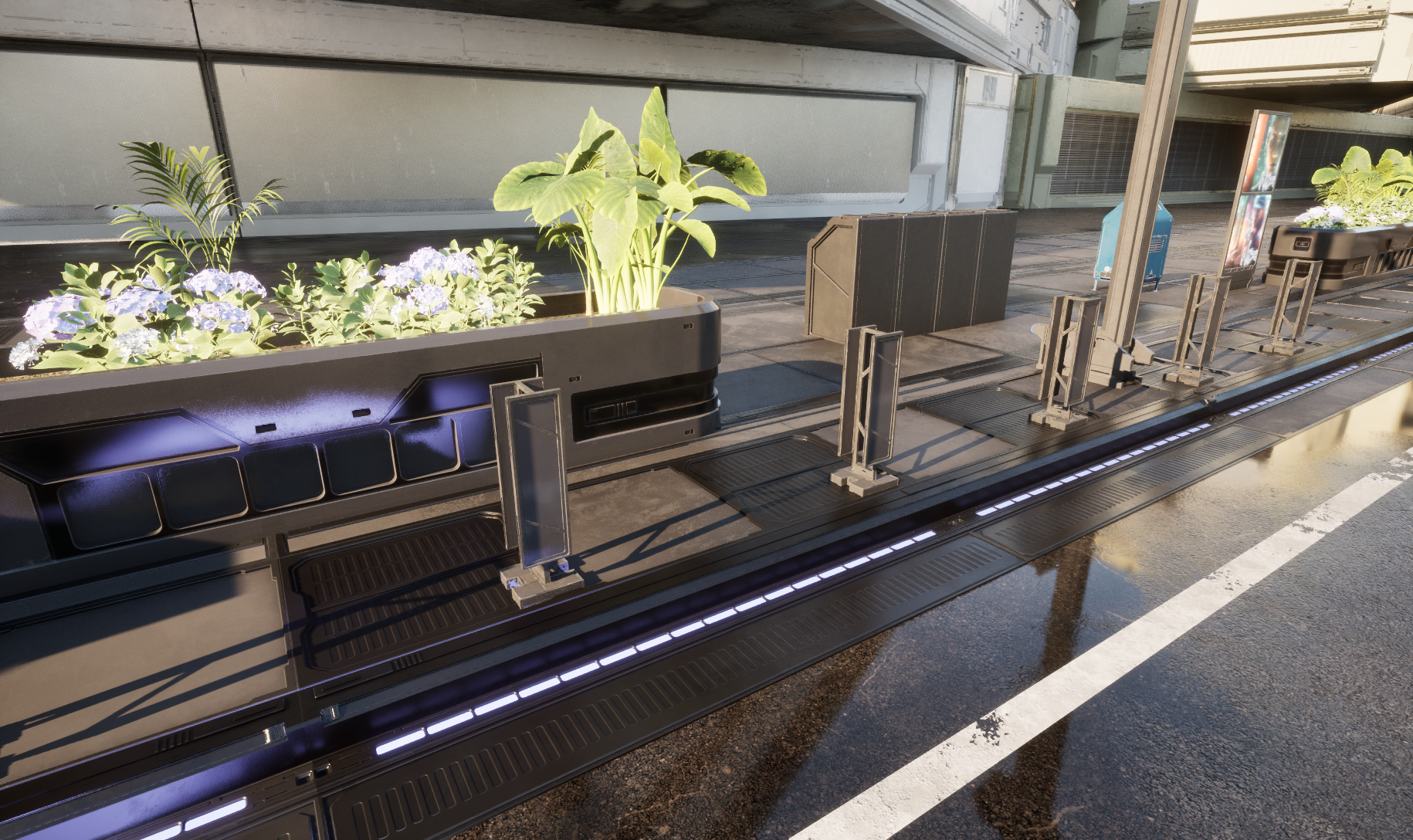
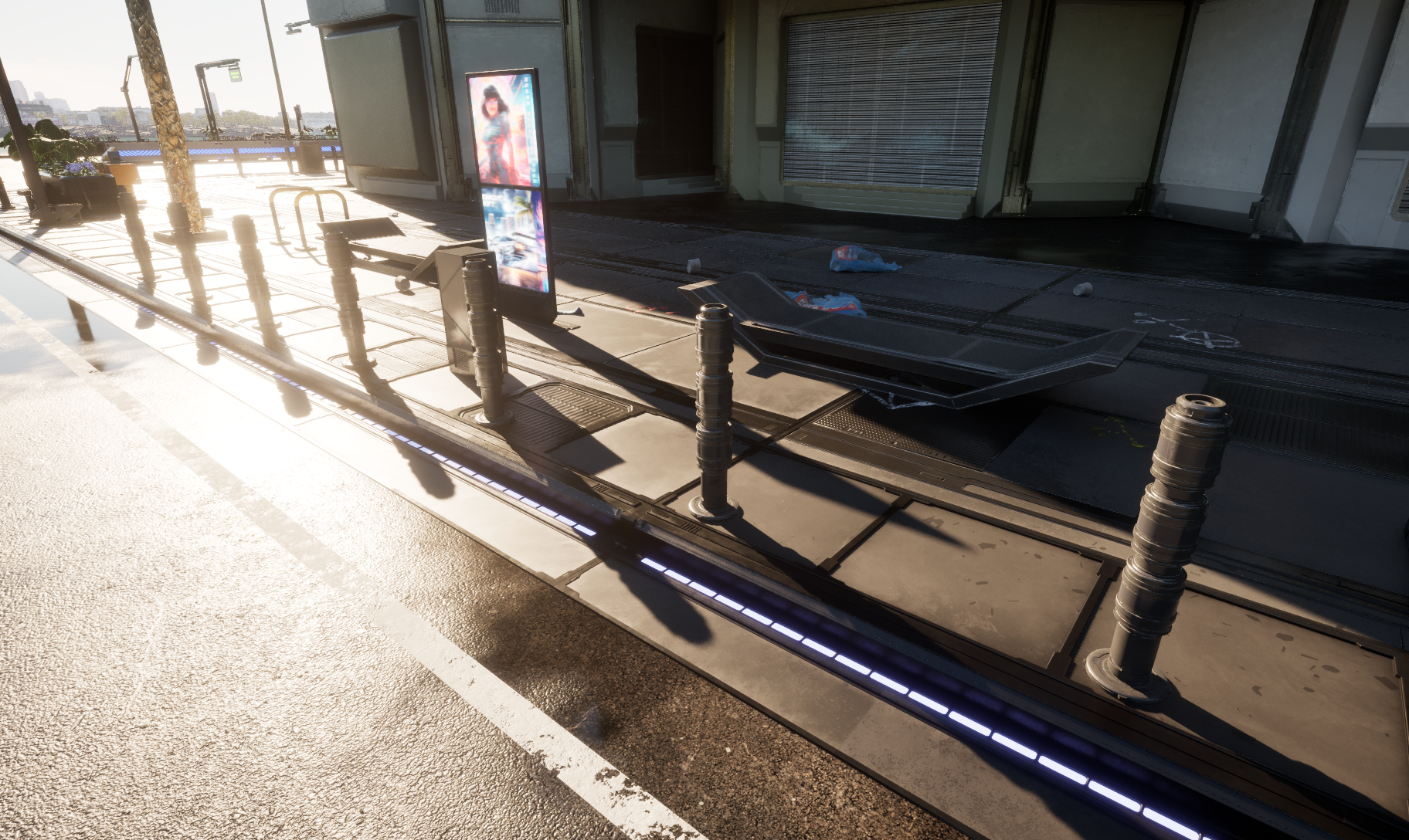
Building Ads Scatter
The ad clusters generated in the previous dev log have now been scattered across buildings throughout the city. Placement is driven by procedural logic informed by real-world ad distribution patterns in cities like Tokyo and New York. The system avoids overlap and maintains logical arrangements across varied surfaces. These scattered ads currently act as placeholders and will serve as the base layer for future billboard content once final ad visuals are created.
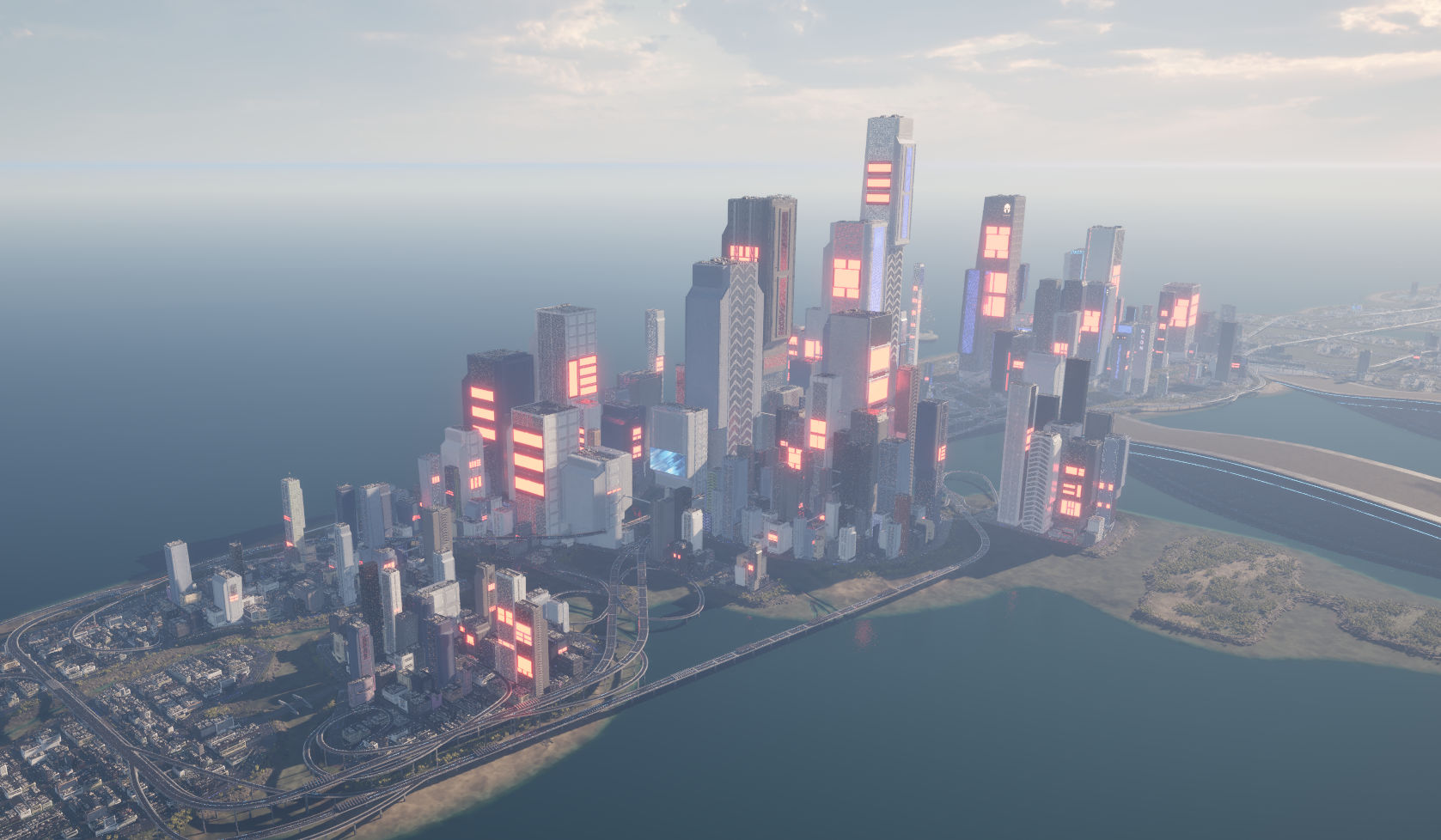
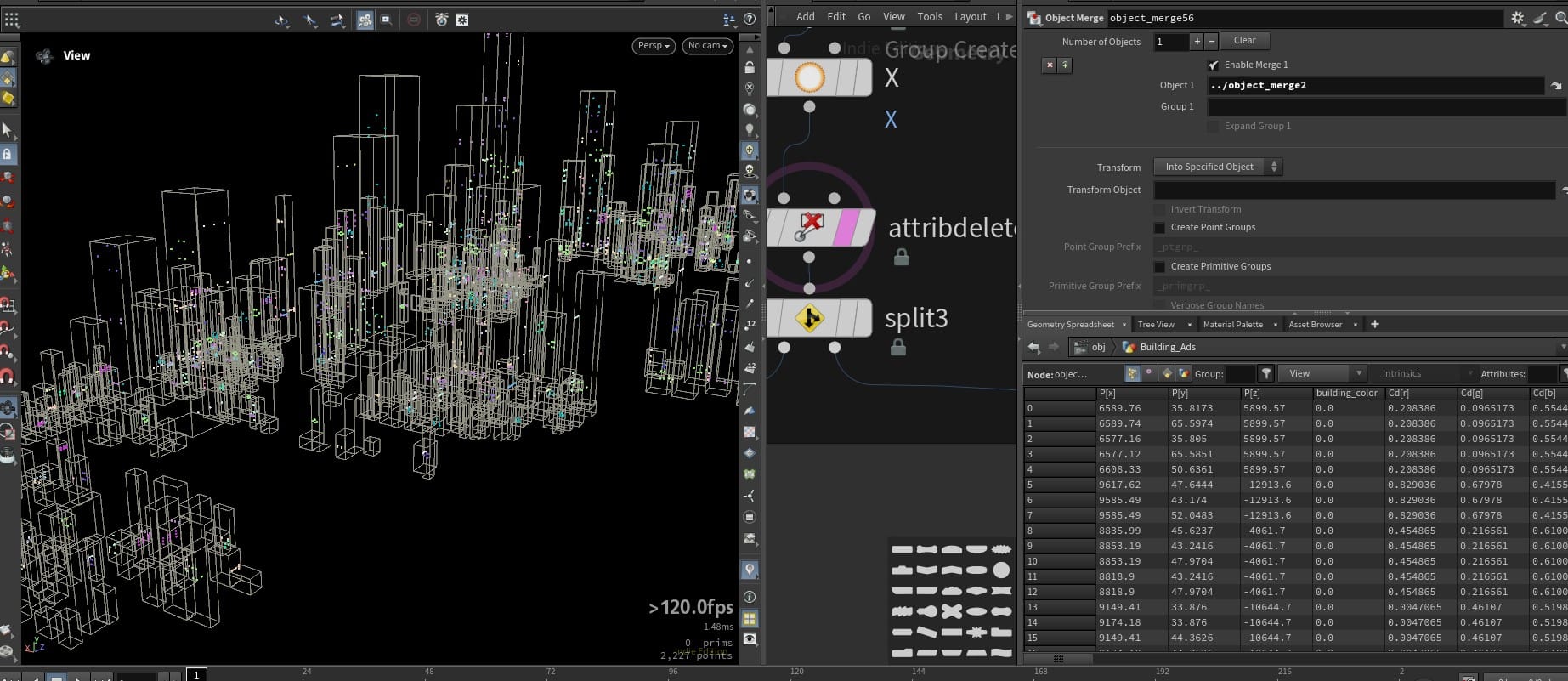
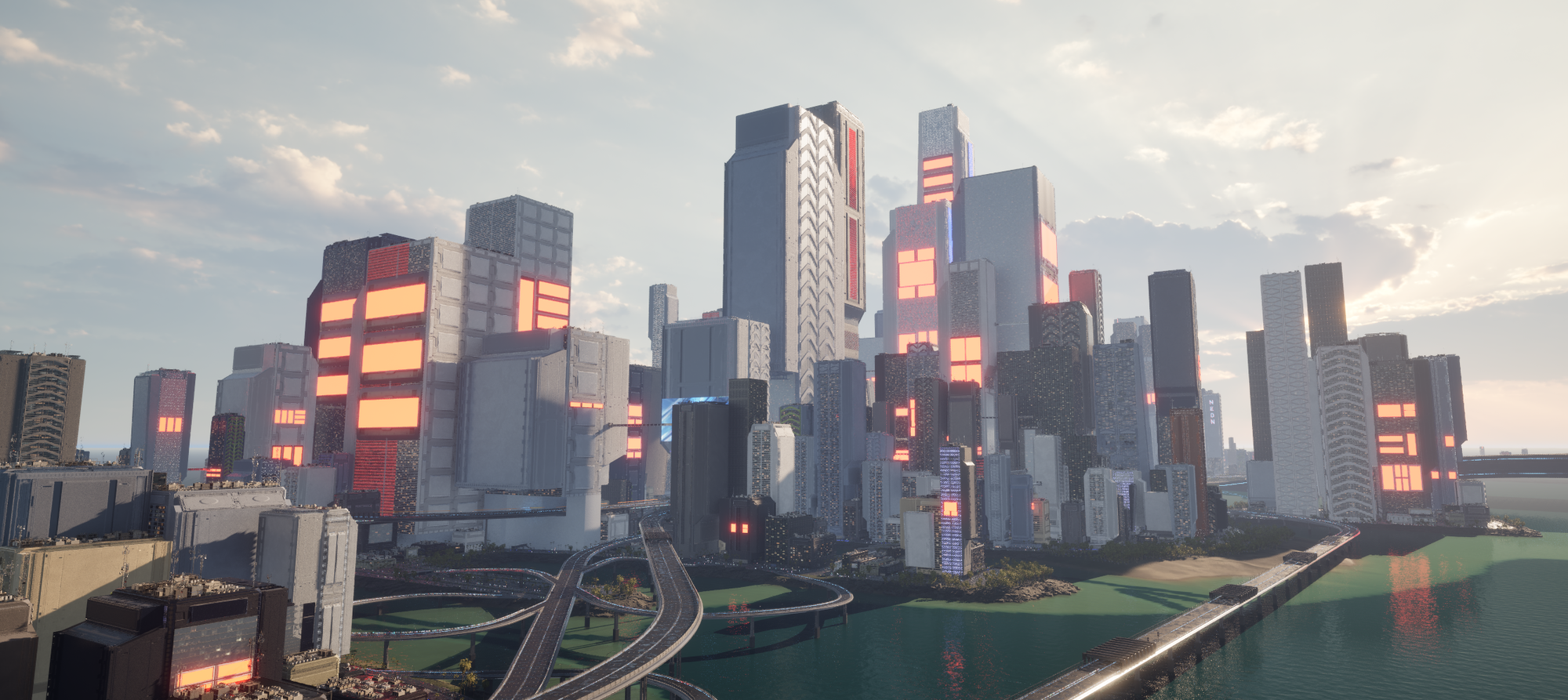
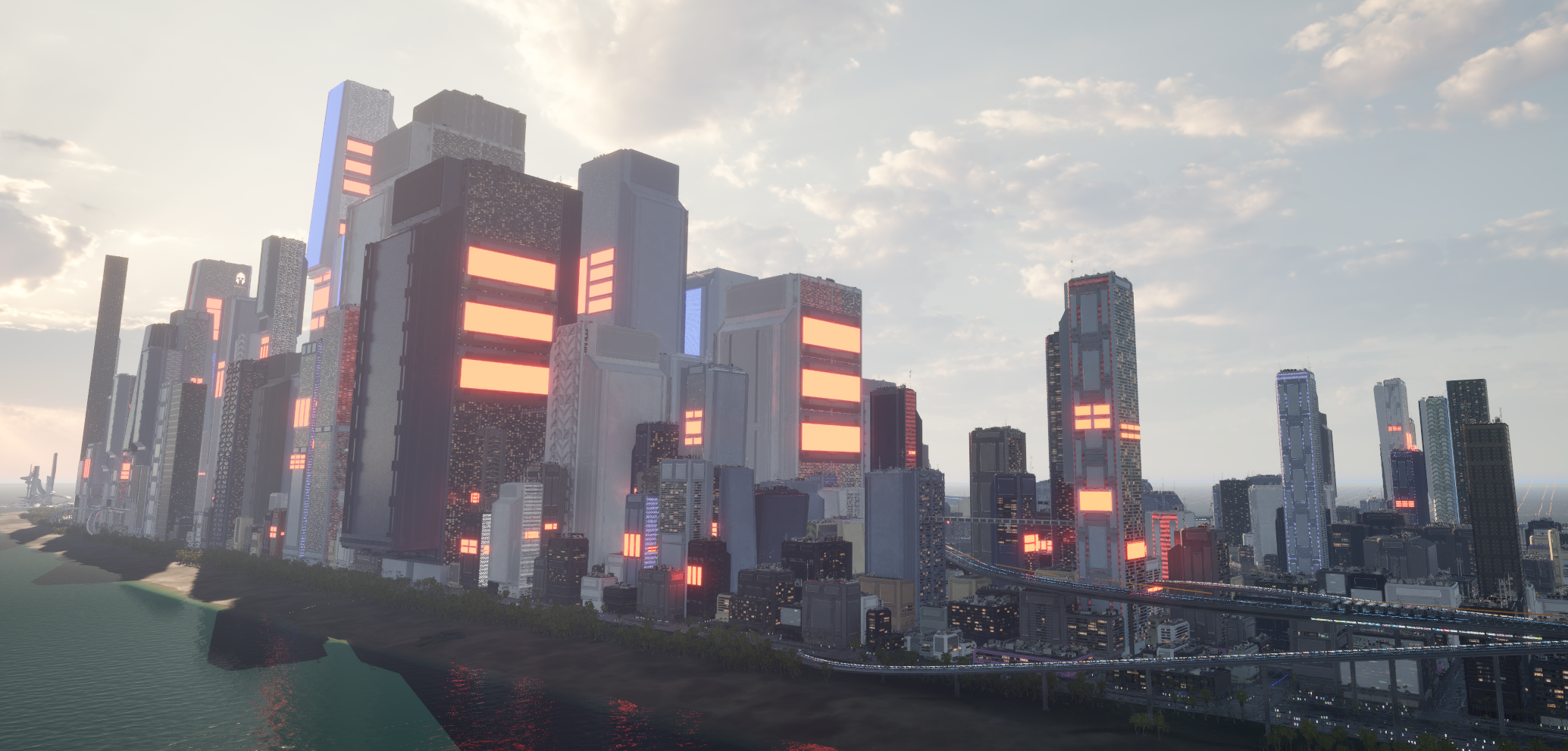
Building Overhangs
The undersides of cantilevered building overhangs previously used flat mesh surfaces. The existing roof panel instancing system has now been adapted for use on these underside areas. This change improves performance through instancing and enhances visual fidelity, especially when viewed from street level.
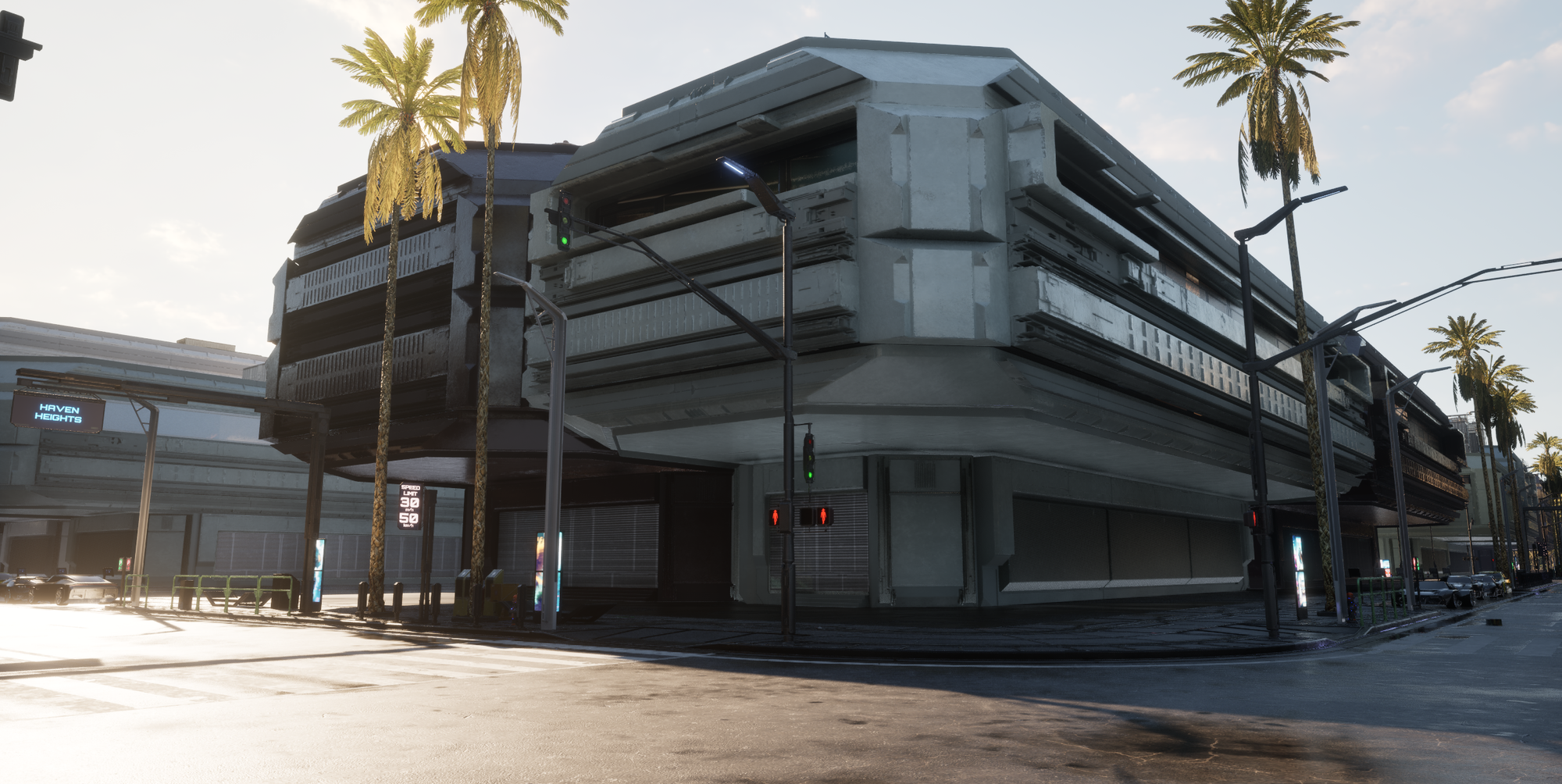
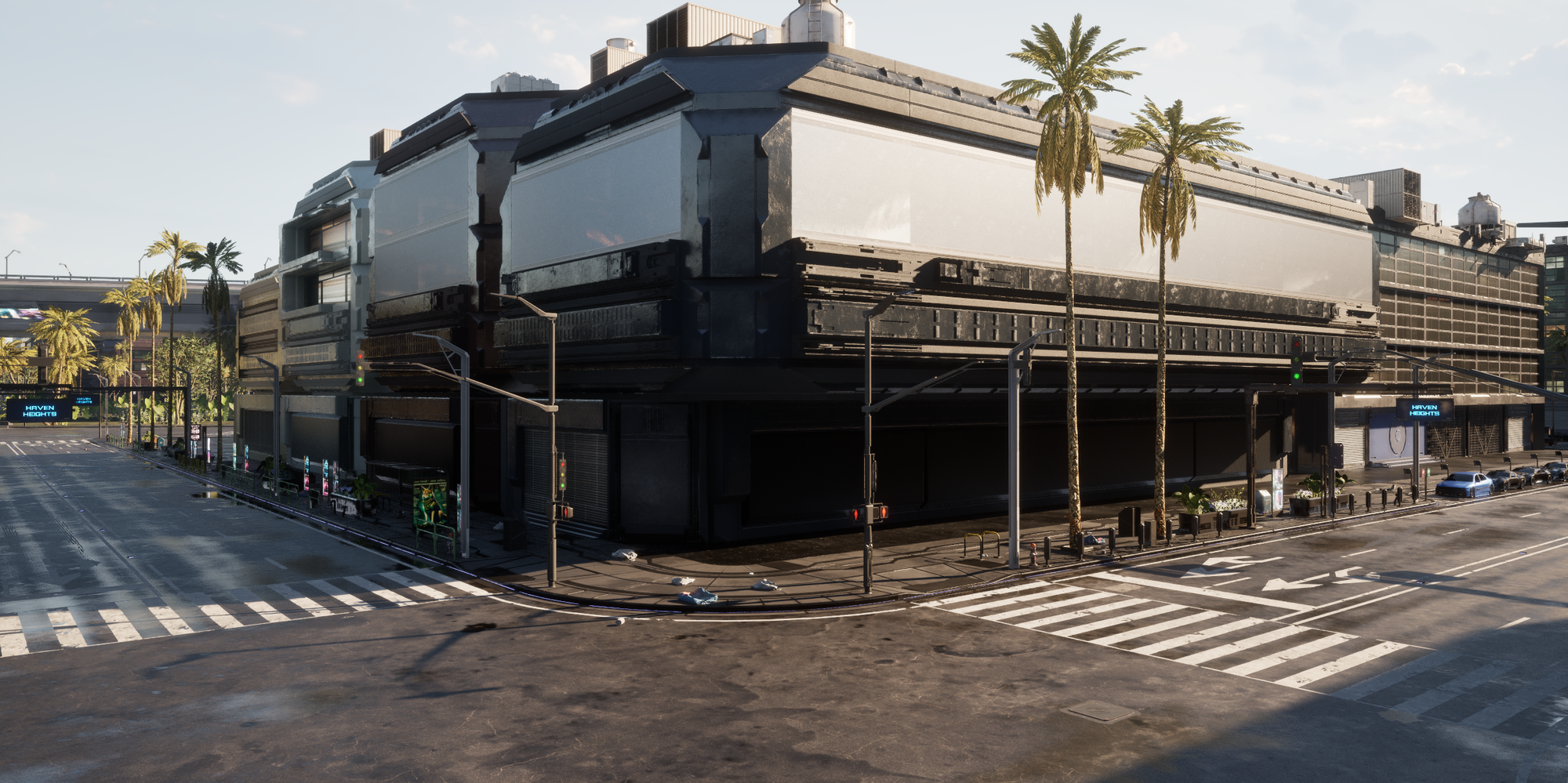
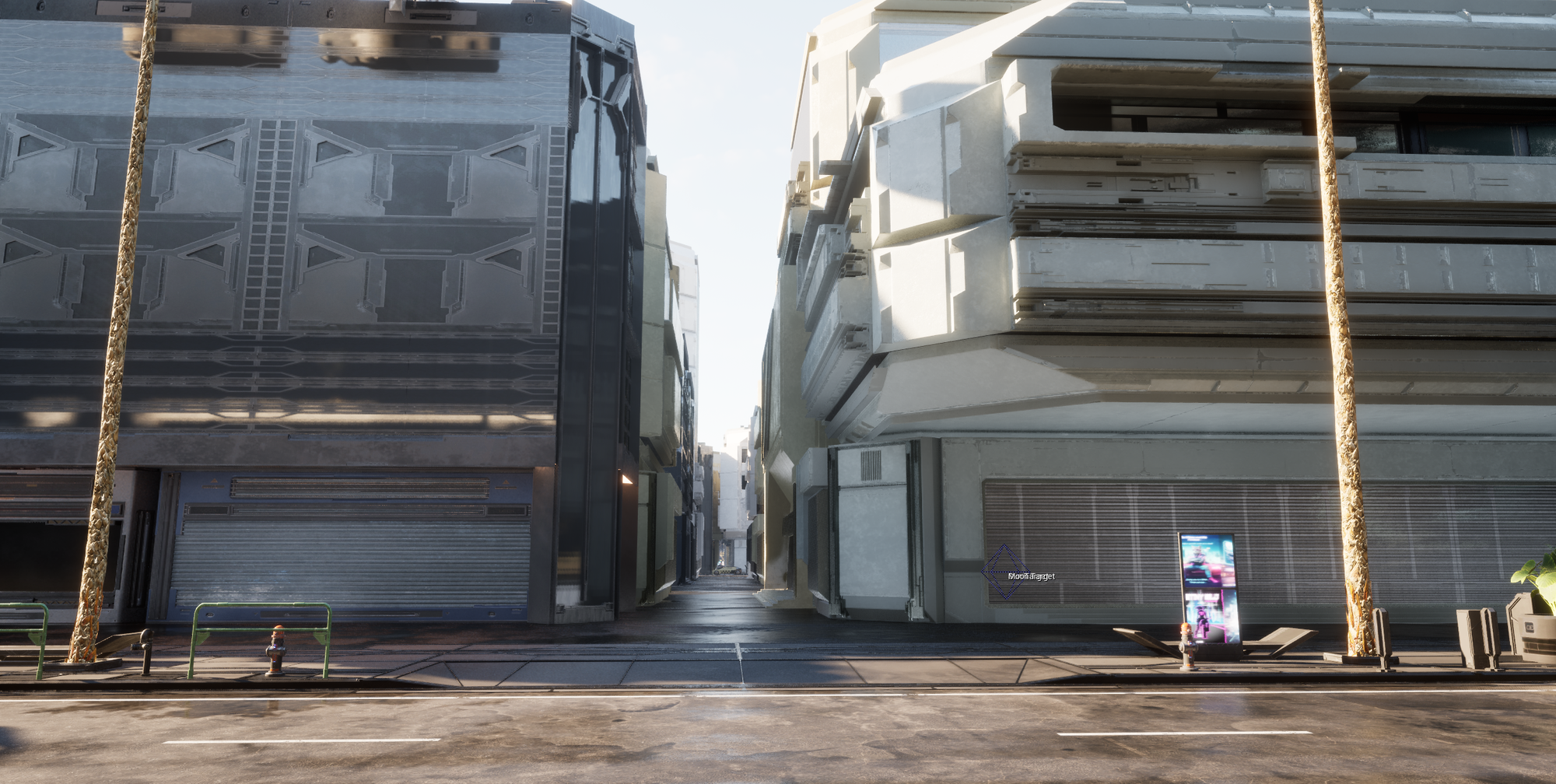
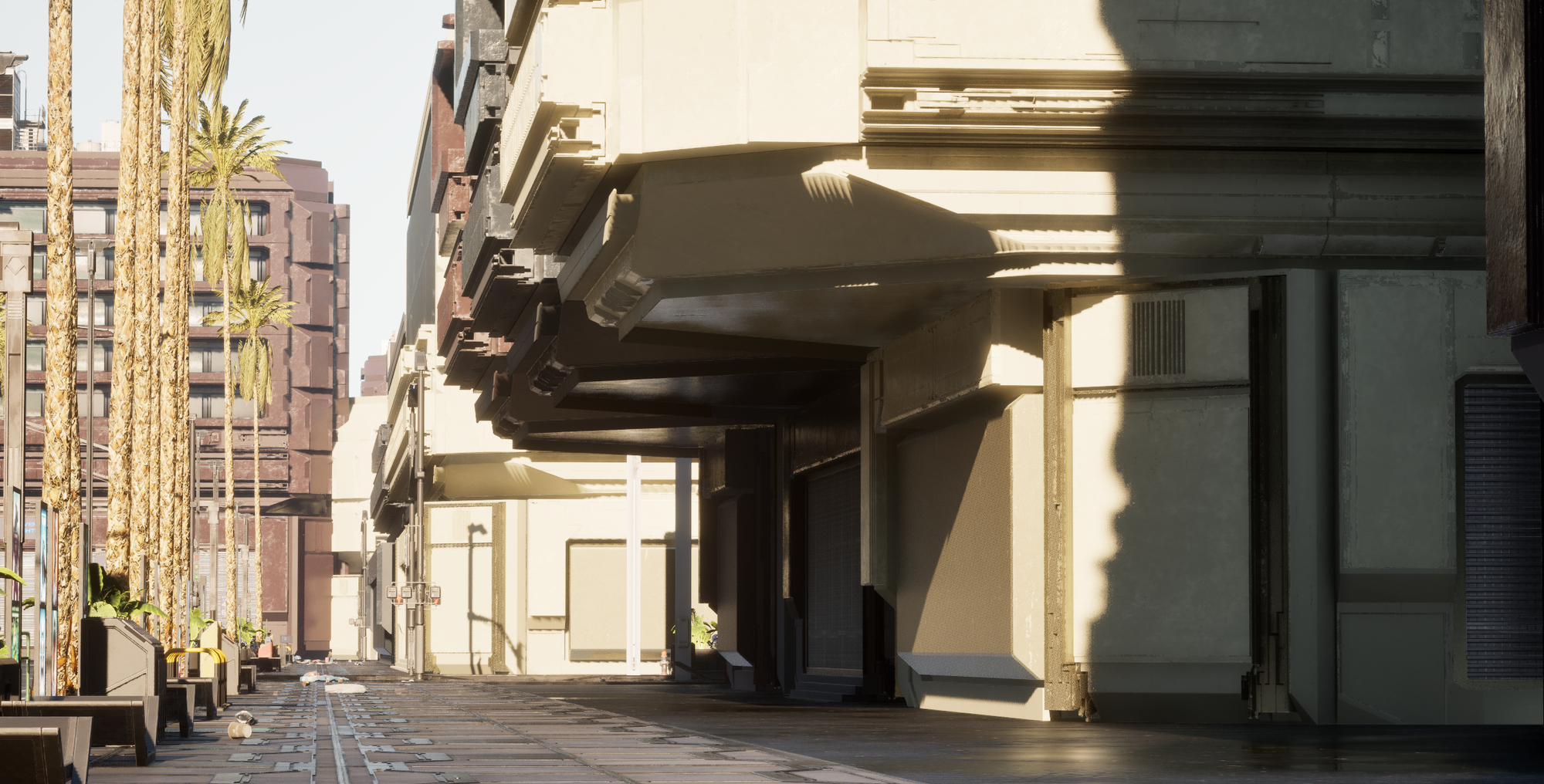
Building Shape Cleanup
The base building system has been updated with improved algorithms to generate cleaner outline shapes. These changes reduce irregular geometry, prevent sharp or unrealistic angles, and eliminate bugs that could cause panels to become squished or disappear.
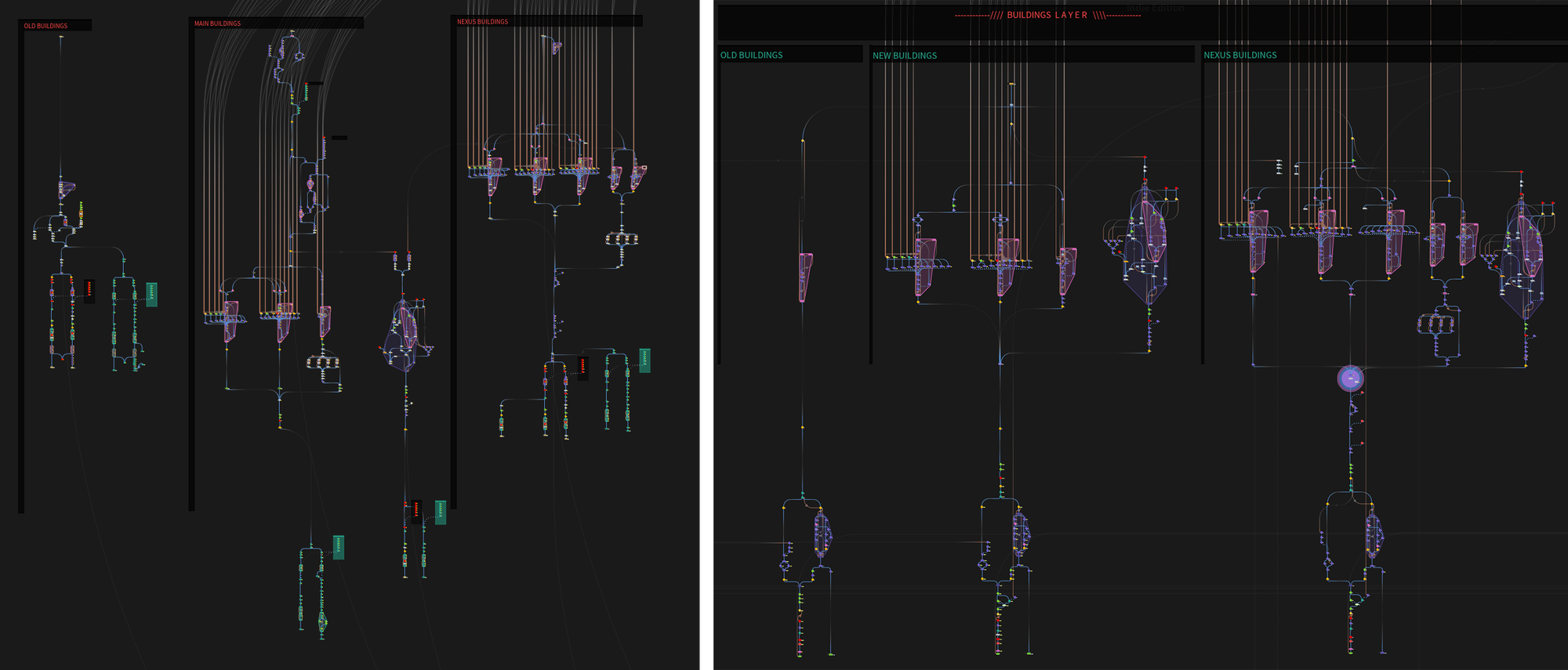
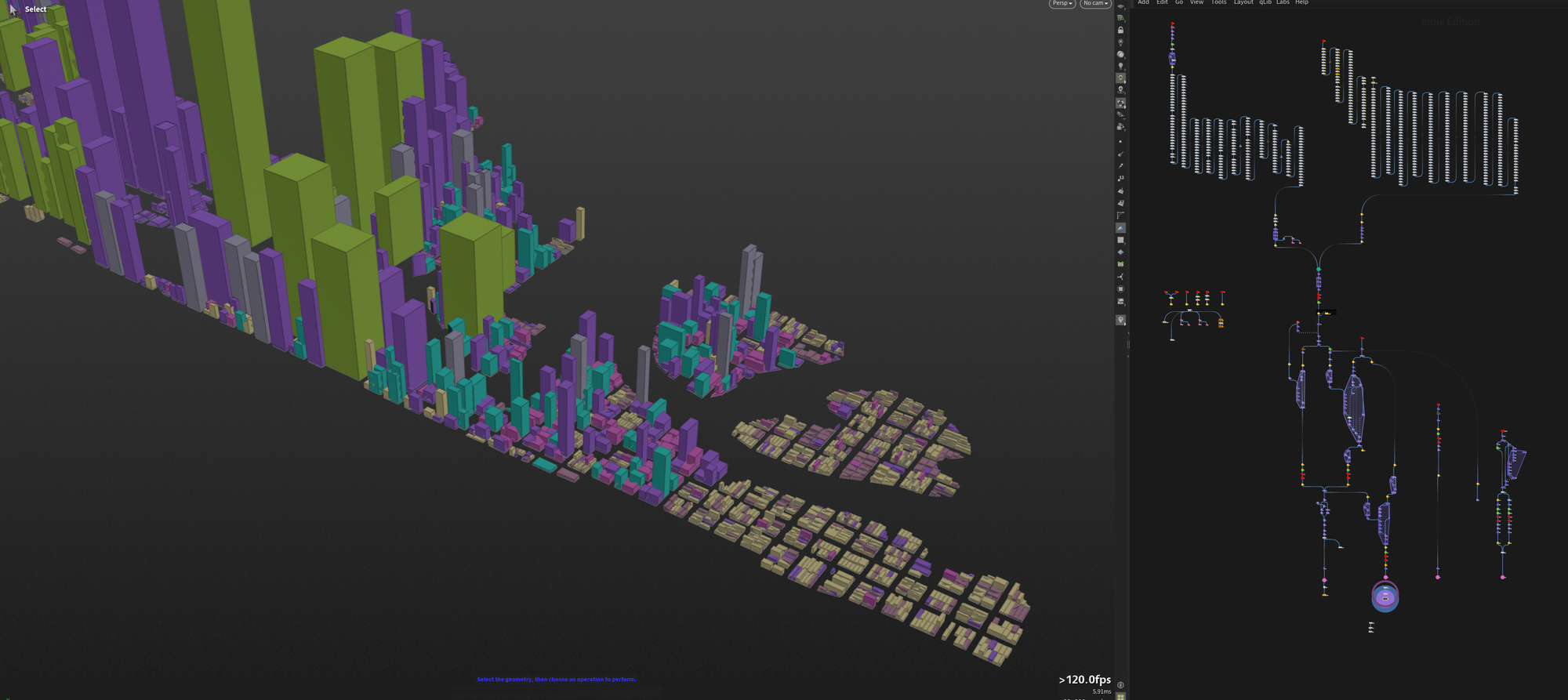
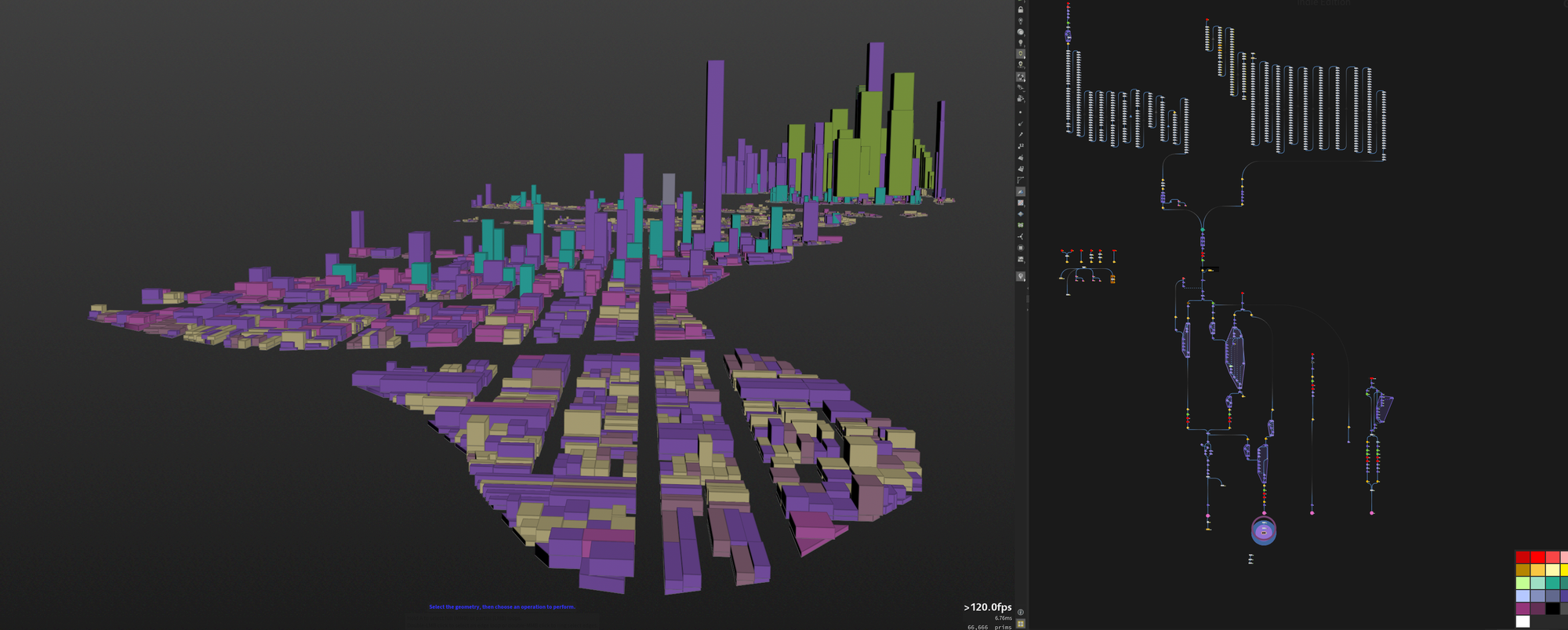
Distance Mark Signs
Distance markers have been created and placed along highways and overpasses to help identify specific locations along each route. These signs are positioned at regular intervals of one mile, or approximately 1,600 meters, across all three overpass systems.
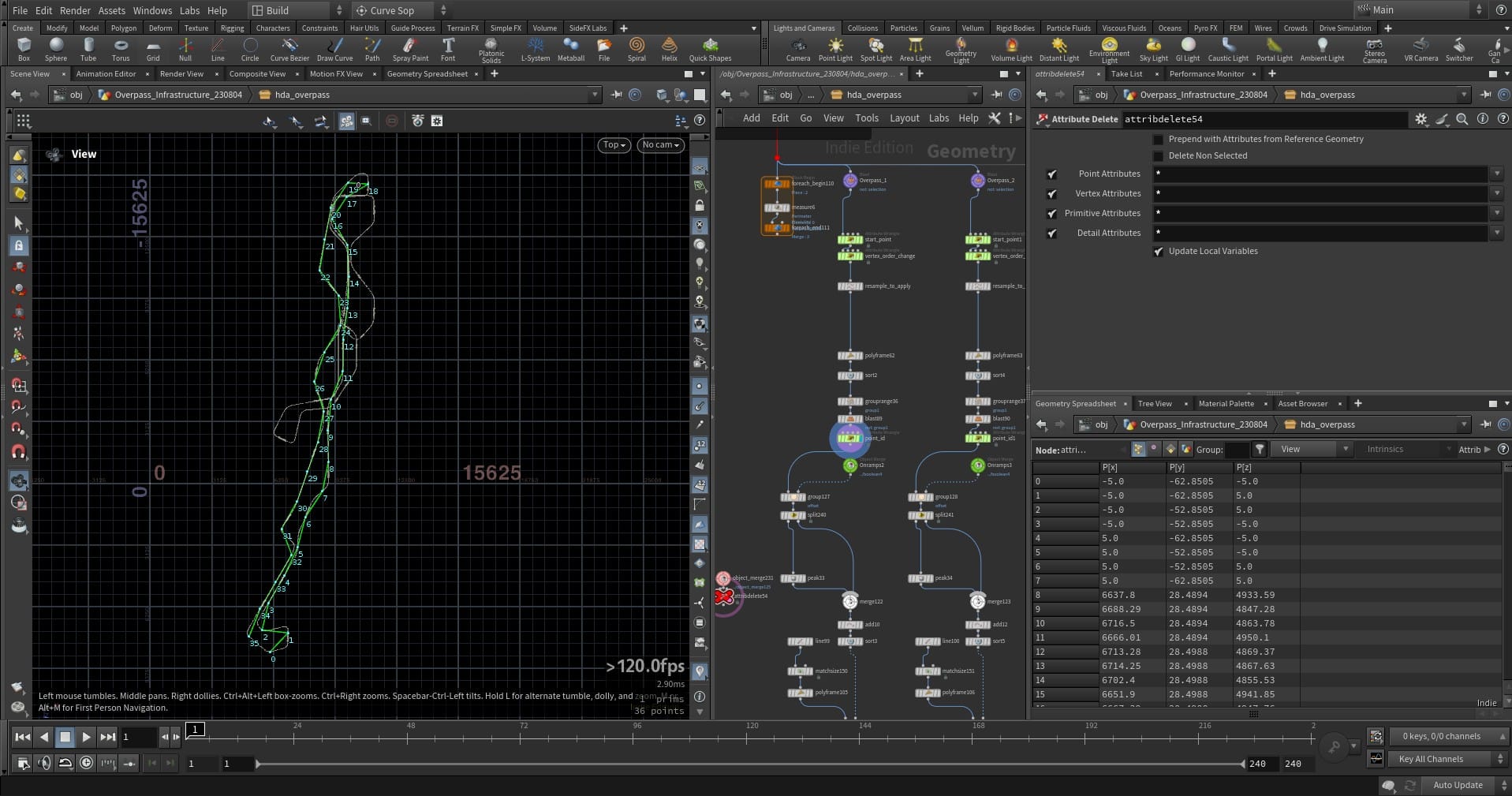
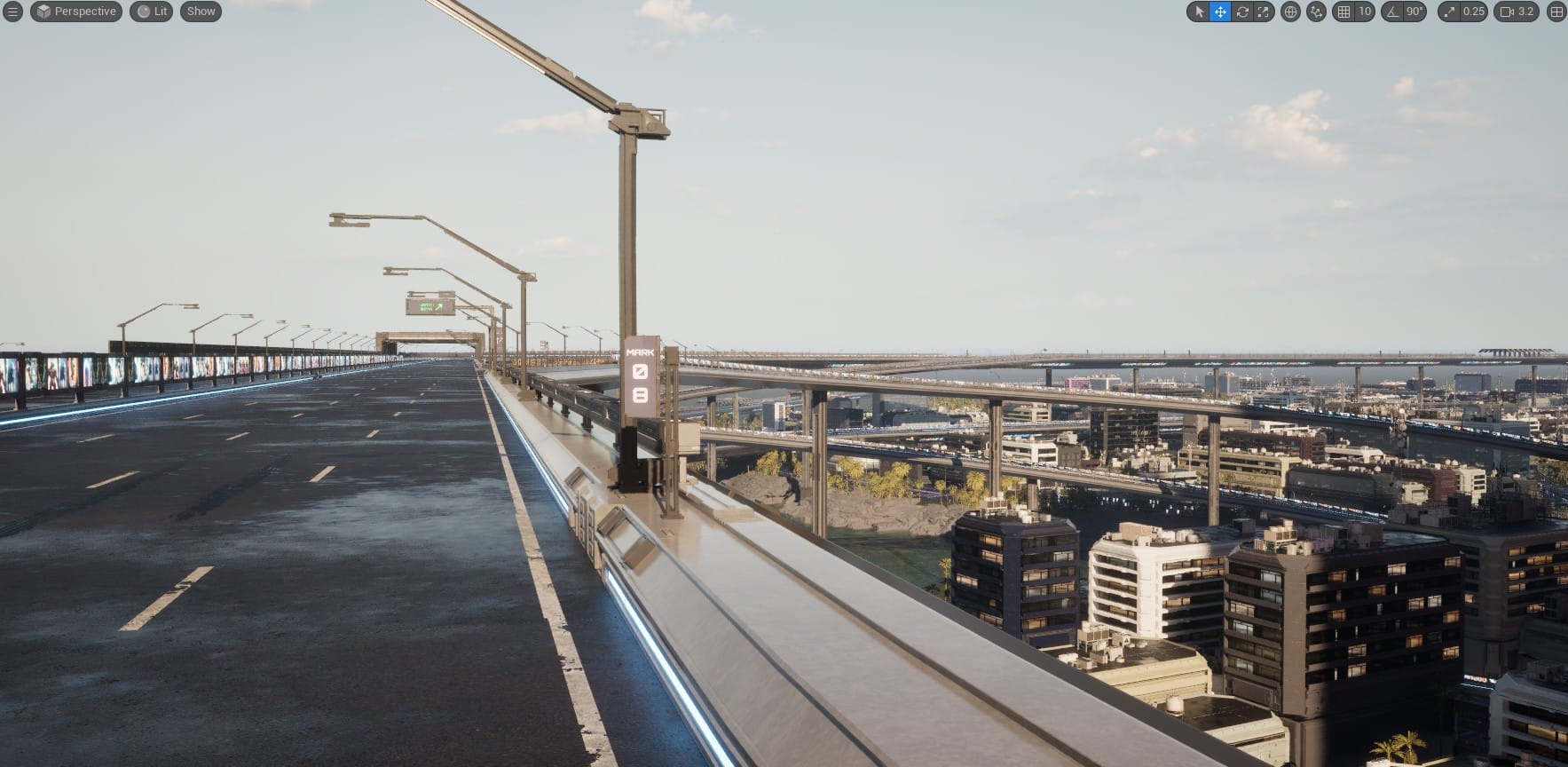
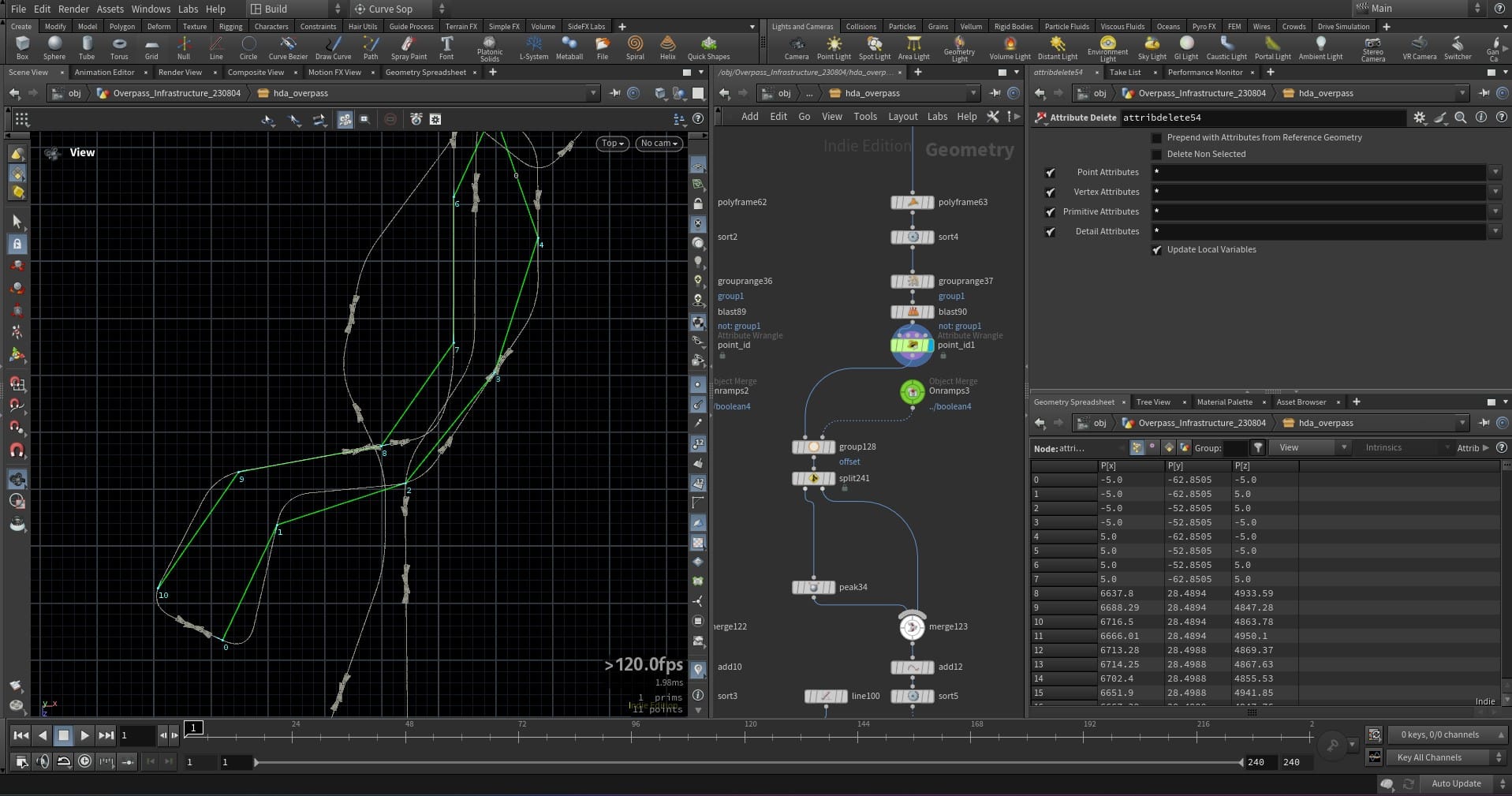
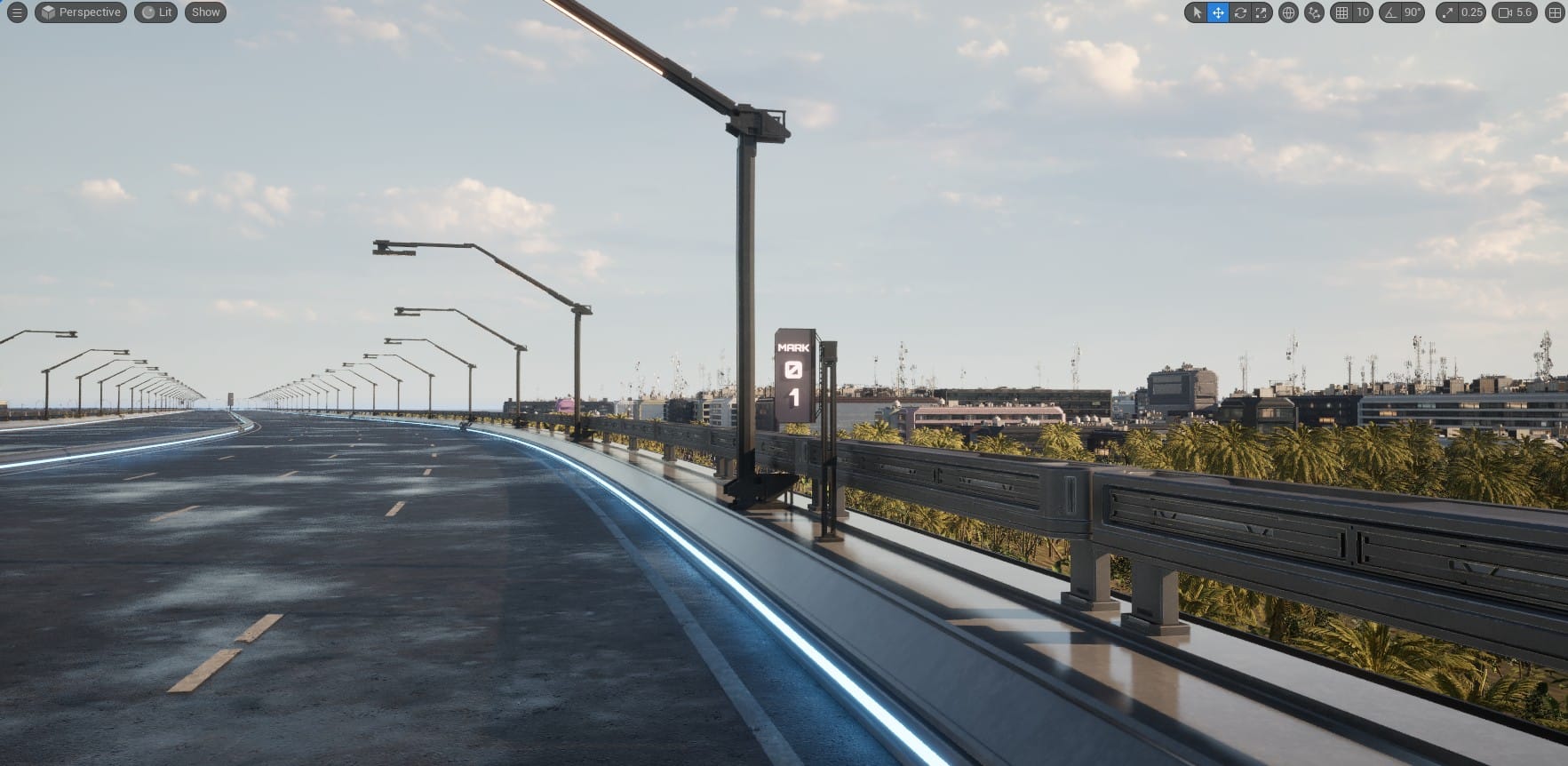
Guardrail Props
A new set of guardrail props has been created for placement throughout the city. As a common buffer between sidewalks and roads, guardrails are a prominent part of the streetscape and require multiple variations while staying consistent with the city’s design language. These props are distributed procedurally and adapt to material zones, allowing the same guardrail types to appear in different colors depending on their location.
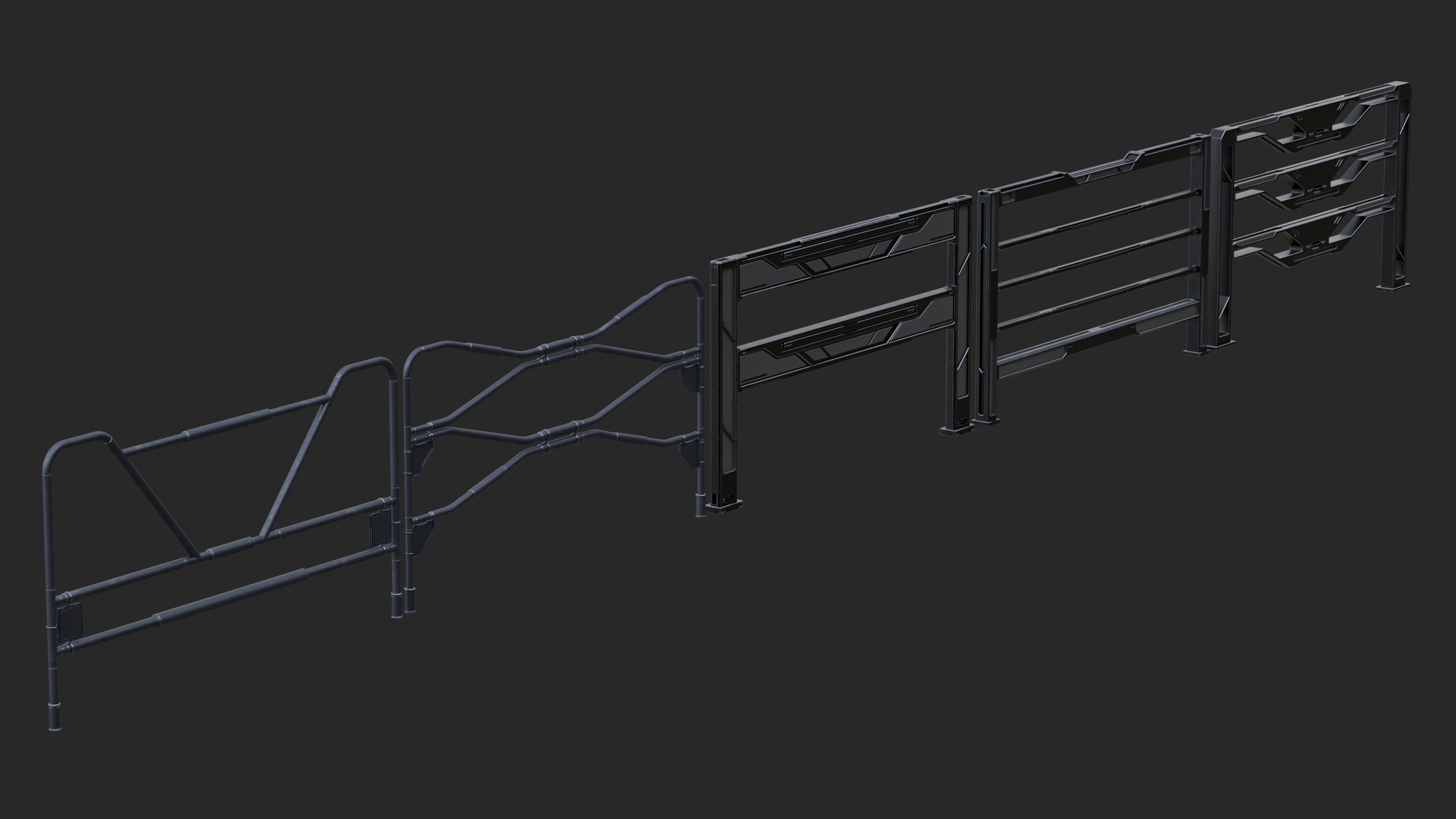
Merge and Split Signs
New signs have been created for the highway system to indicate where overpass ramps merge into or split from main traffic routes. Placement is handled automatically by the highway generation system, which assigns the appropriate signage based on whether a ramp is for entry or exit.
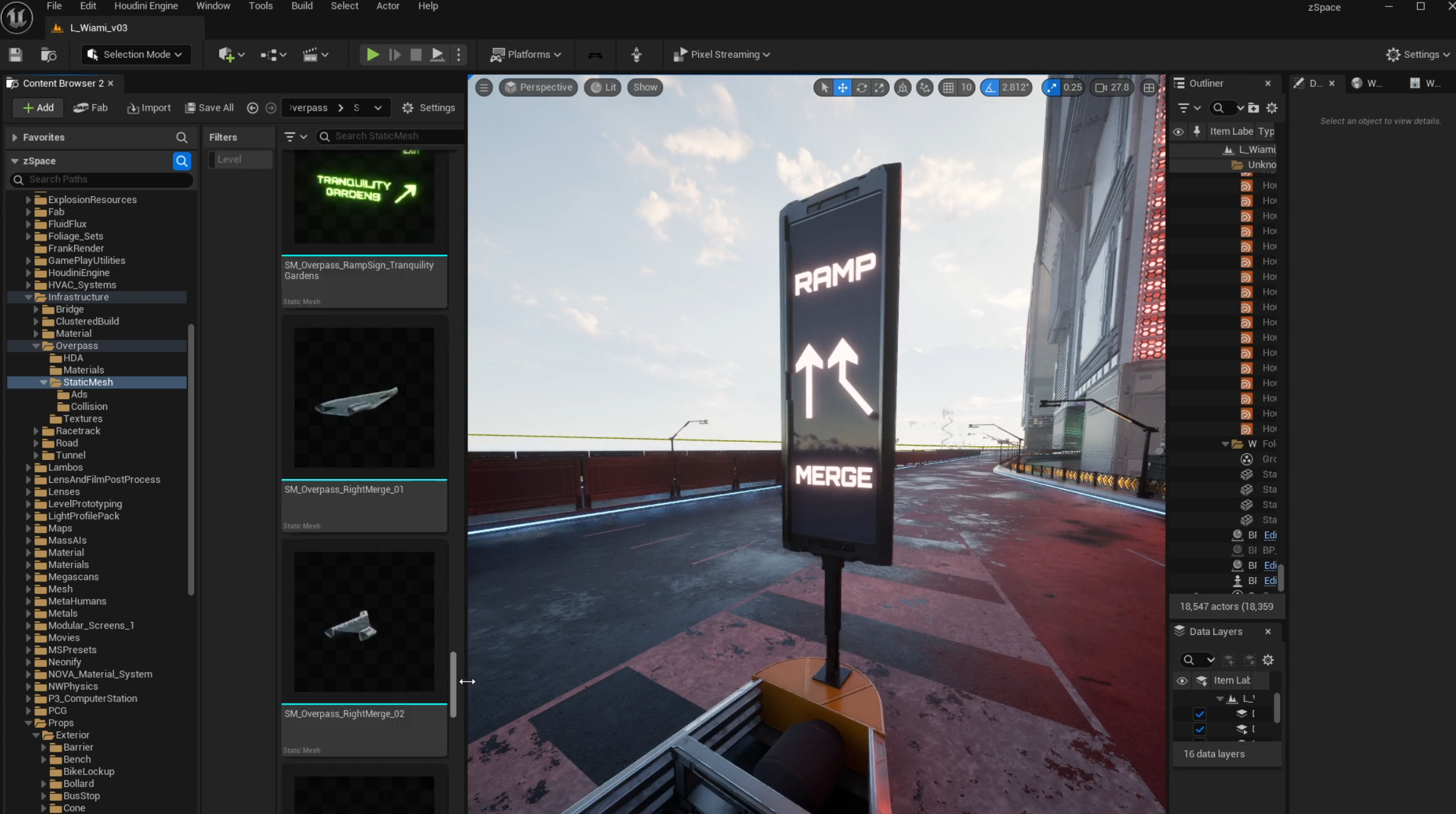
Overpass Pillars
The concrete pillars supporting overpasses have been redesigned to improve both visual quality and realism. Updates include properly chamfered geometry and a new procedural concrete material setup. These improvements apply to pillars placed in water and above ground level, contributing to overall environmental consistency.
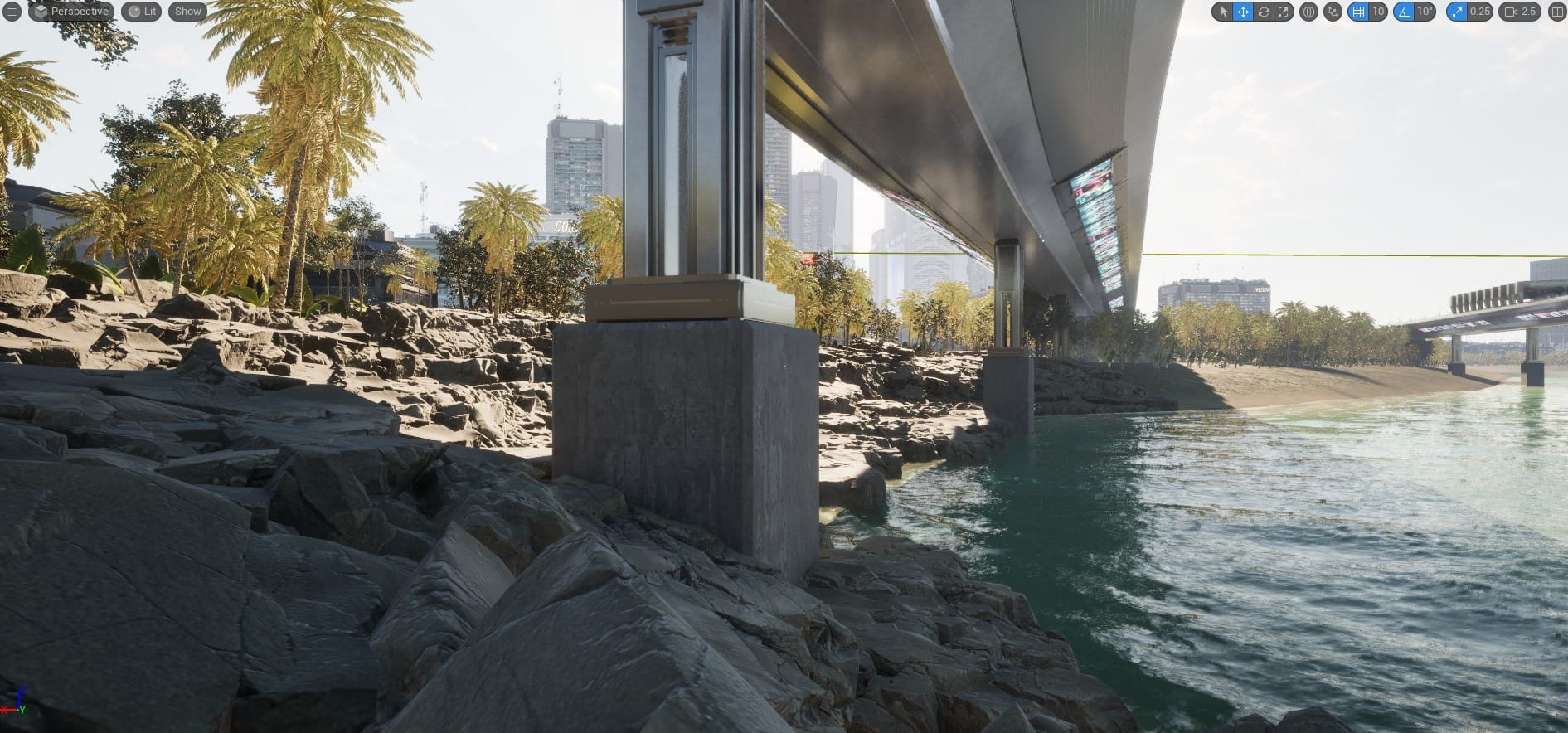
Overpass Traffic
Traffic systems on the highway network have been updated with improved AI logic and enhanced curve-guiding controls. The new systems manage vehicle speed, lane changes, and behavior in a variety of conditions. Vehicles also respond dynamically to player actions, making traffic interactions more realistic and responsive.
Parking Signs
New parking signs have been created and placed throughout the city to define where vehicles are permitted or restricted from parking. These signs add another layer of realism to the street environment and support the overall visual consistency of the urban setting.
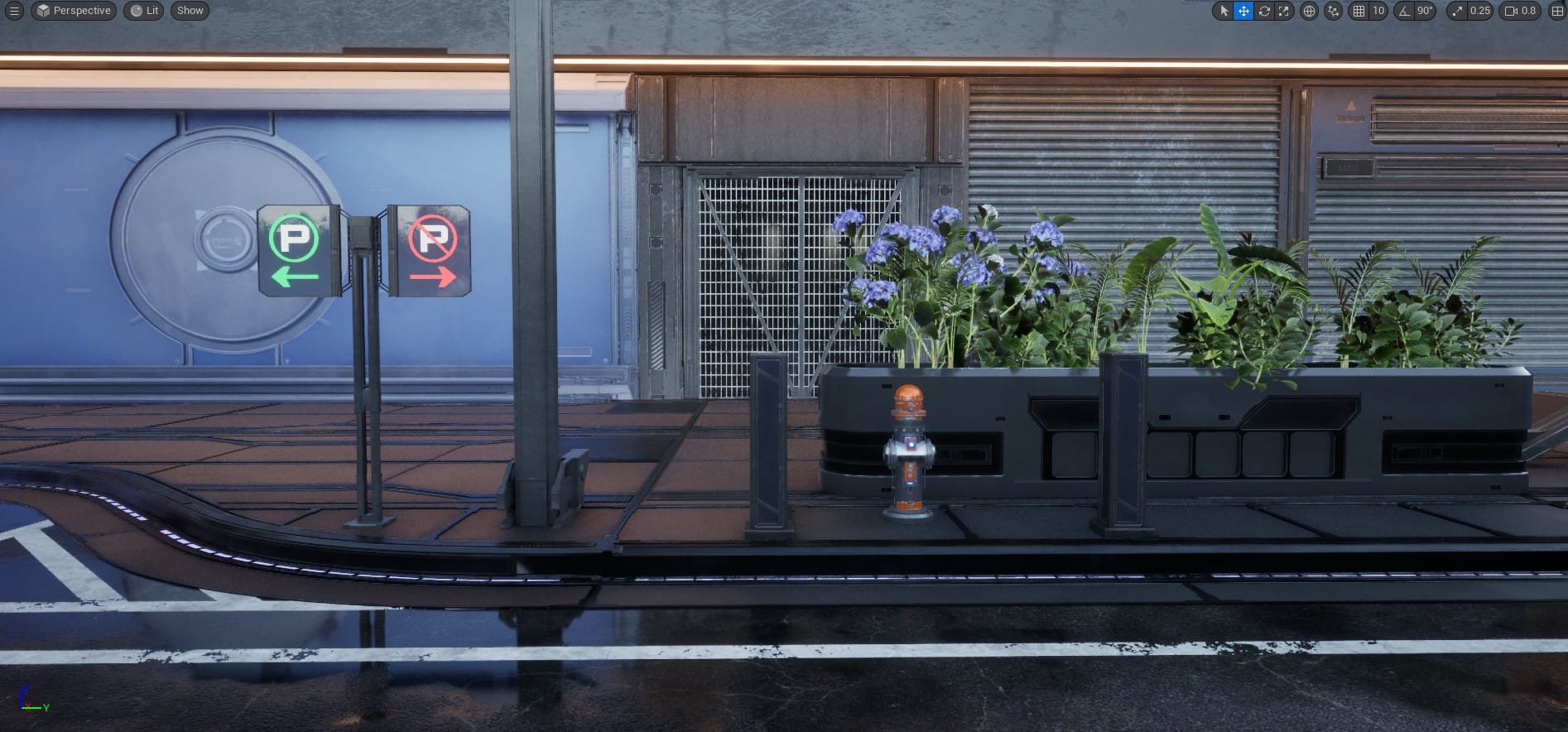
Plant Clustering
To improve performance across the large-scale Wiami environment, plant assets have been restructured into clustered instances rather than individual placements. This optimization reduced the overall instance count by approximately 30 times, resulting in faster loading times and more efficient world rendering.
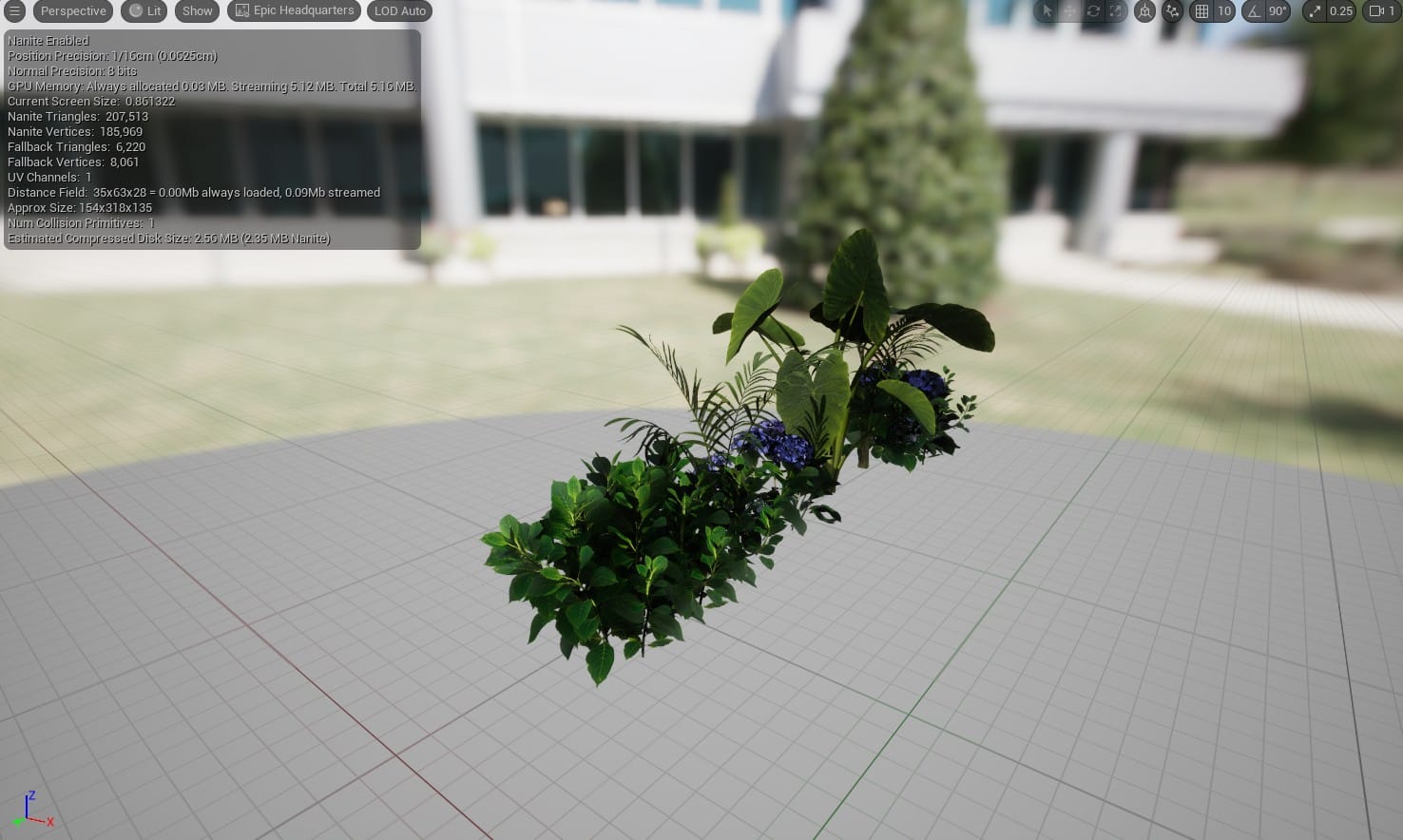
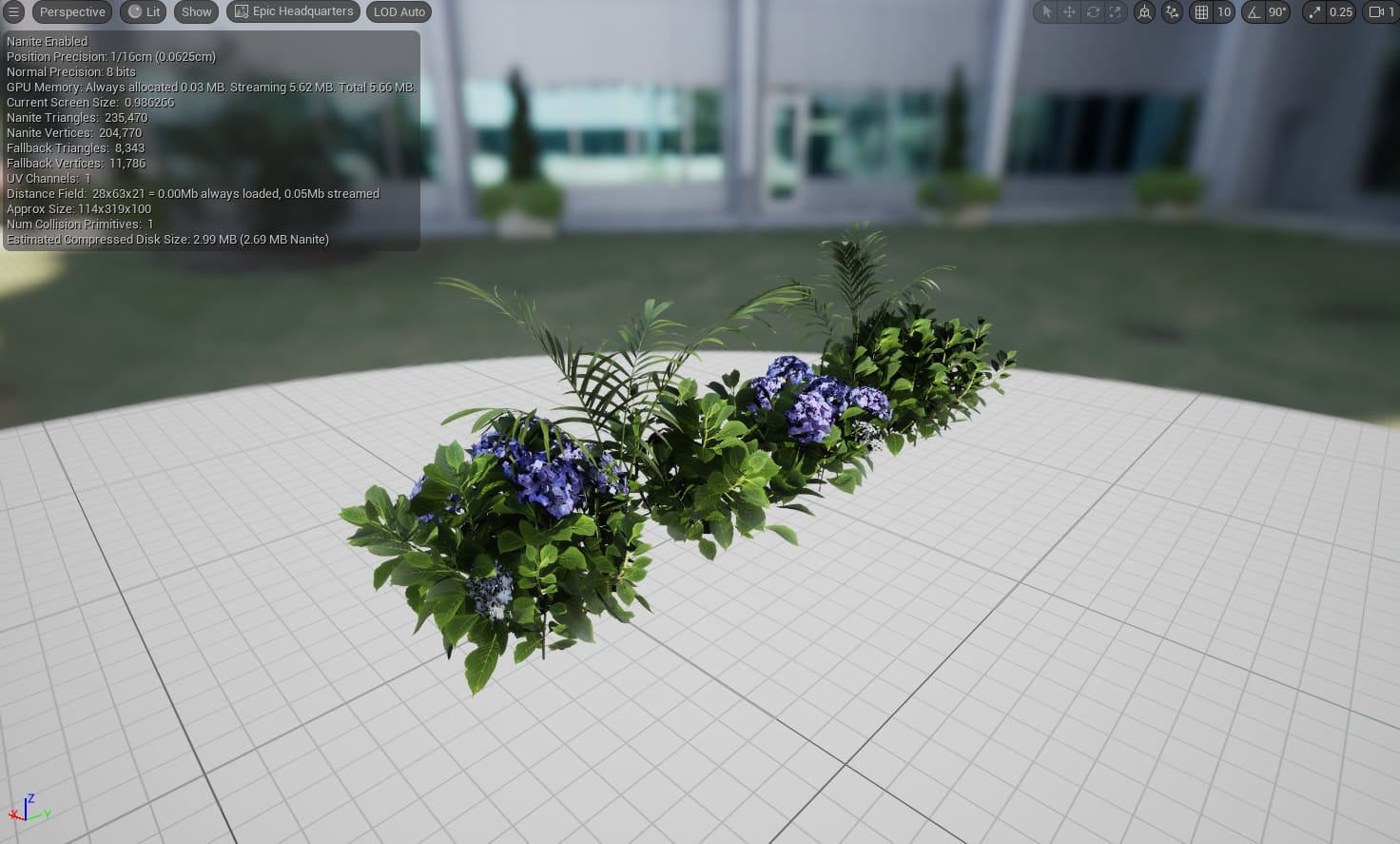
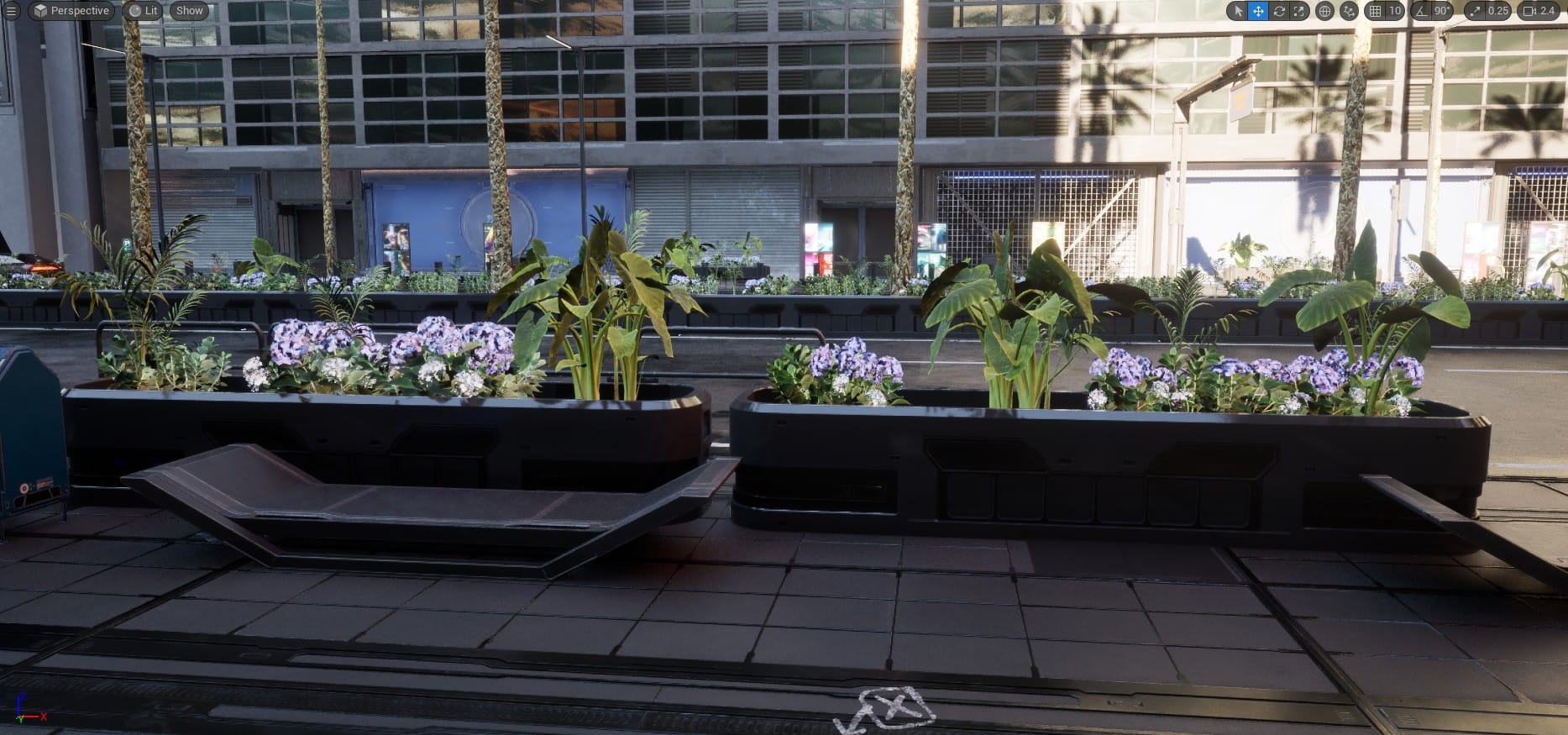
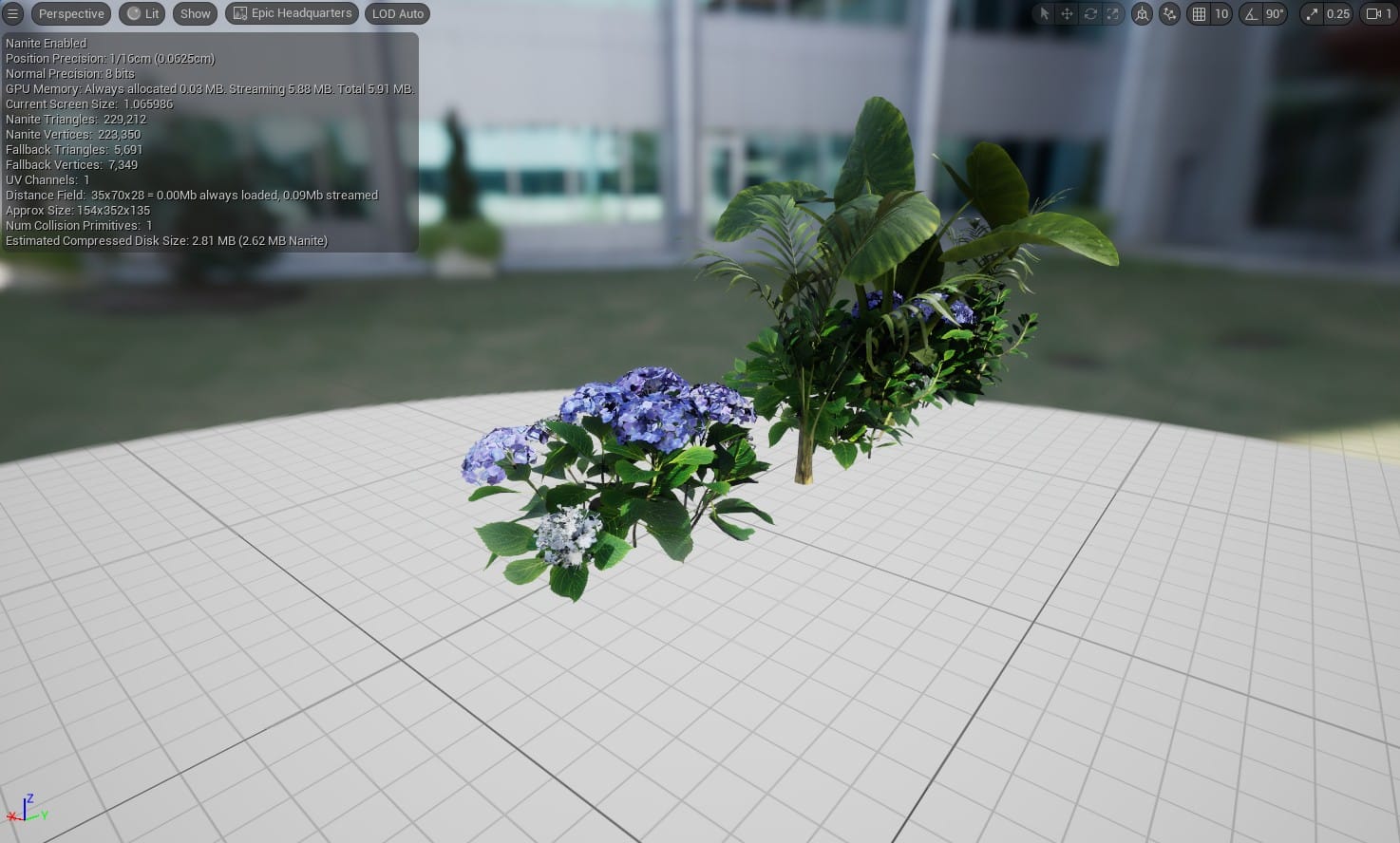
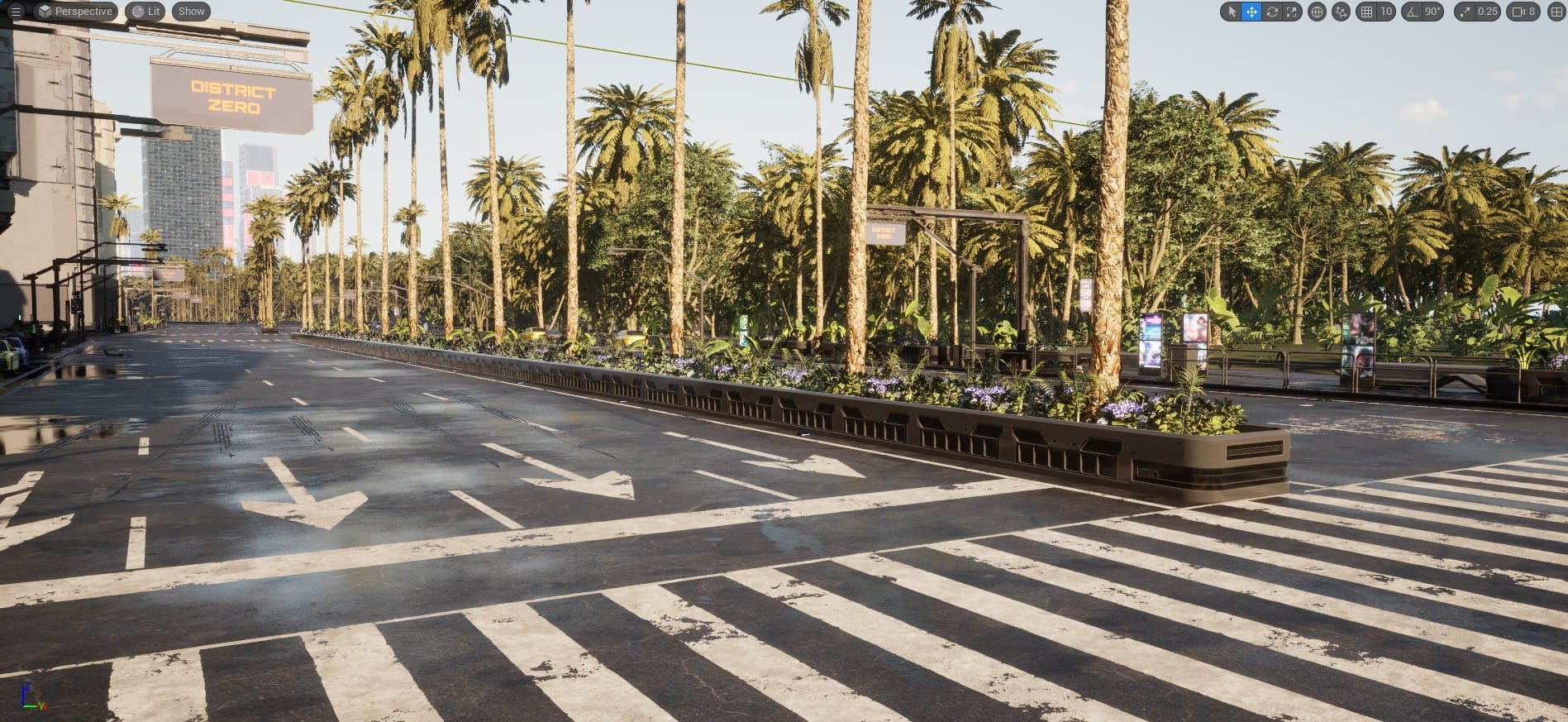
Planter Grass
New grass clusters have been created specifically for use in planter beds around the city. Each cluster combines hundreds of grass blades into a single instanced asset, reducing instance counts by millions. This approach improves performance while providing a more realistic transition between trees, plants, and the surrounding ground.
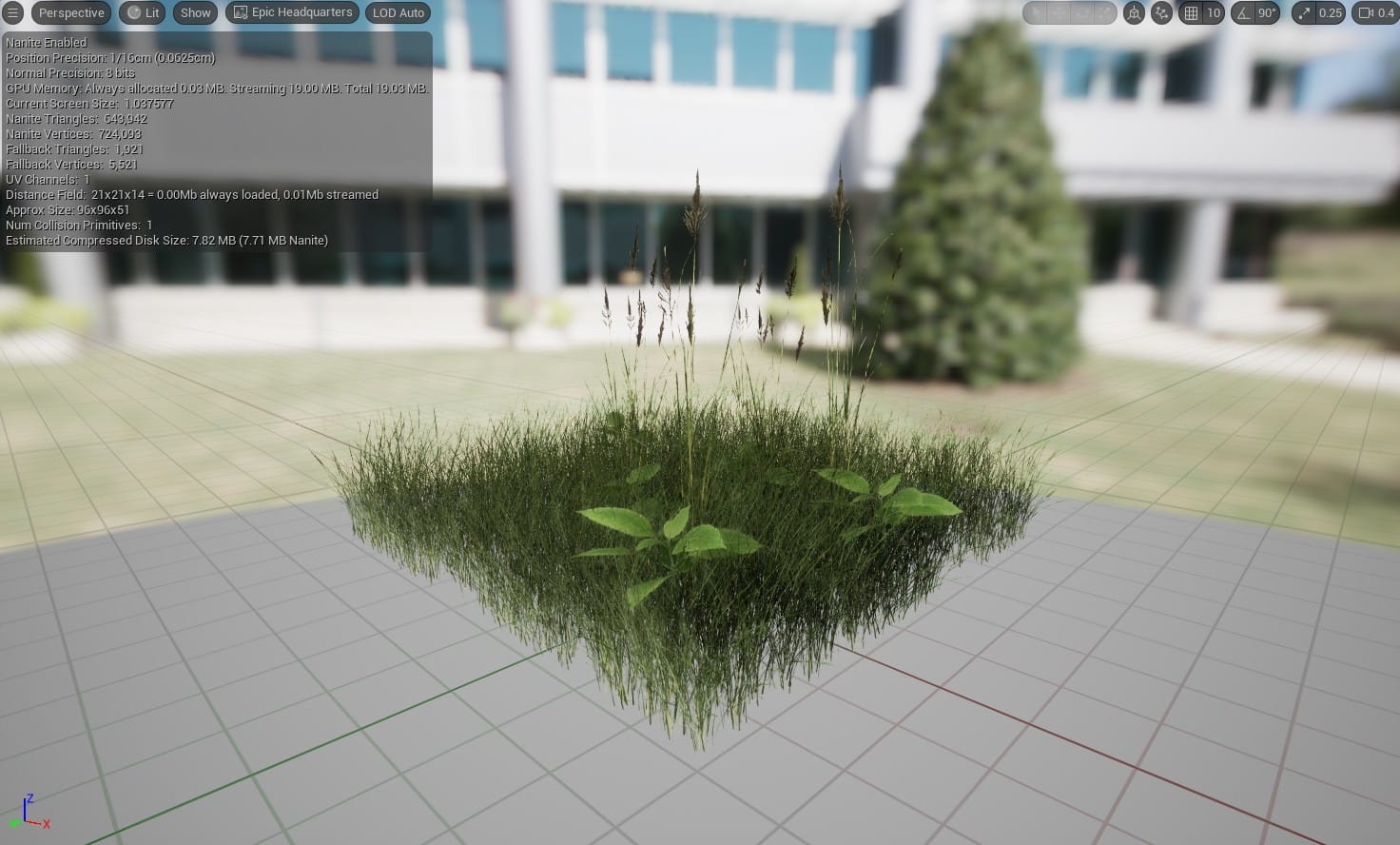
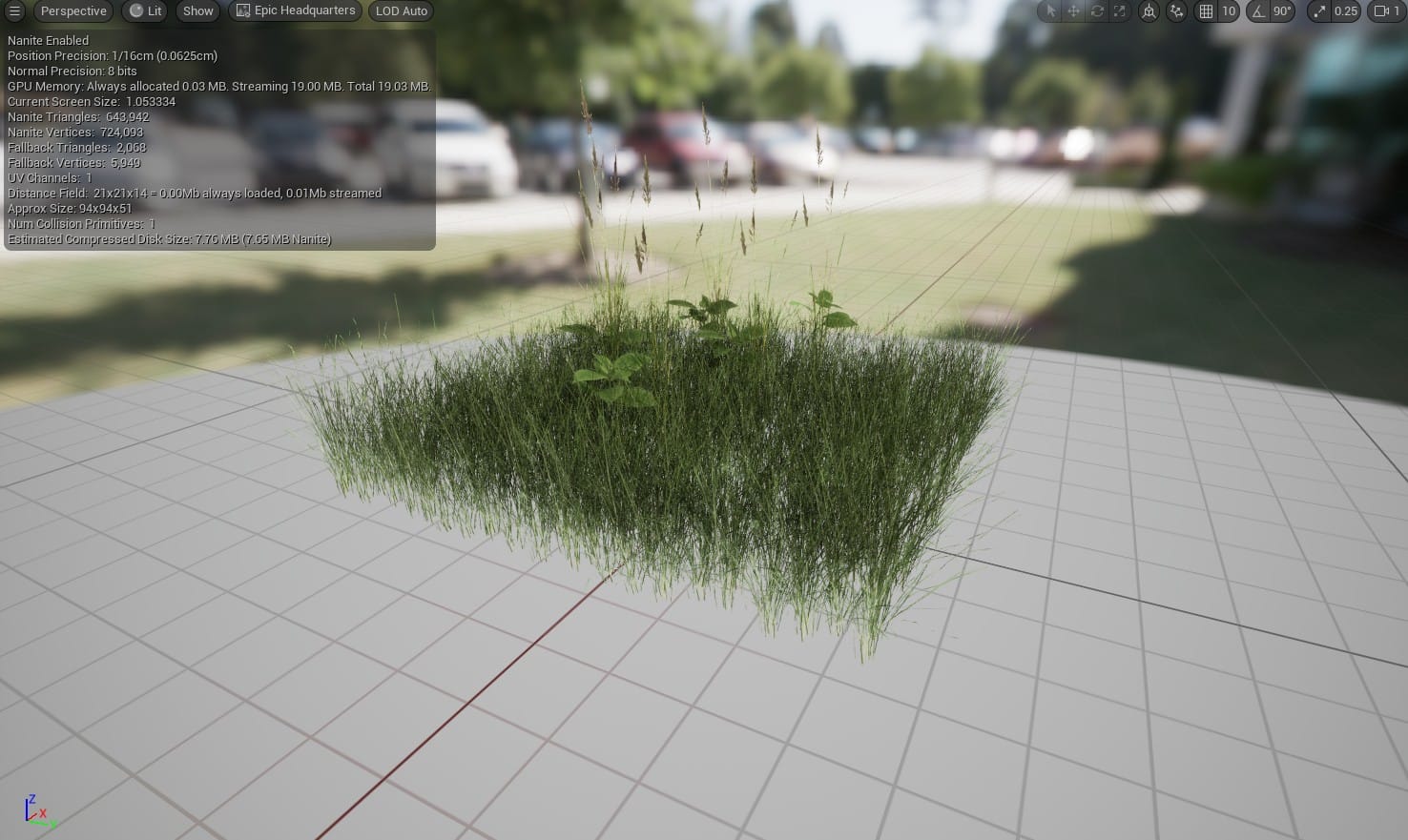
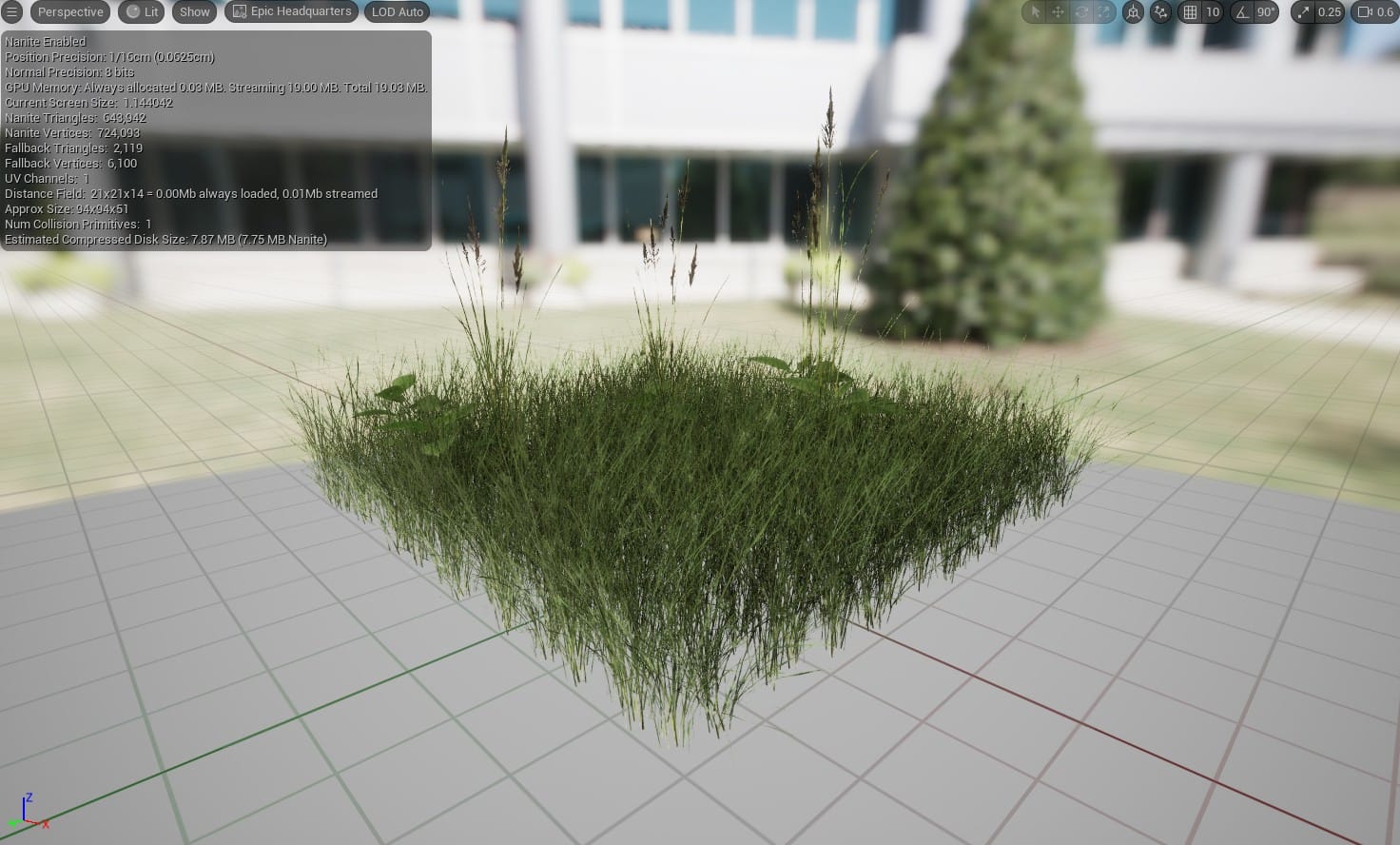
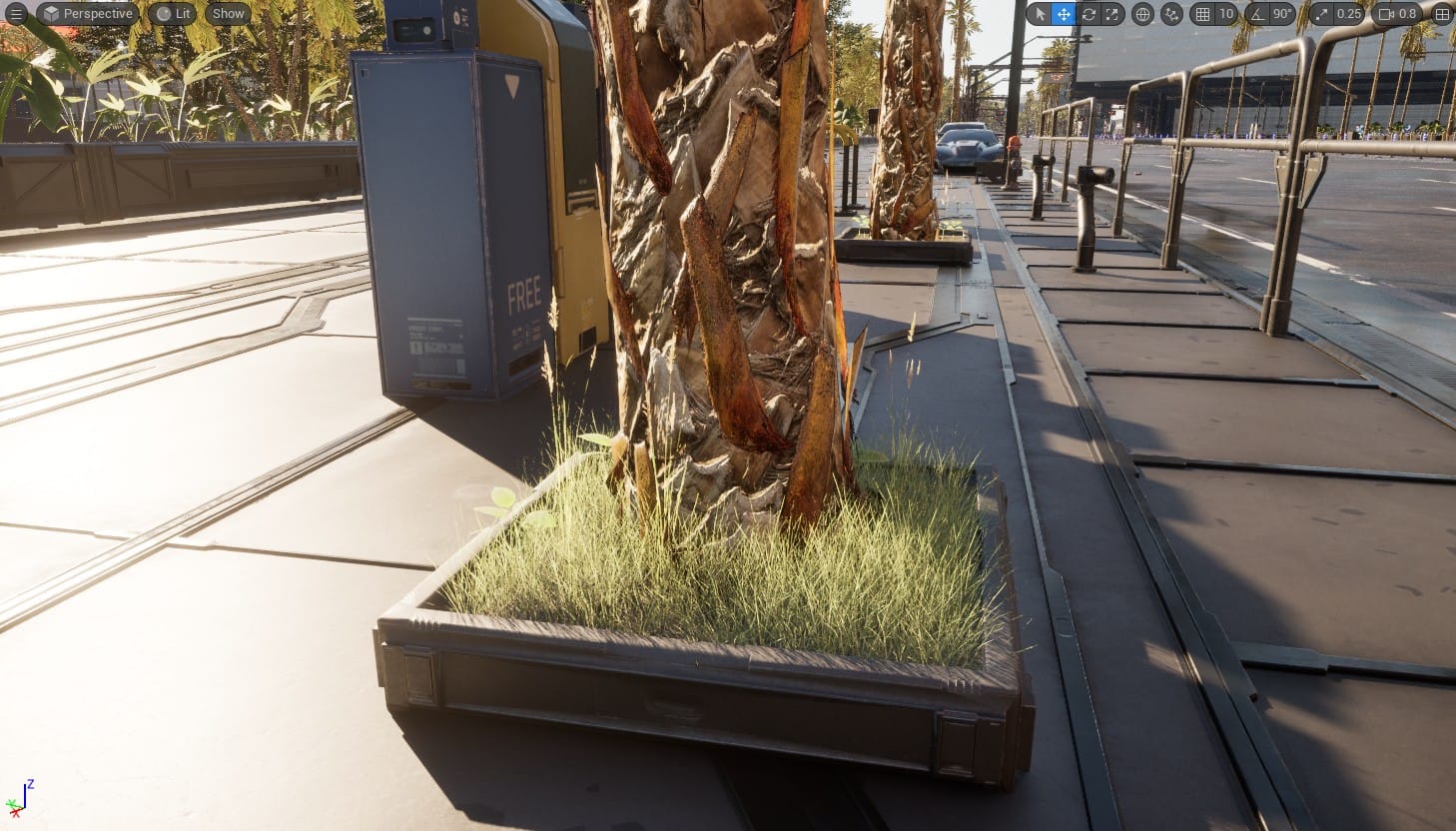
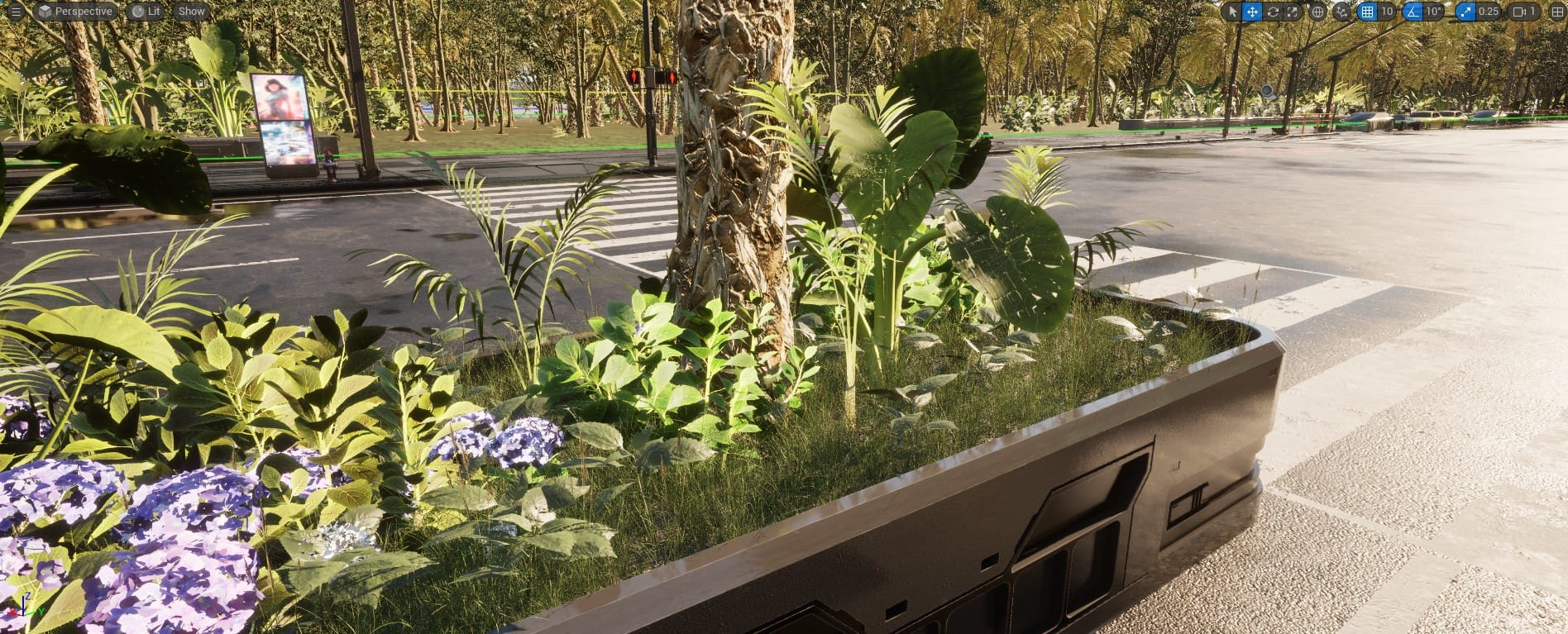
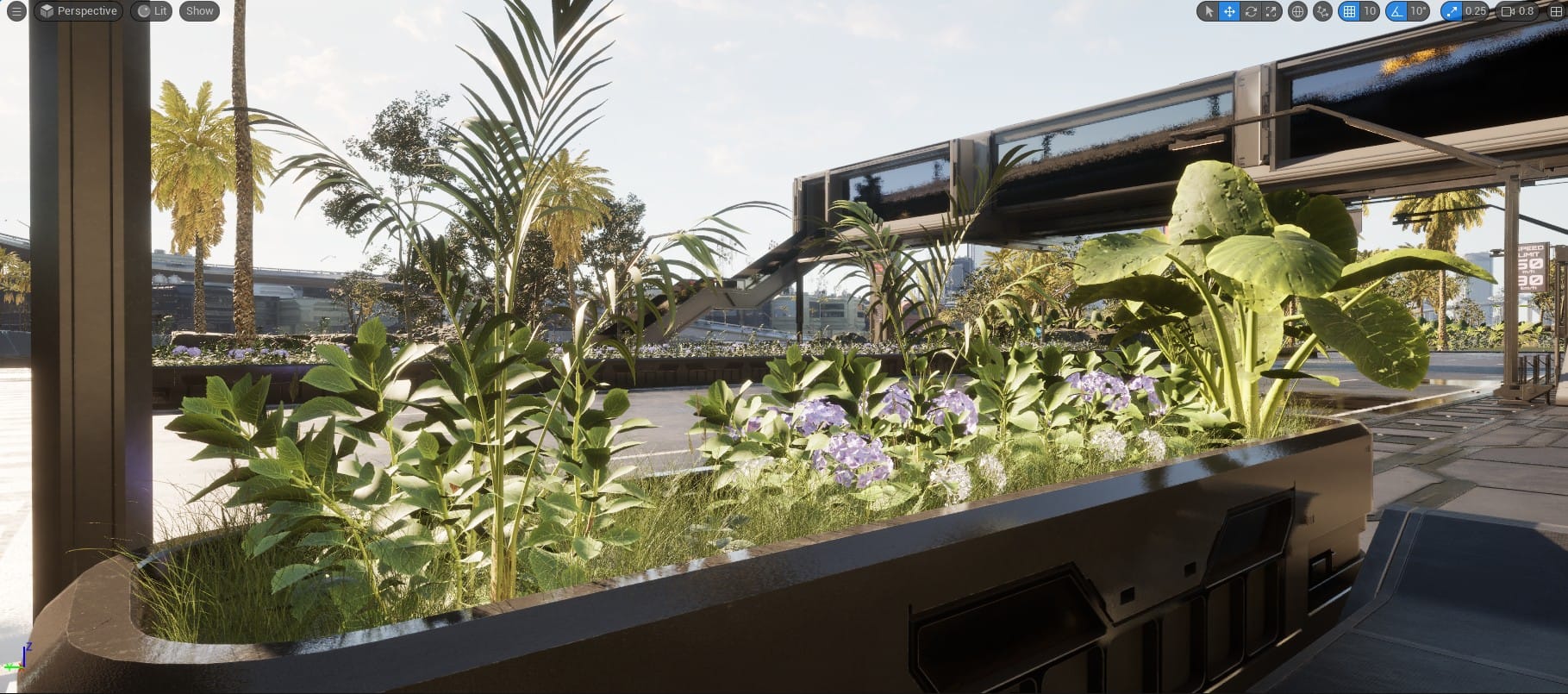
Preliminary Trenches Integration
The Trenches shooter level was developed directly within the live Wiami city layout to ensure proper integration with surrounding infrastructure. Positioned in the Nexus neighborhood, the map's alleyway configuration was carefully planned to align with existing buildings, street edges, and urban density. The initial blockout was created in situ, allowing the design to connect seamlessly with the city's sidewalk network and maintain consistency with the broader skyline.
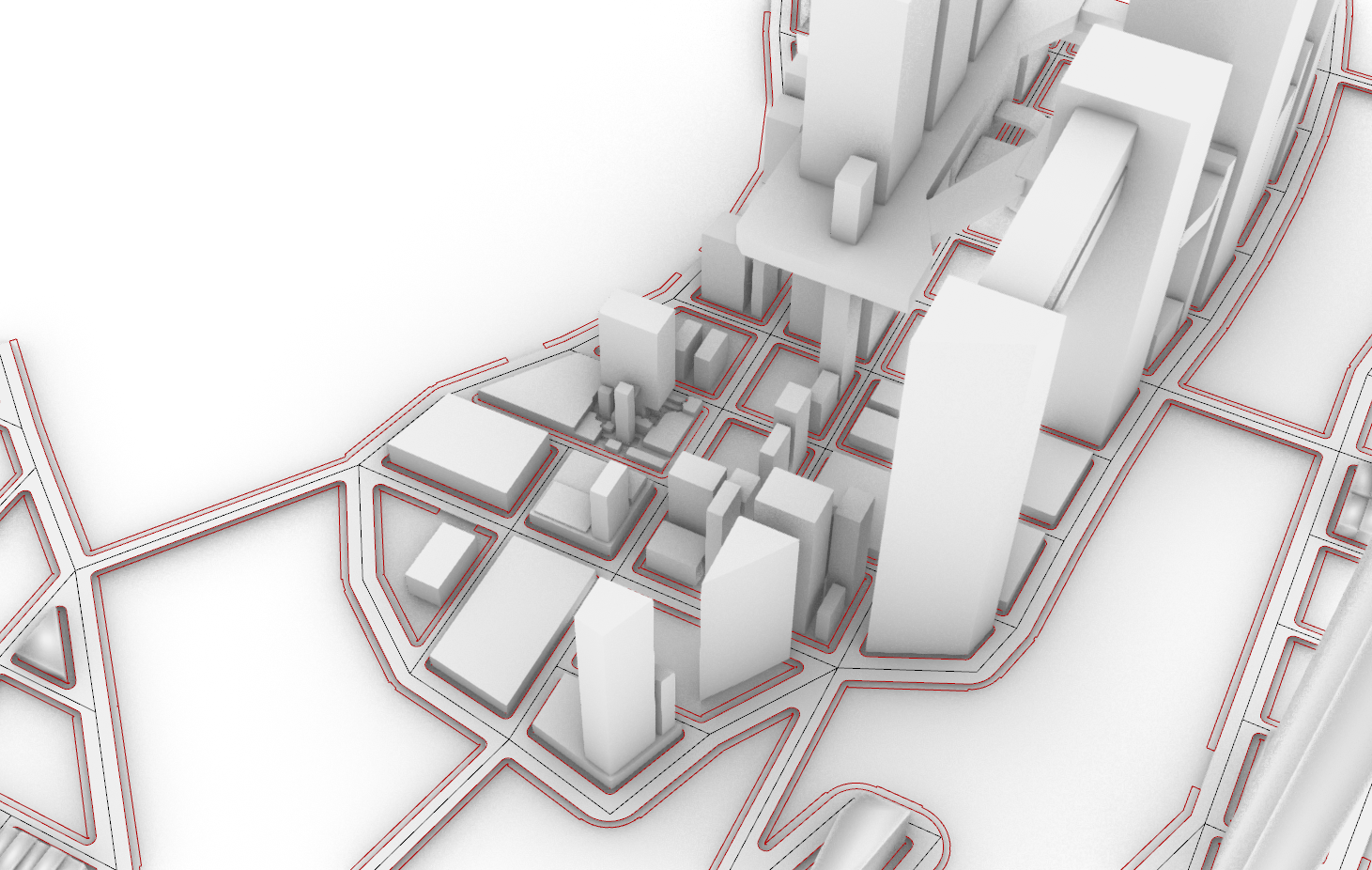
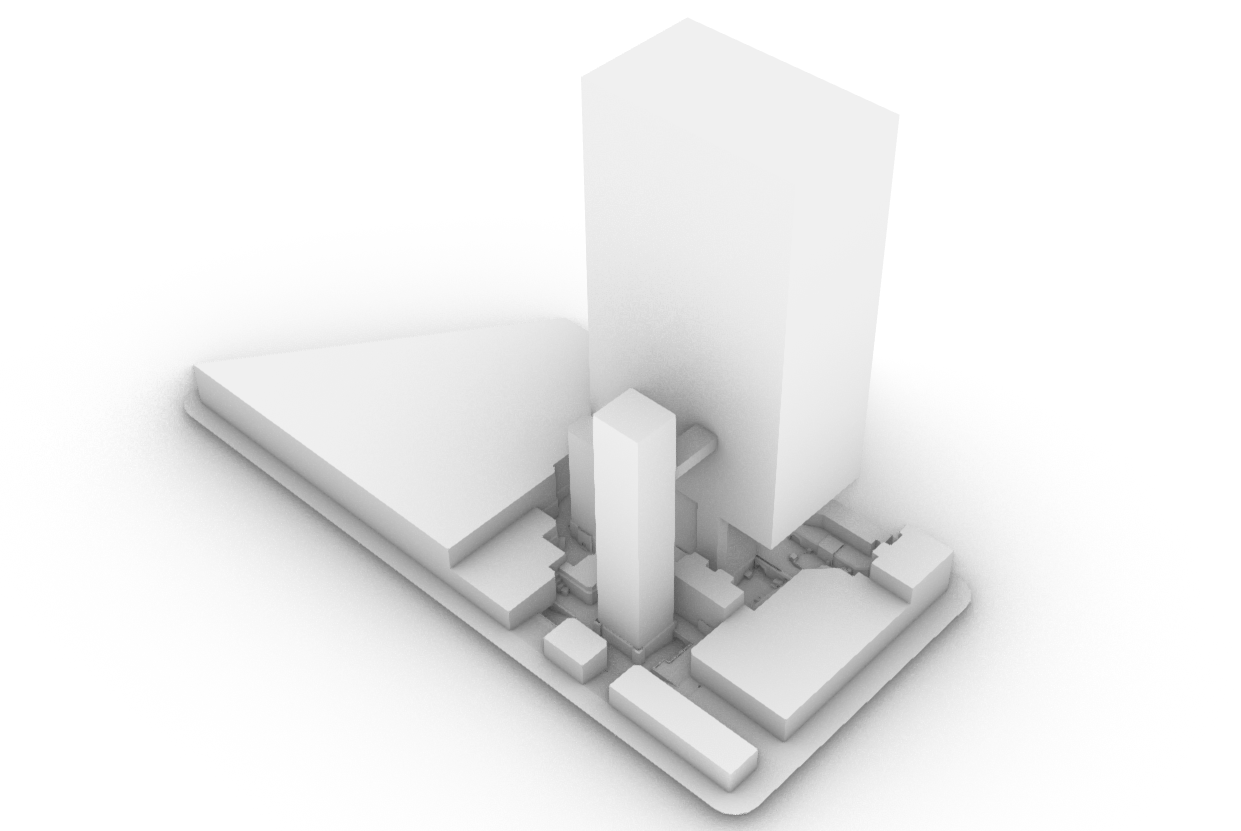
Prop Clustering
A new procedural prop clustering system has been implemented to optimize asset management. It organizes world props into grid-based data groups, significantly reducing the number of individual objects in Unreal Engine’s Outliner. This streamlines world partition handling and improves overall loading efficiency.
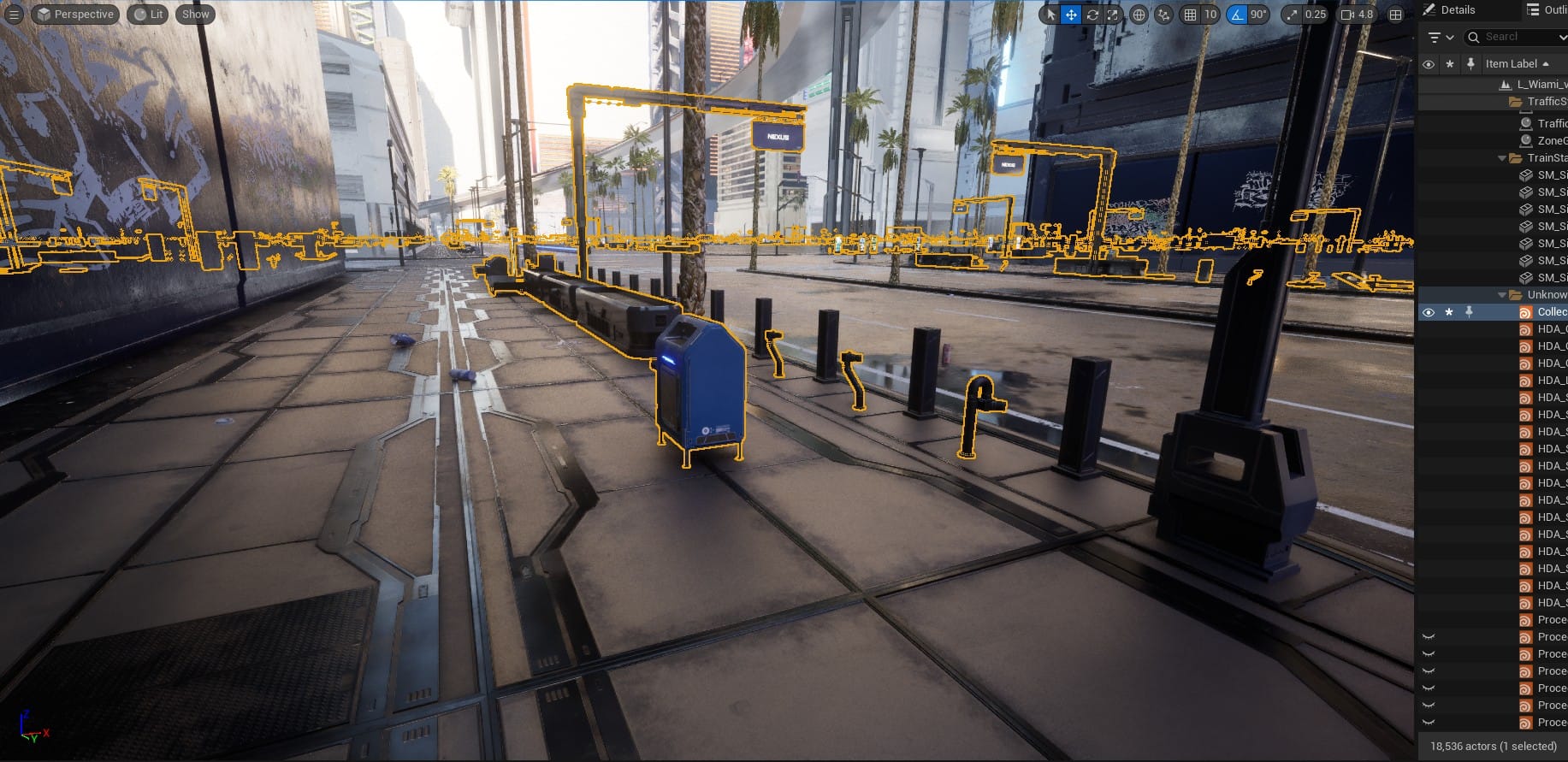
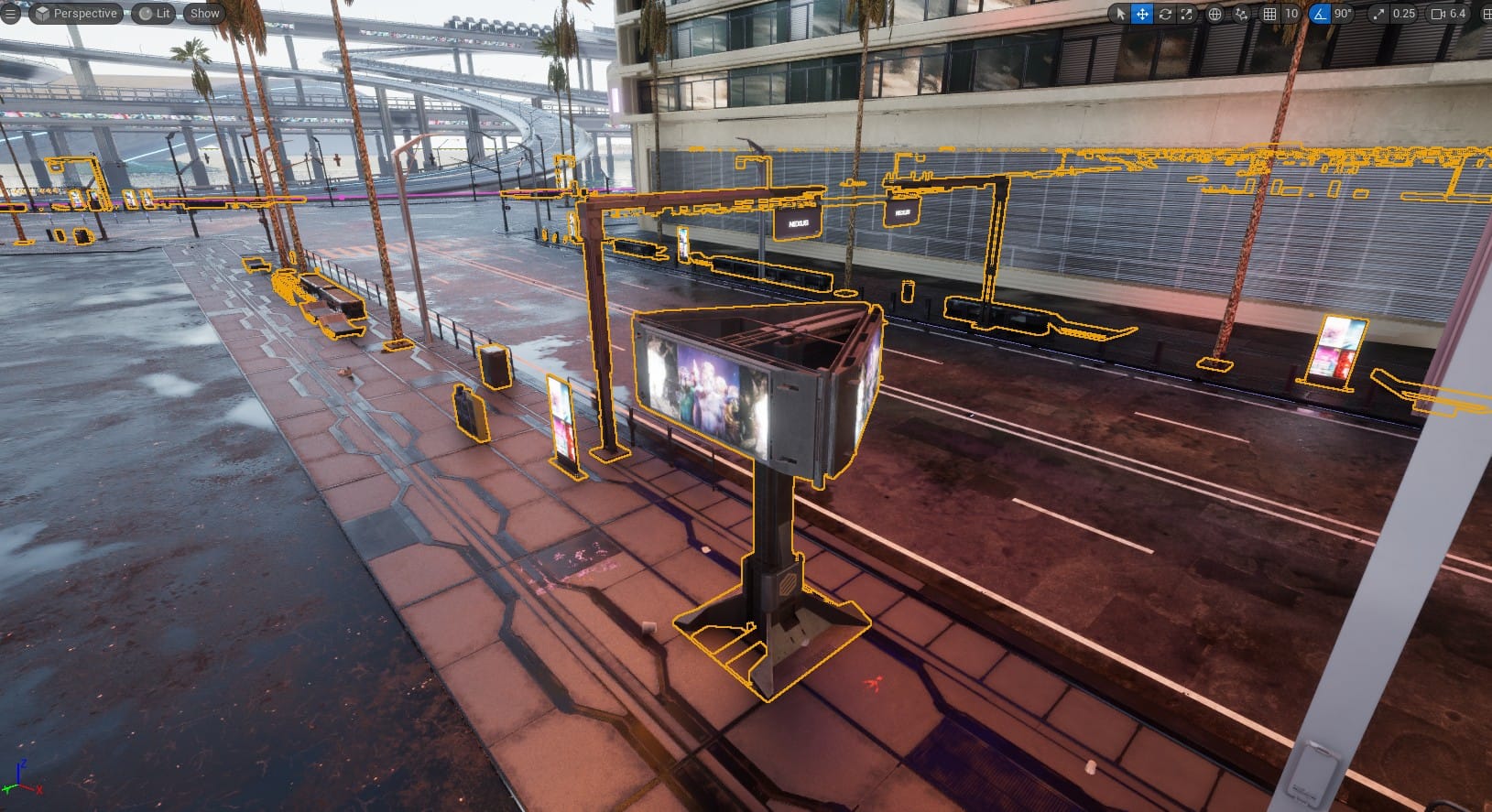
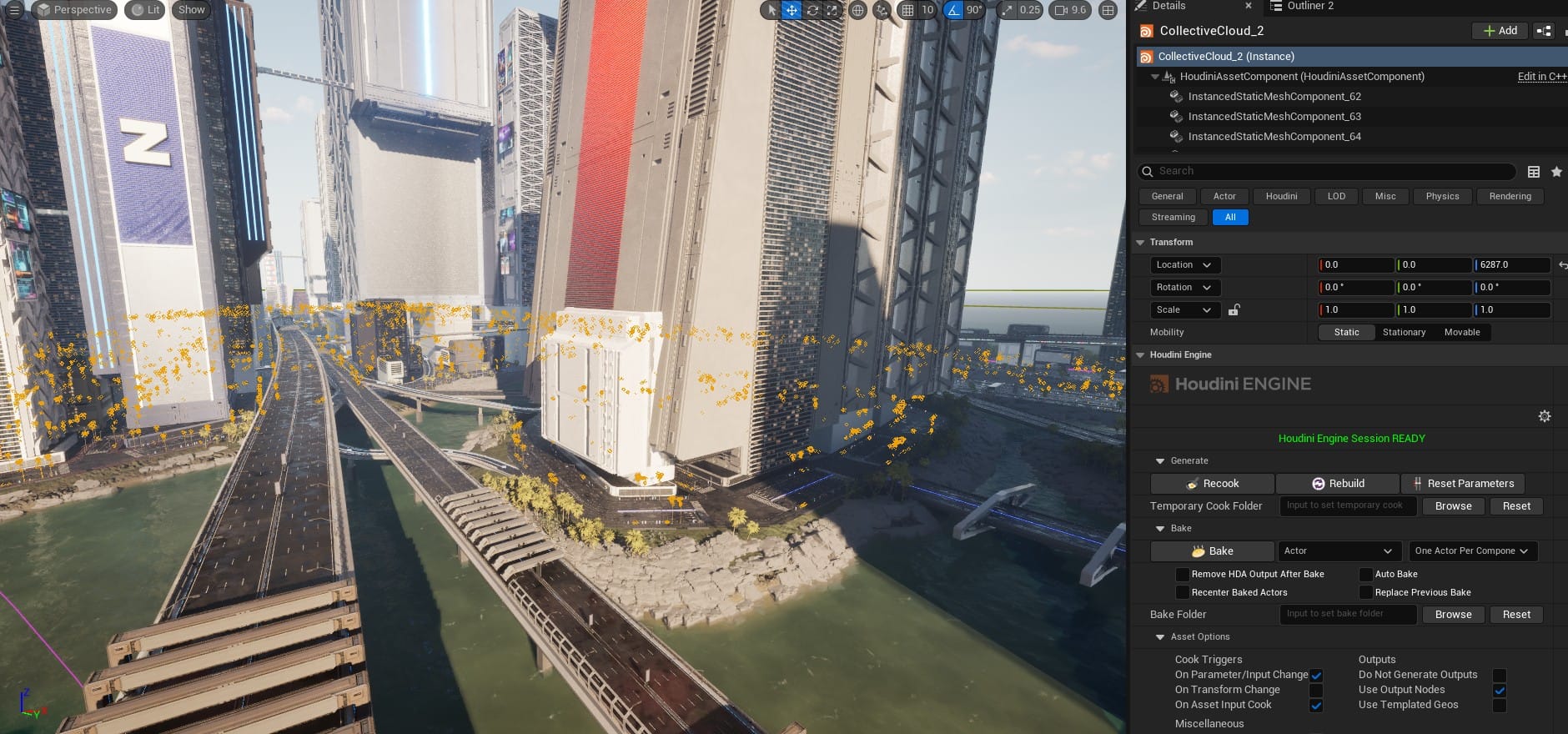
Prop Retextures
Some city level assets have been optimized and retextured to bring up their quality and add levels of wear and tear to the finishing quality. This is to improve the level of realism across assets and grant a greater level of consistency throughout.
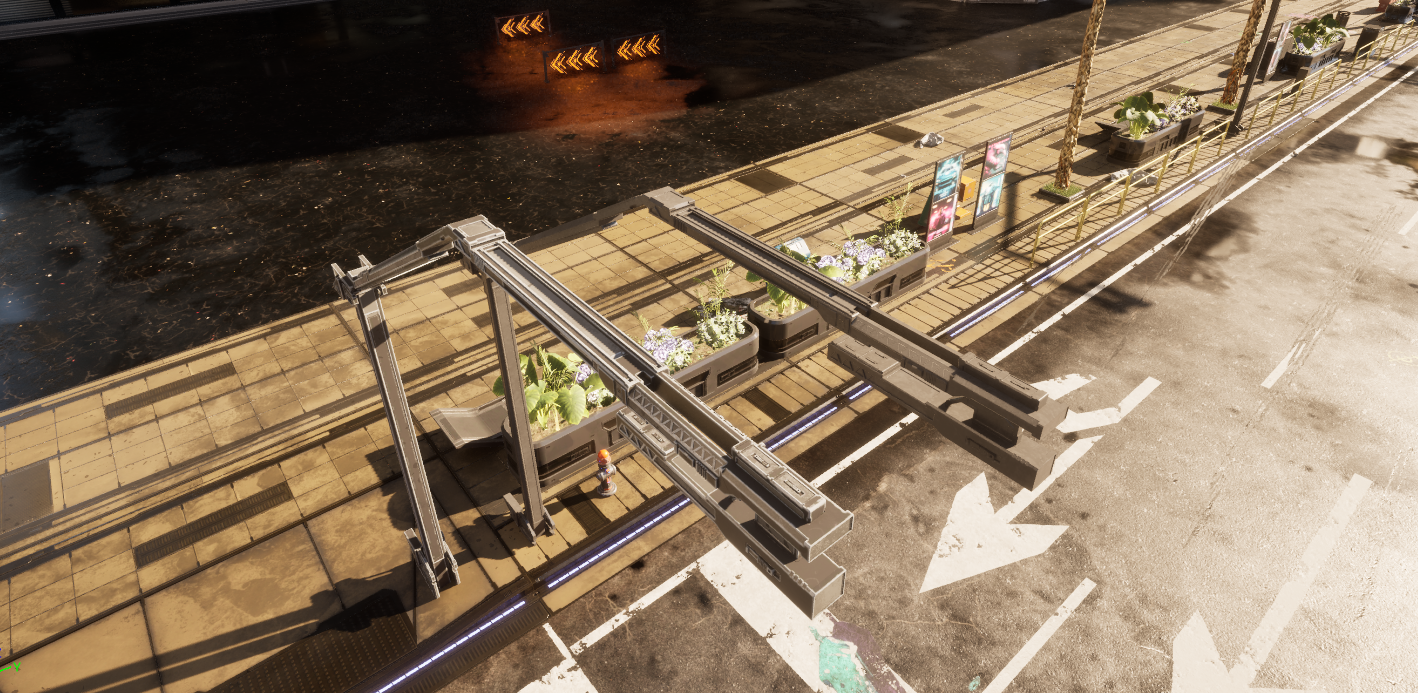
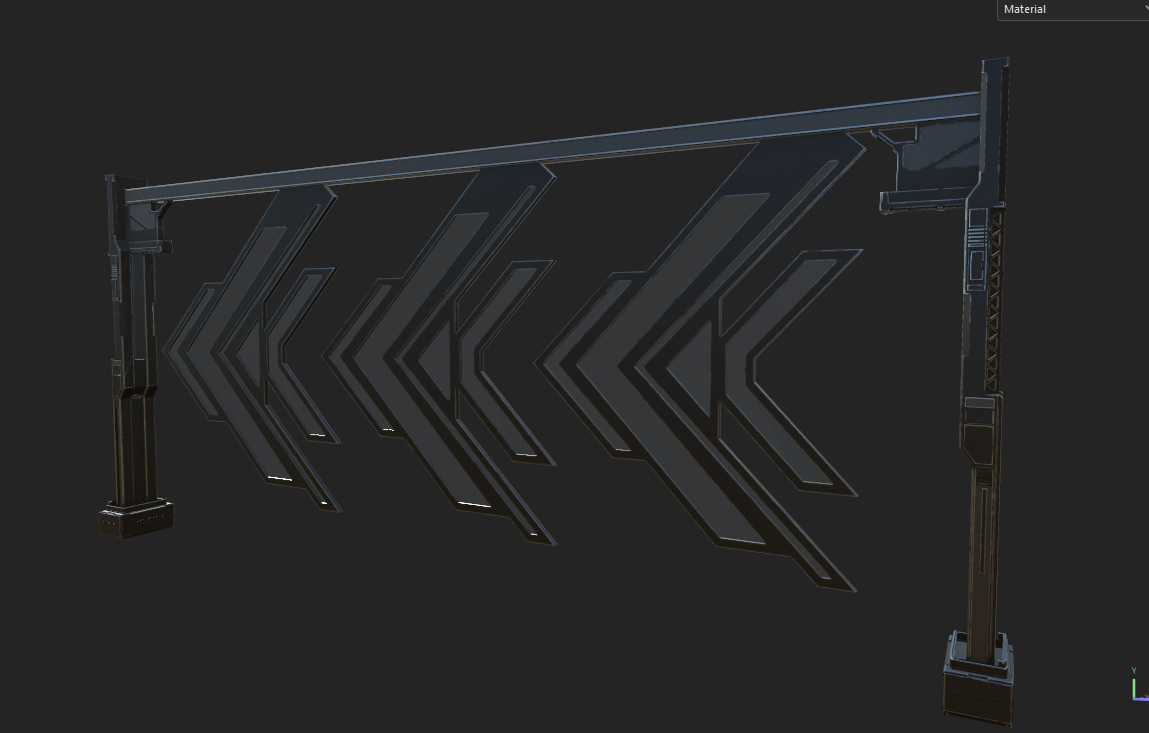
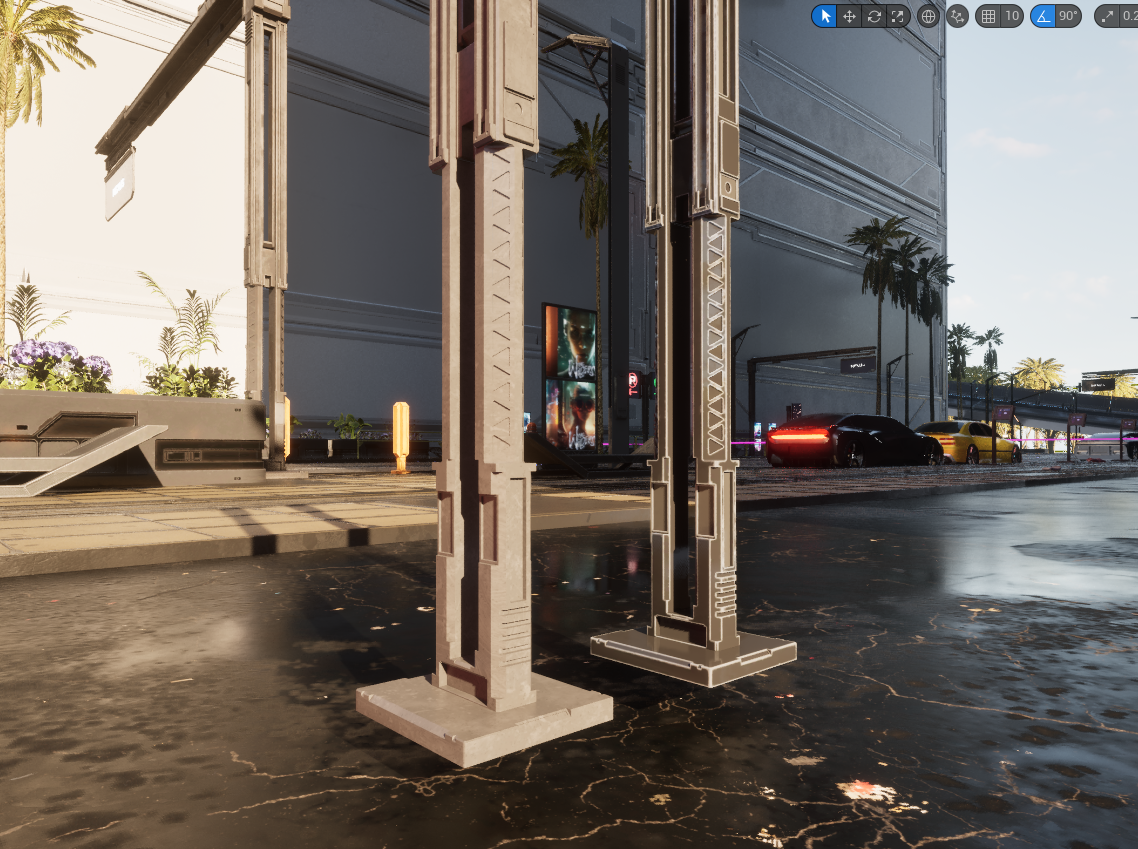
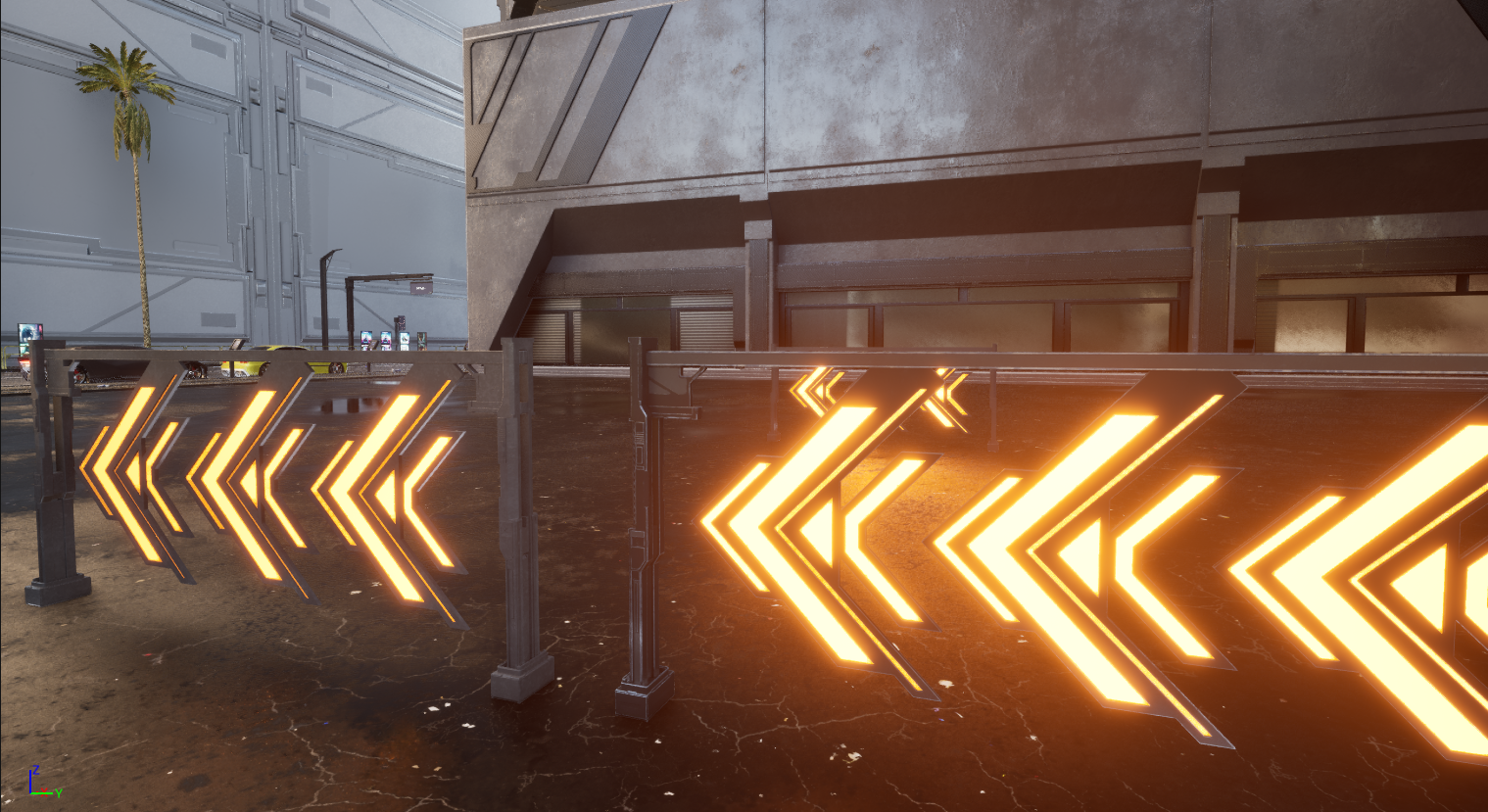
Revised Building Setbacks
The automated building setback system has been improved to eliminate irregularities and bugs. It pushes the ground level of buildings back from the sidewalk, creating plaza-like spaces in front of storefronts. Setbacks are dynamically generated based on city design parameters.
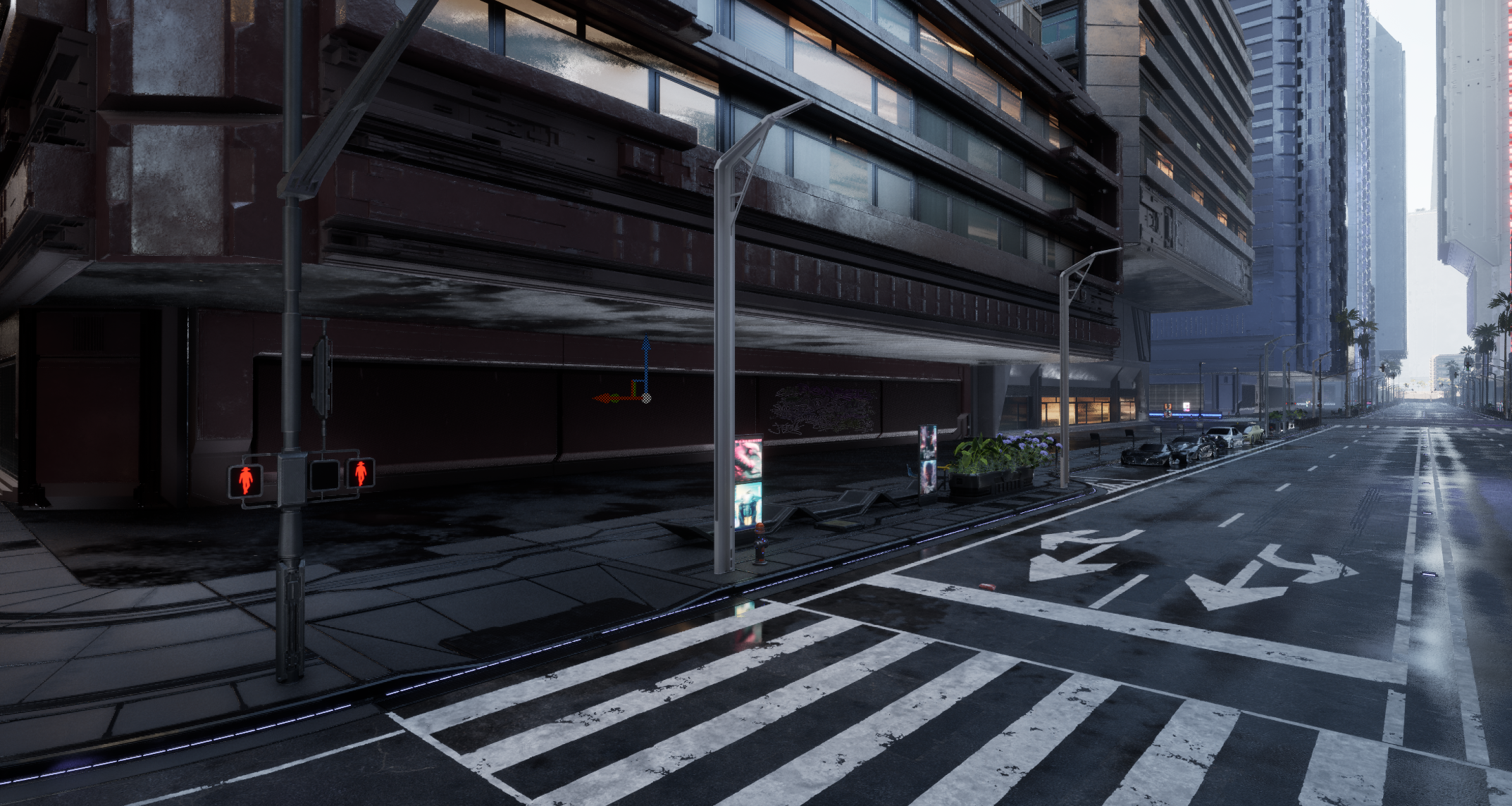
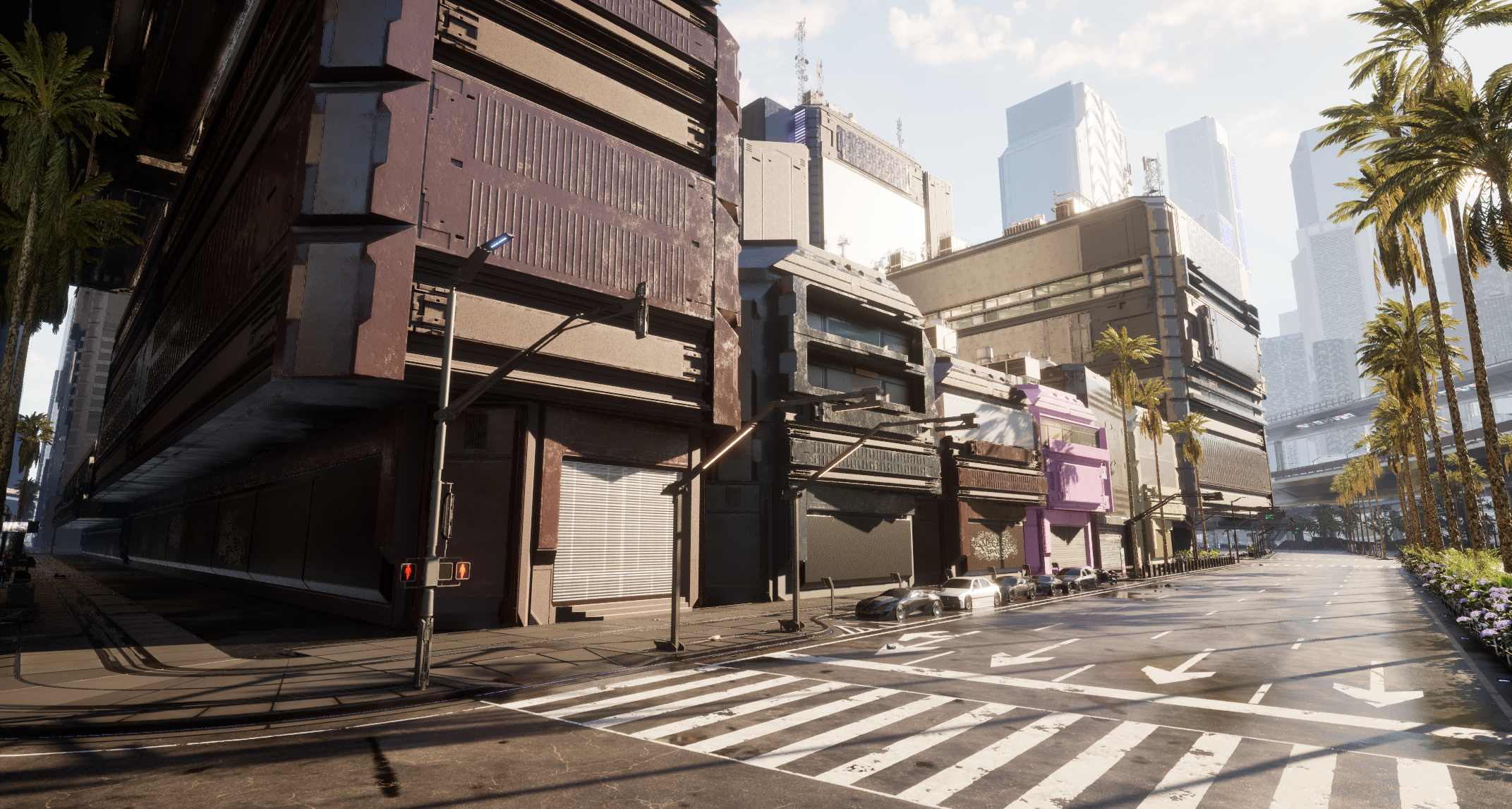
Rule Processor
The Rule Processor tool interprets point cloud data from Houdini Engine and applies logic to populate the city in Unreal Engine. It maps data points to specific assets and rules, enabling large-scale procedural generation with optimized asset management and flexibility.
Sidewalk Borders
The sidewalk system has been expanded with new border variations modeled after real-world sidewalk edge conditions. These additions incorporate Wilder World’s signature aesthetic detailing while increasing realism and visual variety across urban pathways.
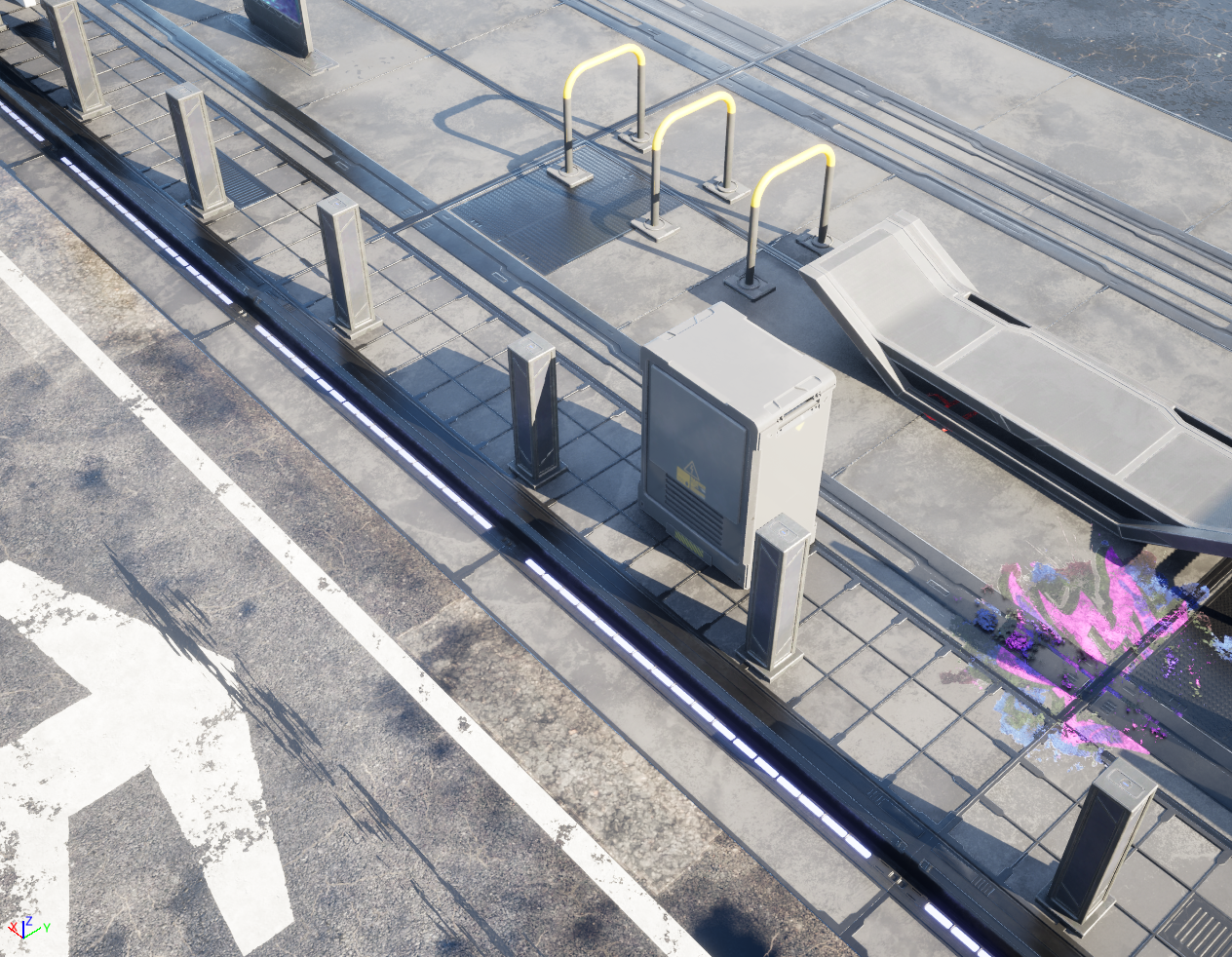
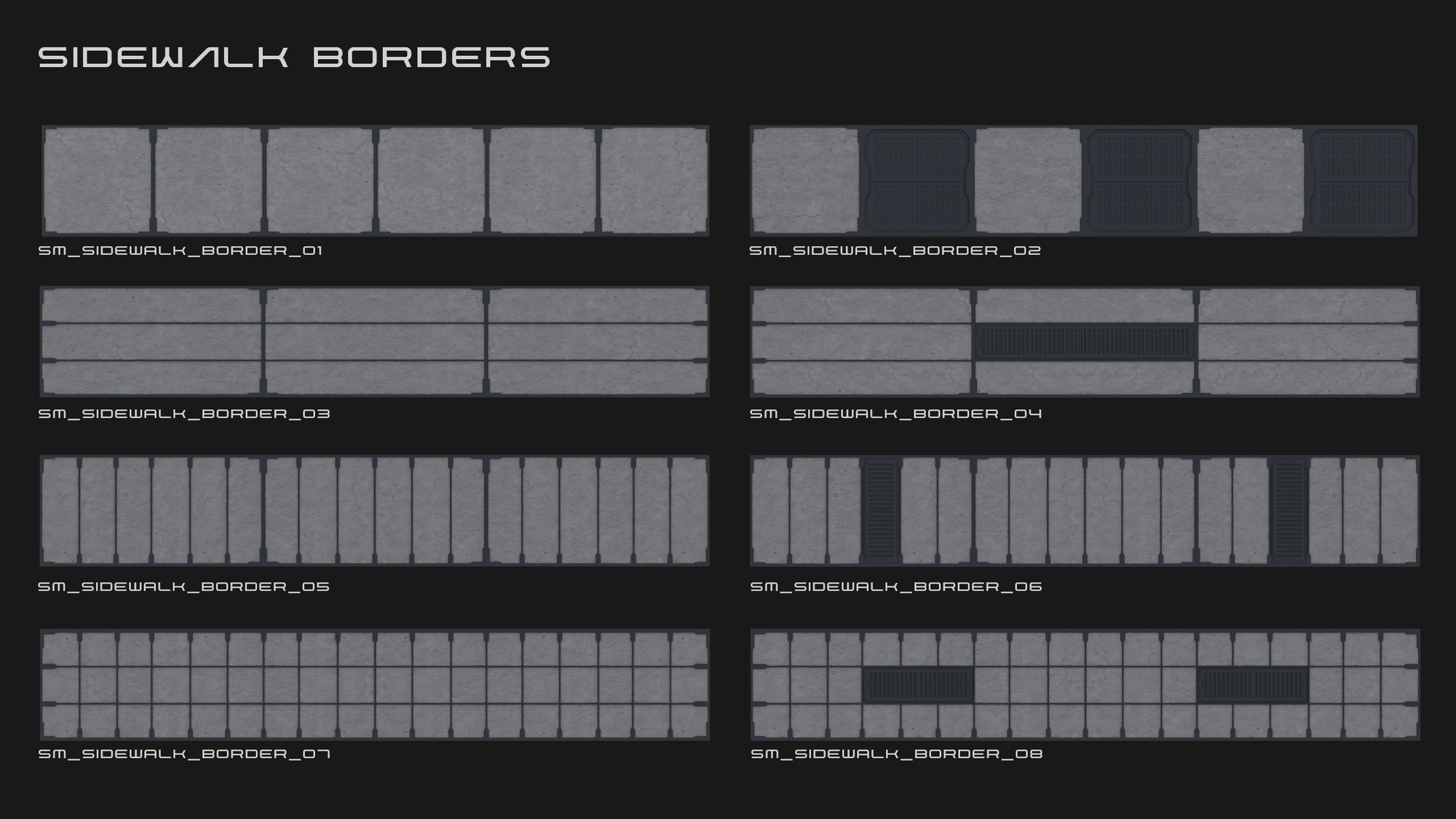
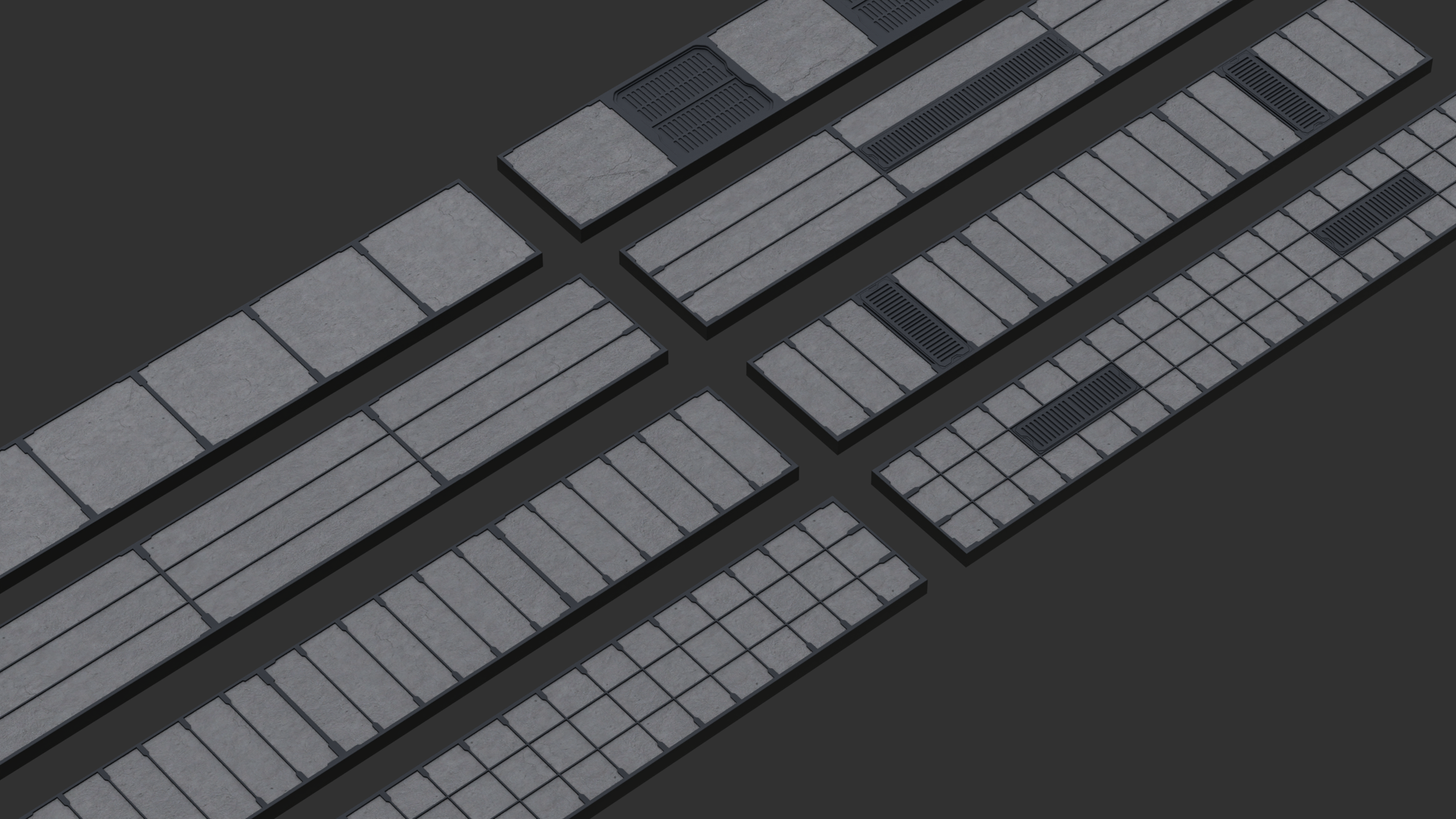
Sidewalk Dirt Layer
Achieving material realism requires procedural techniques and multiple layers of scrapes, dirt and wear. A new dynamic dirt system has been overlaid onto the overall sidewalk materials to give areas of more and less wear as well as degrees of cracks, stains, and blemishes.
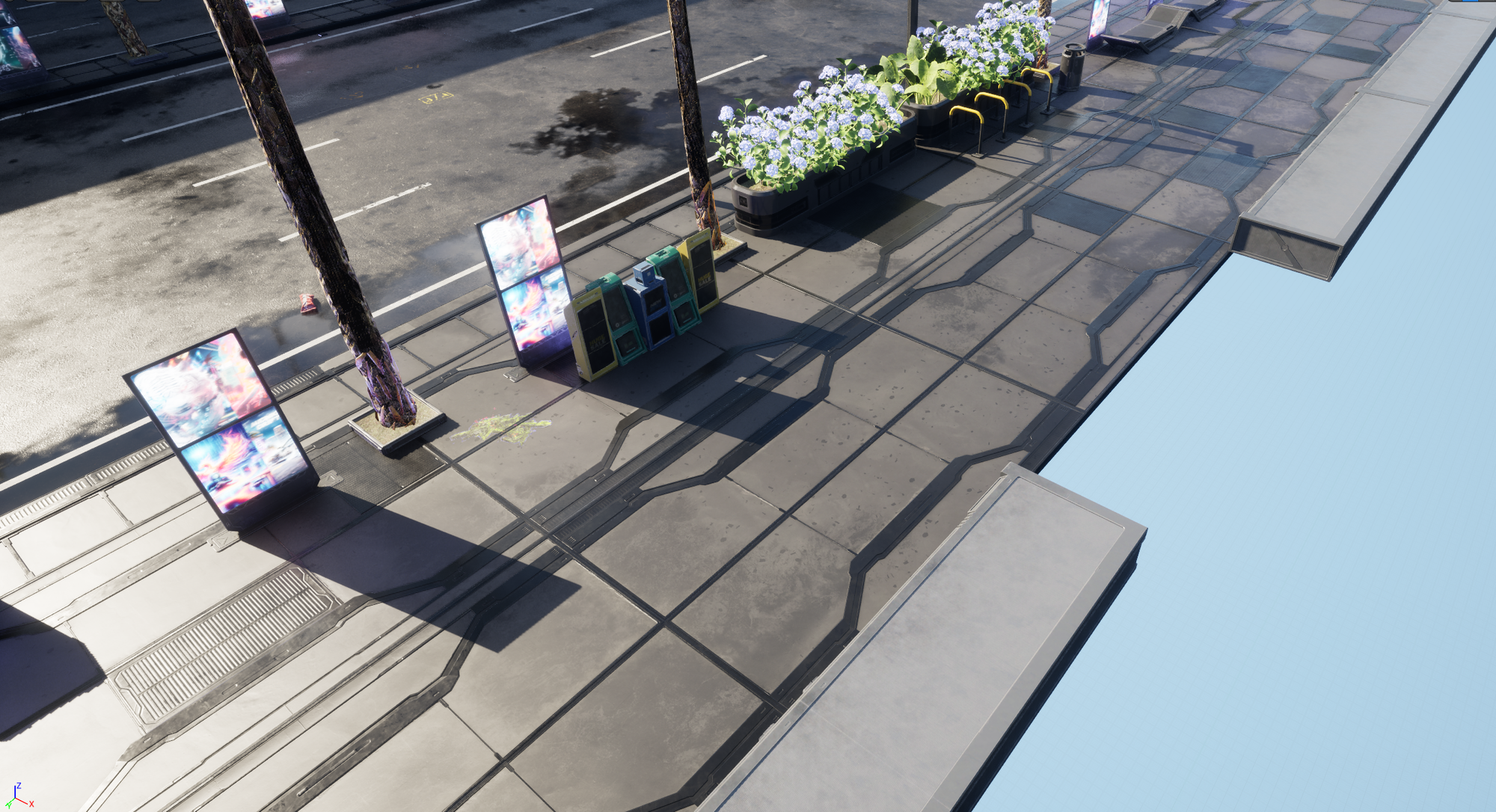
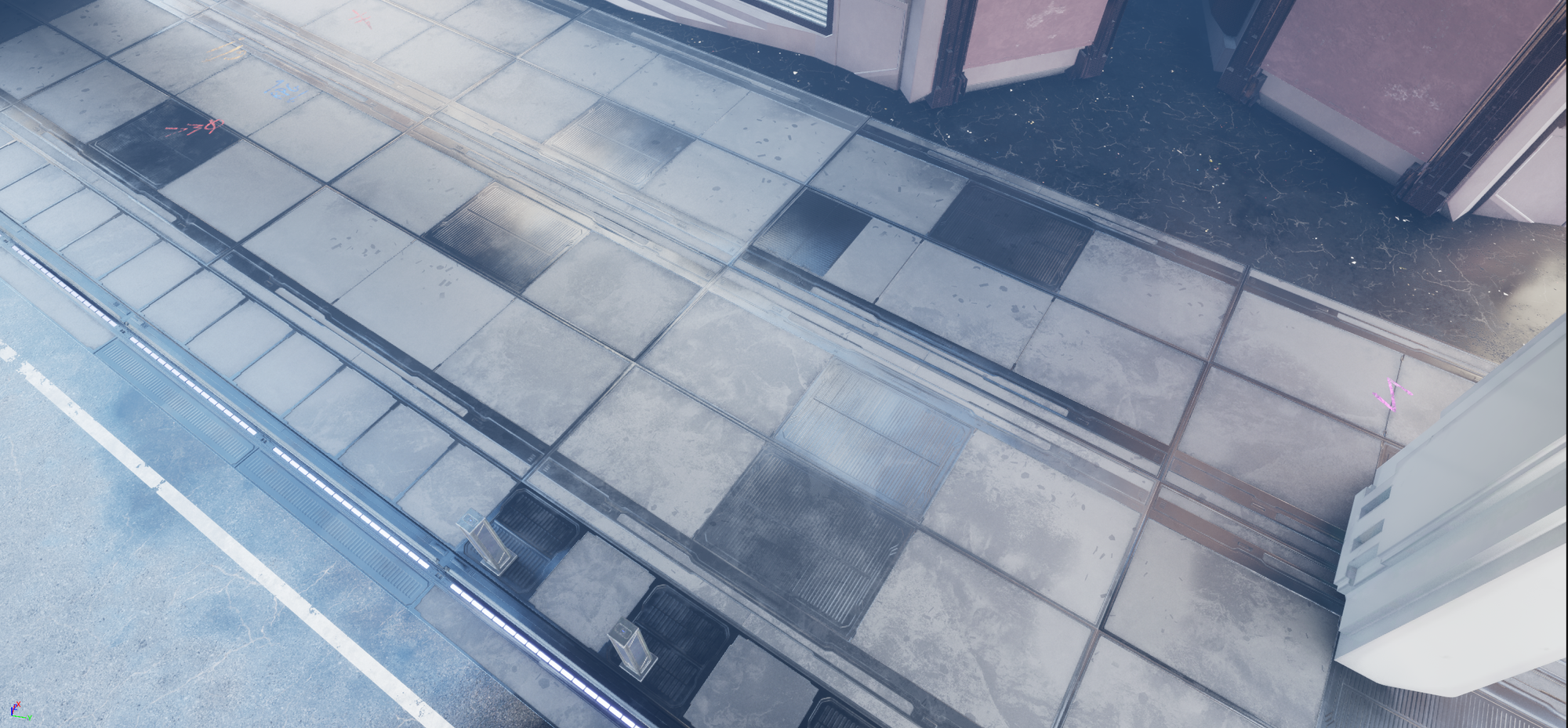
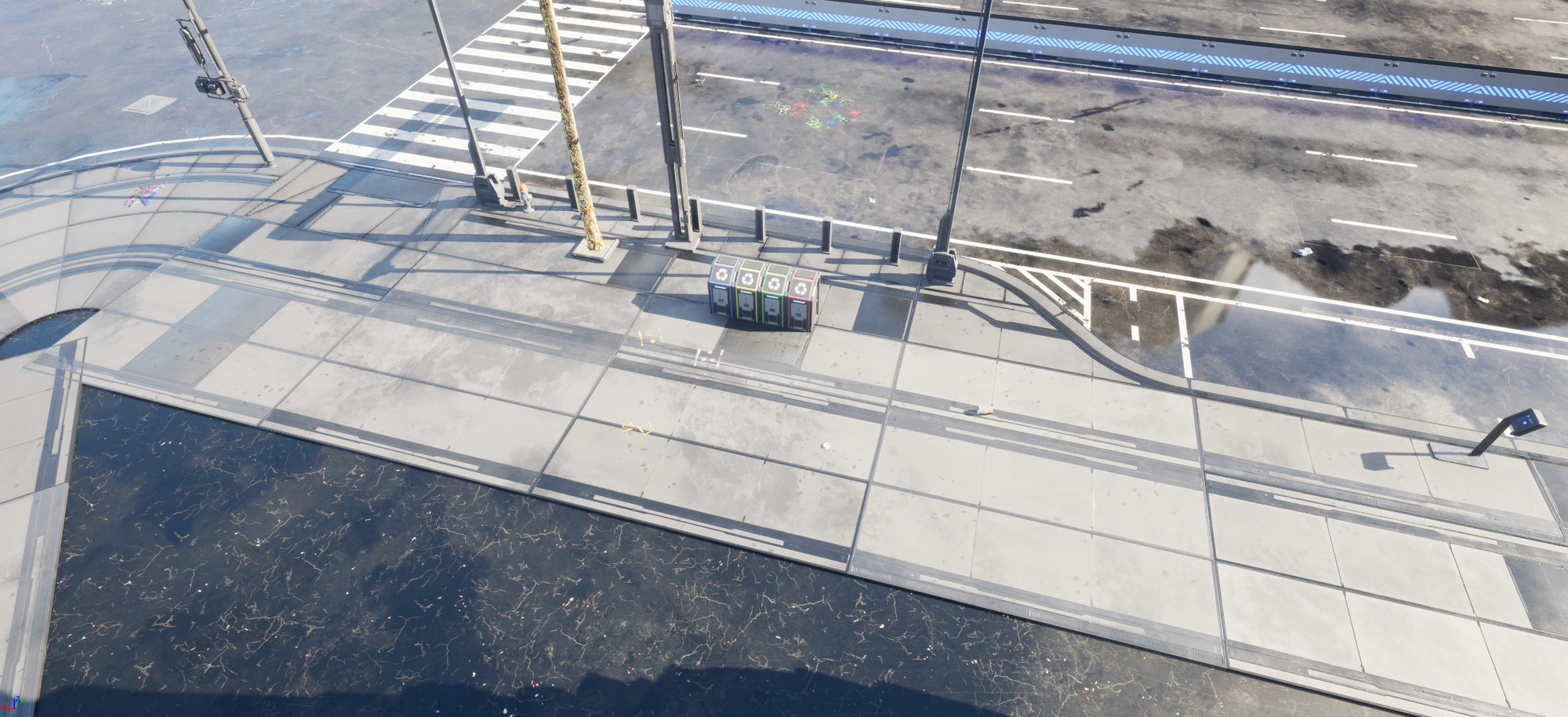
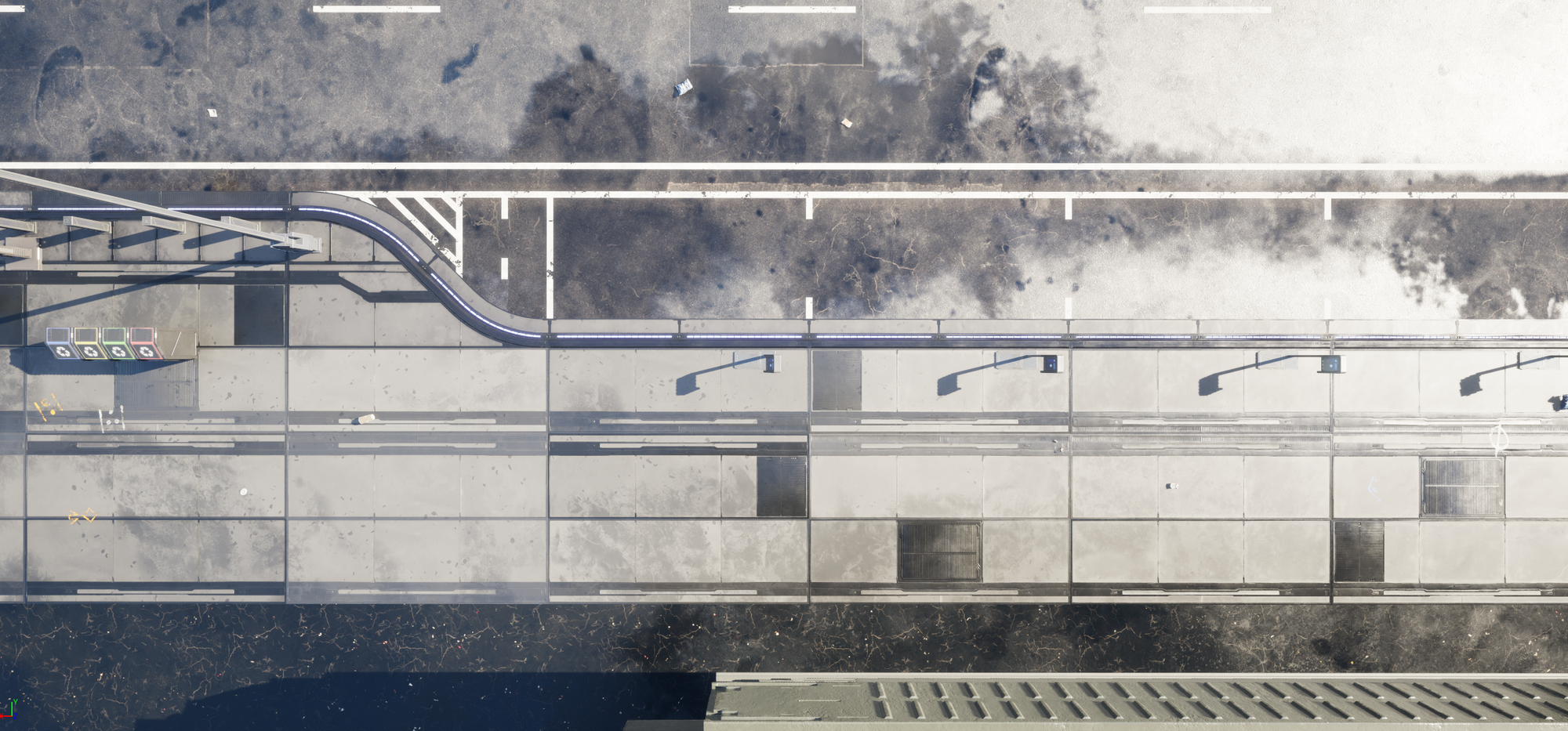
Sidewalk Prop Bases
Since roads and sidewalks now feature slopes, some props, such as streetlights and traffic signals, must remain vertically aligned. To accommodate this, base meshes were added to the bottom of these props, allowing them to extend into the ground and compensate for any gaps caused by sloping terrain.
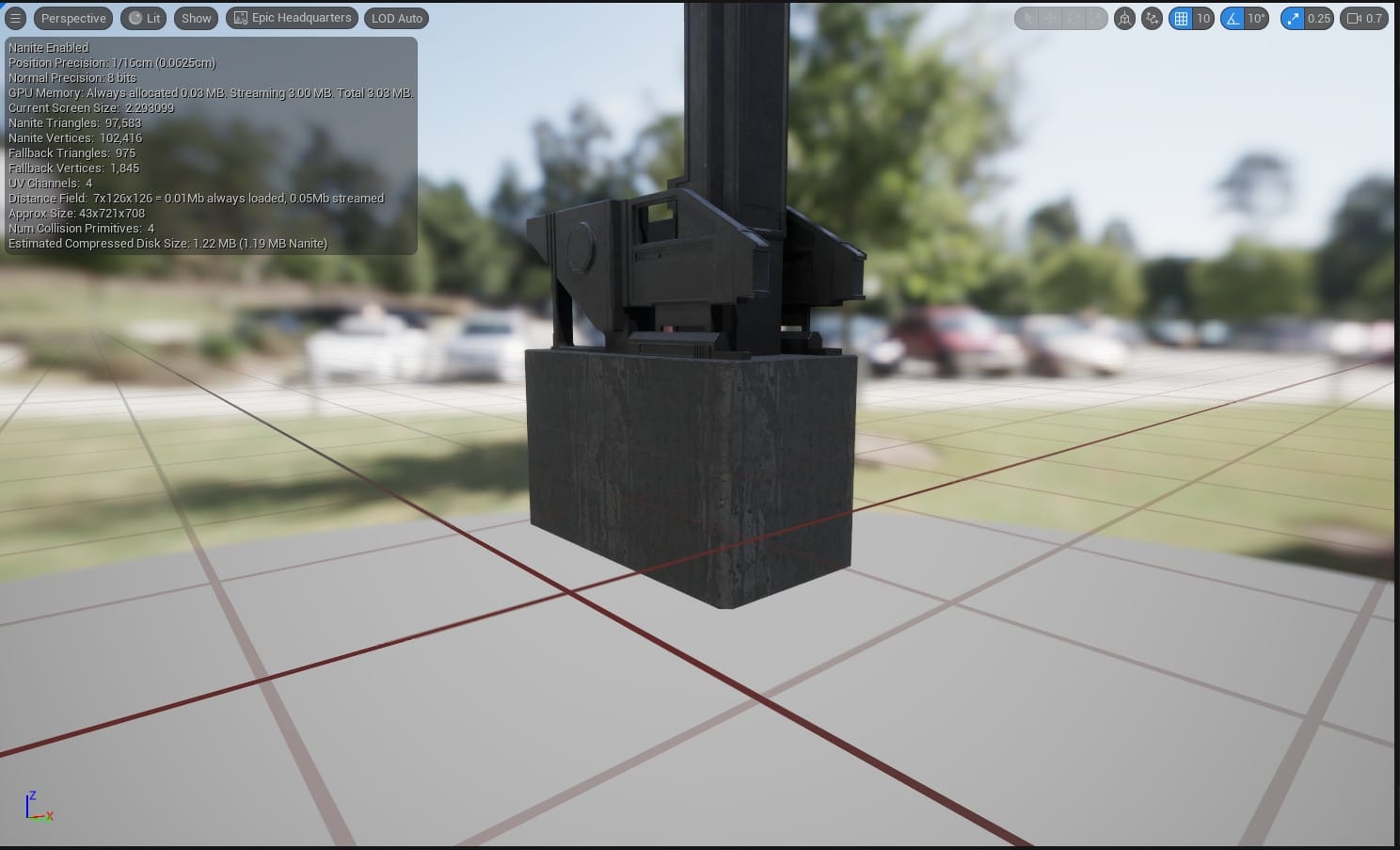
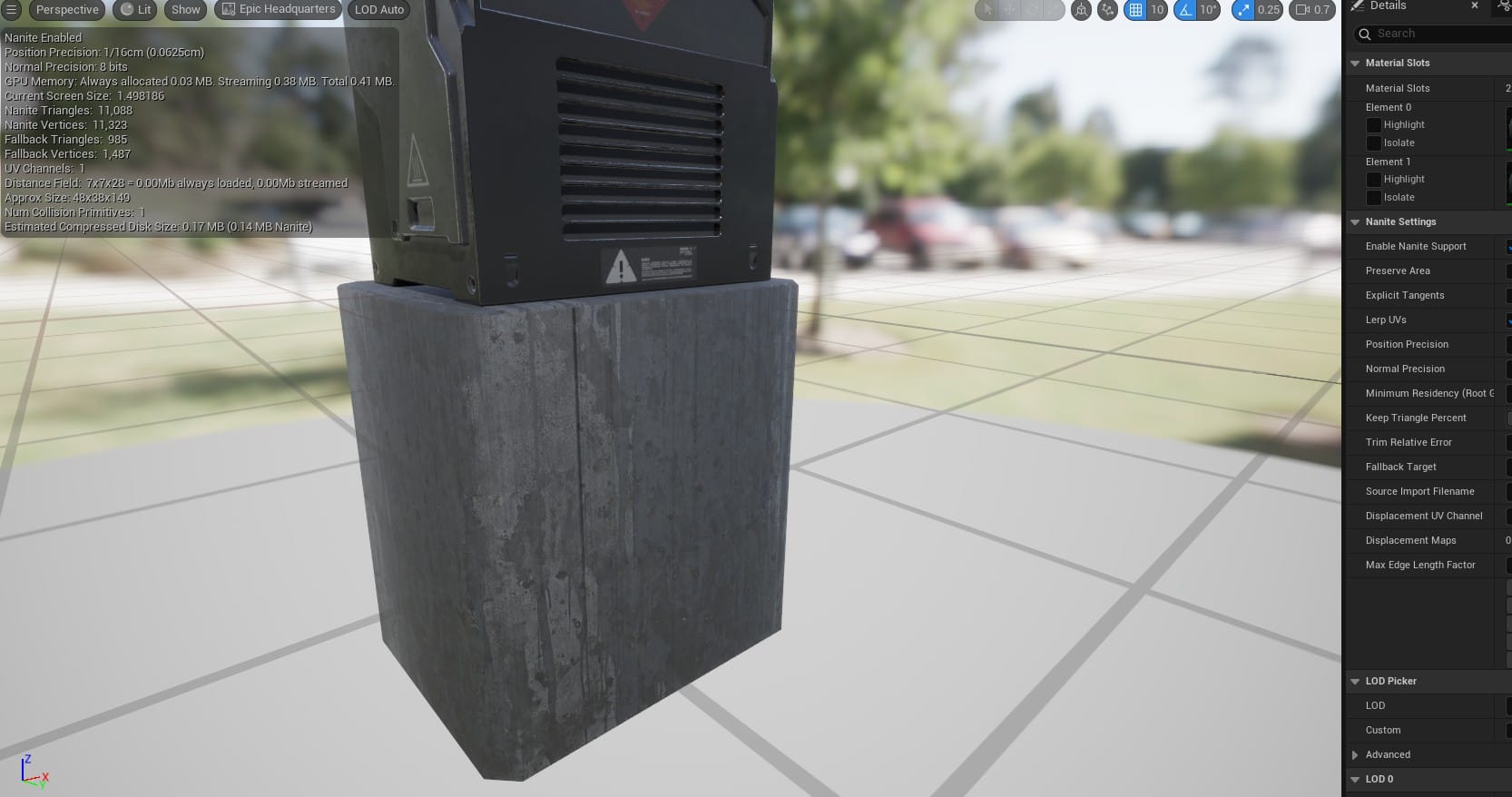
Sloped Roads
The original city layout was completely flat to simplify early development and system testing. Now, roads can be automatically sloped for more realistic topography. Each intersection is assigned a height based on rule sets and a grading map, and roads reconnect between these elevations. Props and building plots adjust accordingly, all within the procedural city-building system.
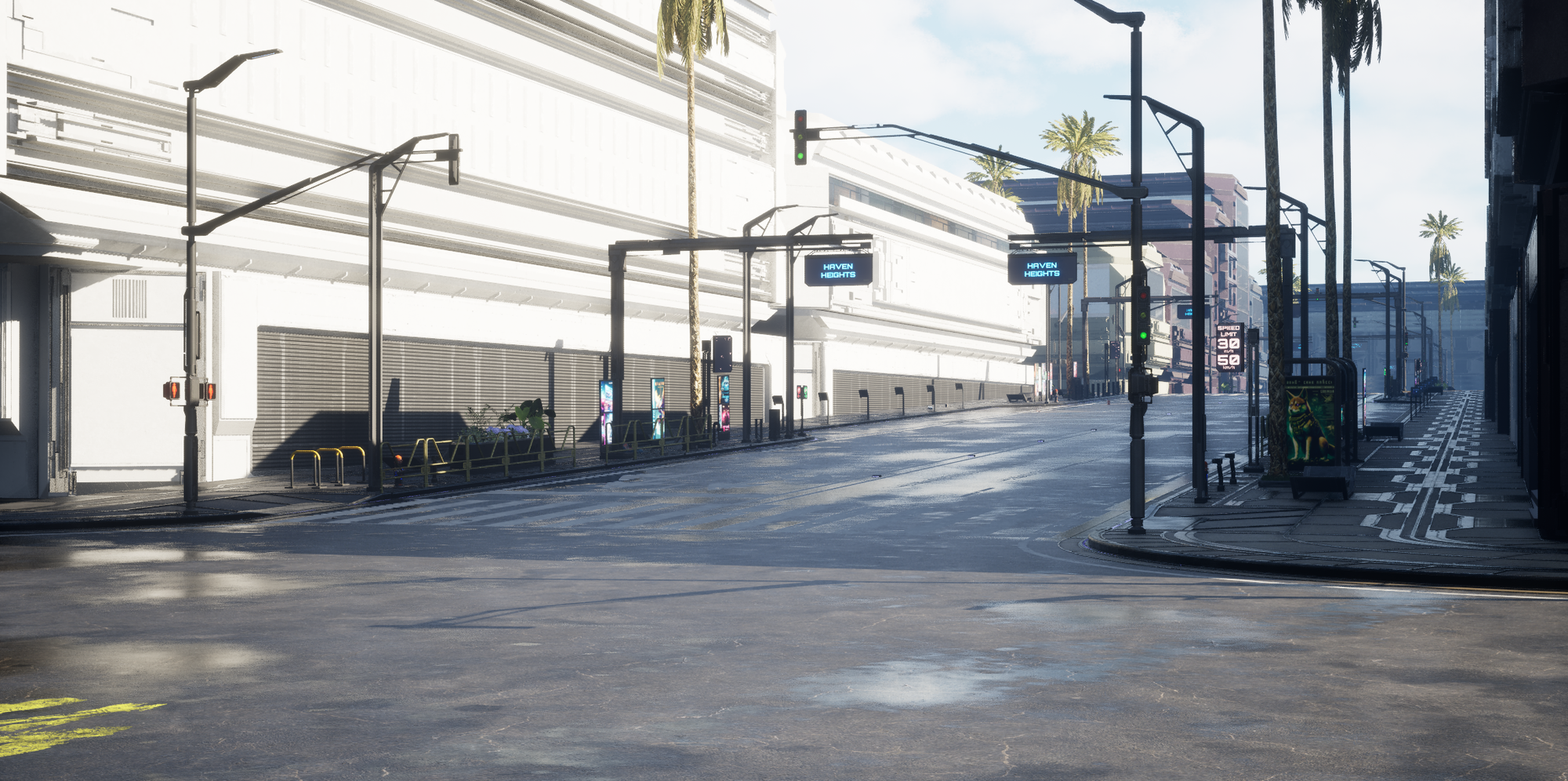
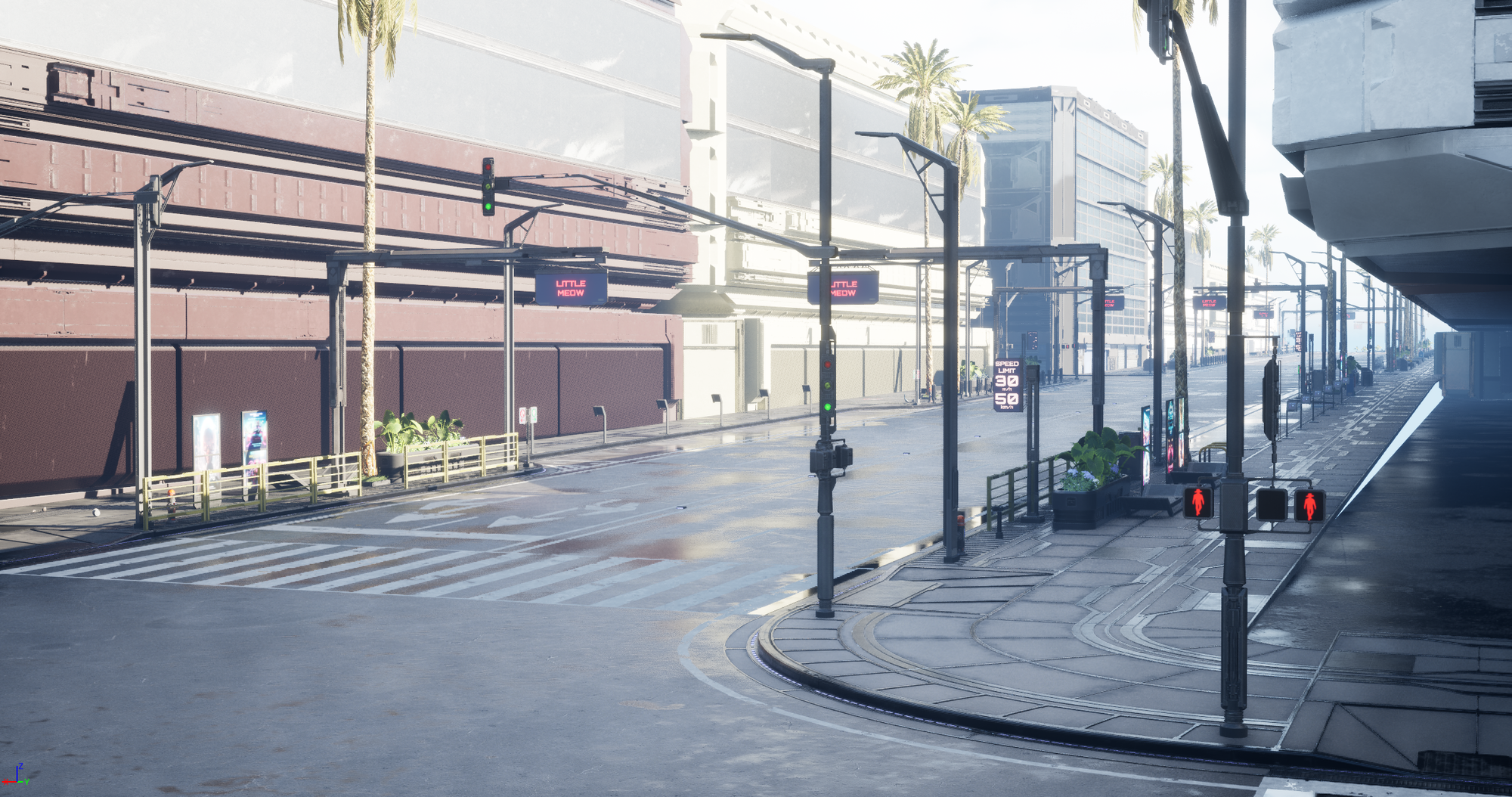
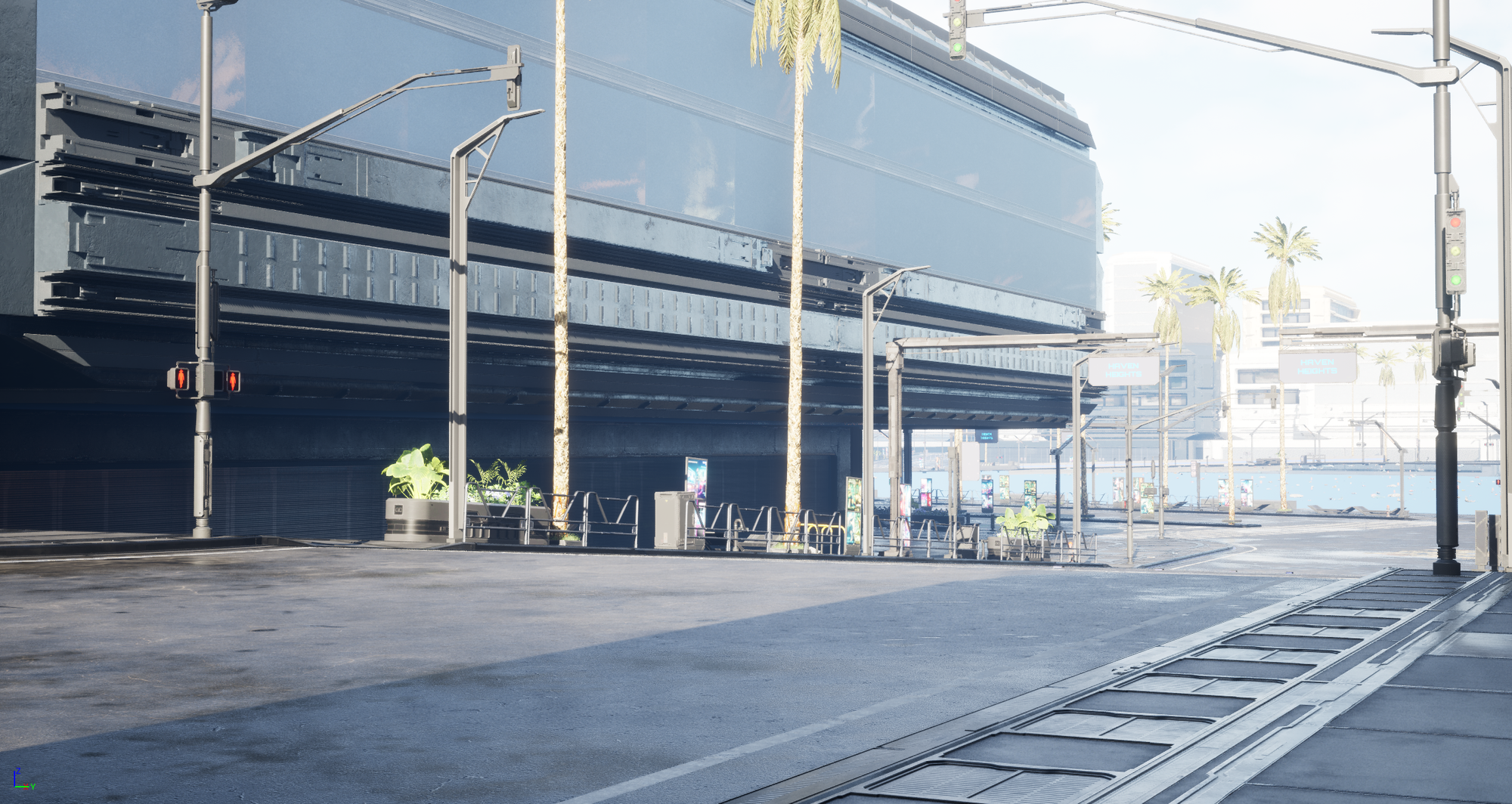
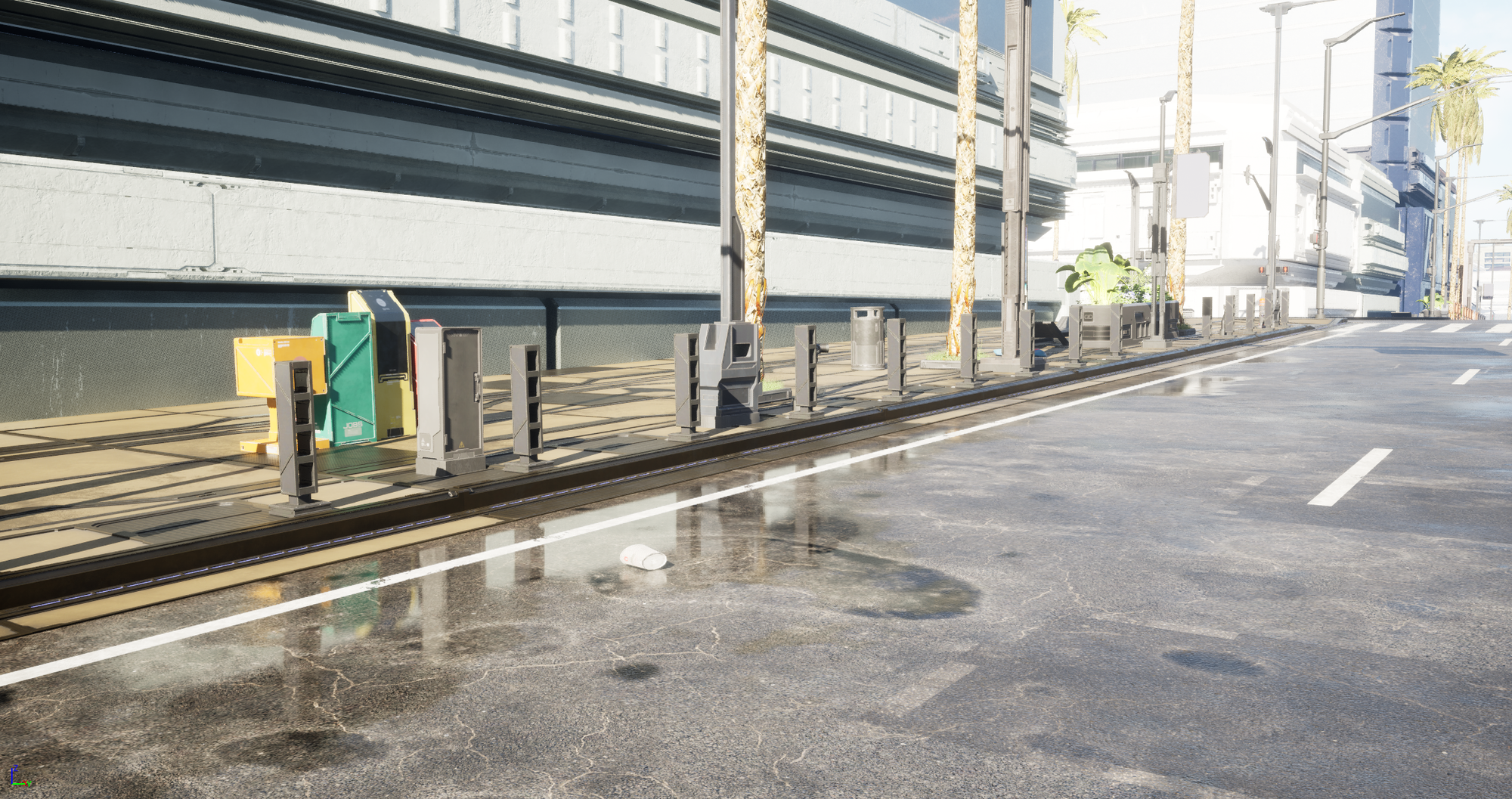
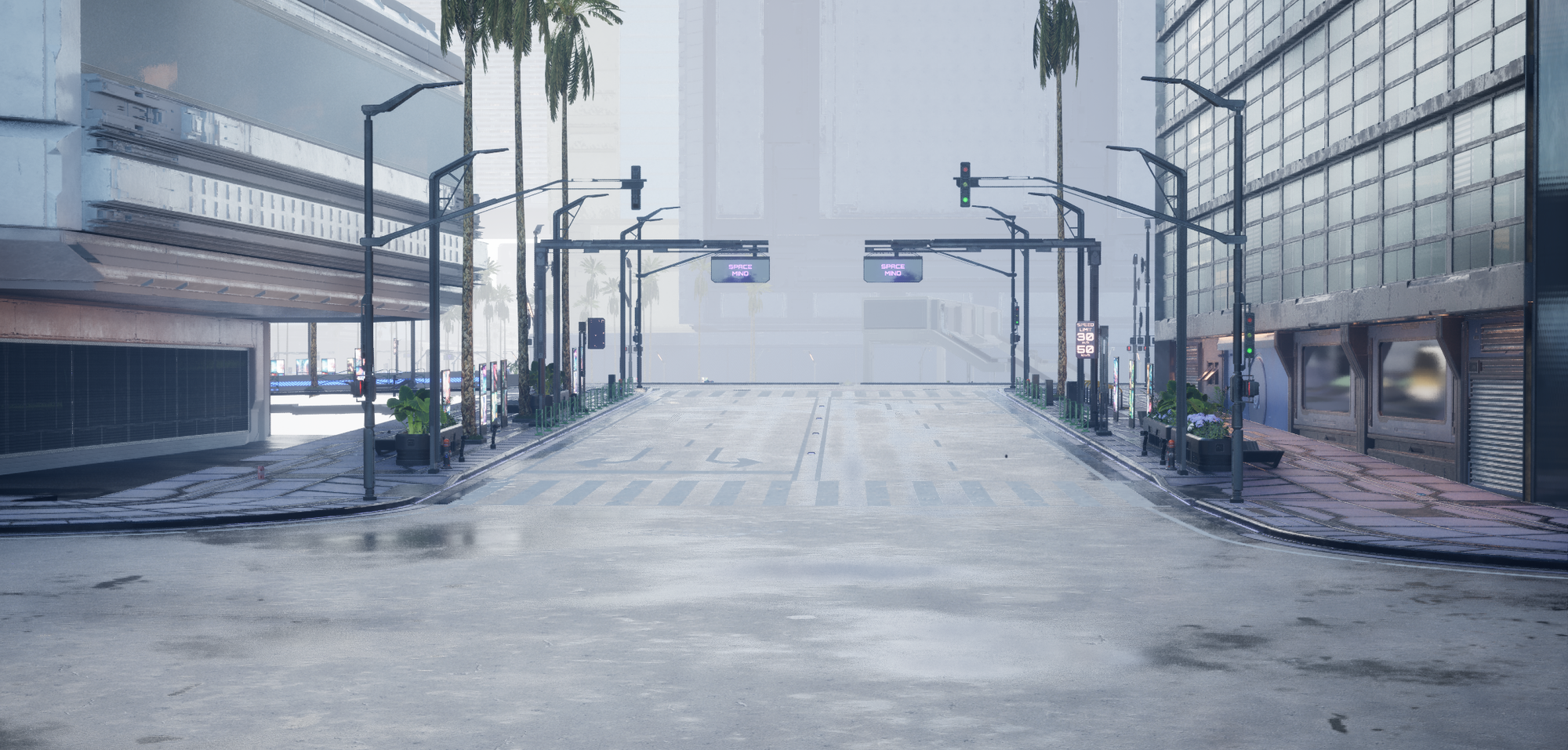
Speed Limit Signs
A new set of speed limit signs has been added throughout the sidewalk network, bringing additional detail and realism to the city’s ground level. The system automatically places signs and assigns speed values based on road type—lower limits for minor streets and higher speeds for major roads—ensuring logical, consistent signage across the urban environment.
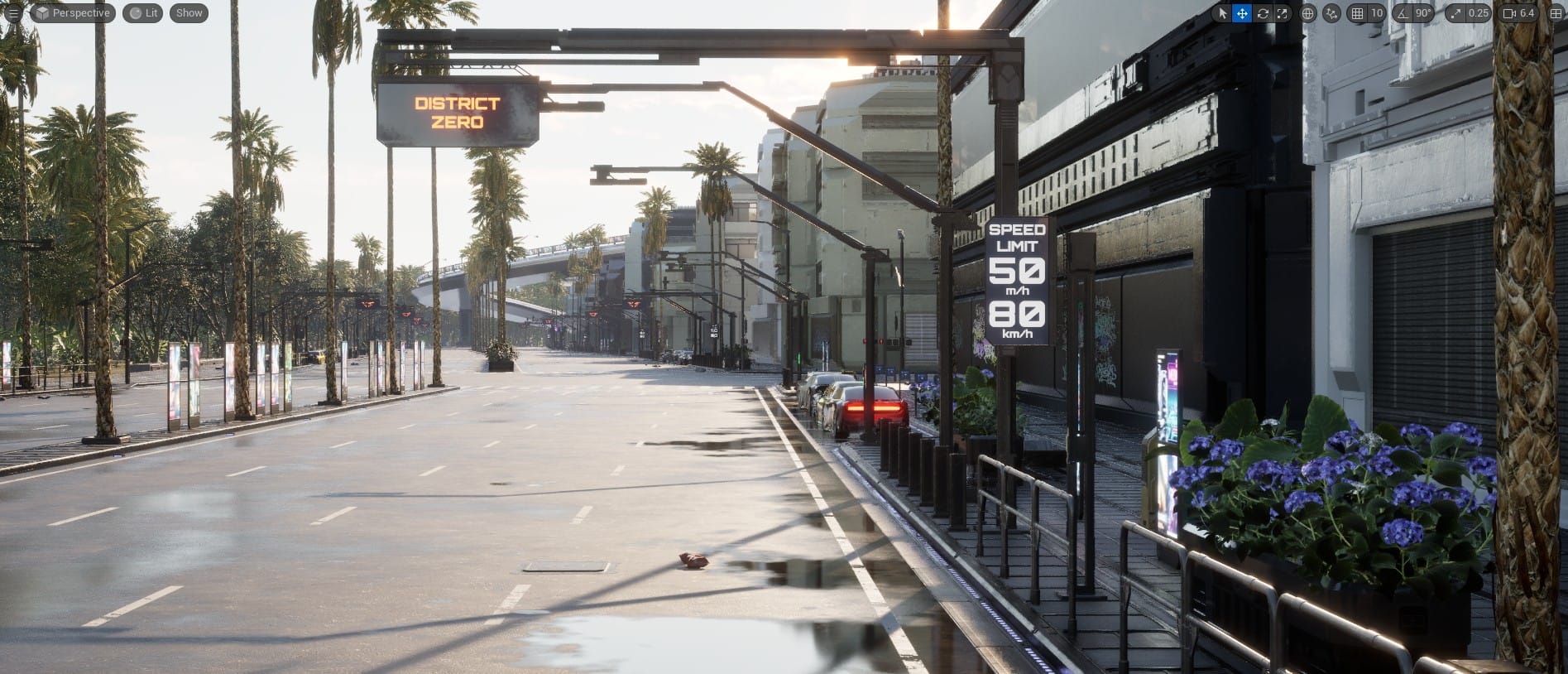
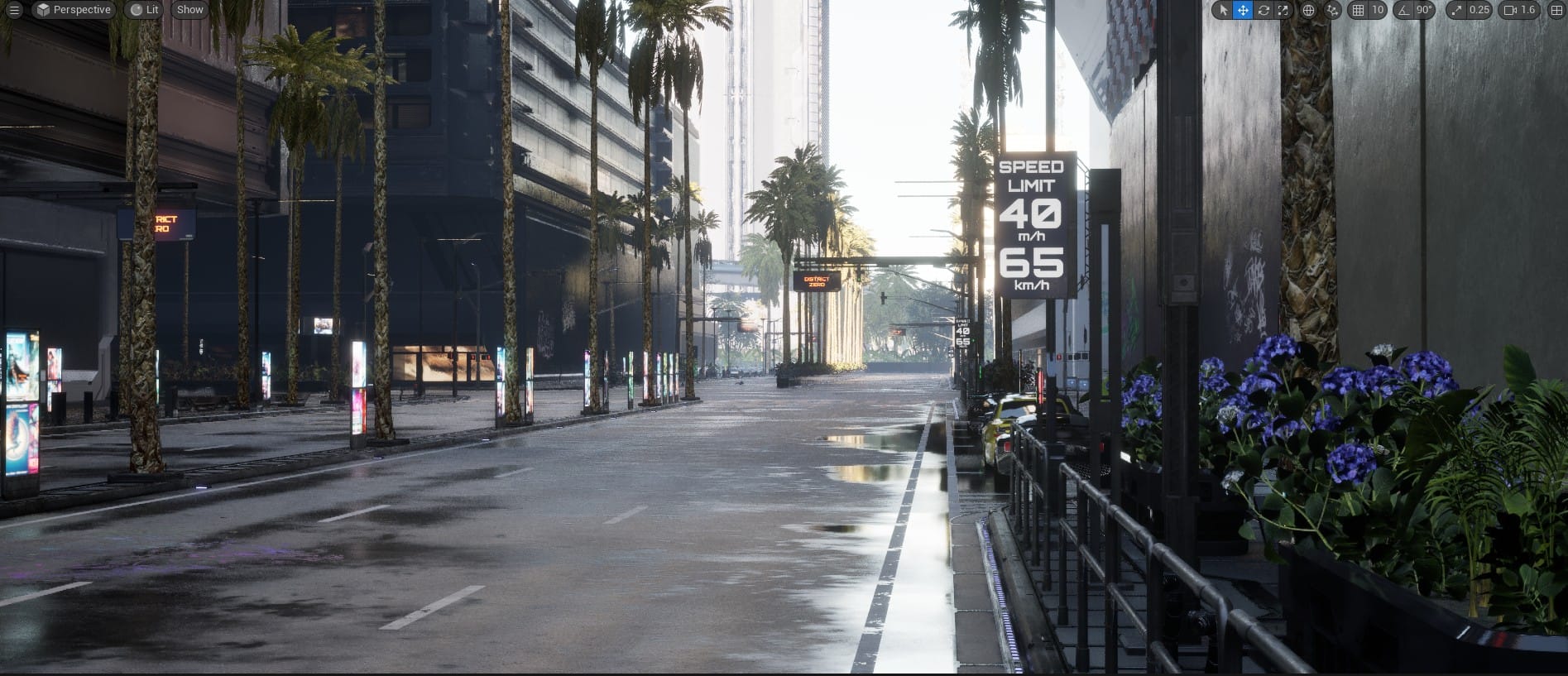
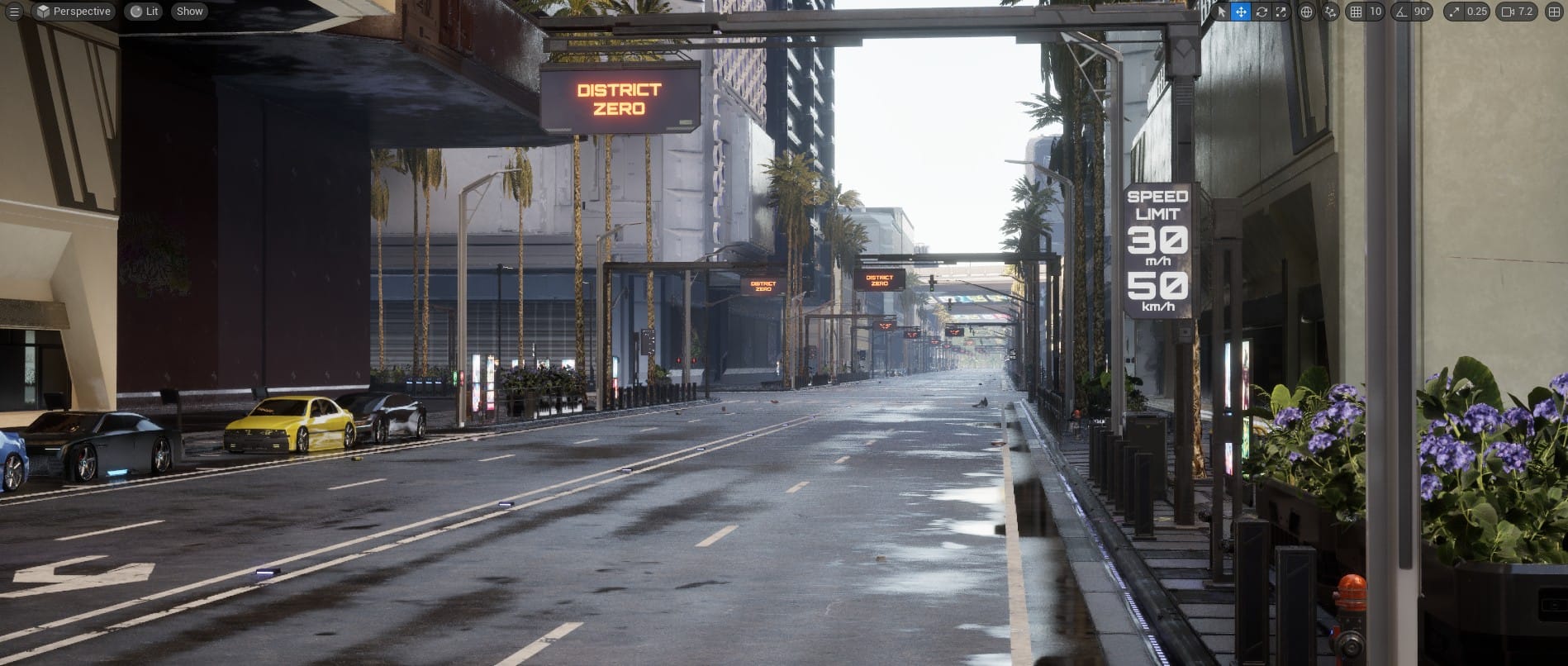
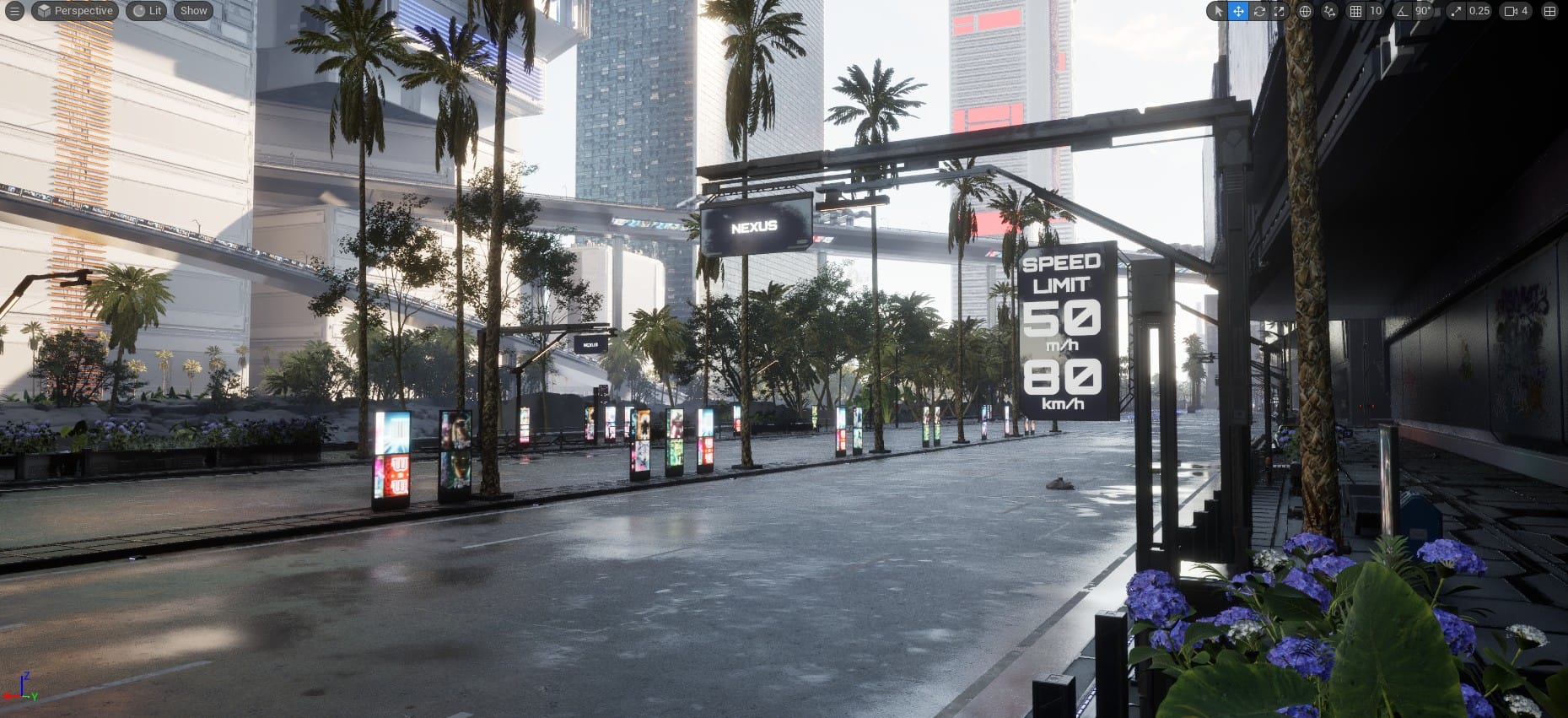
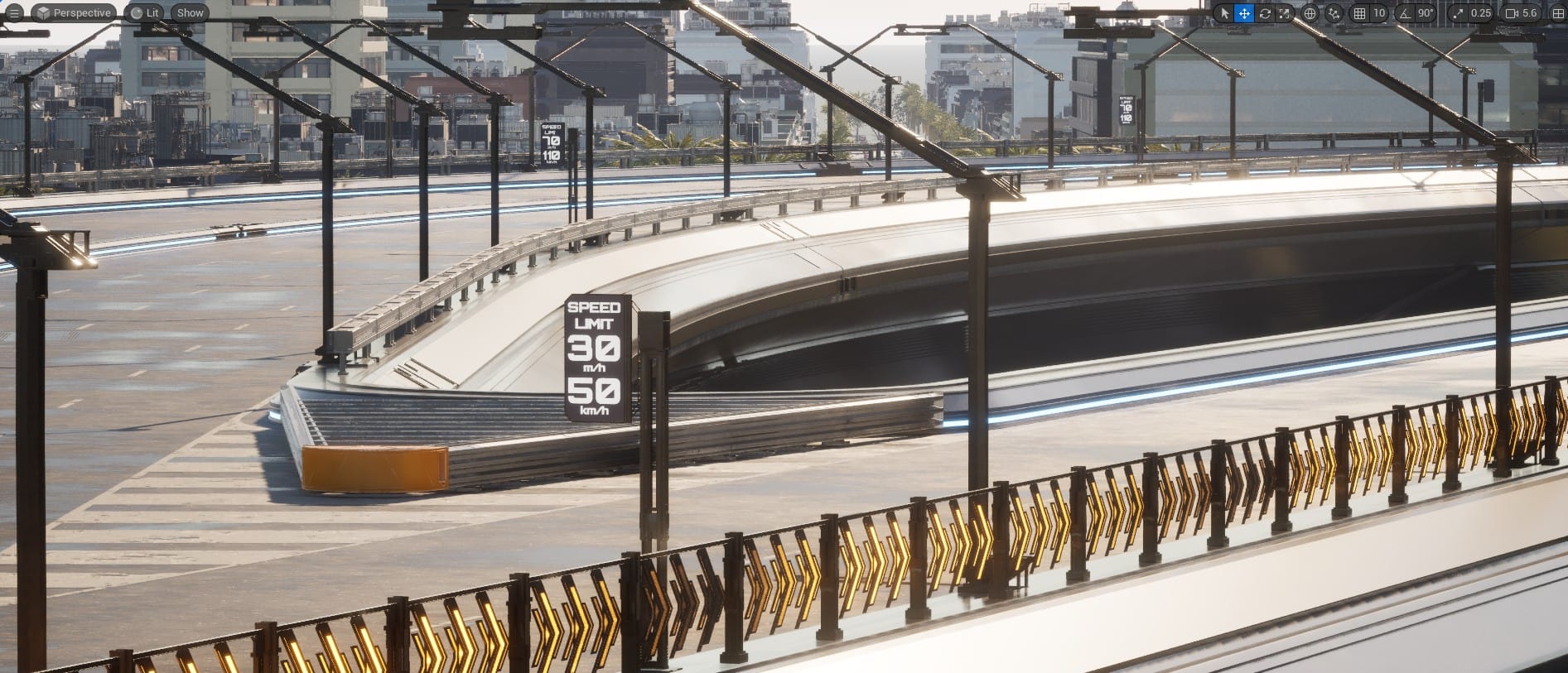
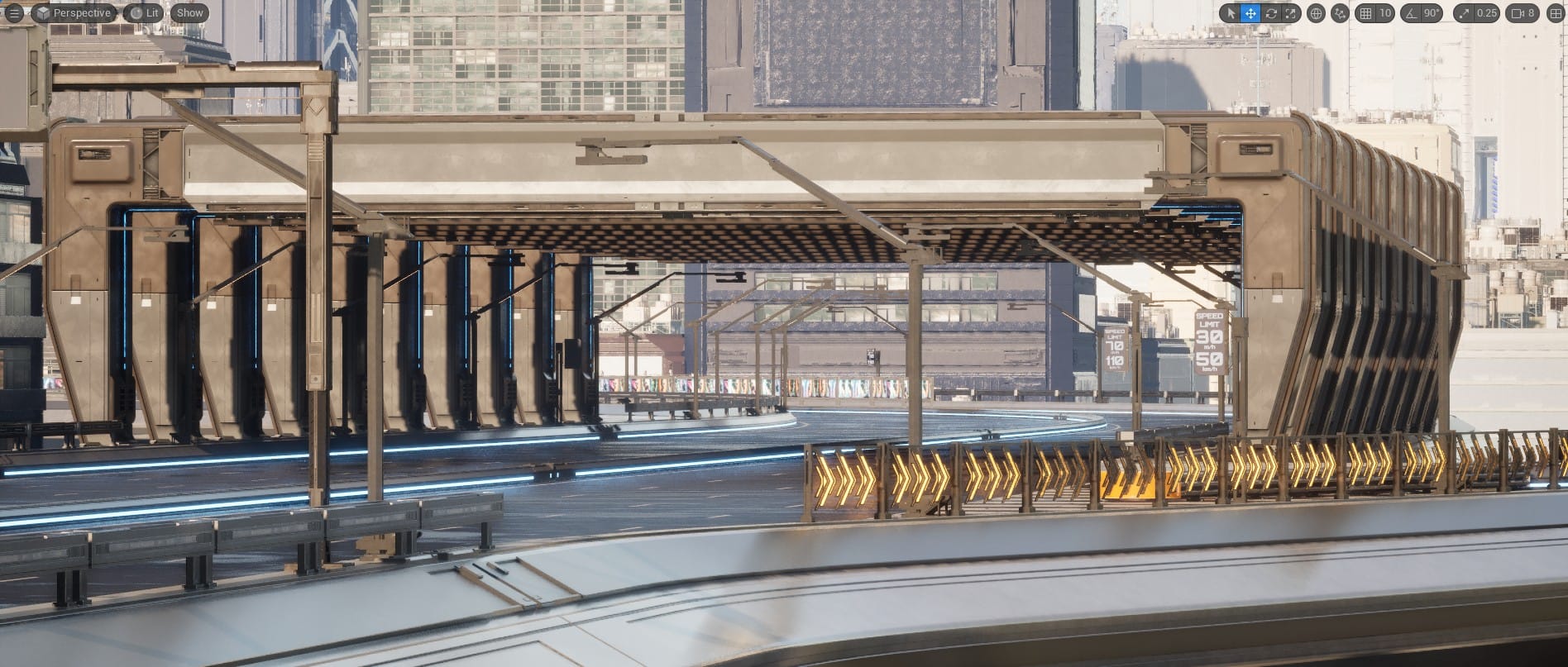
Standpipe Props
Standpipes have been added to the sidewalks as part of the city’s detailed infrastructure. These small but essential elements represent the external connections for building sprinkler systems, contributing to a more realistic and grounded urban environment.
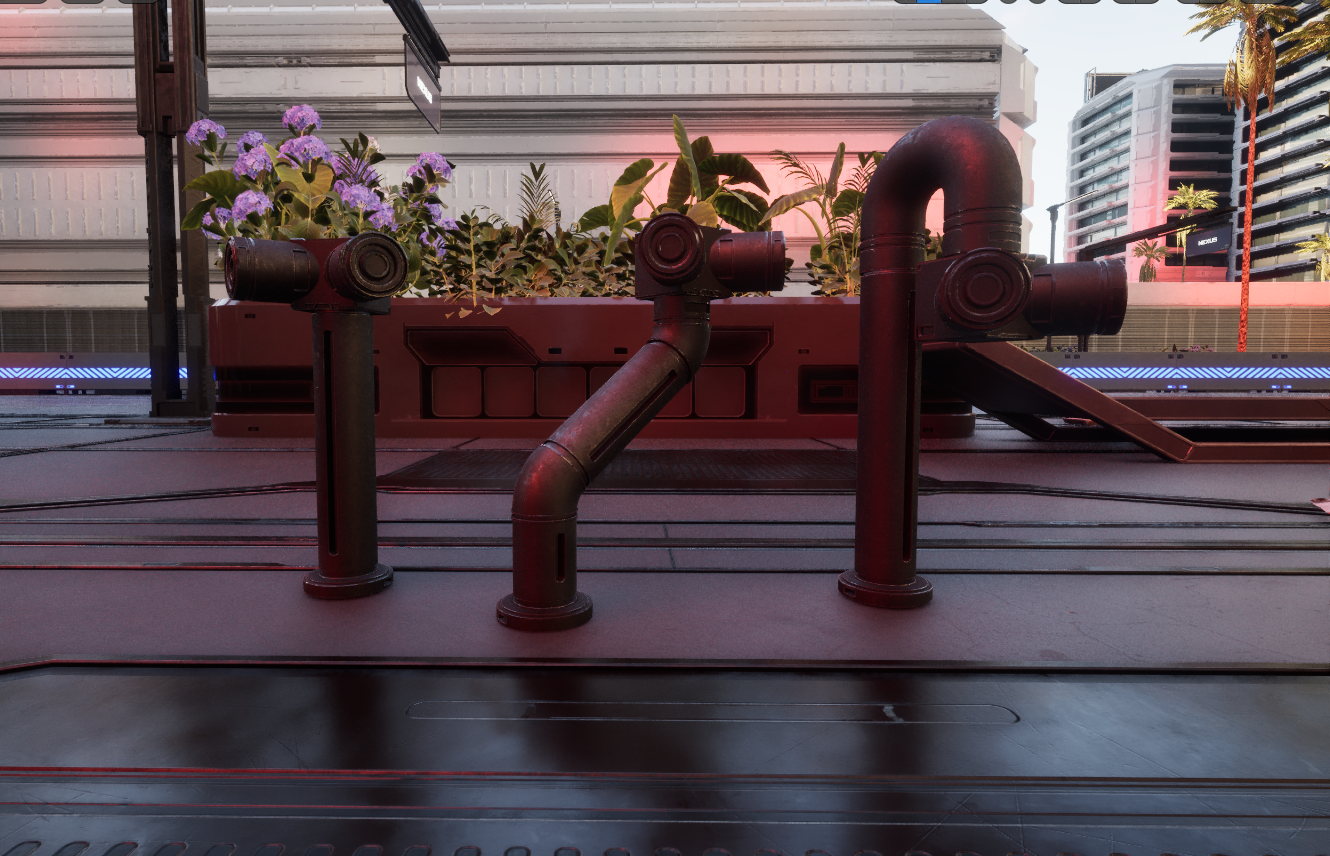
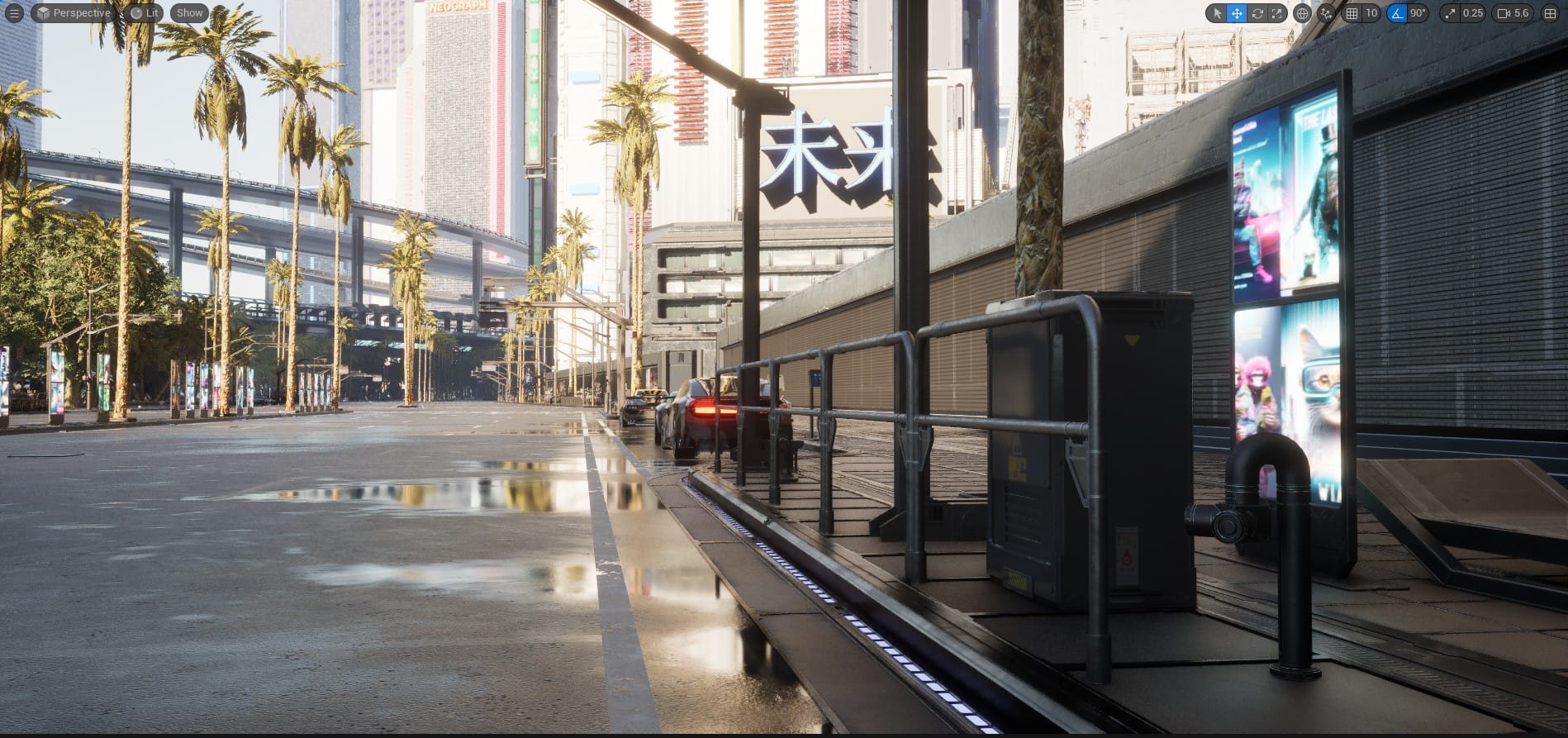
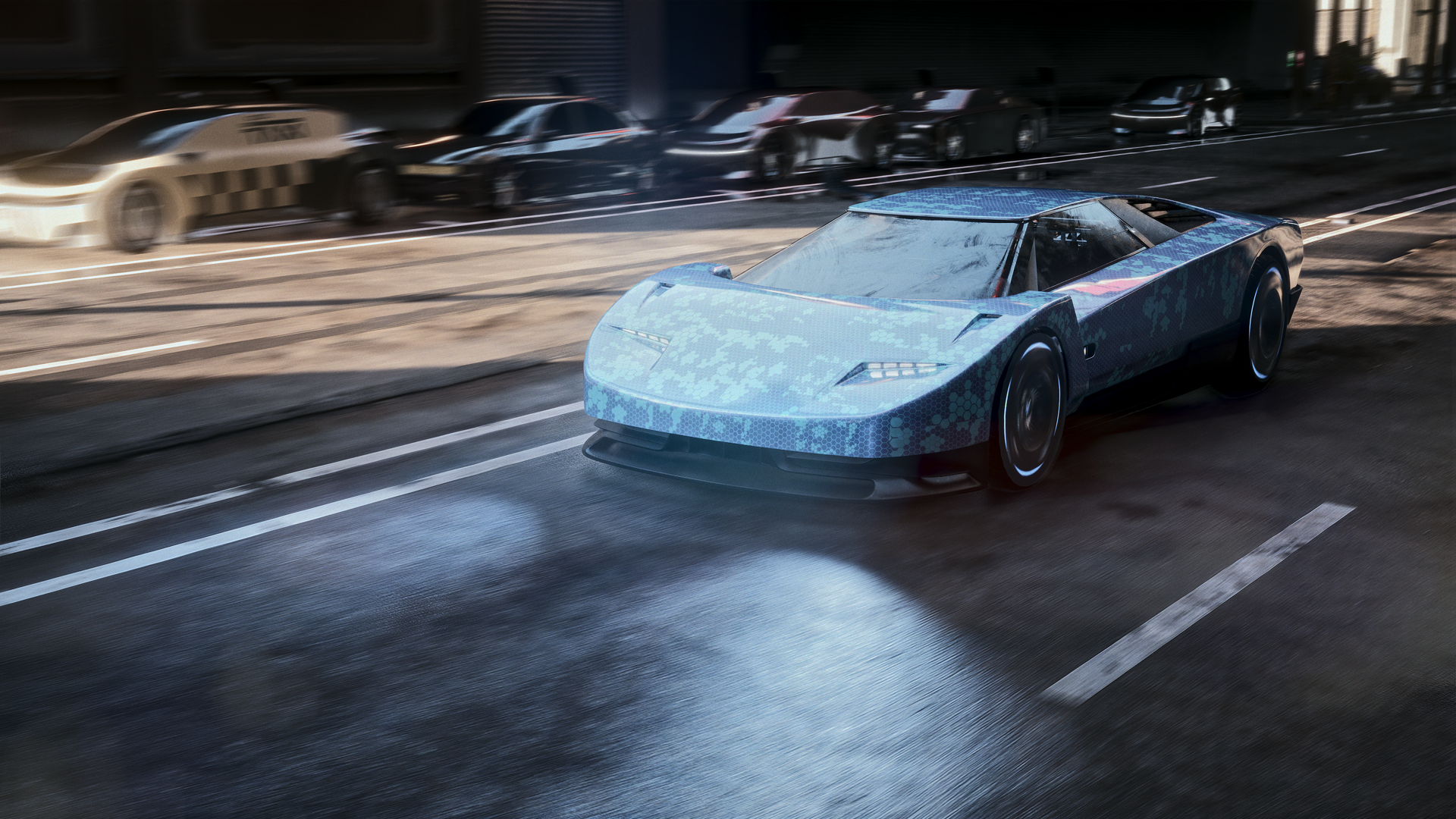
Wheels
The Wheels team has driven forward to deliver an expanded and refined automotive experience within Wiami. From integrating the Lamborghini Temerario to enhancing core systems, each advancement ensures the Wheels collection not only looks stunning but also performs at a high level in-world.
Lamborghini Temerario Integration
The Wheels team was fully engaged in preparing the Lamborghini Temerario drop. Workstreams included organizing and importing 3D model files into the engine, configuring render environments and liveries, storyboarding the trailer, and editing launch assets. The Temerario model has been imported into Wiami with the new physics engine applied, allowing in-game driving. Force feedback support is also progressing, bringing enhanced realism to the driving experience.
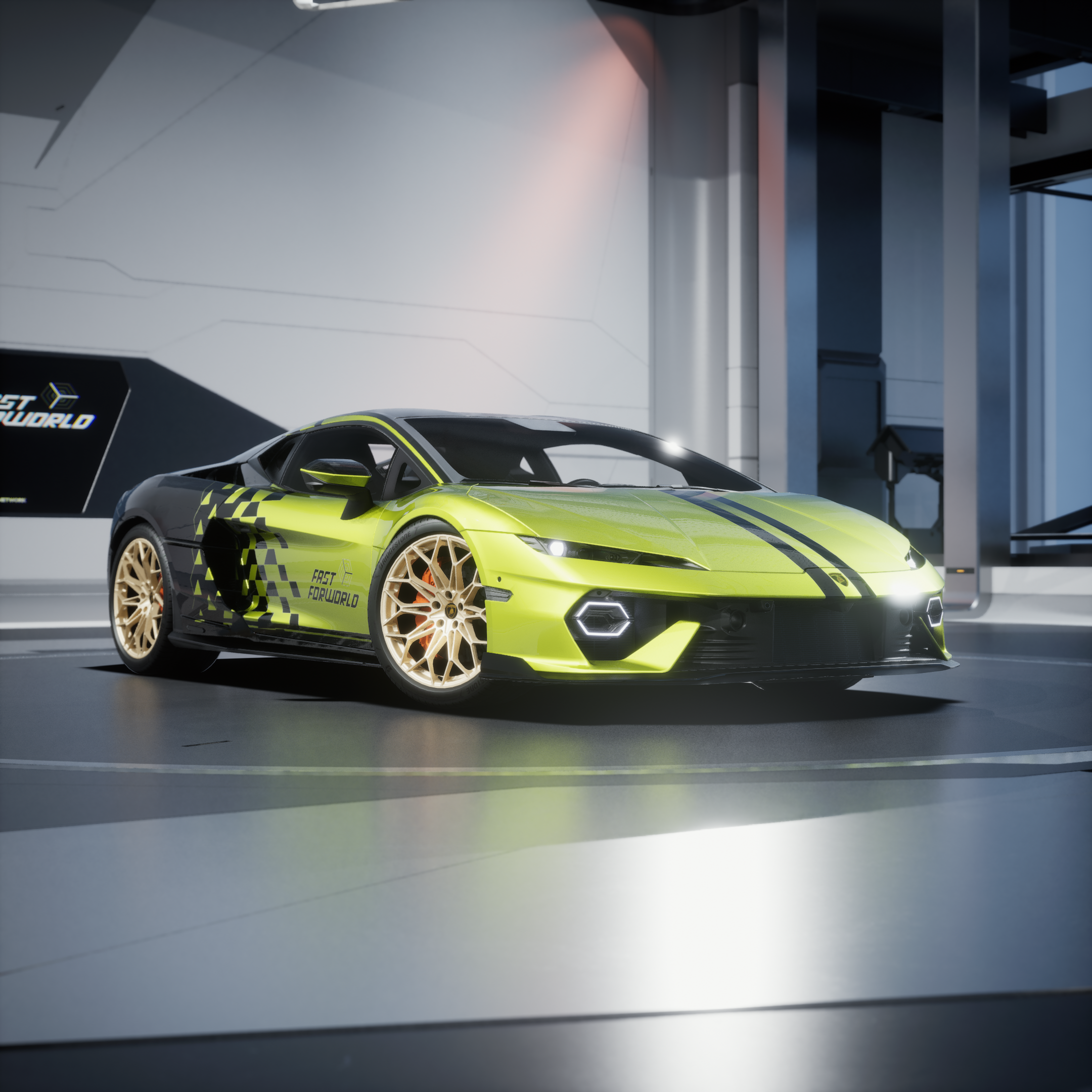
Physics Engine Optimization (C++ Conversion)
The physics engine, originally developed using Unreal Engine’s visual scripting system (Blueprints), allowed for fast prototyping and flexible collaboration between developers and engineers. As the system matured and expanded into the full open map and multiplayer environments, performance requirements increased. The team has now begun converting the physics logic into native C++ to dramatically improve execution speed and resource efficiency. This transition is expected to yield up to a 10x boost in performance.
3D Models
These vehicles are currently in active development, with detailed 3D modeling underway as we move them from concept to in-game integration.
Wagani Waya 2012
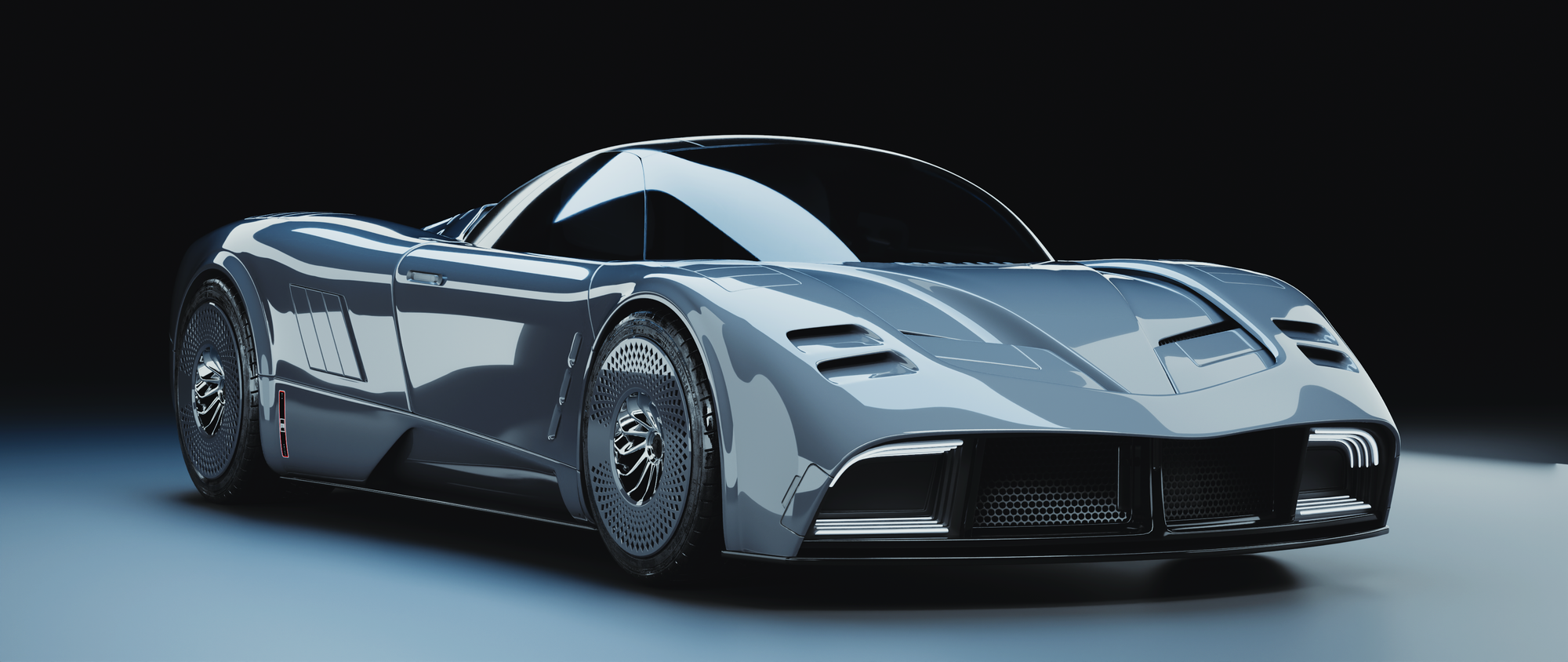
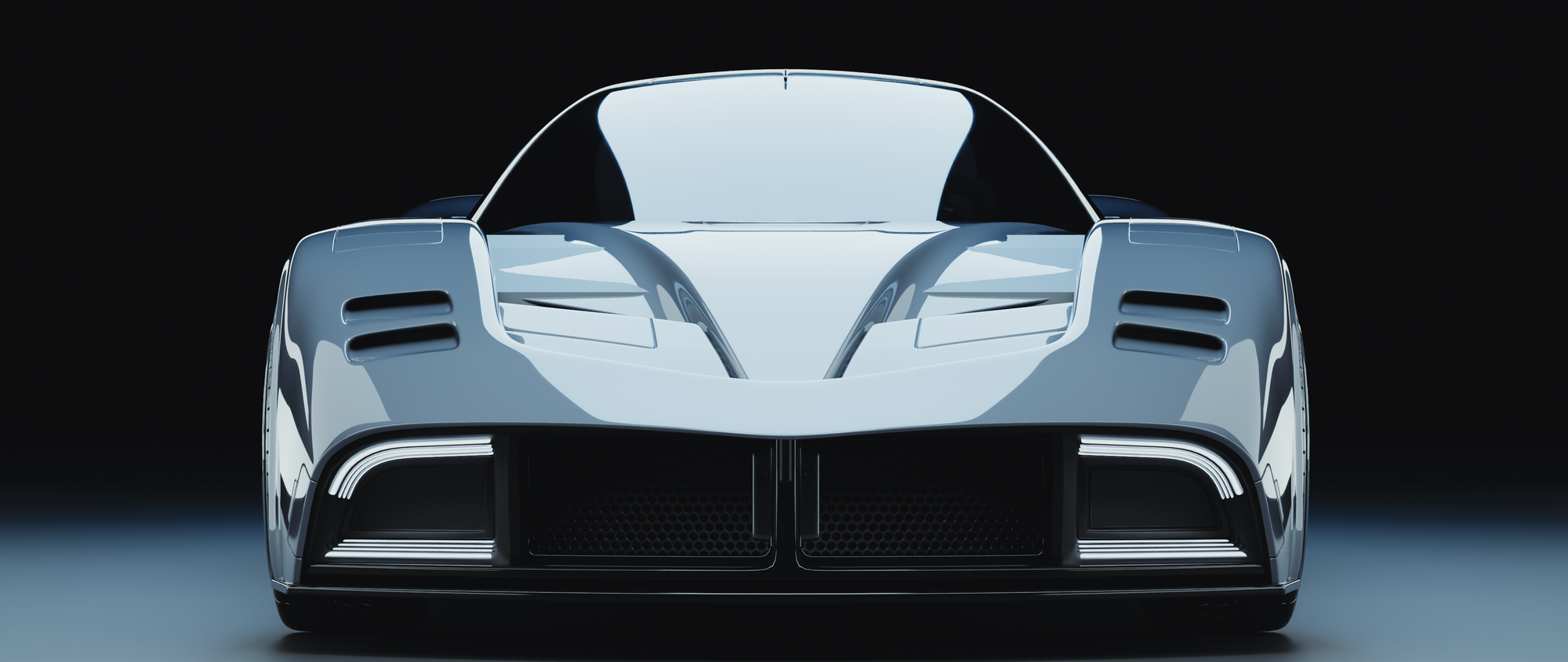
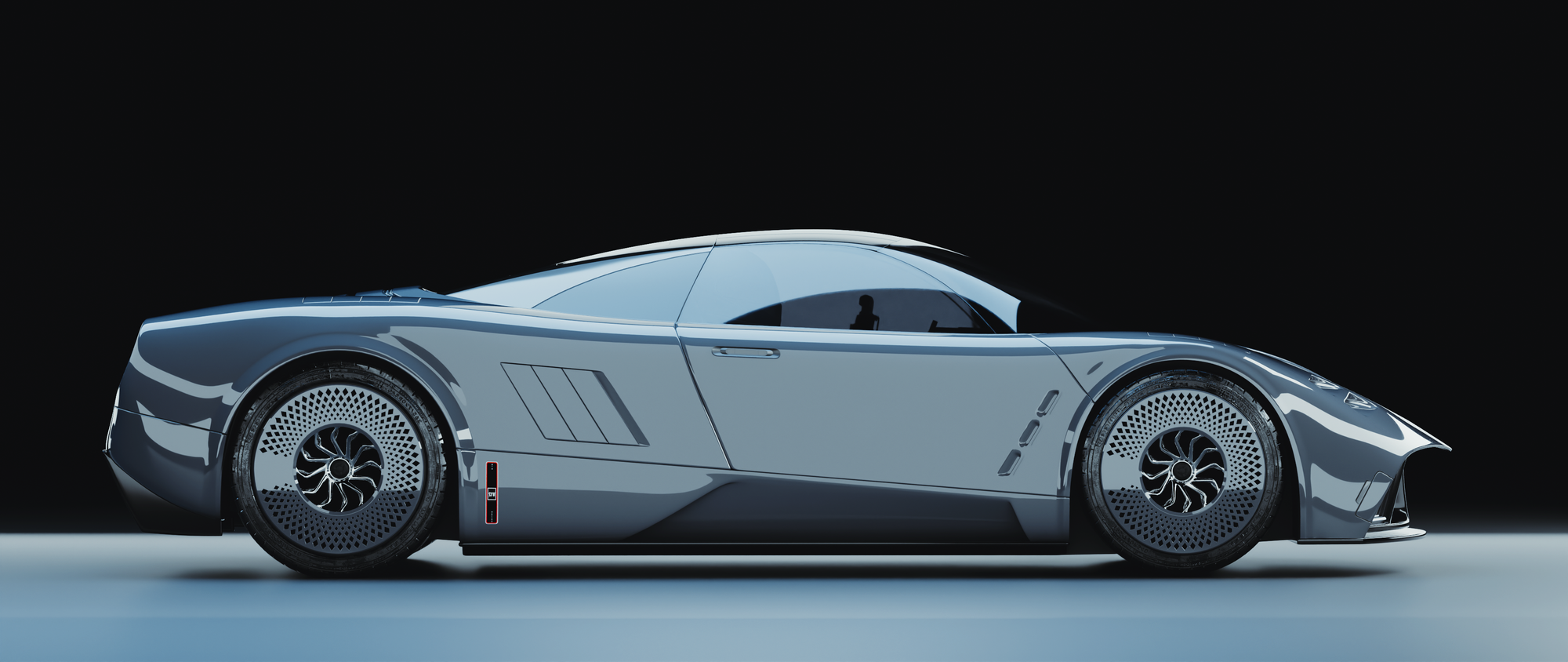
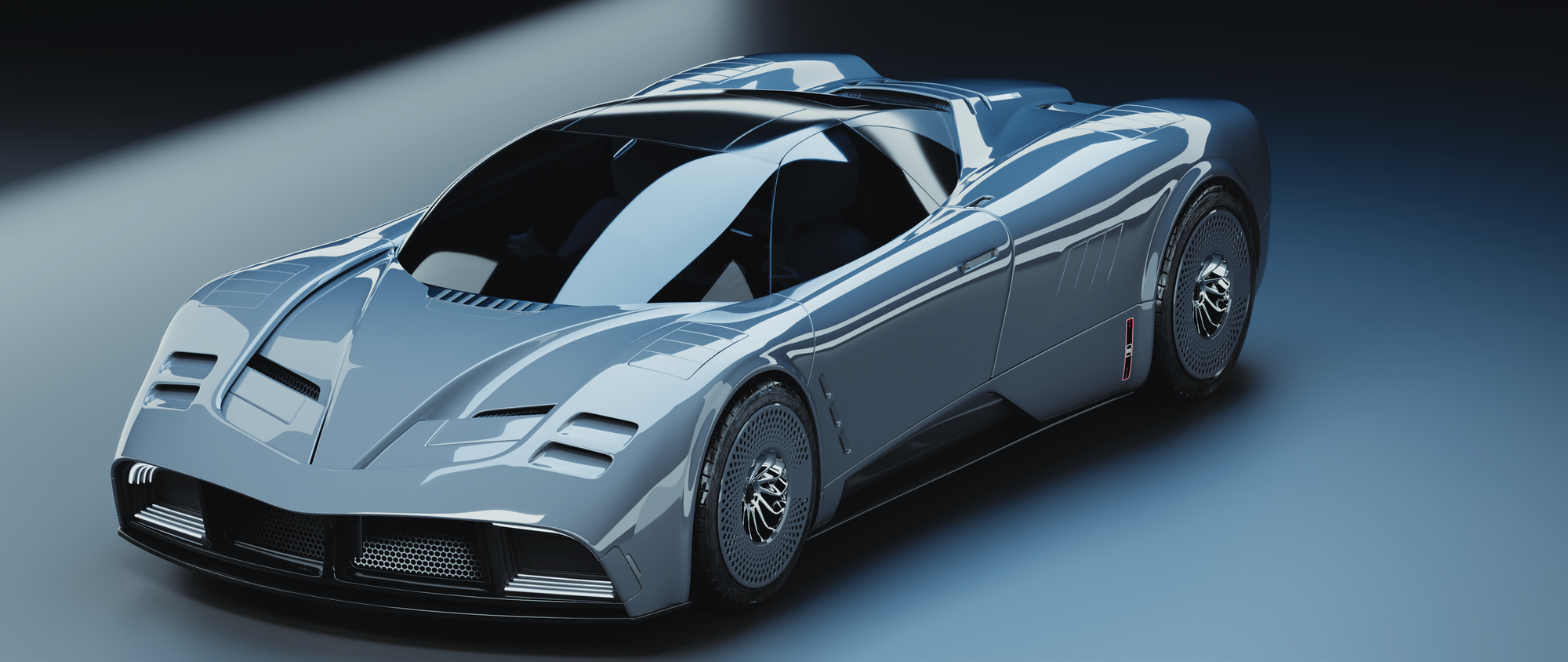
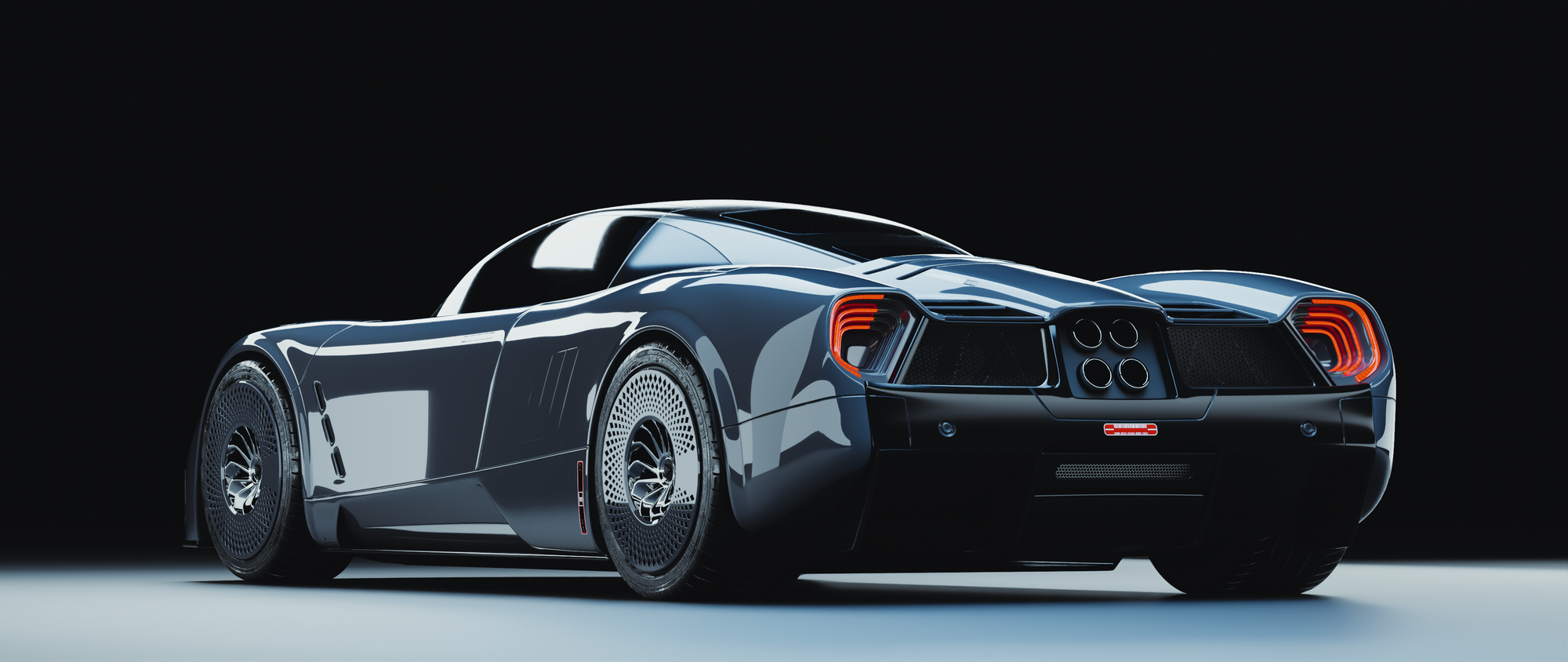
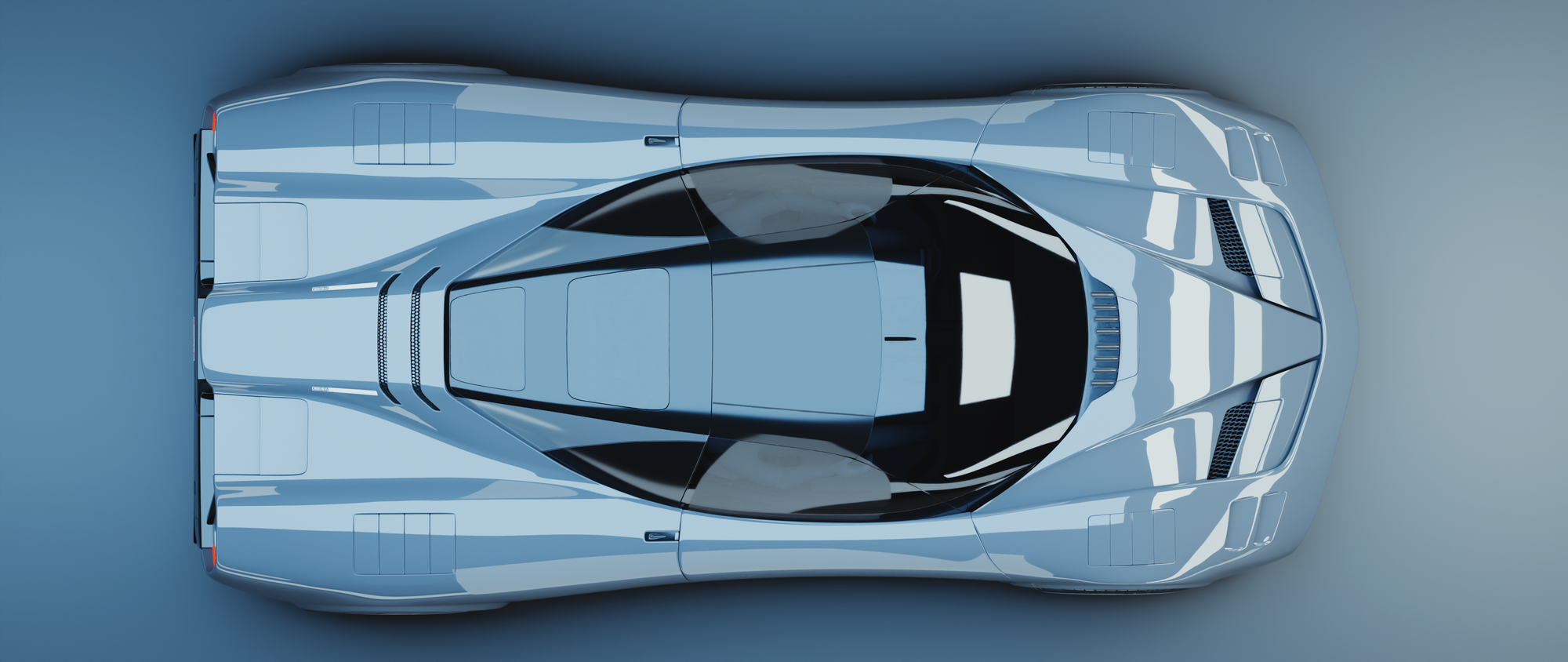
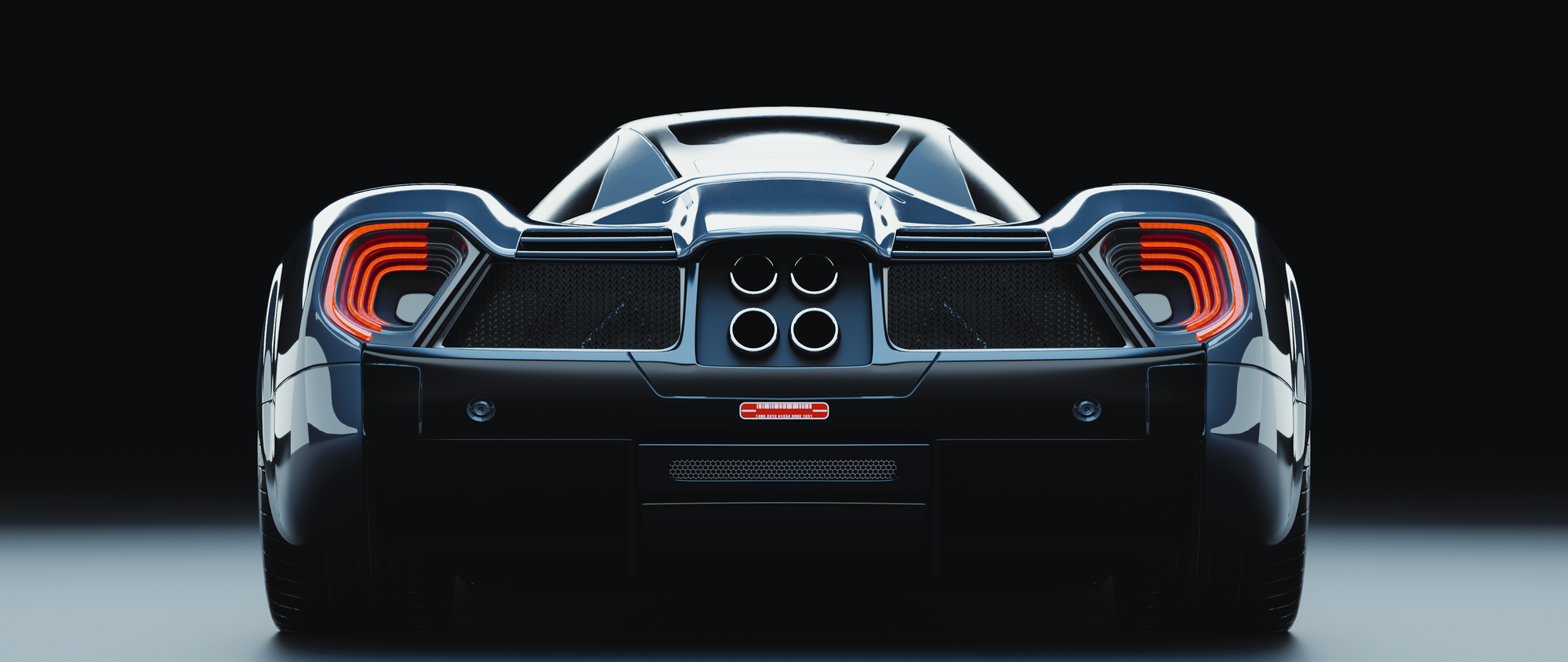
Wascari WZ1W 2012
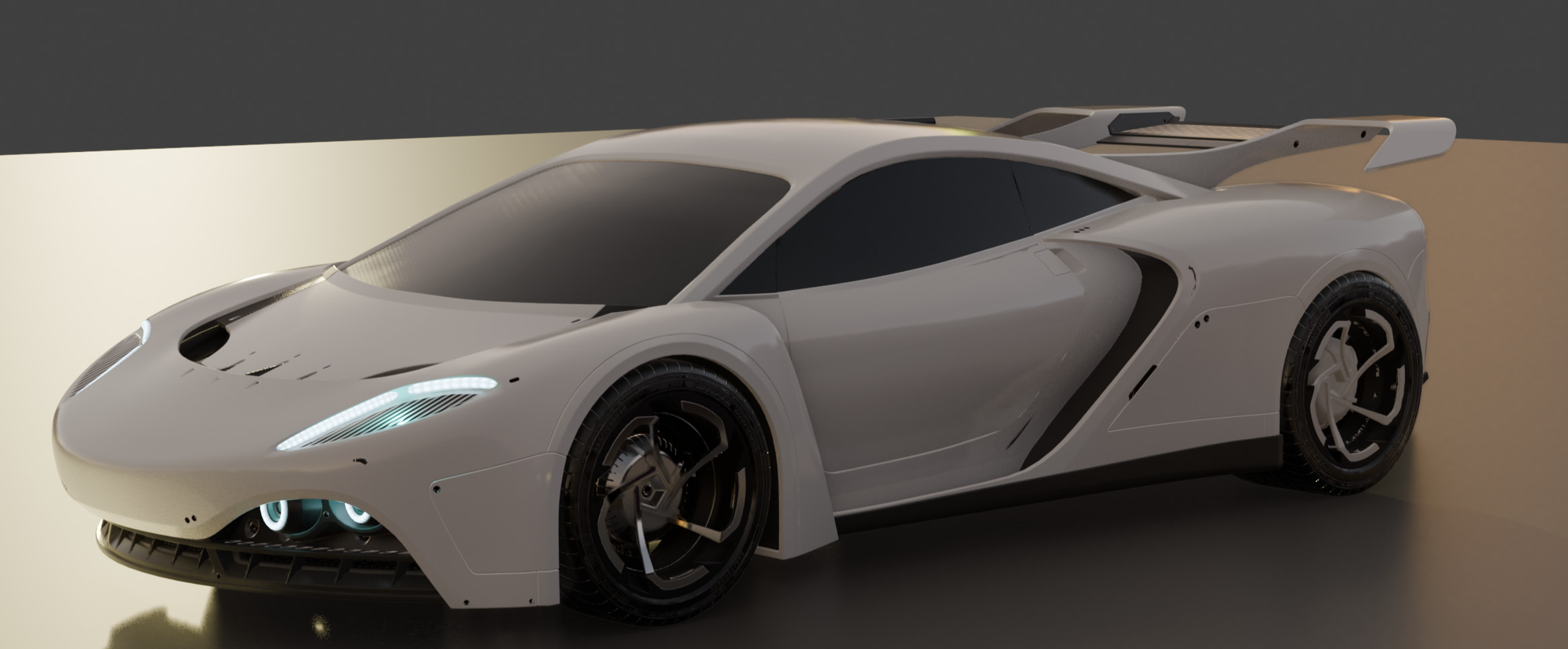
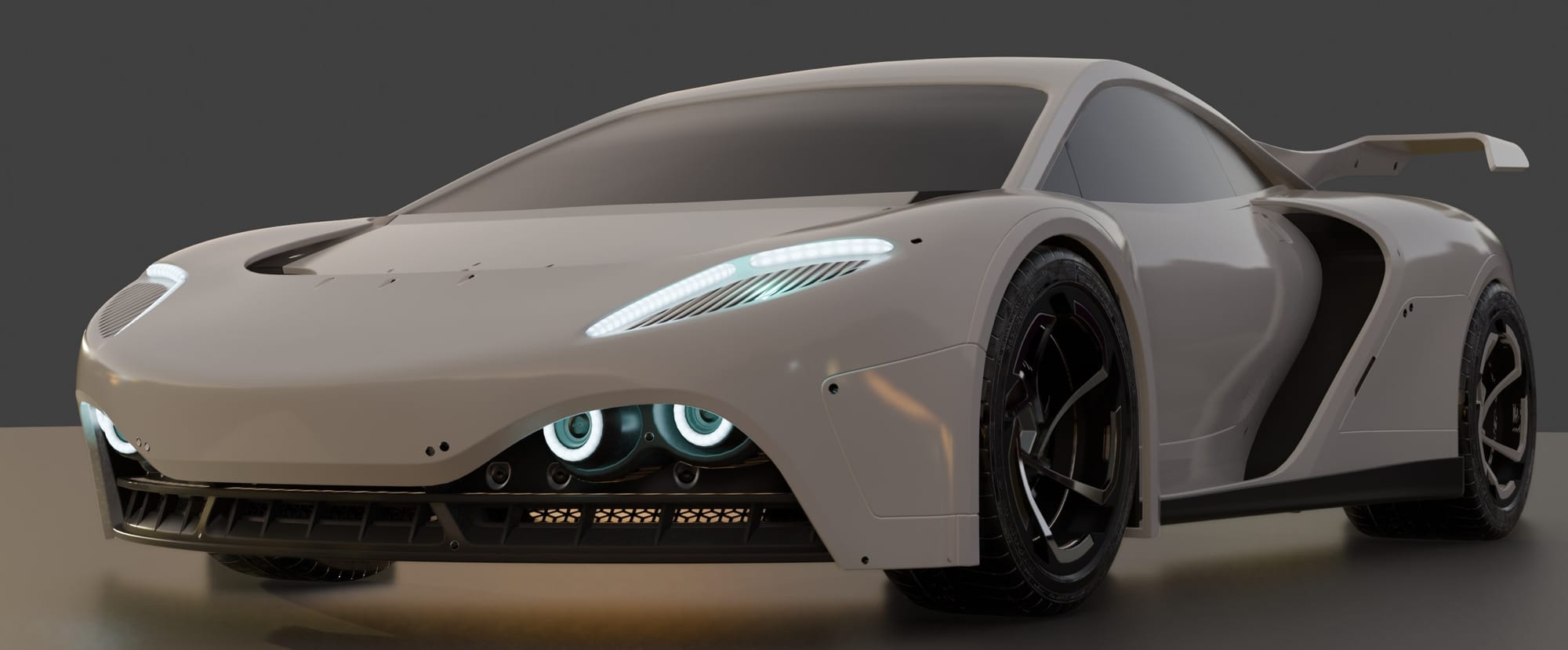
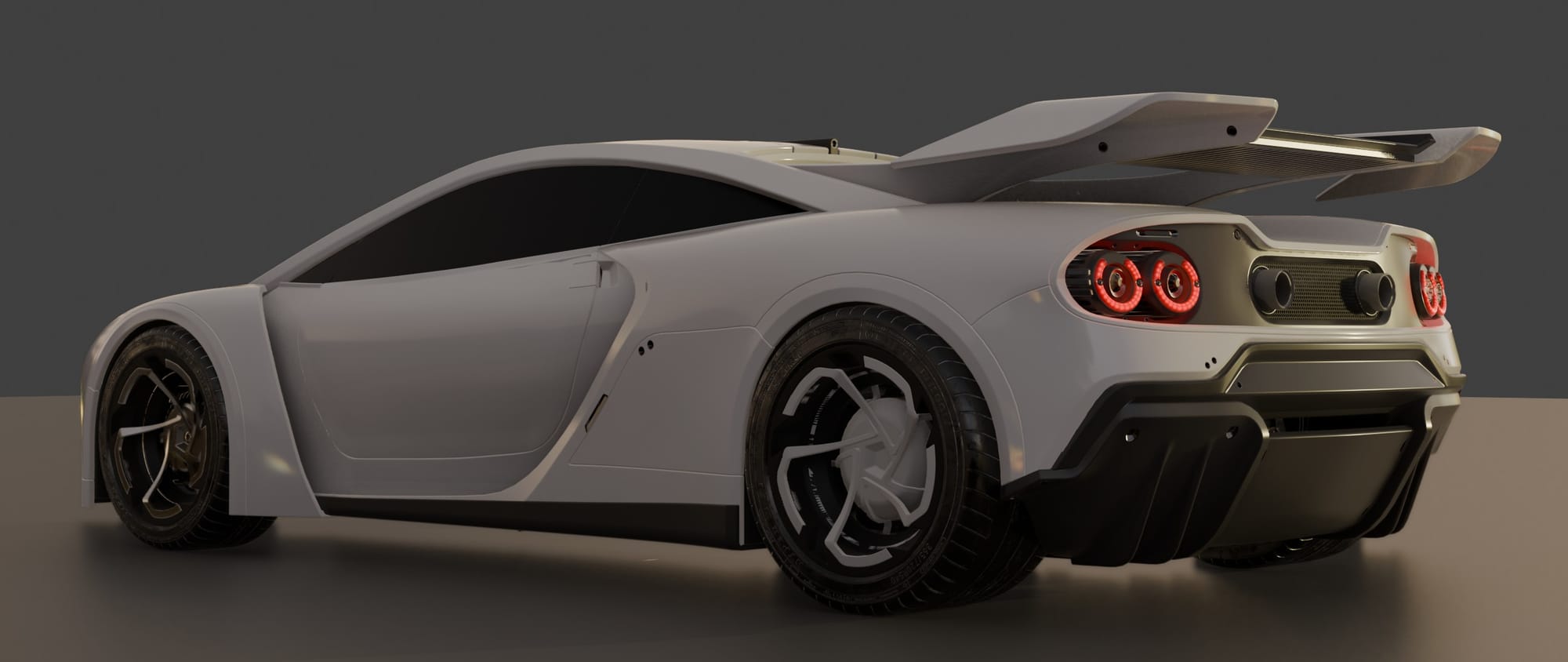
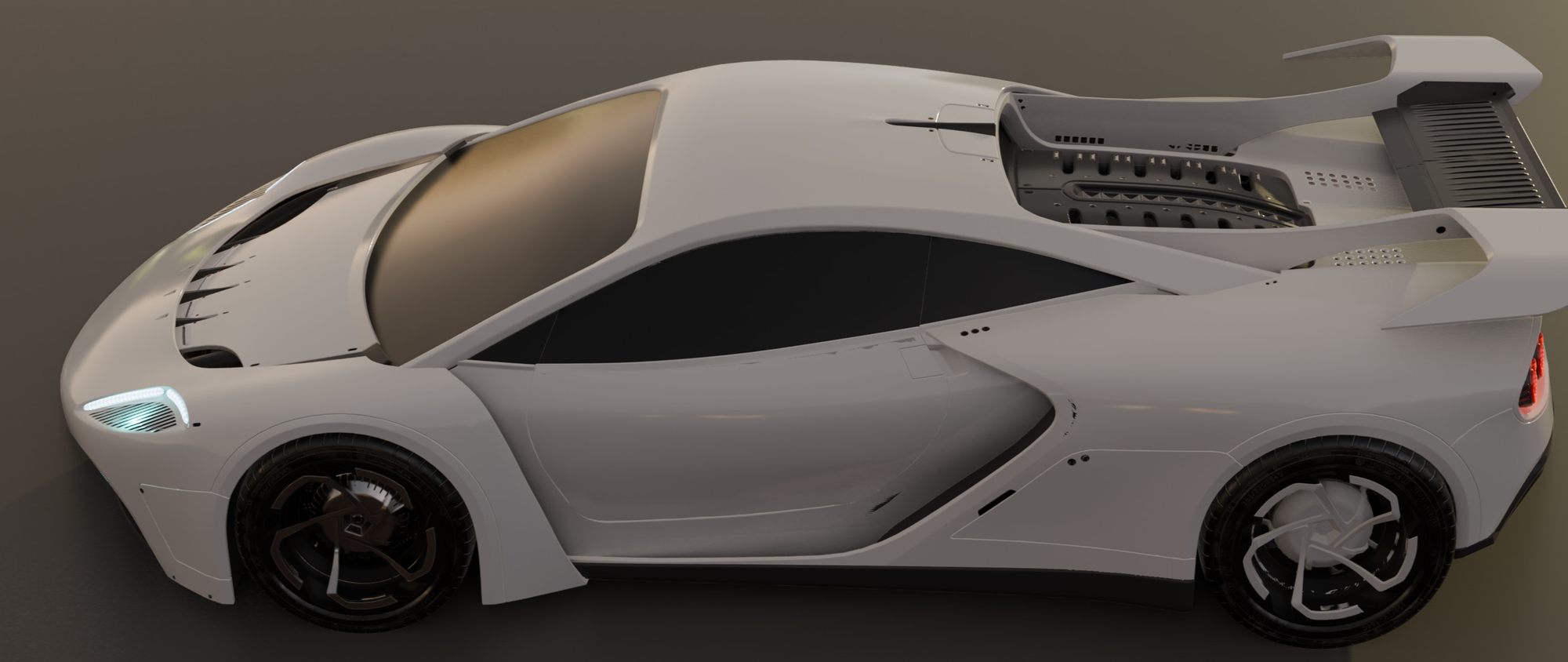
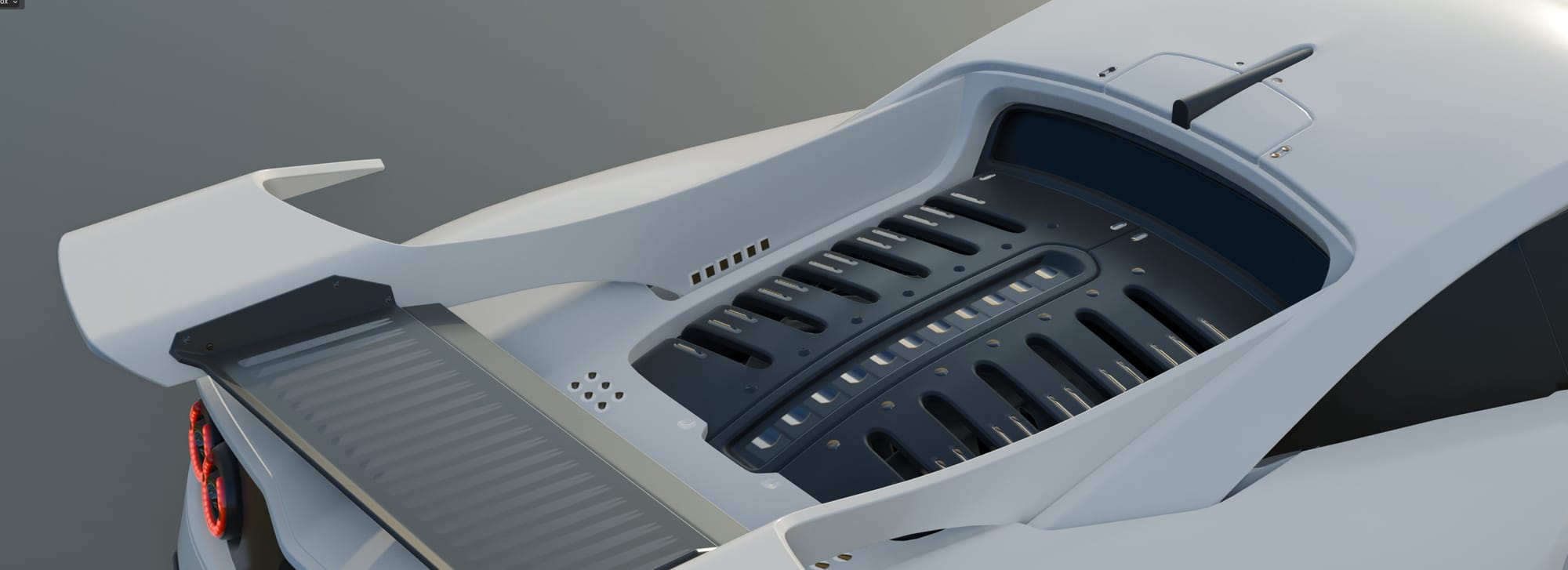
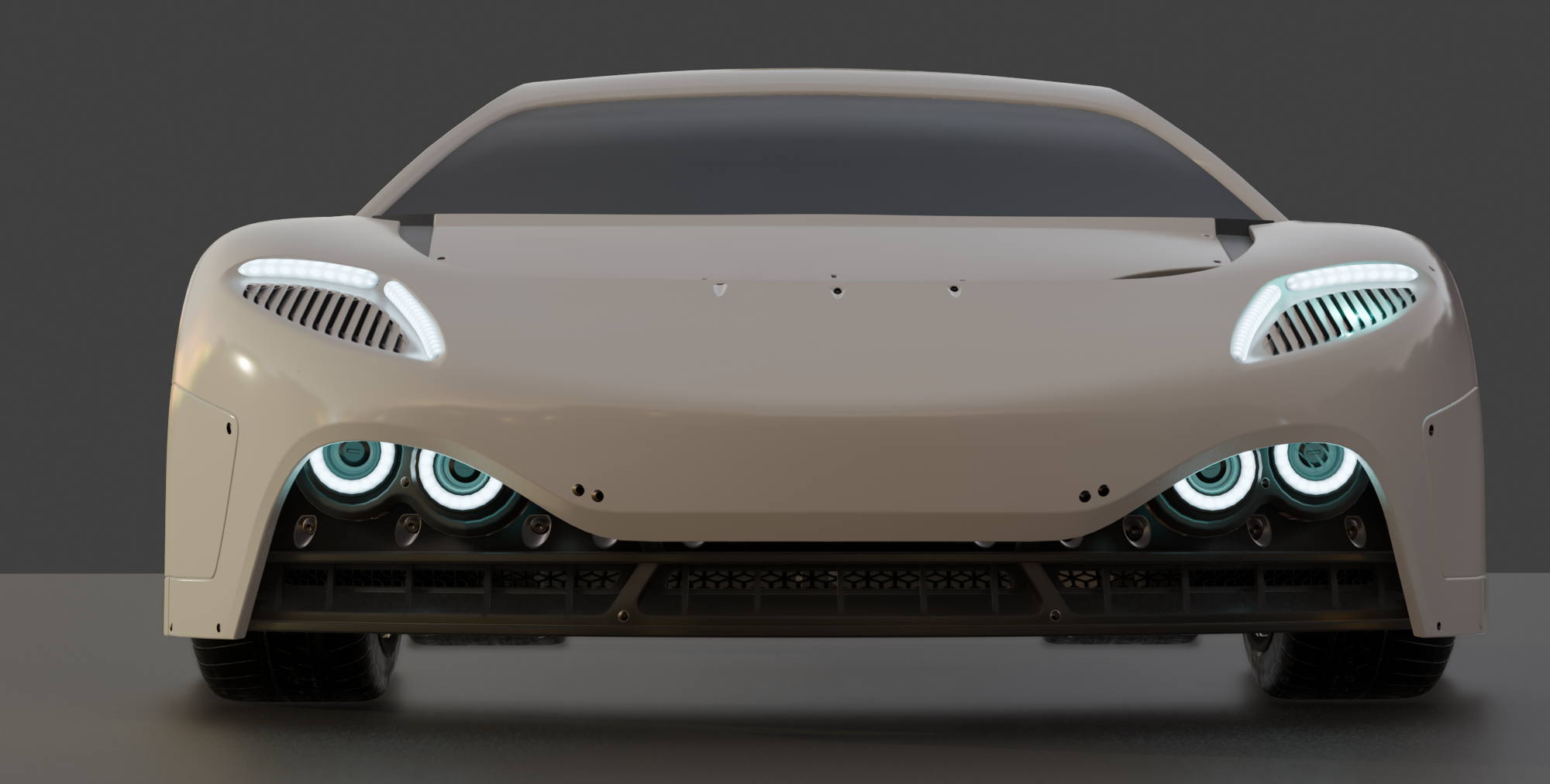
Wentley Wontinental Supersports 2010
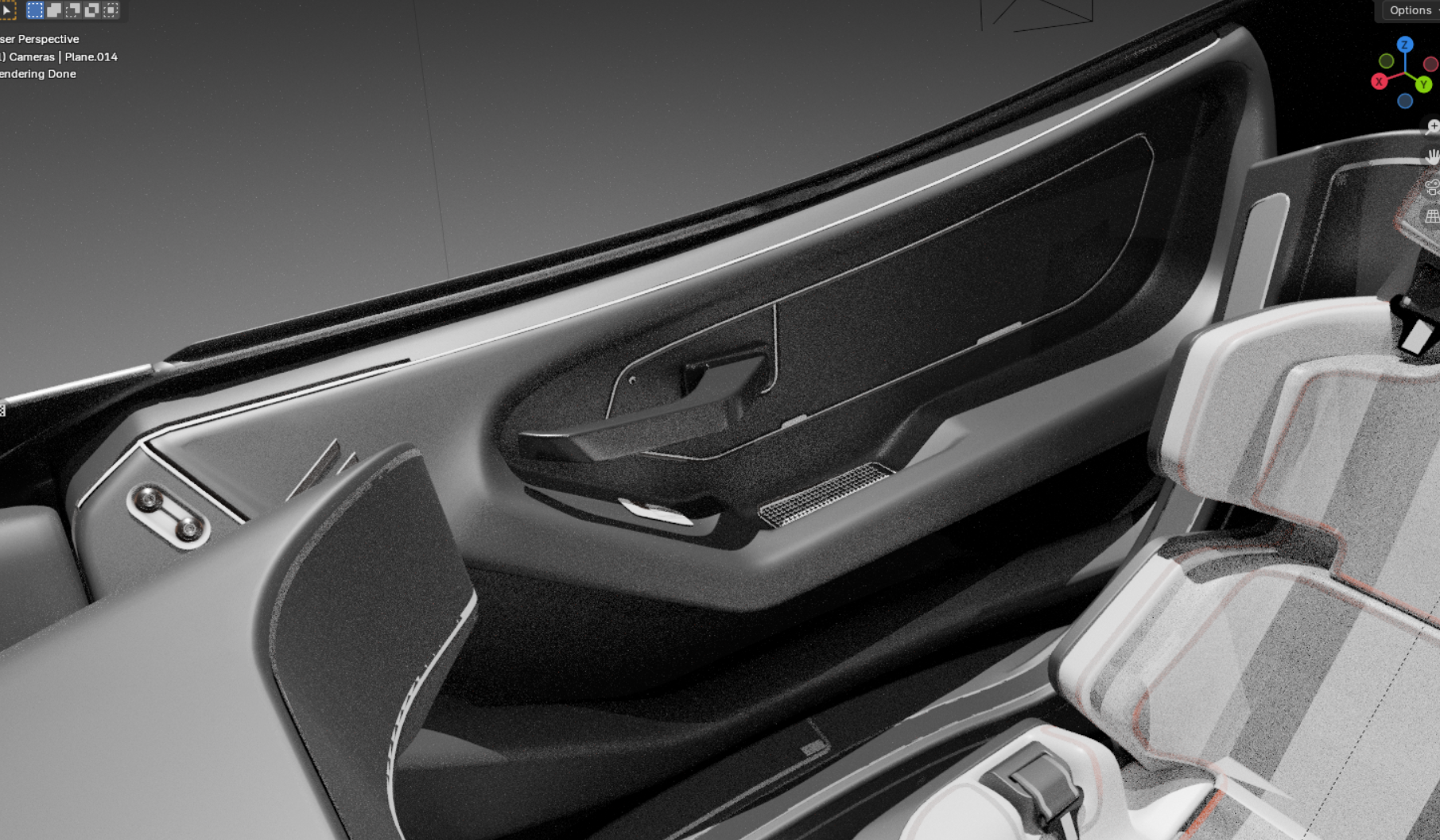
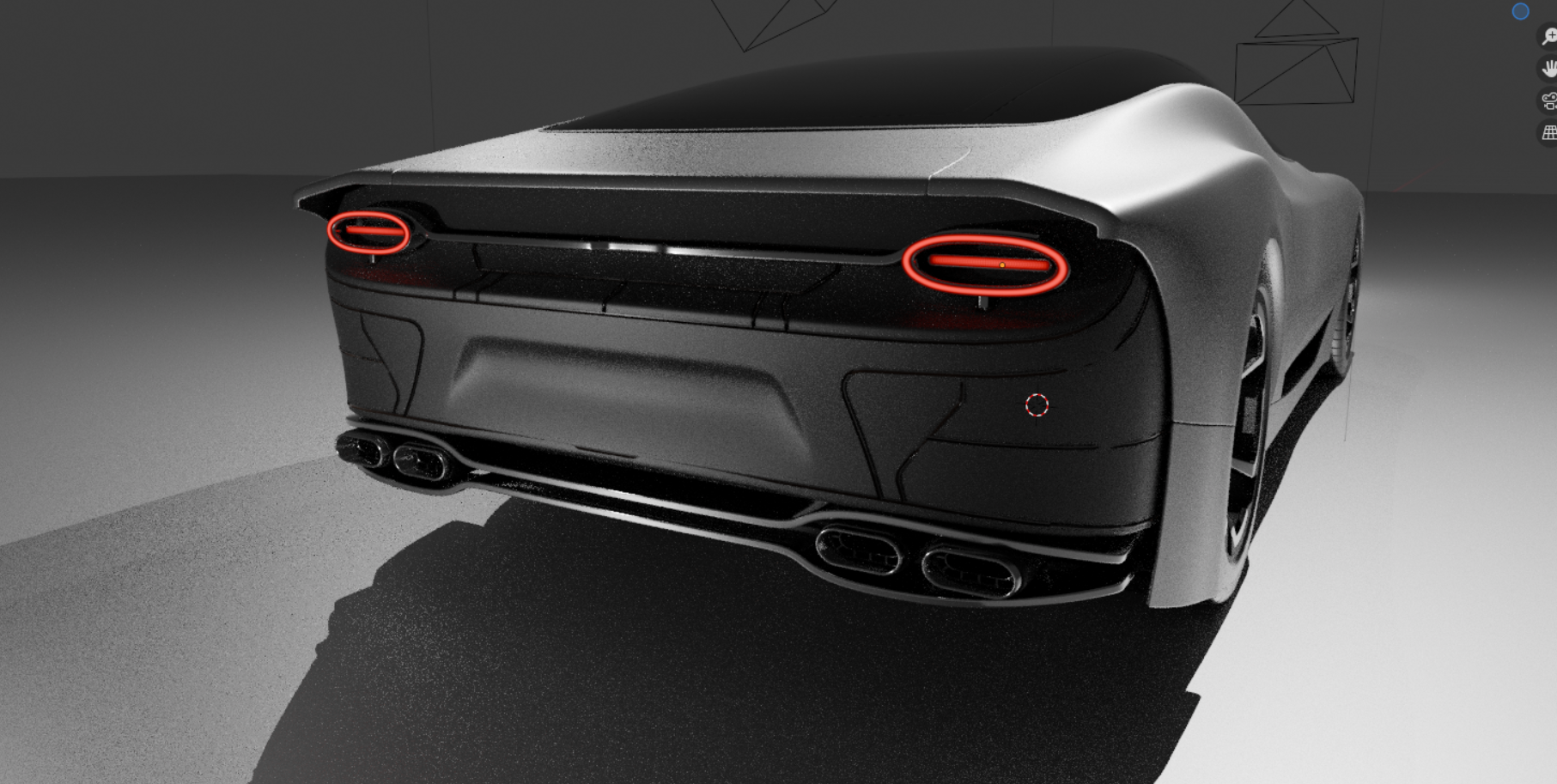
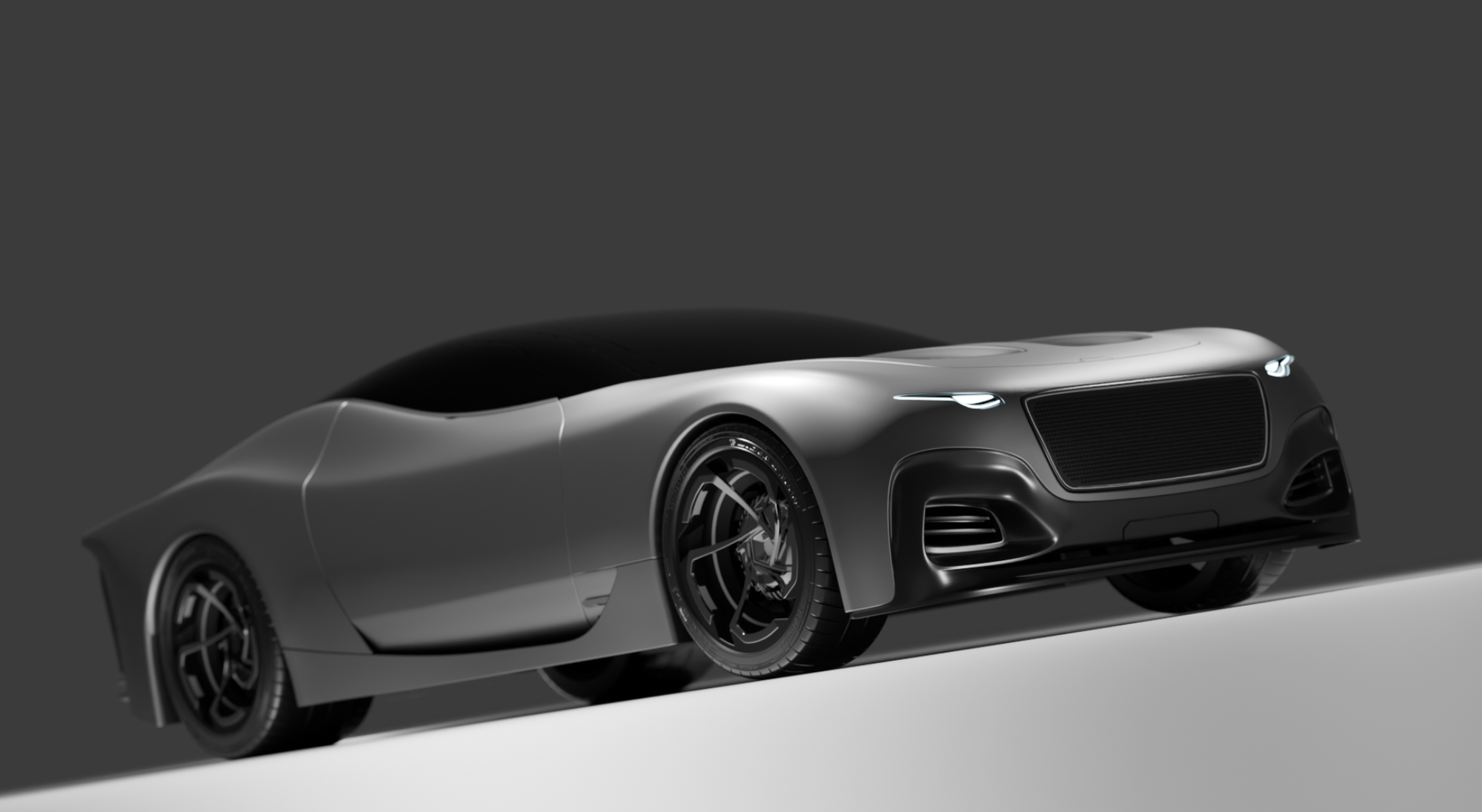
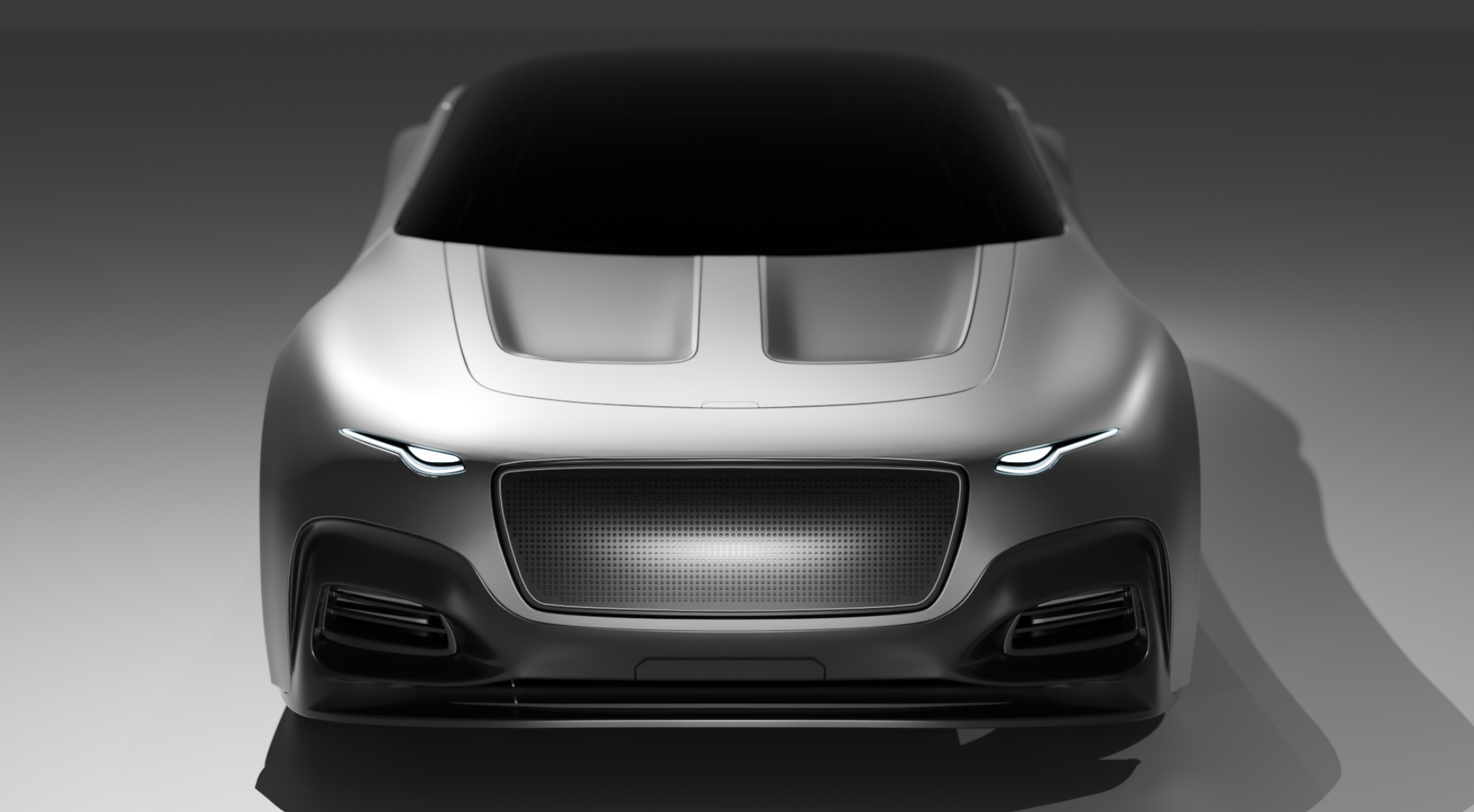
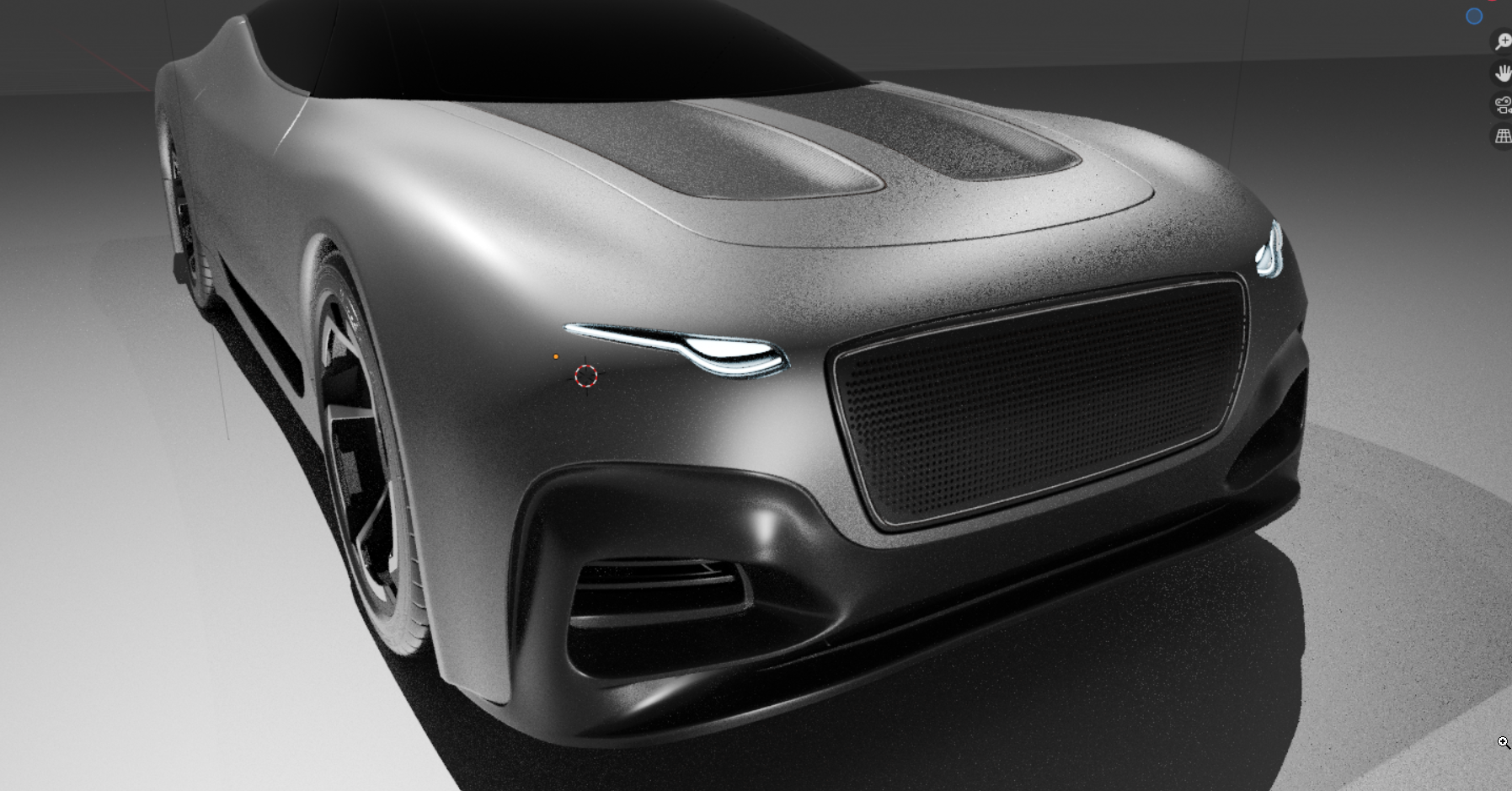
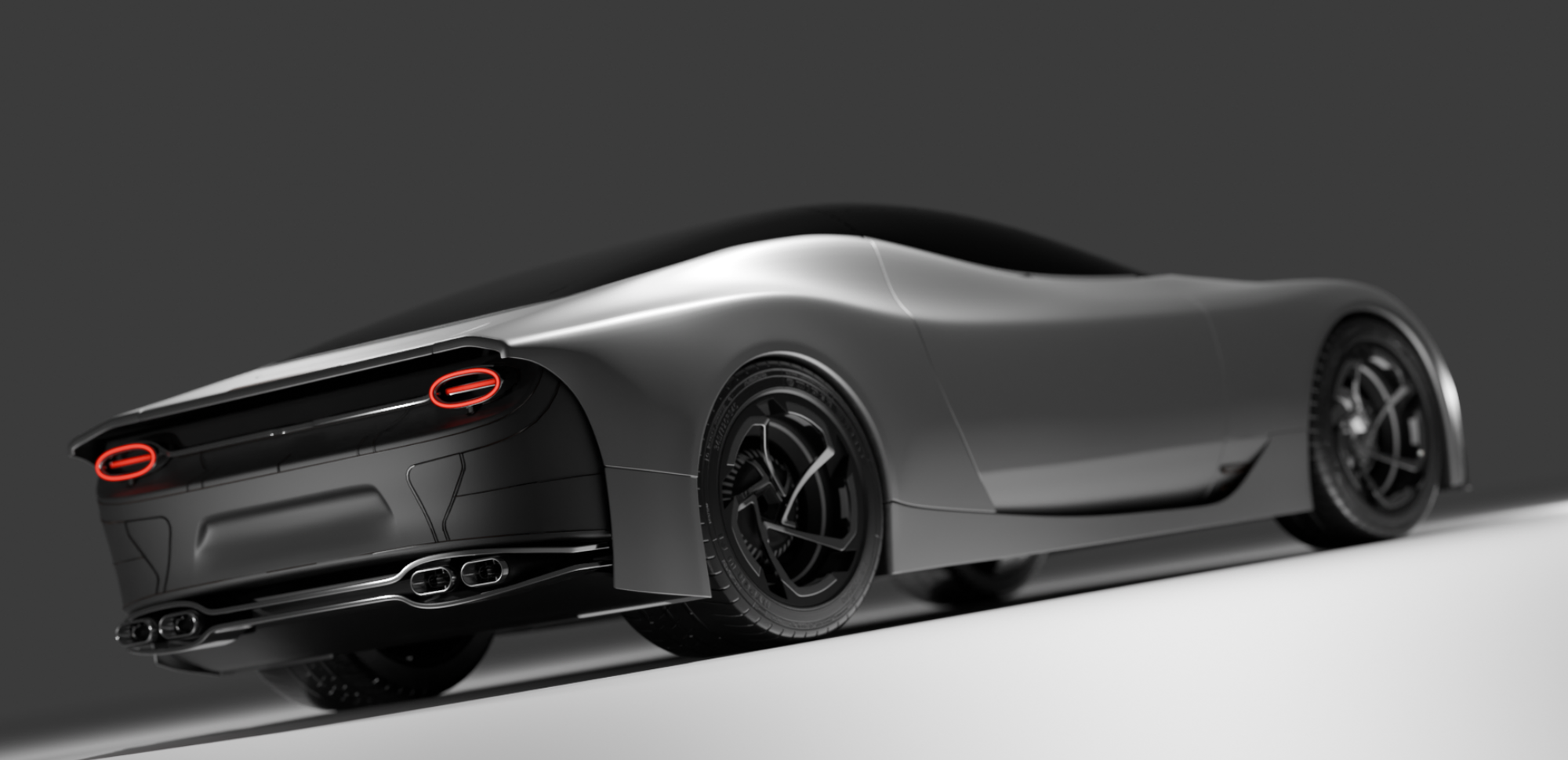
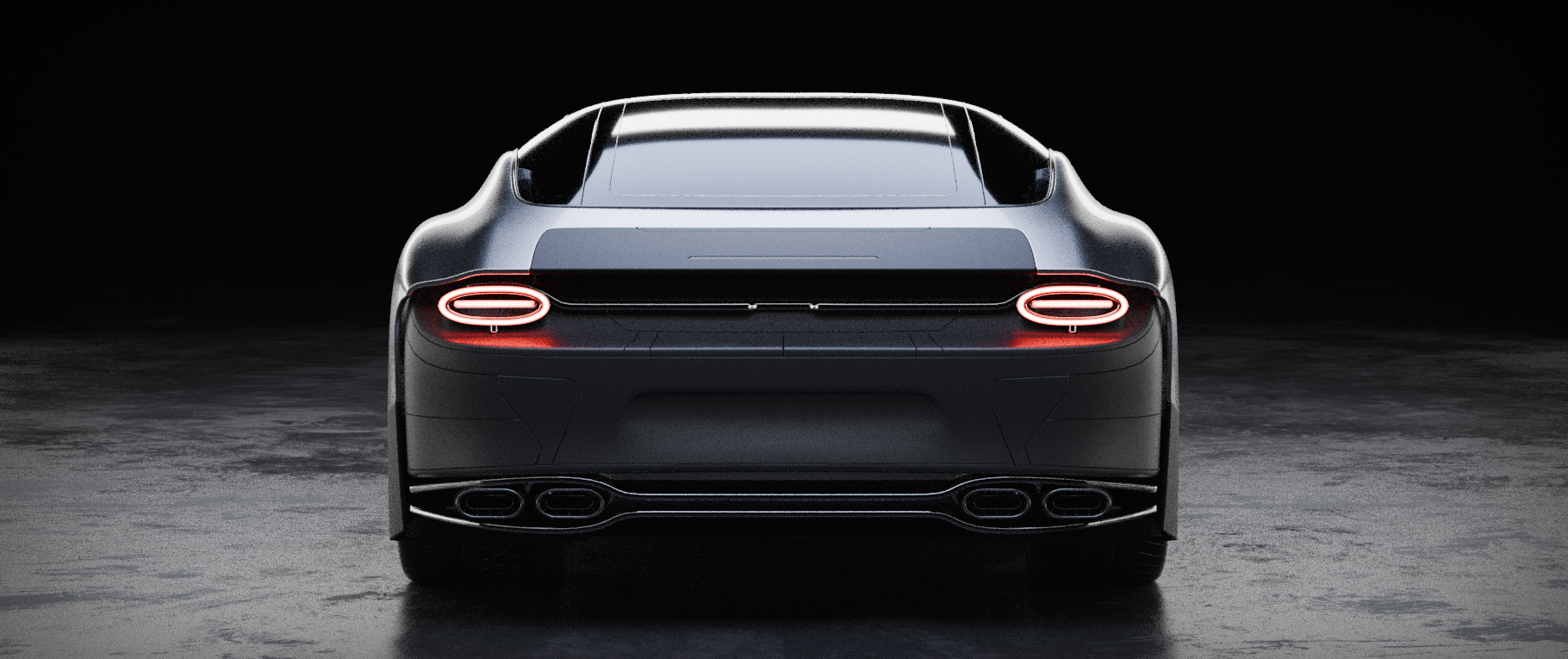
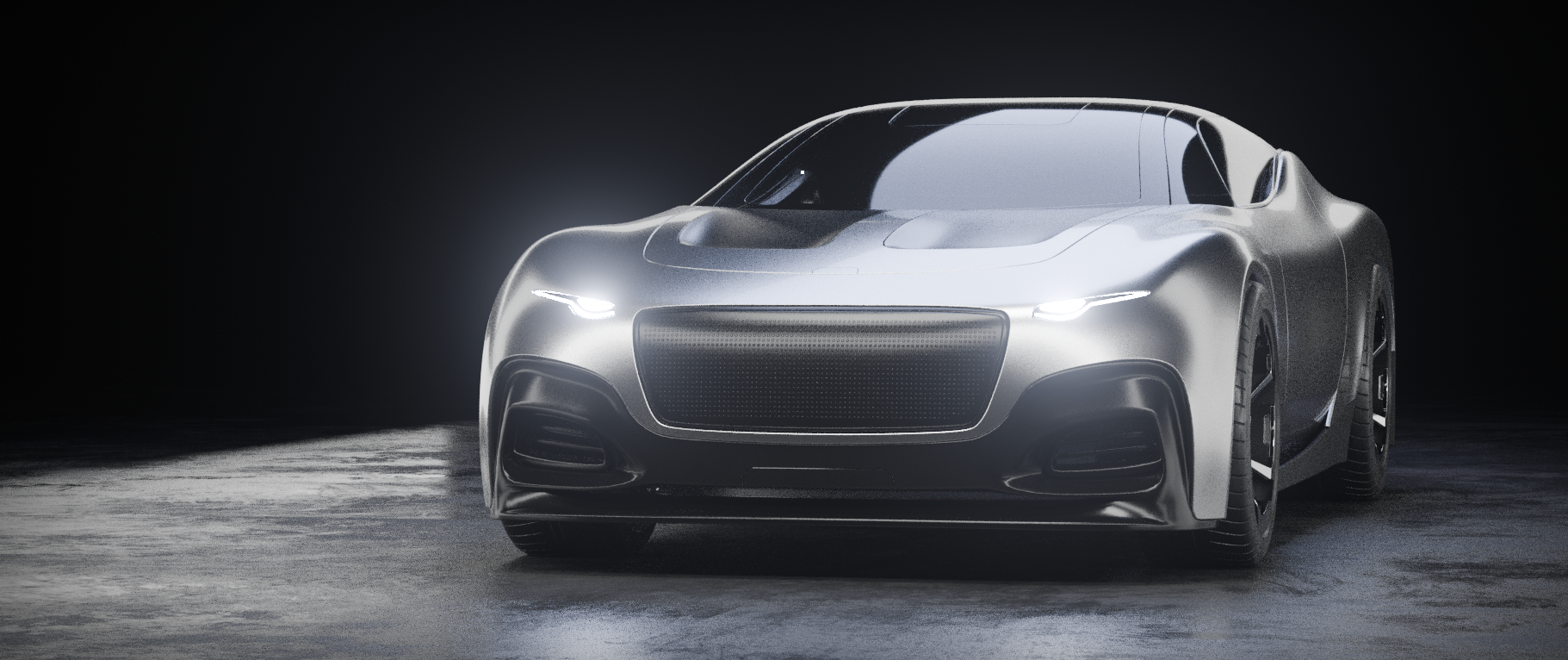
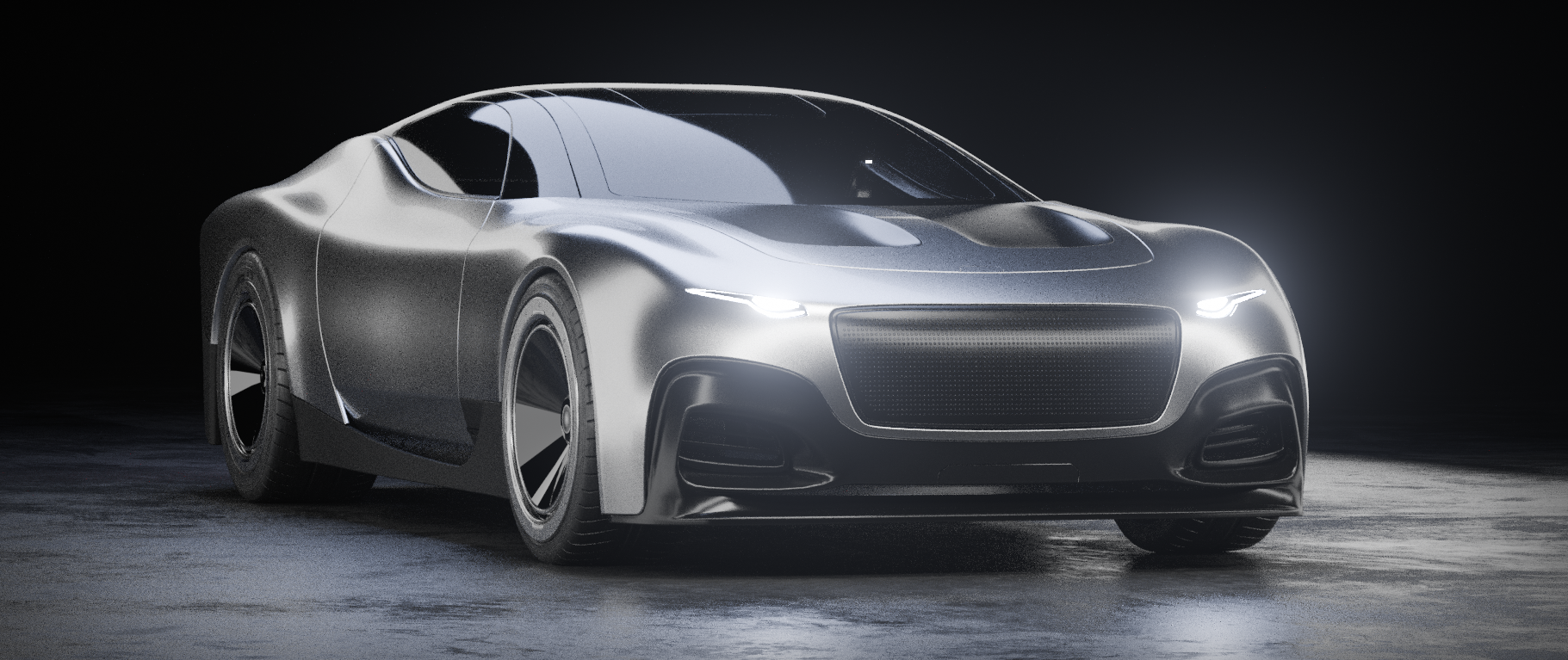
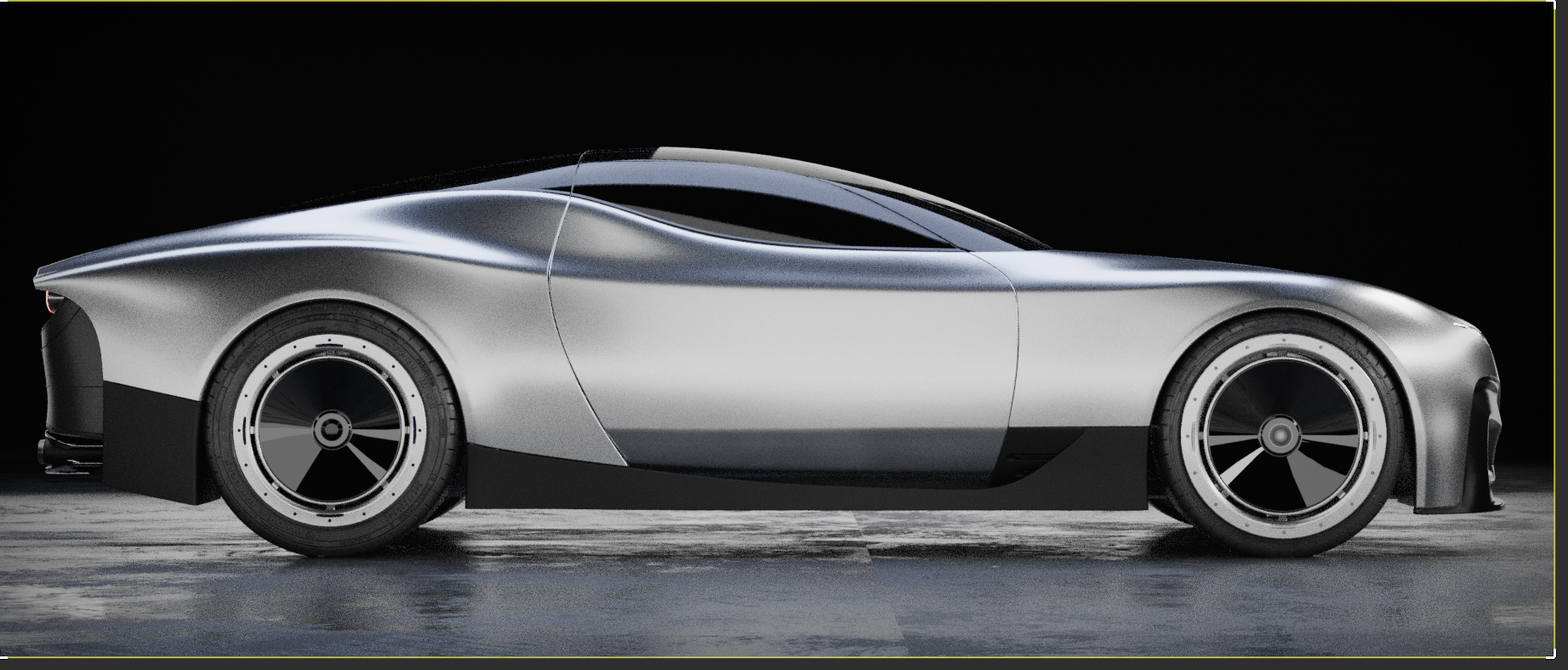
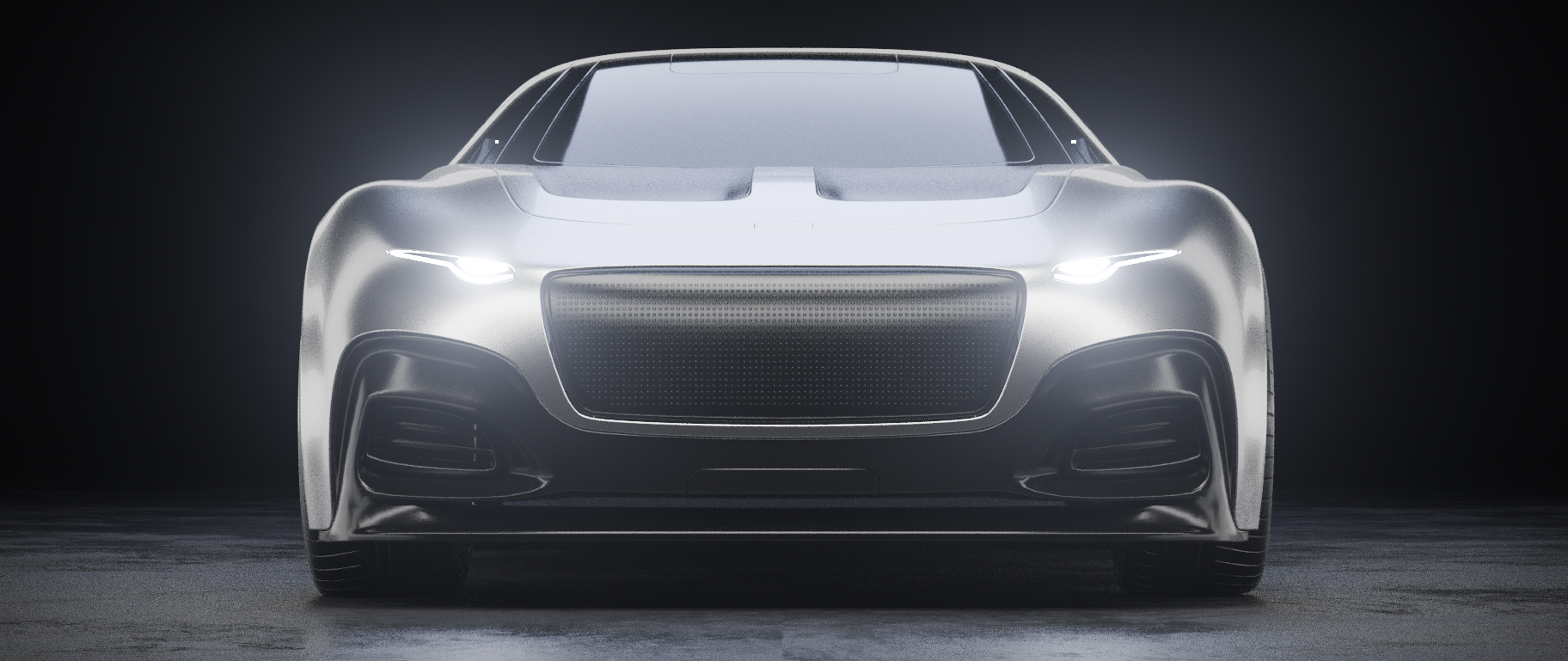
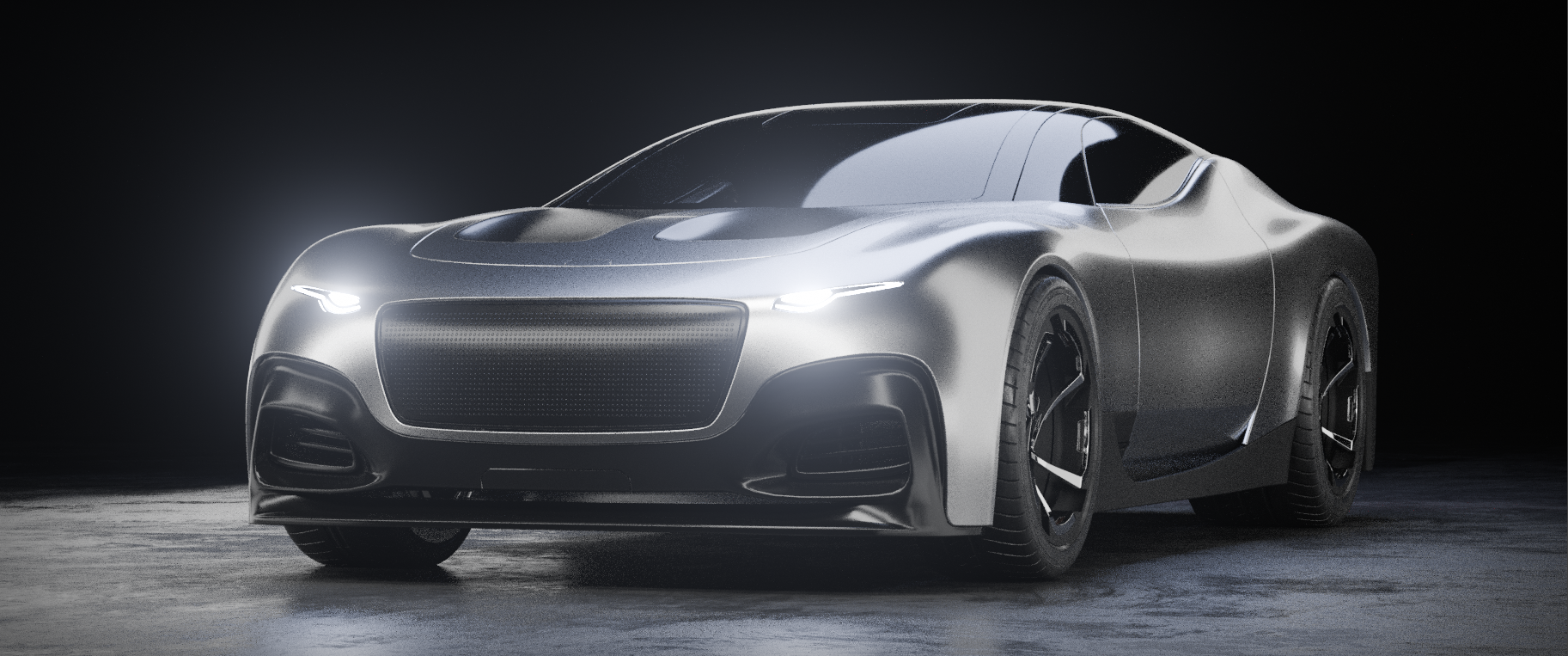
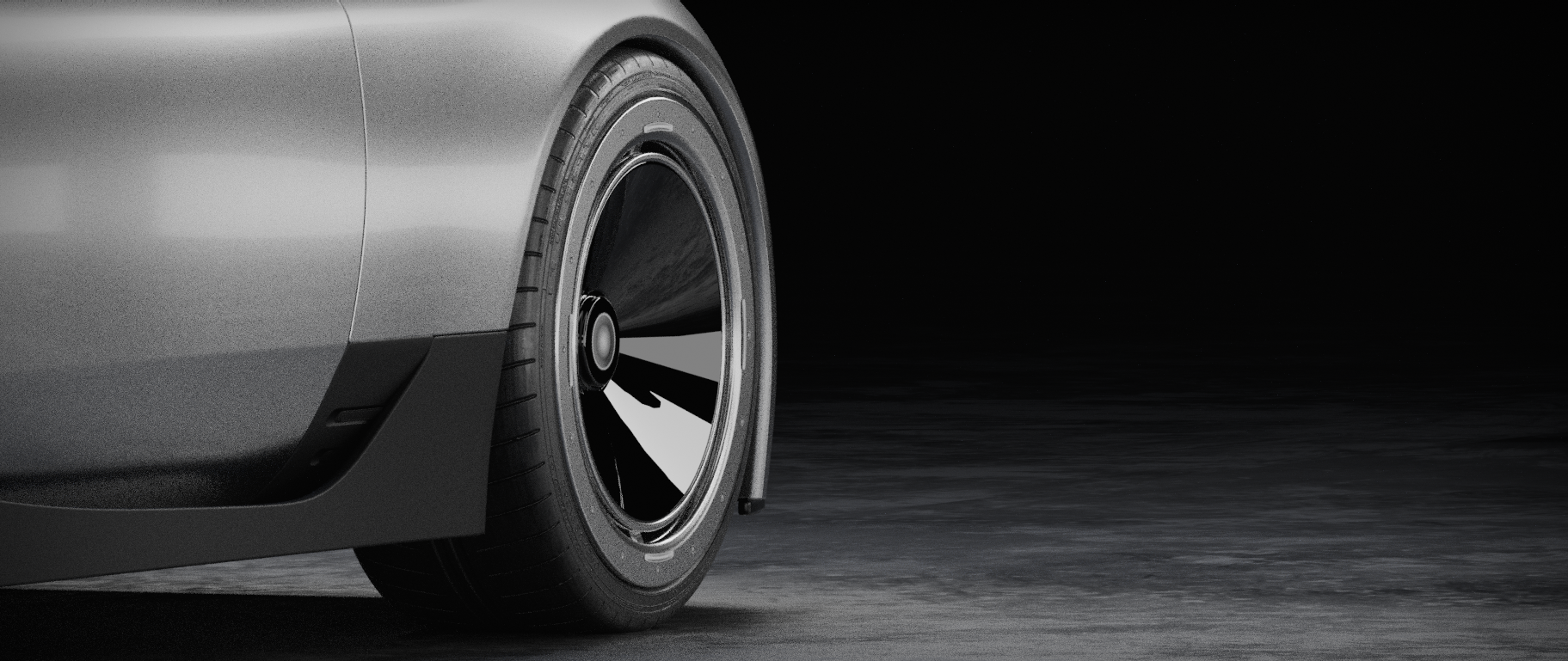
Werrari W40 1987
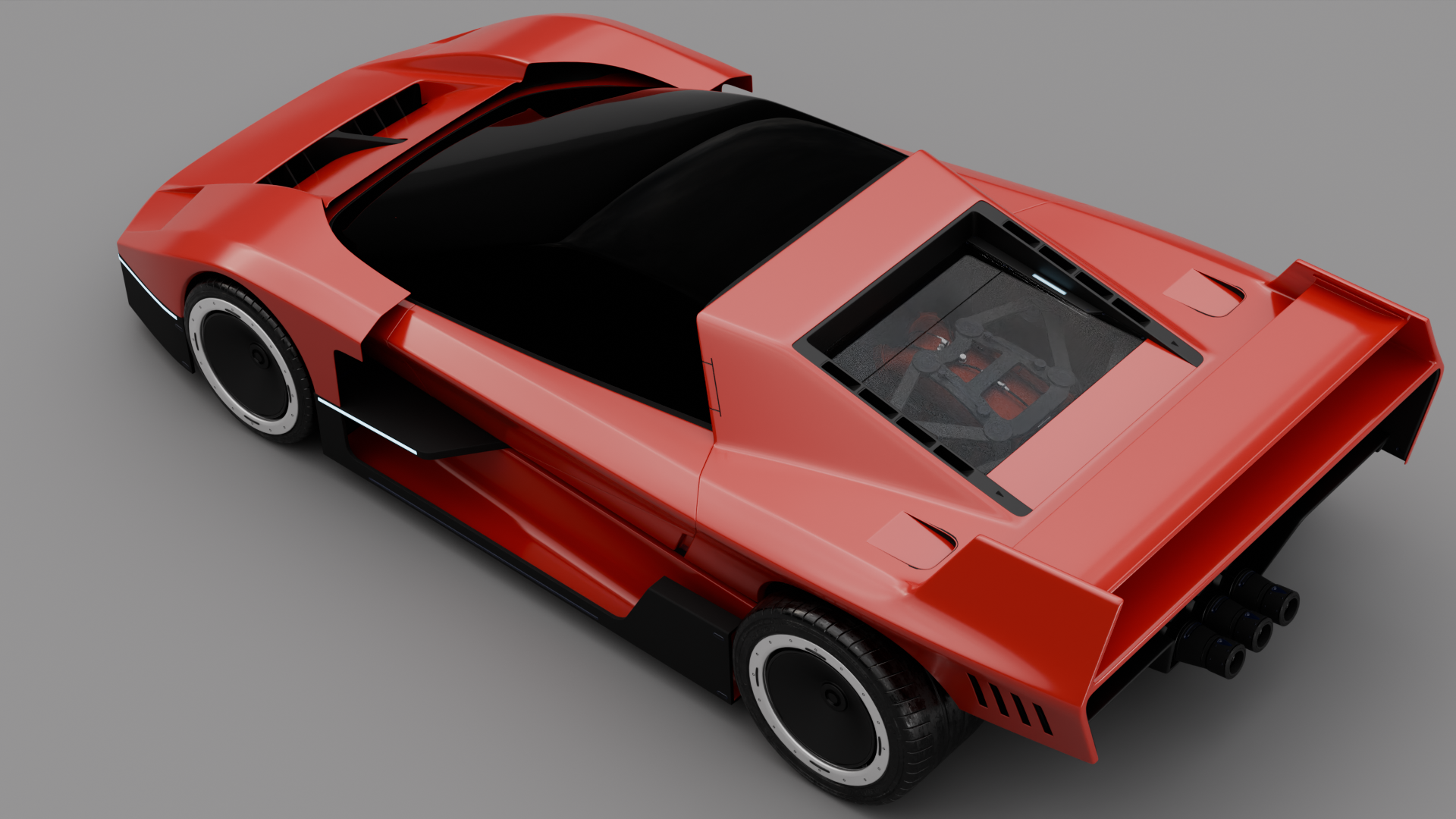
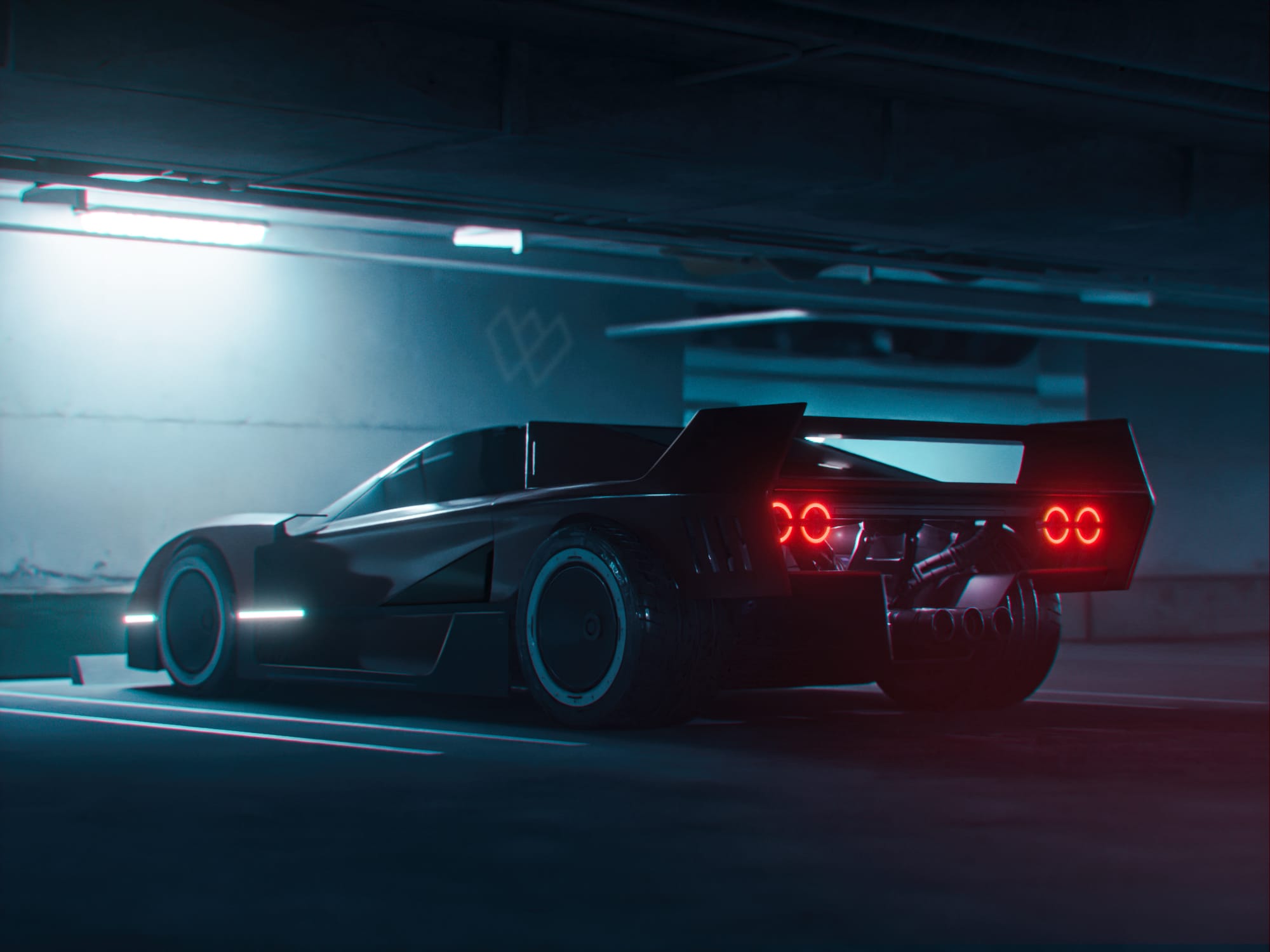
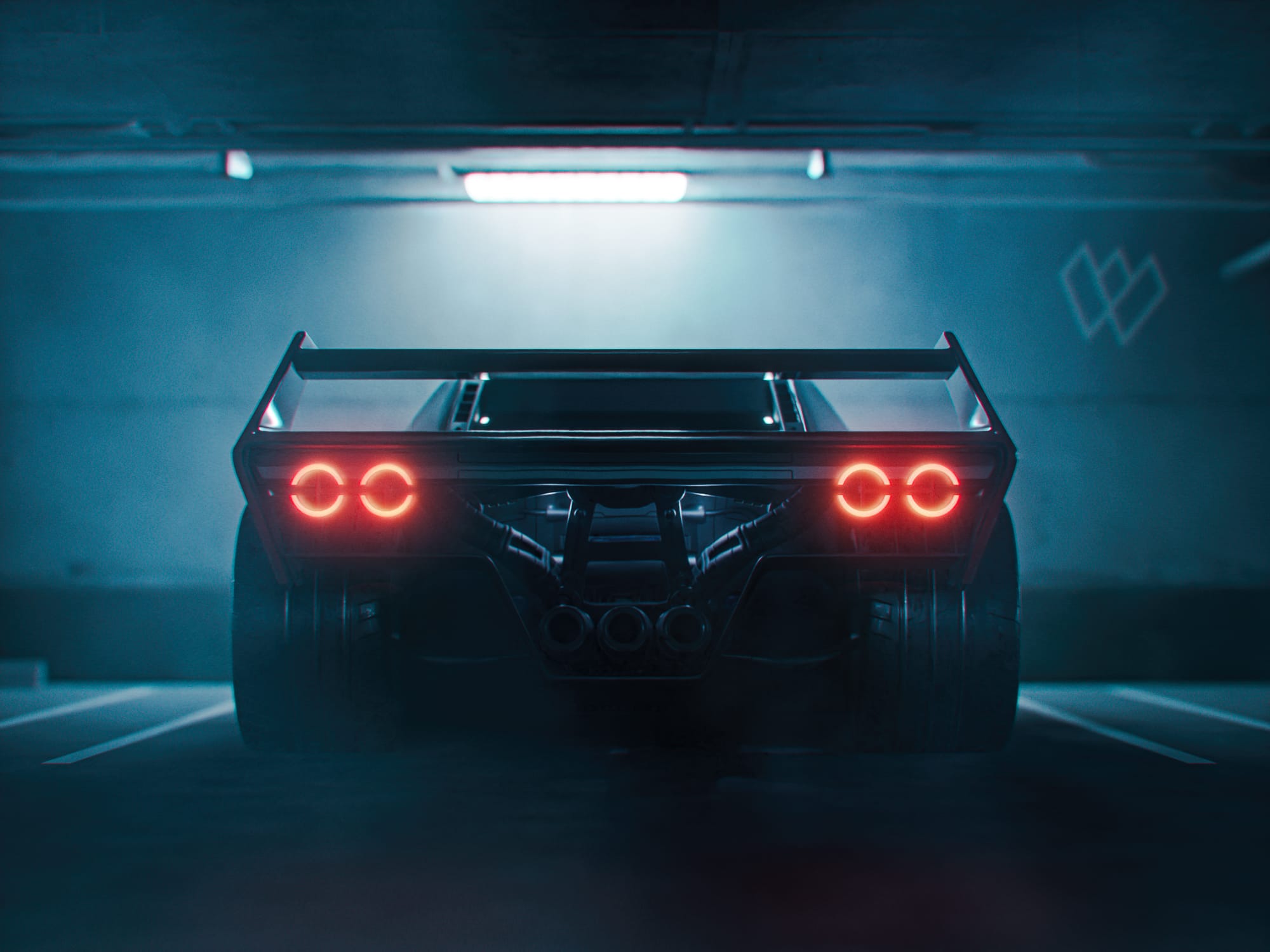
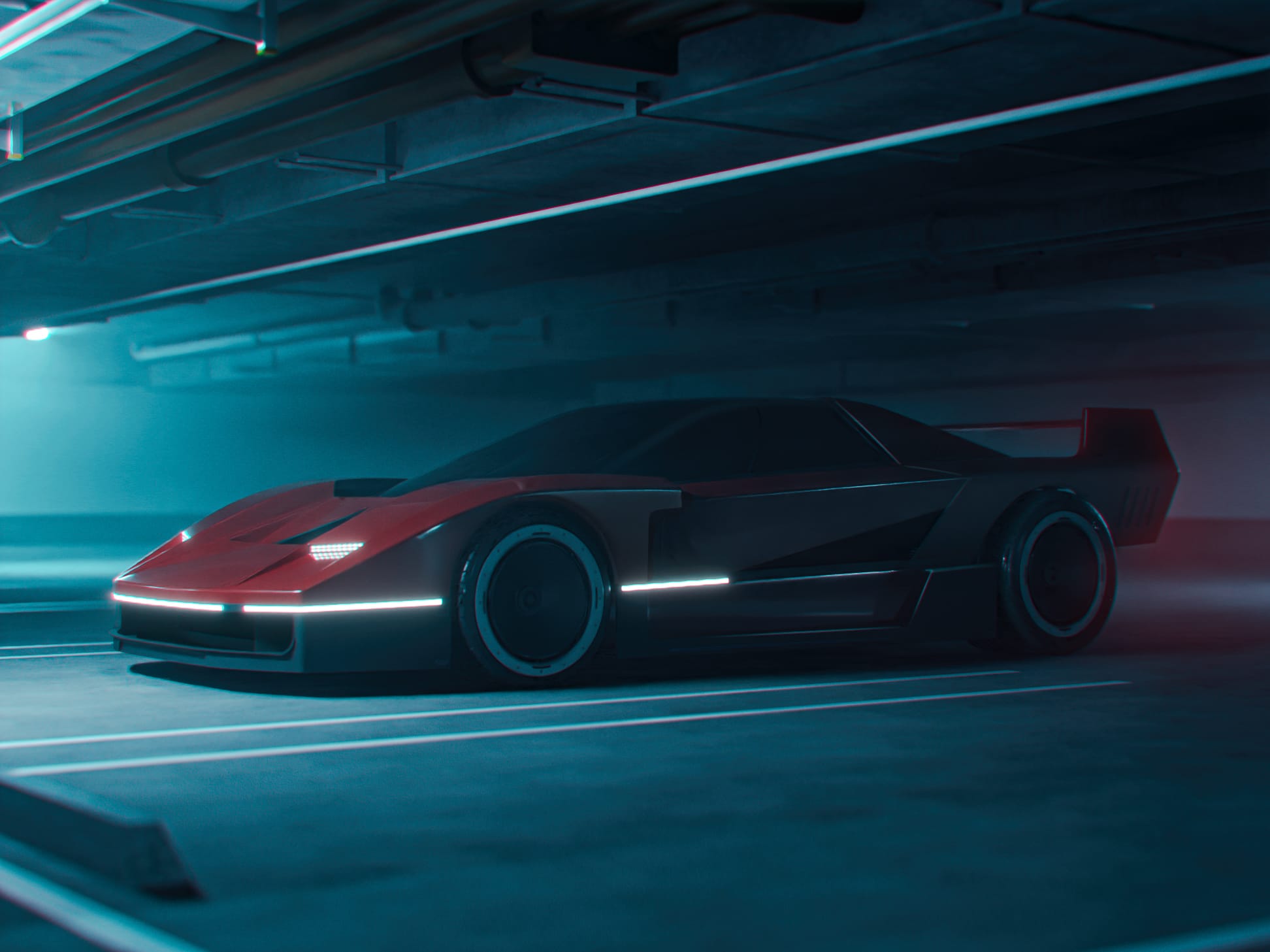
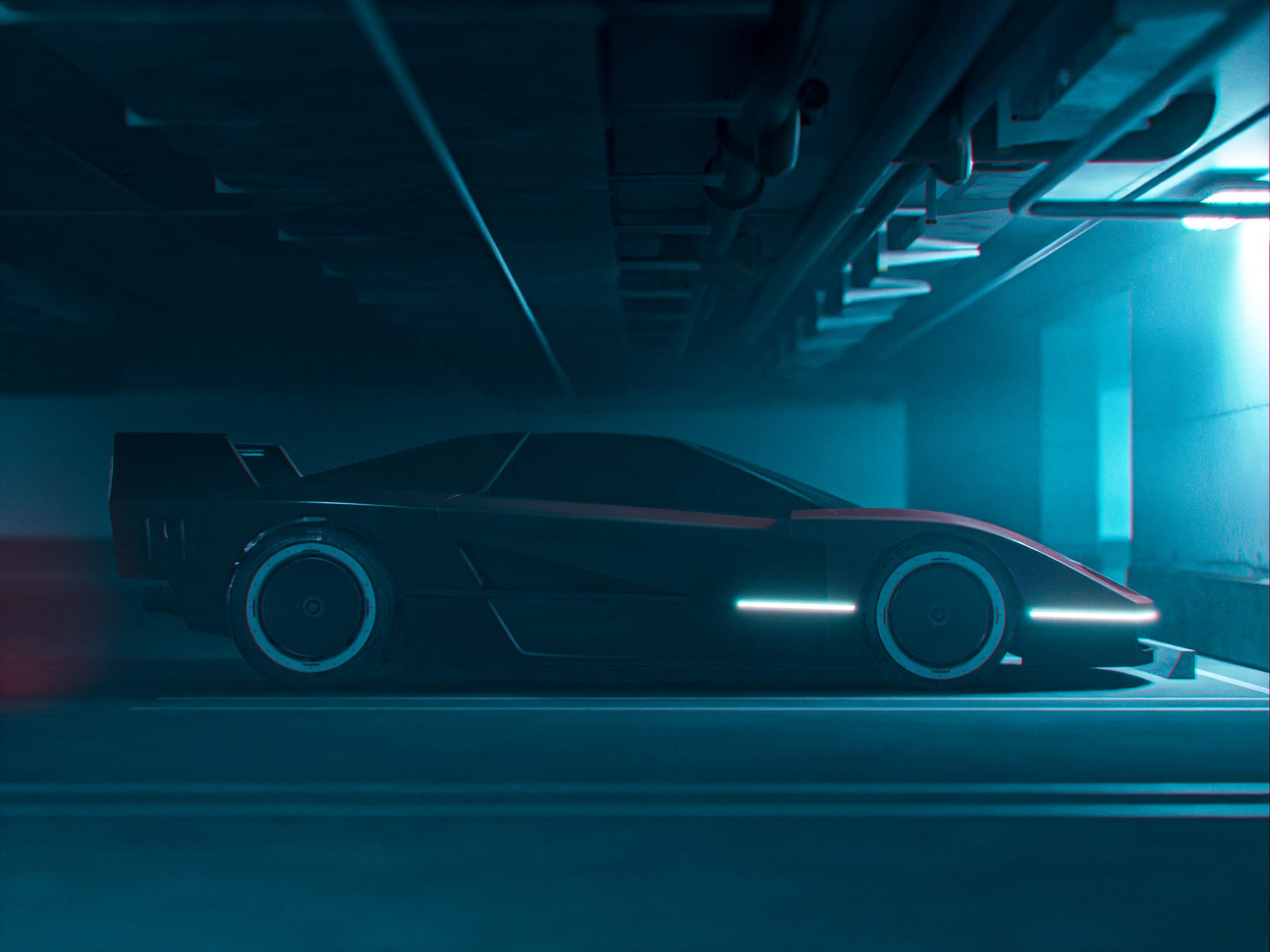
WilderWorld Premium
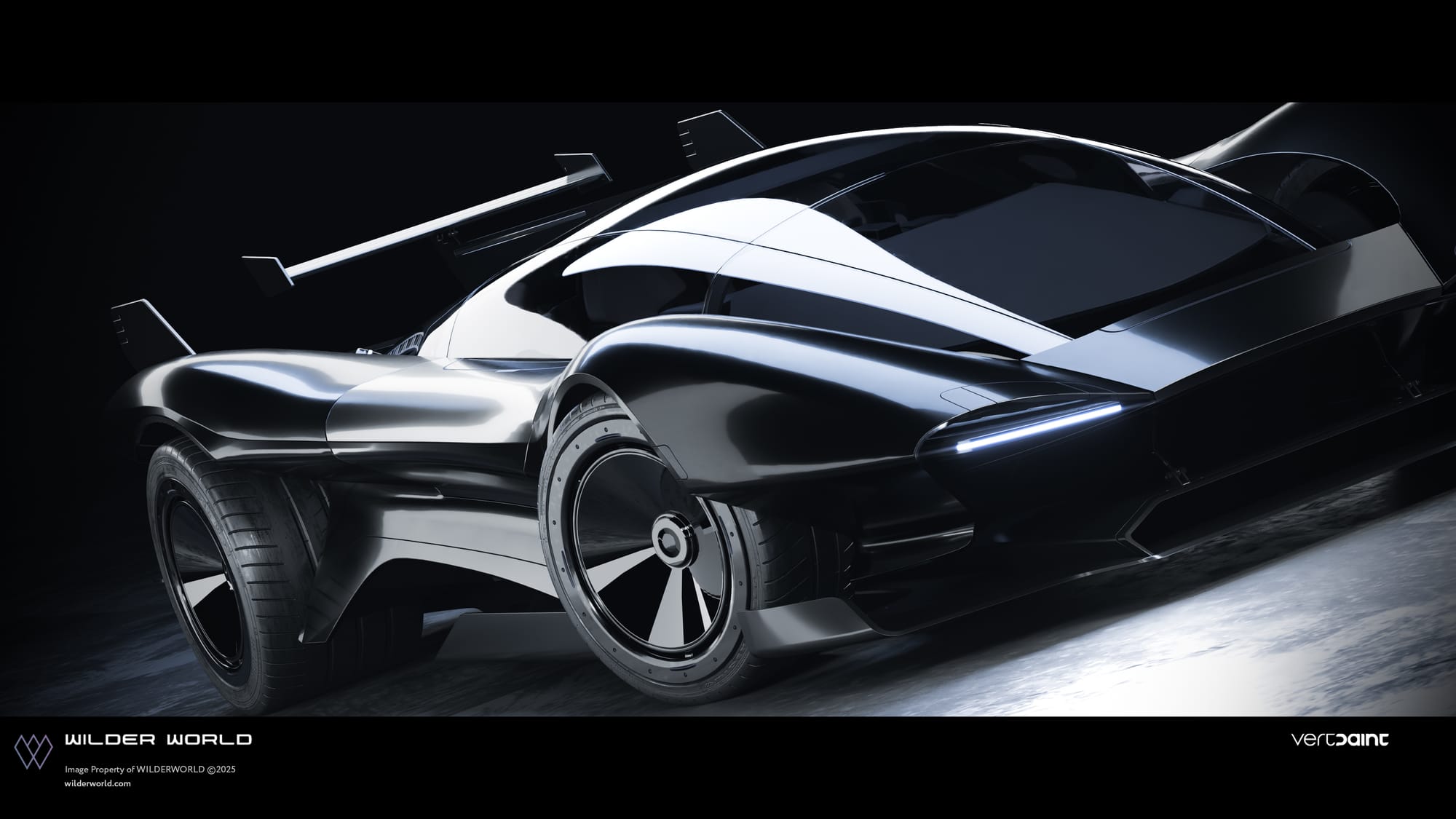
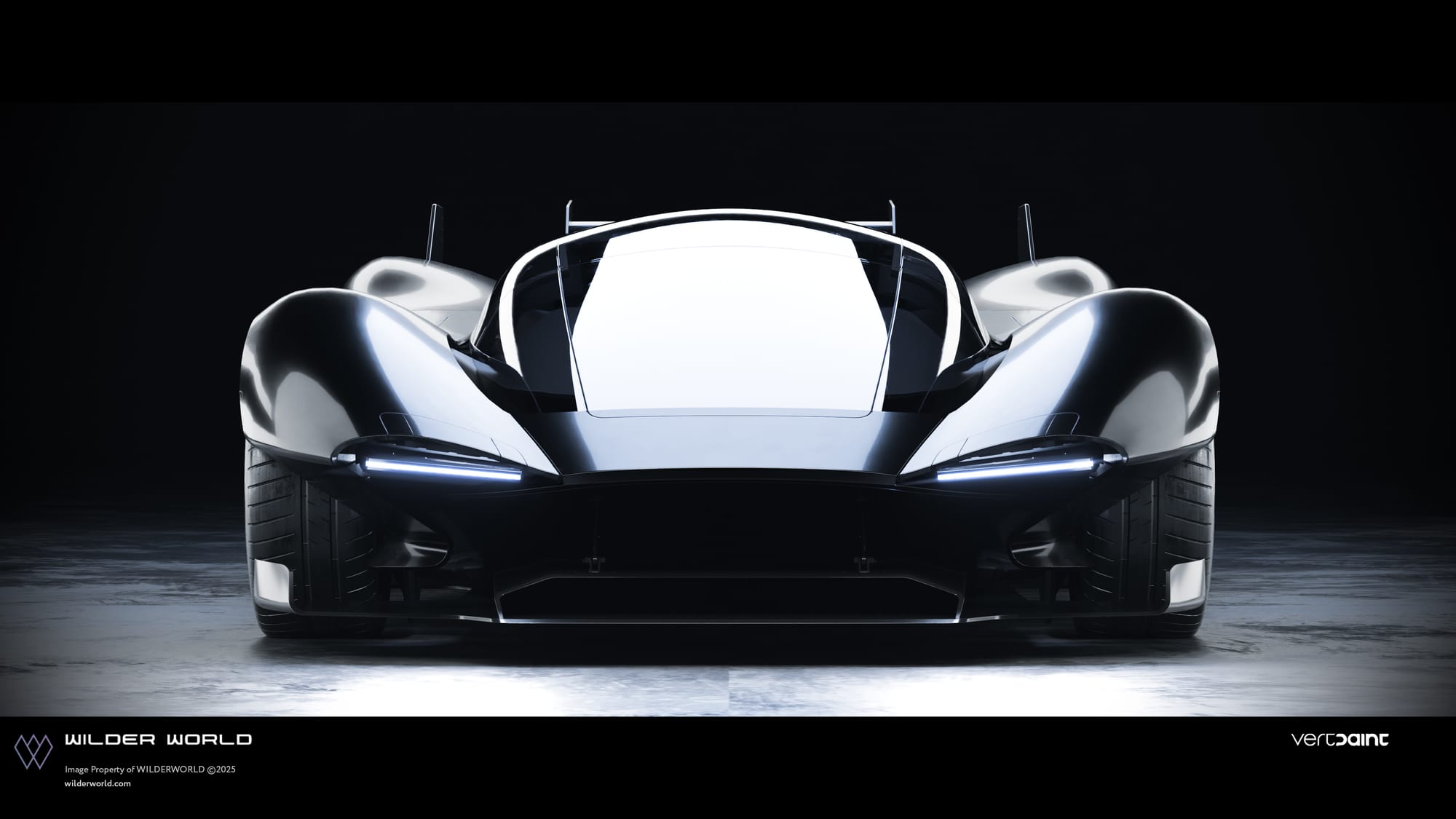

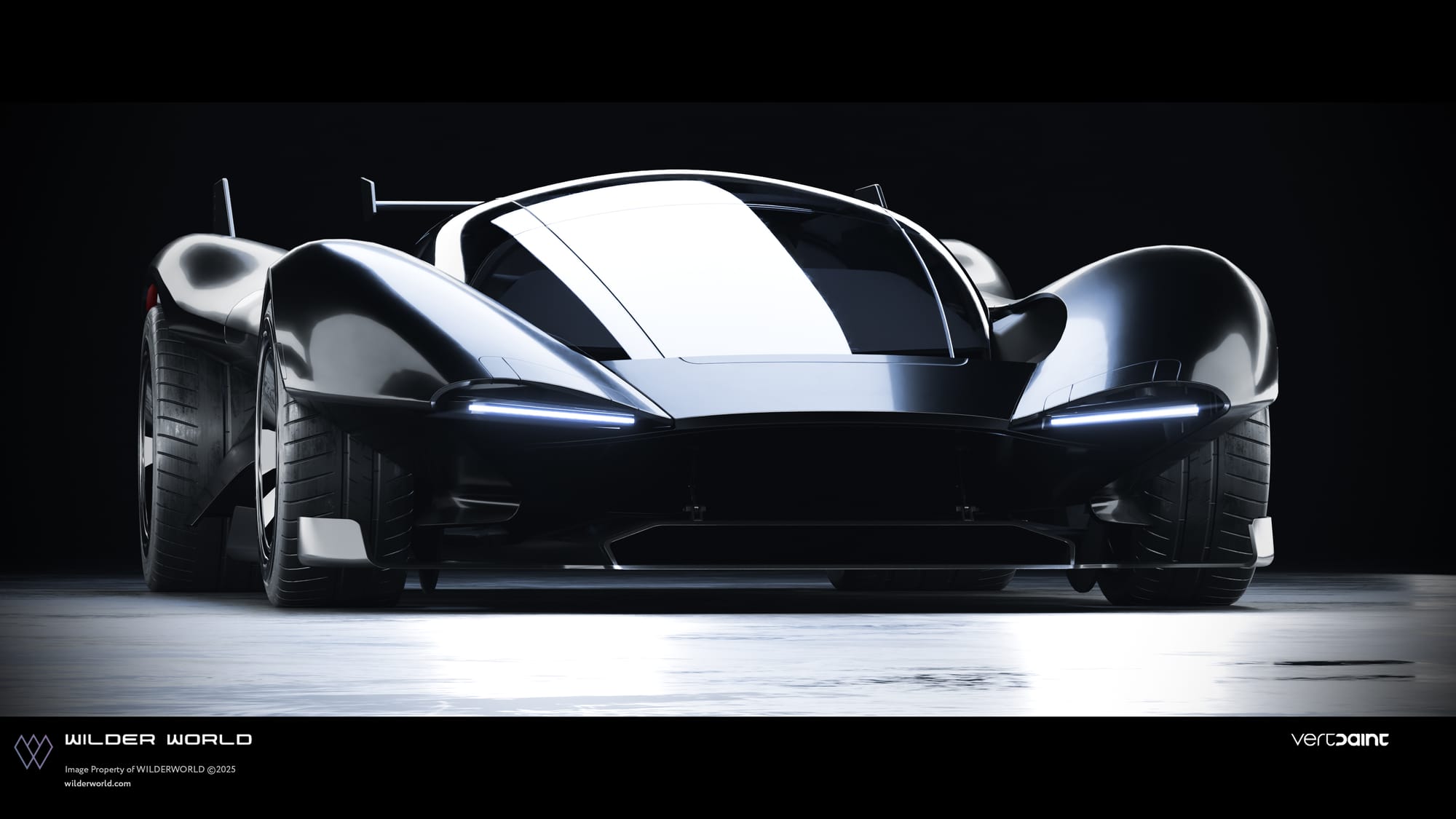
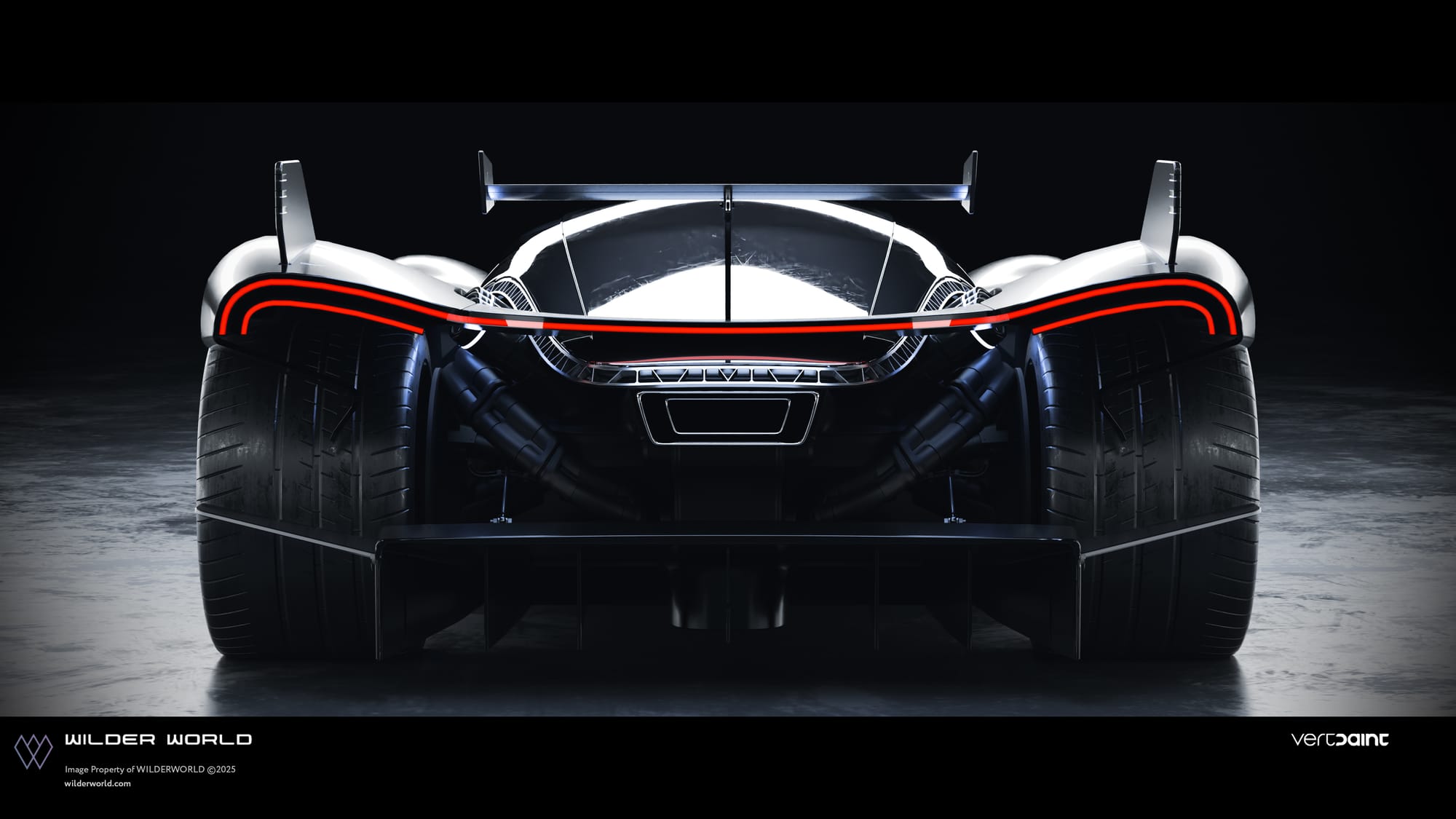
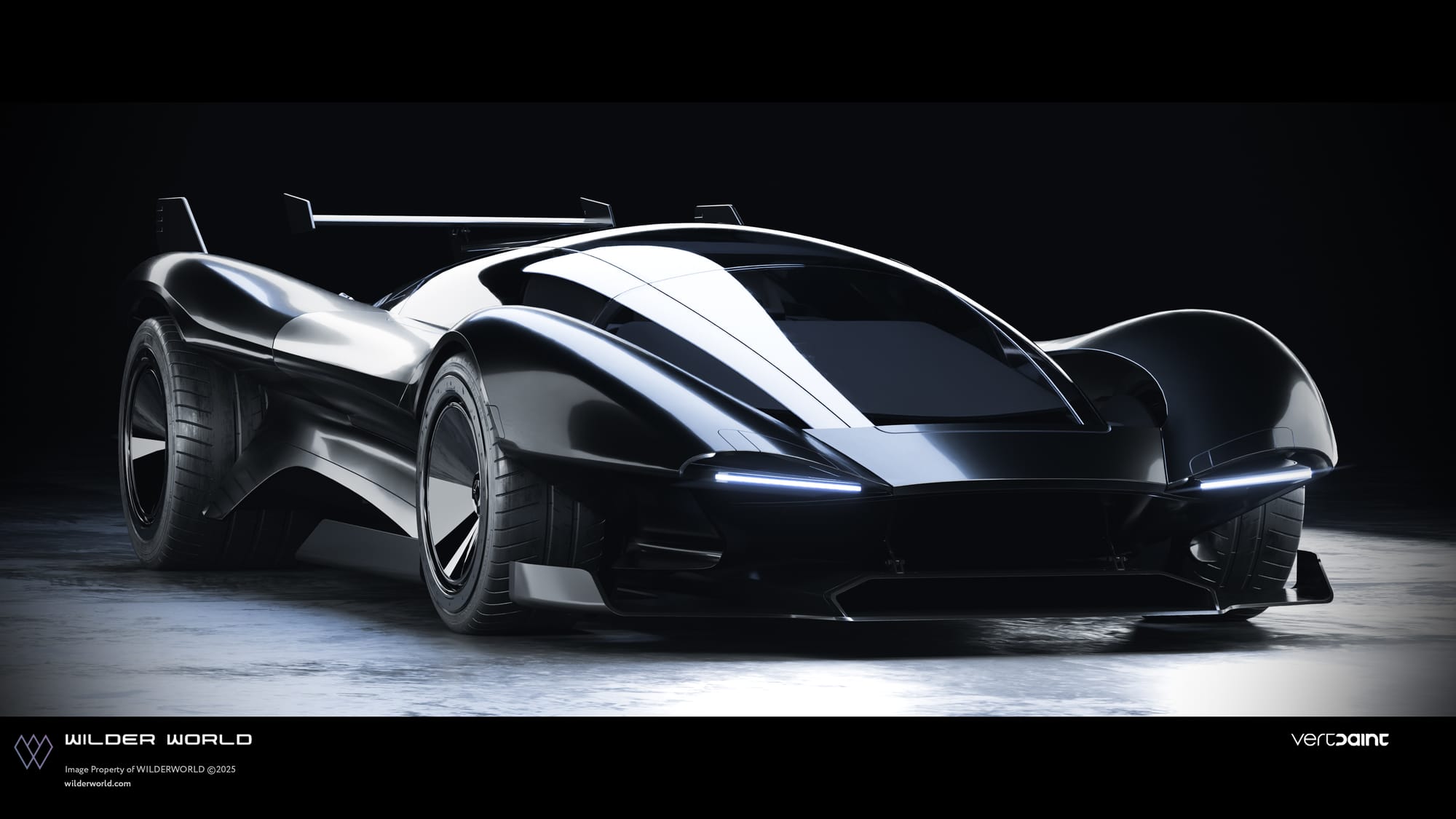
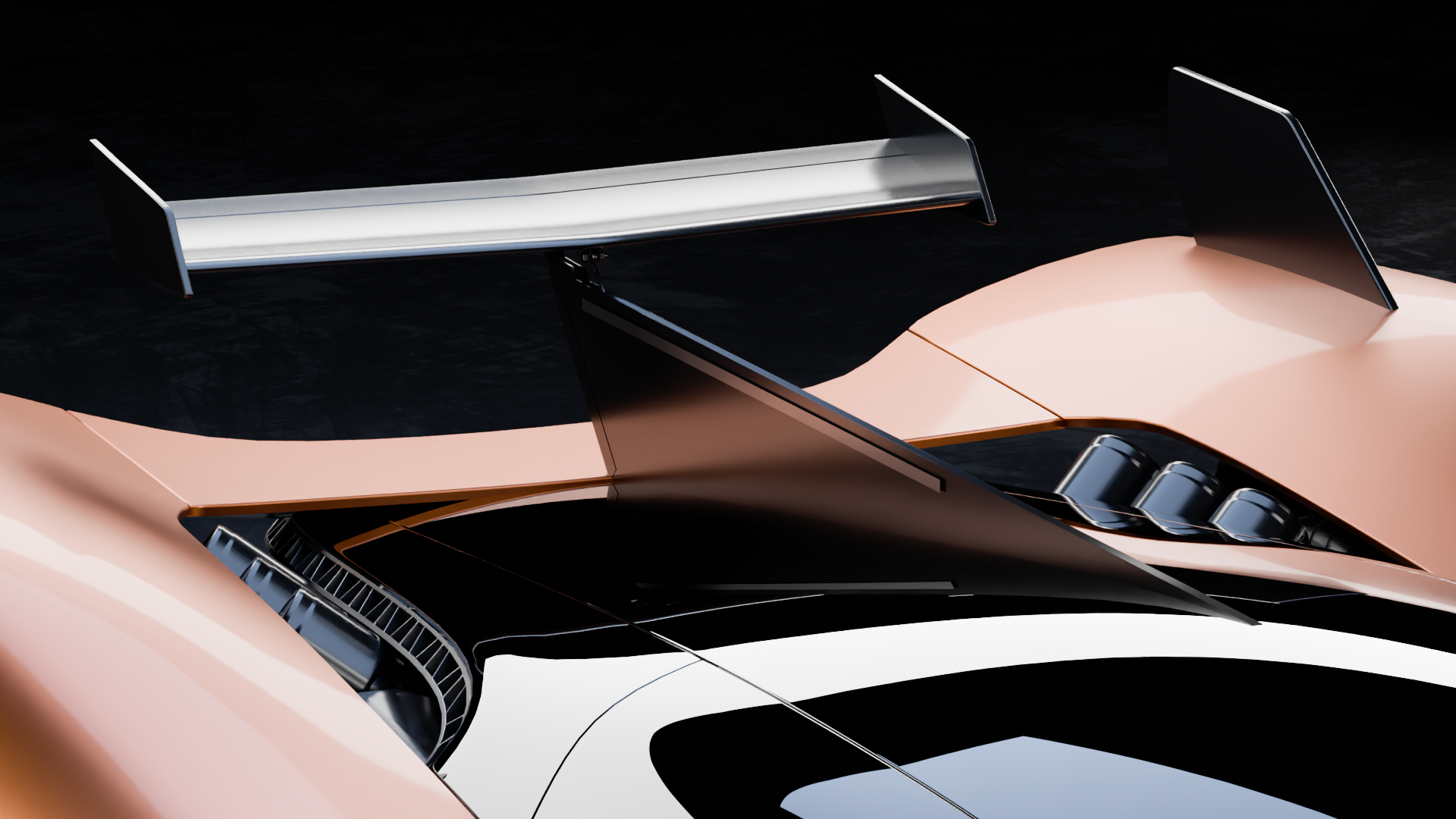
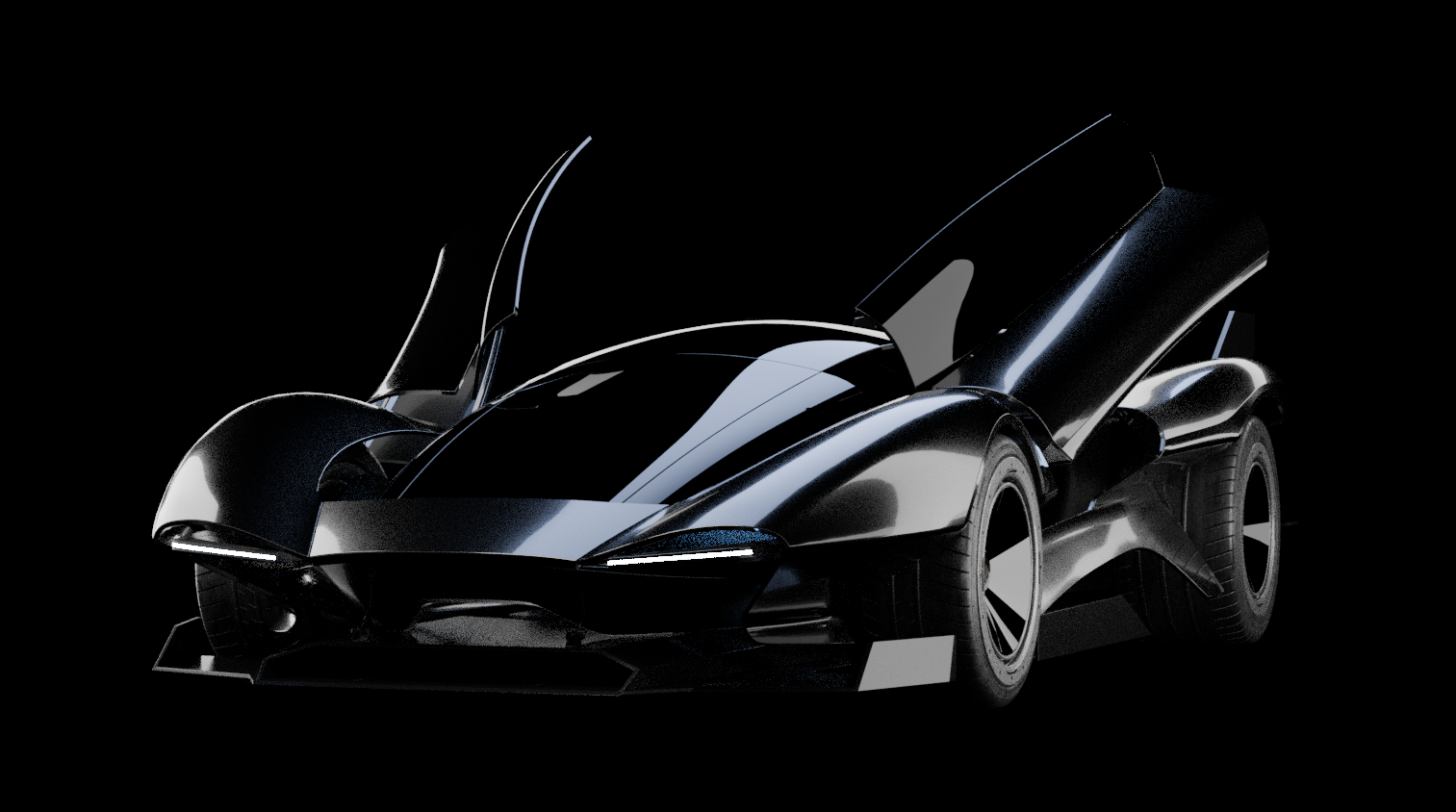
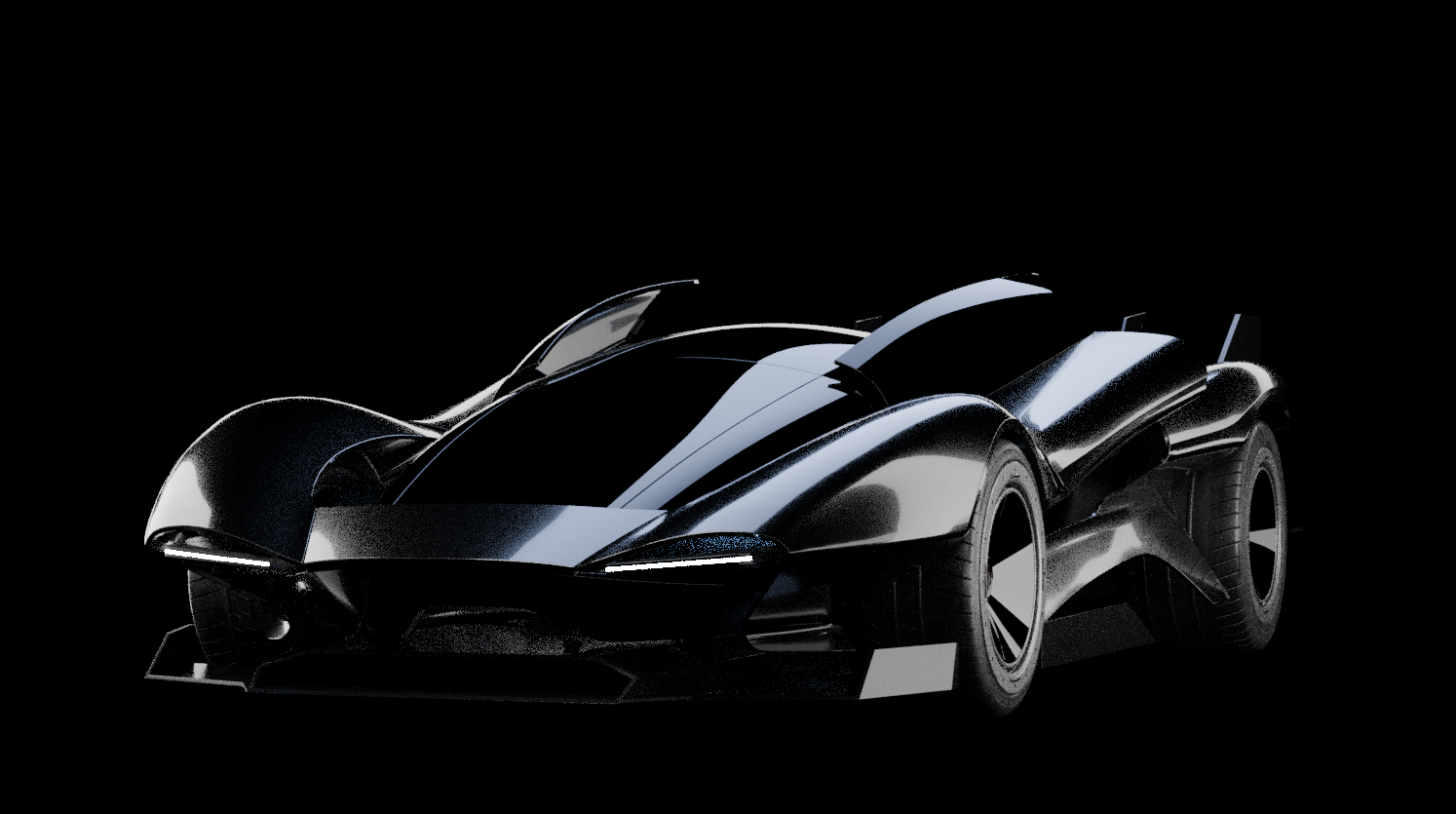
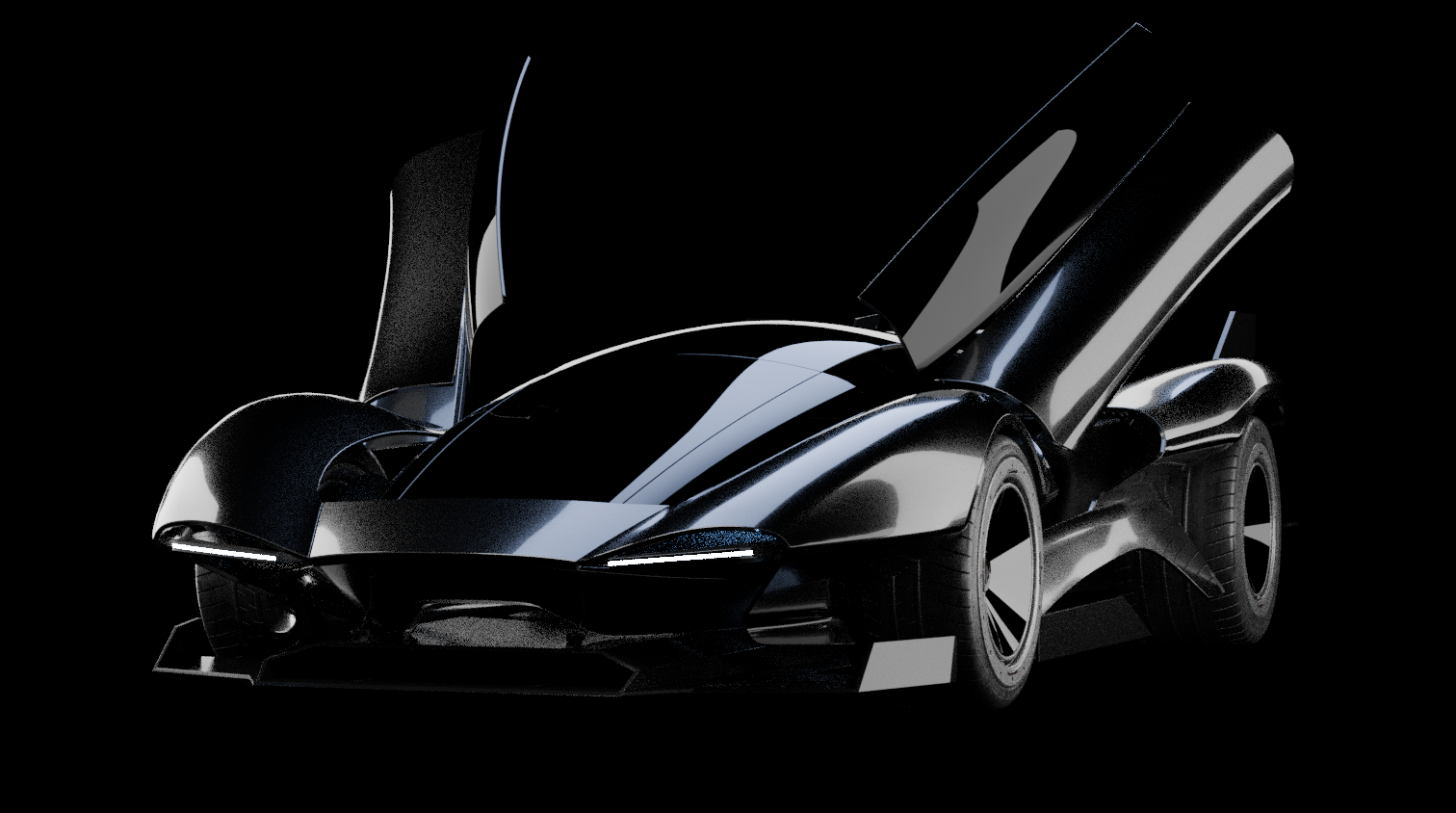
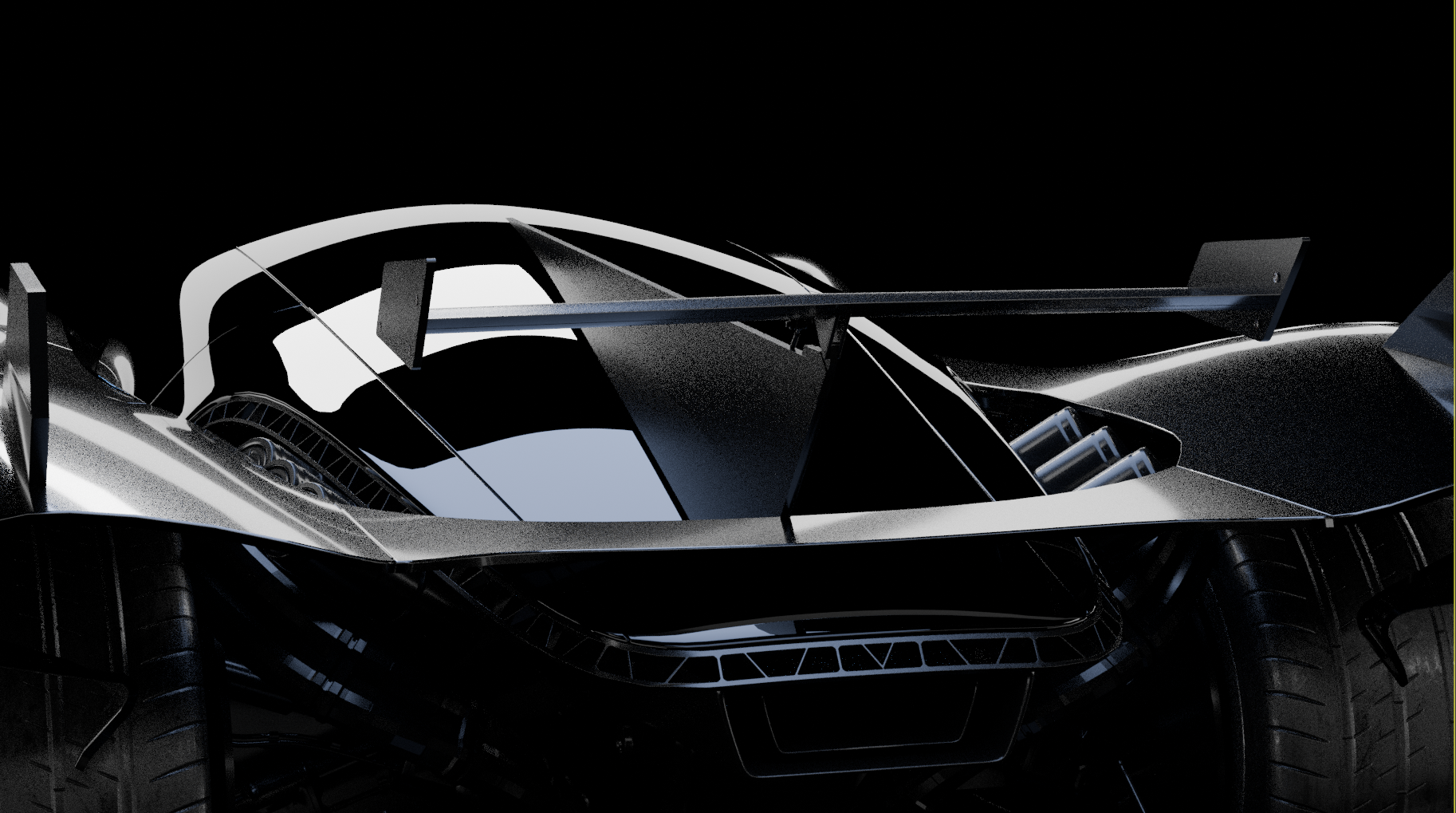
WilderWorld Standard
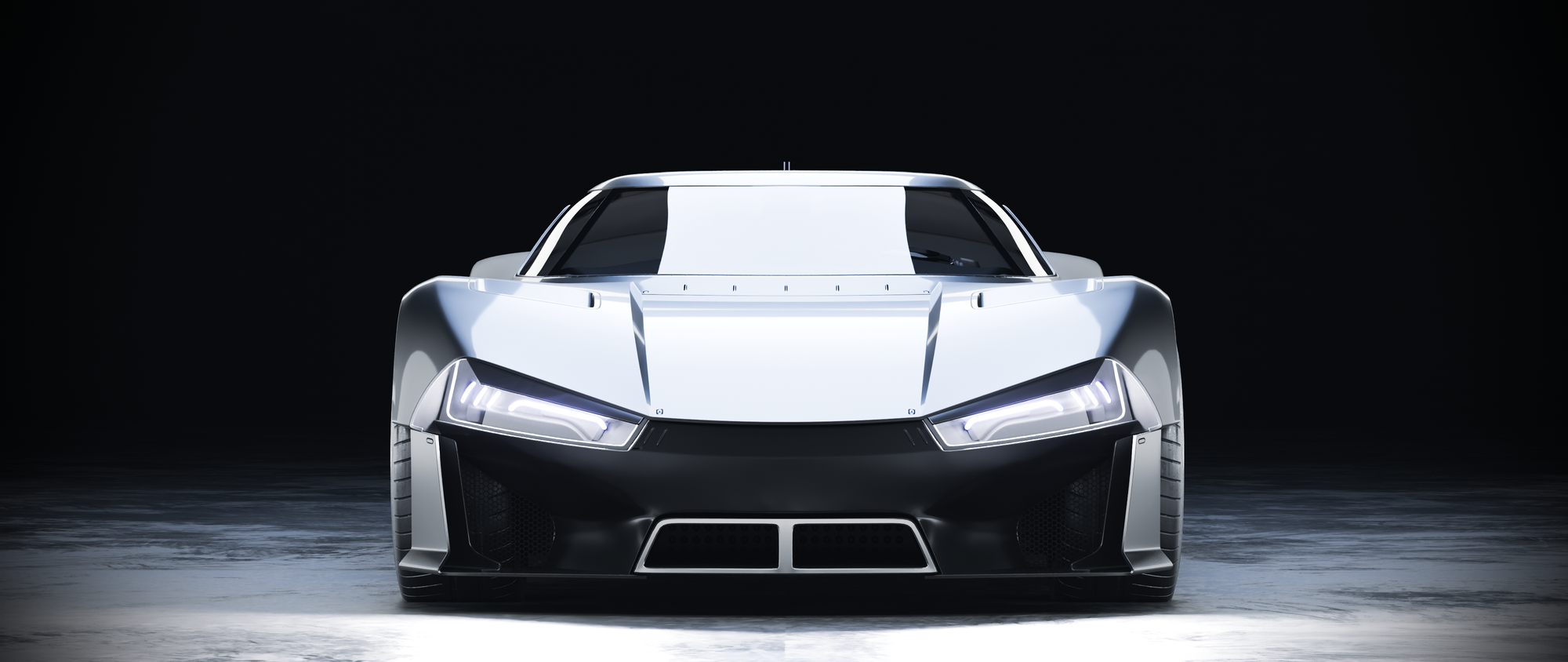
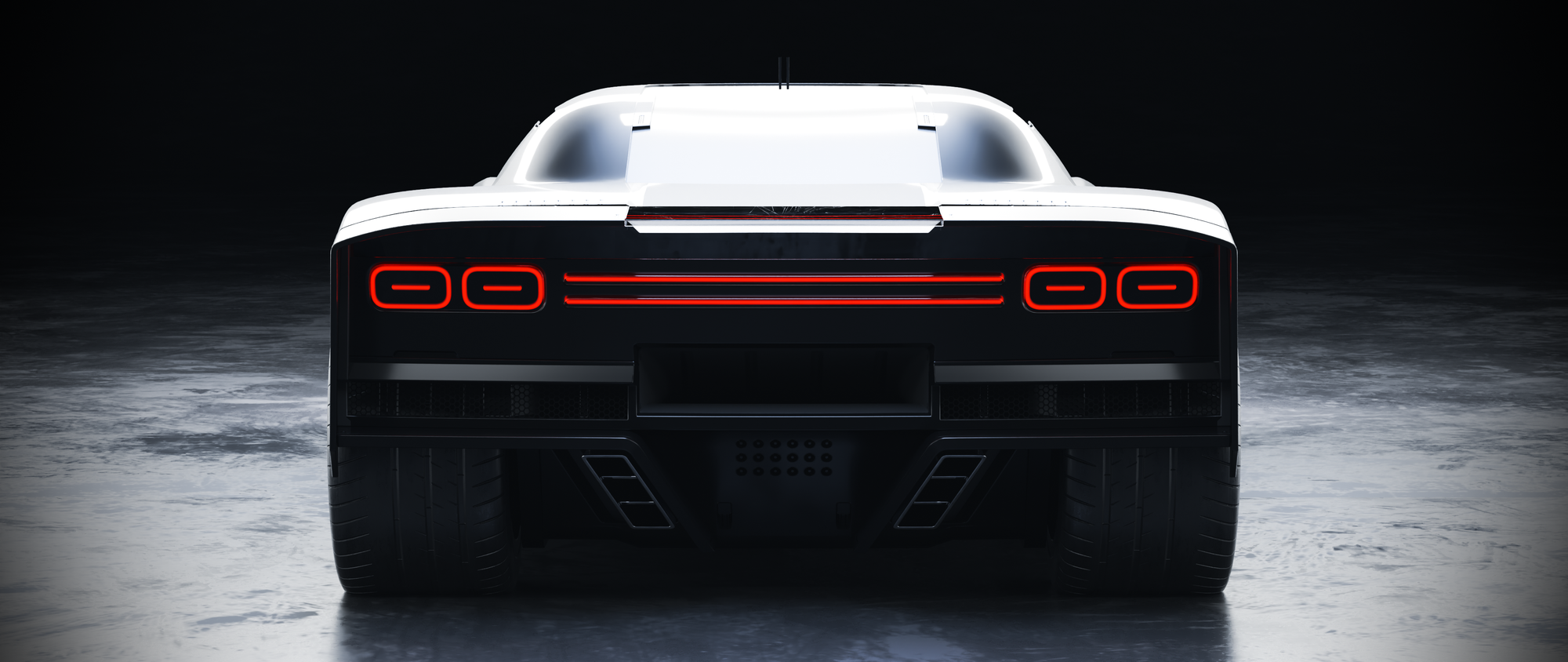
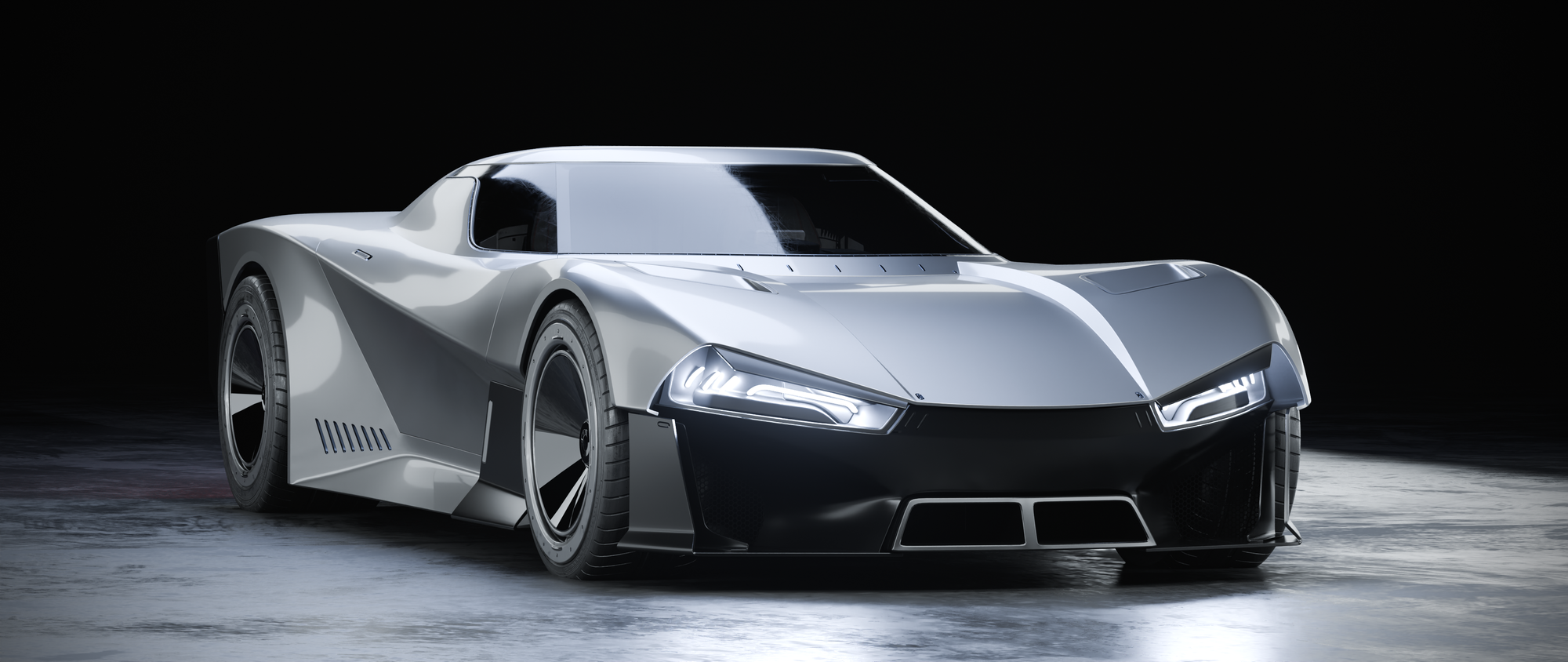
Wissan Whyline WT W Wines W34 2002
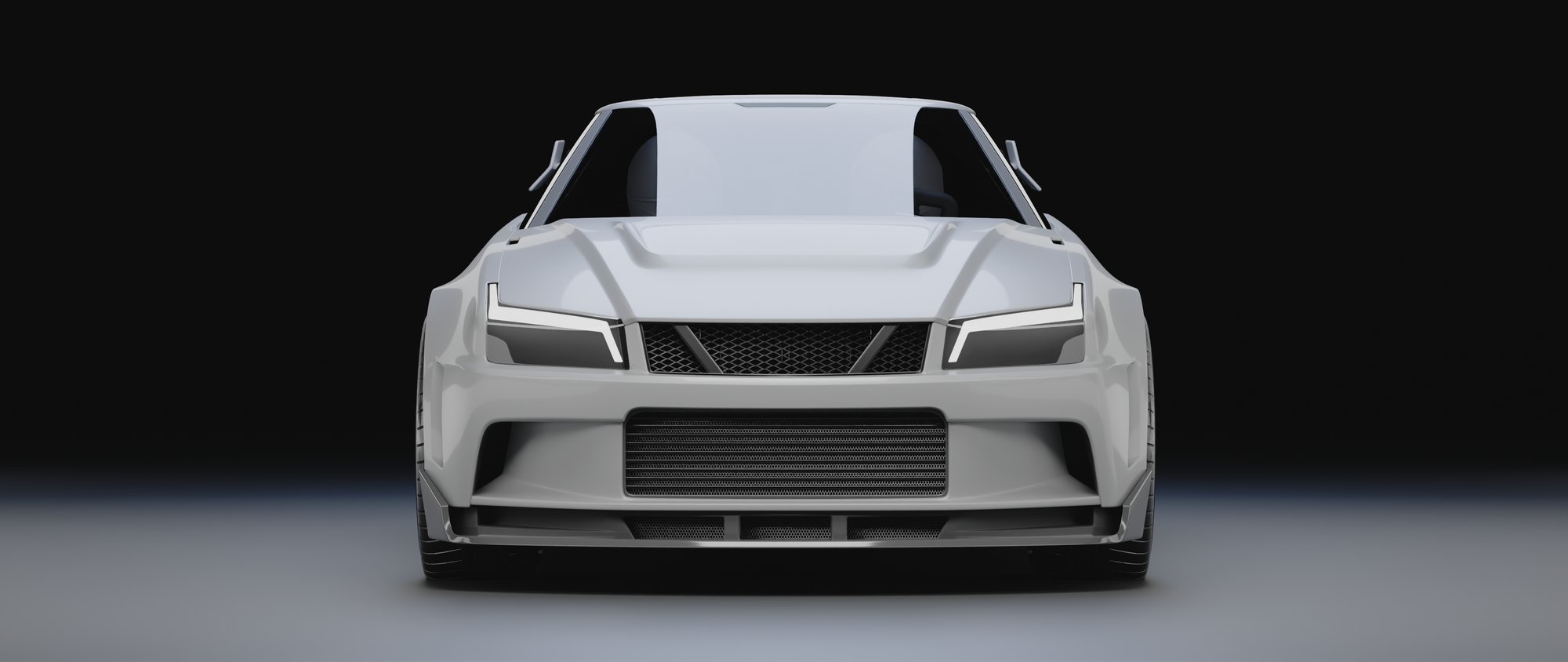
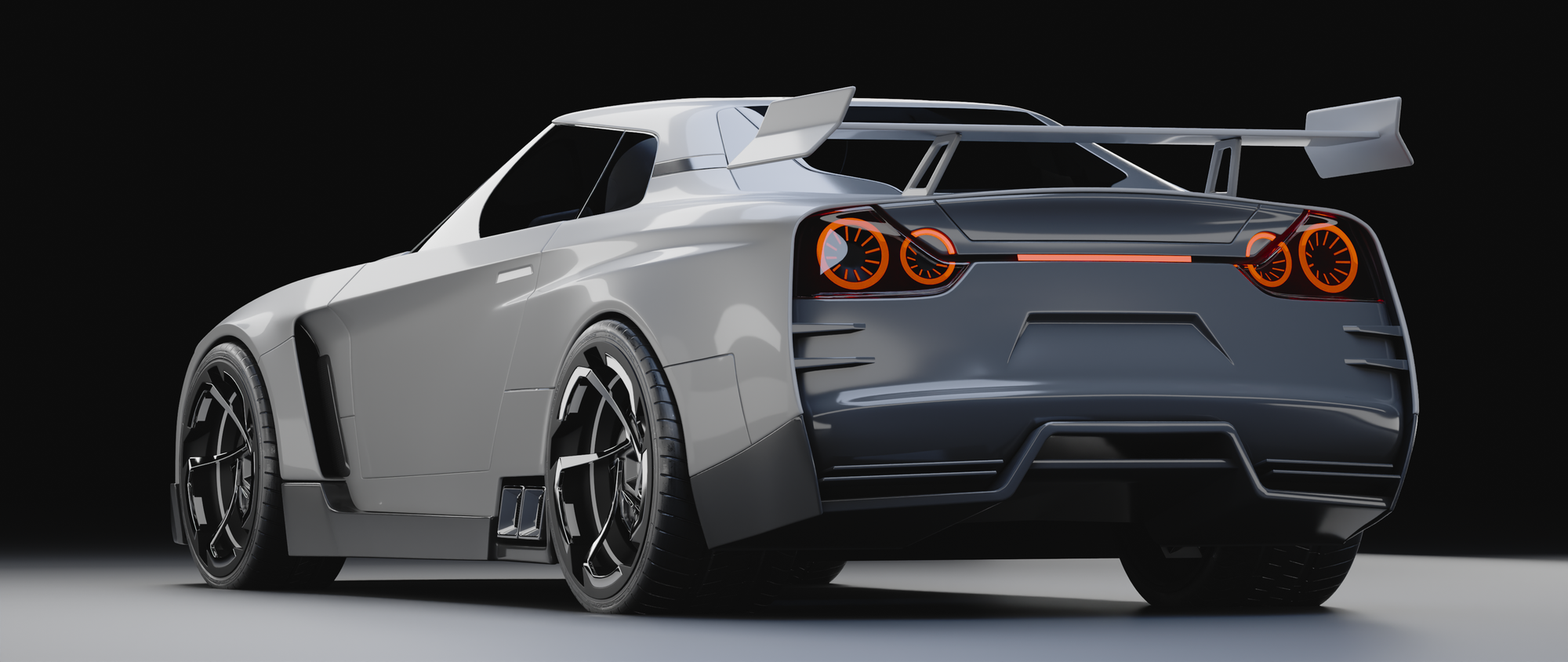
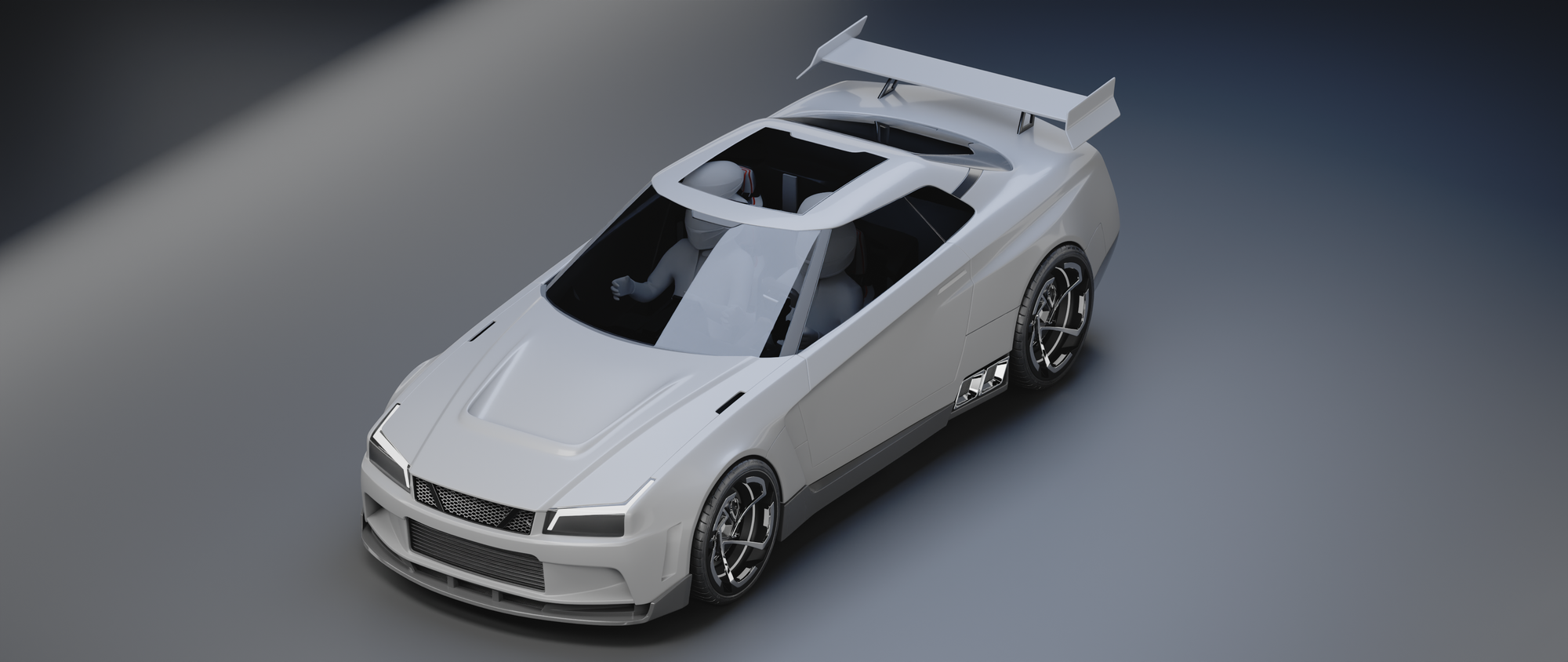
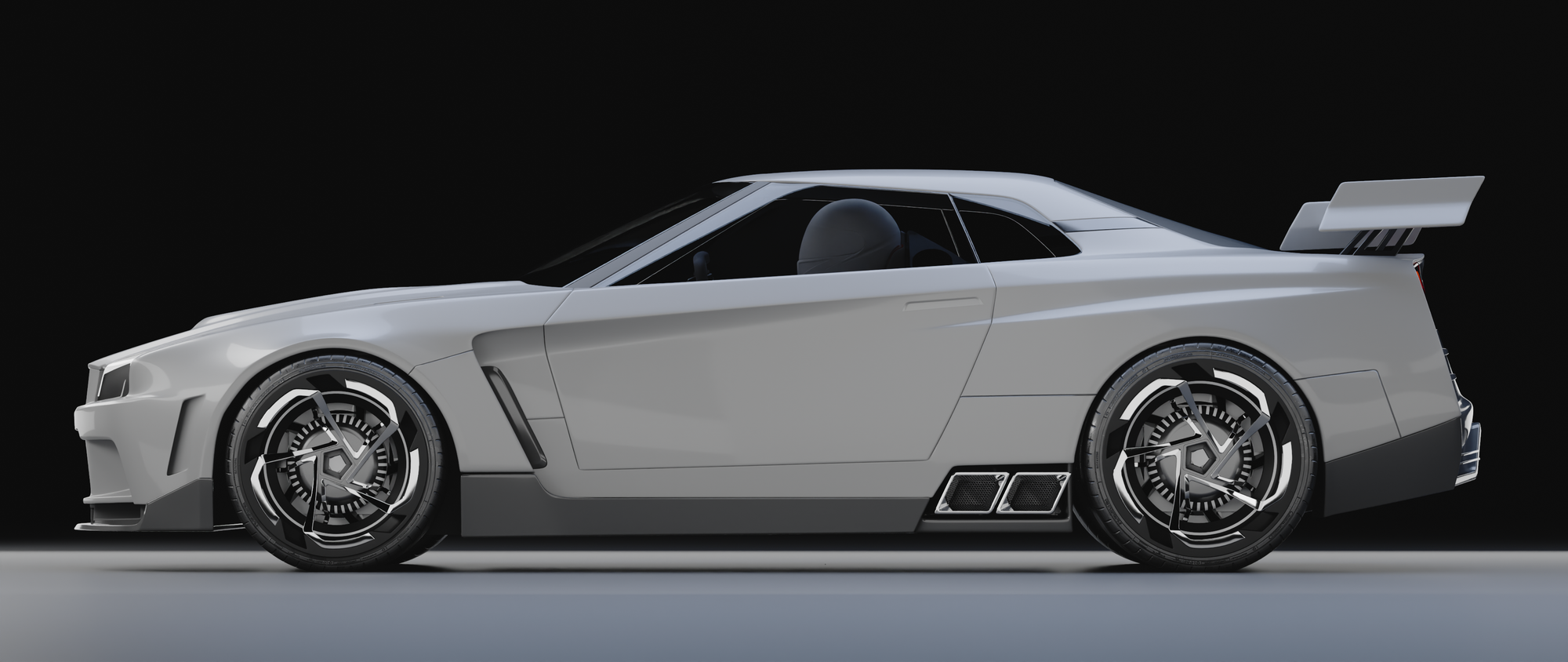
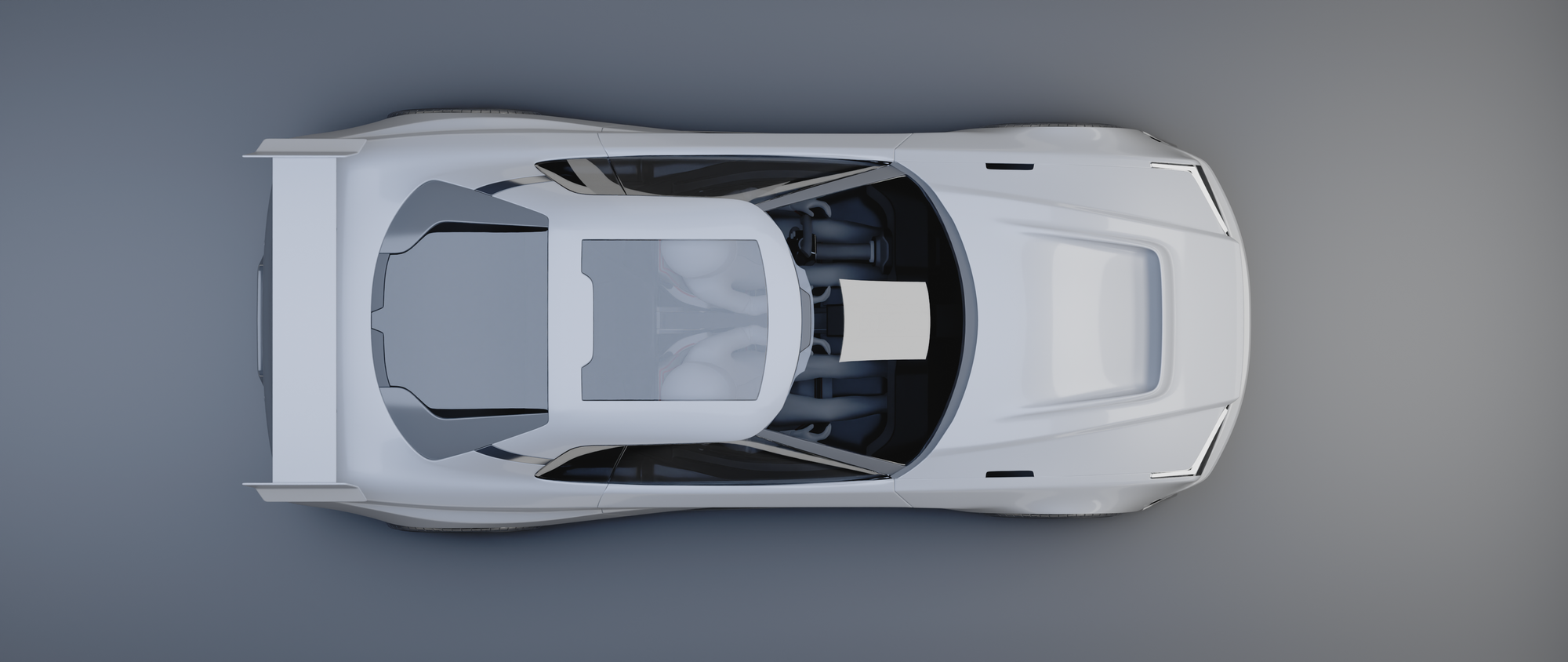
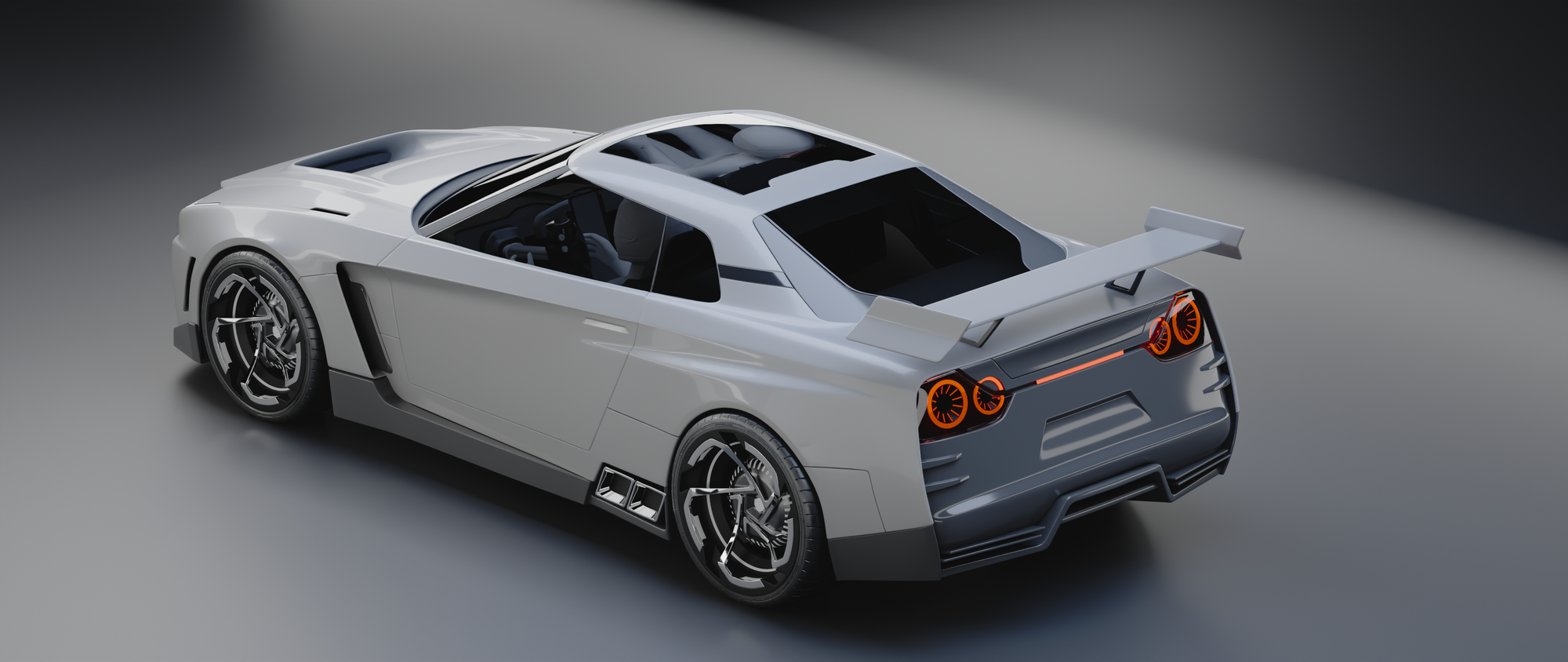
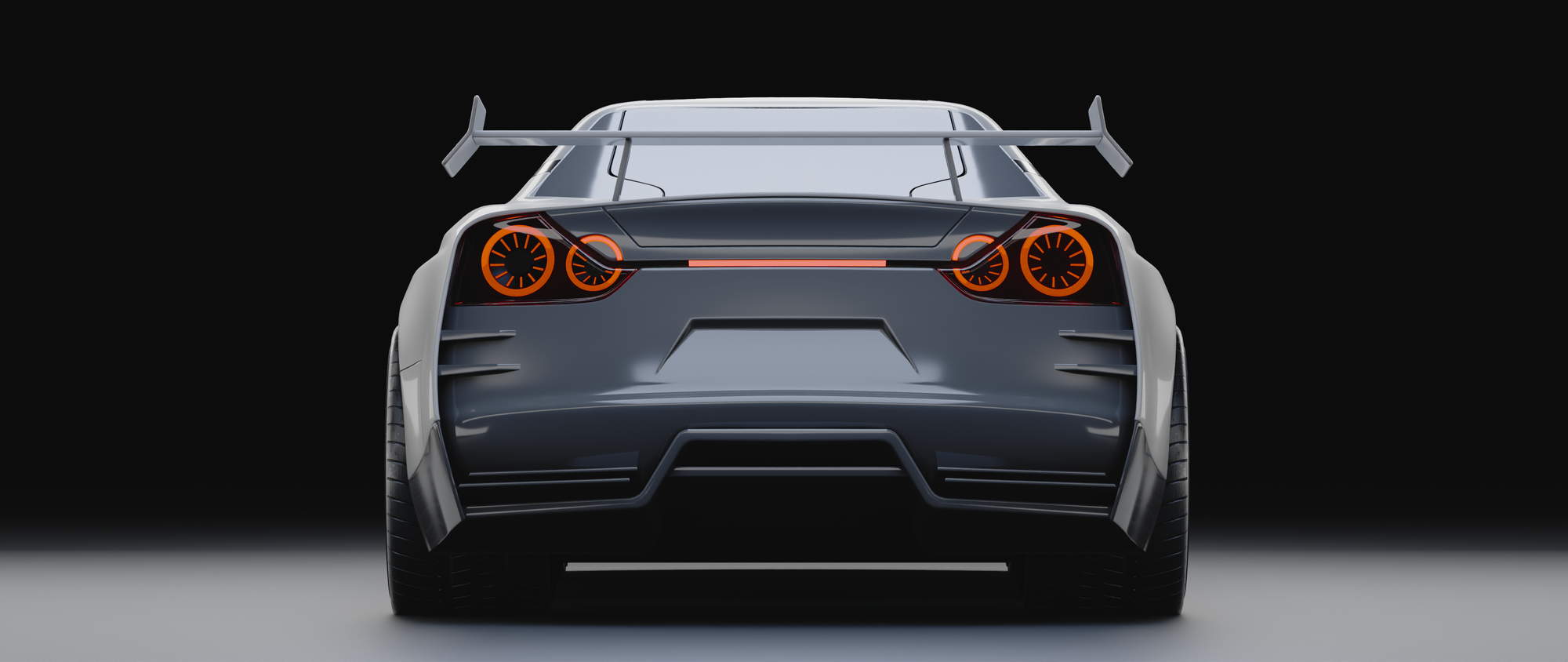
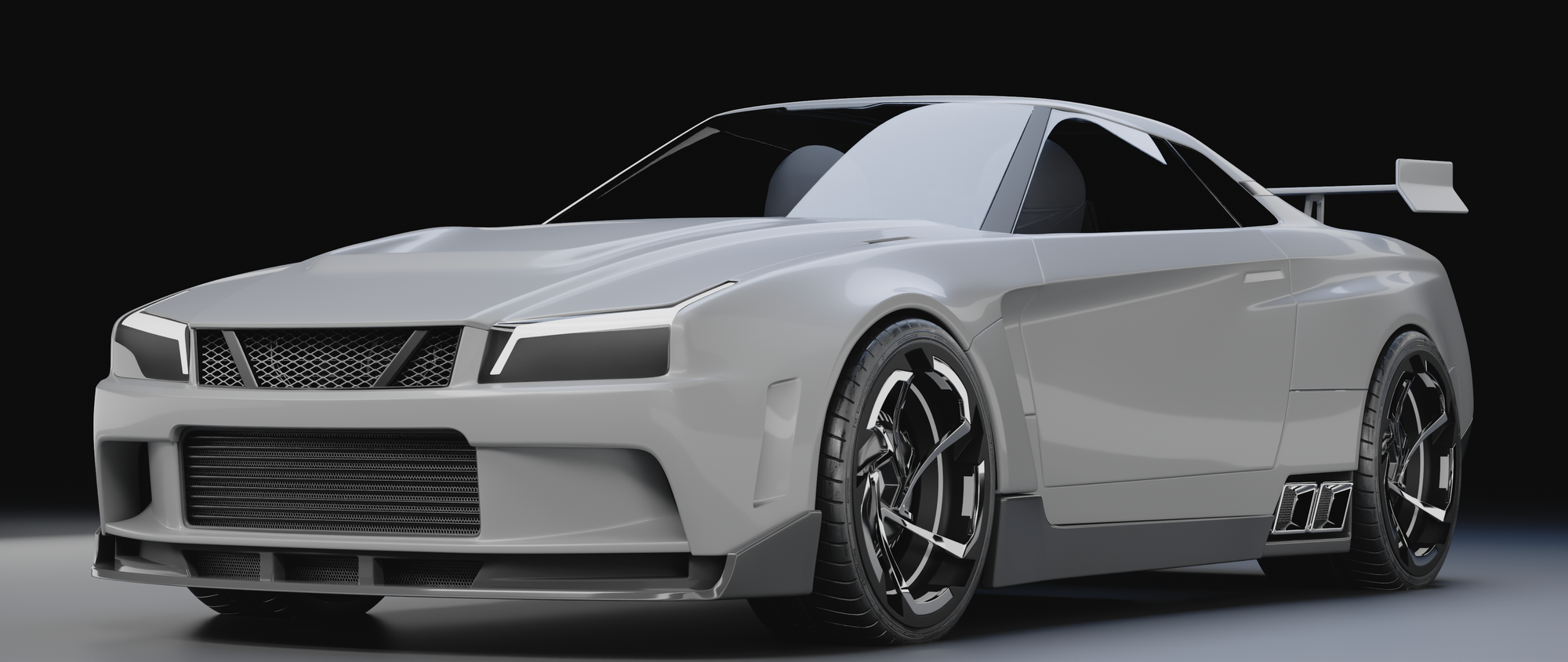
WMW W1 Wallenge 1981
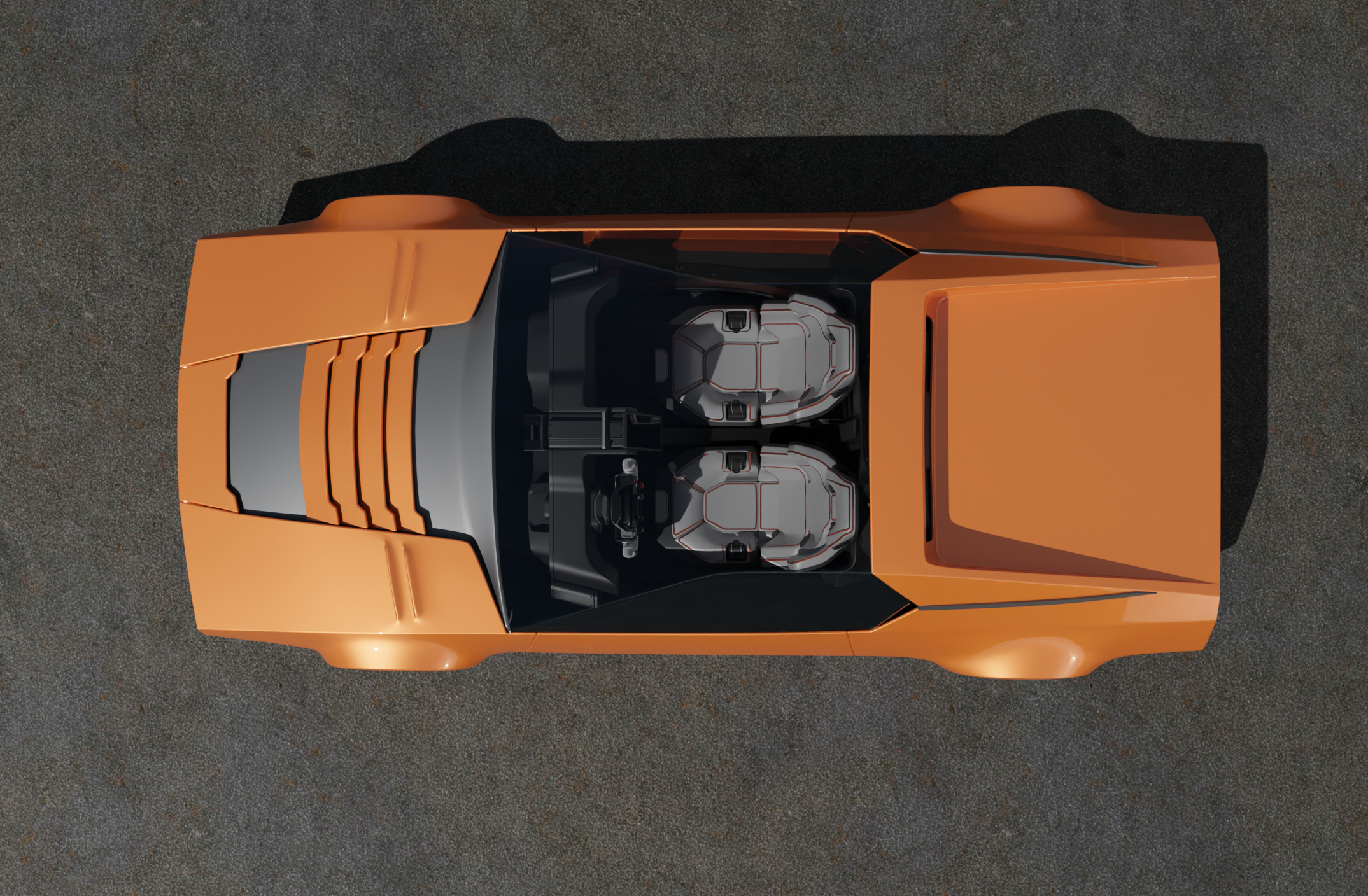
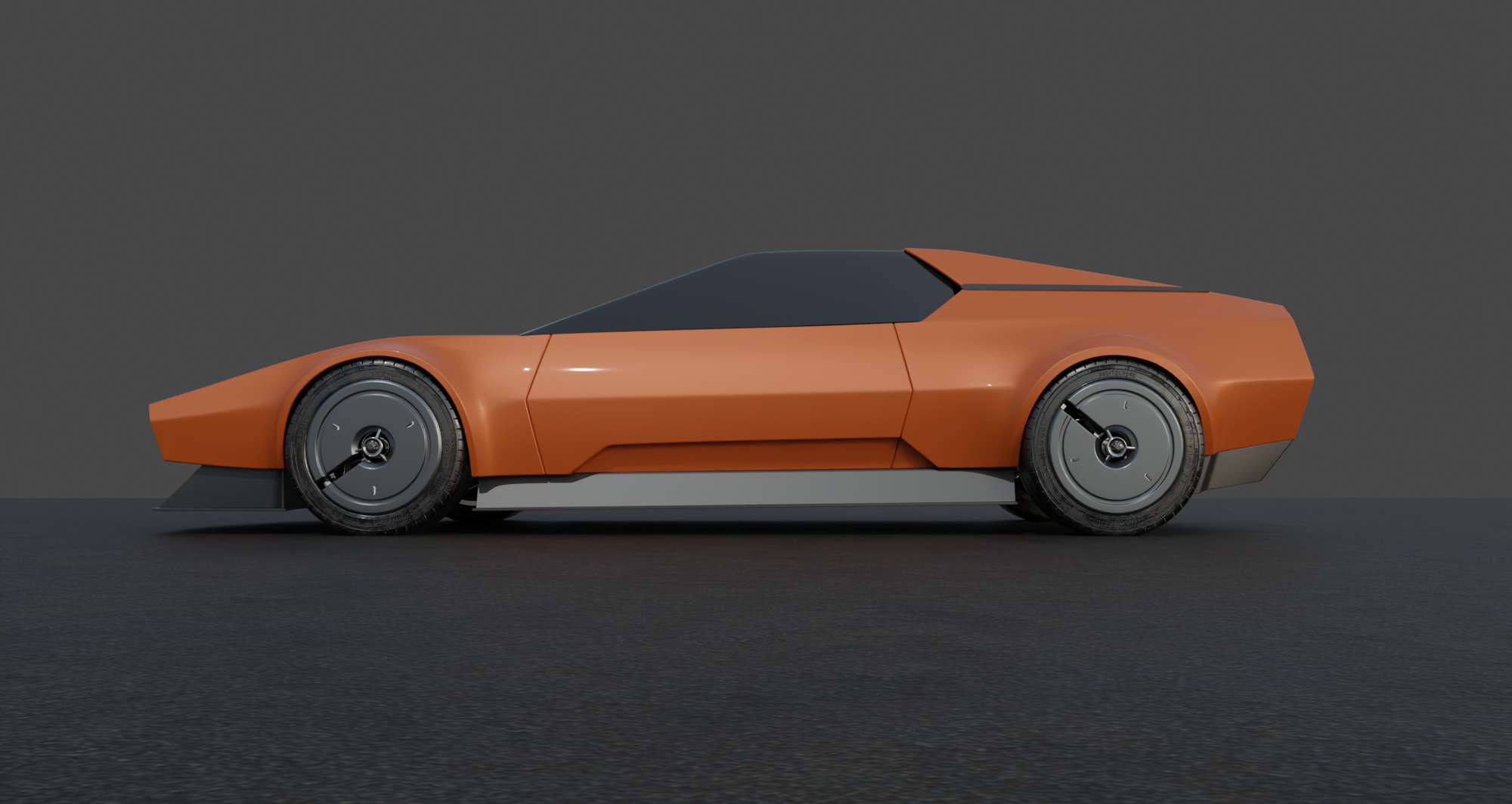
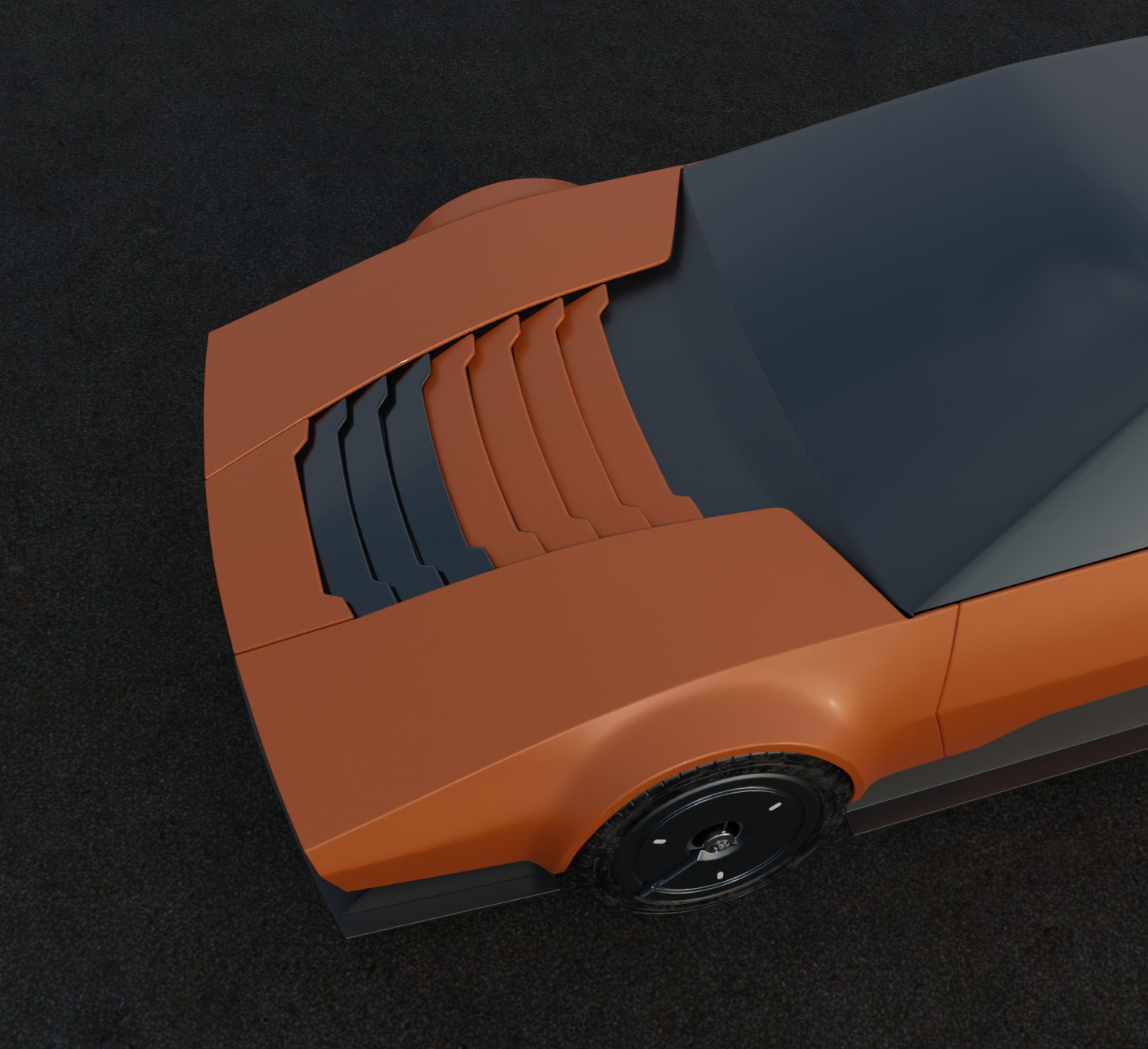
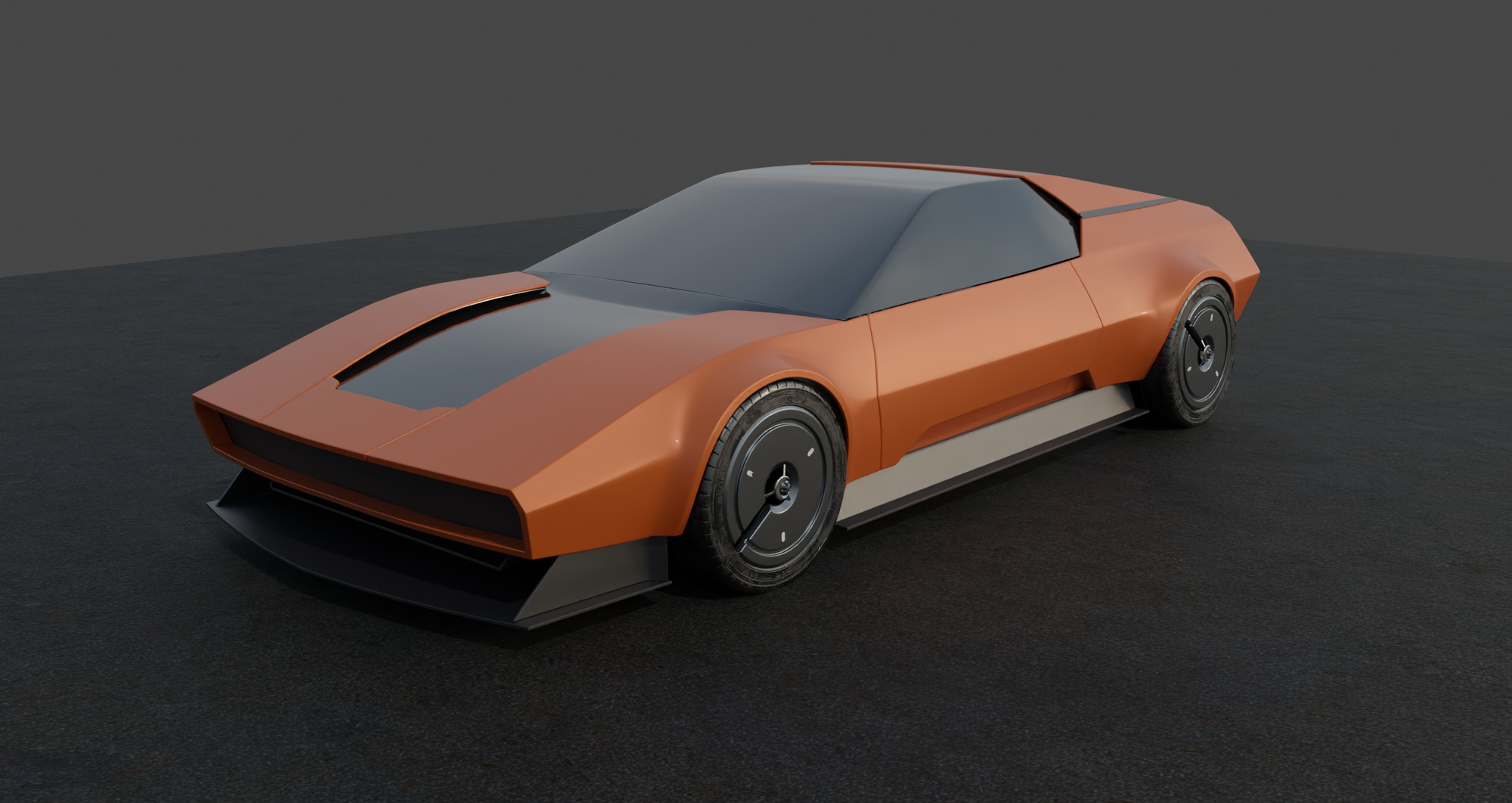
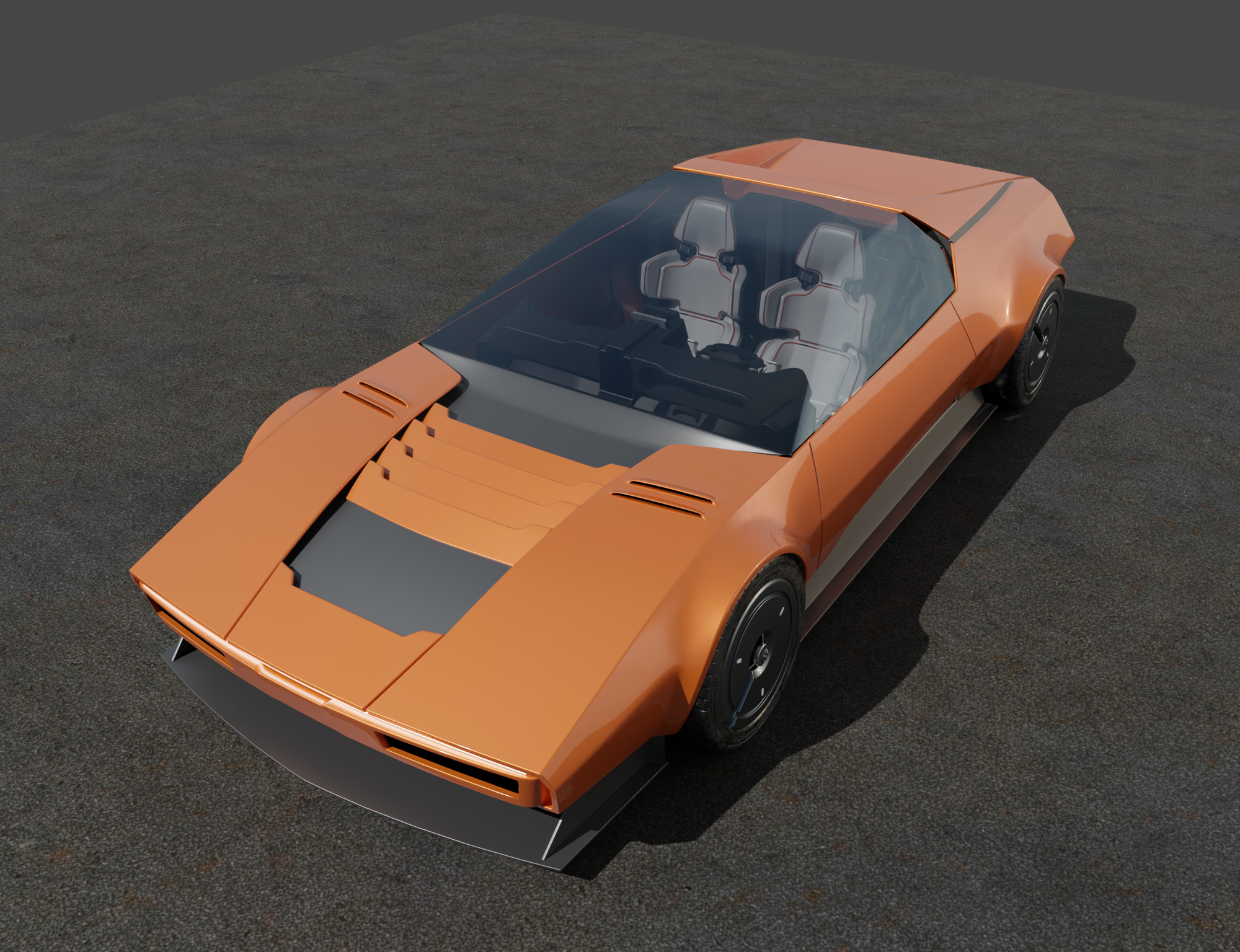
WMW W5 W10 2012
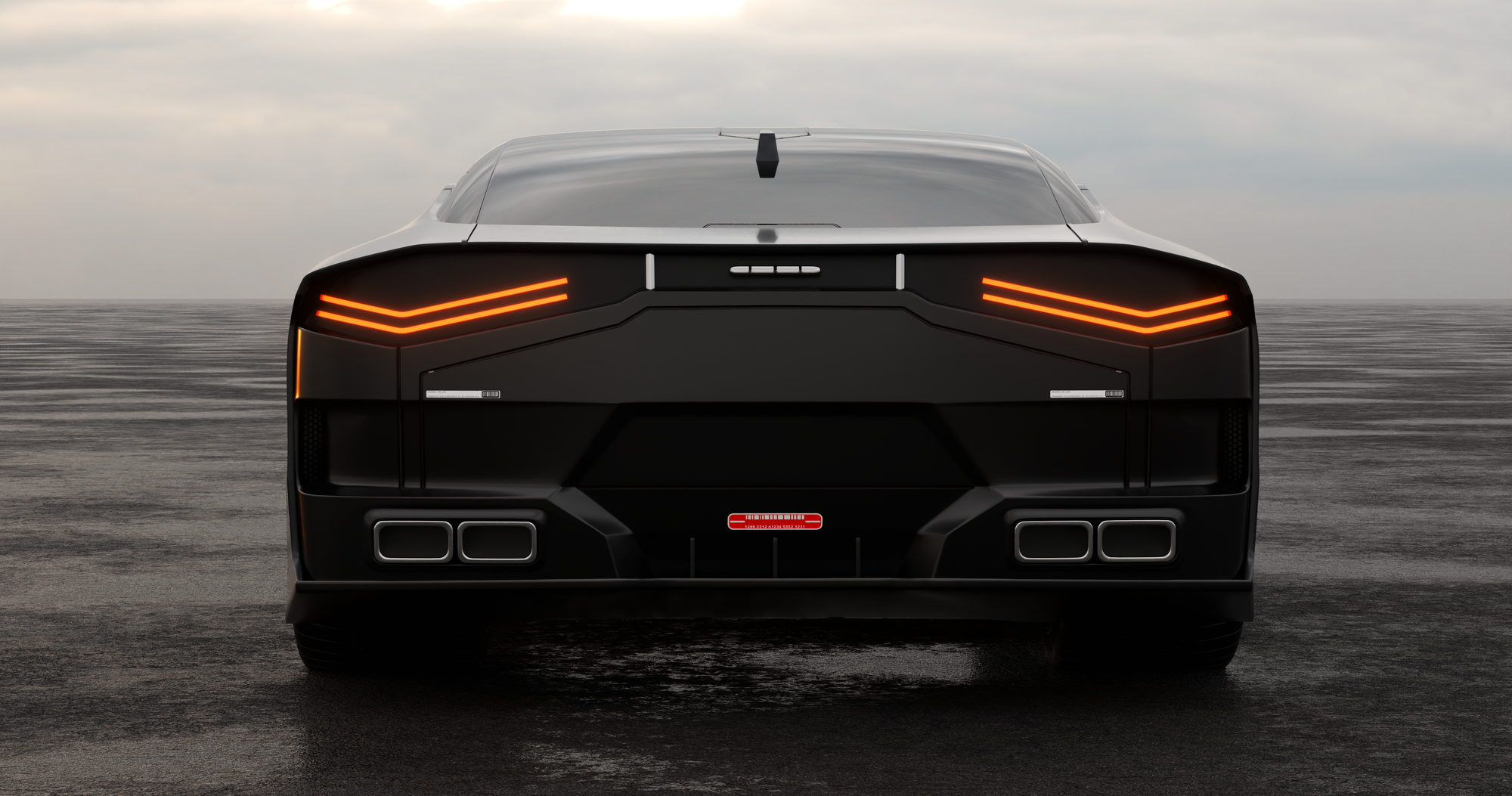
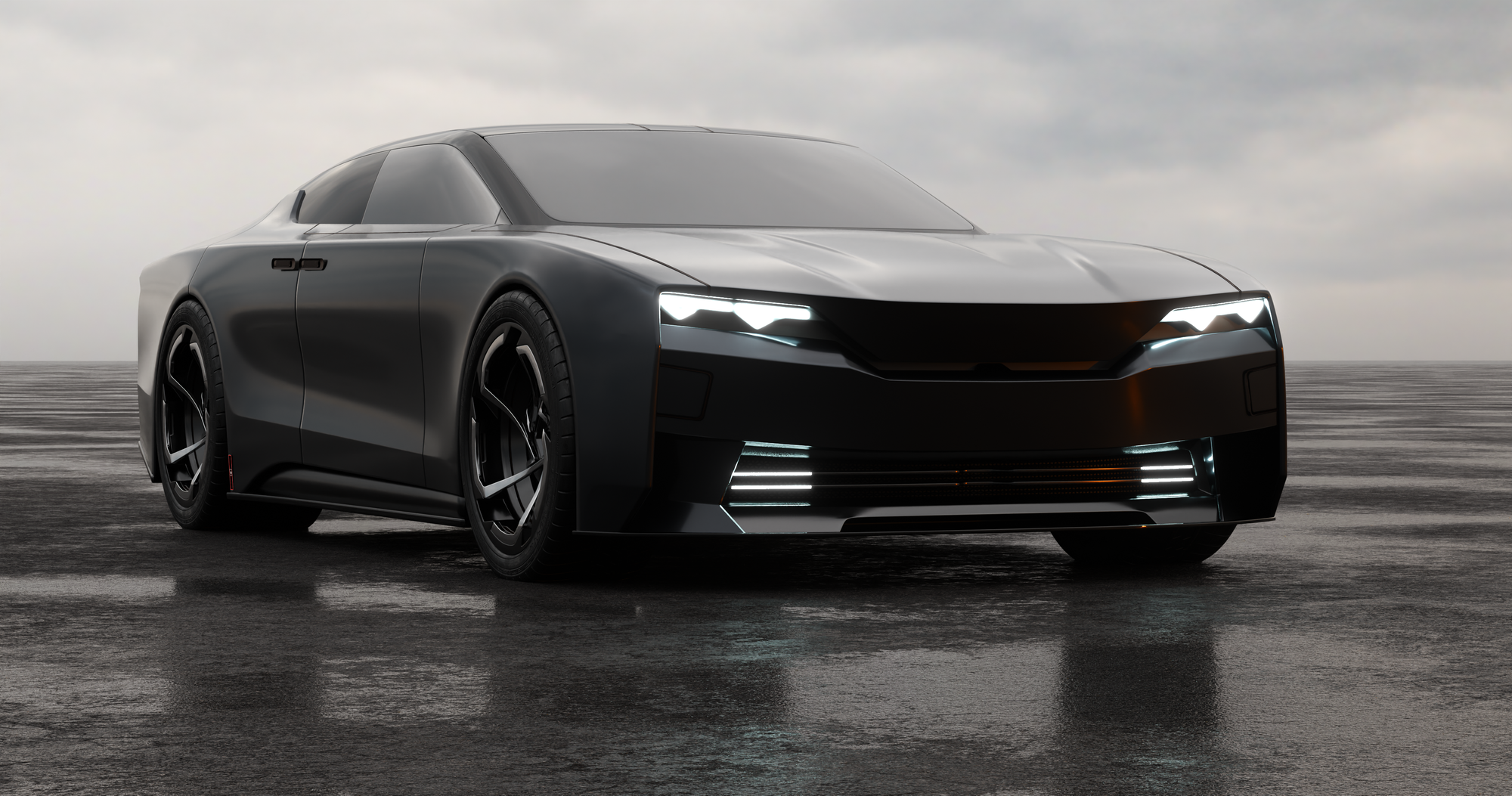
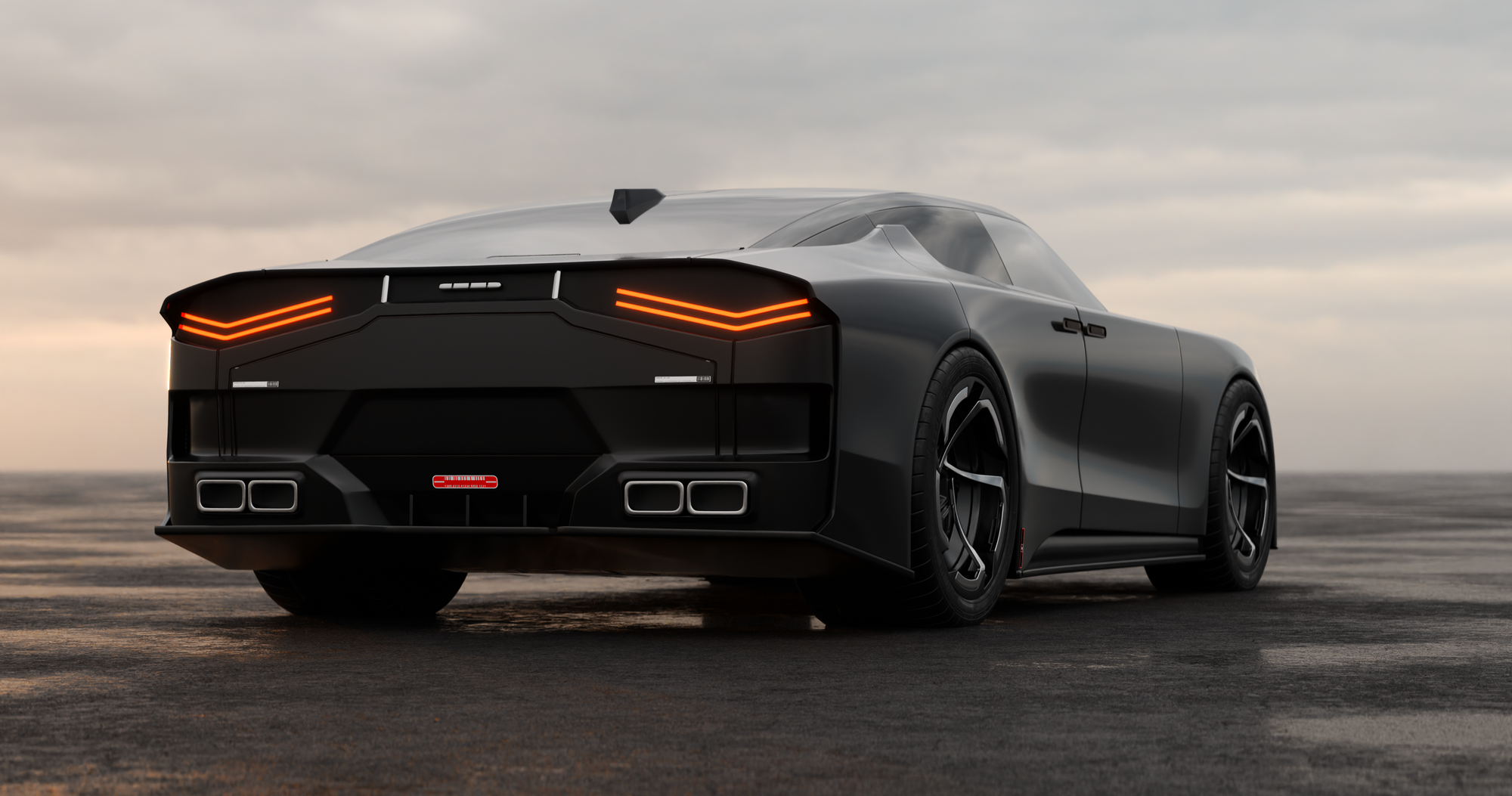
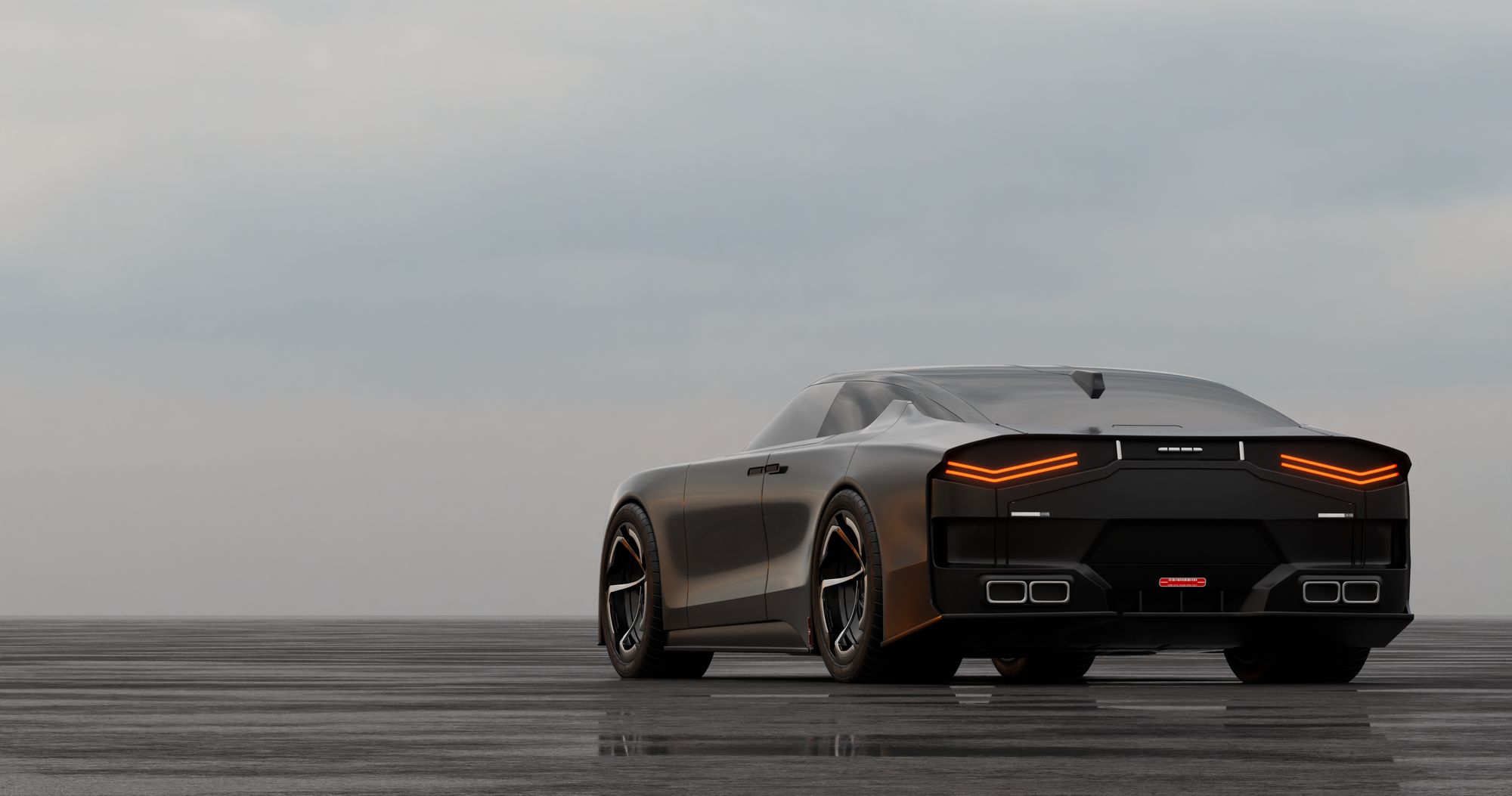
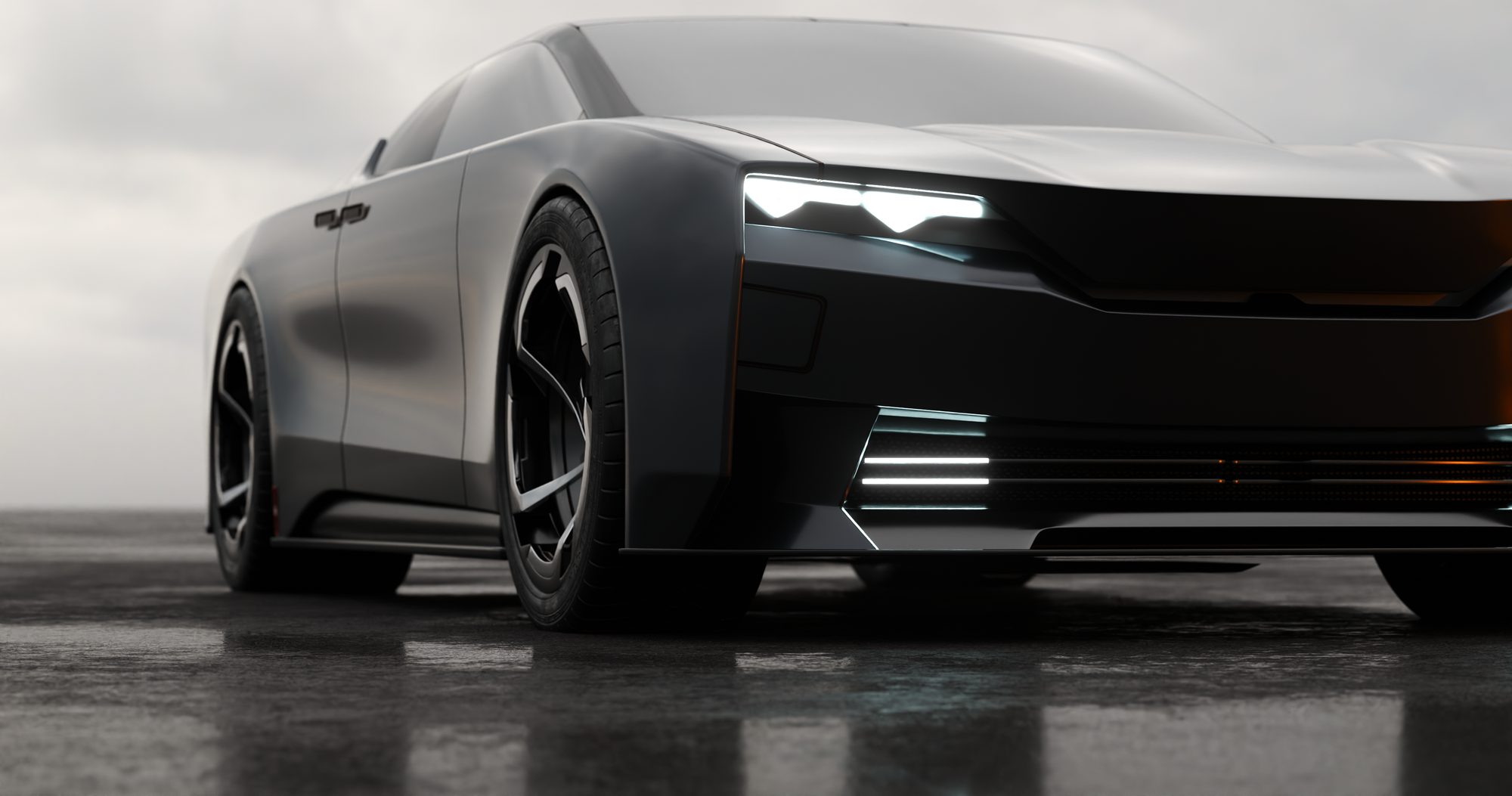
Woble W600 2010
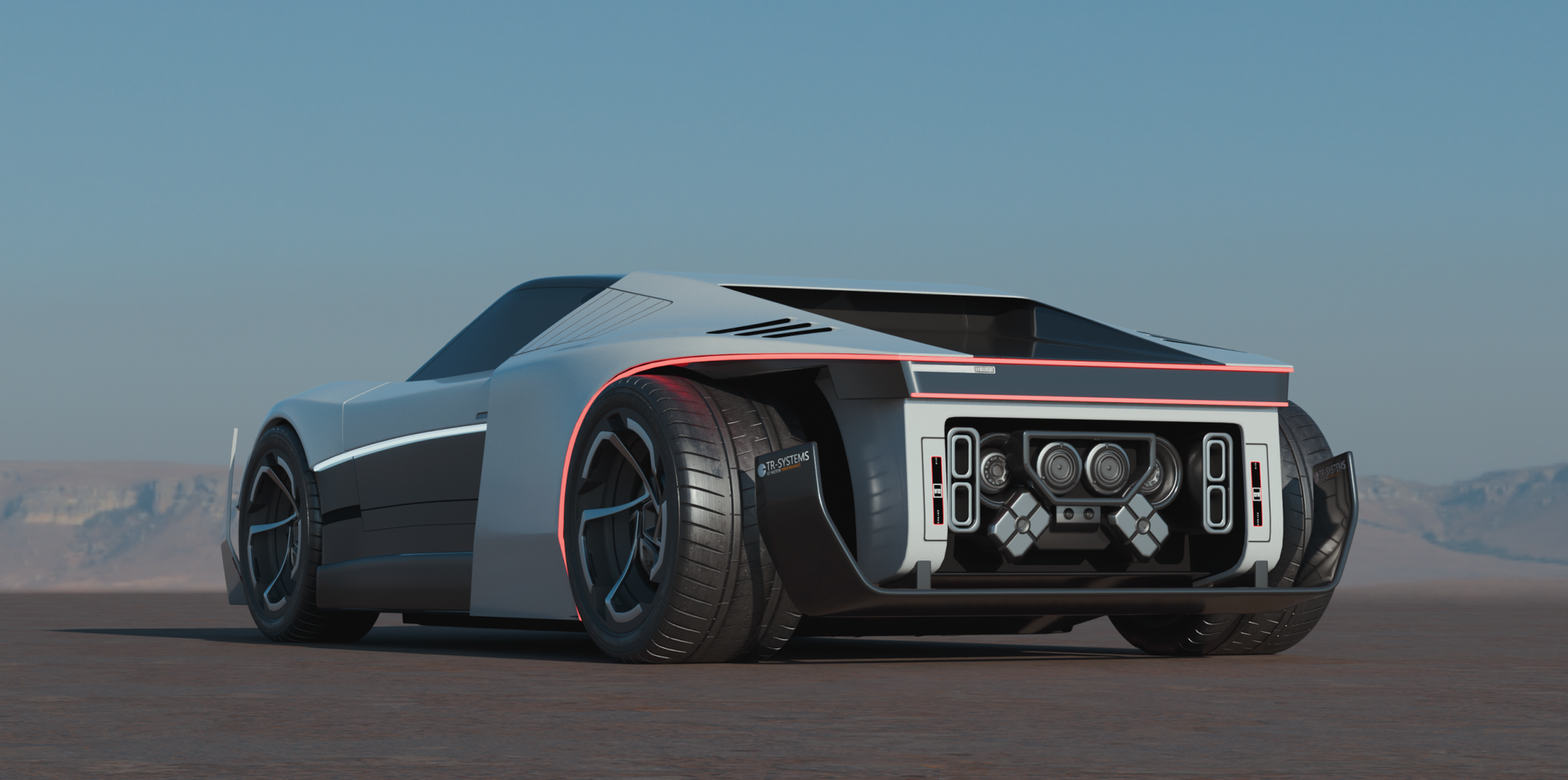
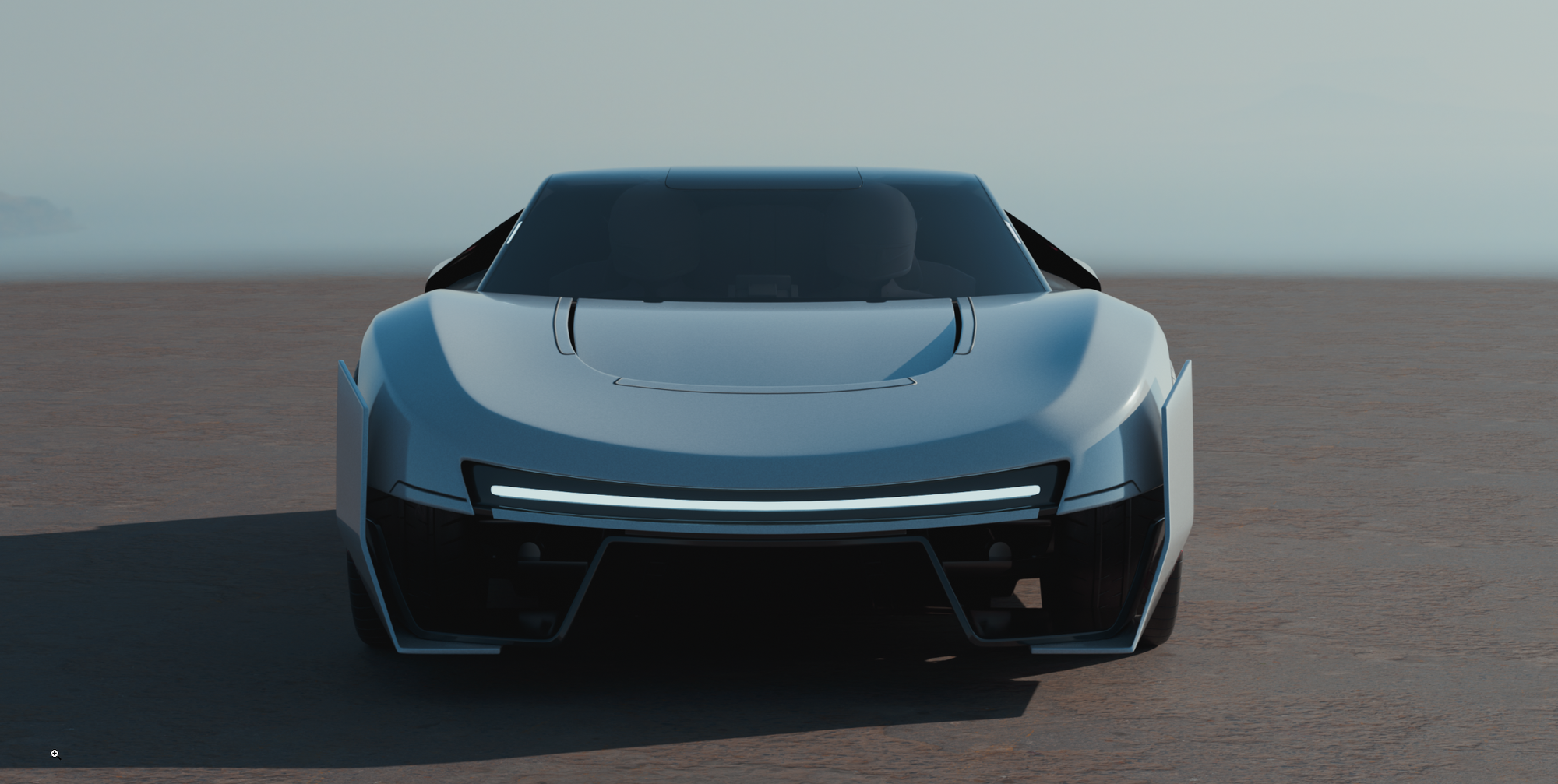
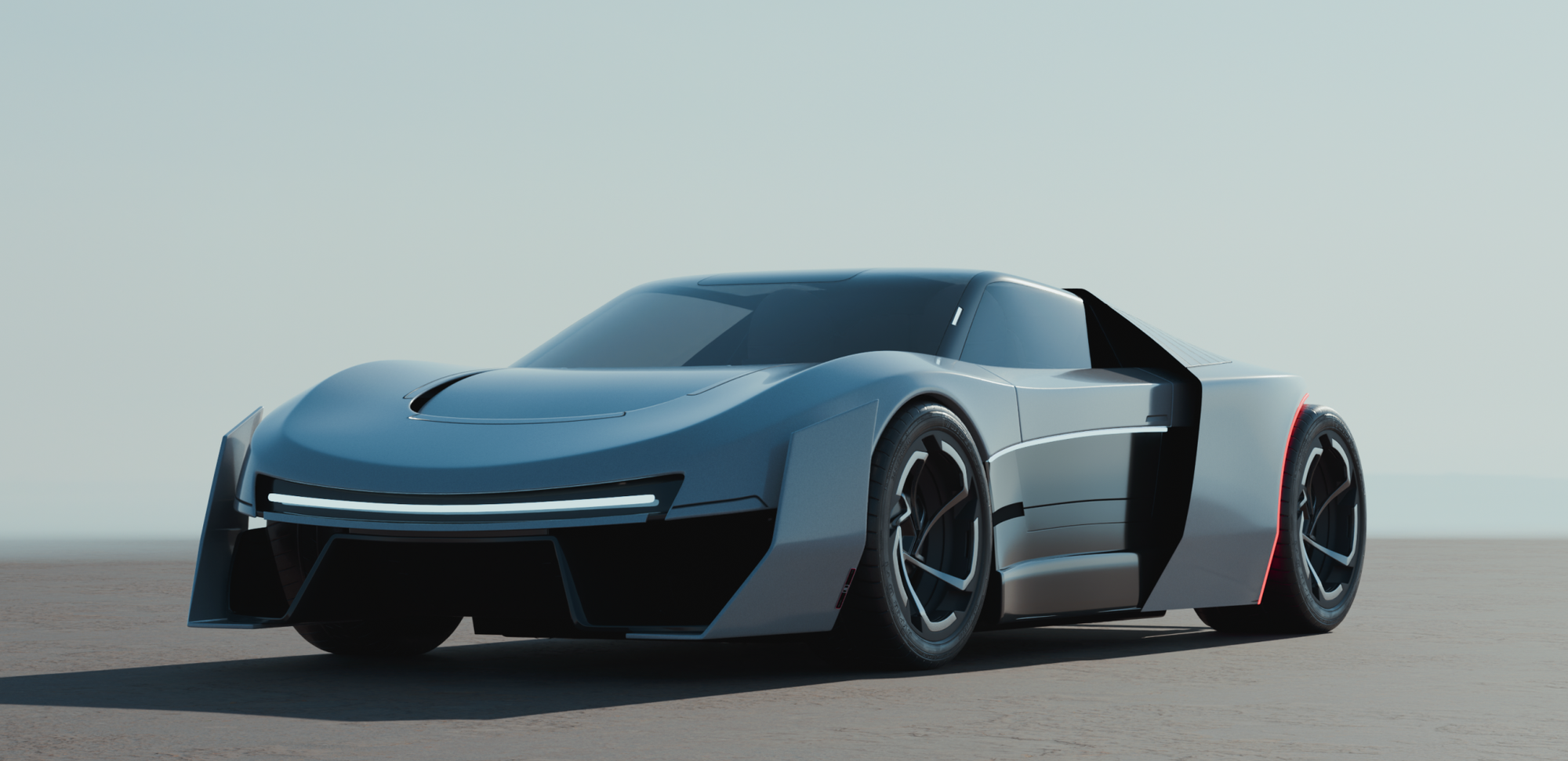
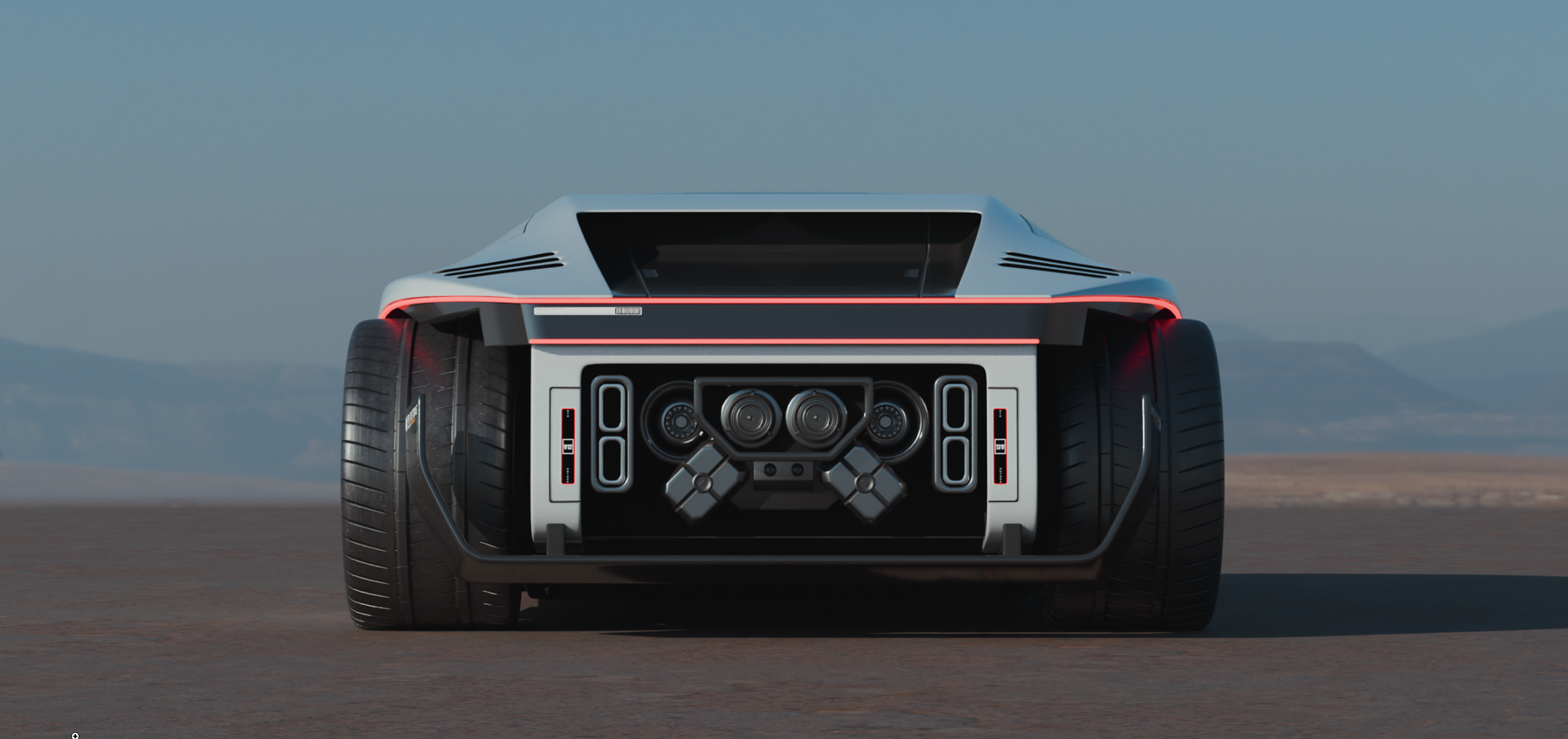
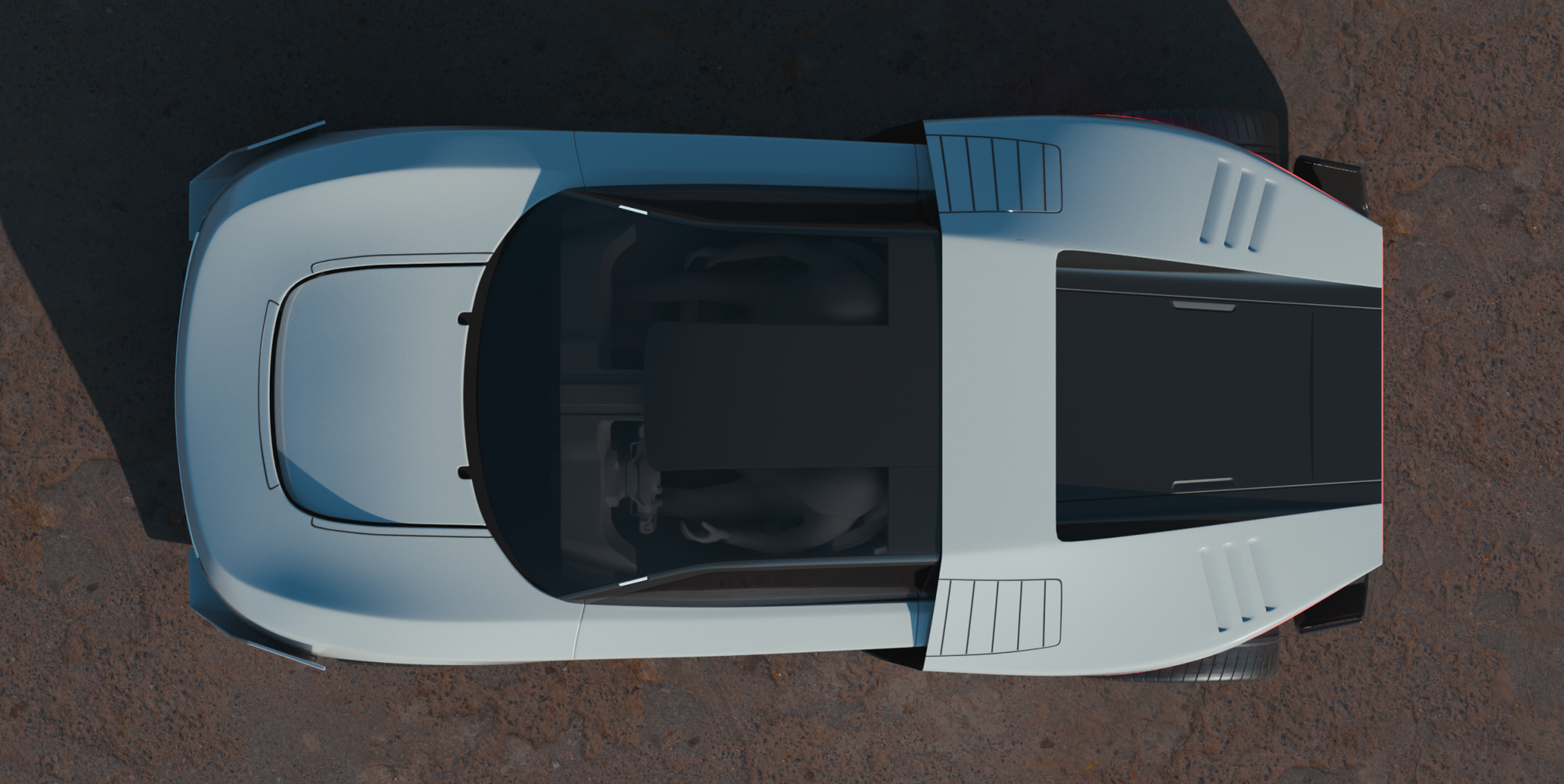
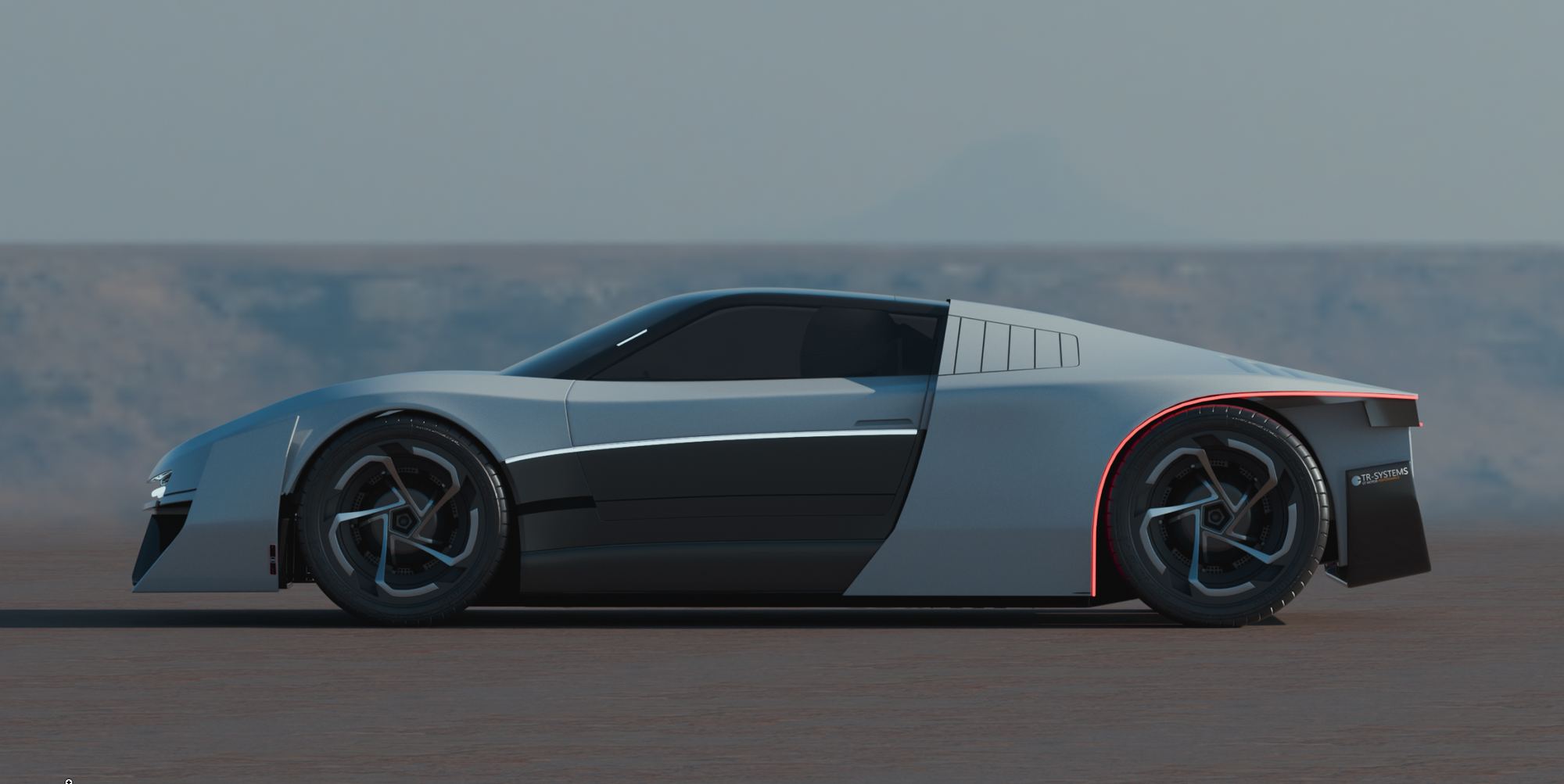
Wonda WXW W 1992
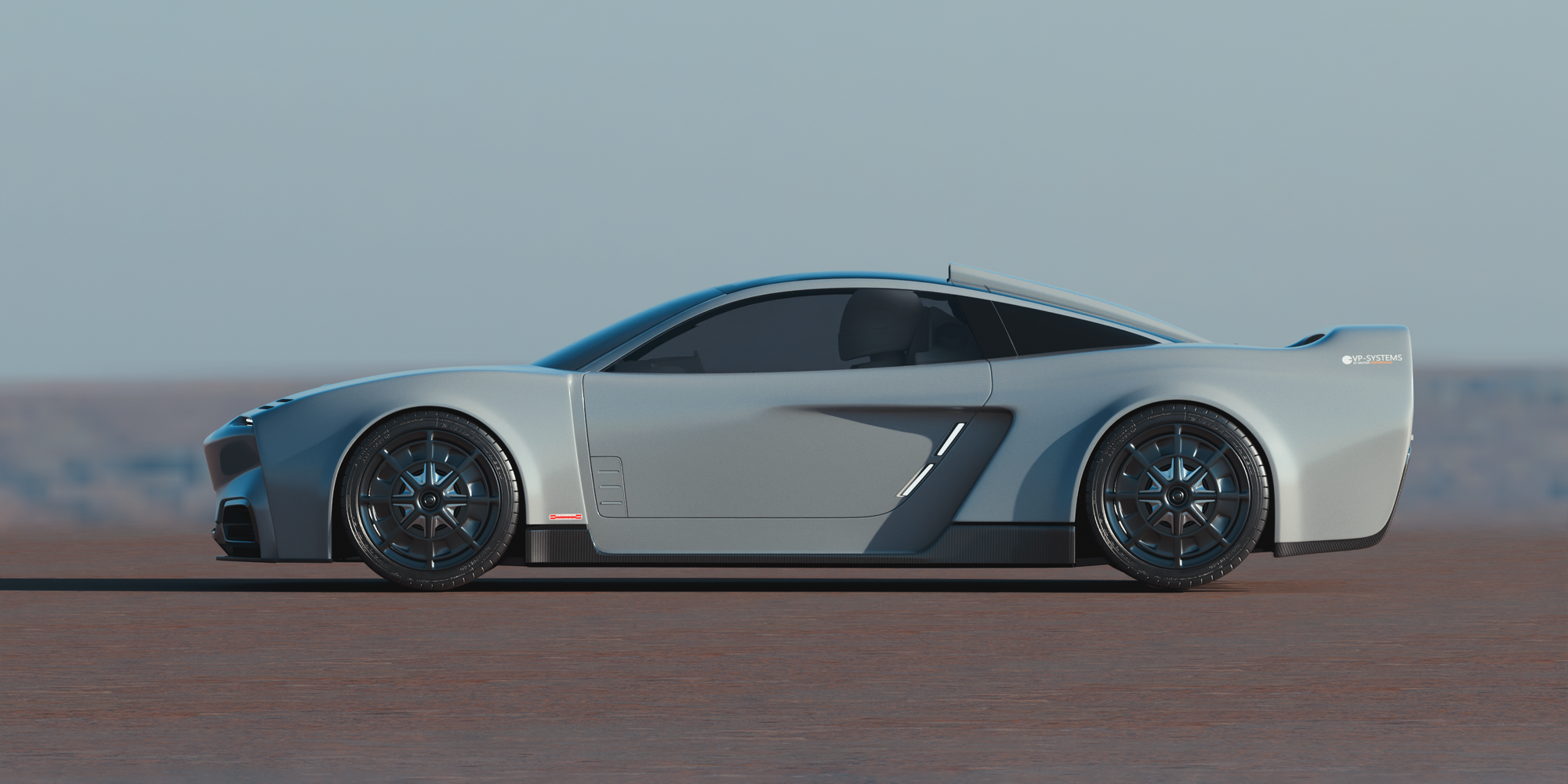
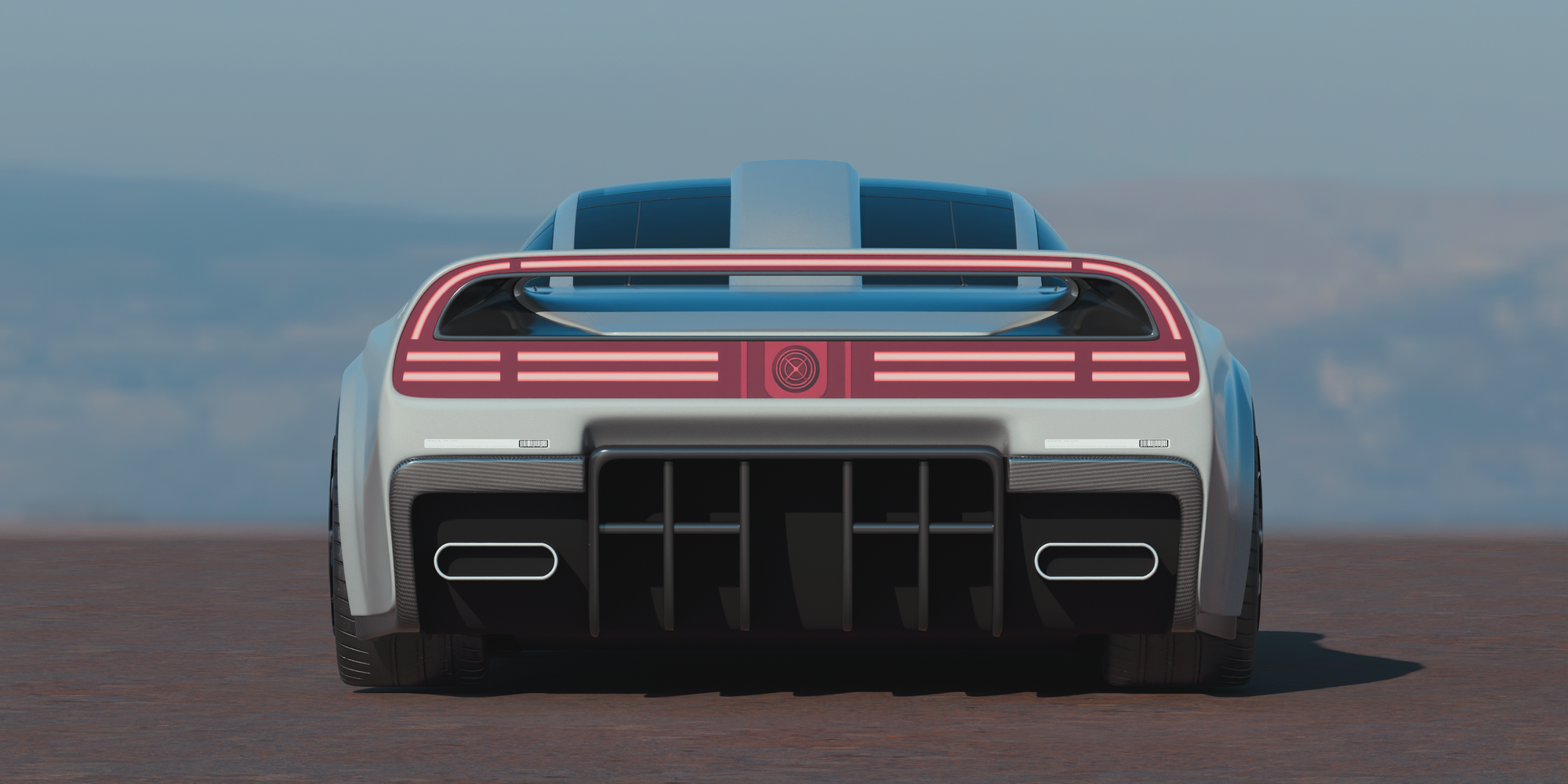
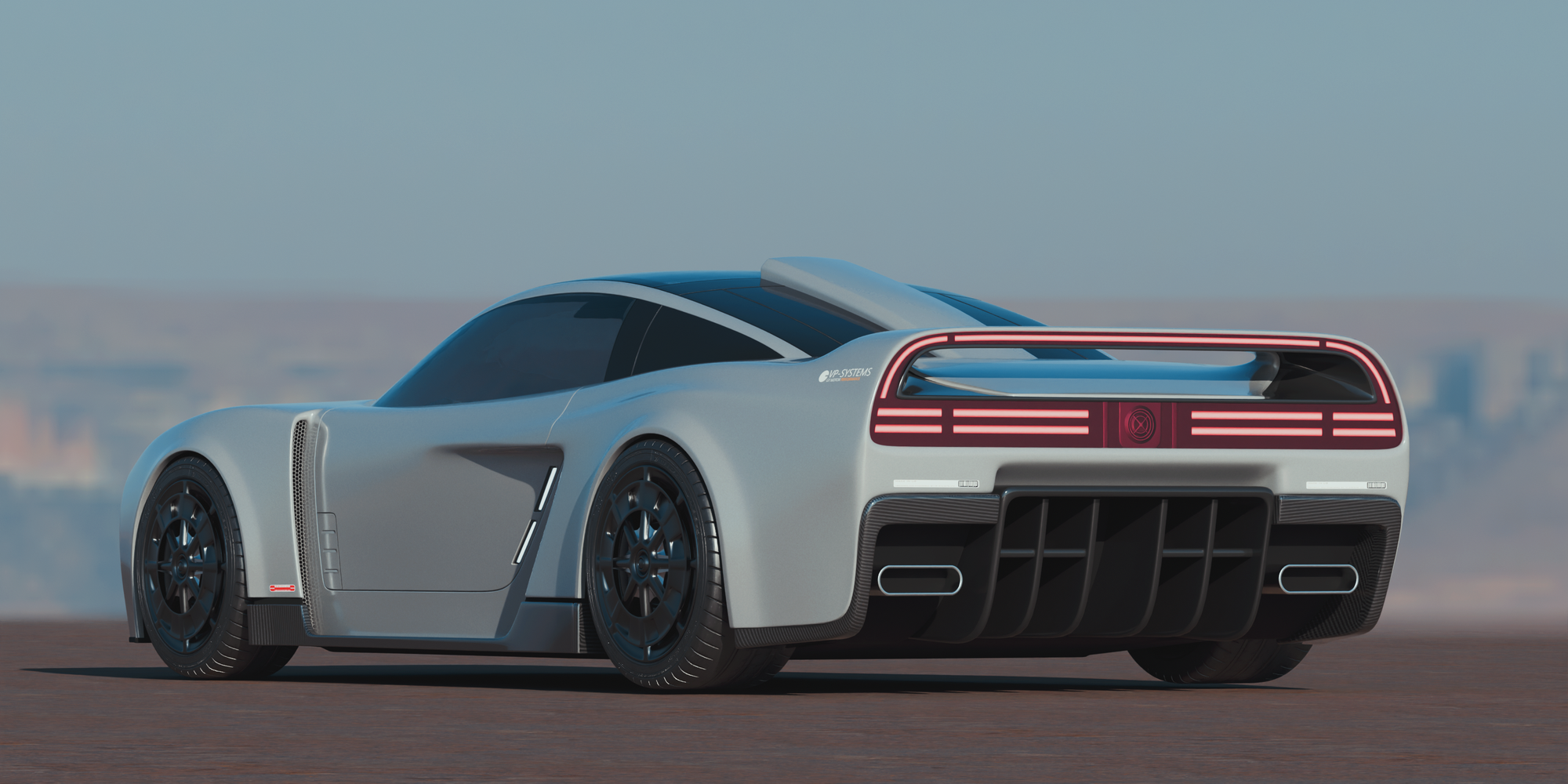
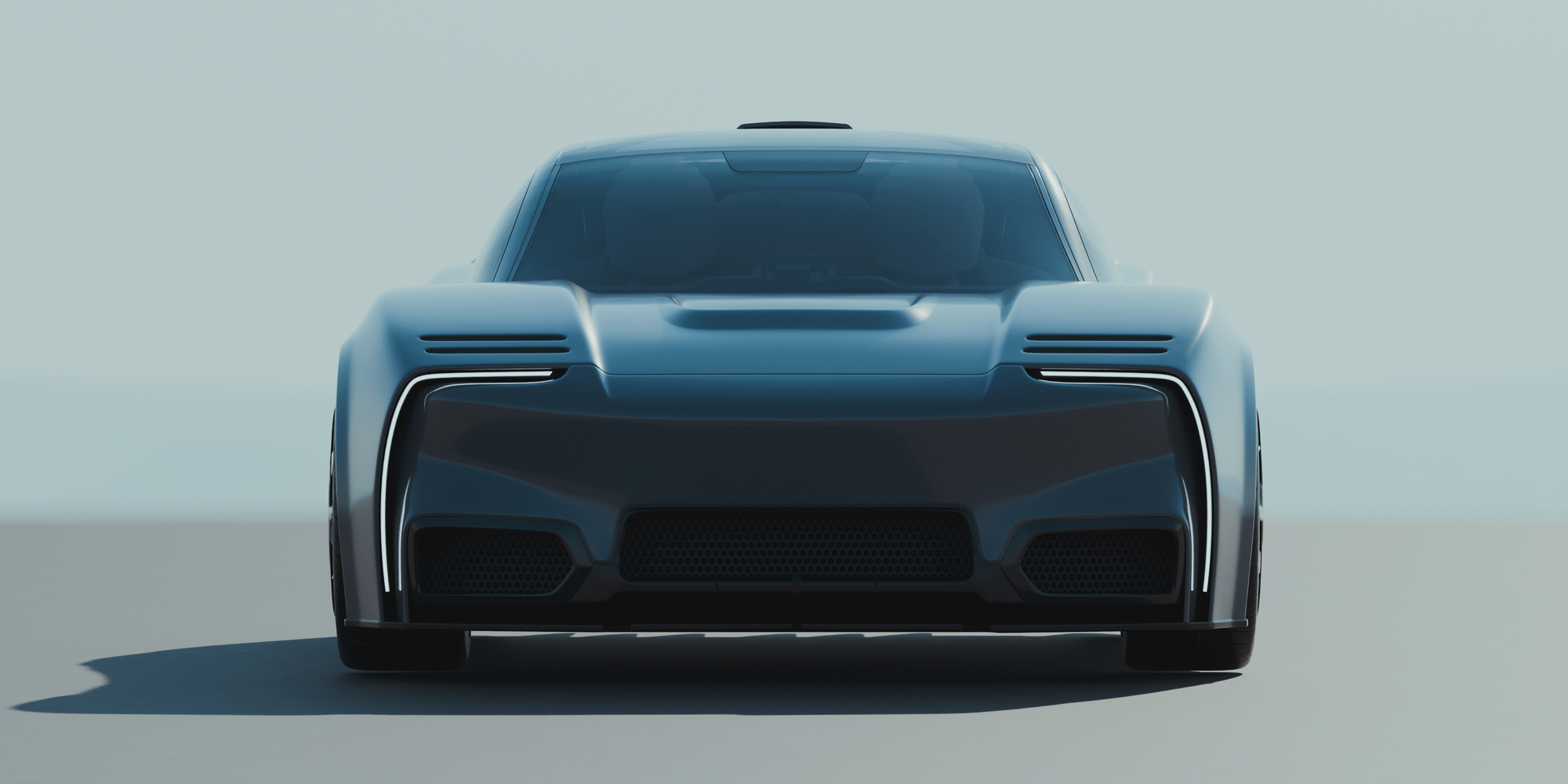
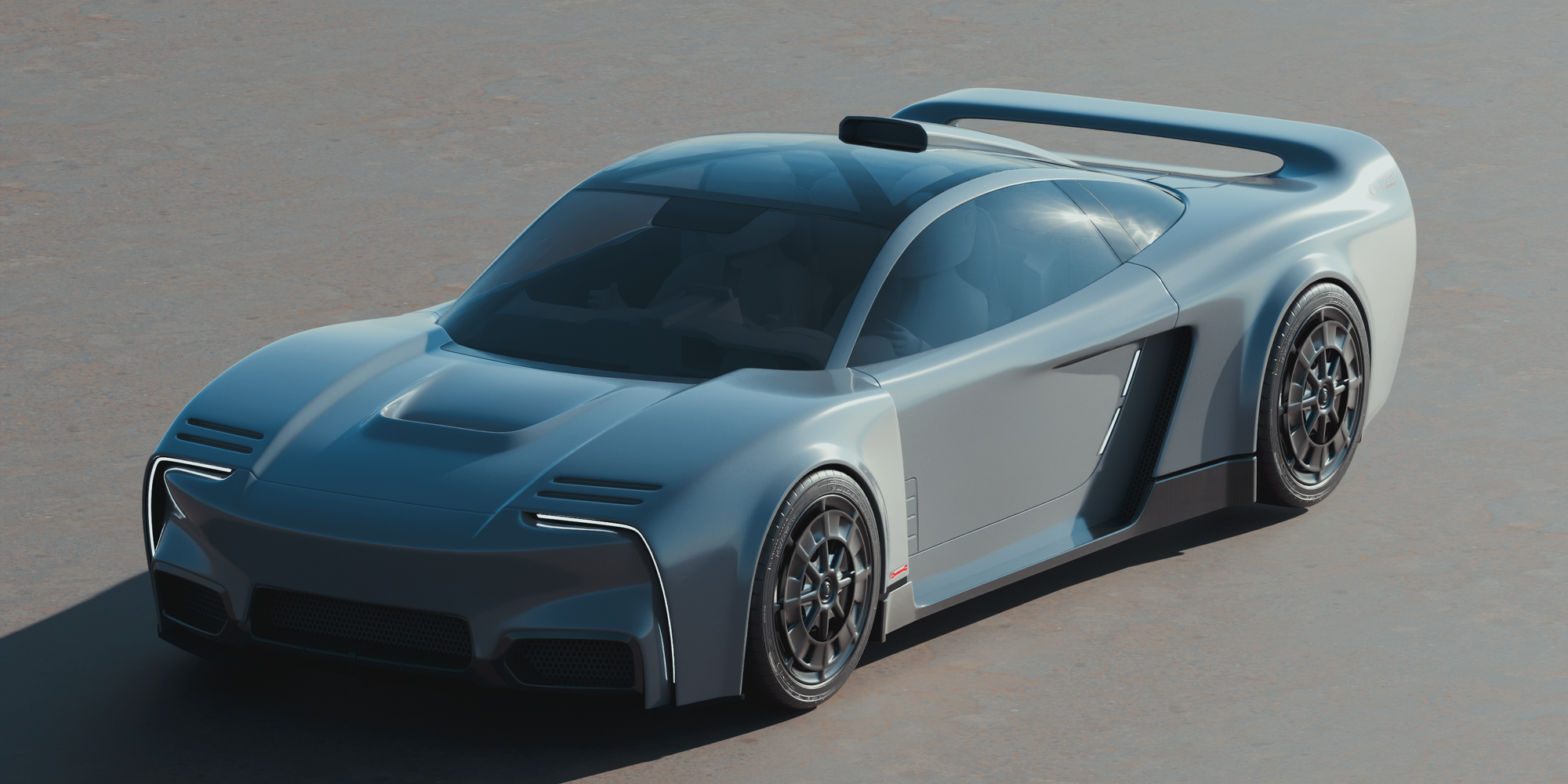
Wosler WT900W 2010
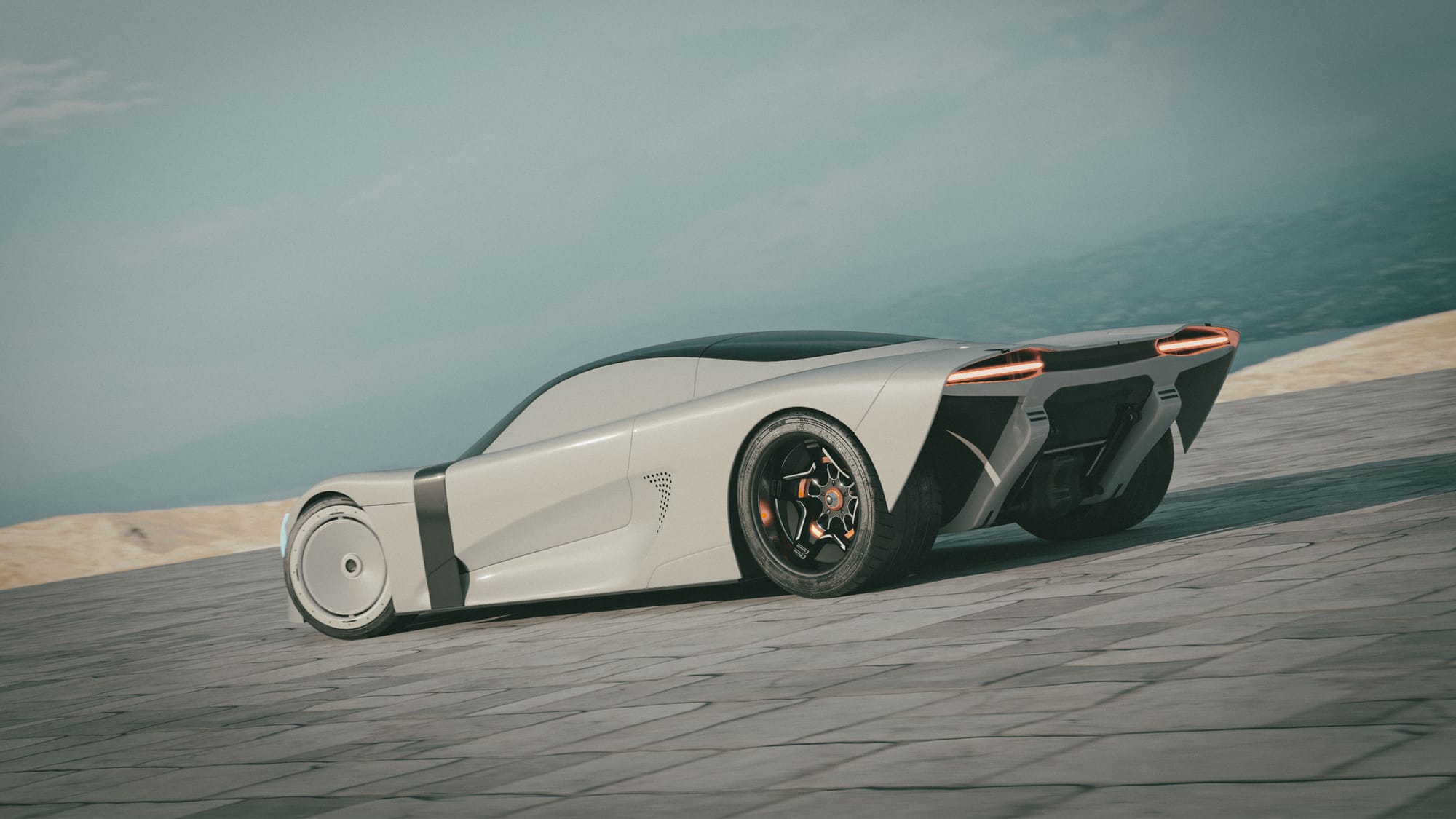
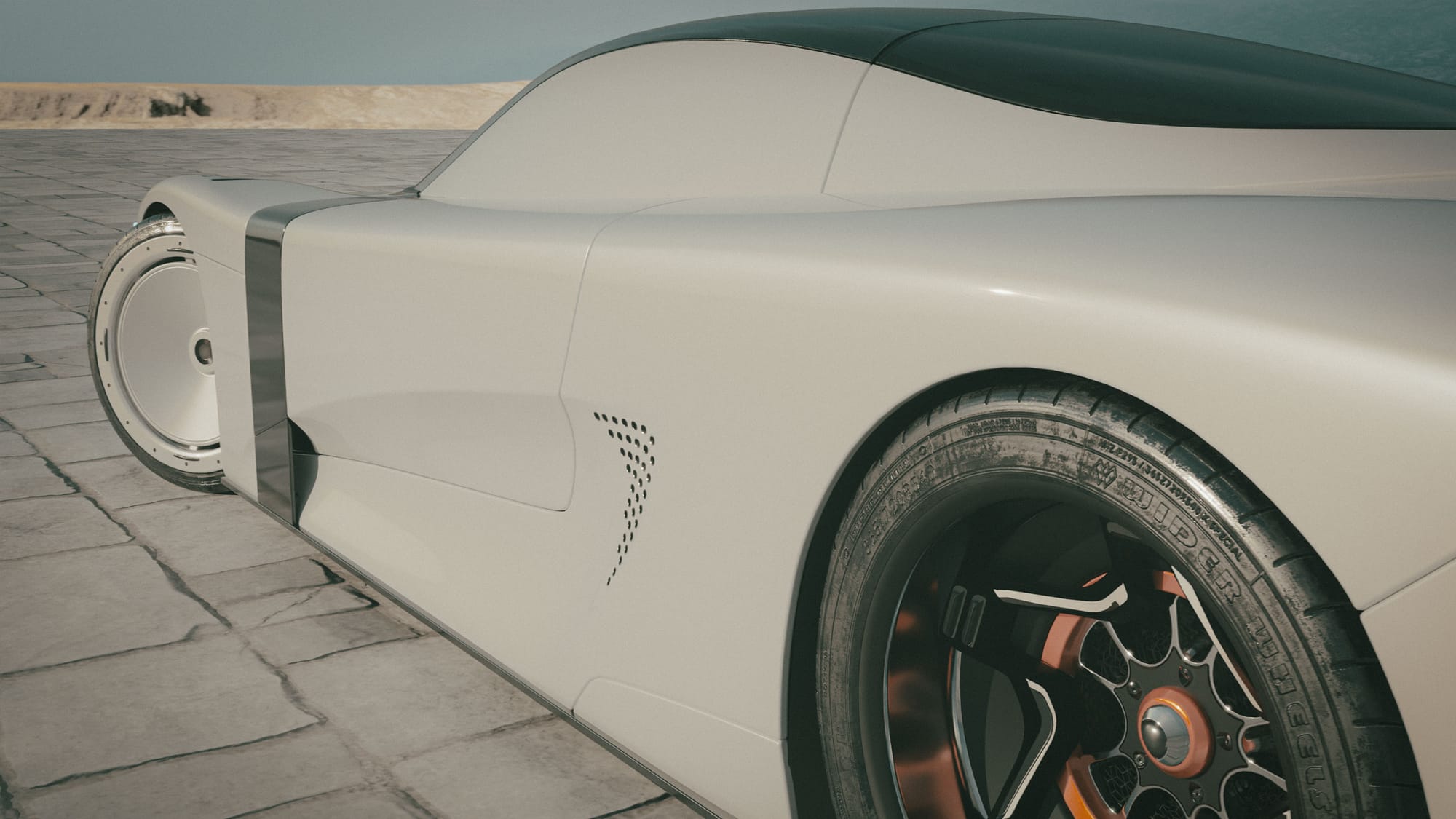
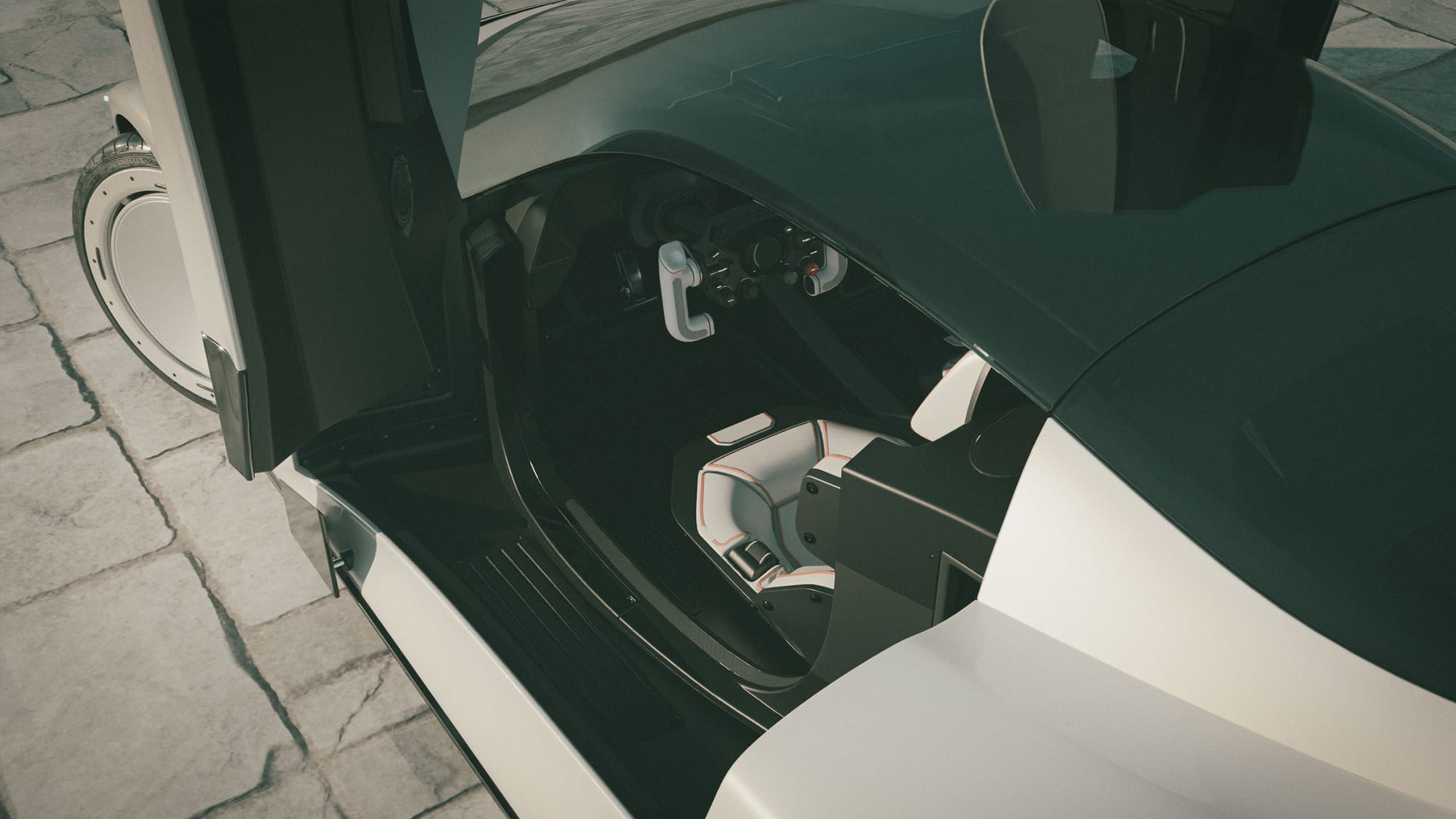
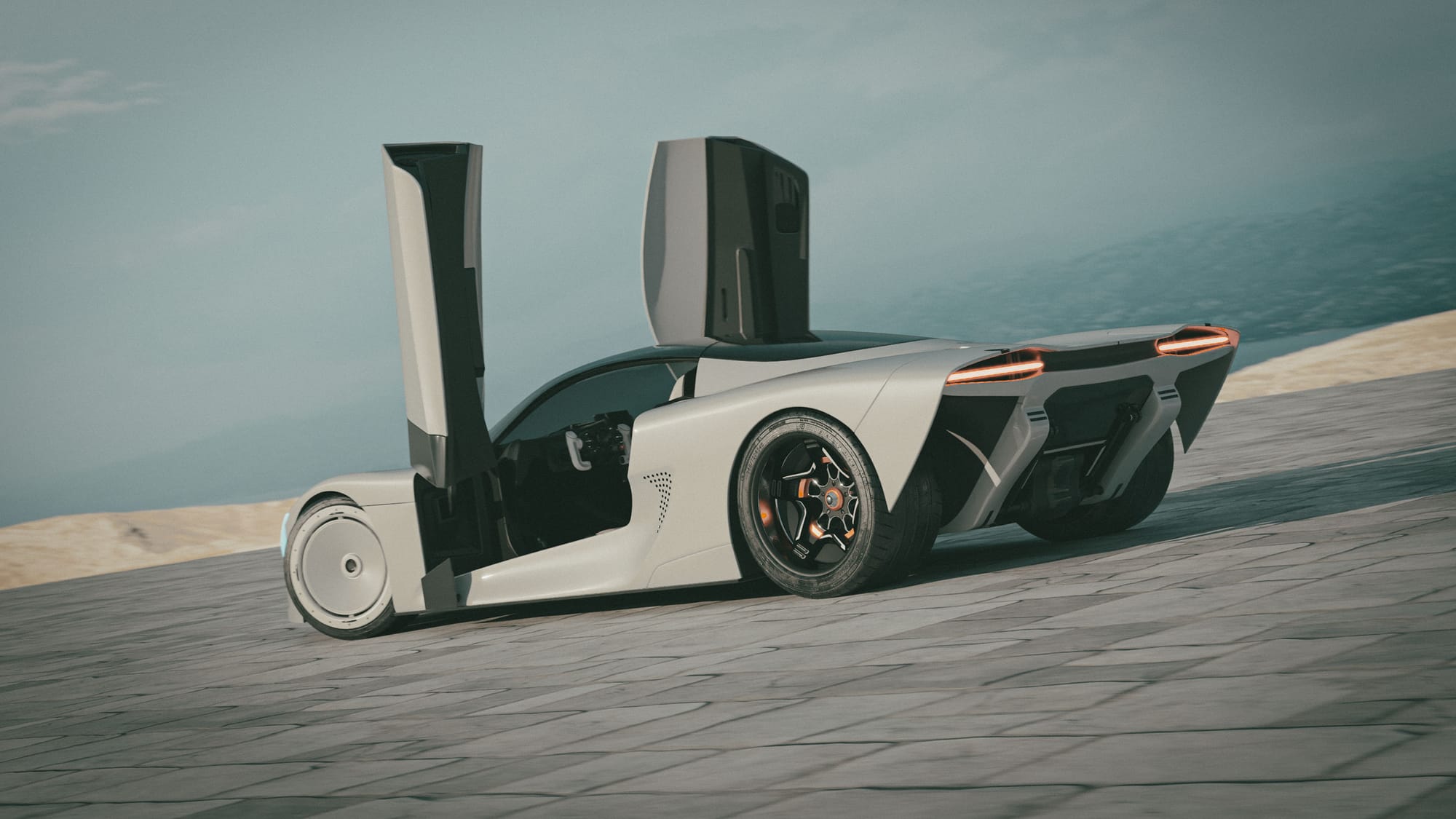
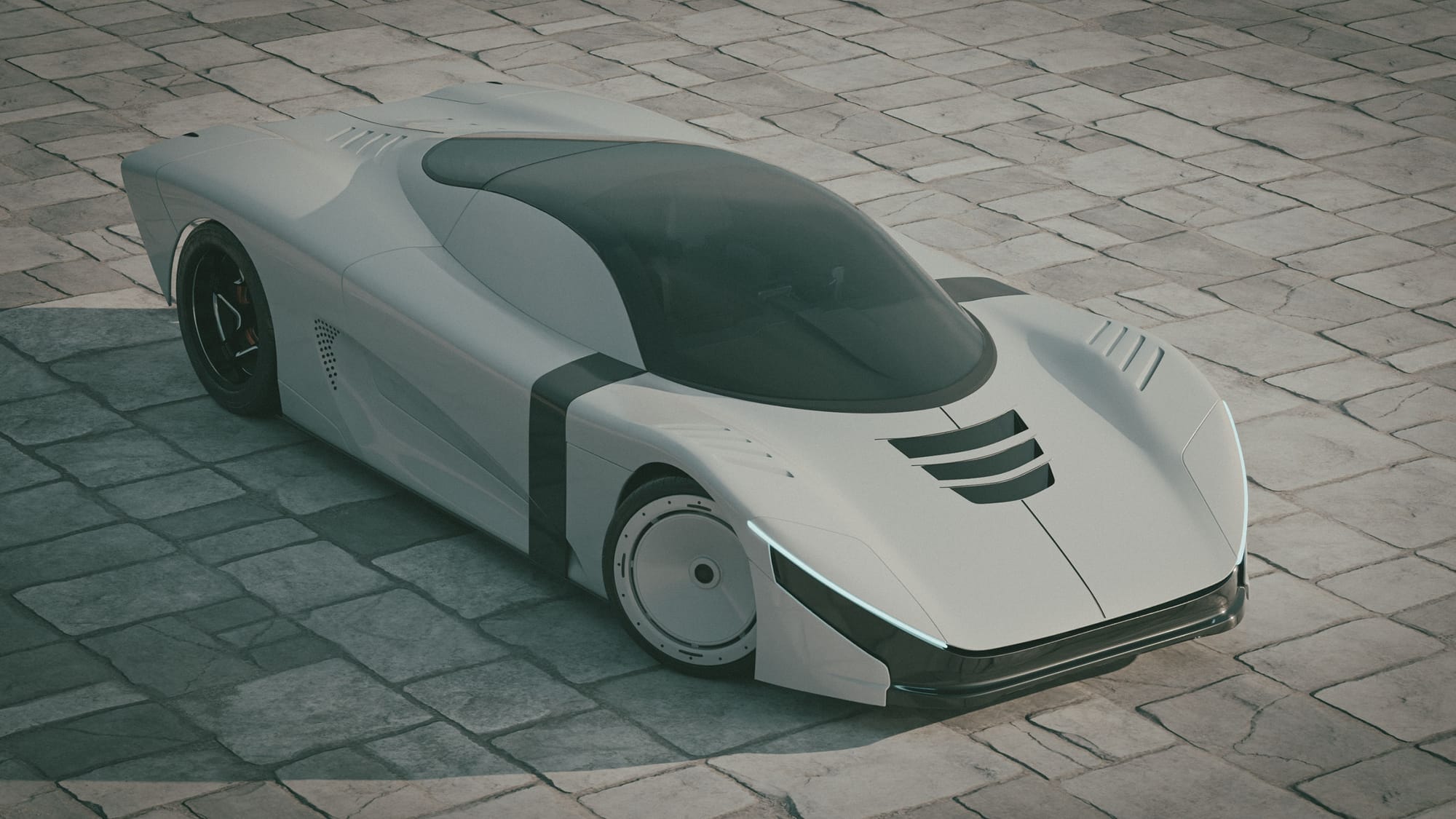
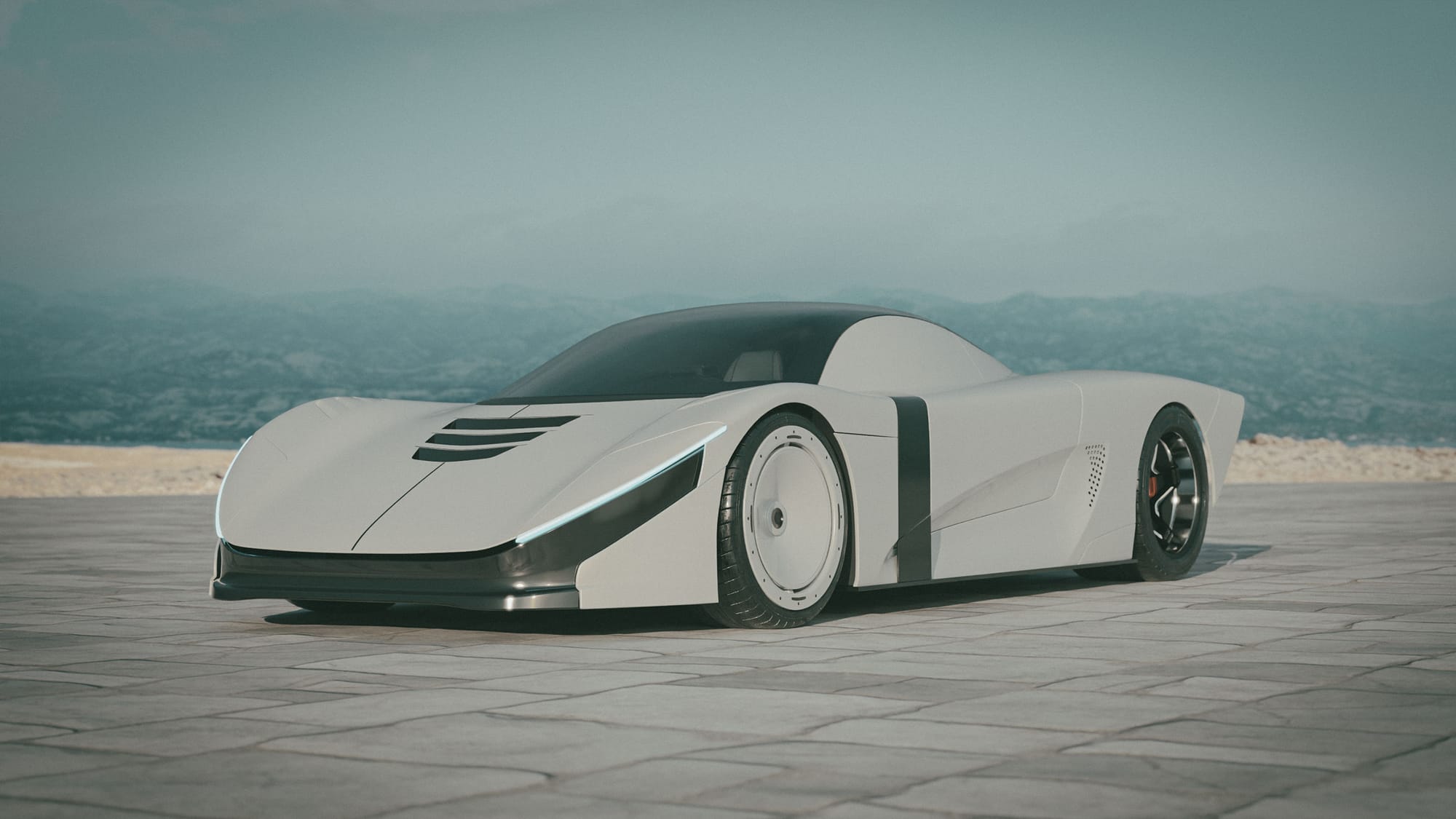
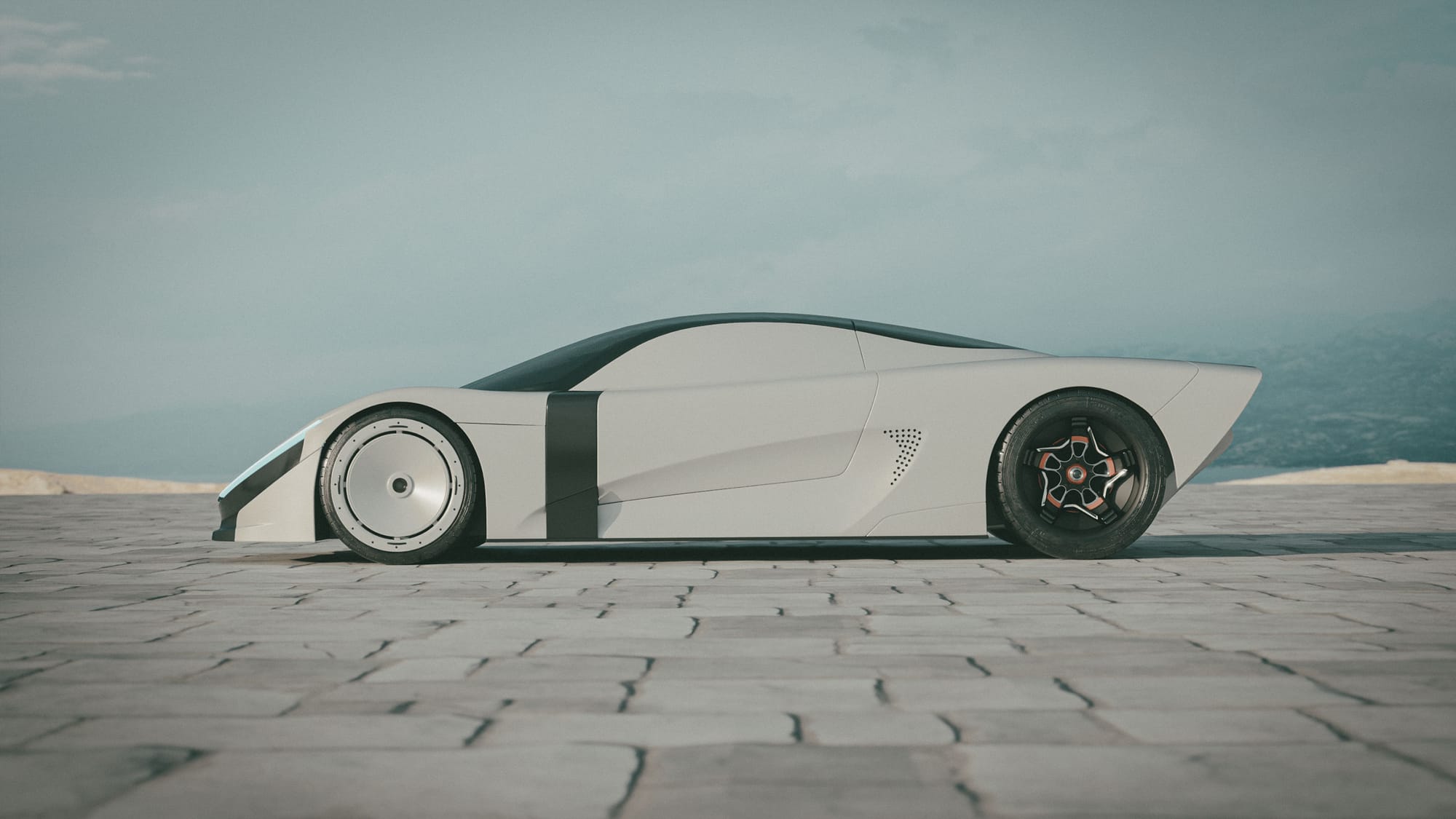
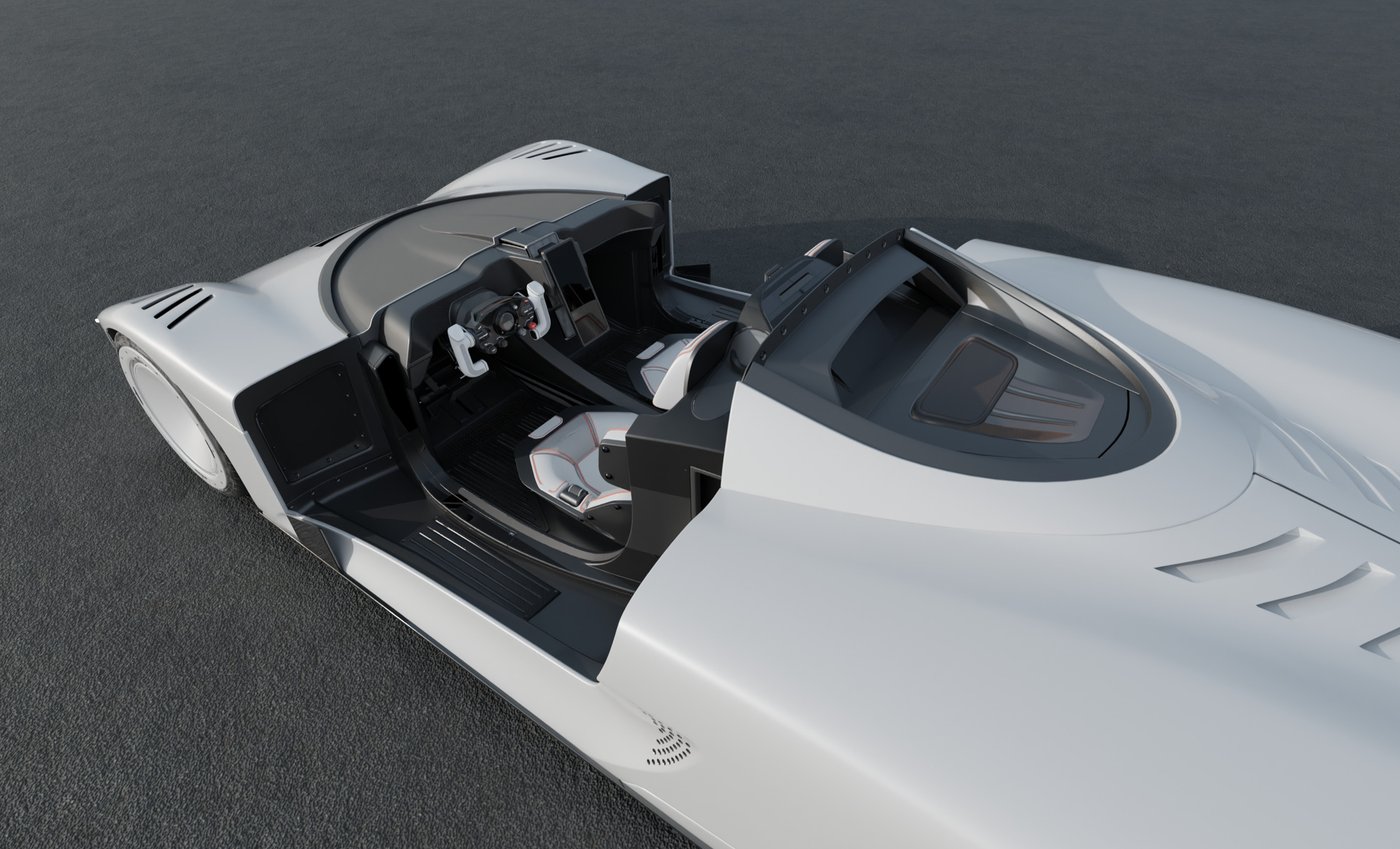
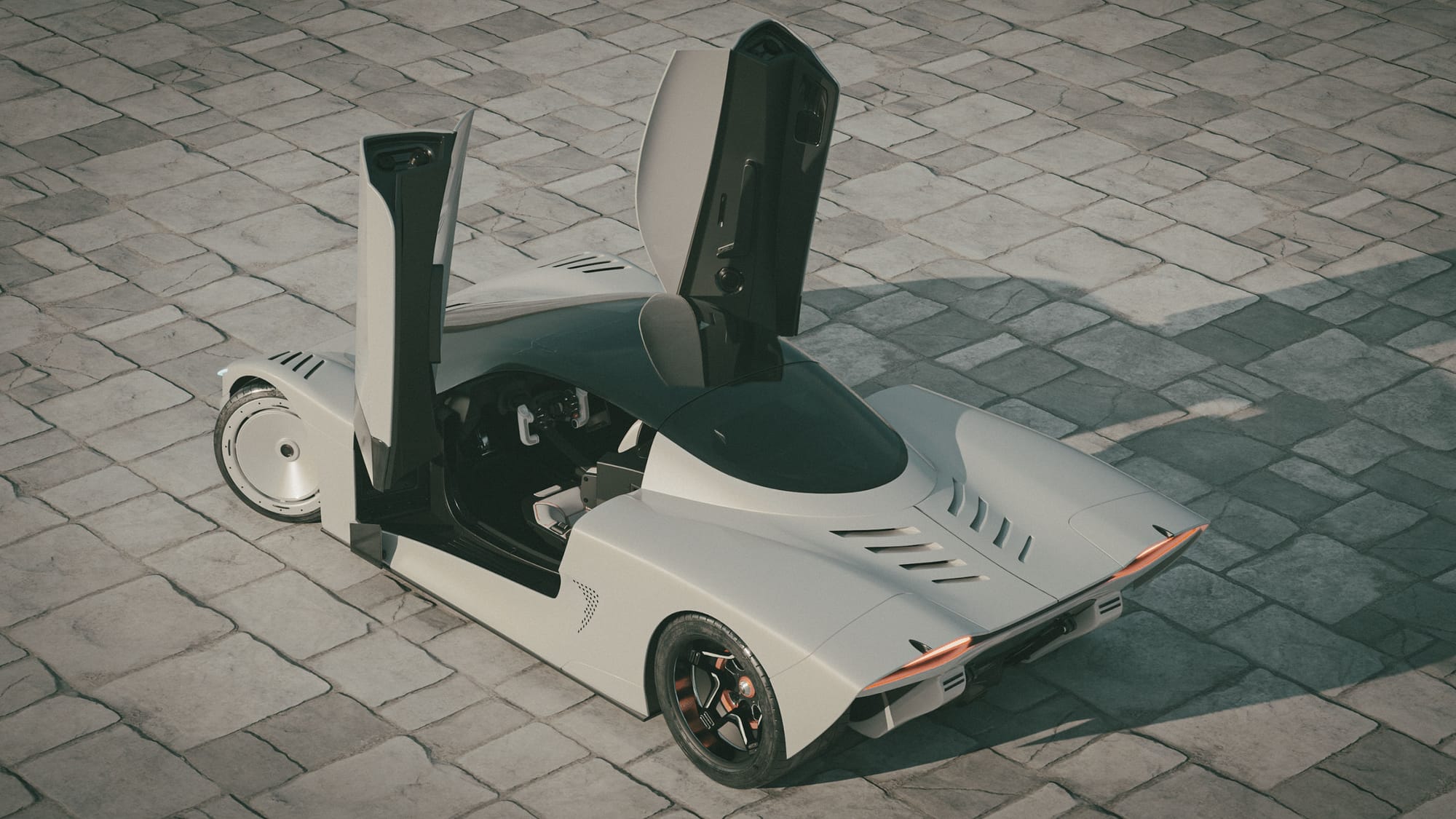
Wotus Wvora 2009
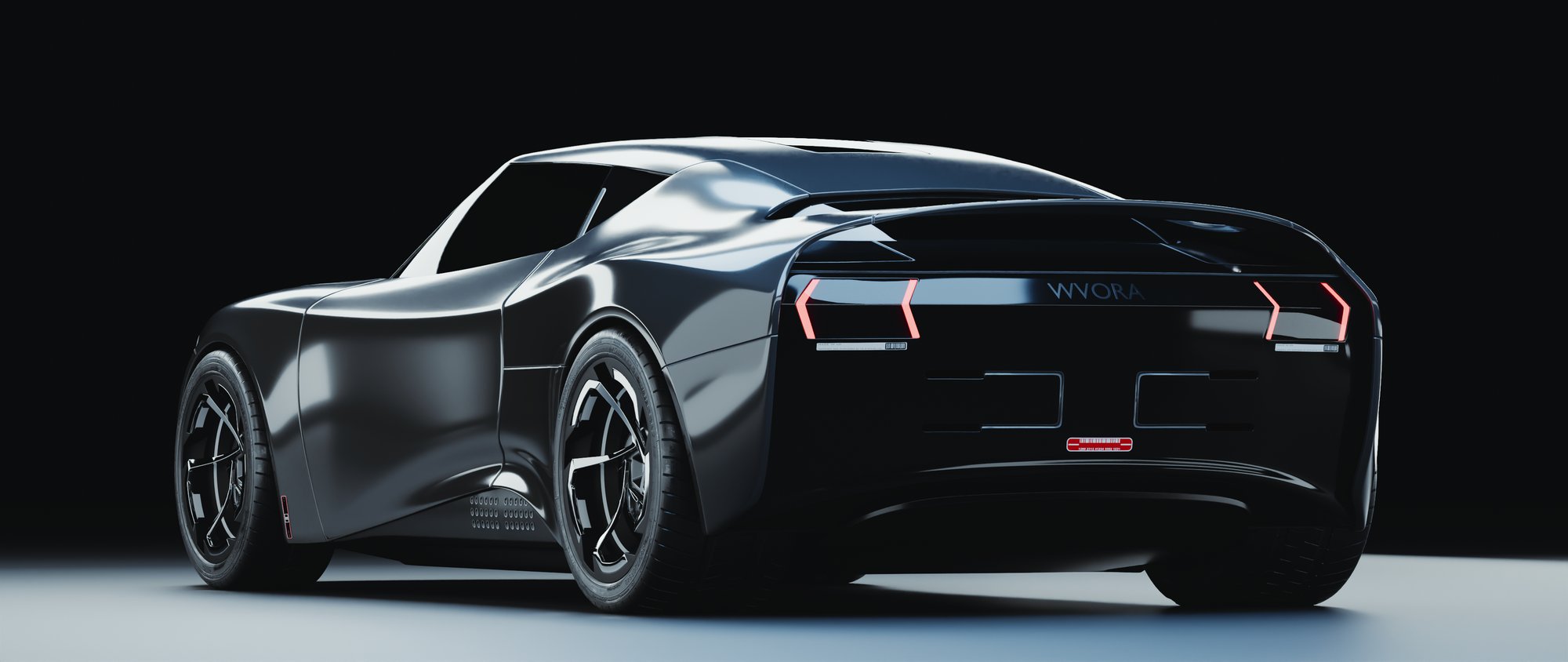
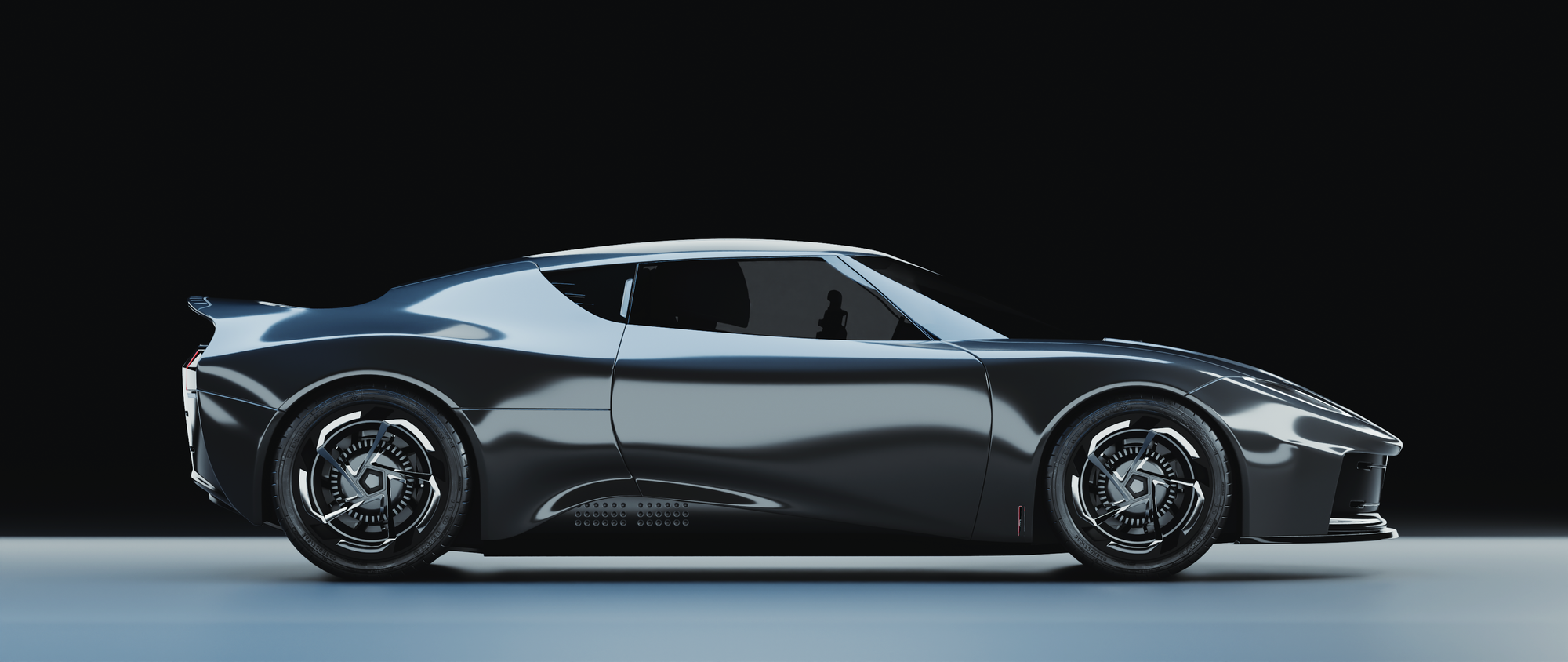
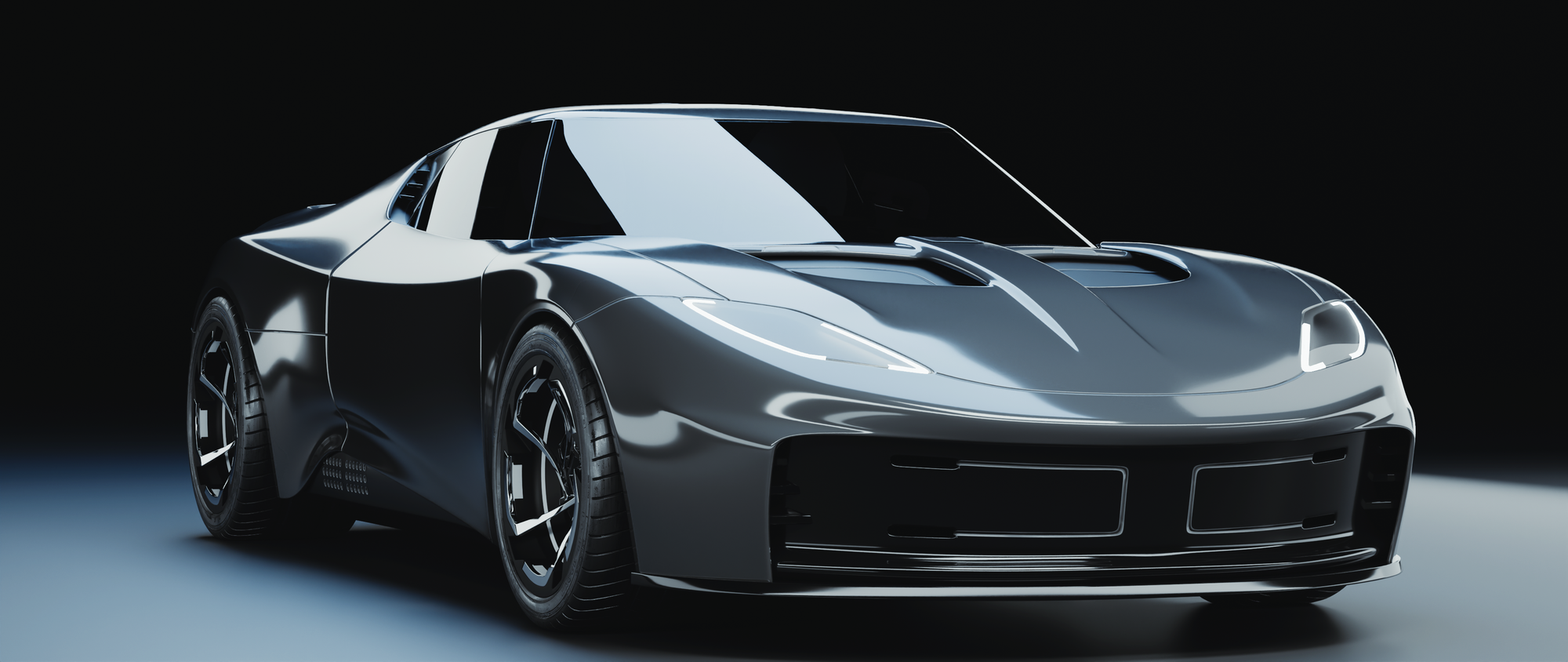
Wpyker W8 Waviolette WM85 2010
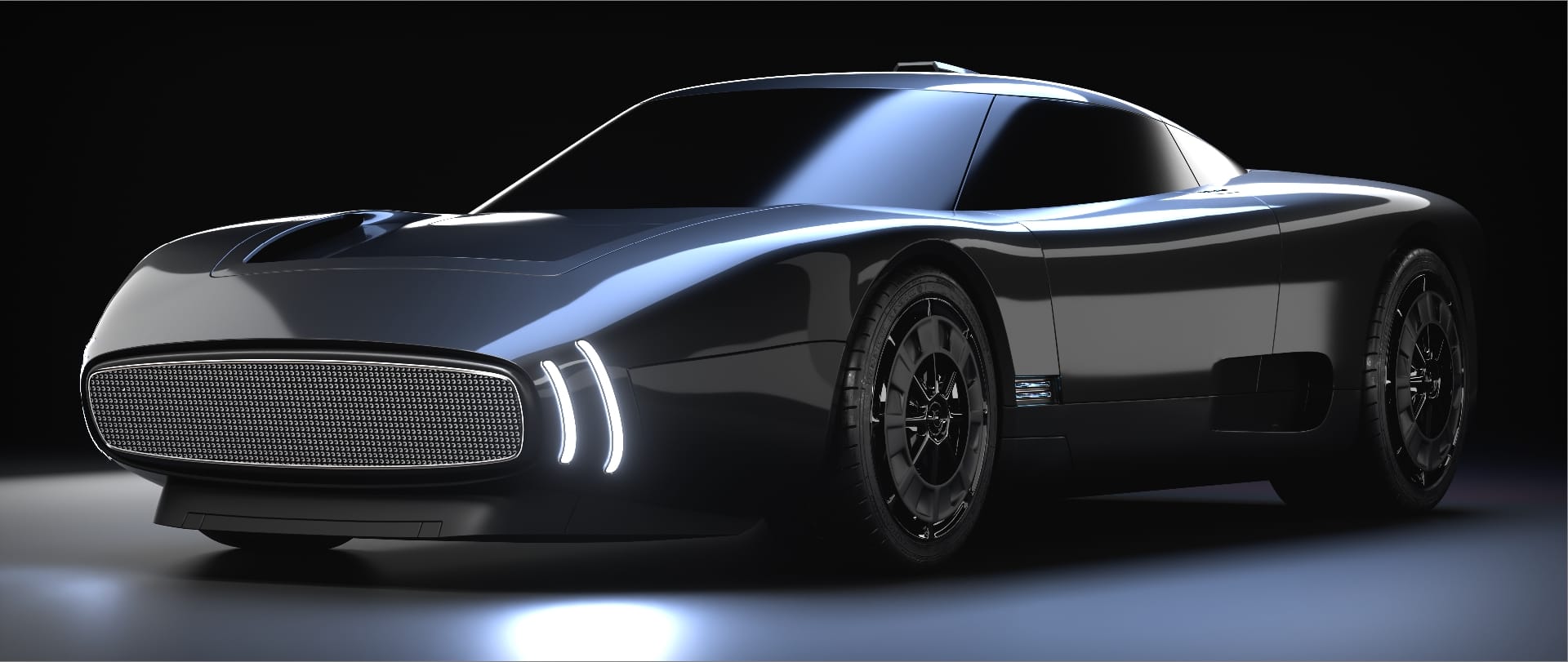
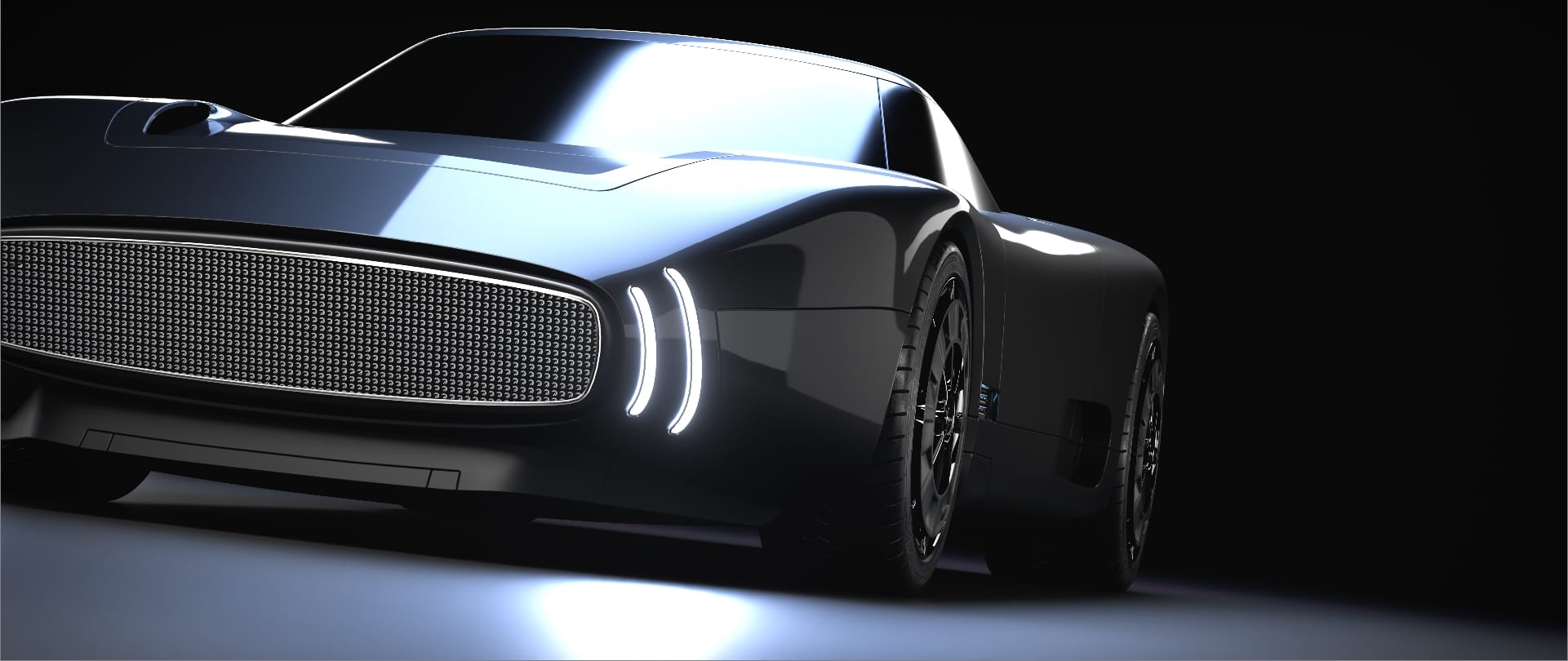
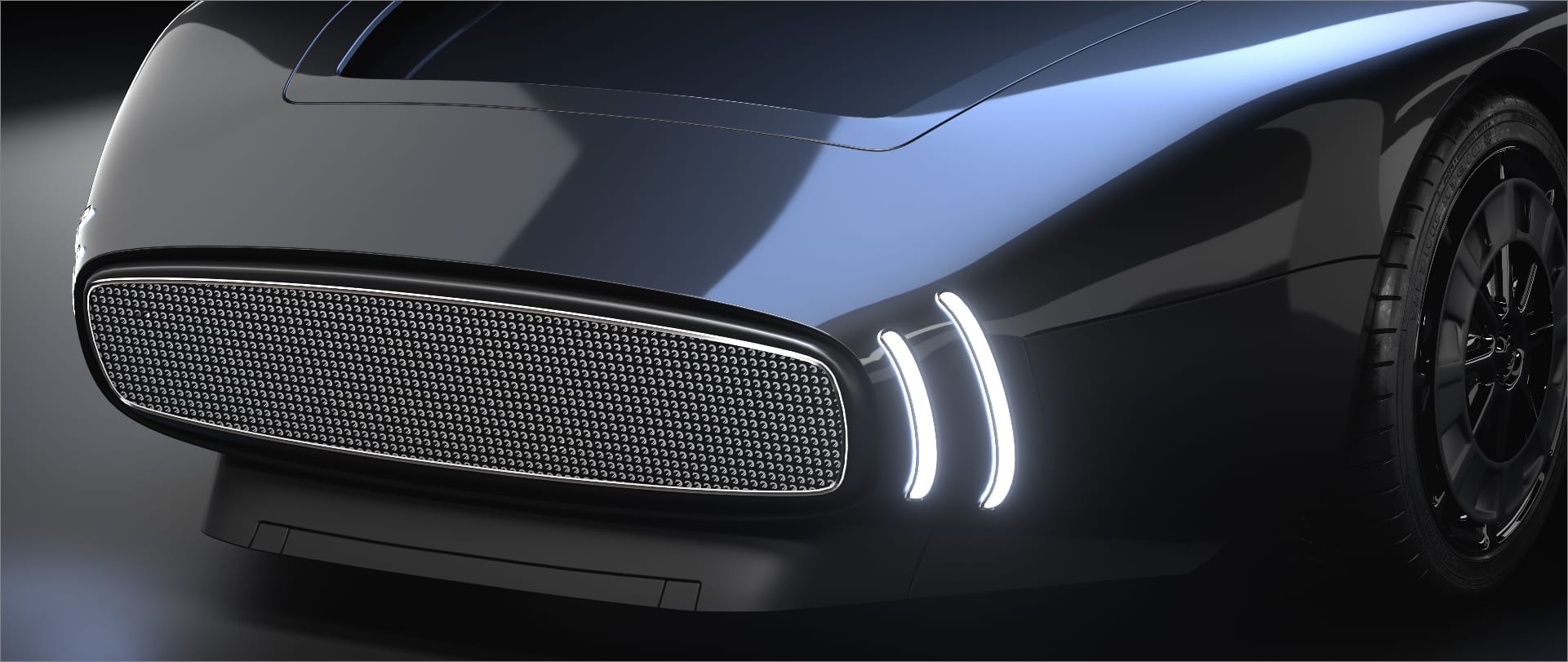
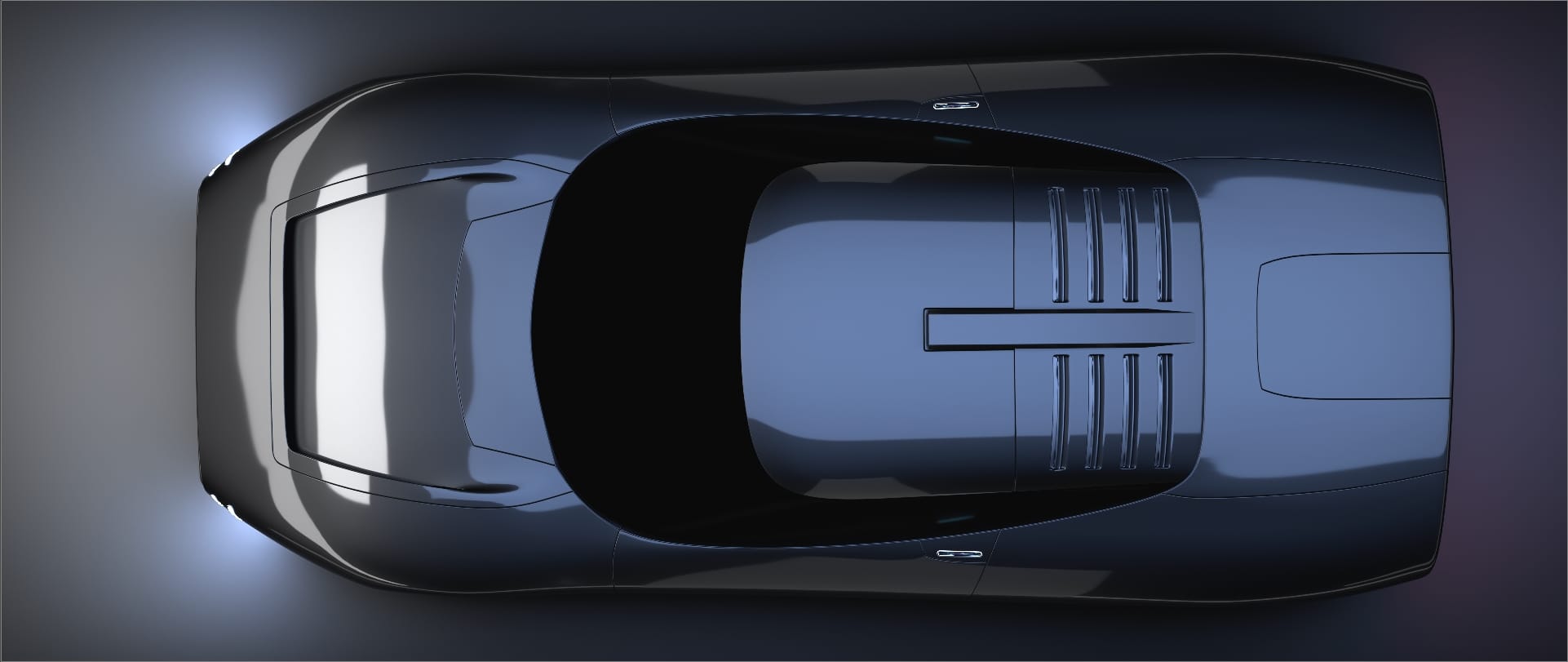
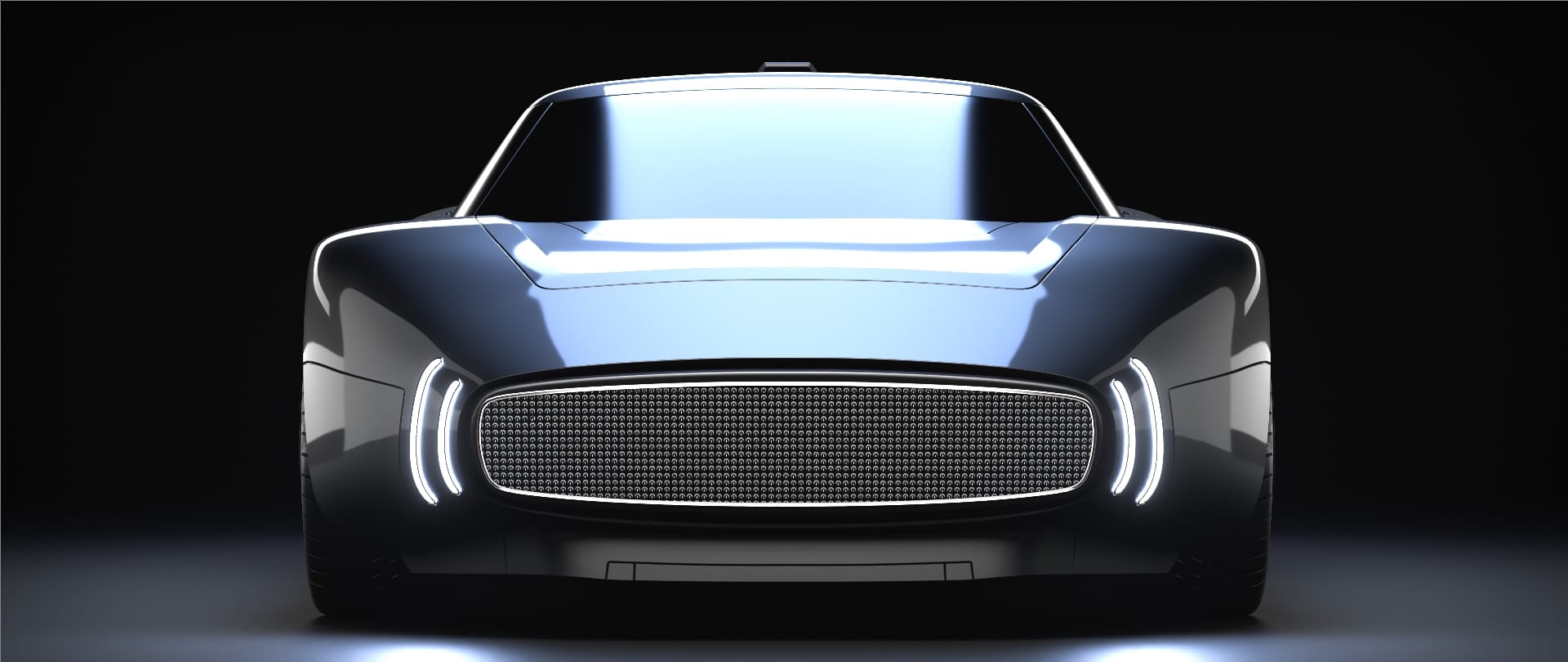
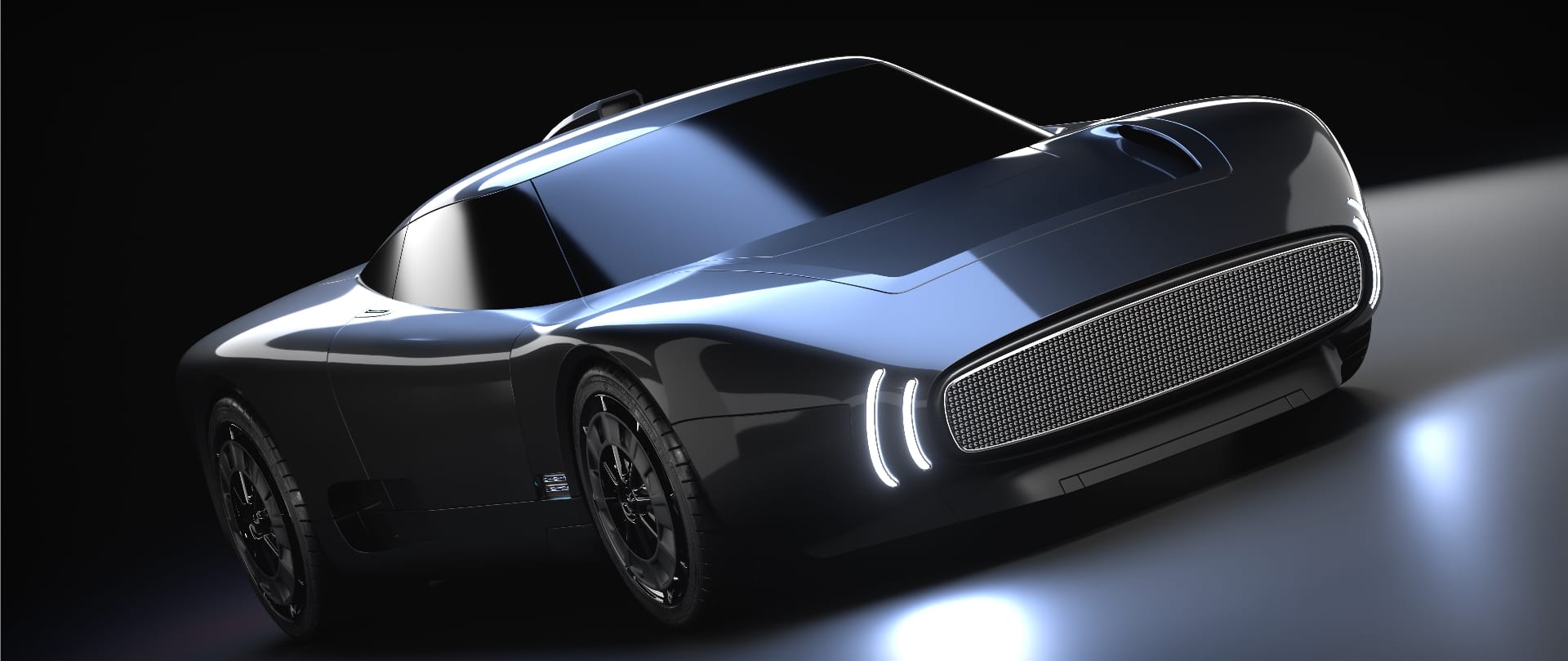
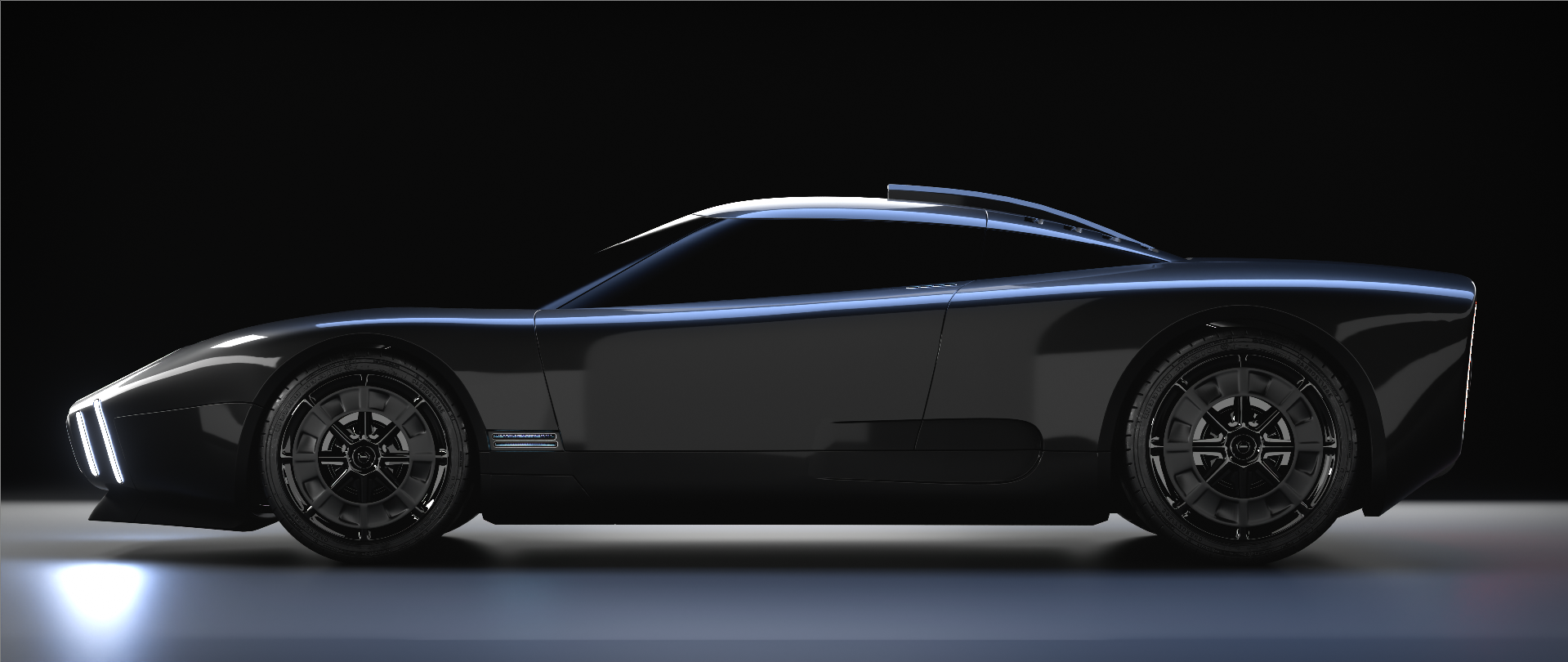
Wultima WTR 2012
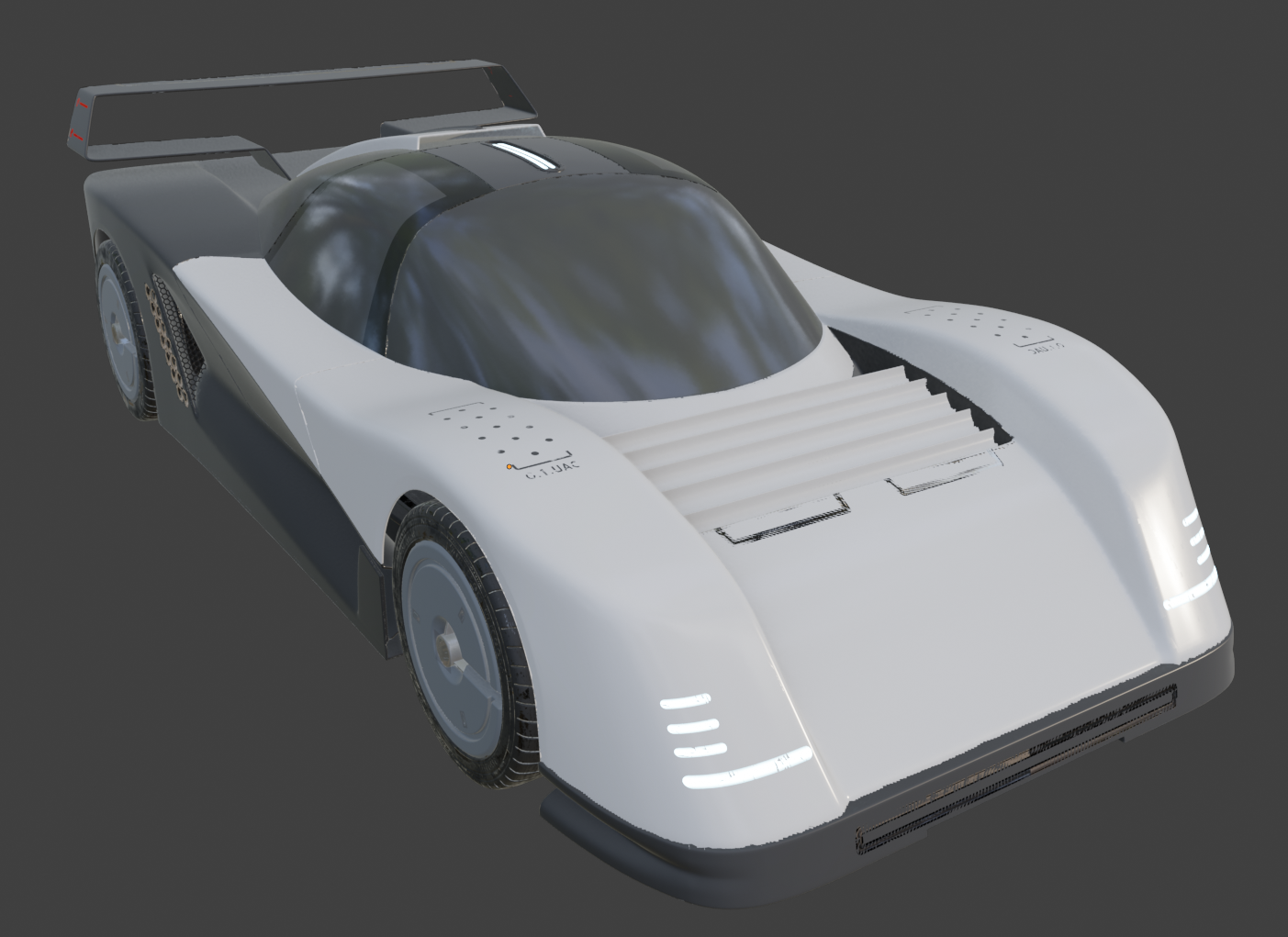
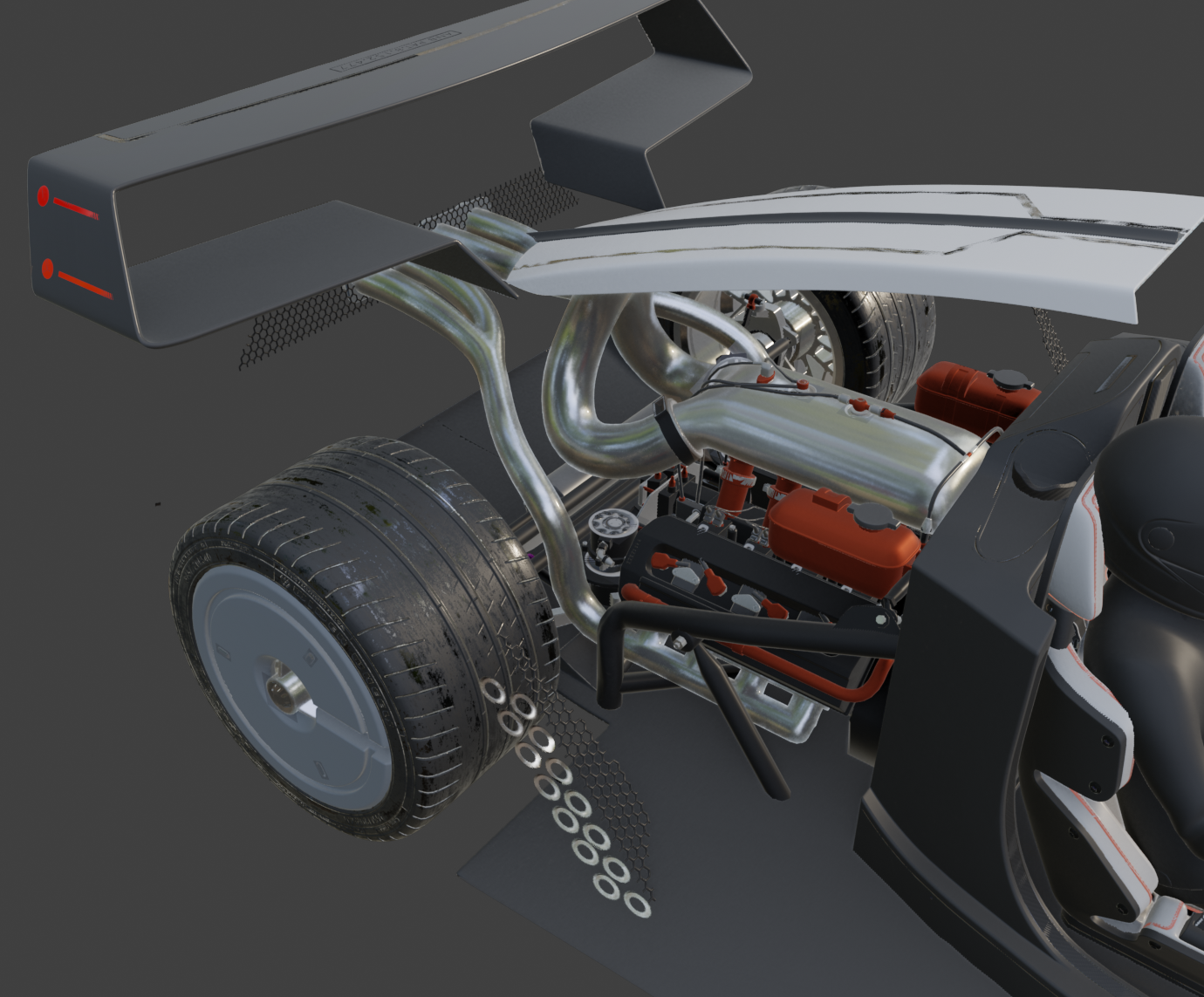
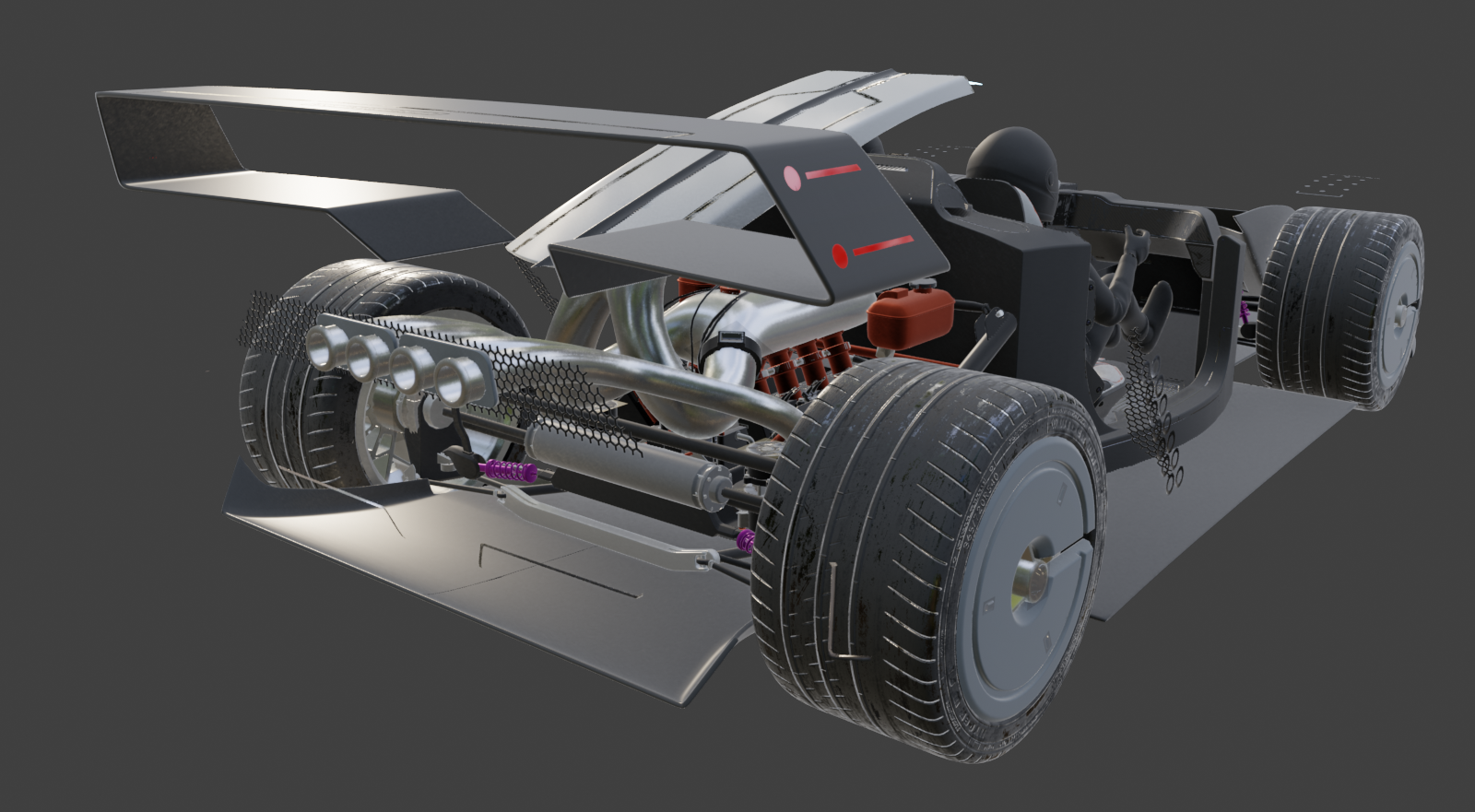
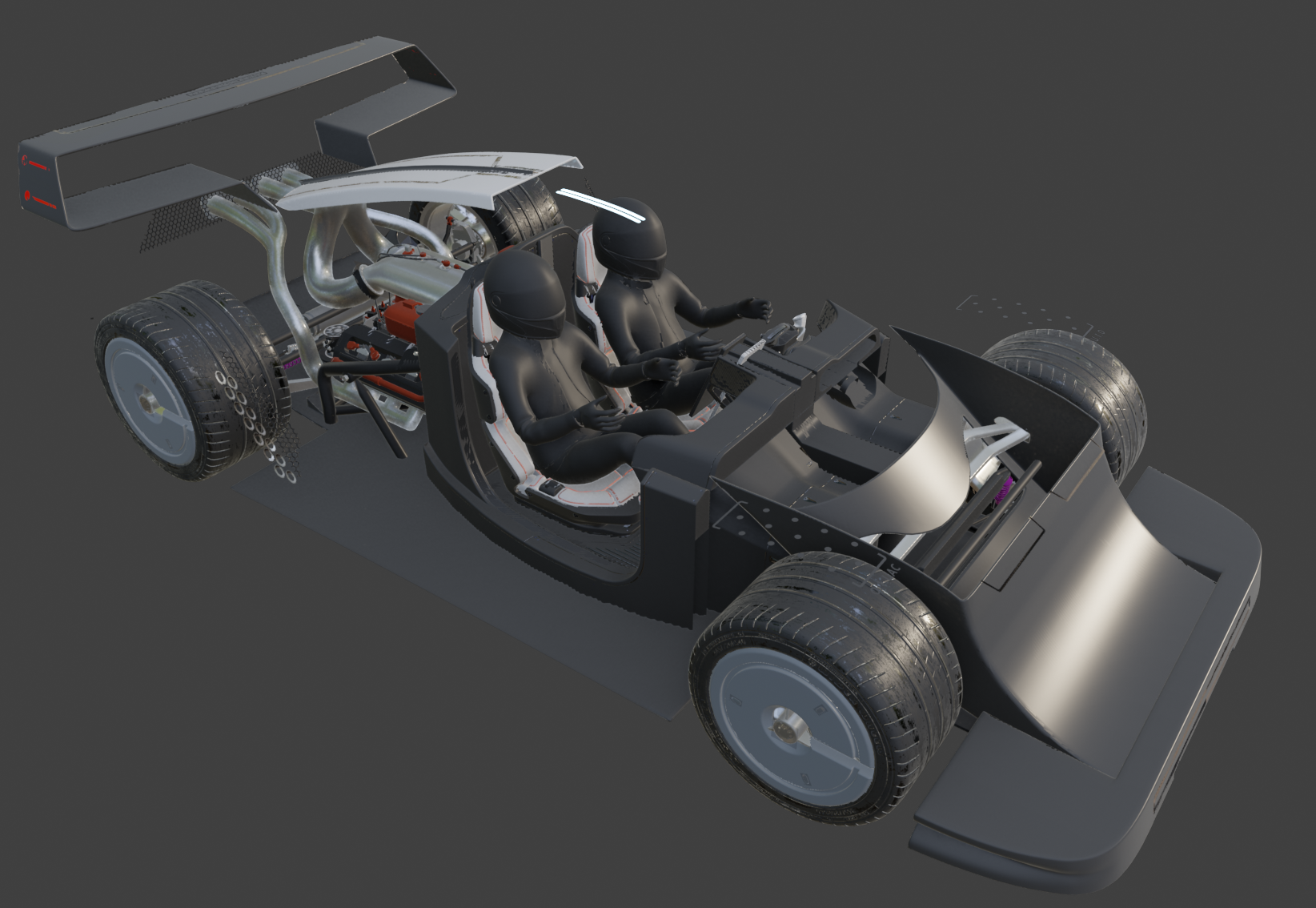
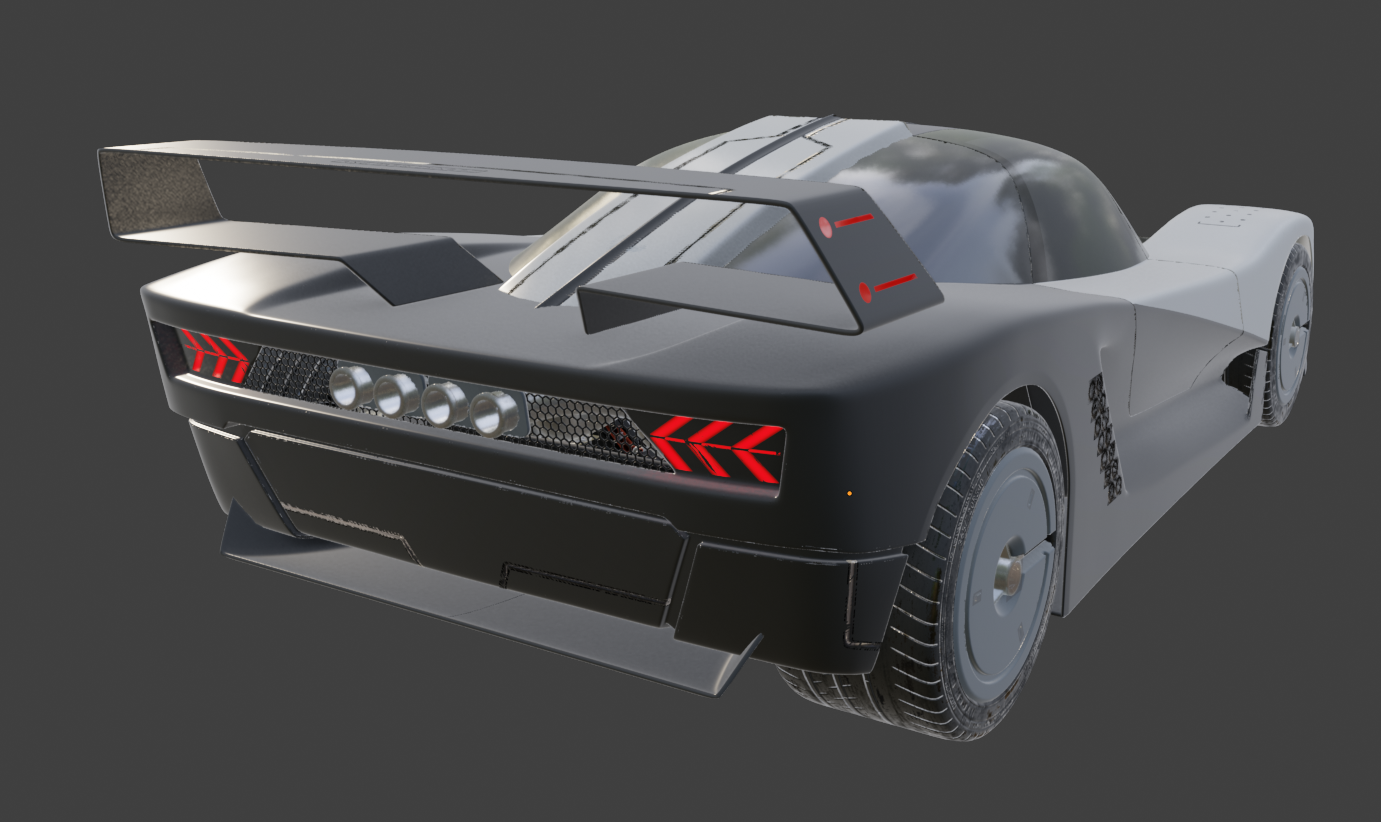
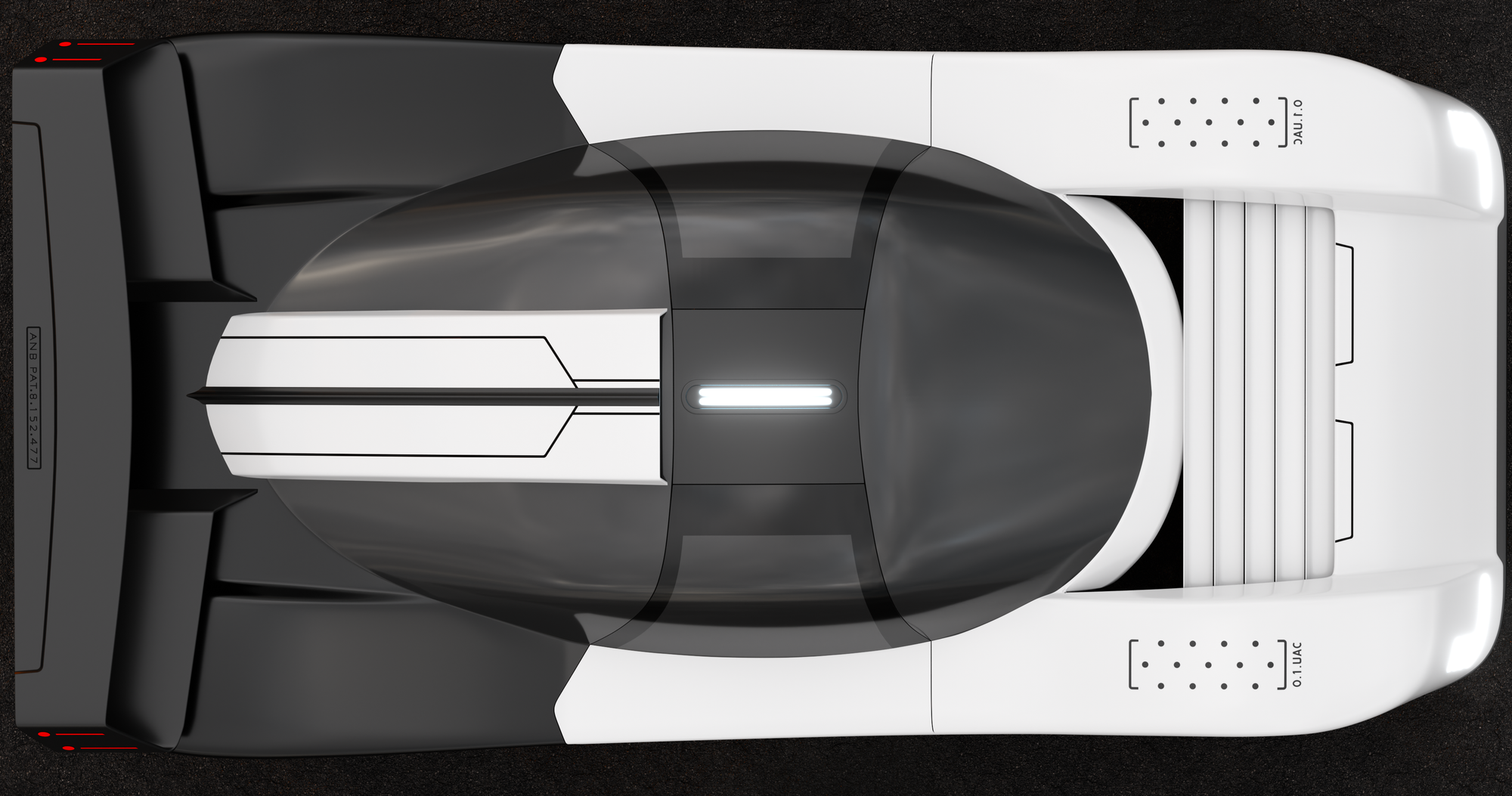
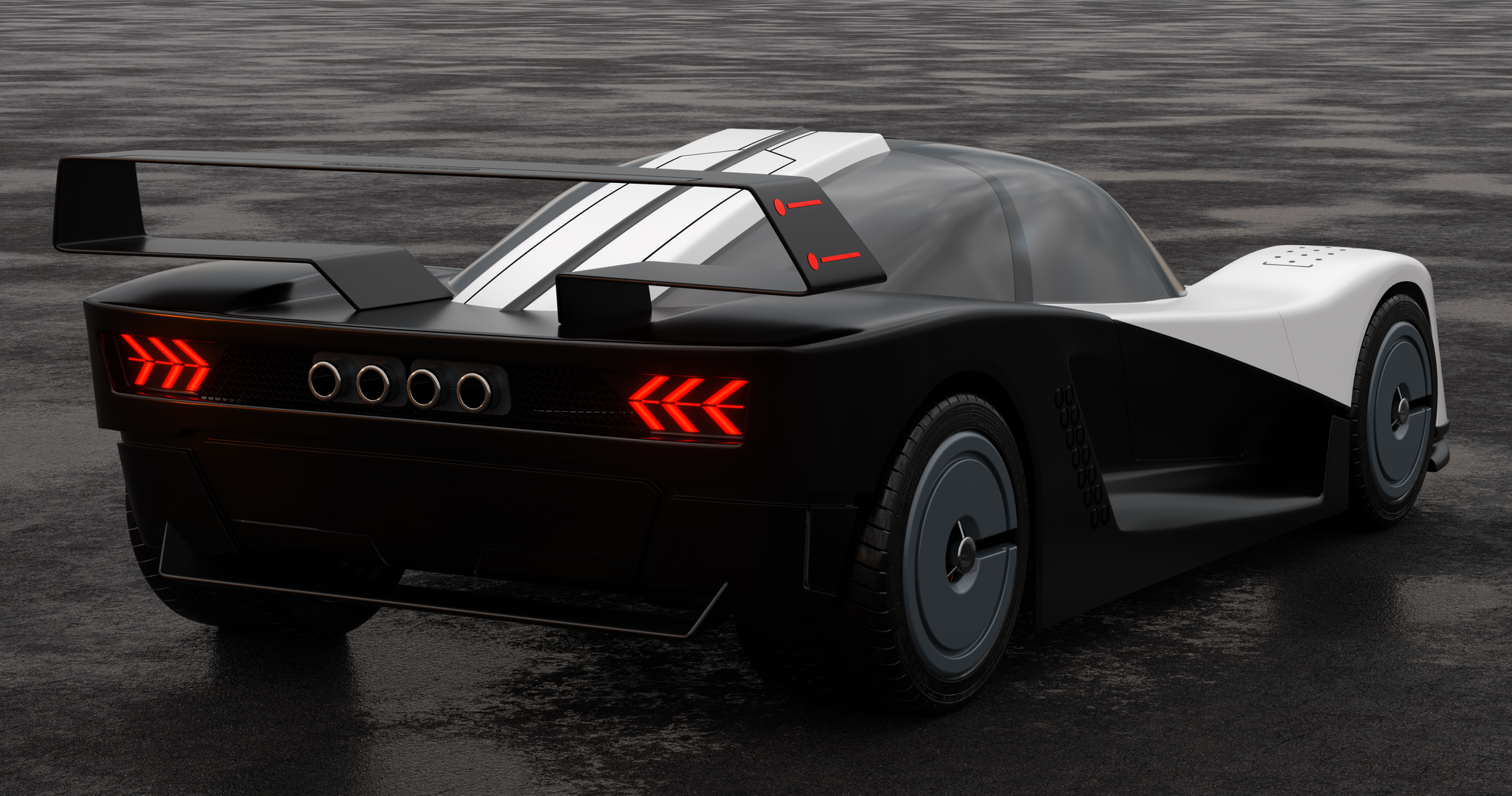
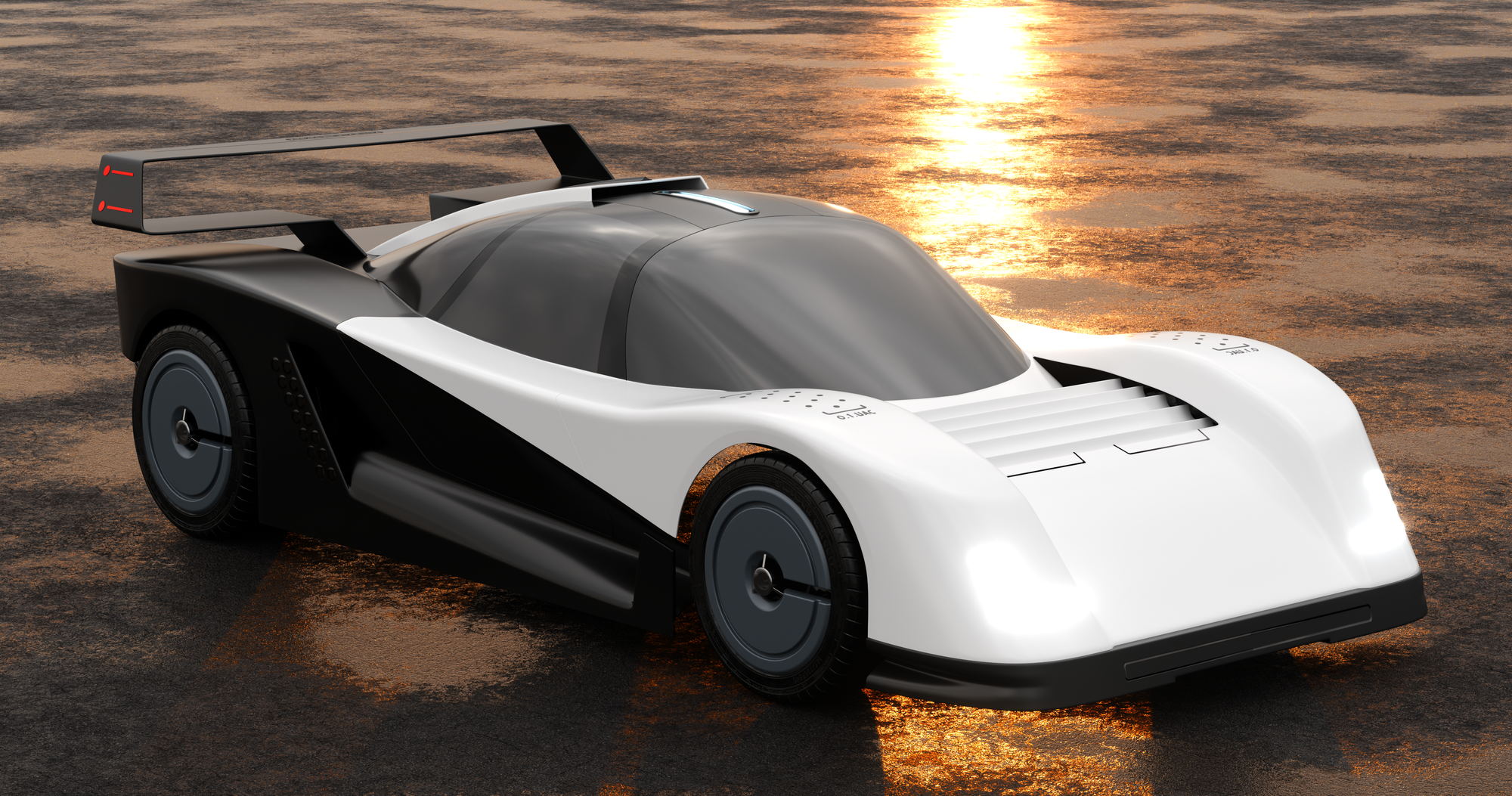
Wumpert Waldo W 2010
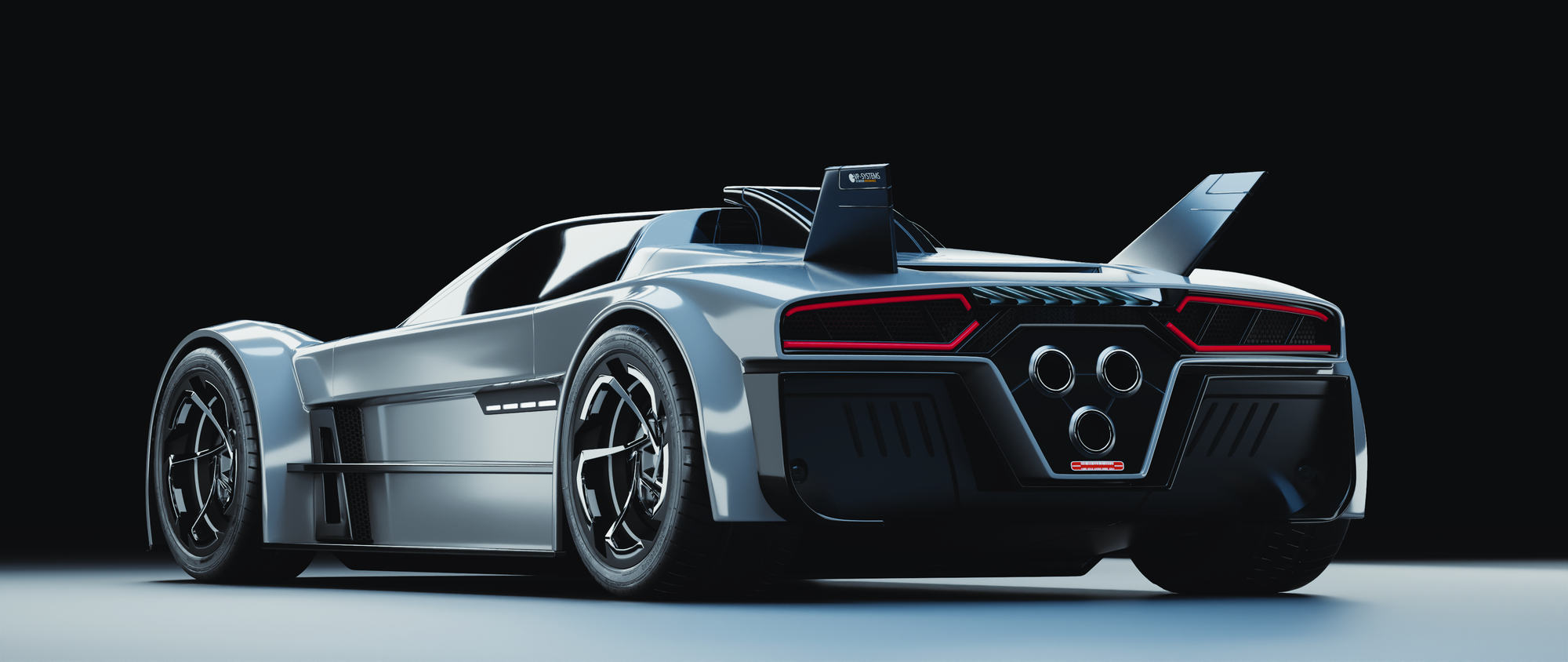
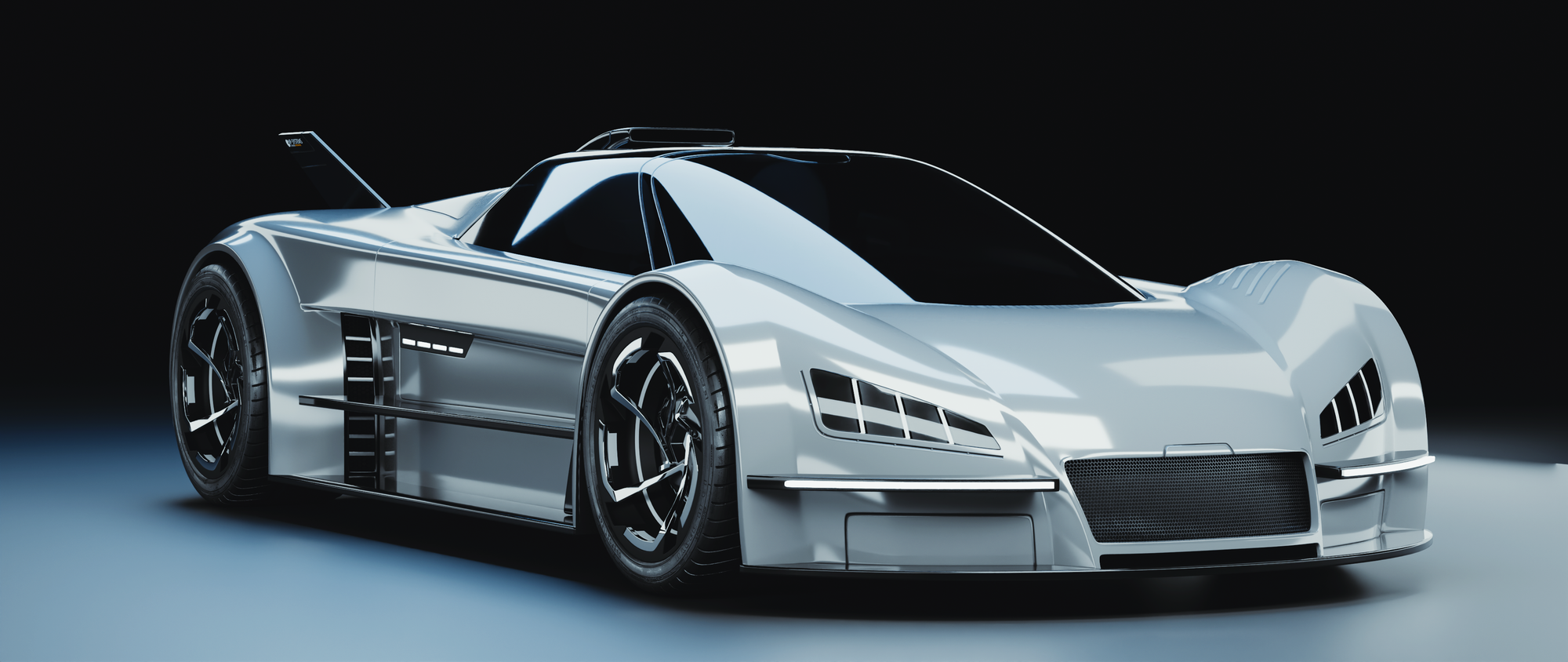
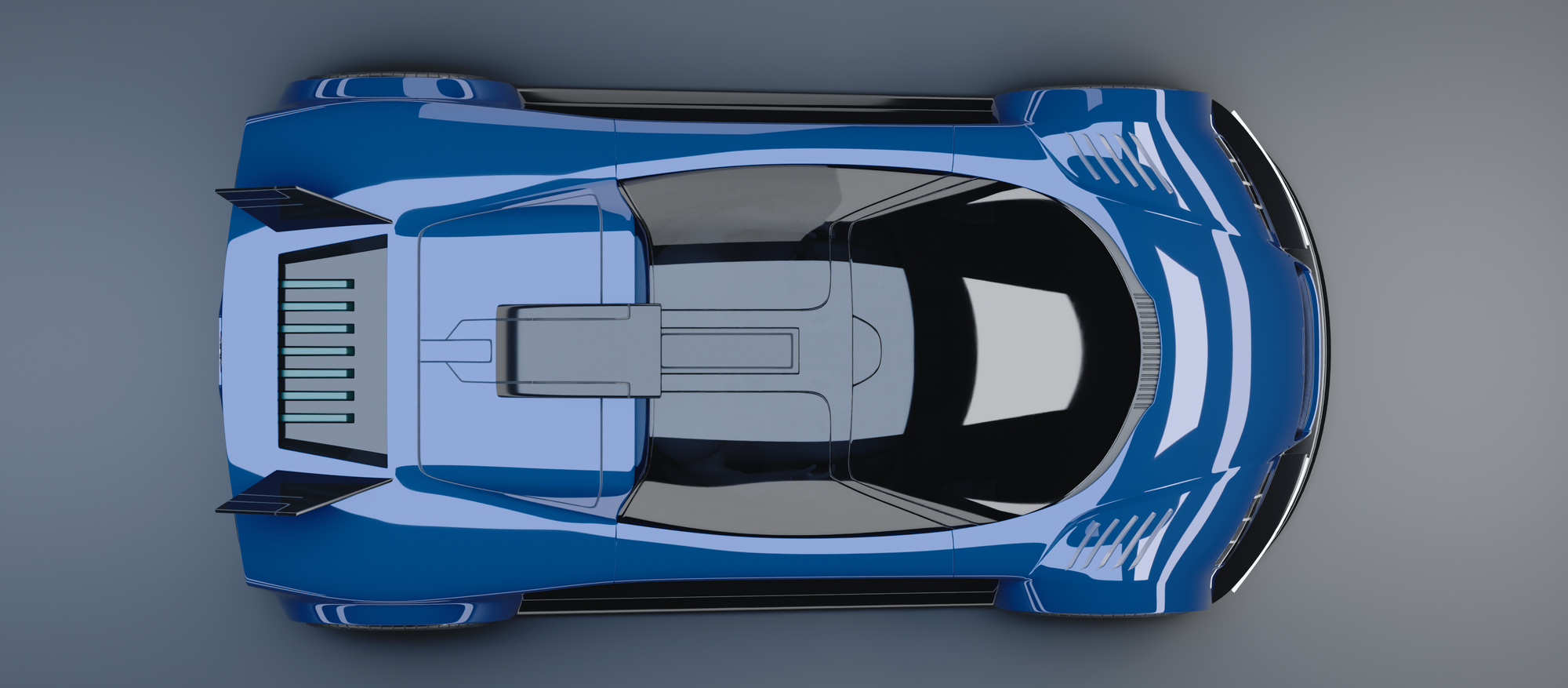
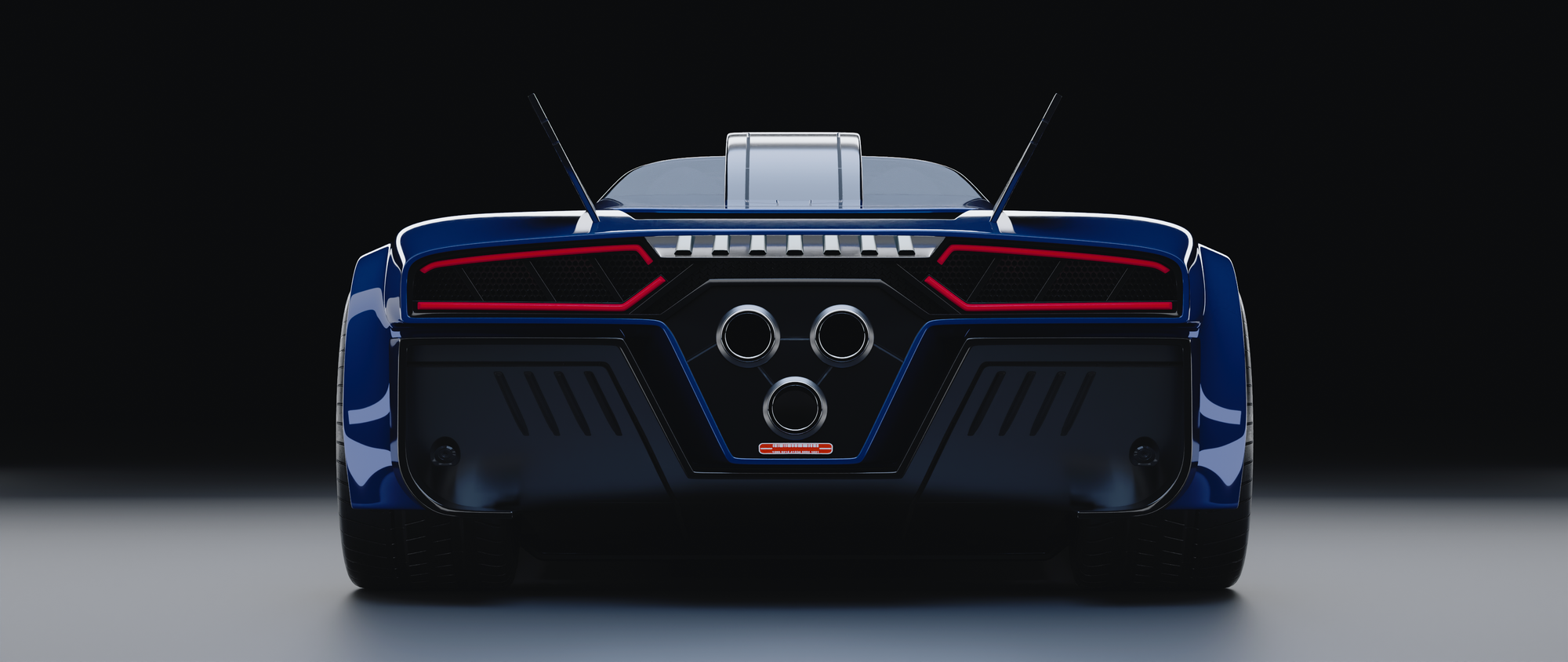
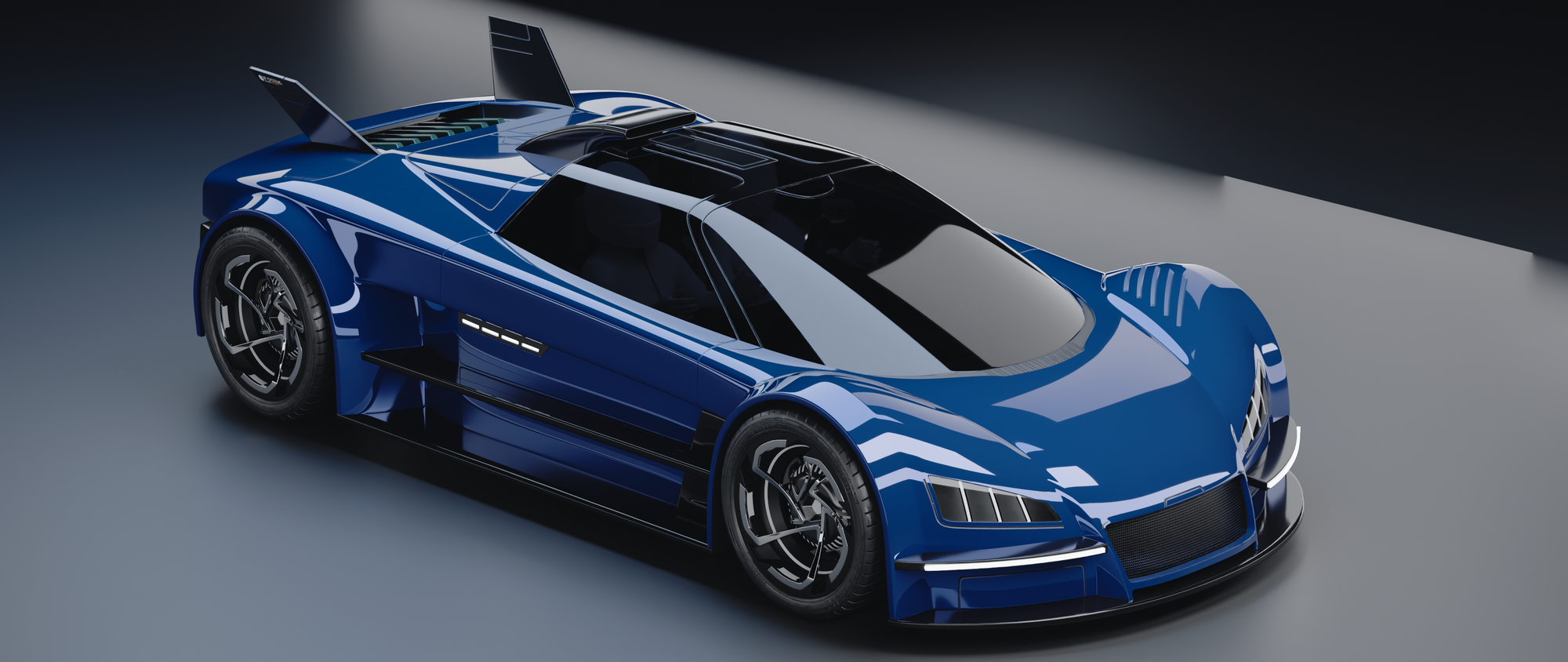
WVR Wagaris 2005
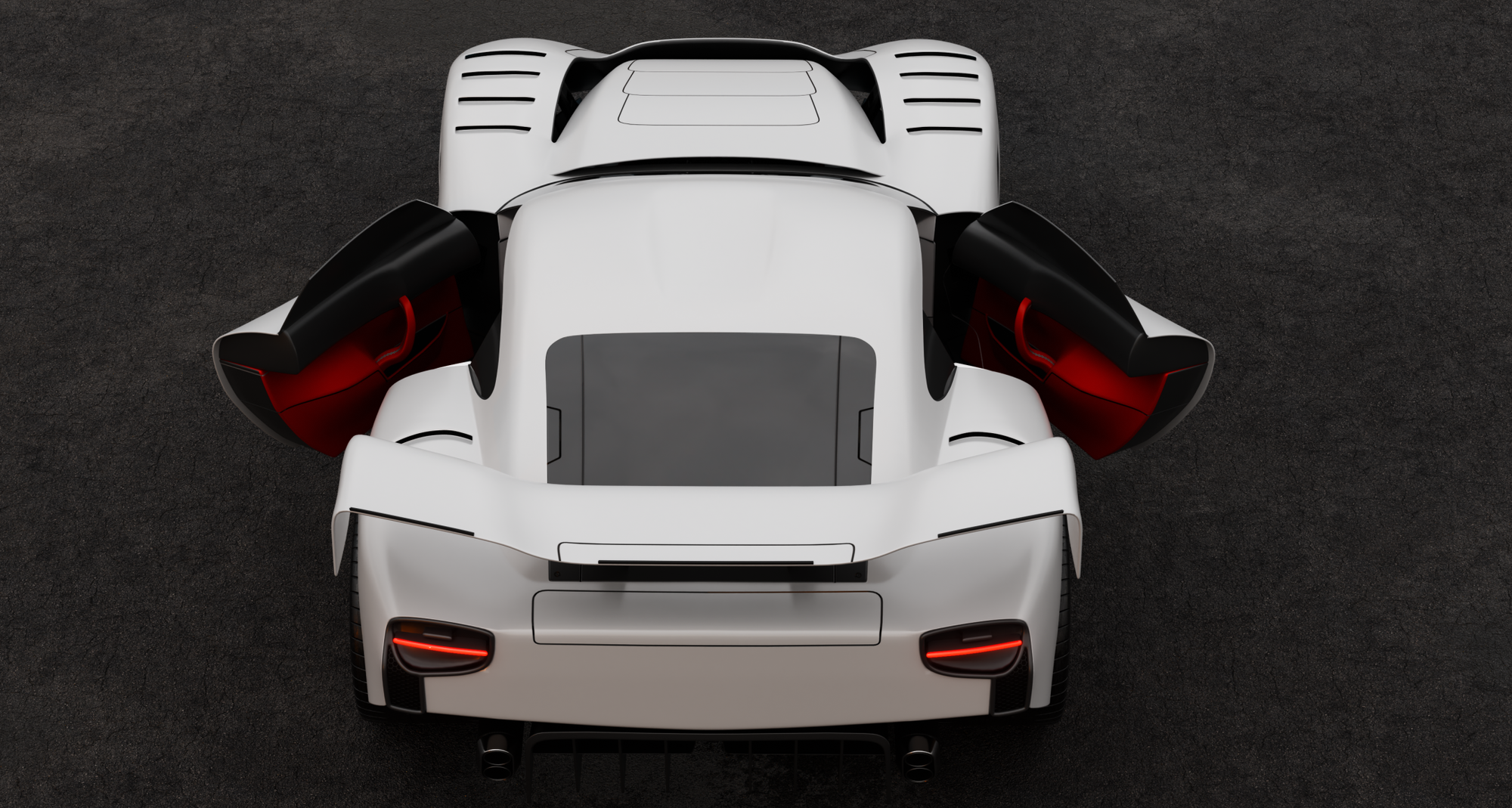
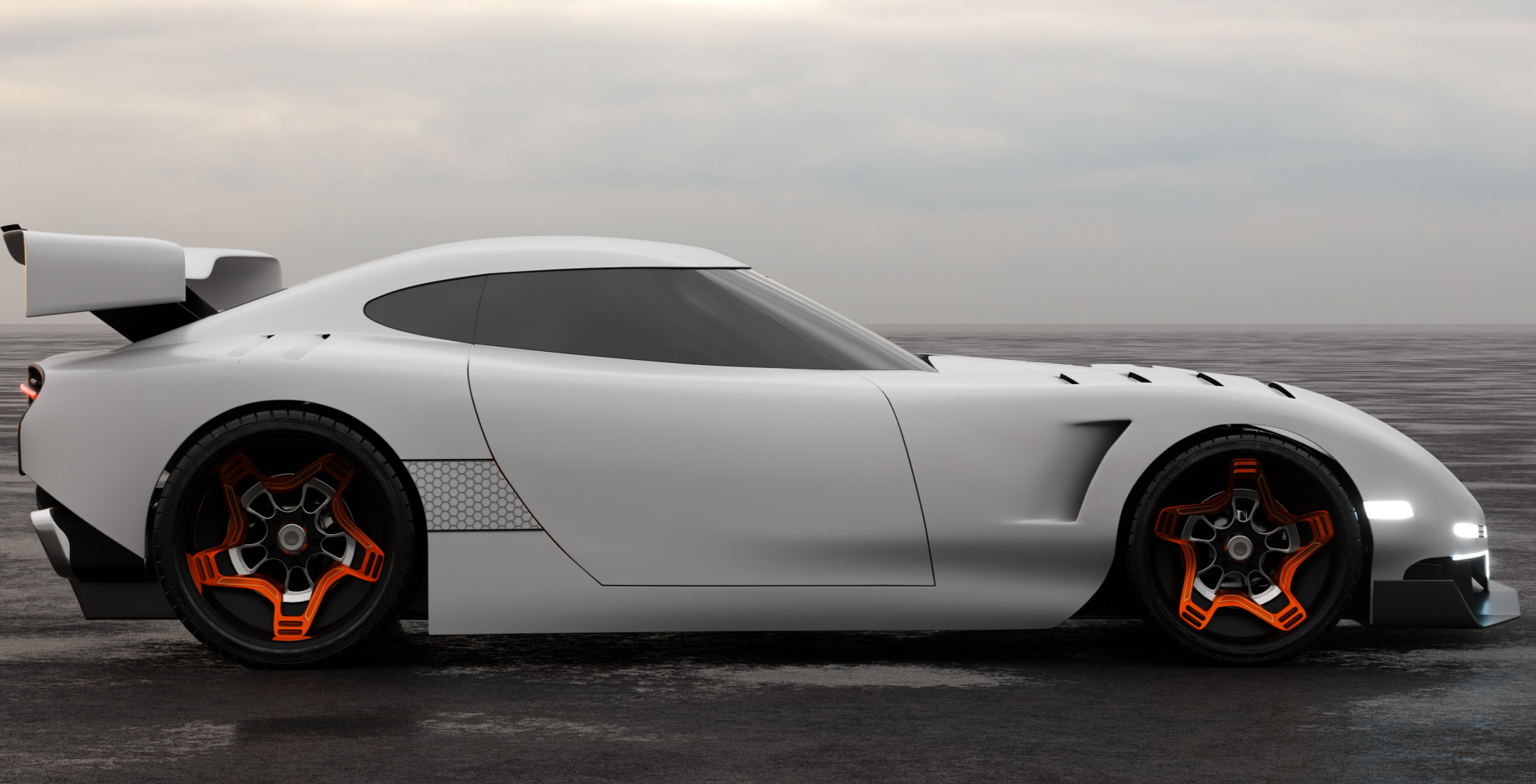
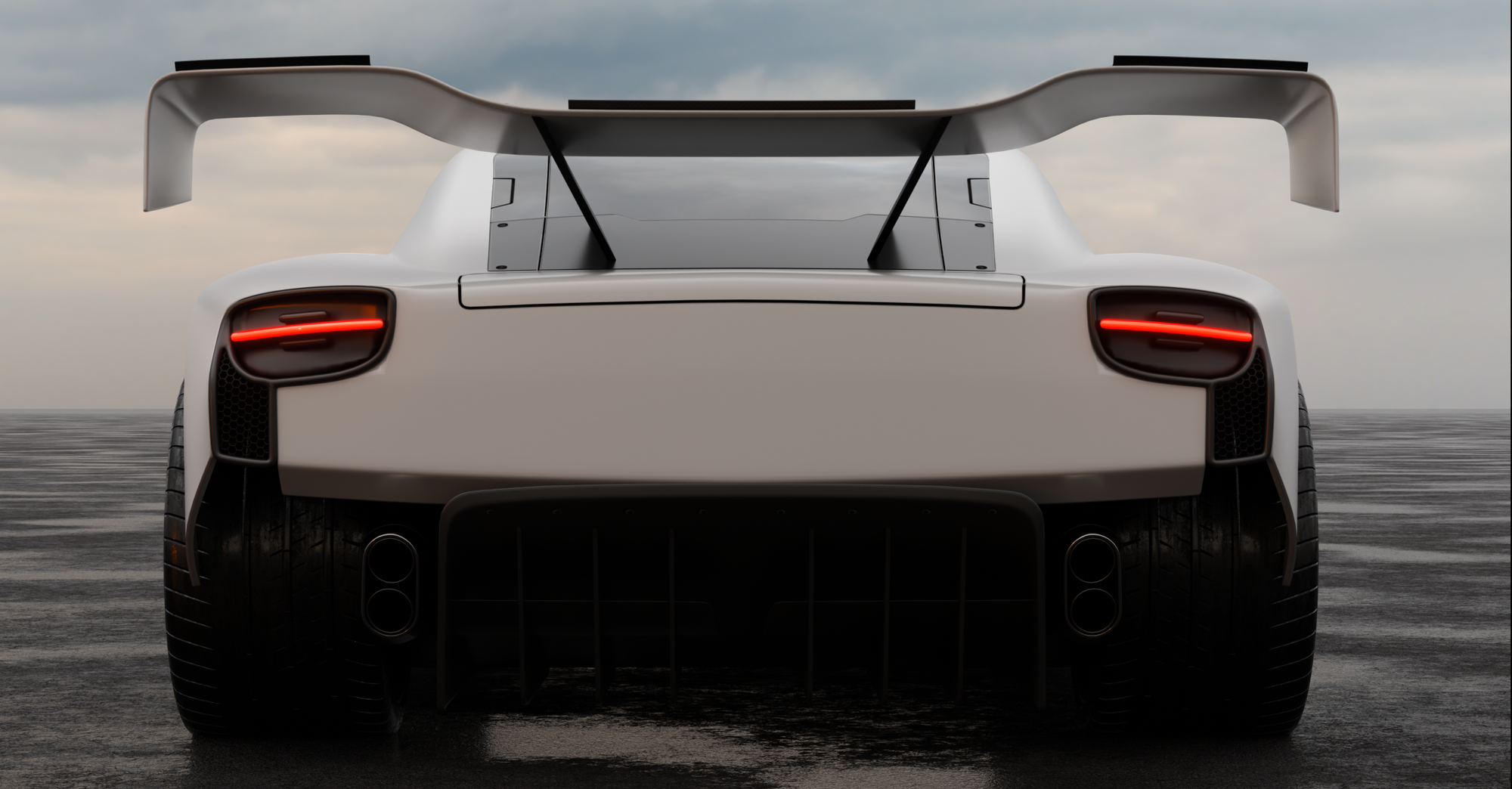
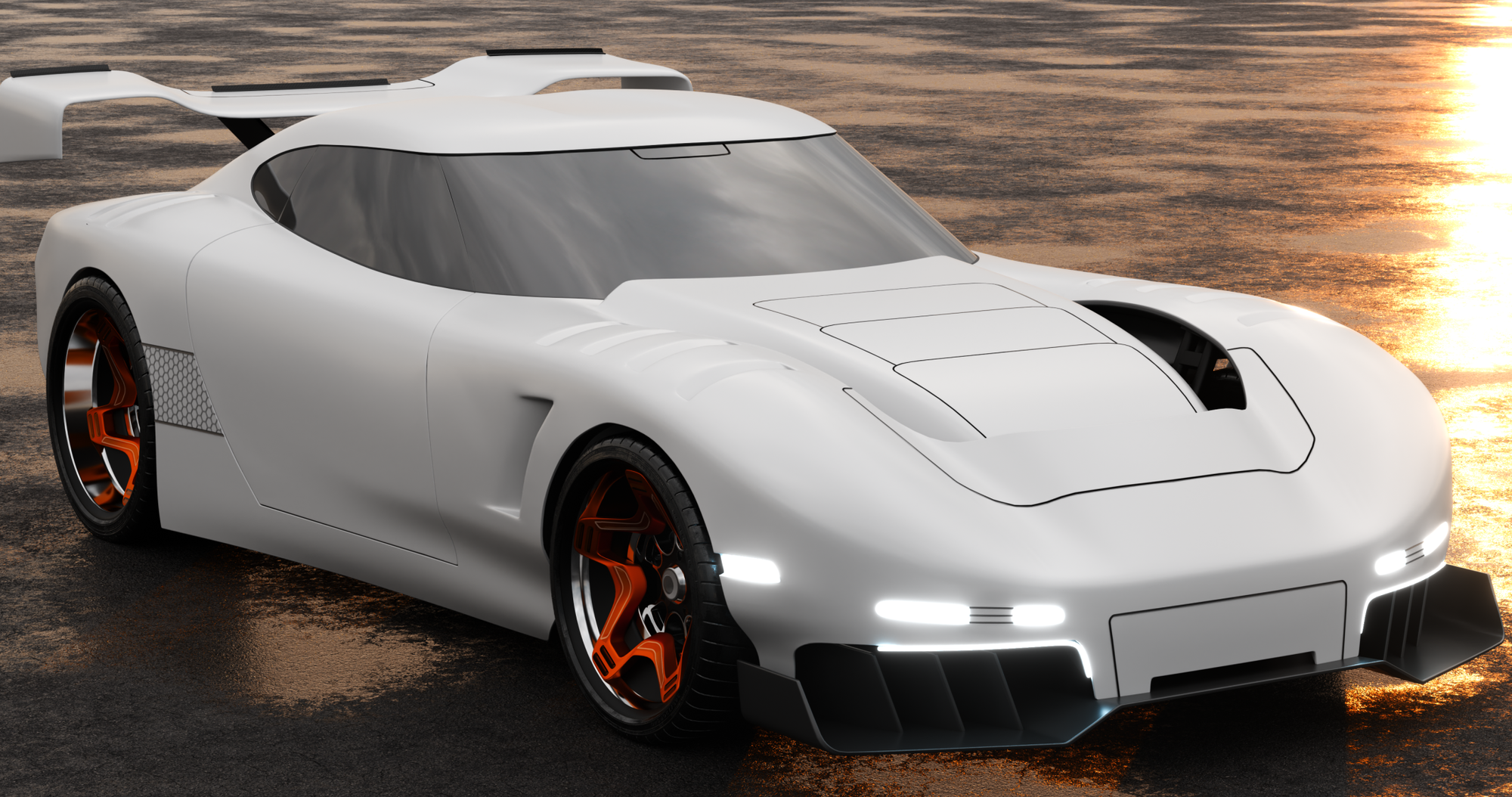
CONCEPT ART
The next wave of vehicle designs introduces bold new directions to the Wilder Wheels lineup, expanding Wiami’s automotive identity with fresh silhouettes and distinct character.
Wagani Waya 2012
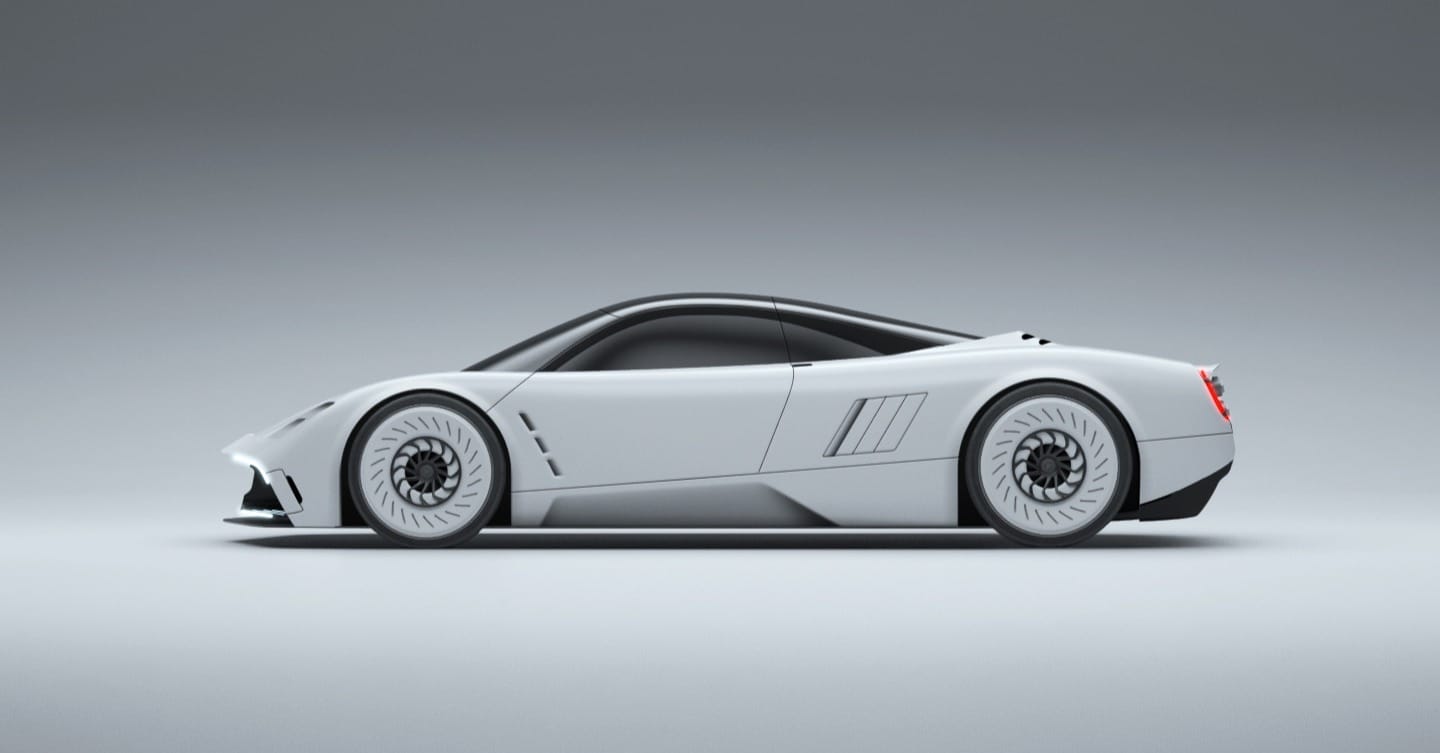
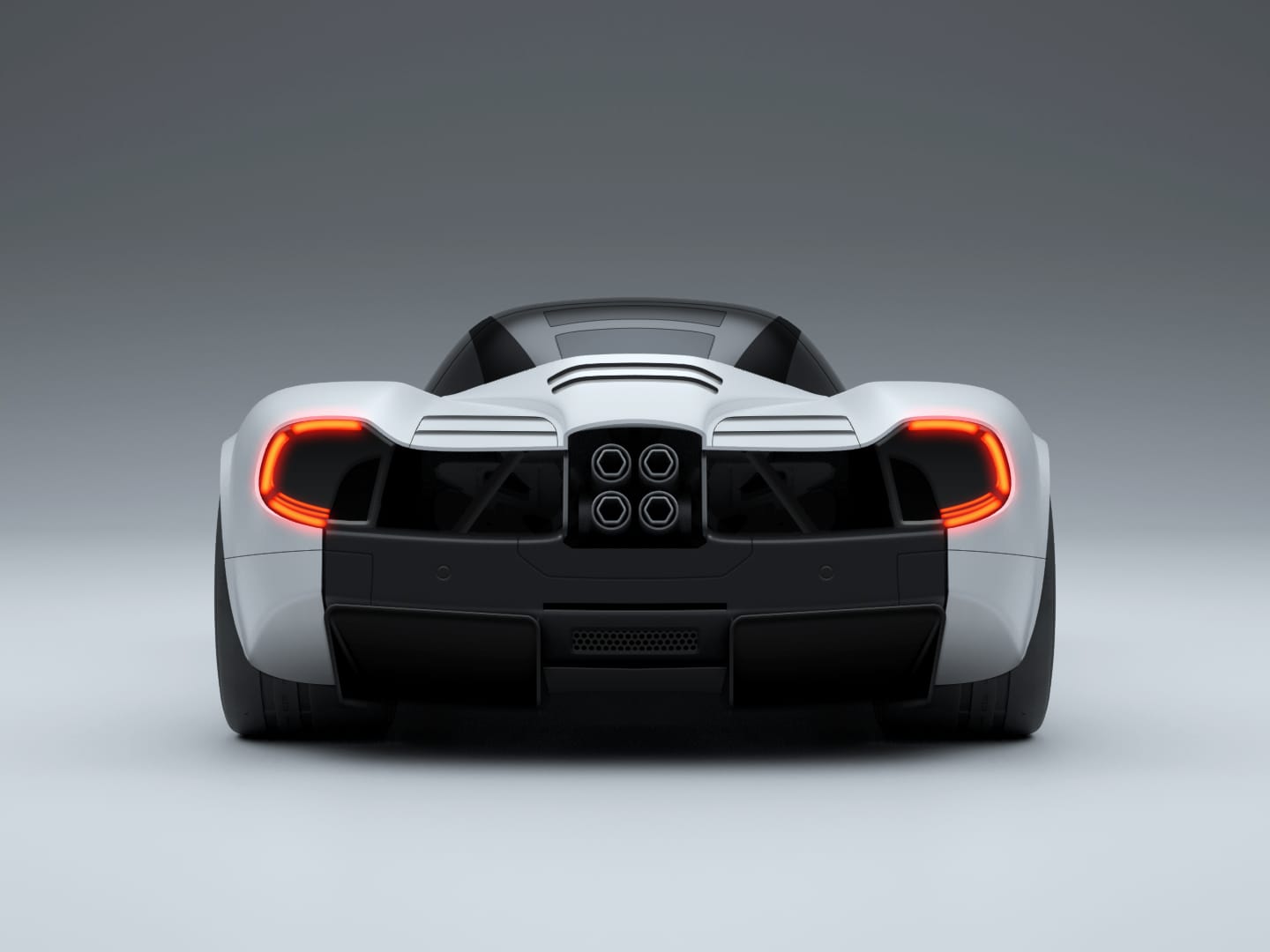
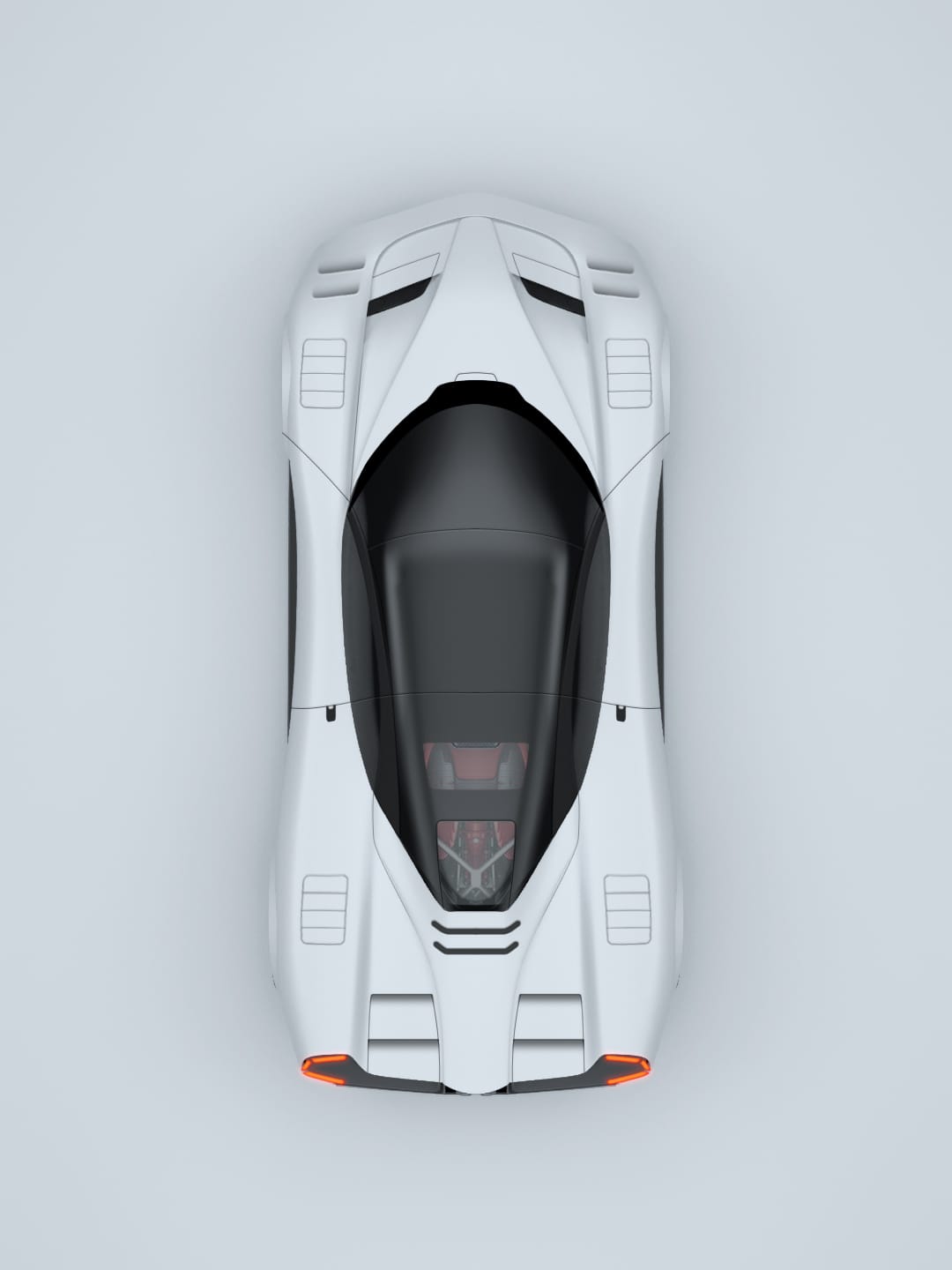
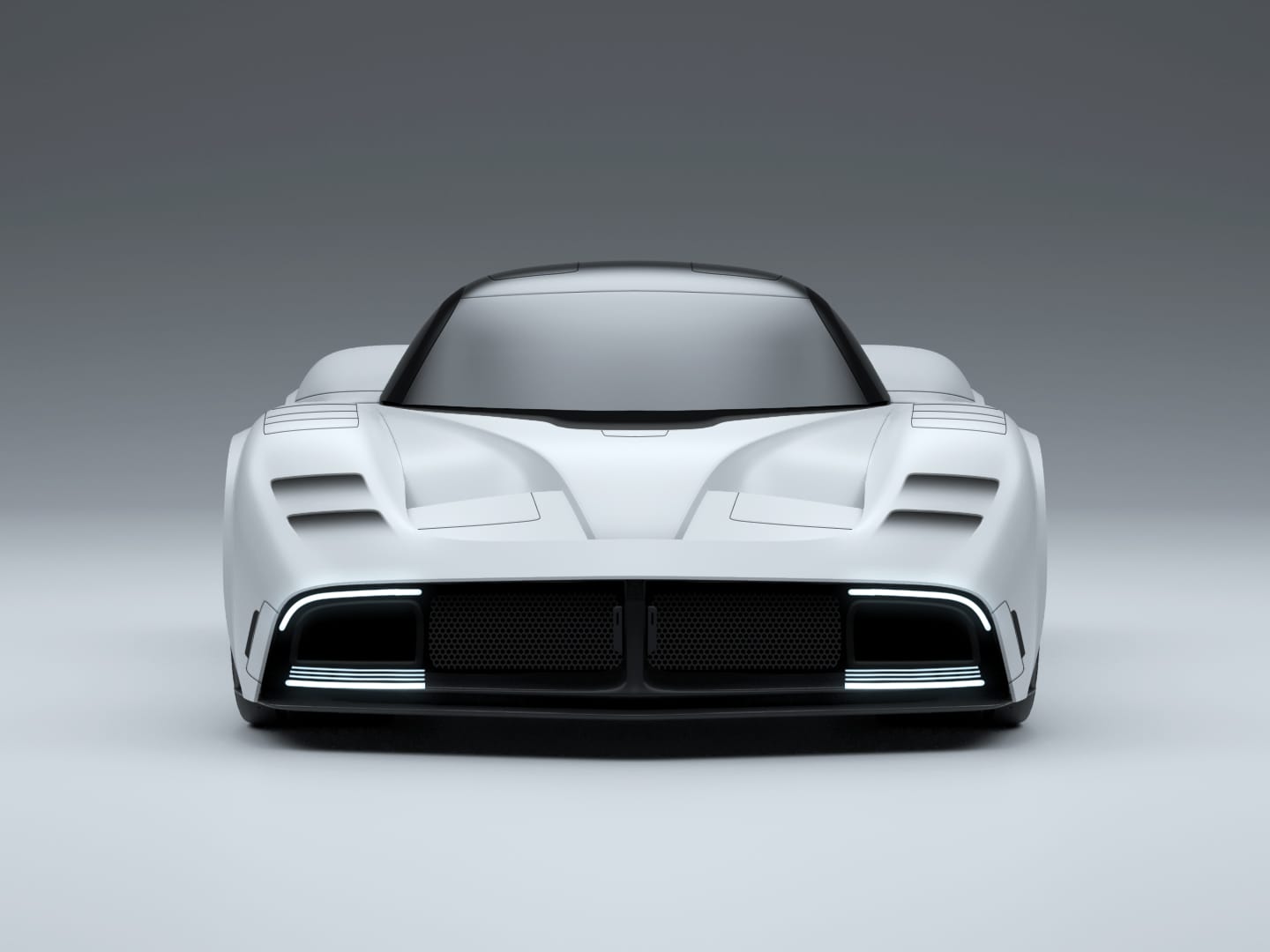
Waguar WJ220 1993
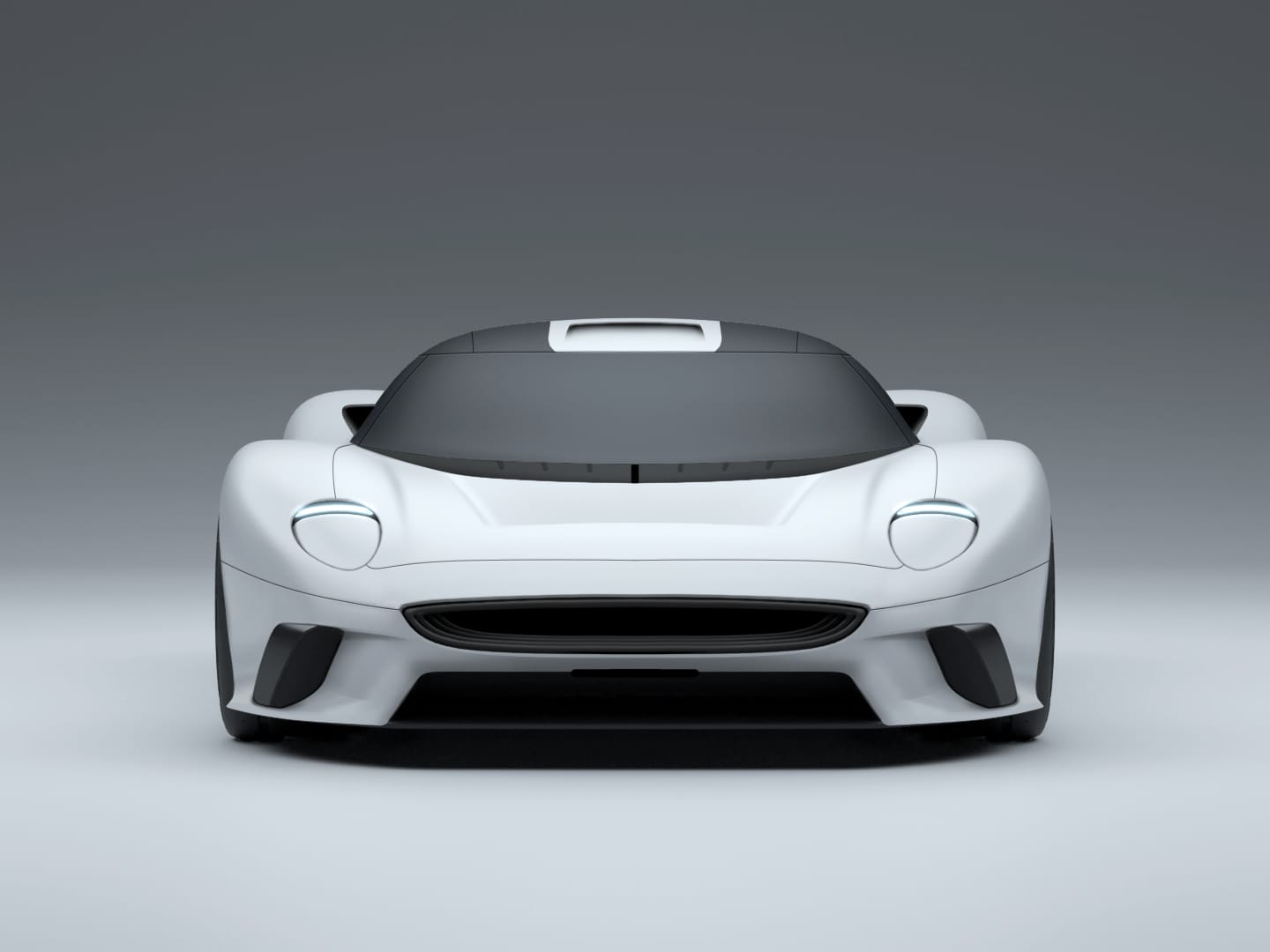
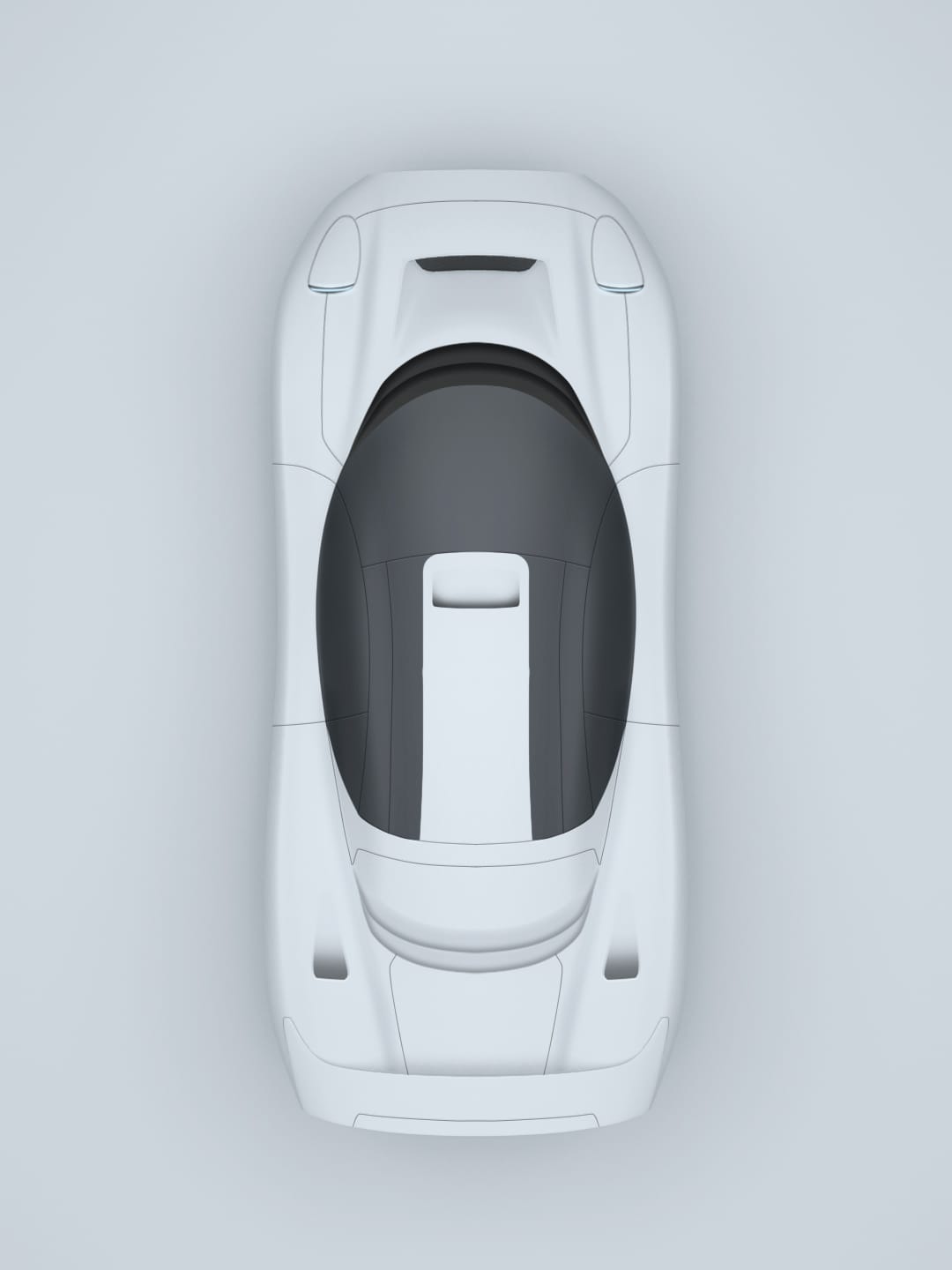
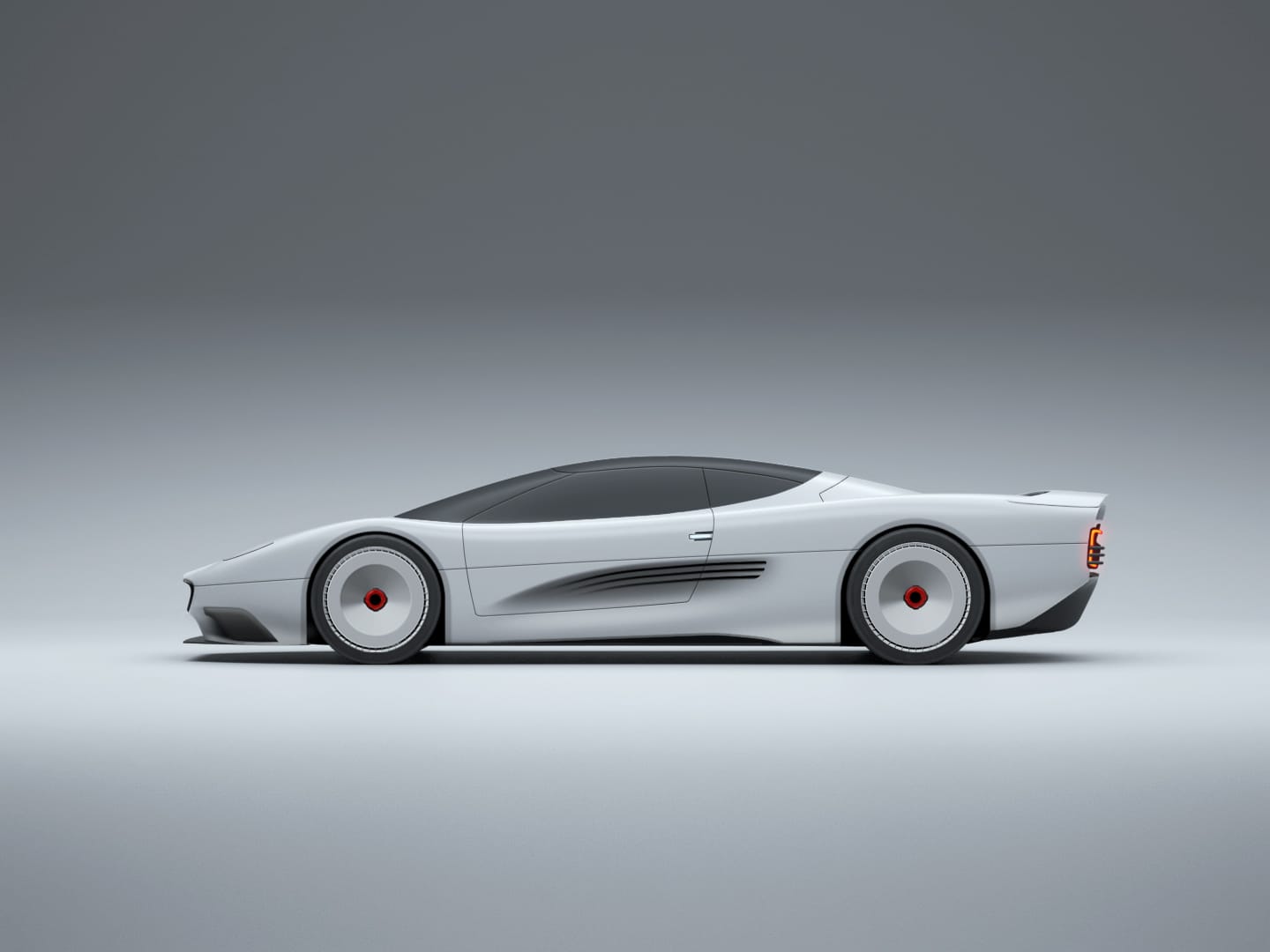
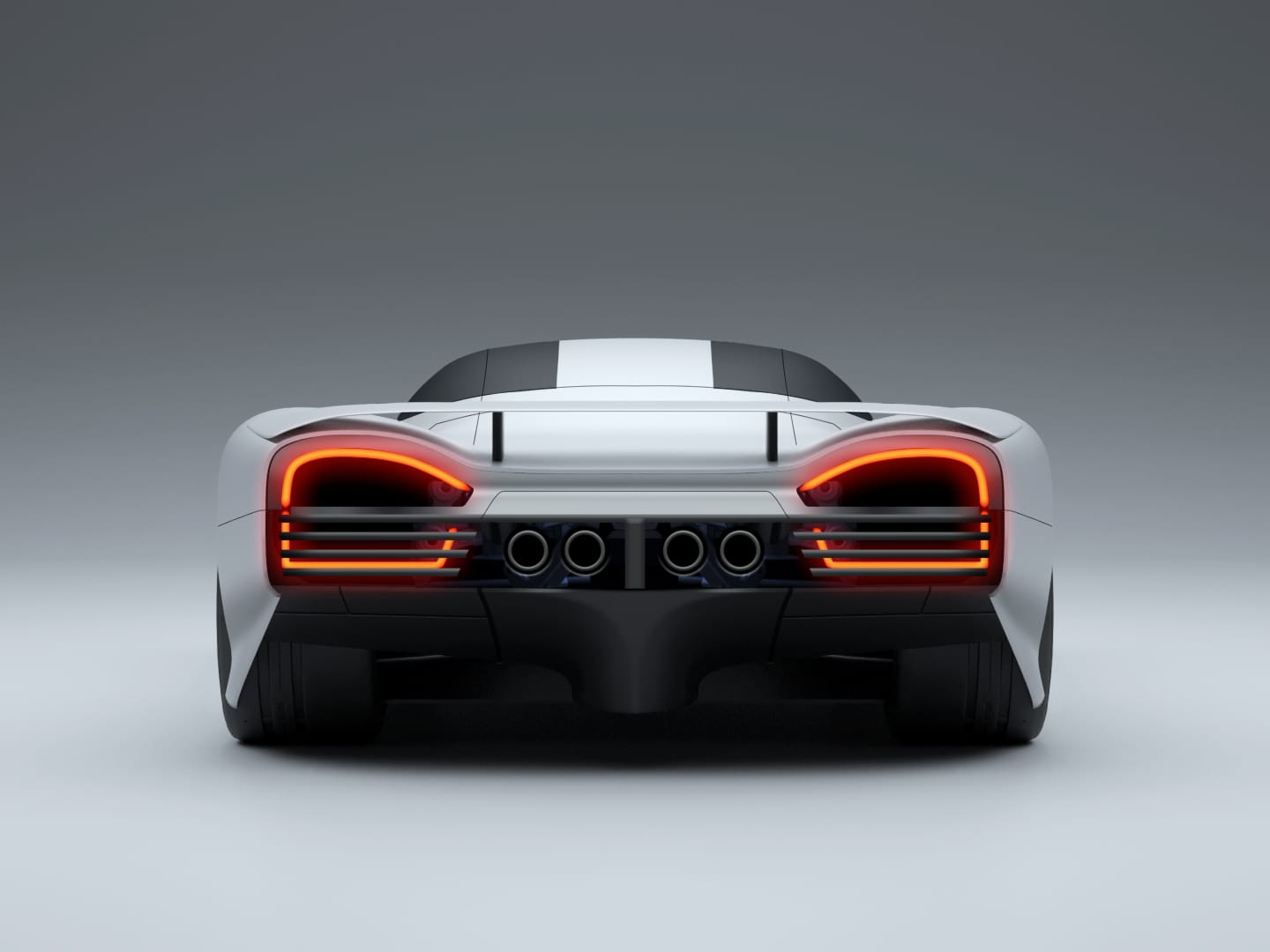
Wascari WZ1W 2012
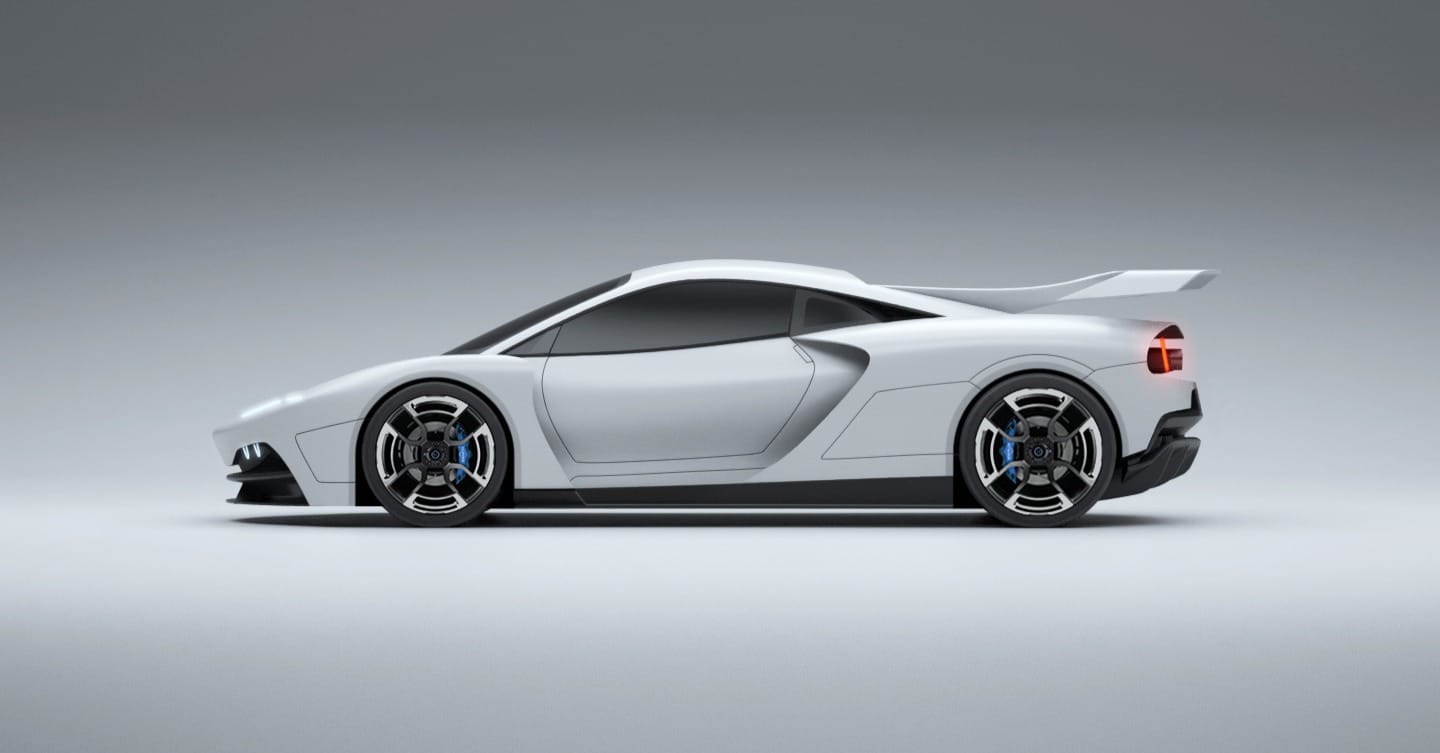
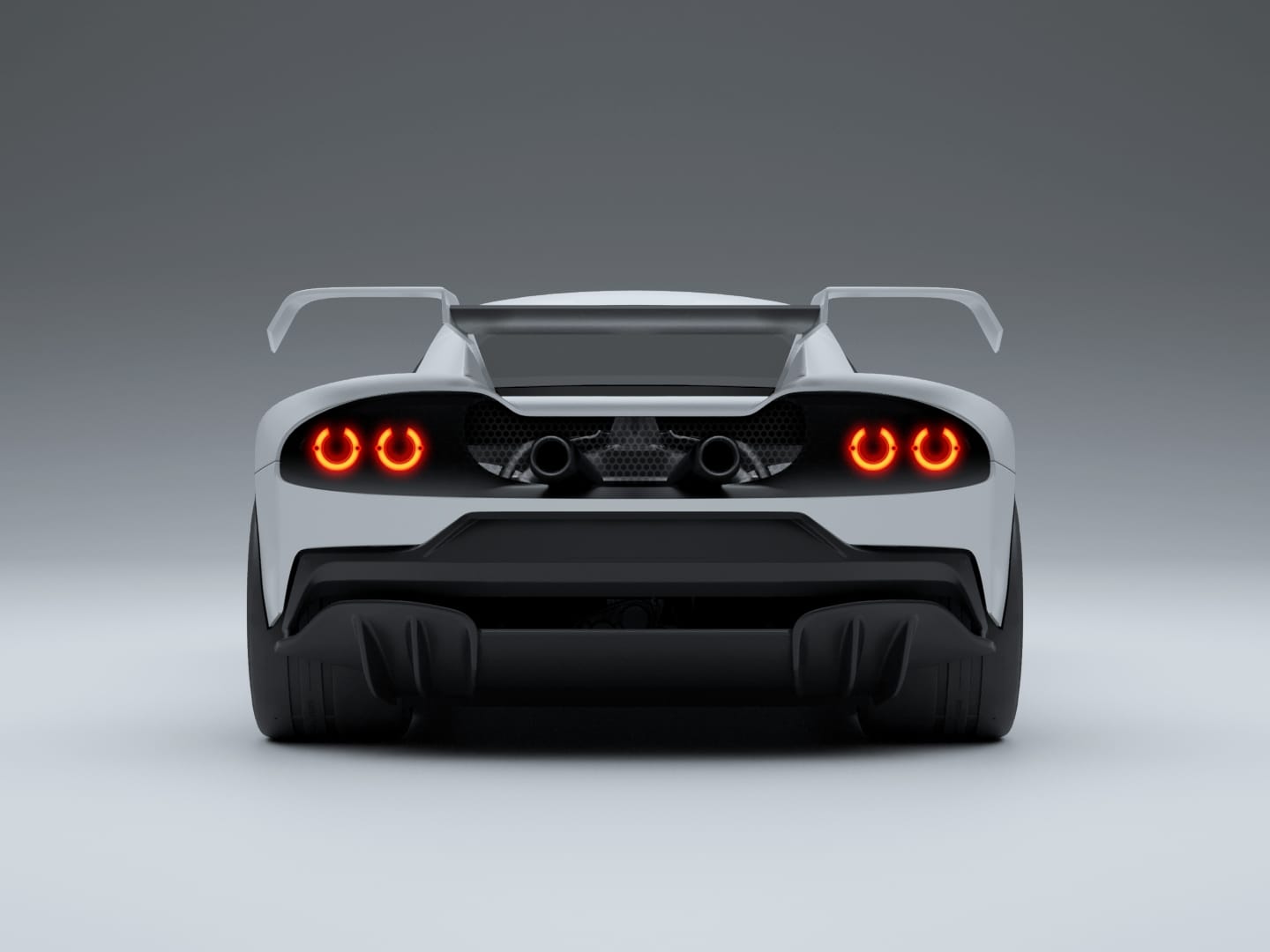
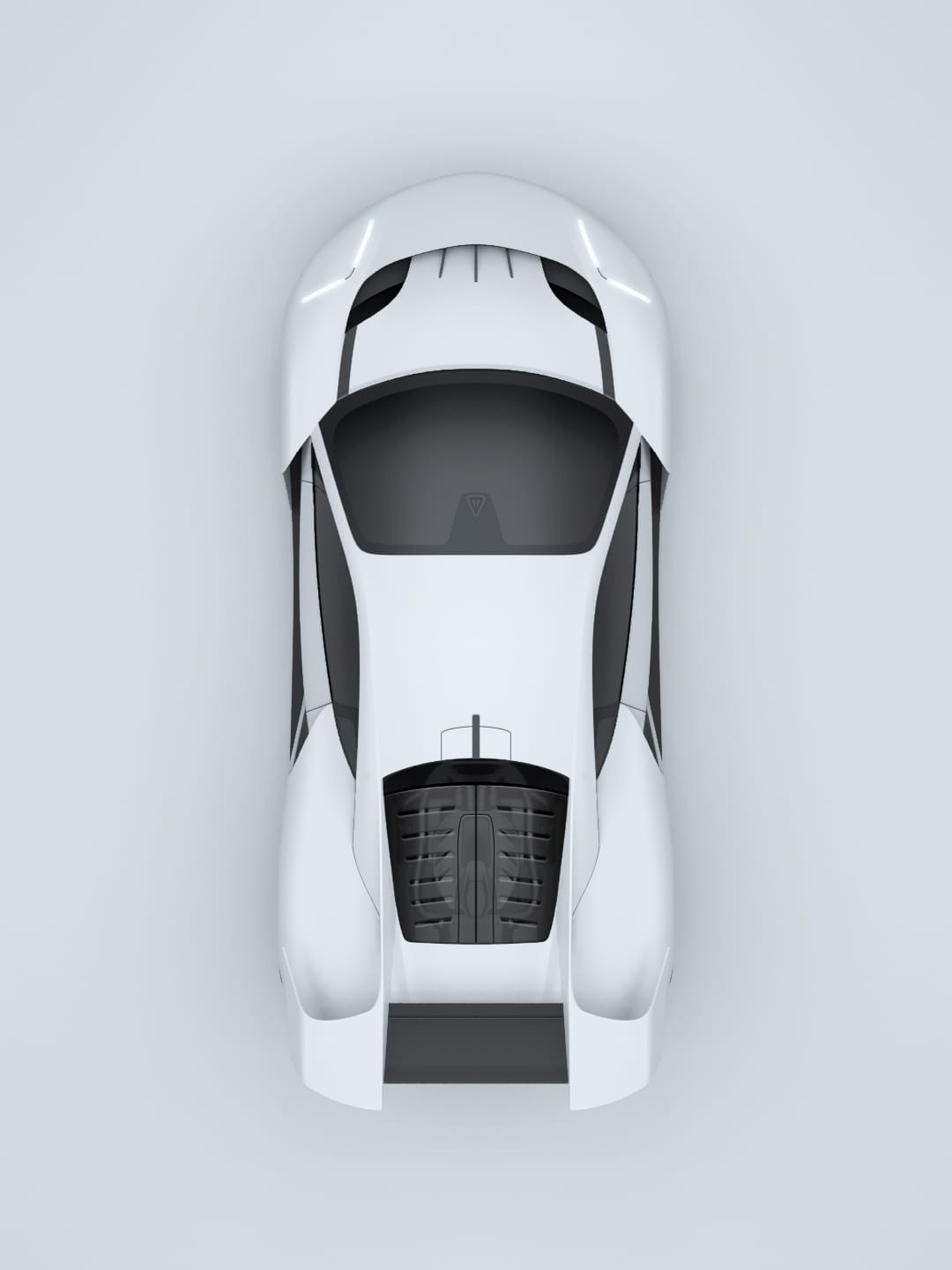
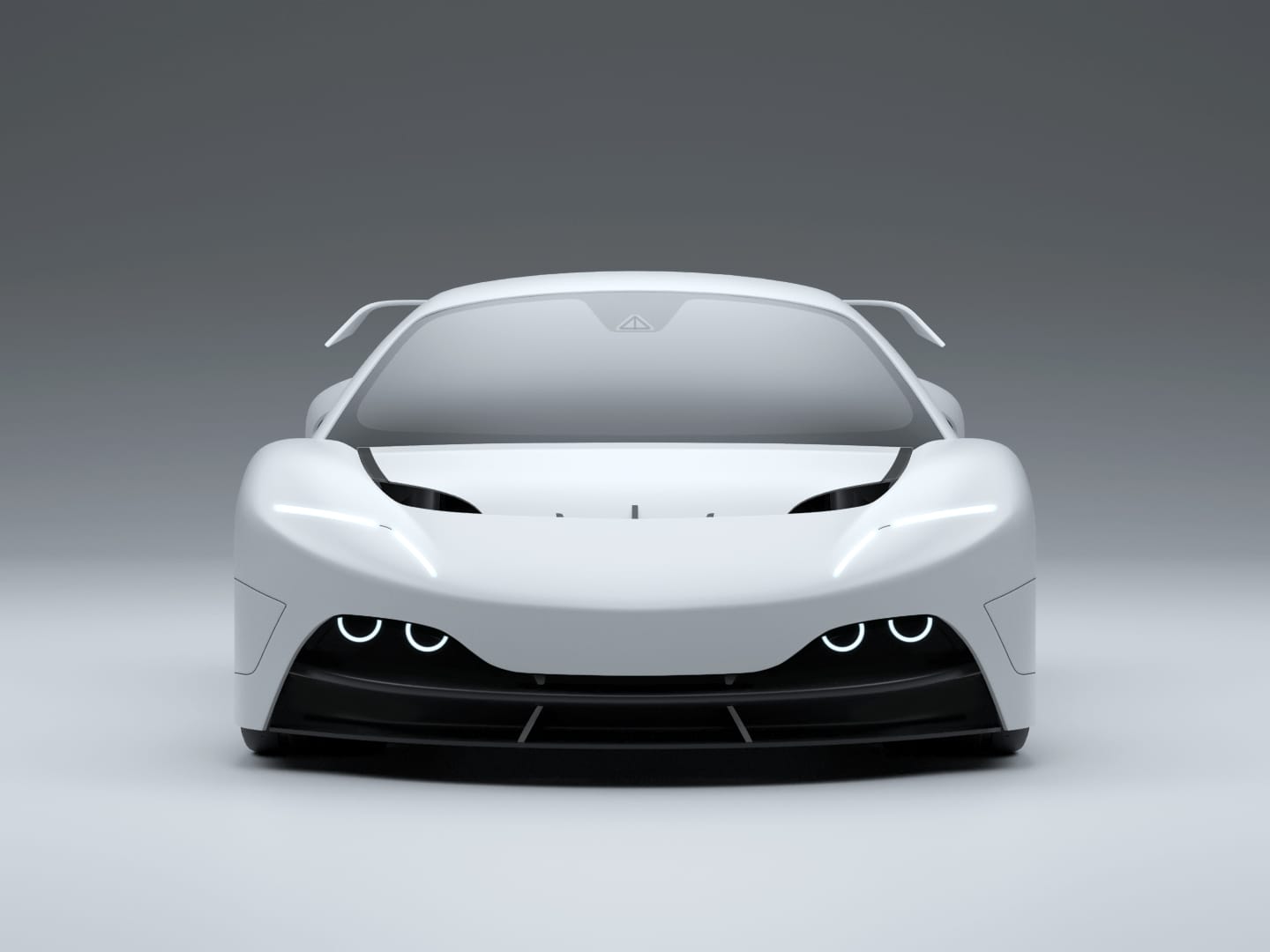
WcLaren WP4-12W WT3 2011
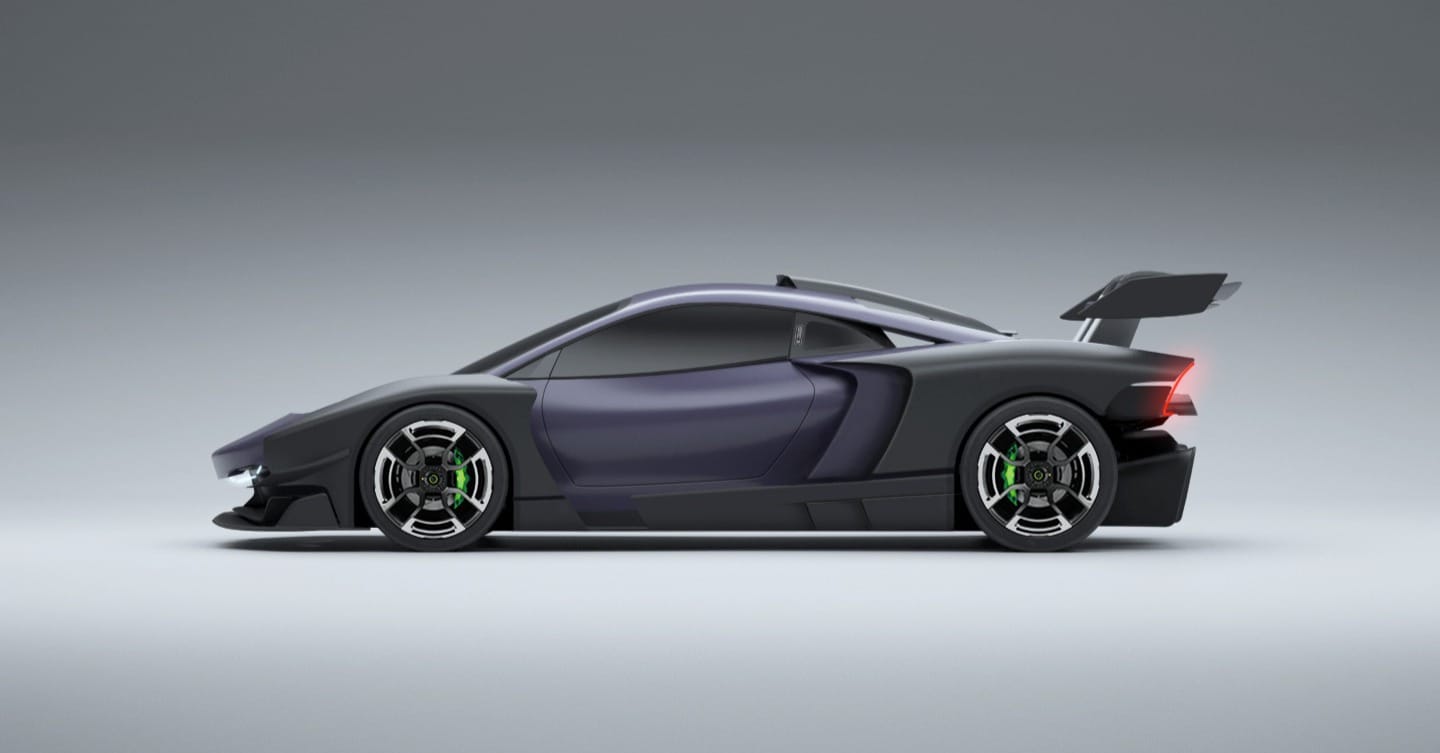
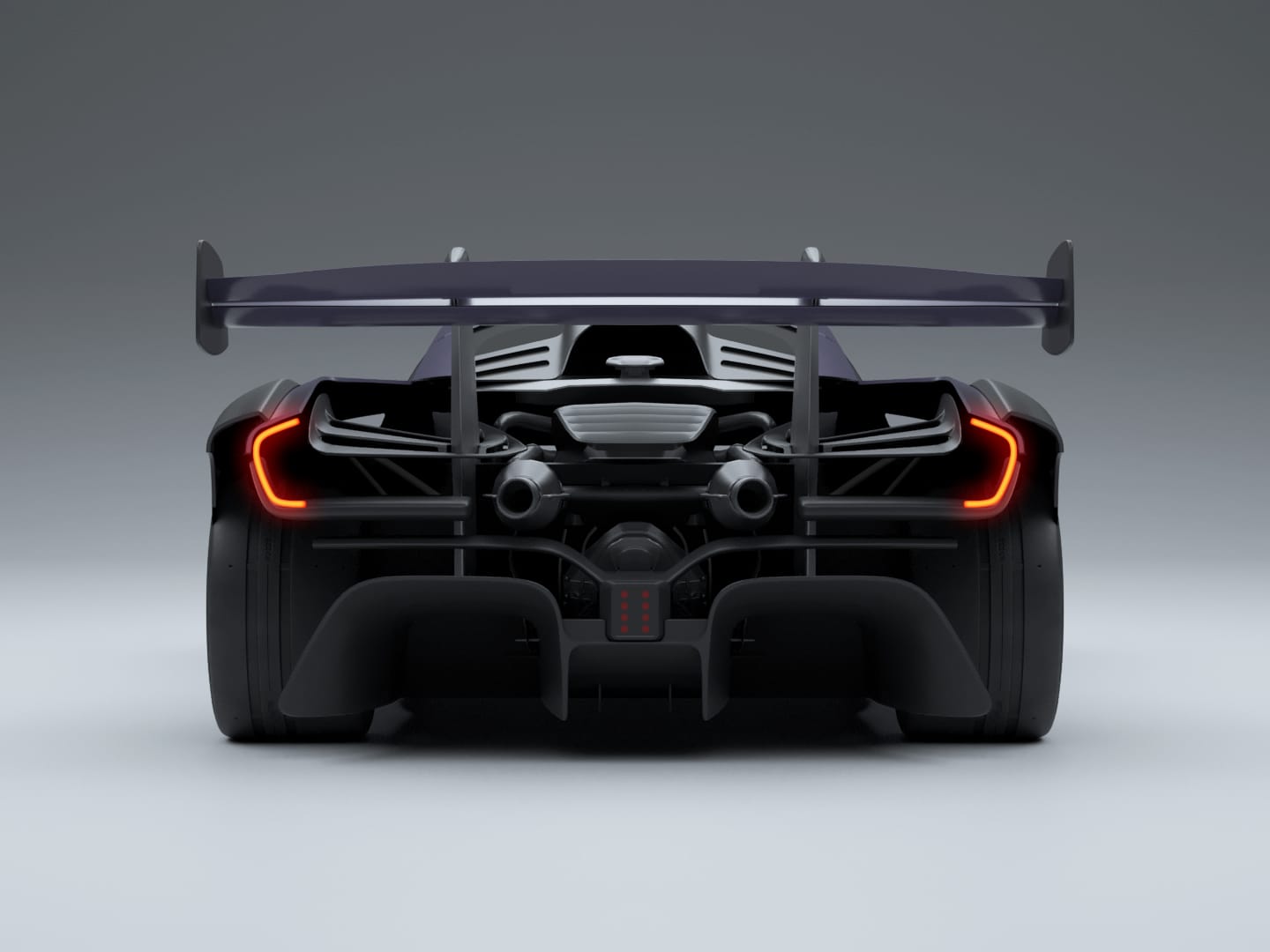
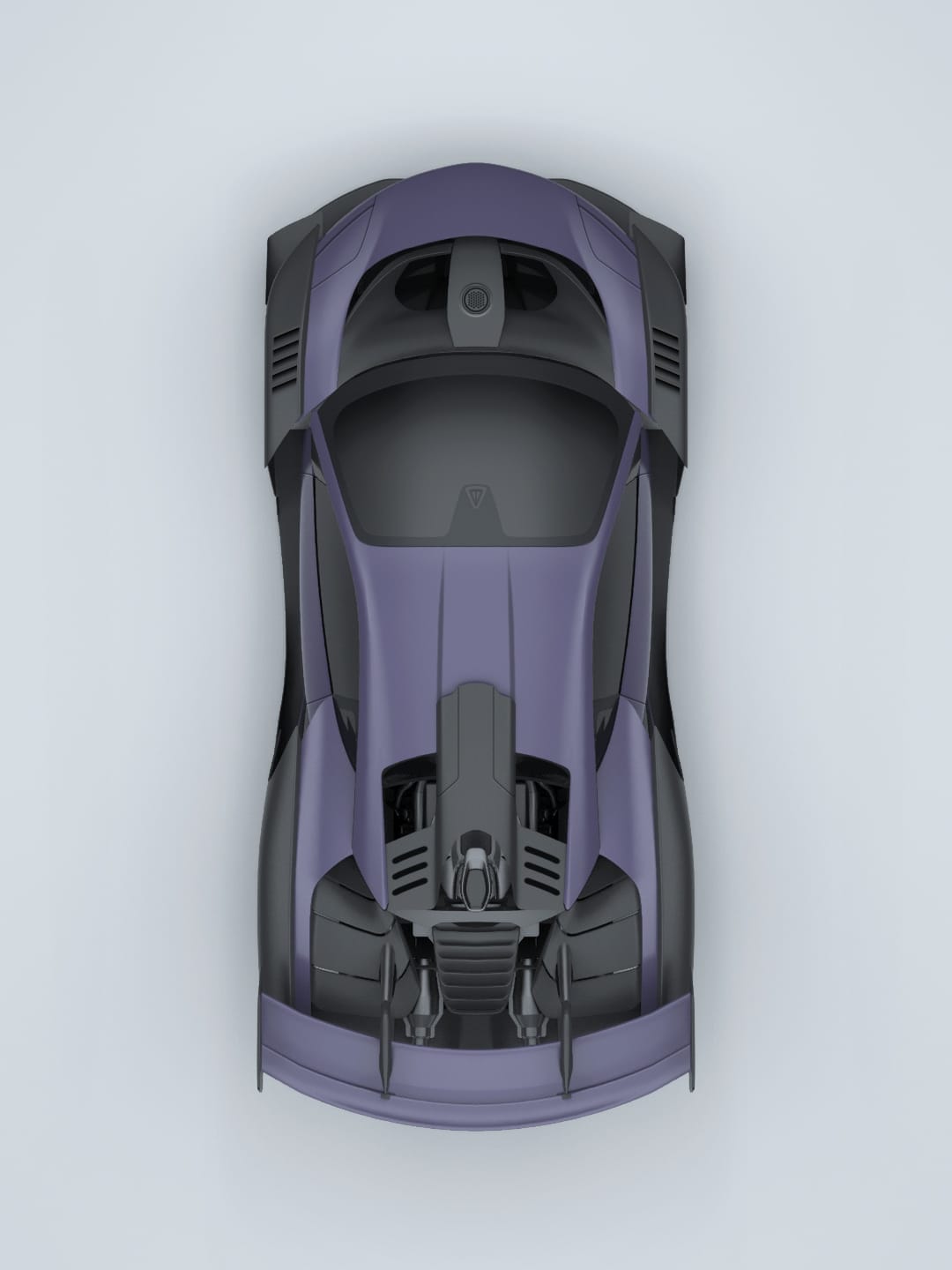
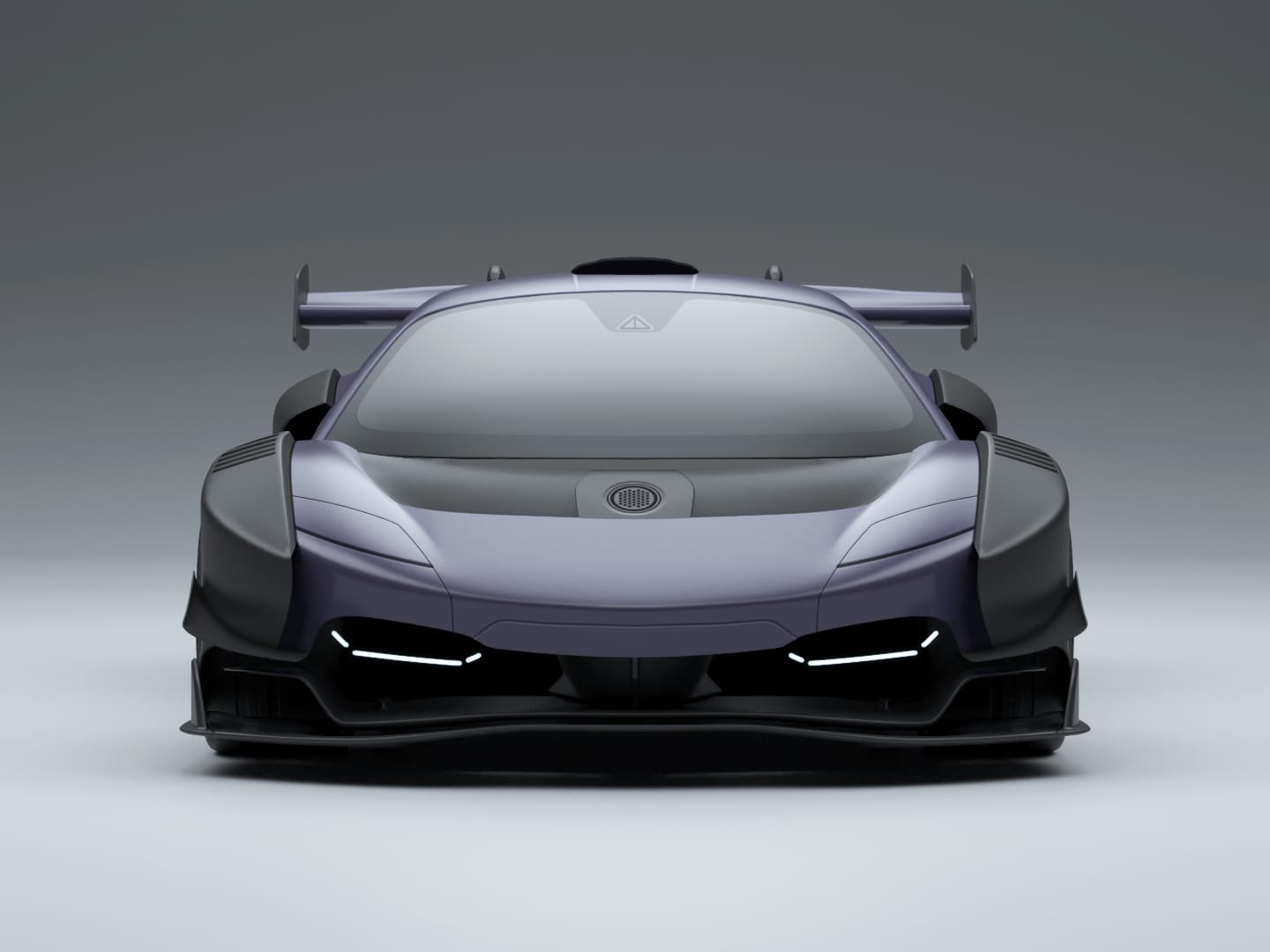
Wennessey Wen Moon GT 2012
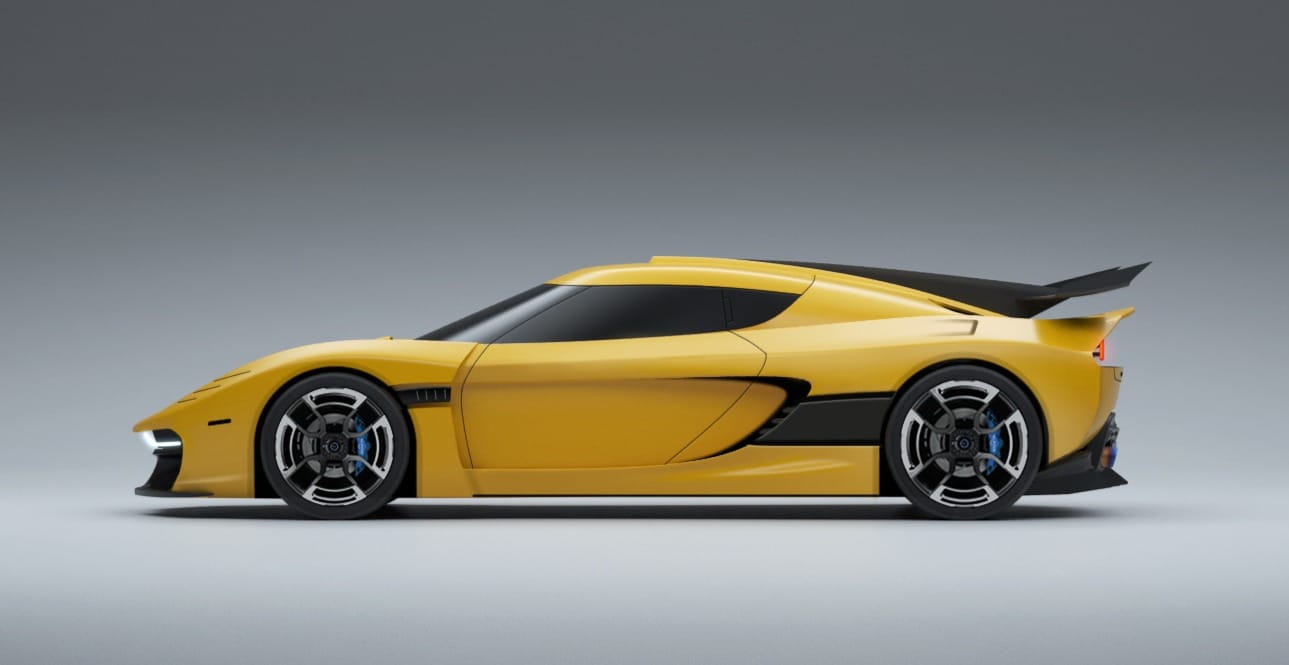
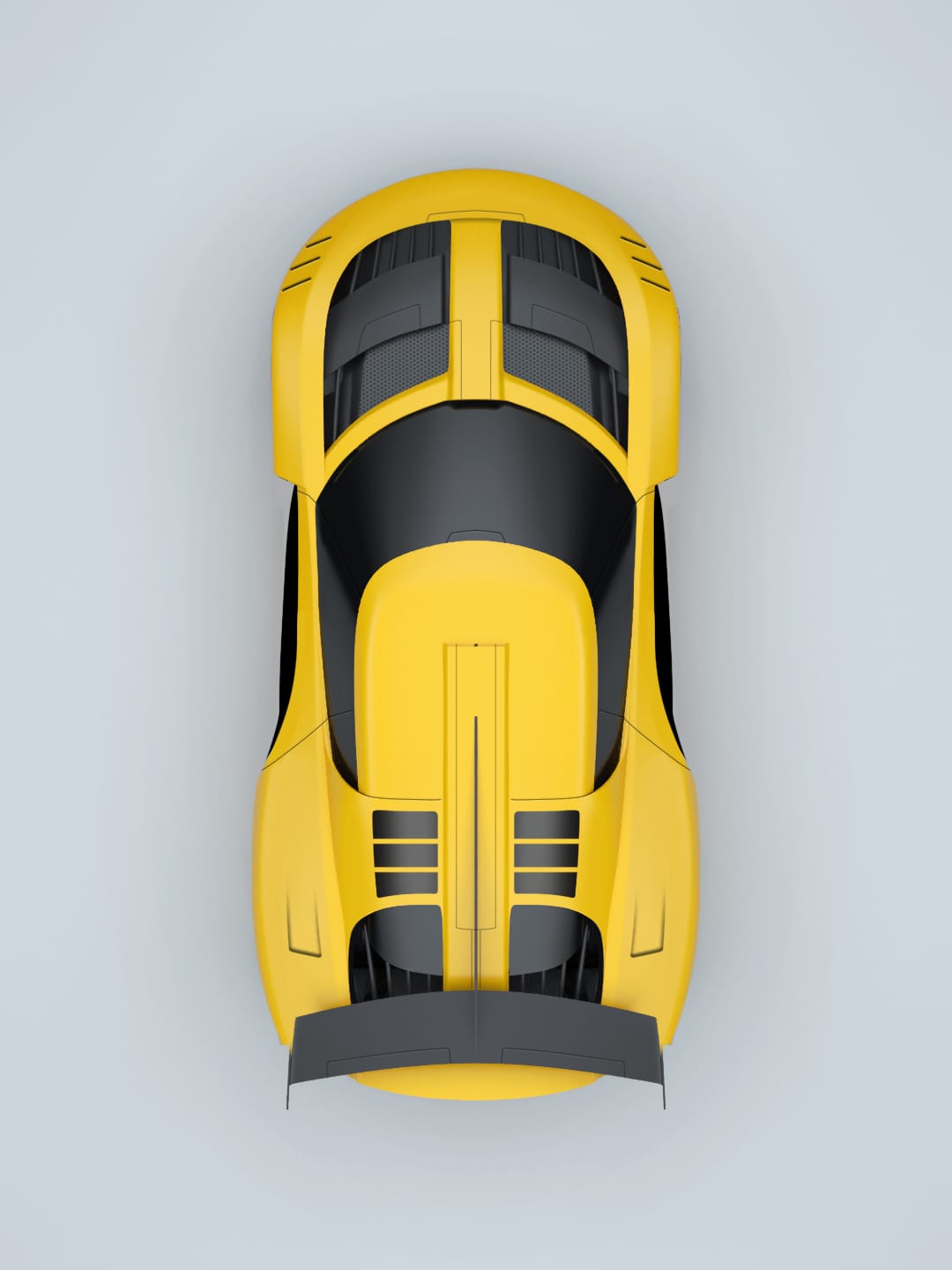
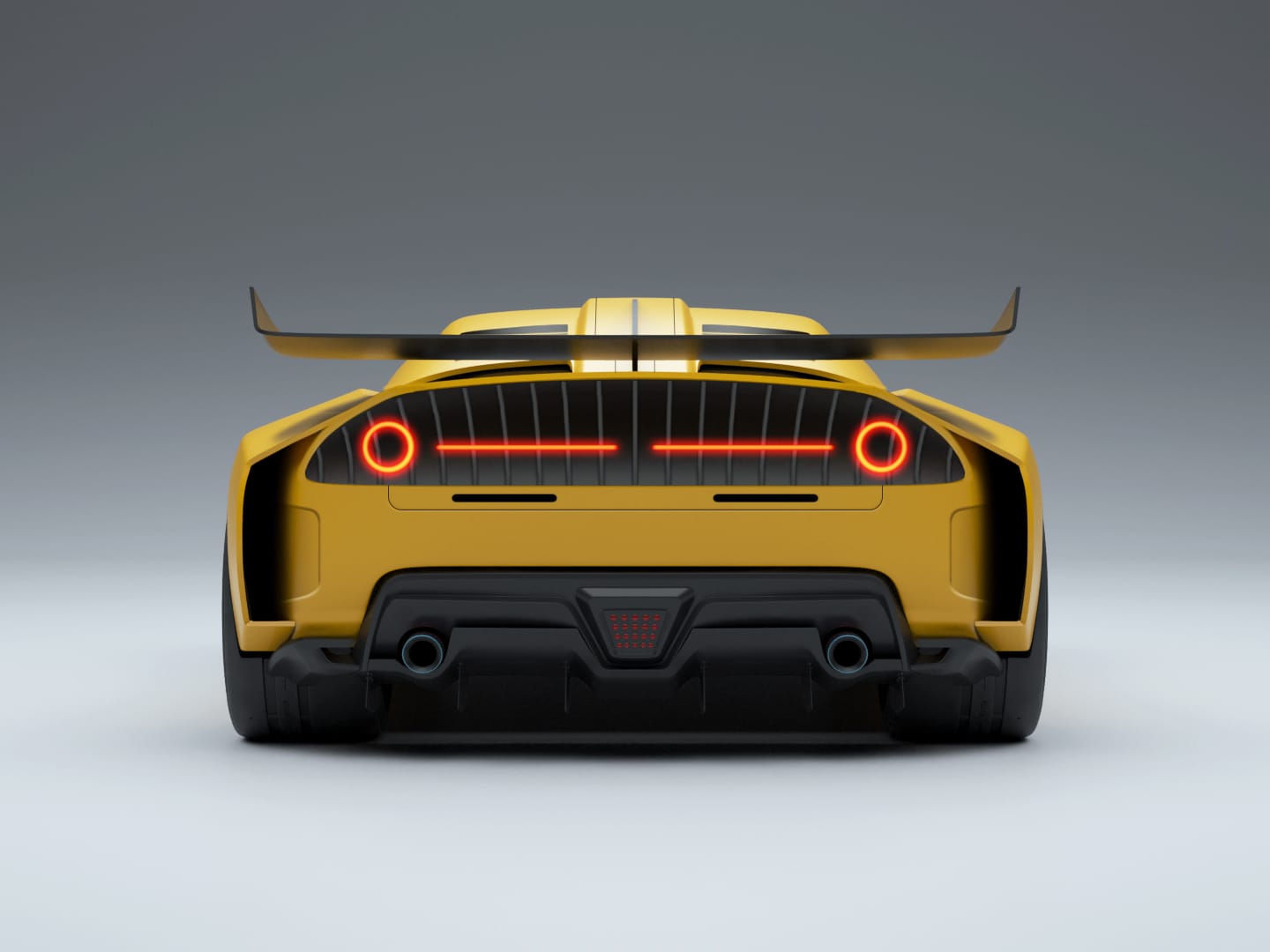
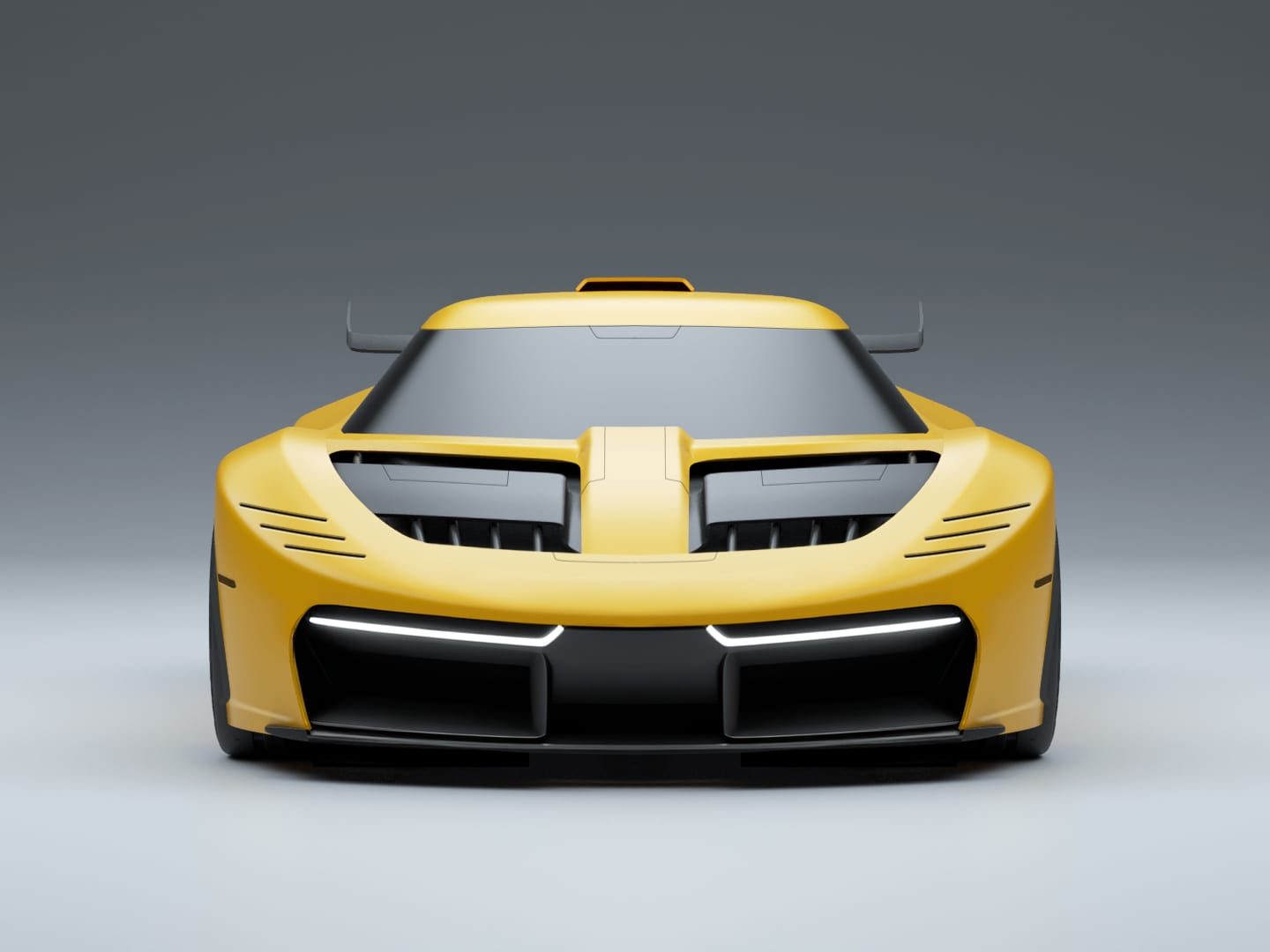
Wercedes WLW WMG WT3 Black Wildcon 2011
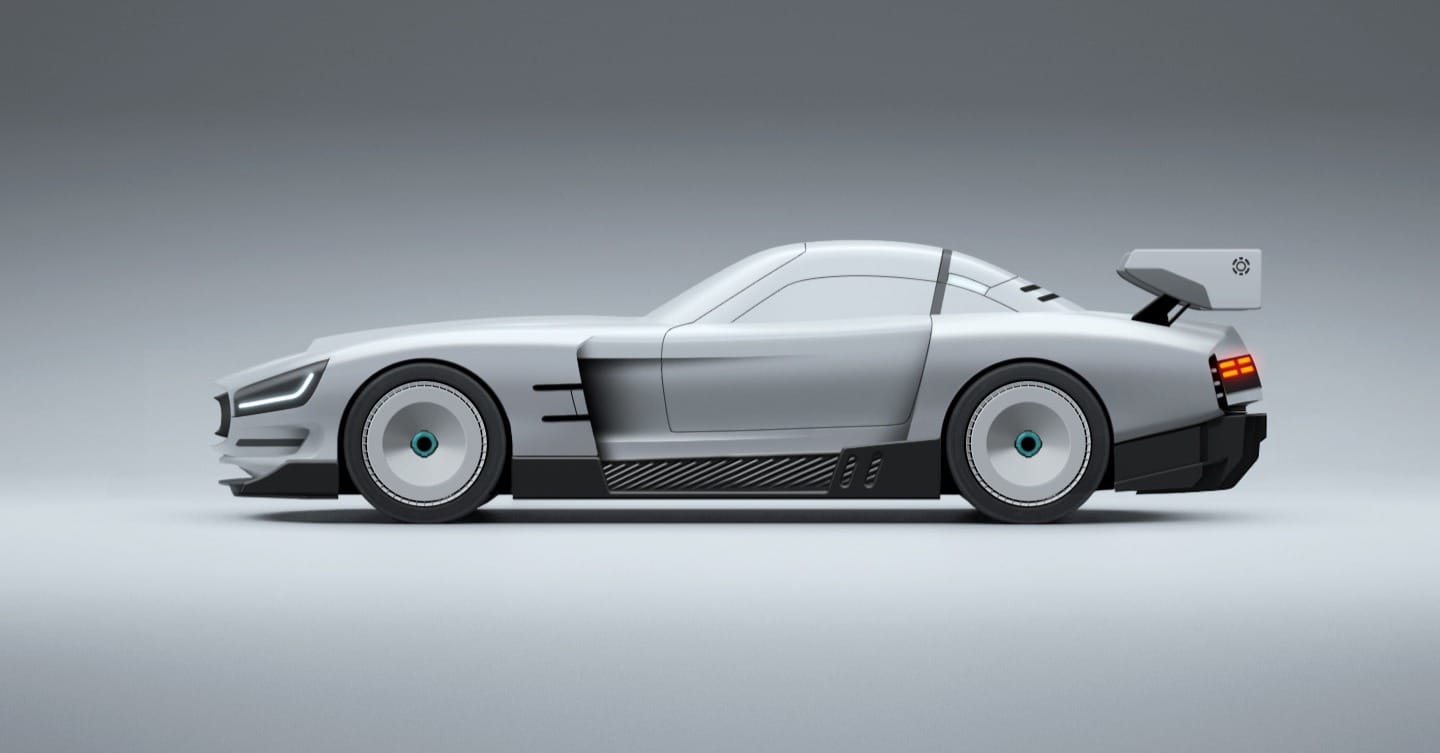
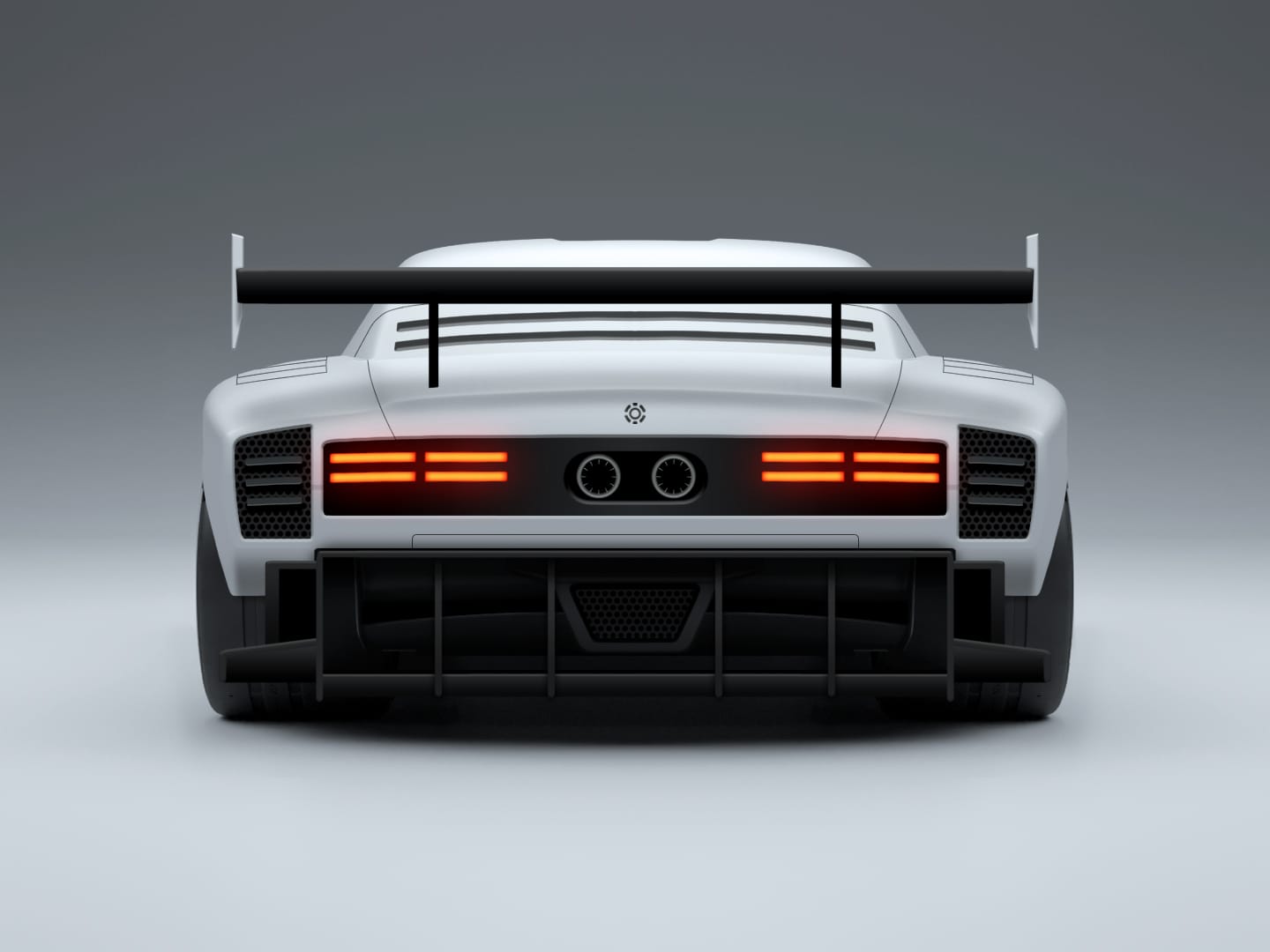
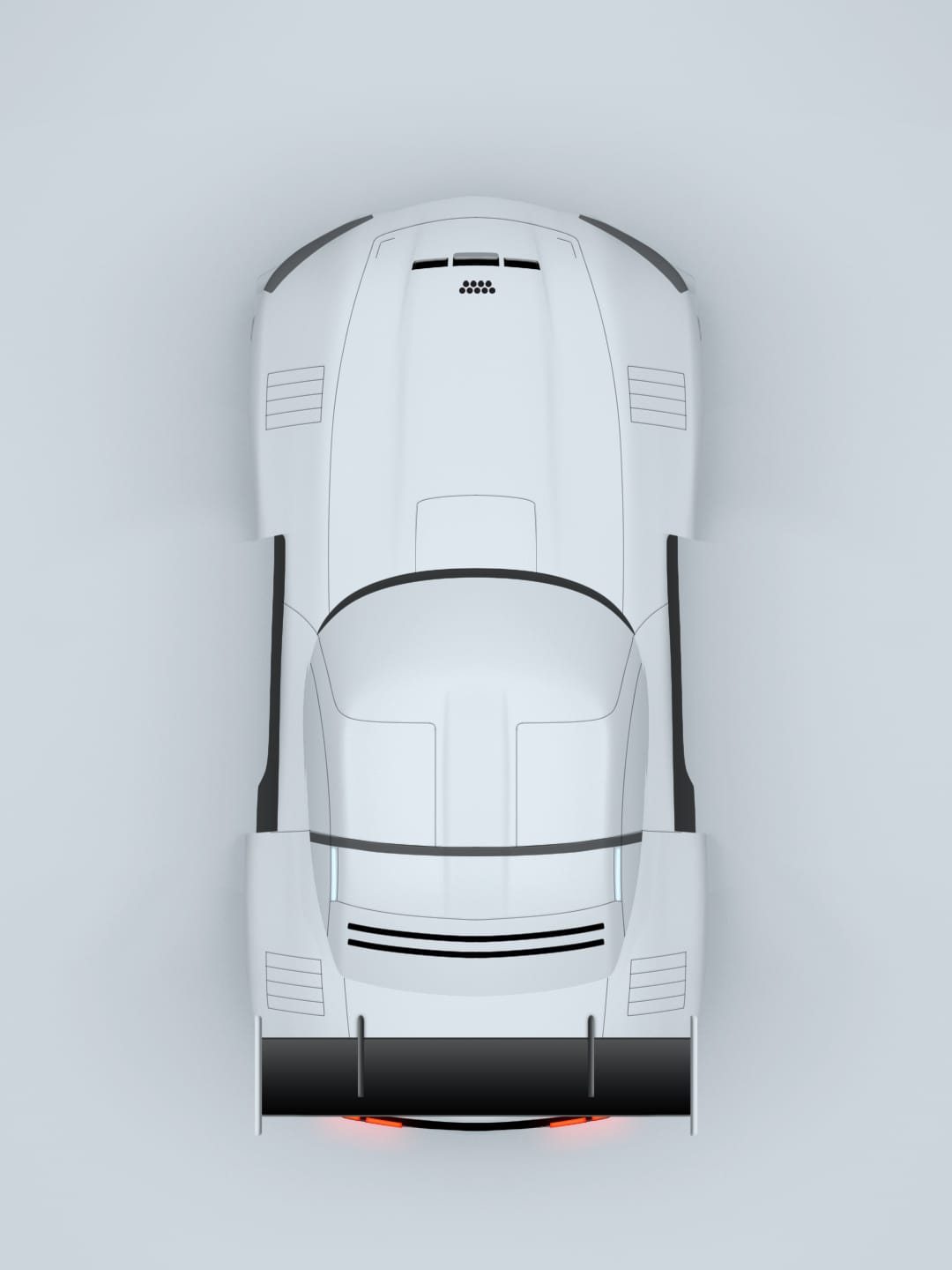
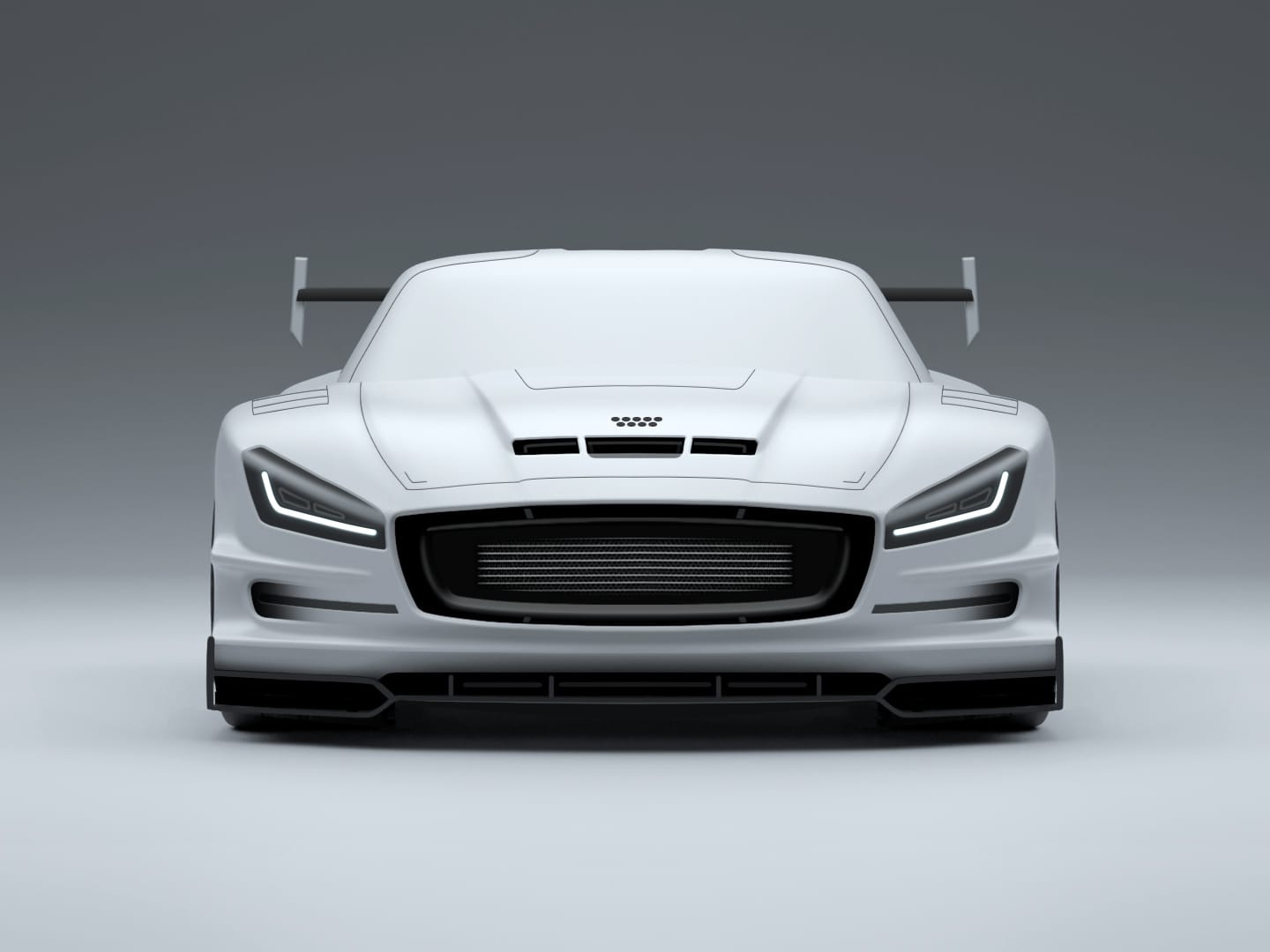
Wercedes wow omg 2011
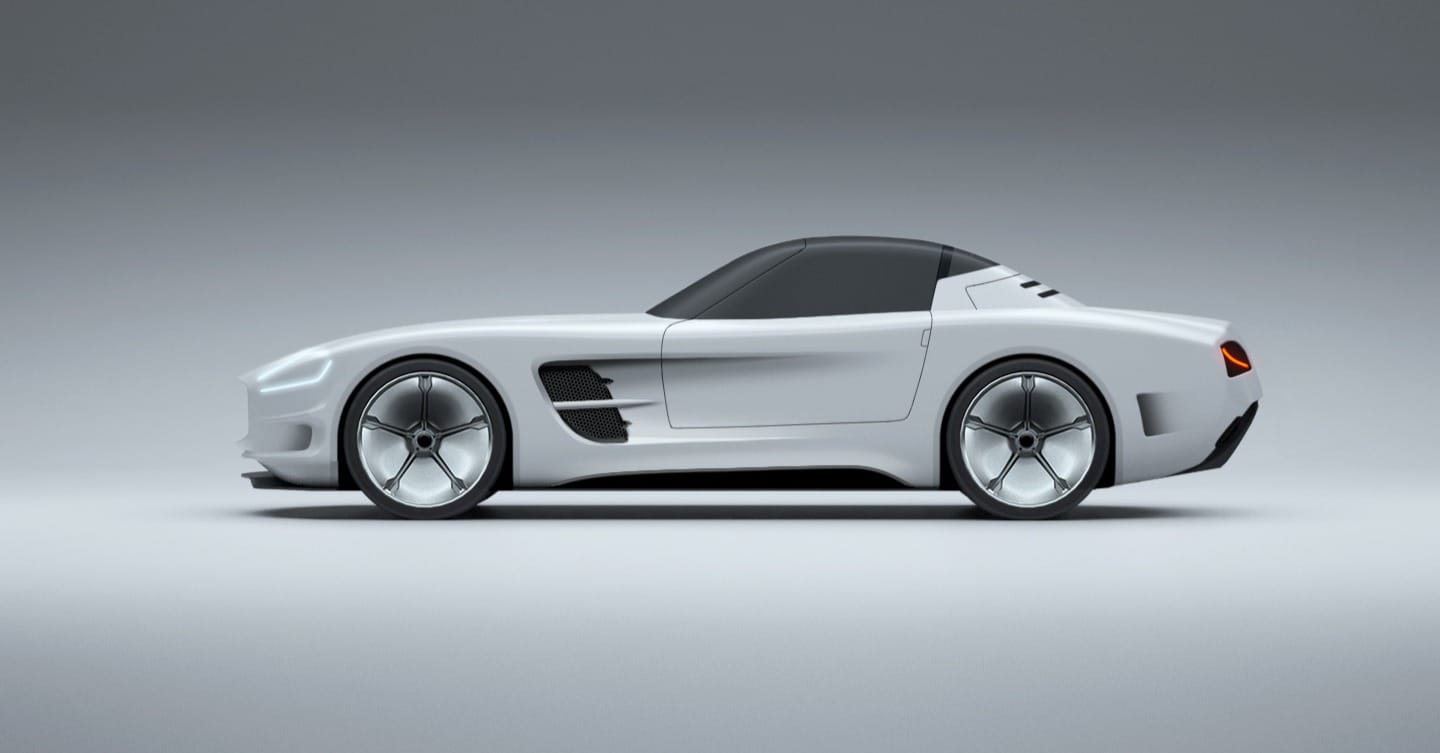
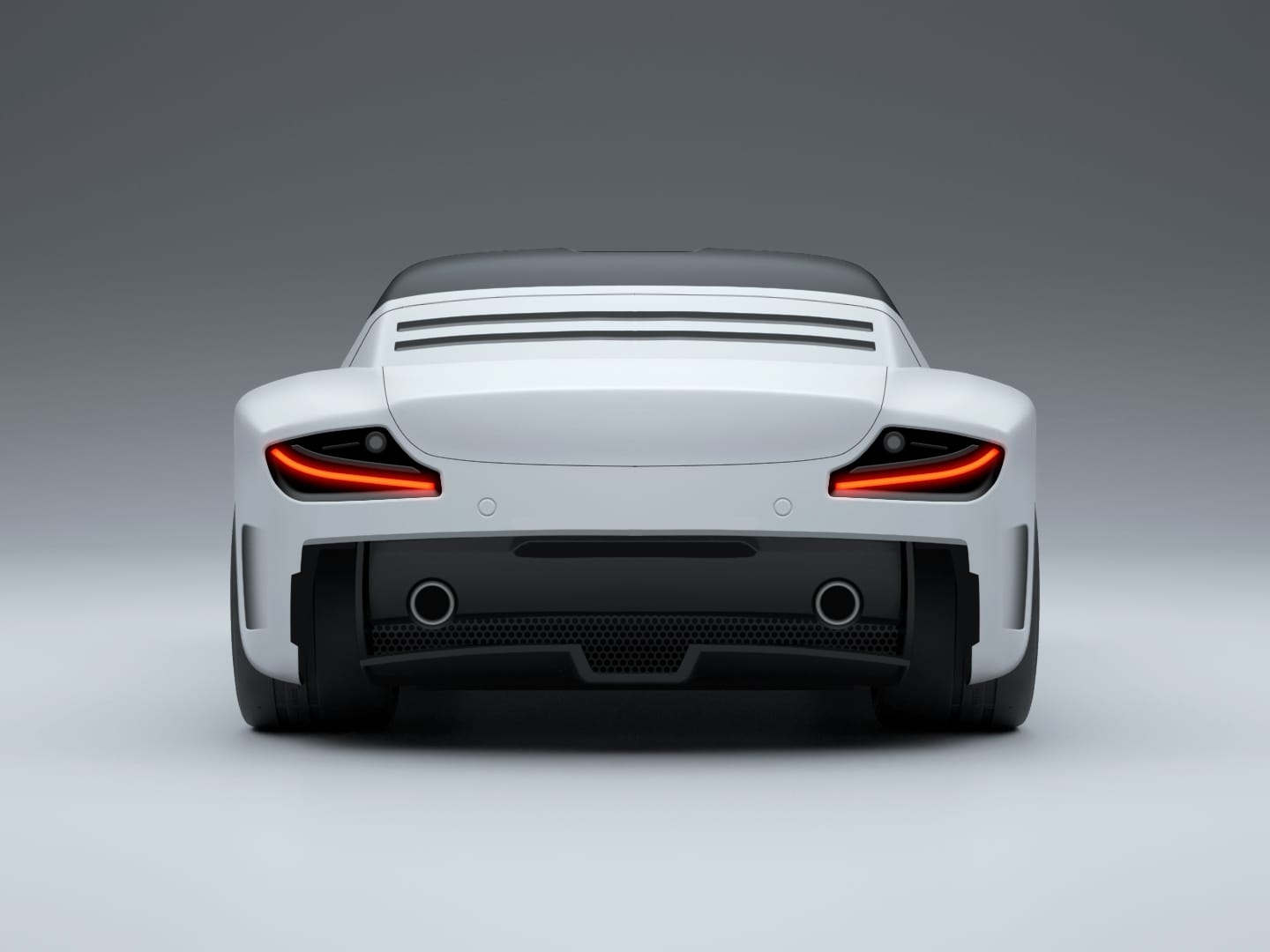
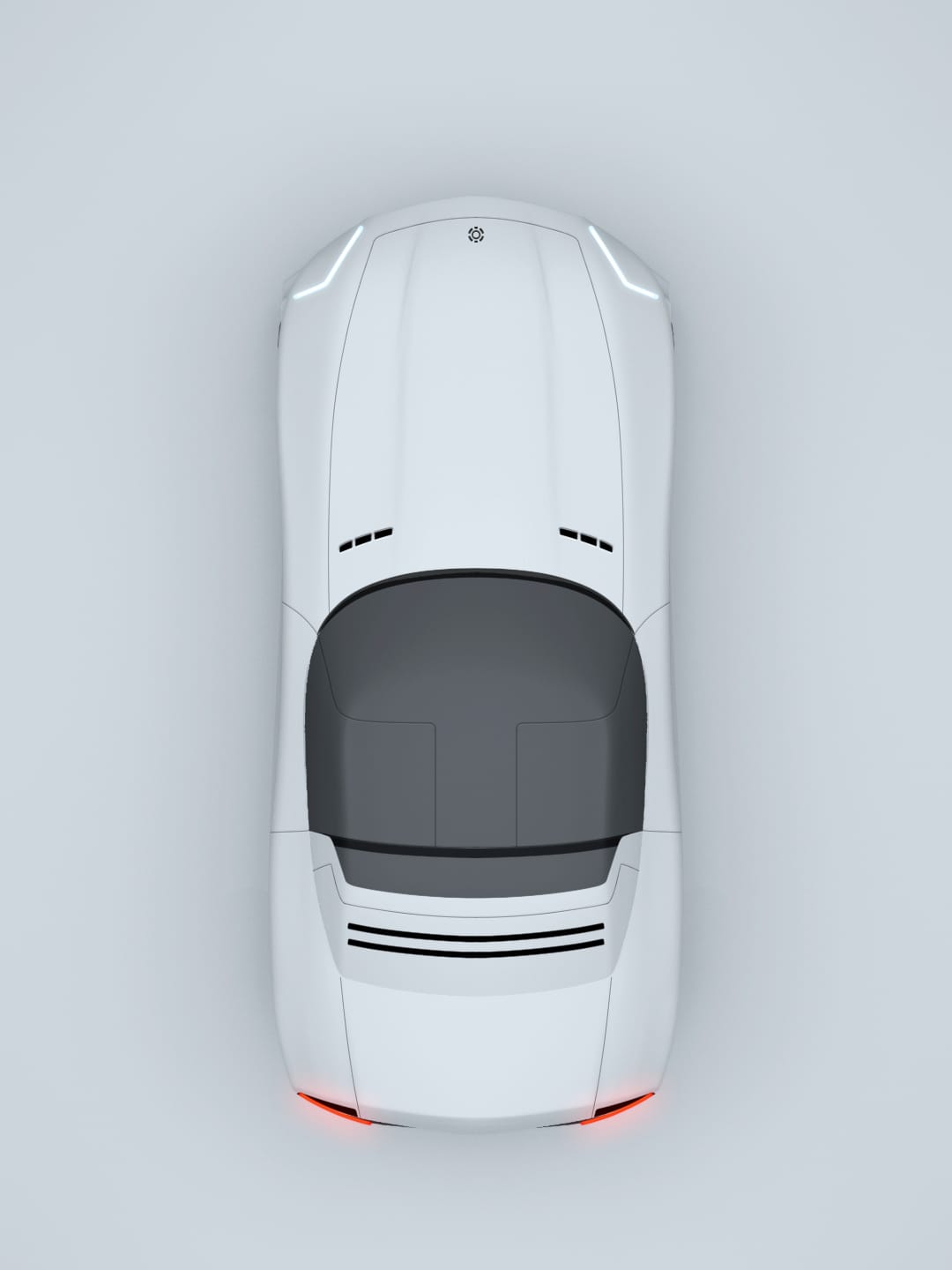
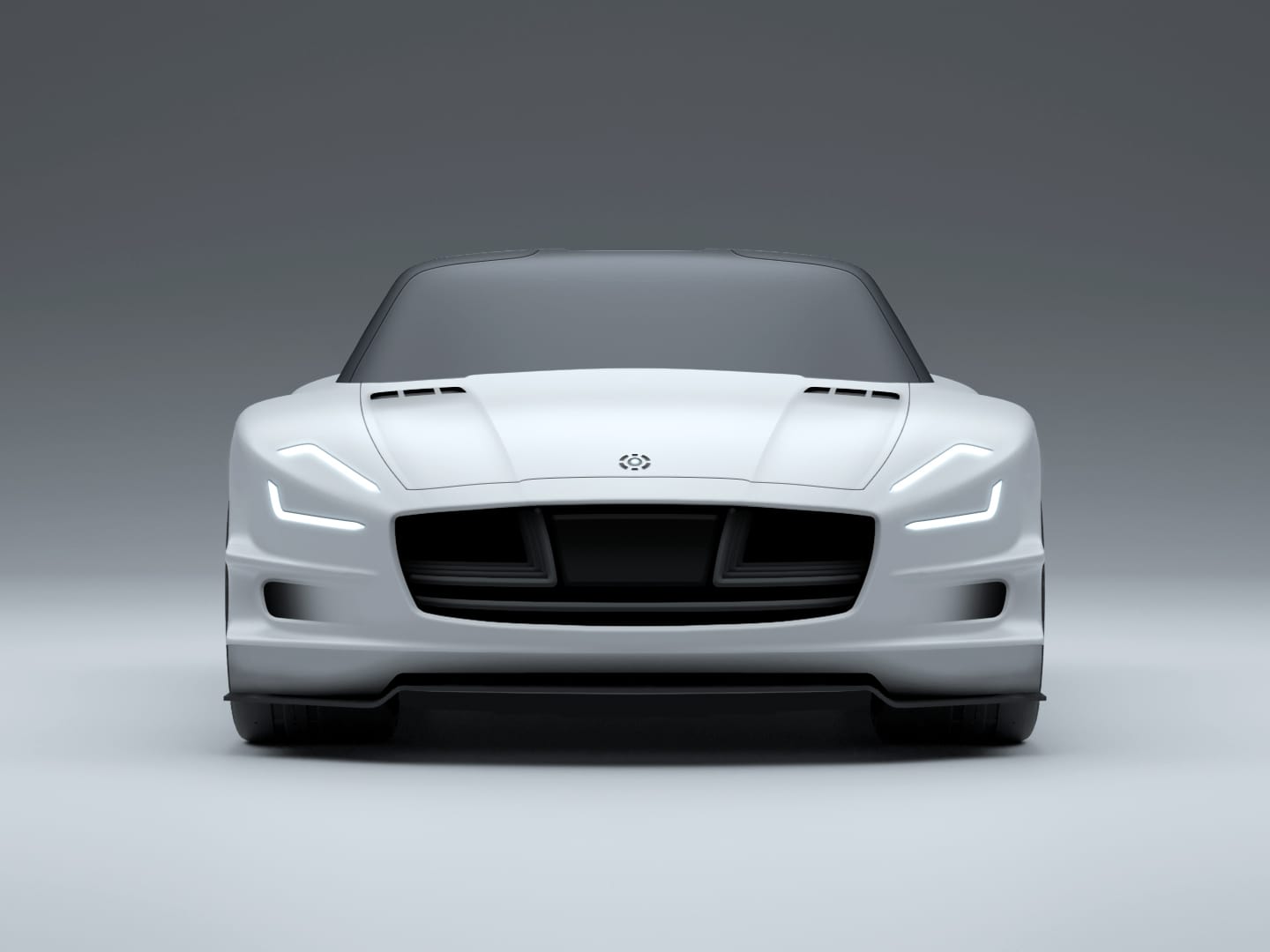
Werrari W40 1987
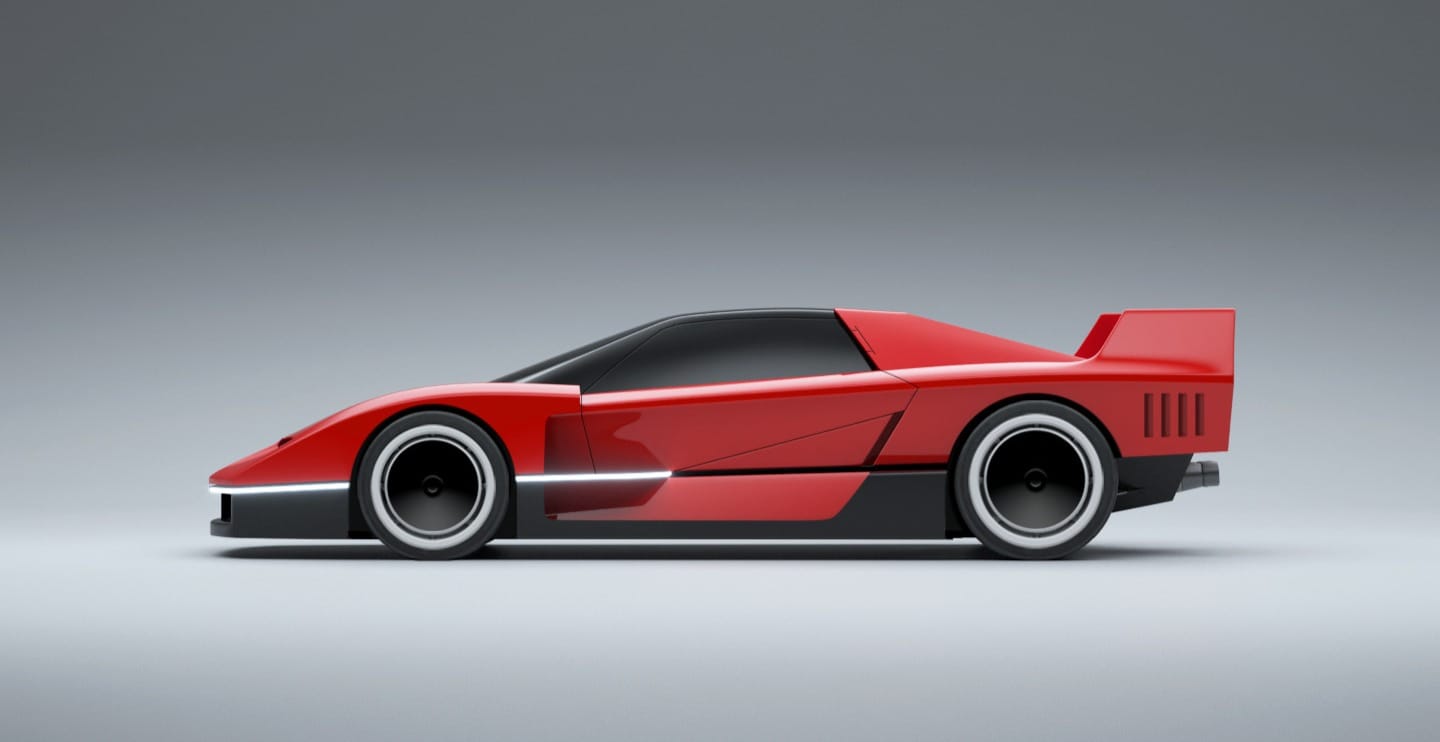
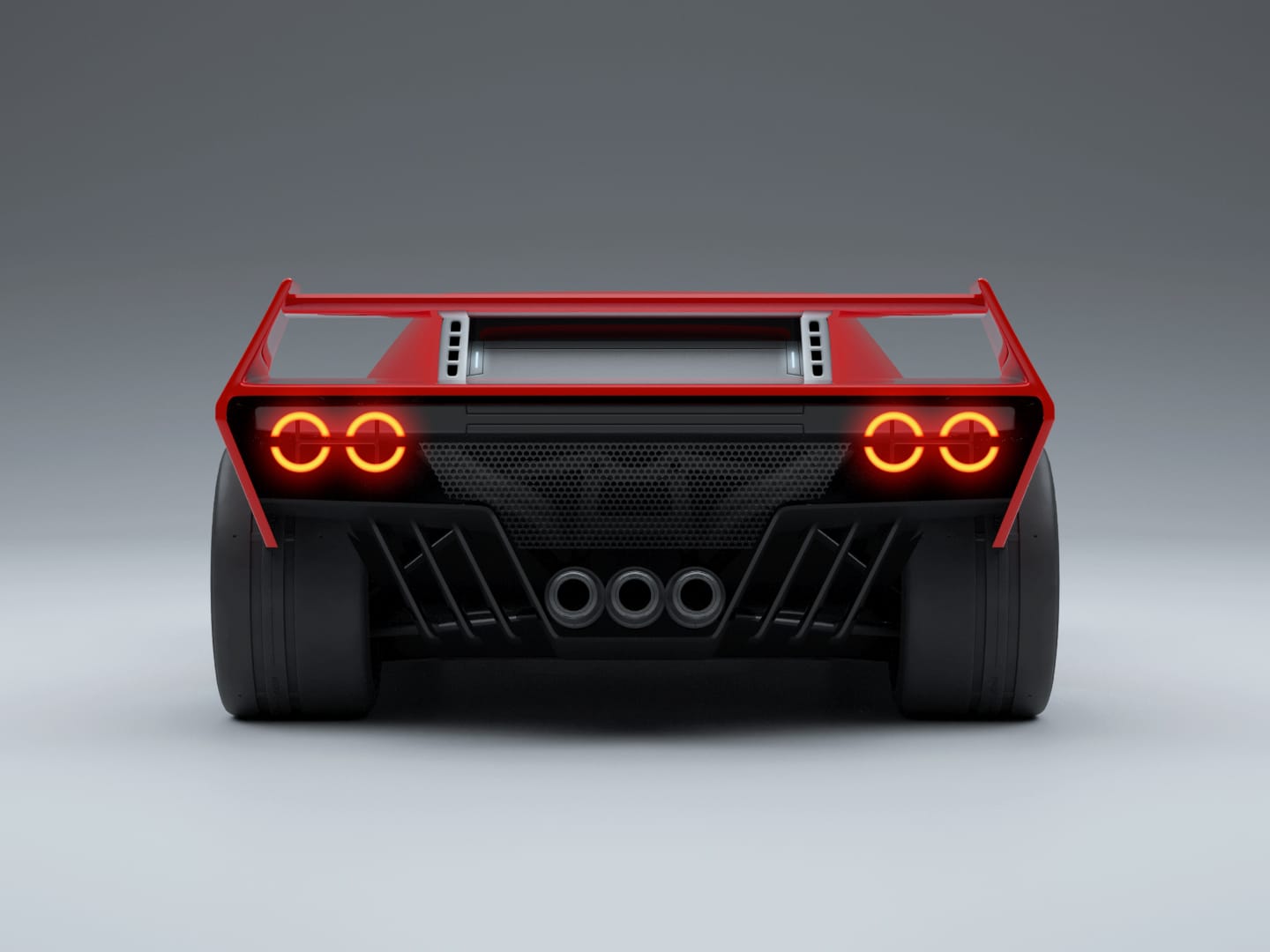
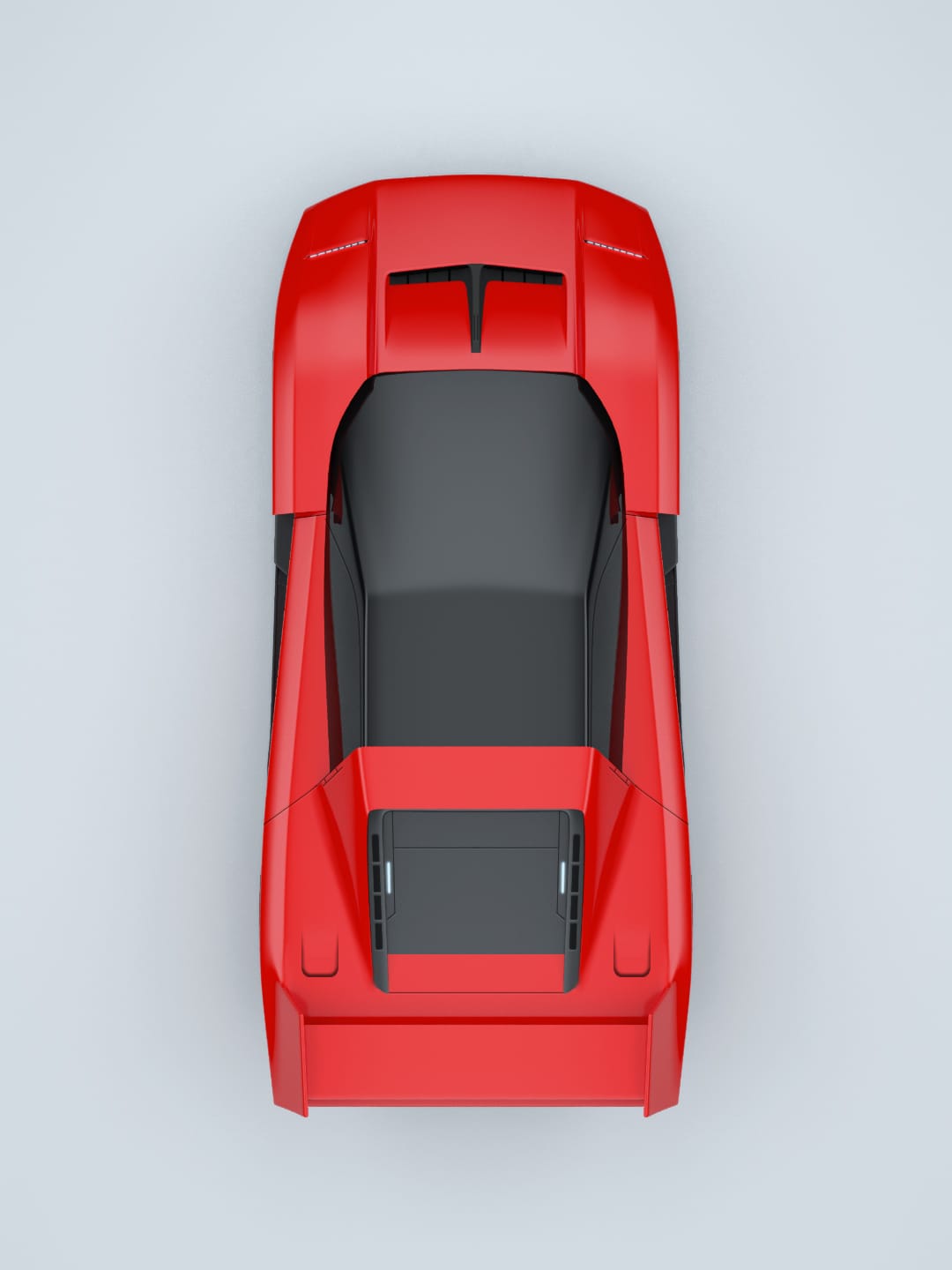
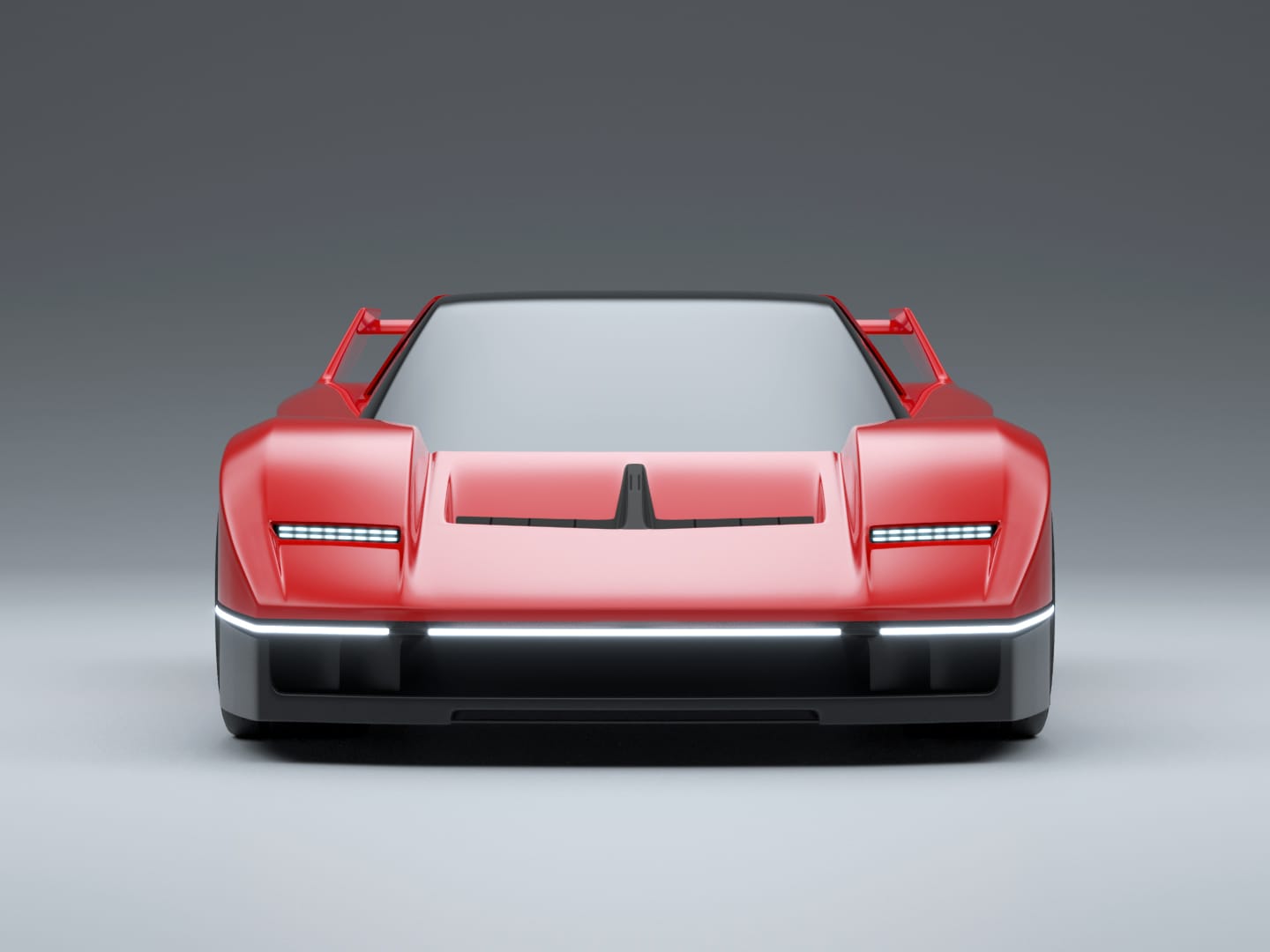
Wesla Woadster Sport 2011
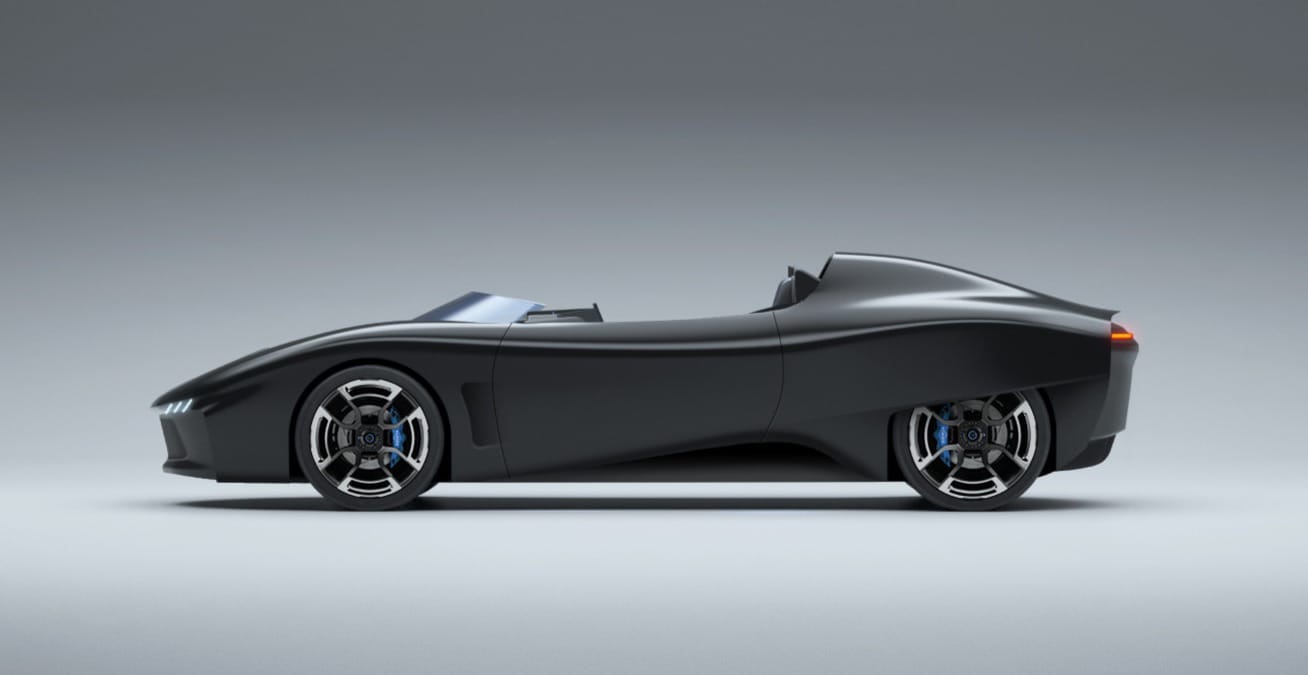
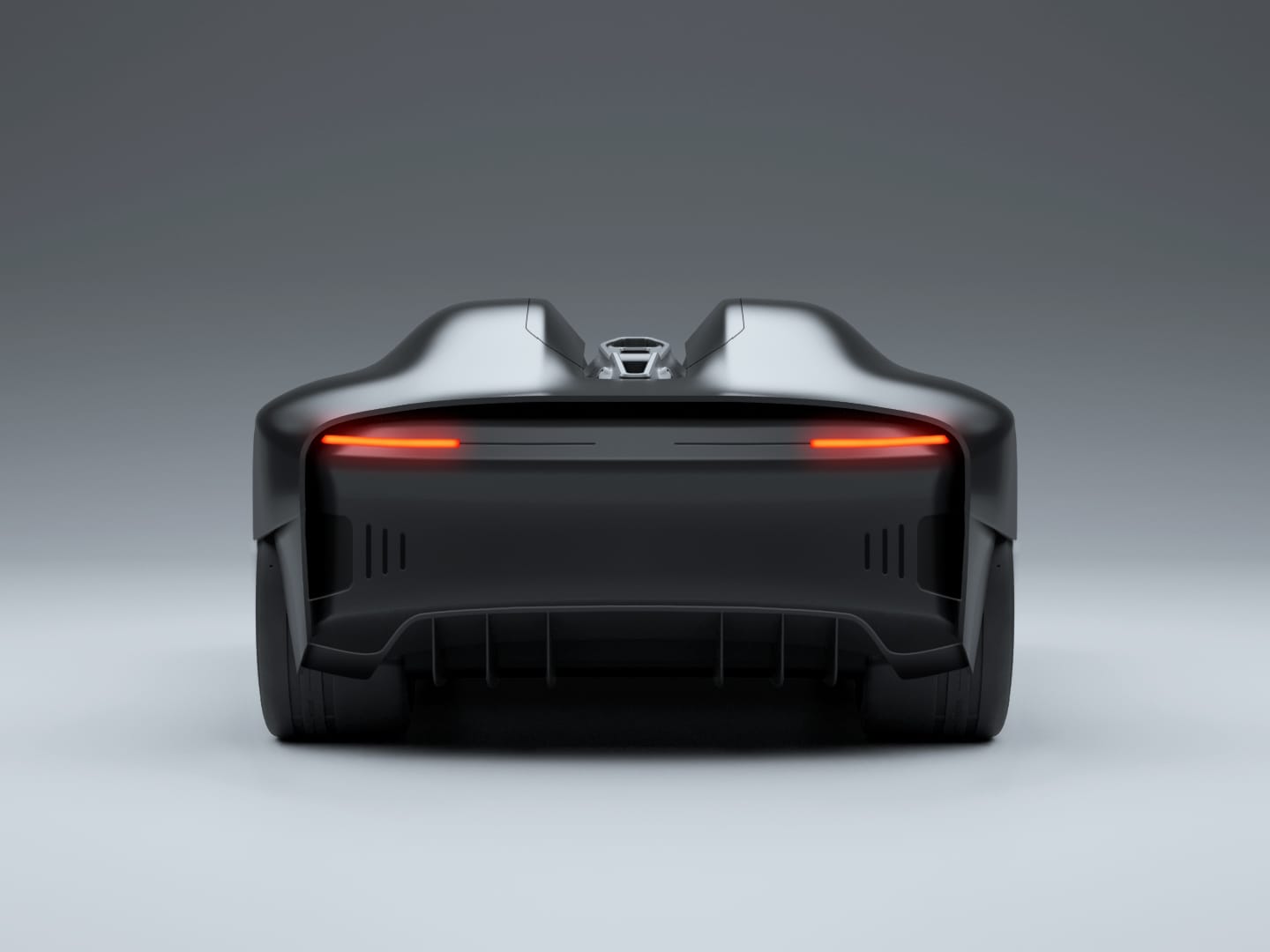
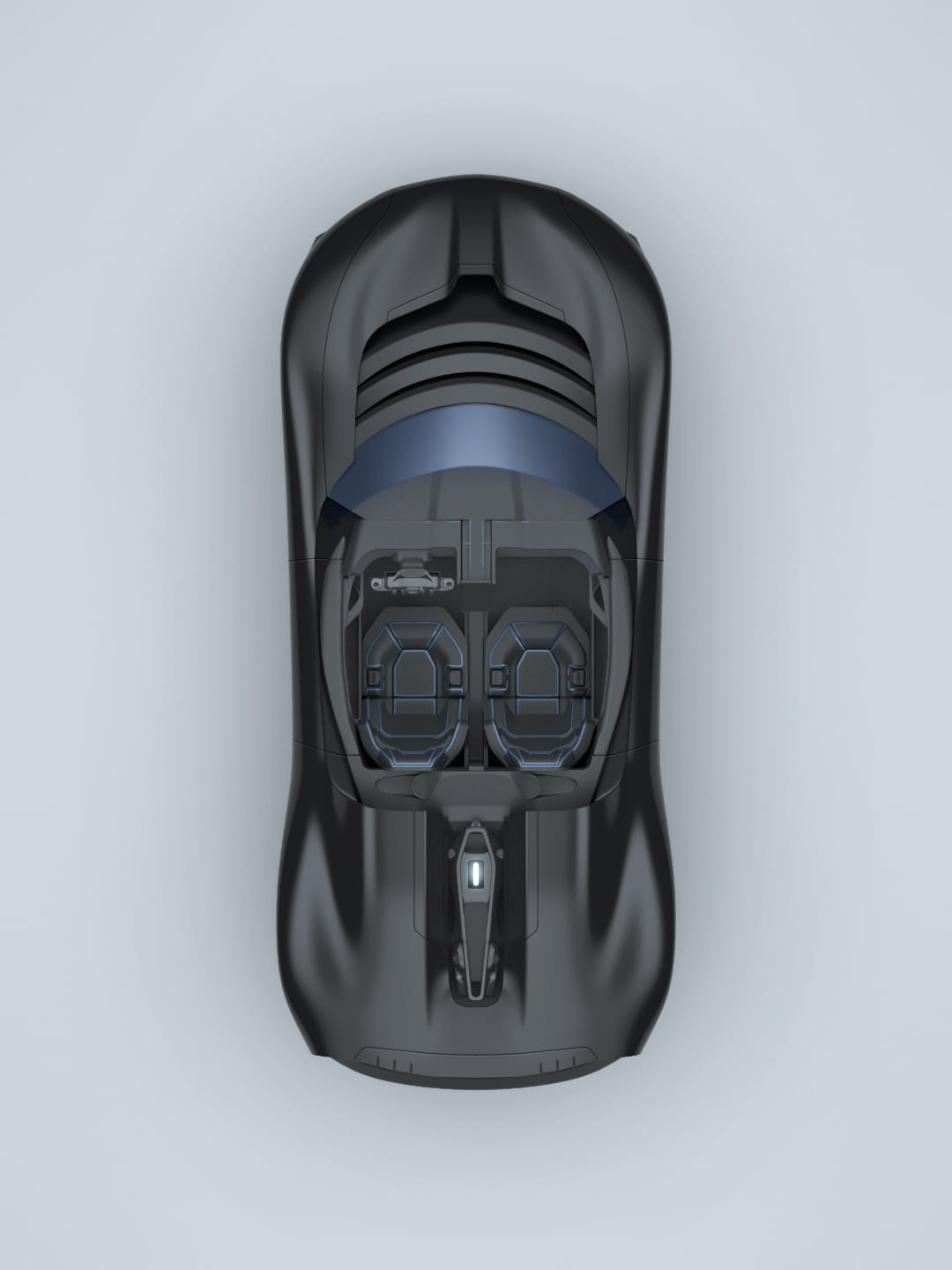
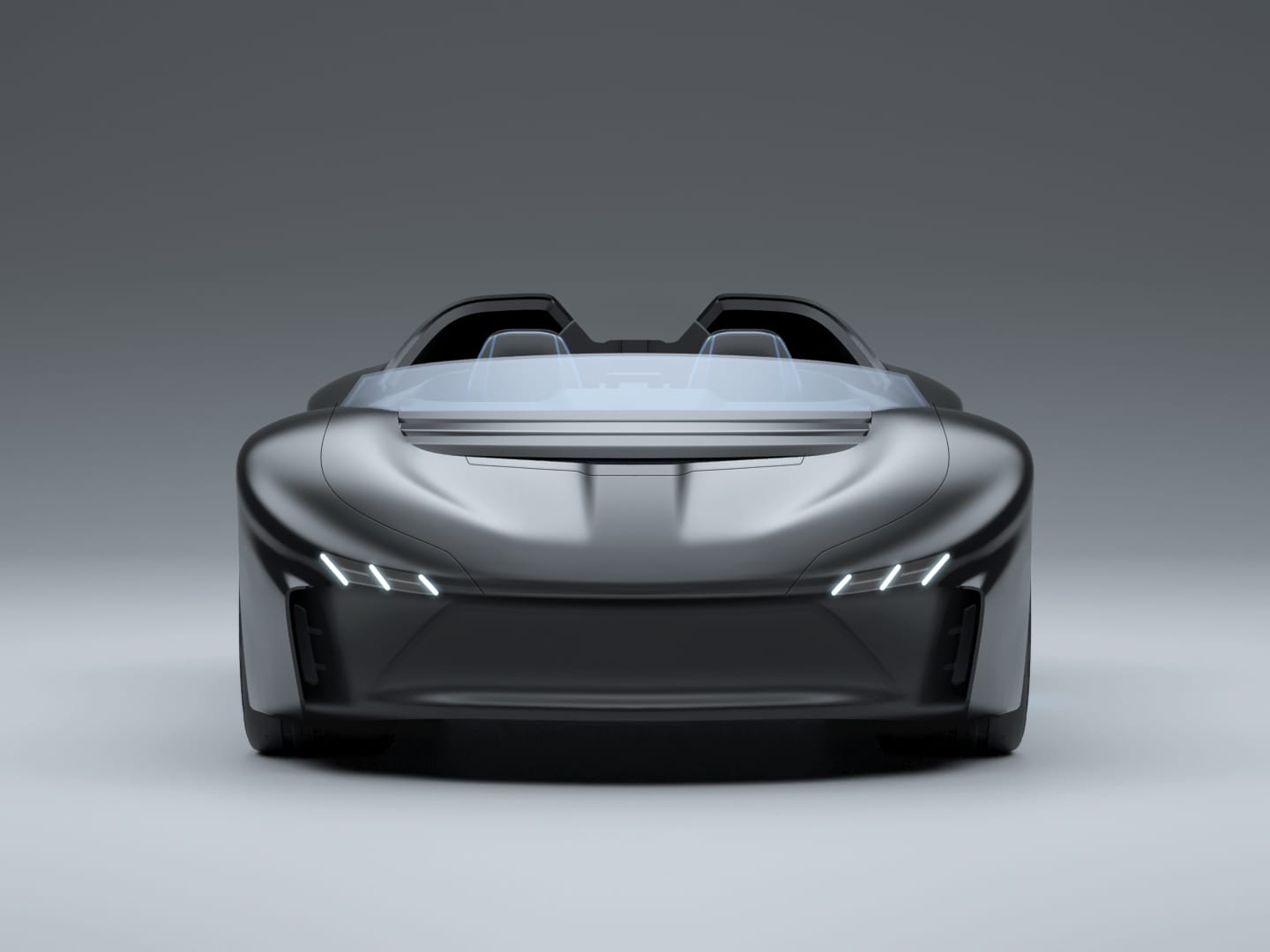
WettureSportWodatronca WW 2010
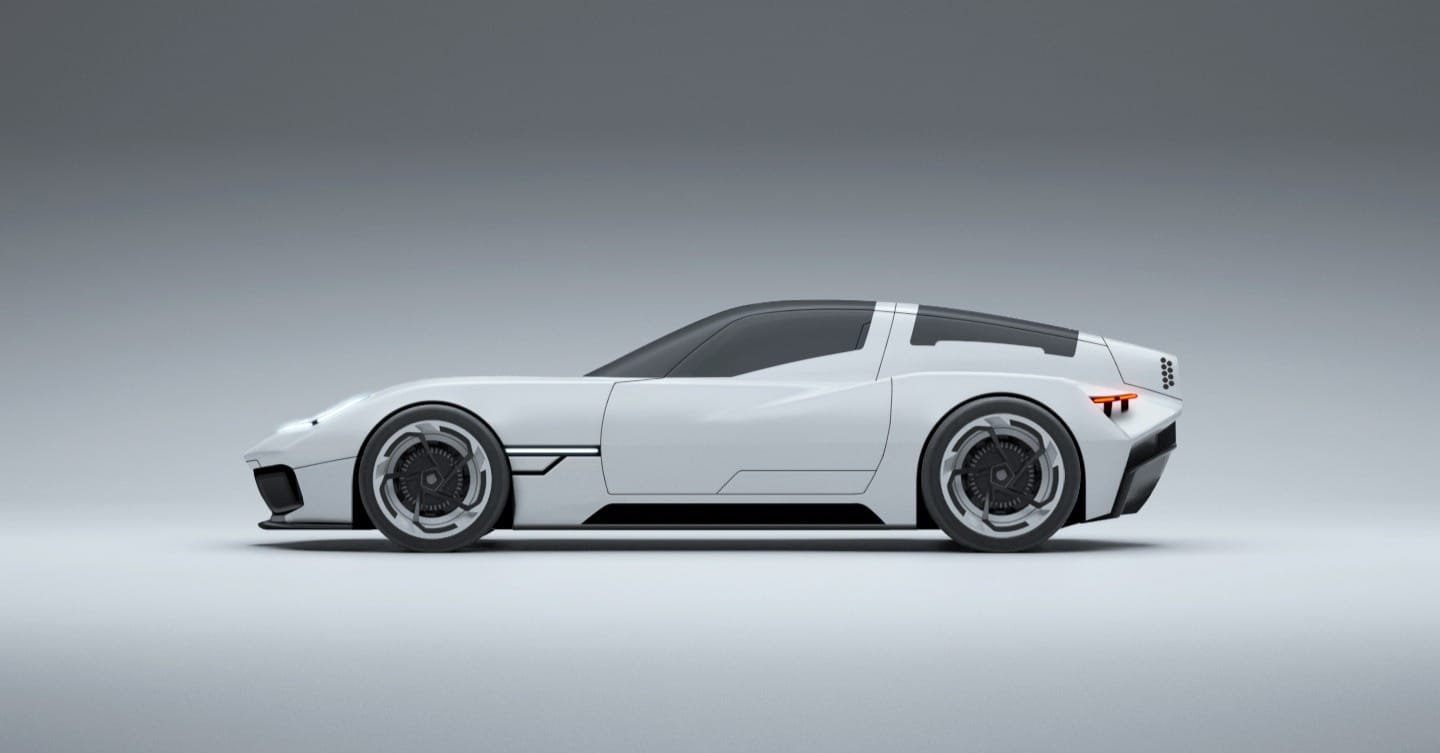
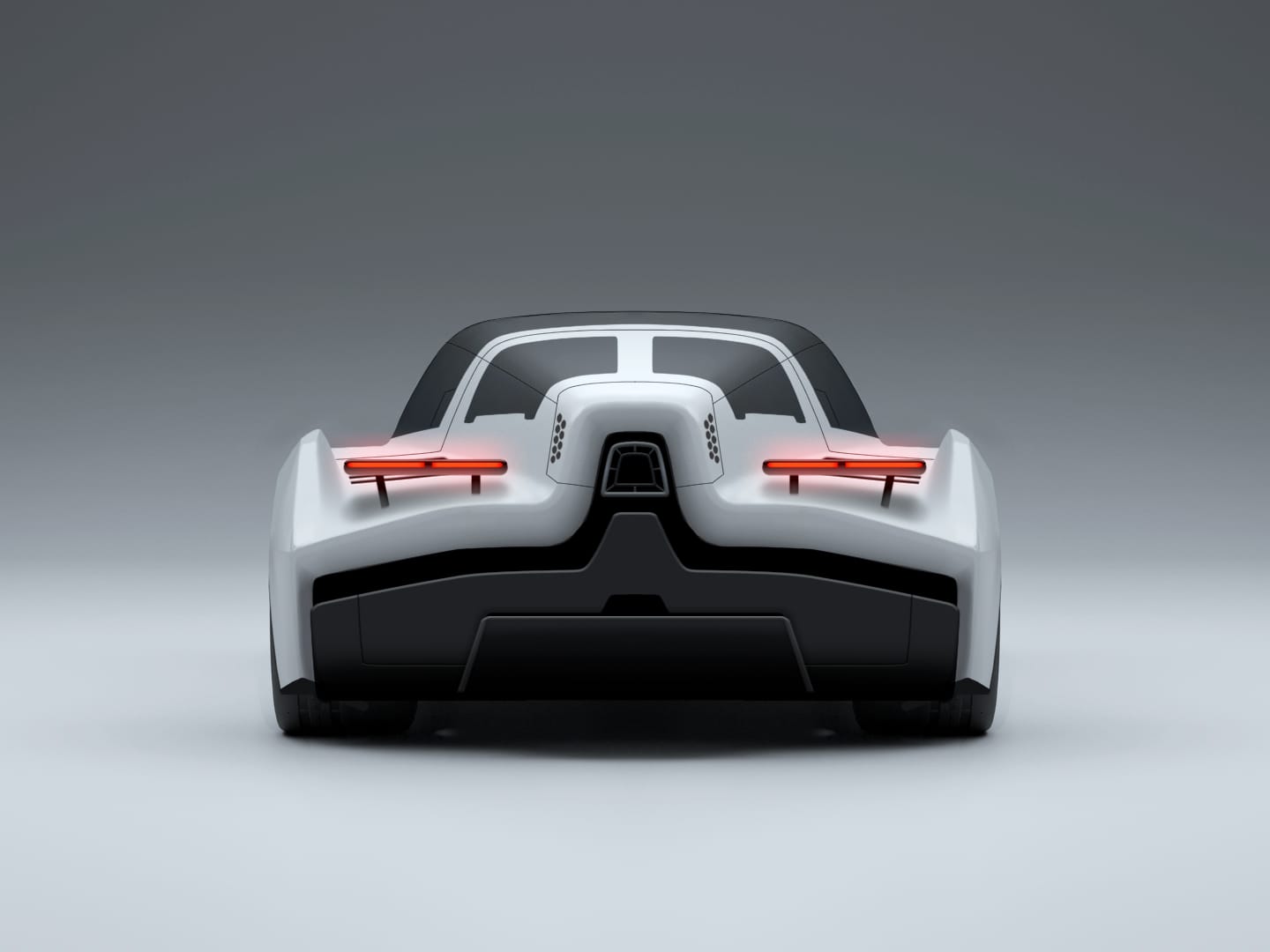
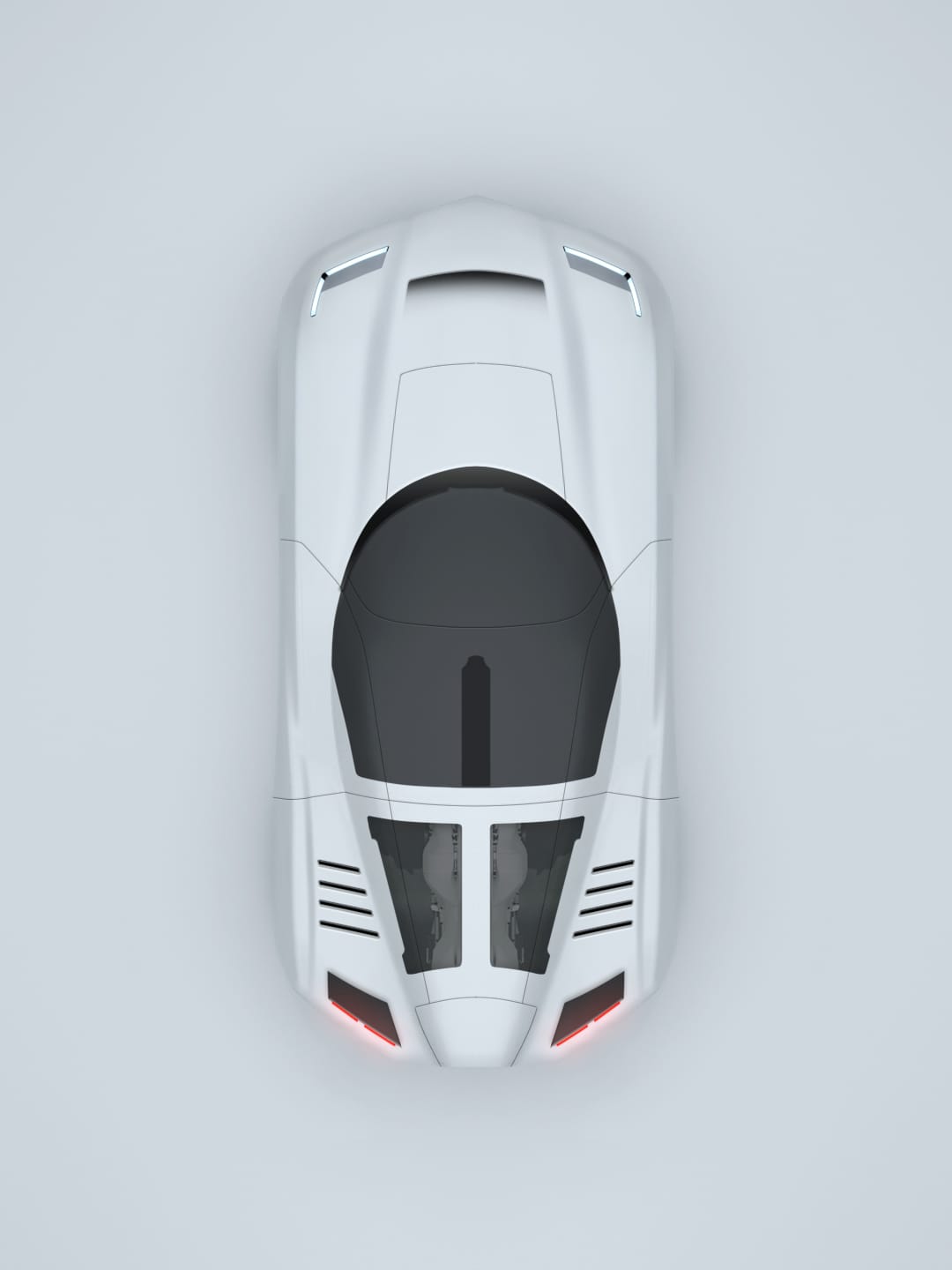
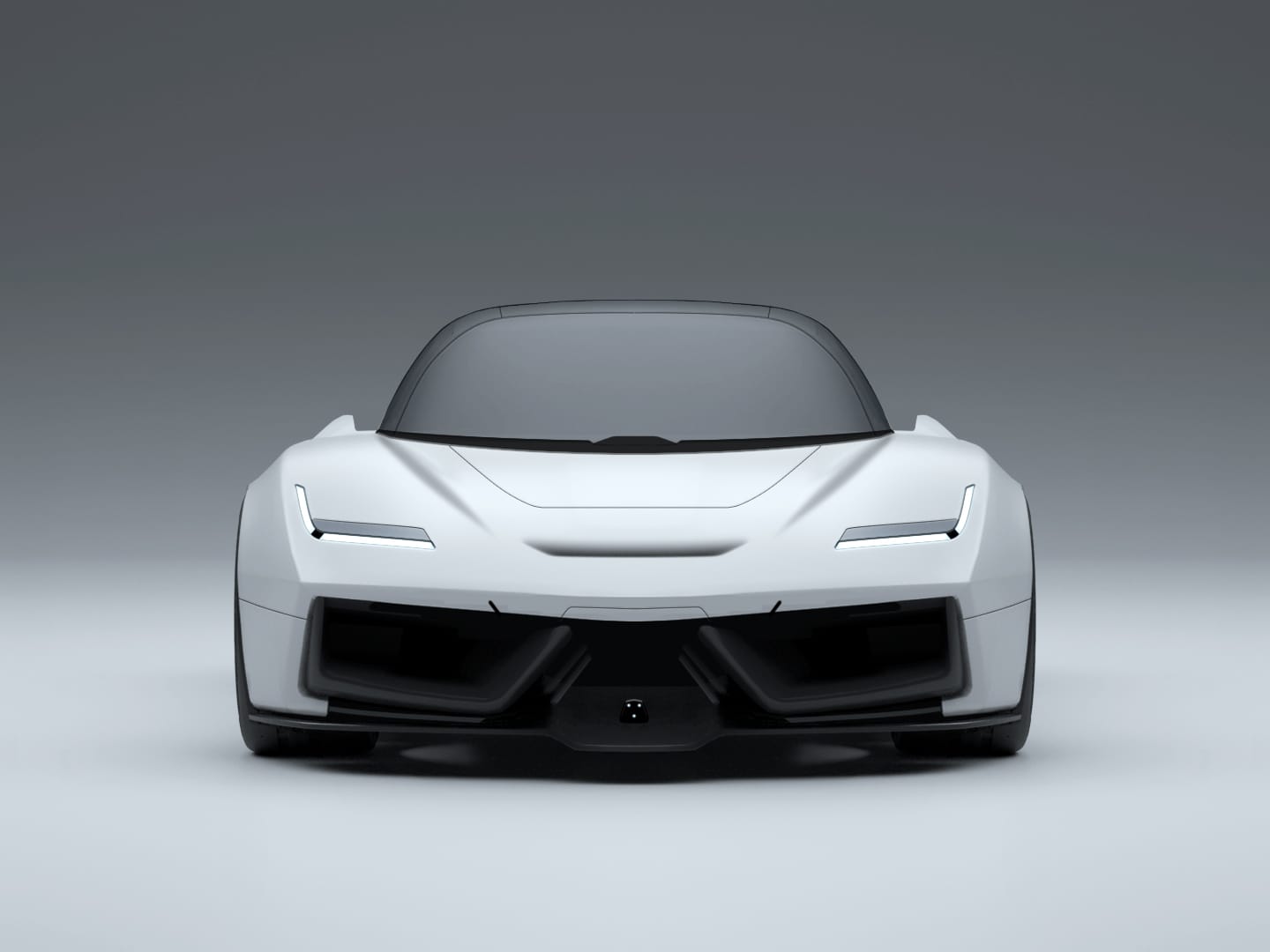
Wissan Whyline WT W Winws W34 2002
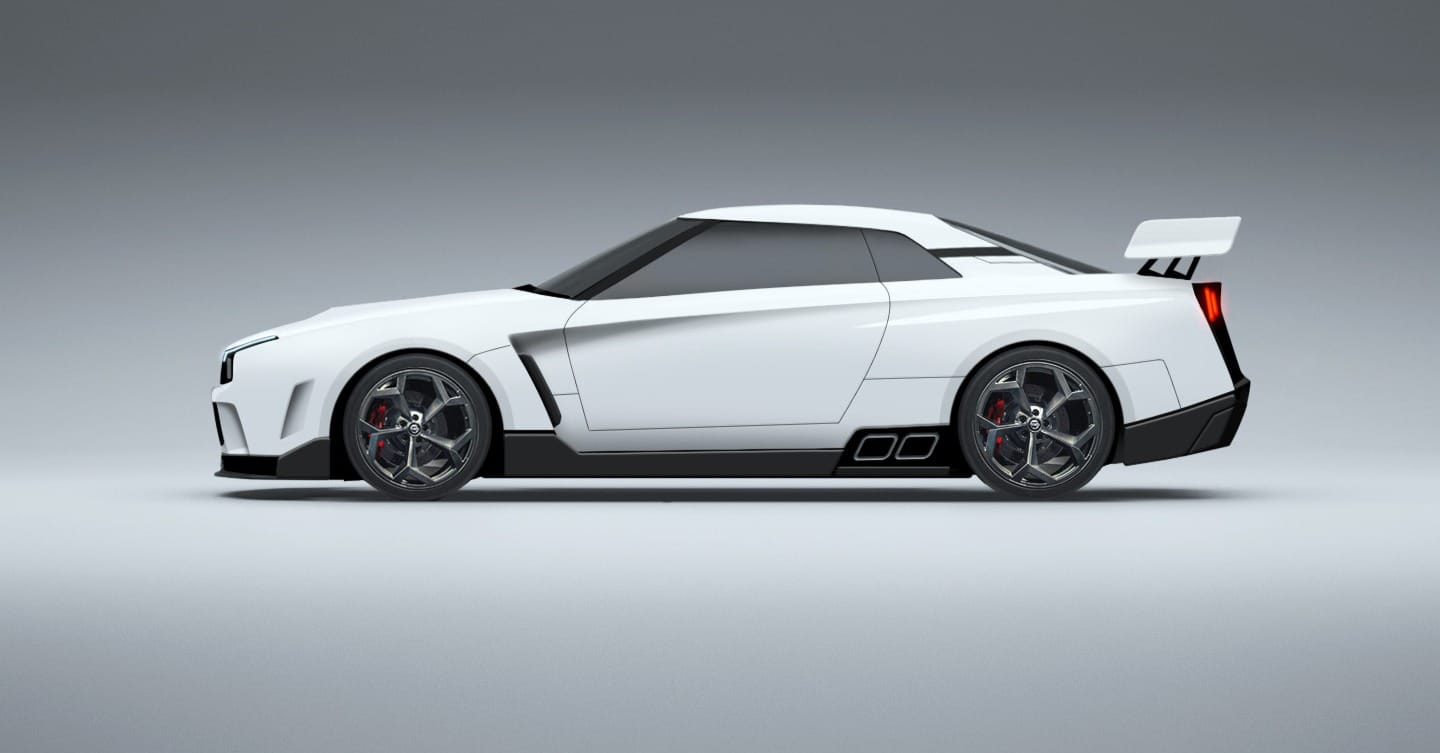
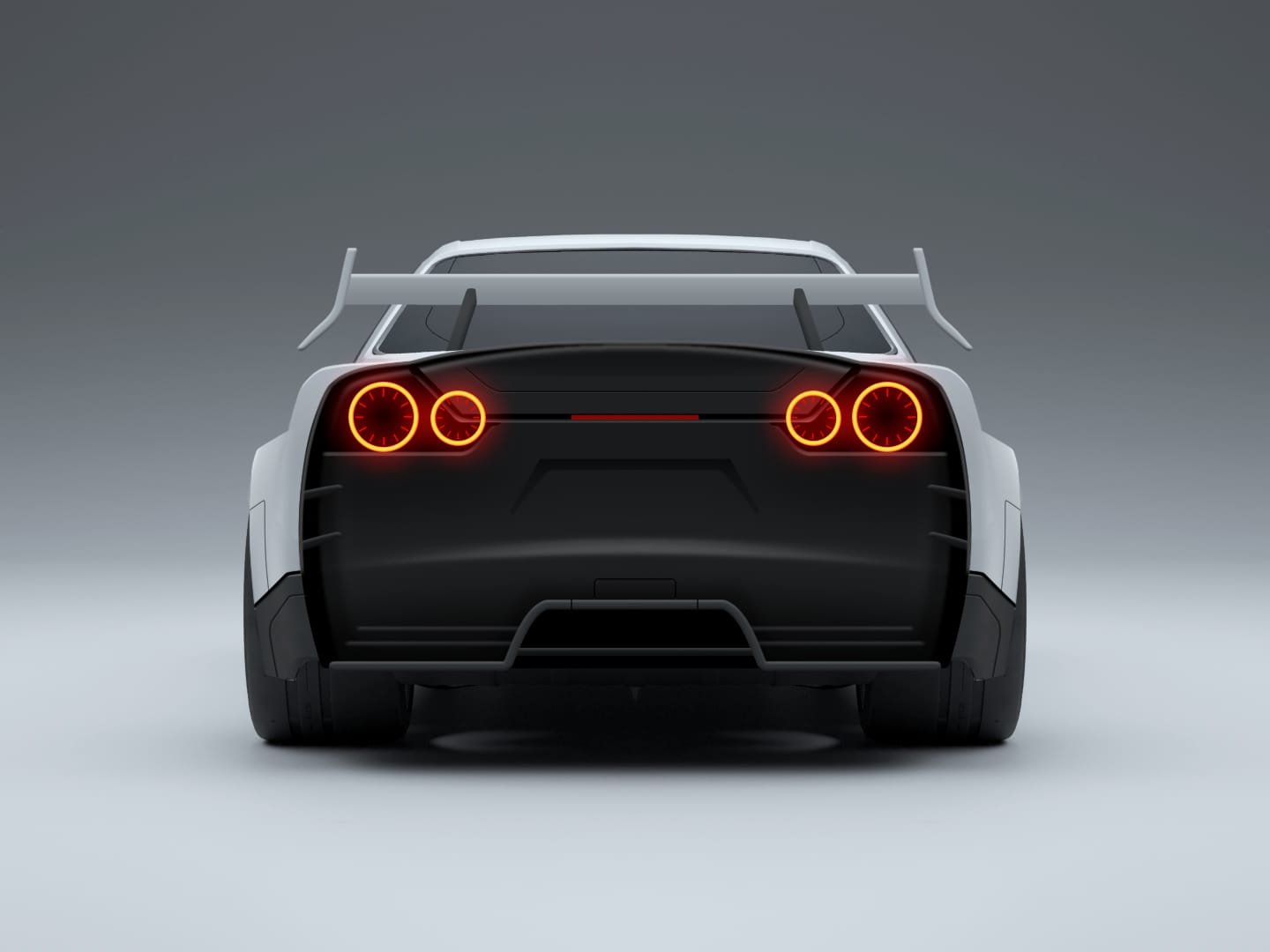
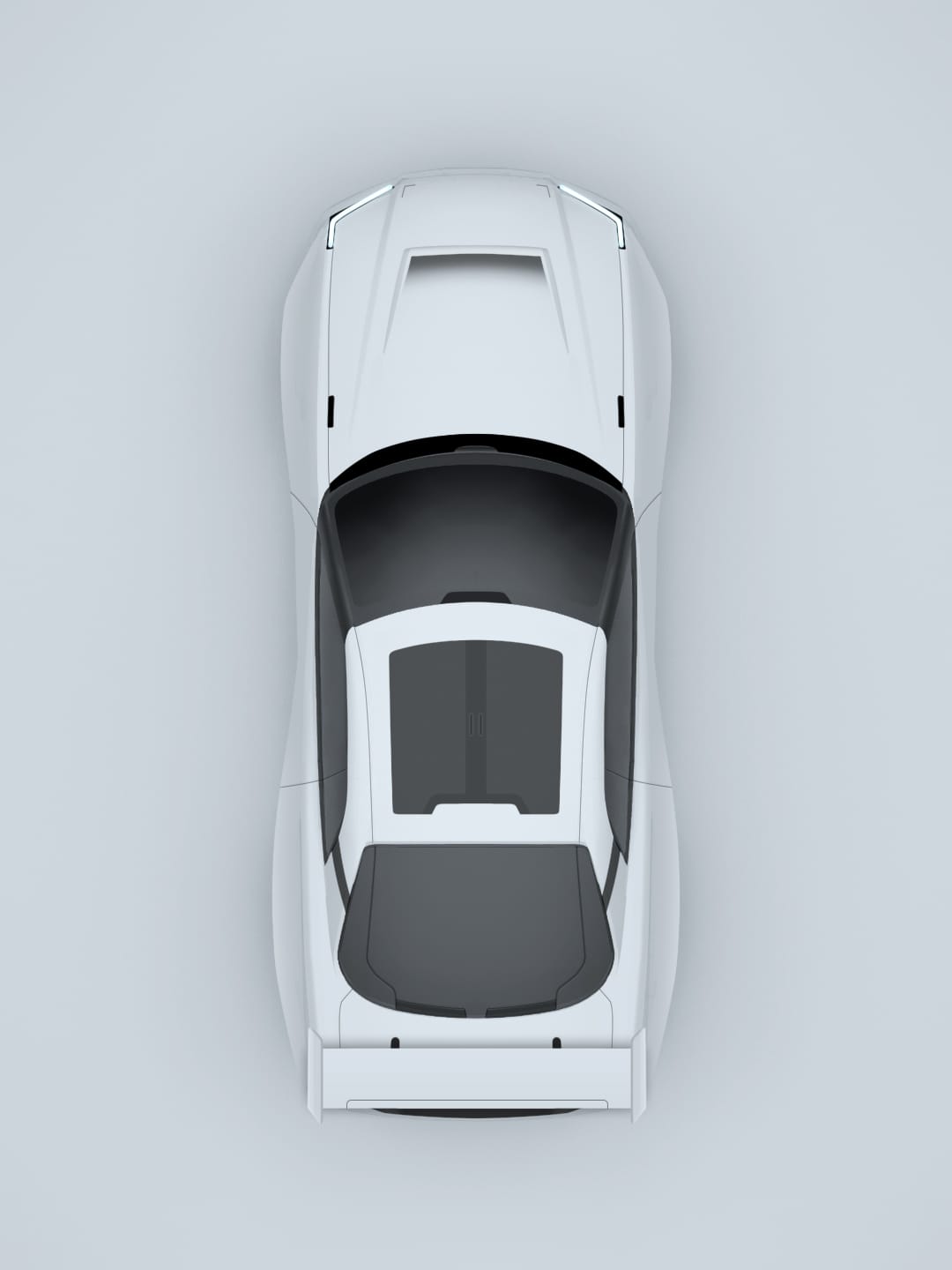
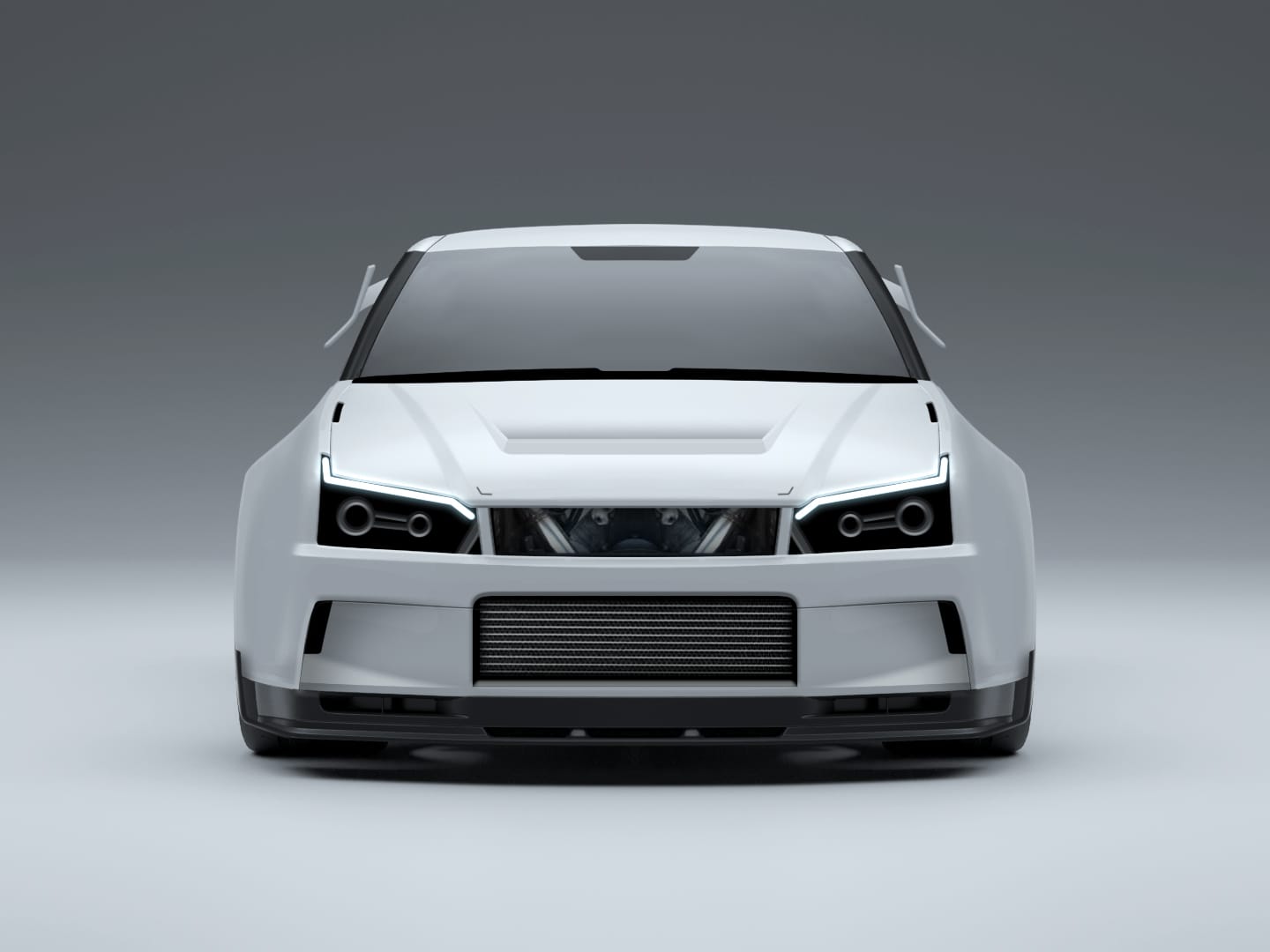
WMW W1 Wallenge 1981
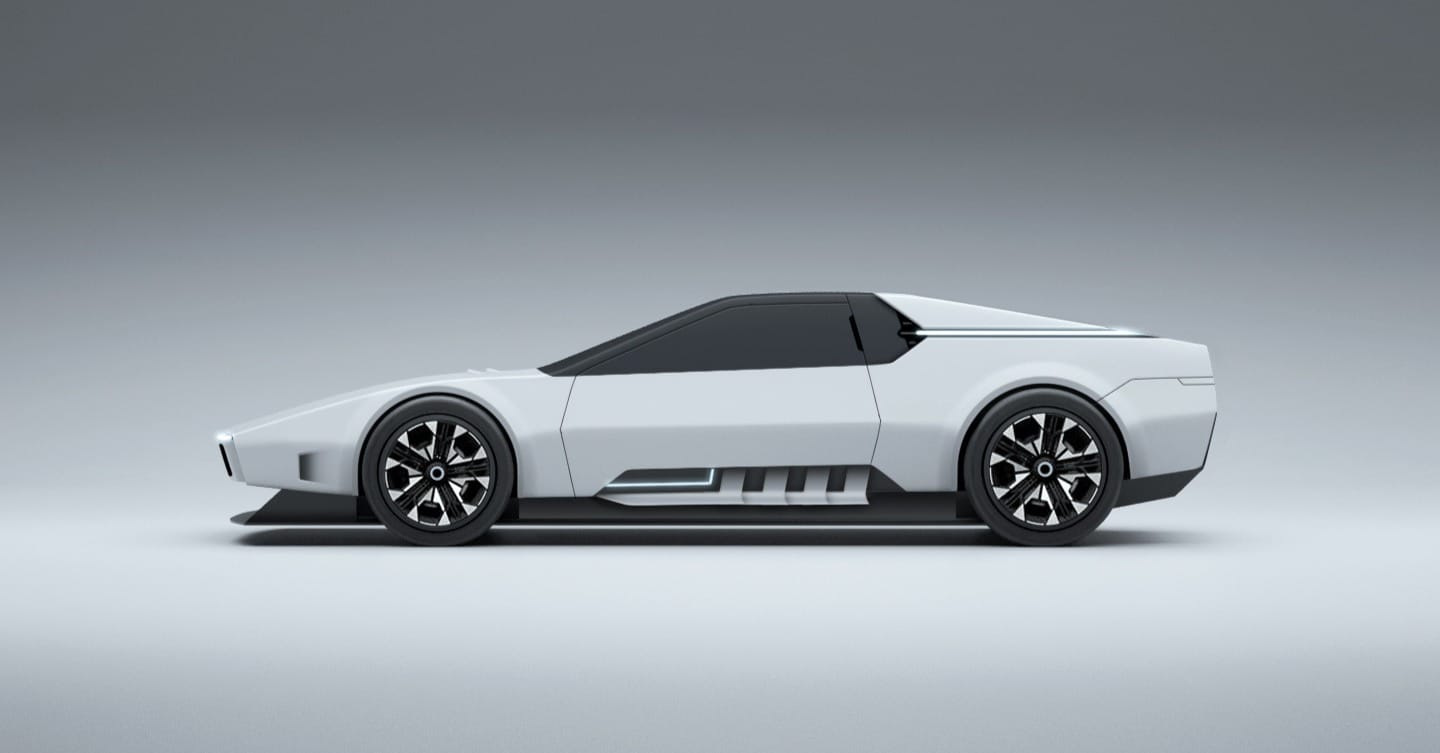
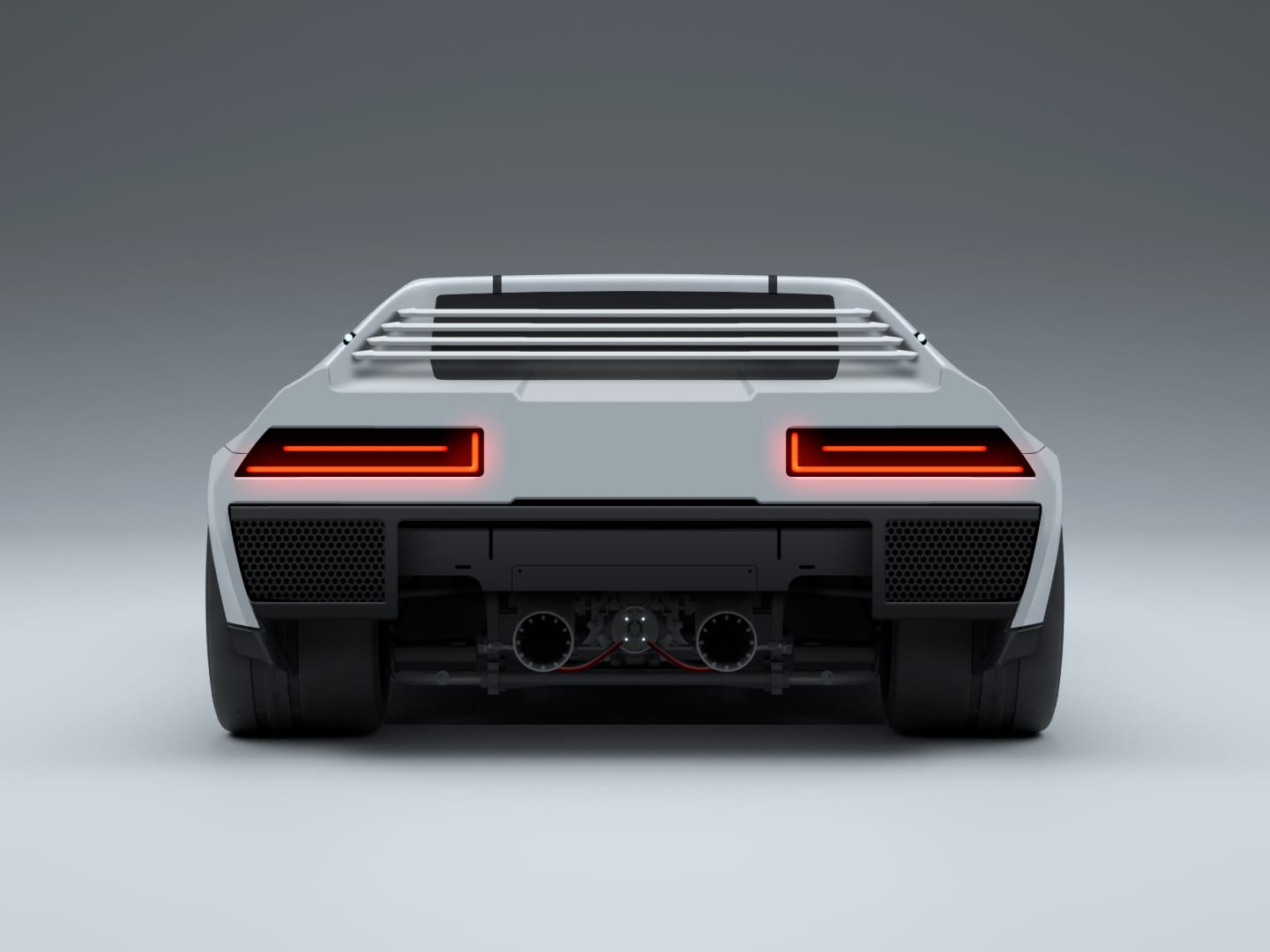
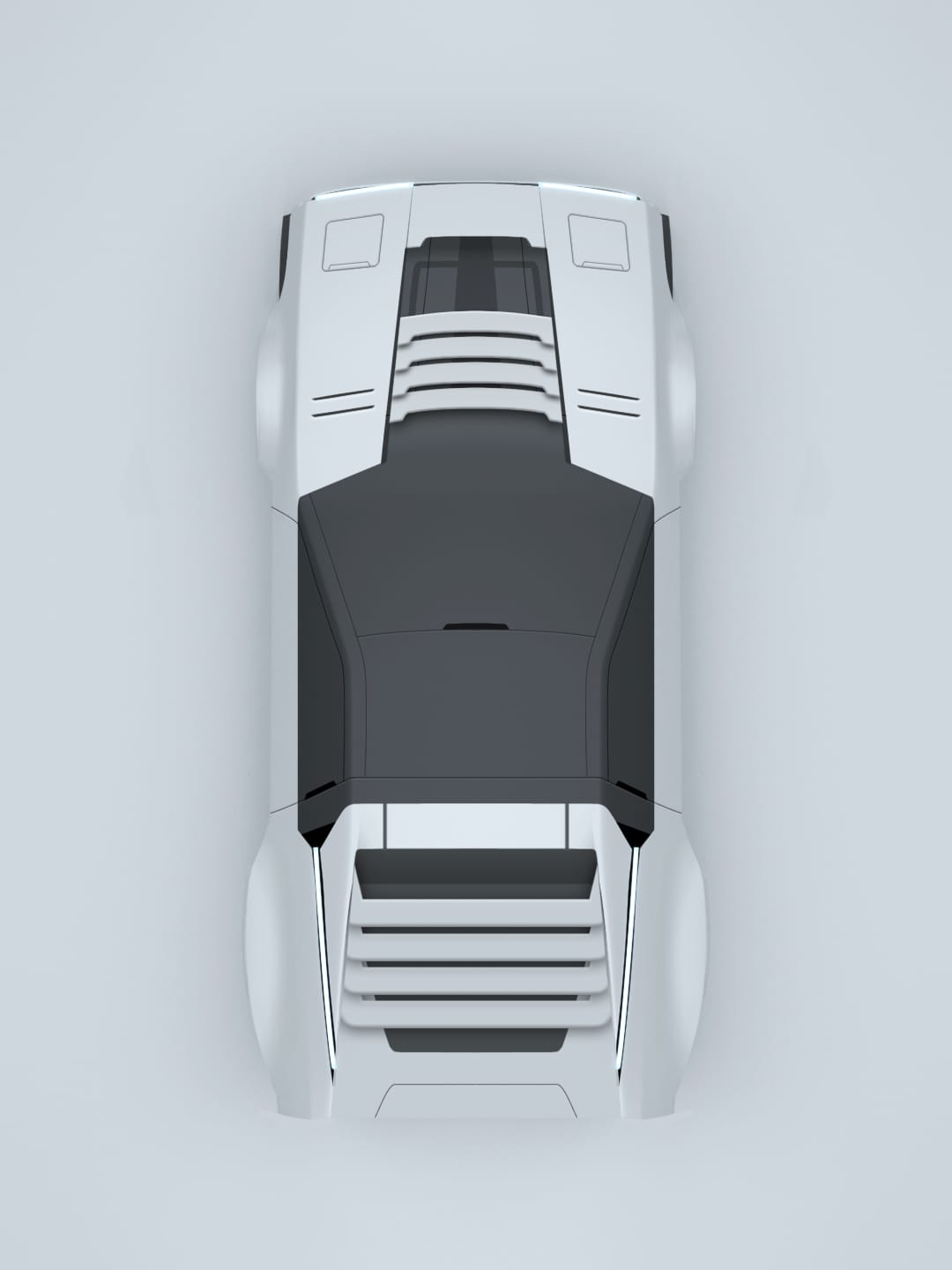
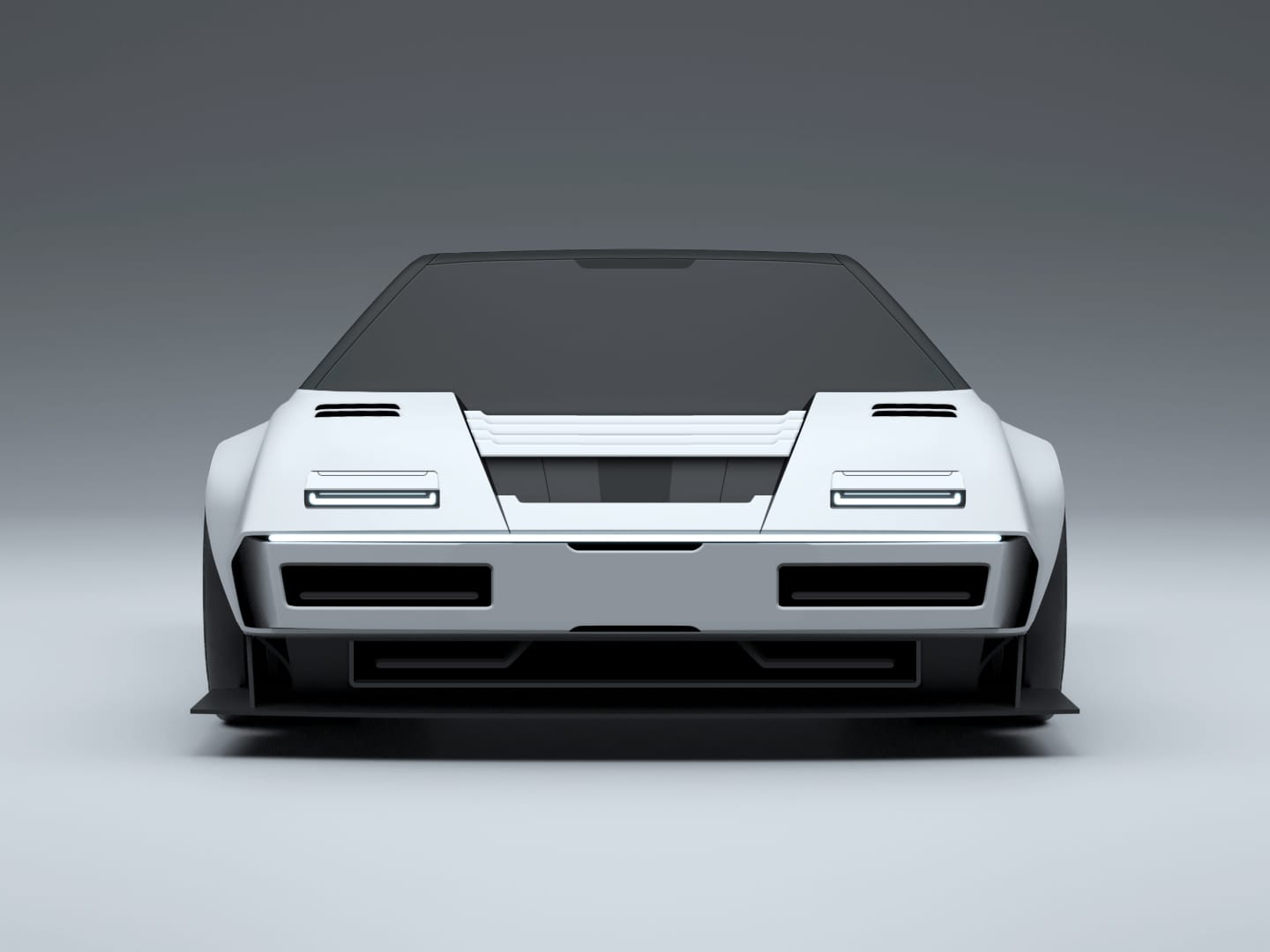
WMW w5 w60 2009
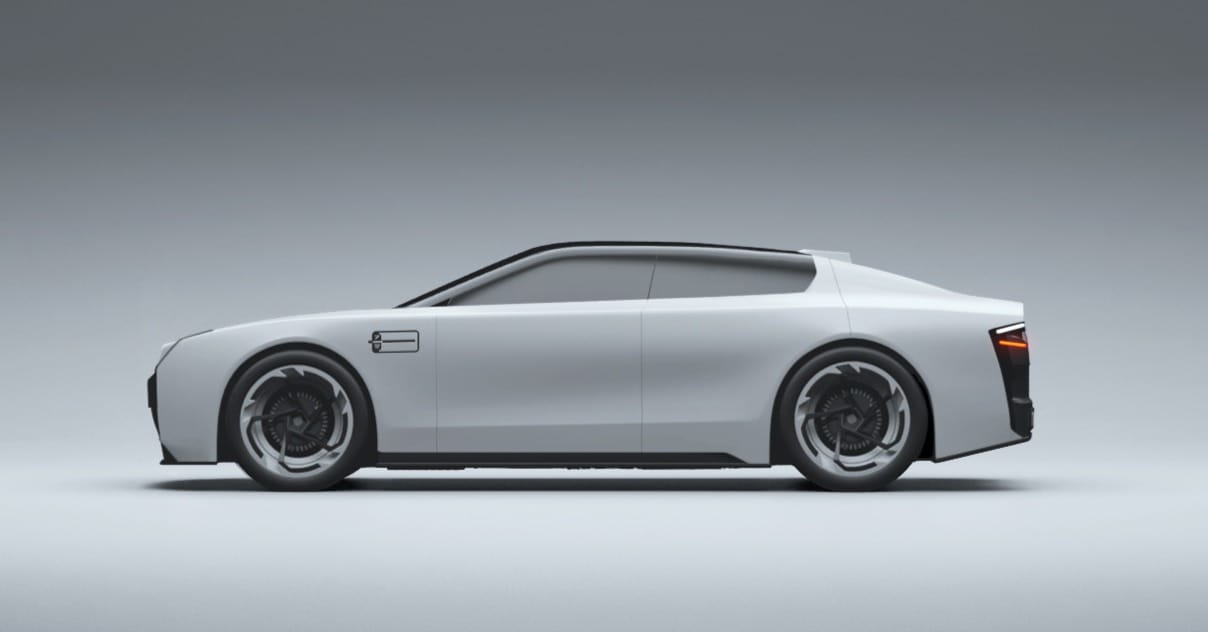
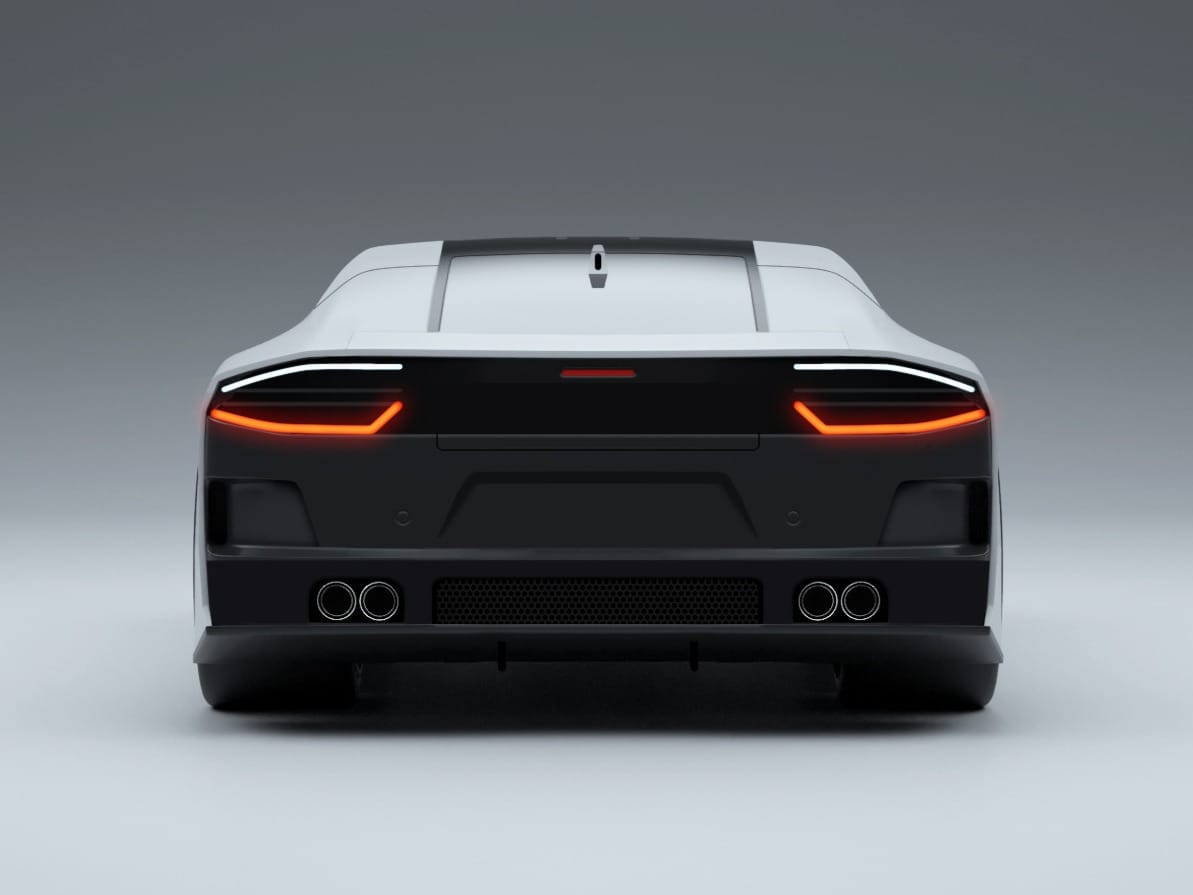
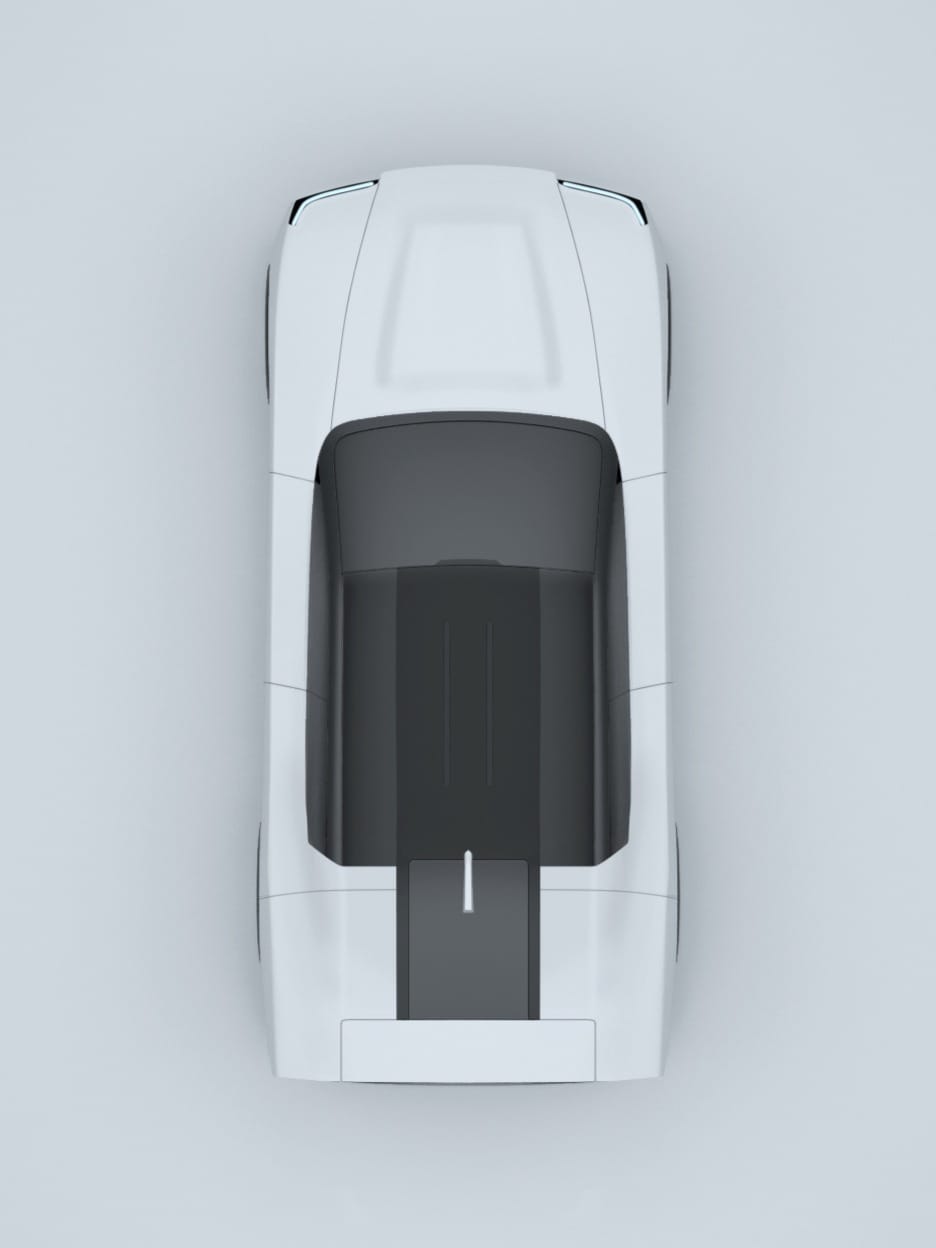
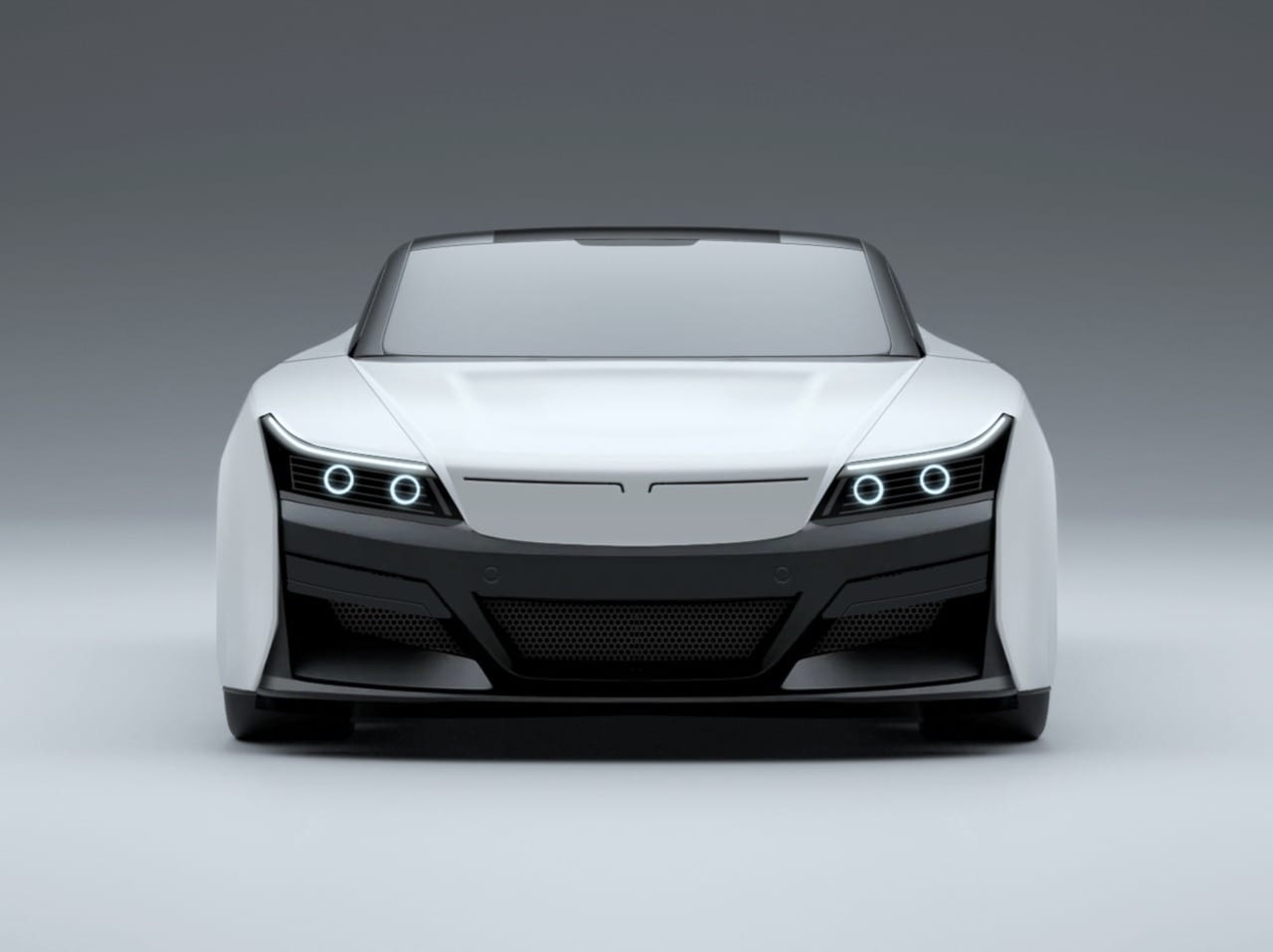
Wosler WT900W 2010
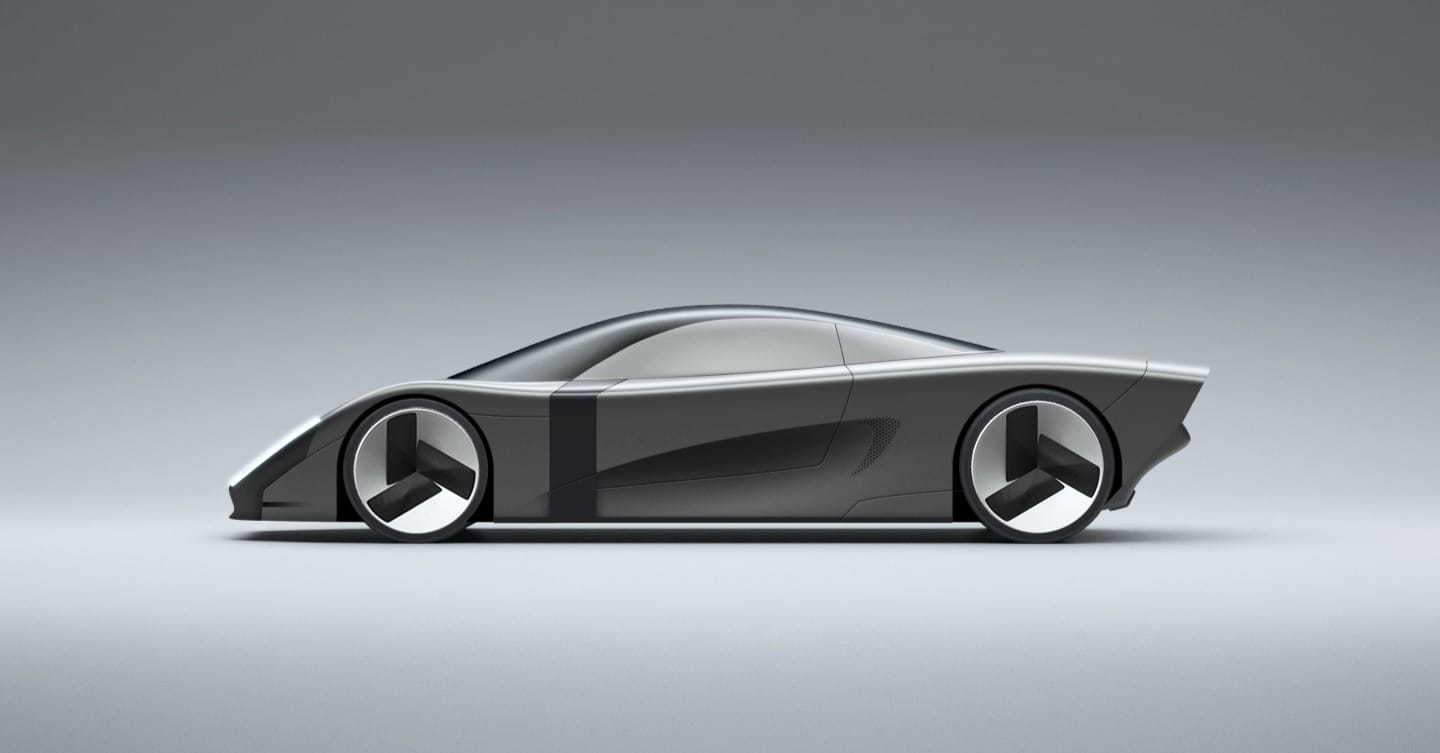
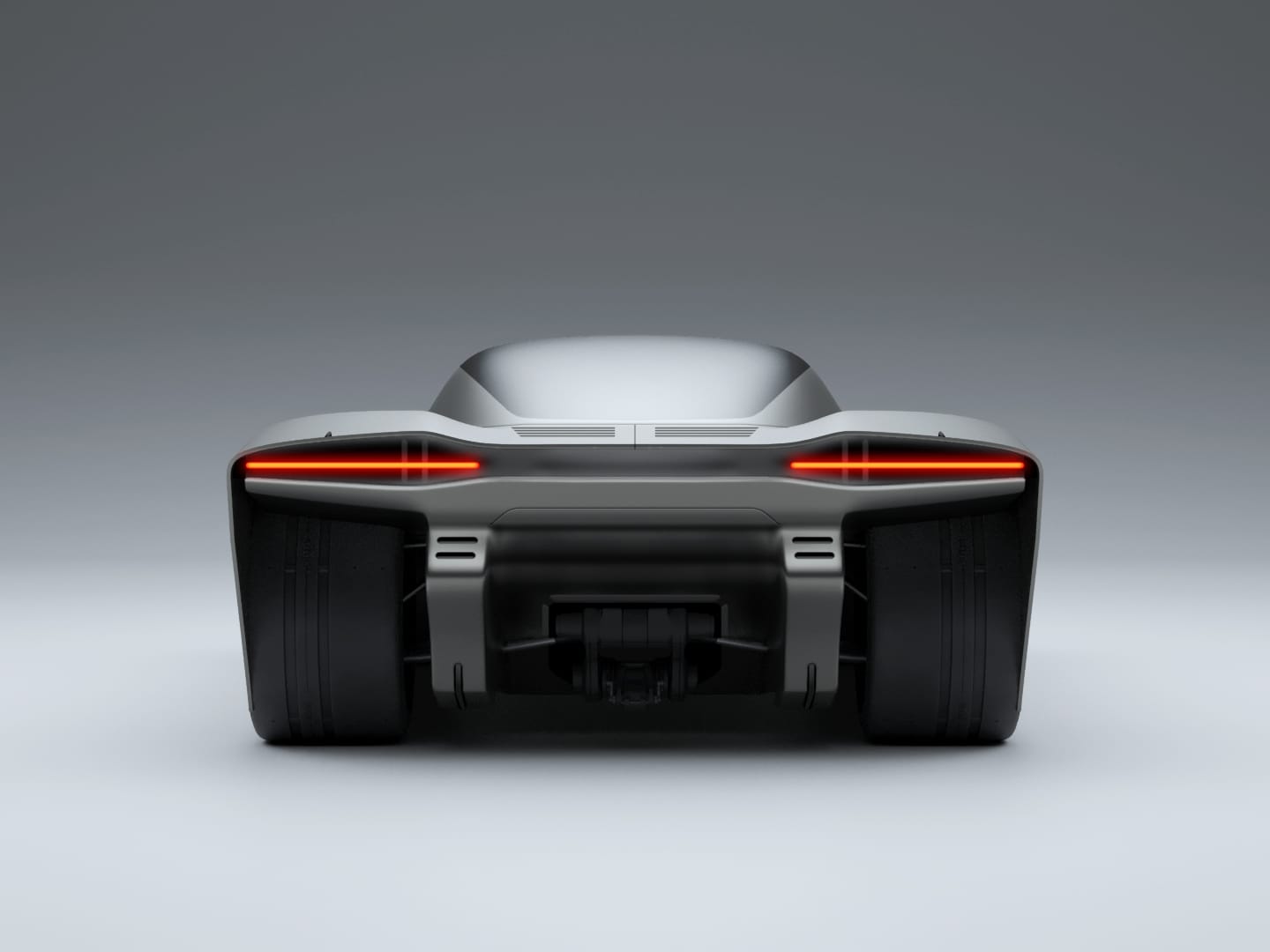
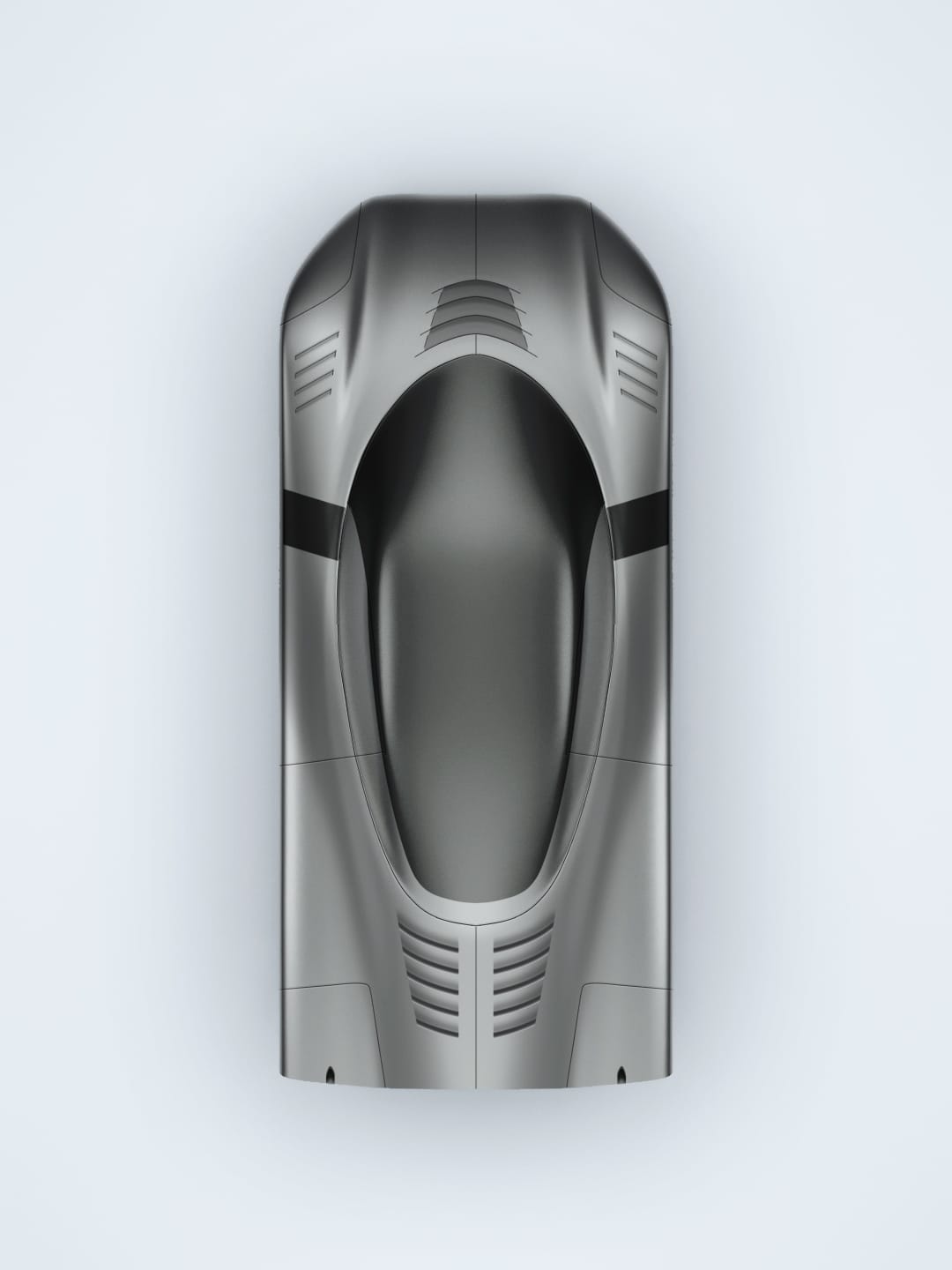
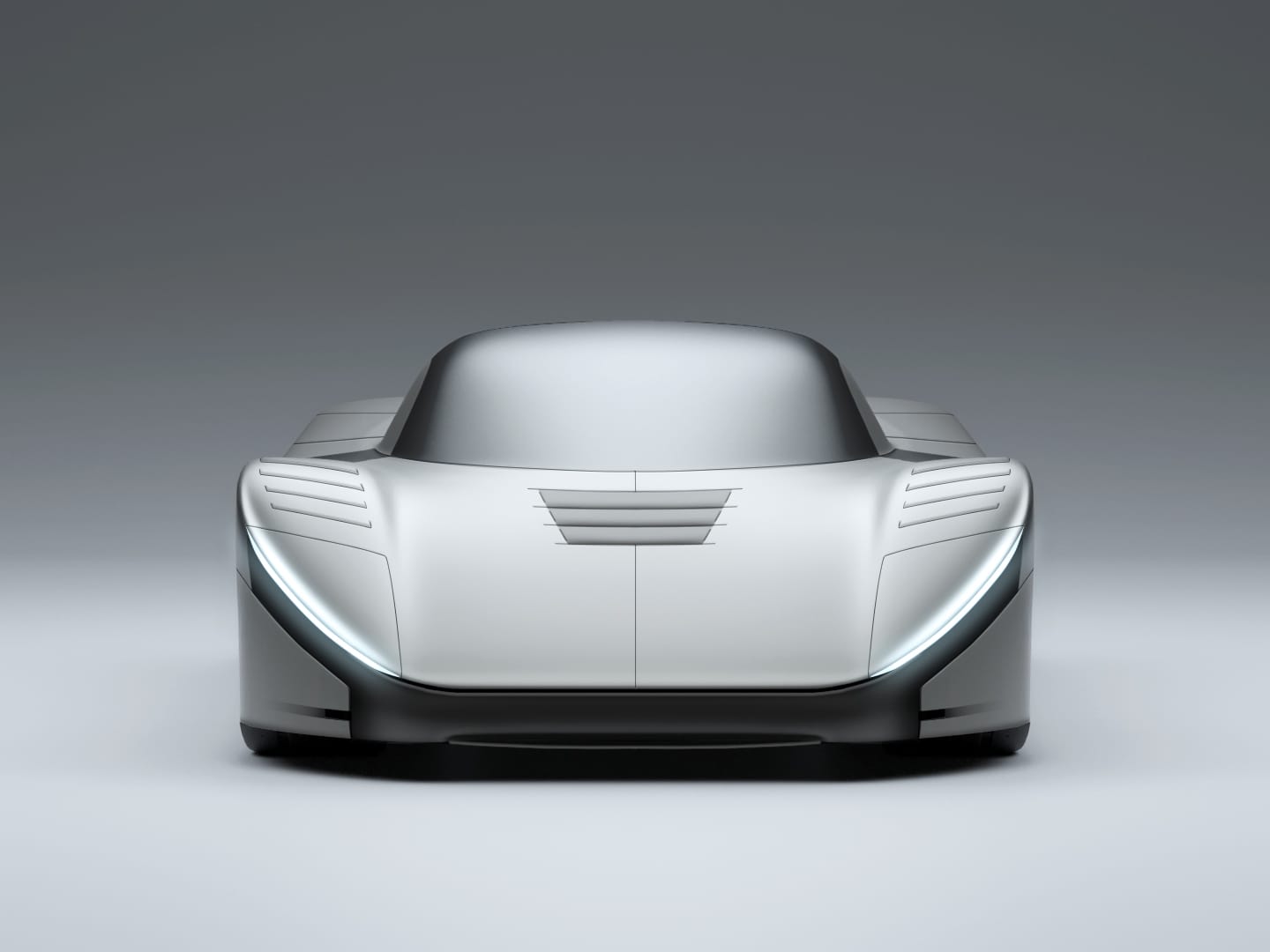
Wotus Wvora 2009
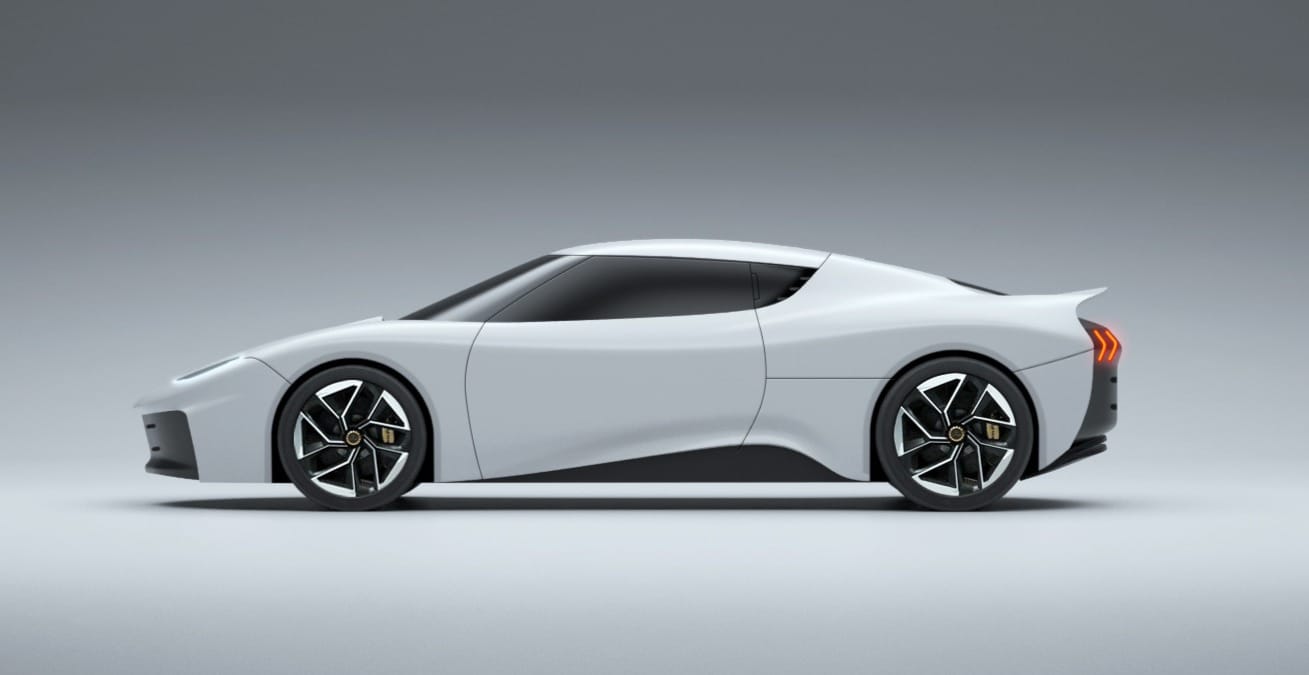
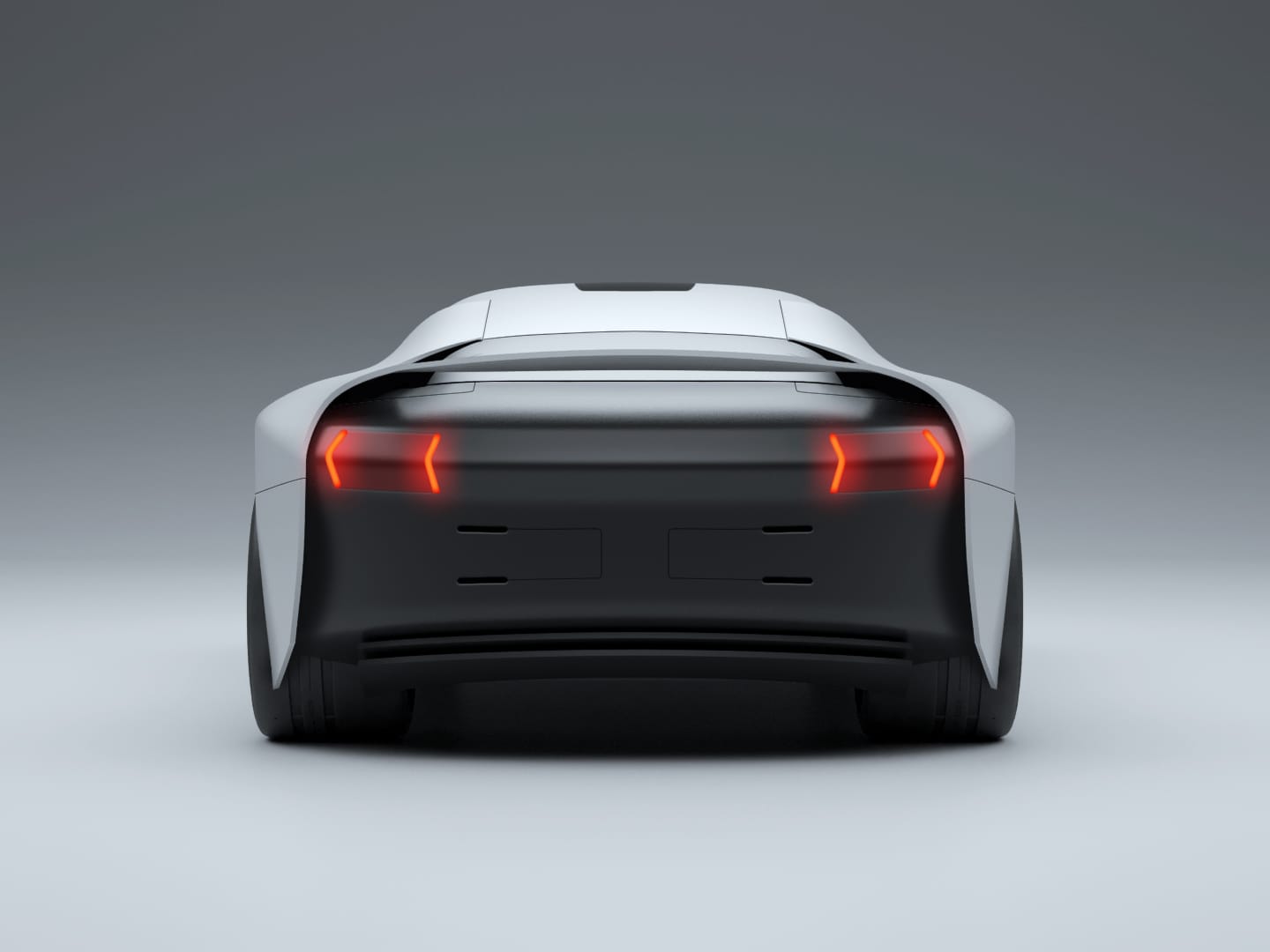
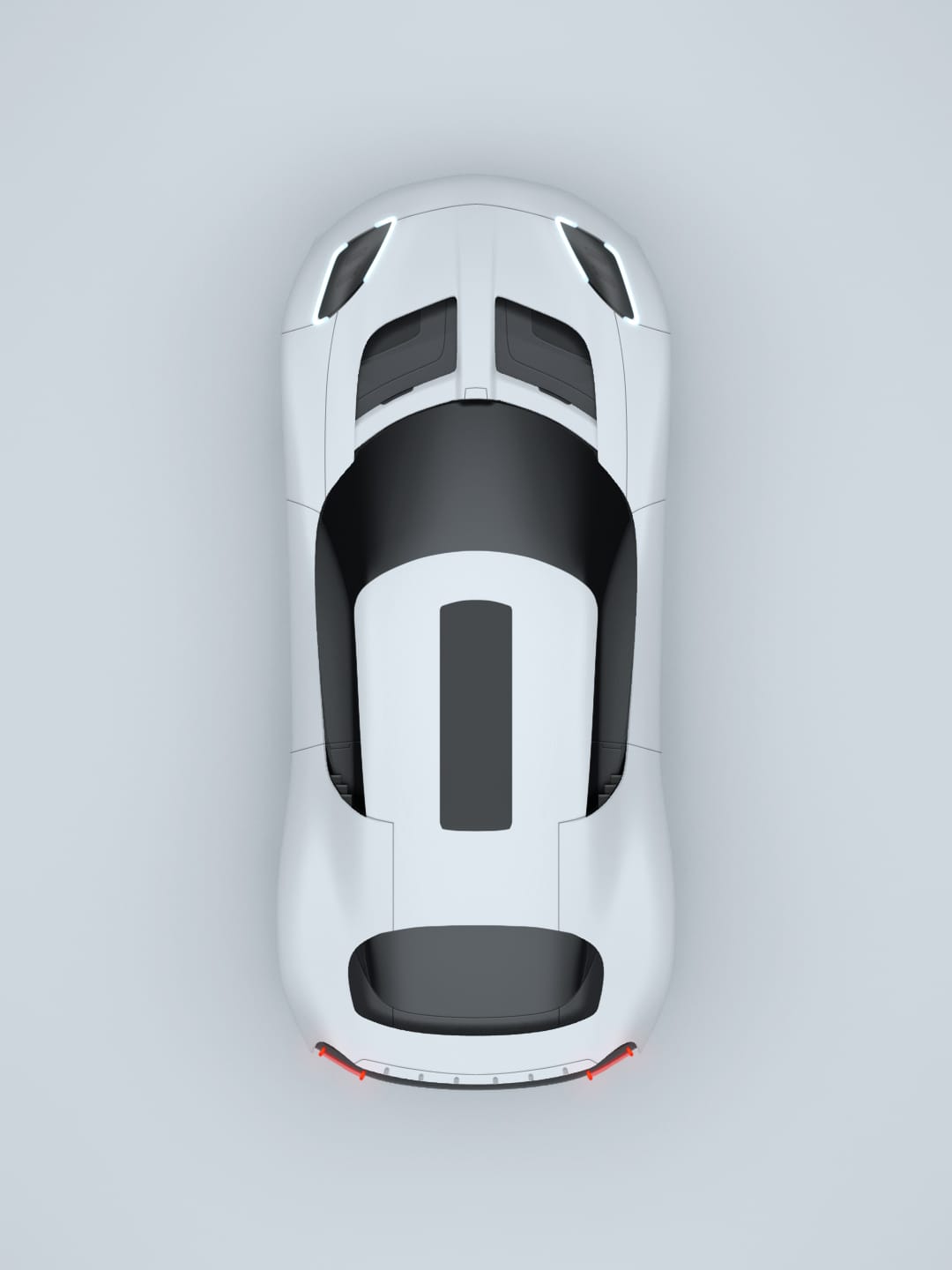
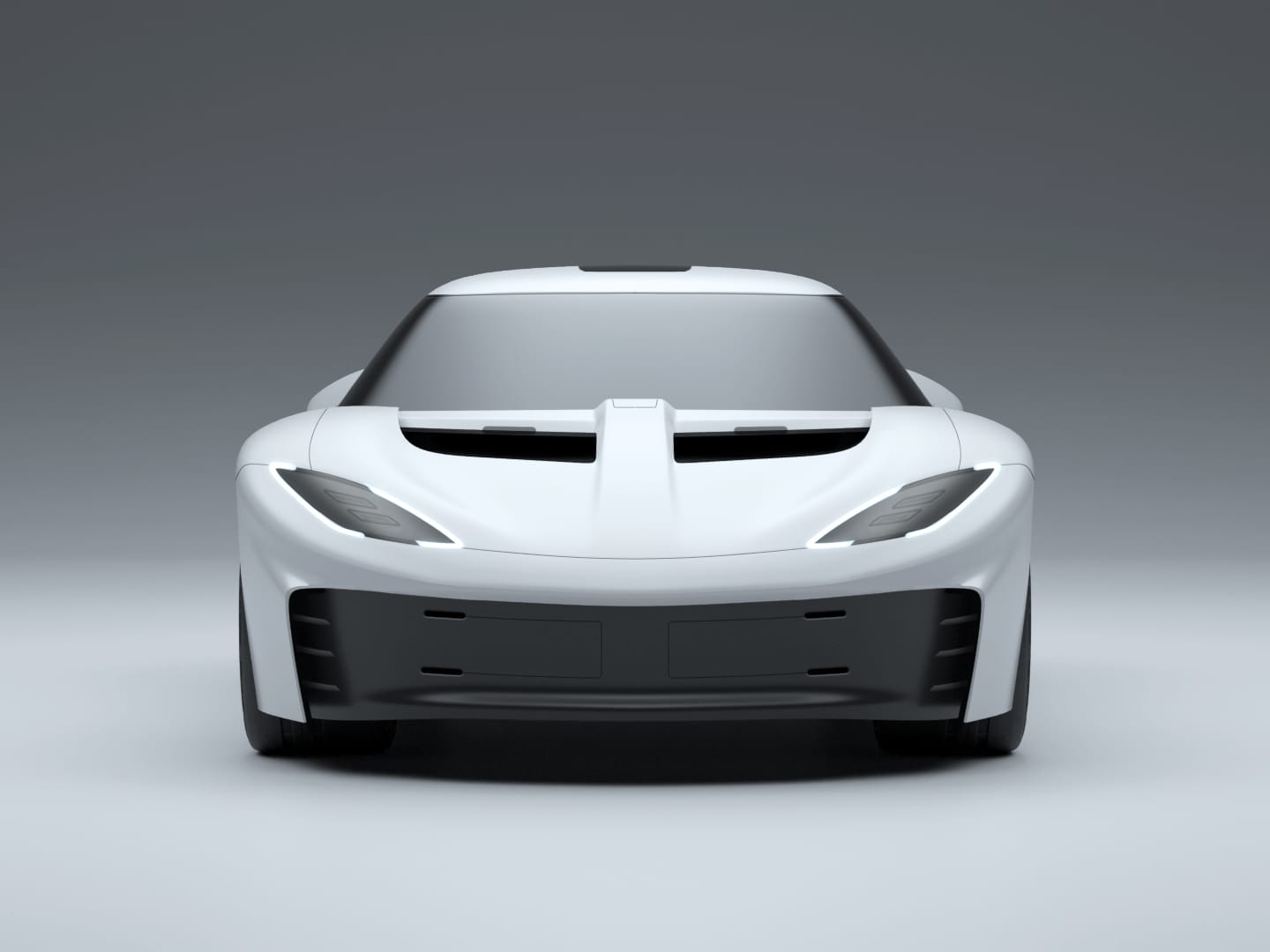
Wpyker W8 Waileron 2012
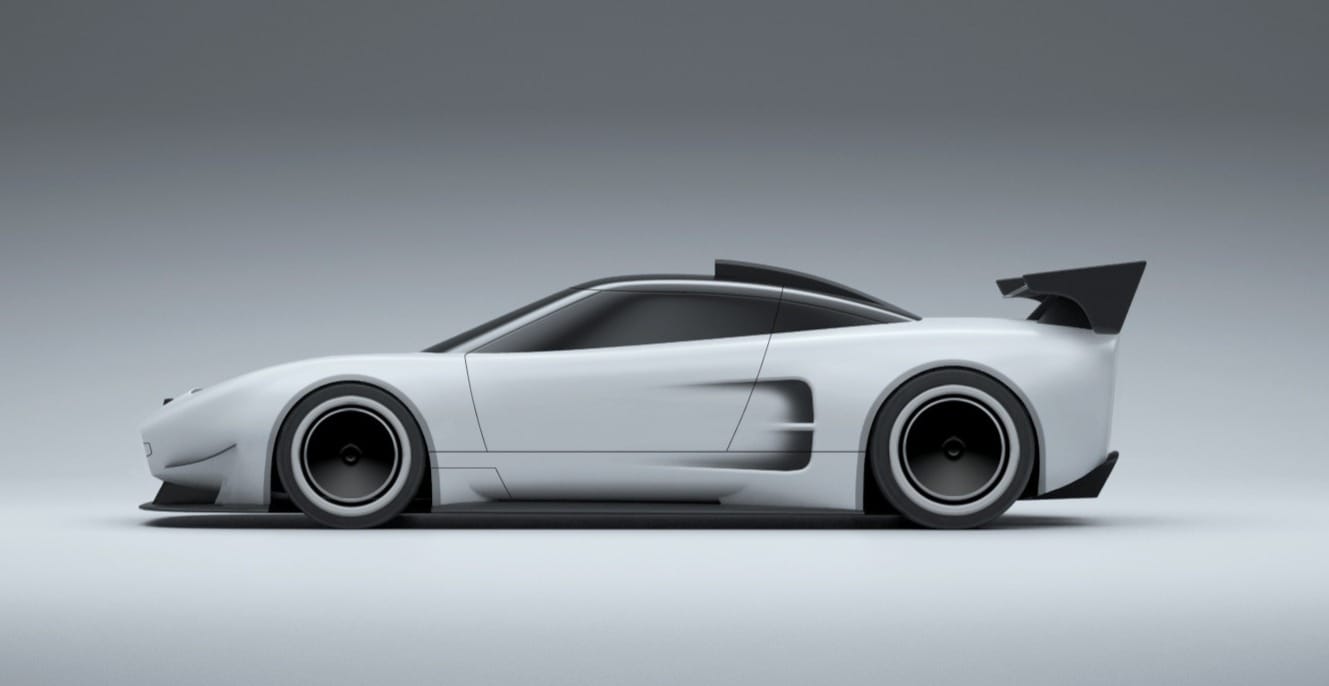
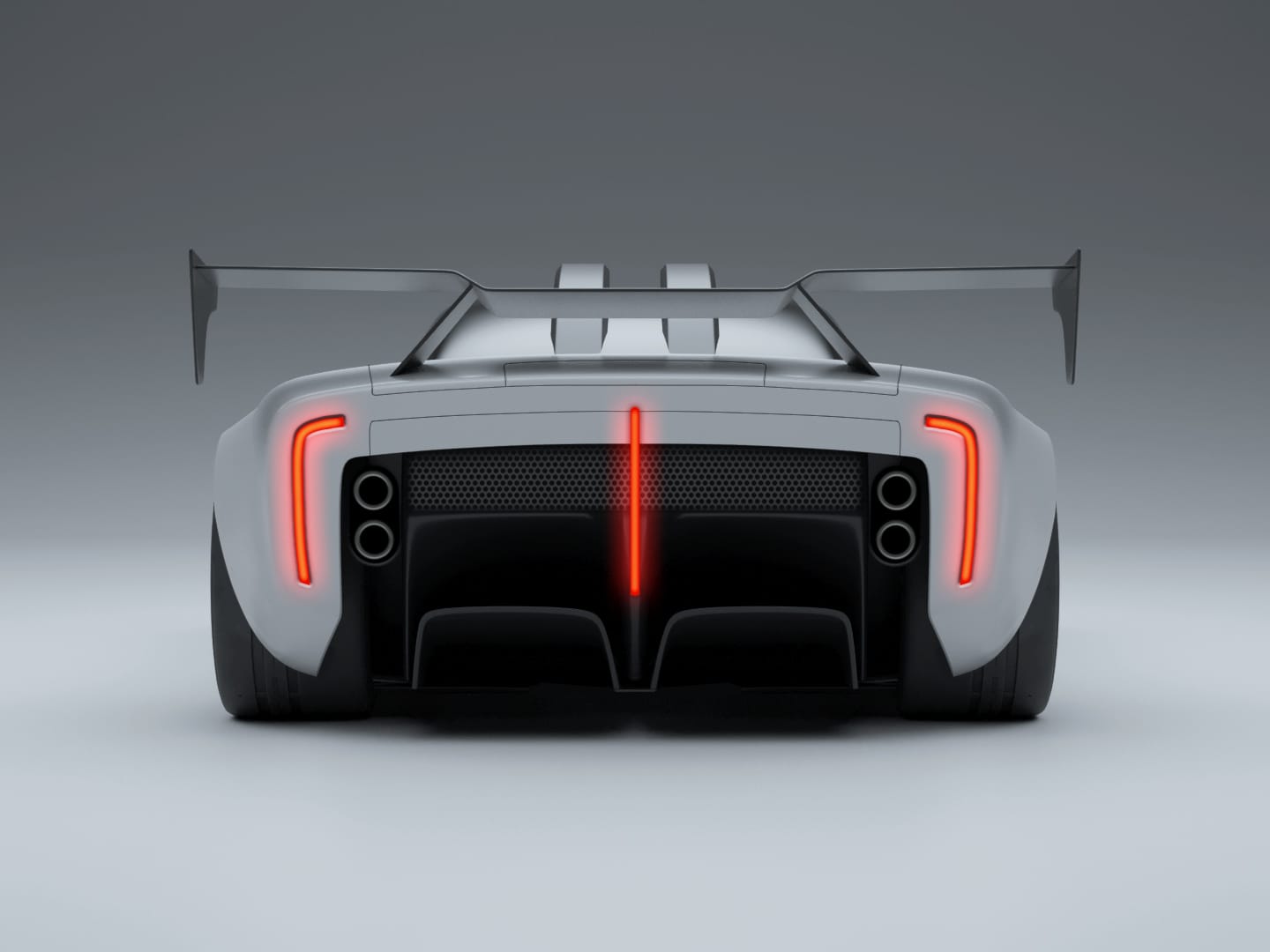
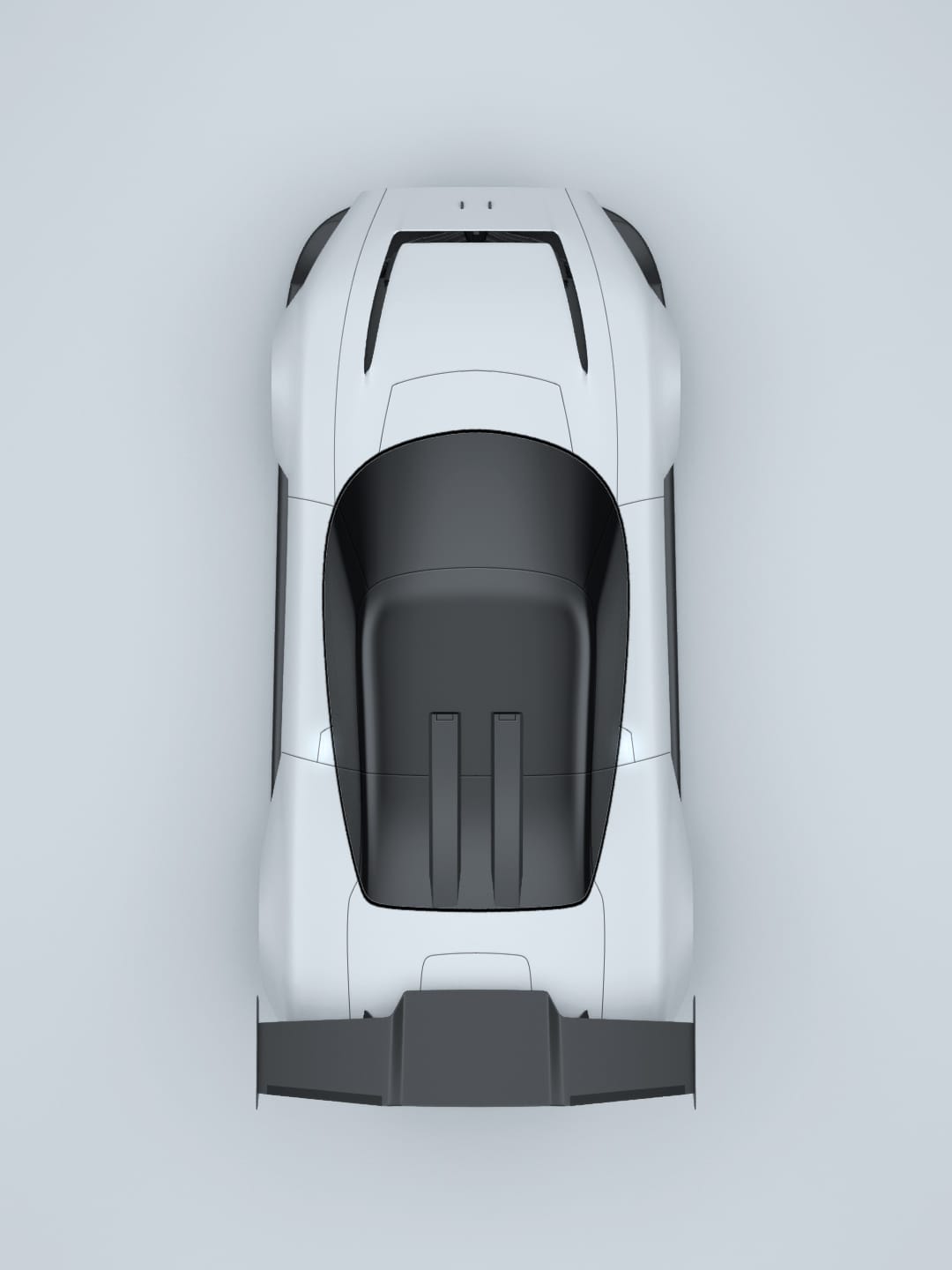
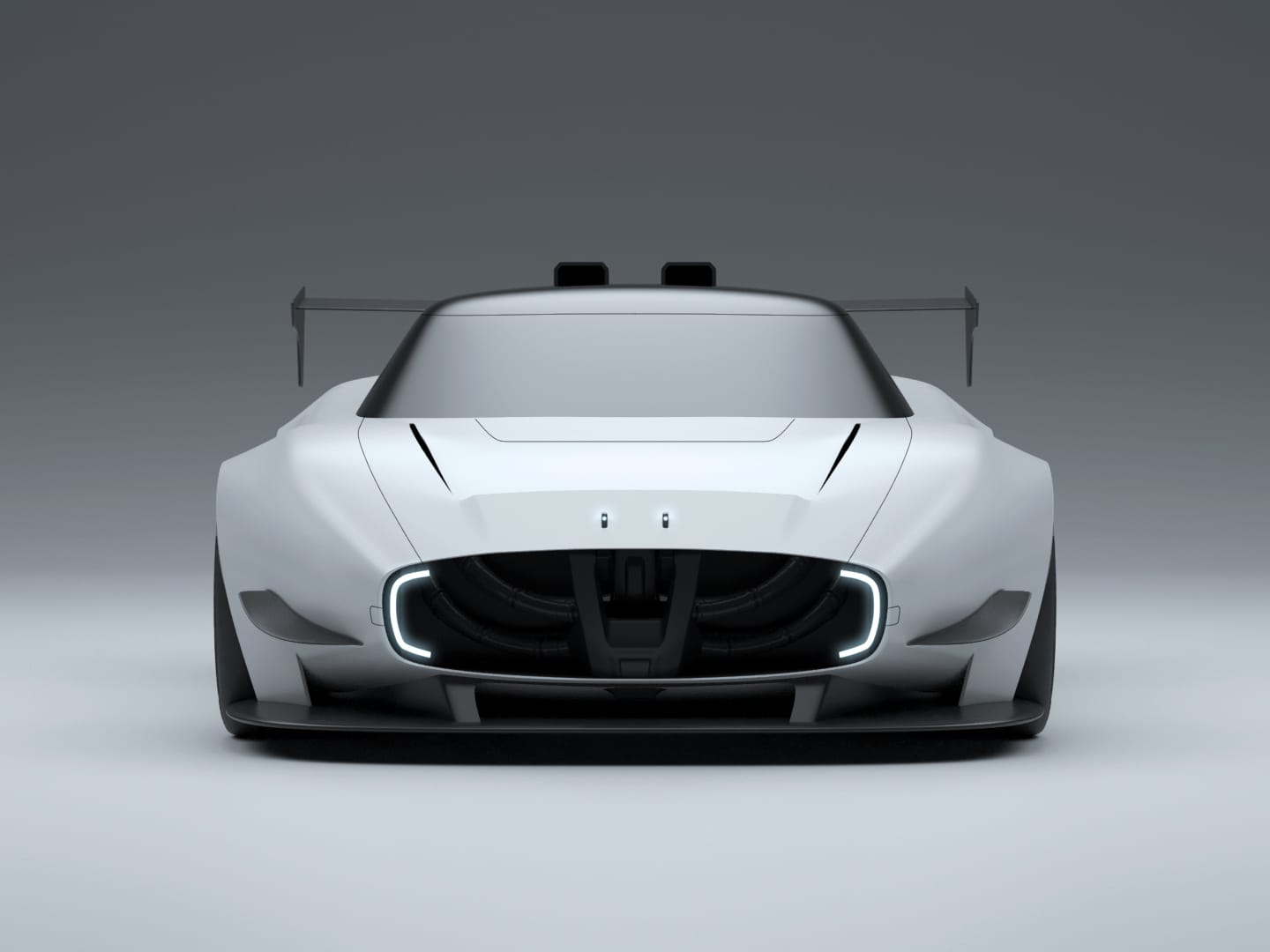
Wpyker W8 Waviolette WM85 2010
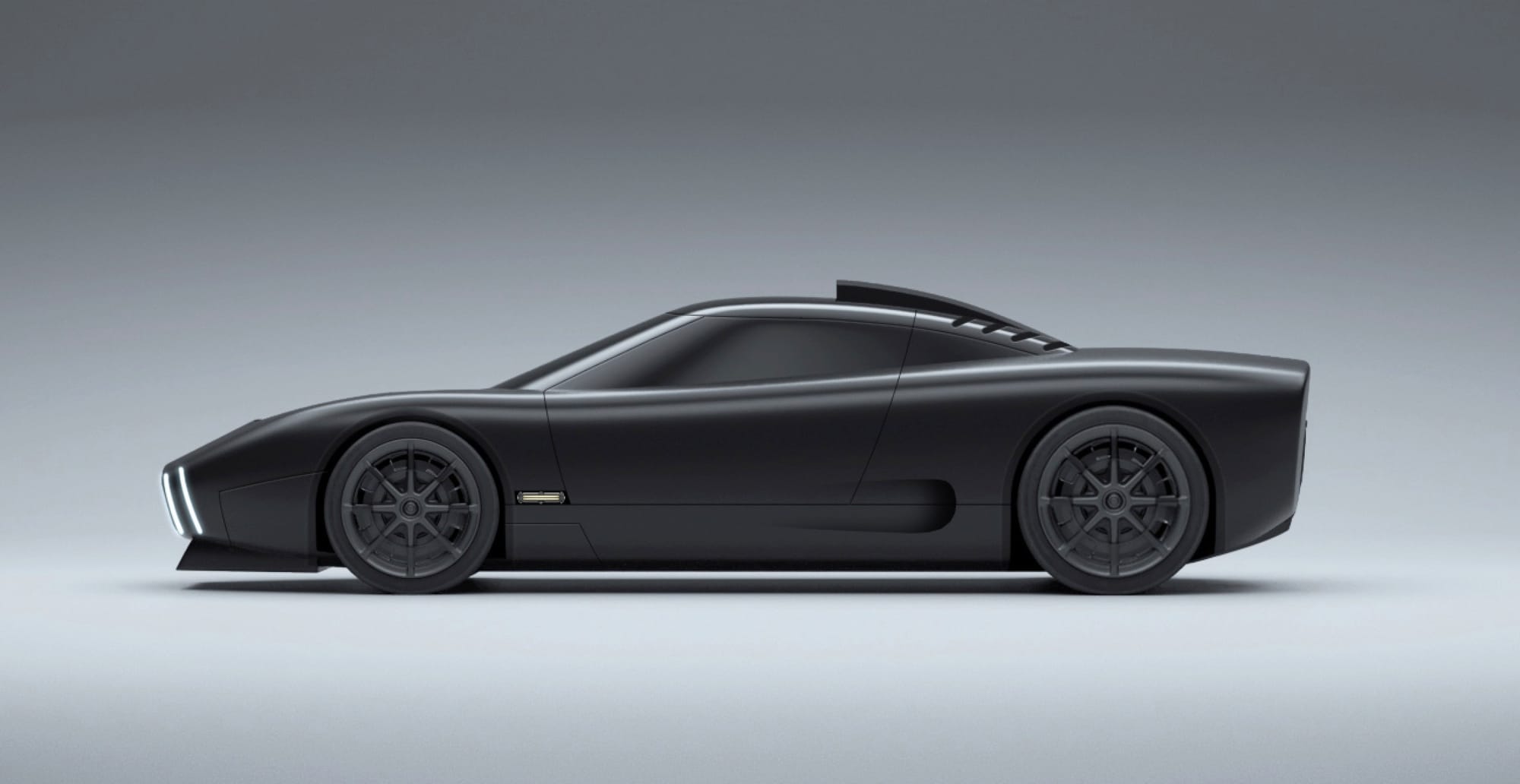
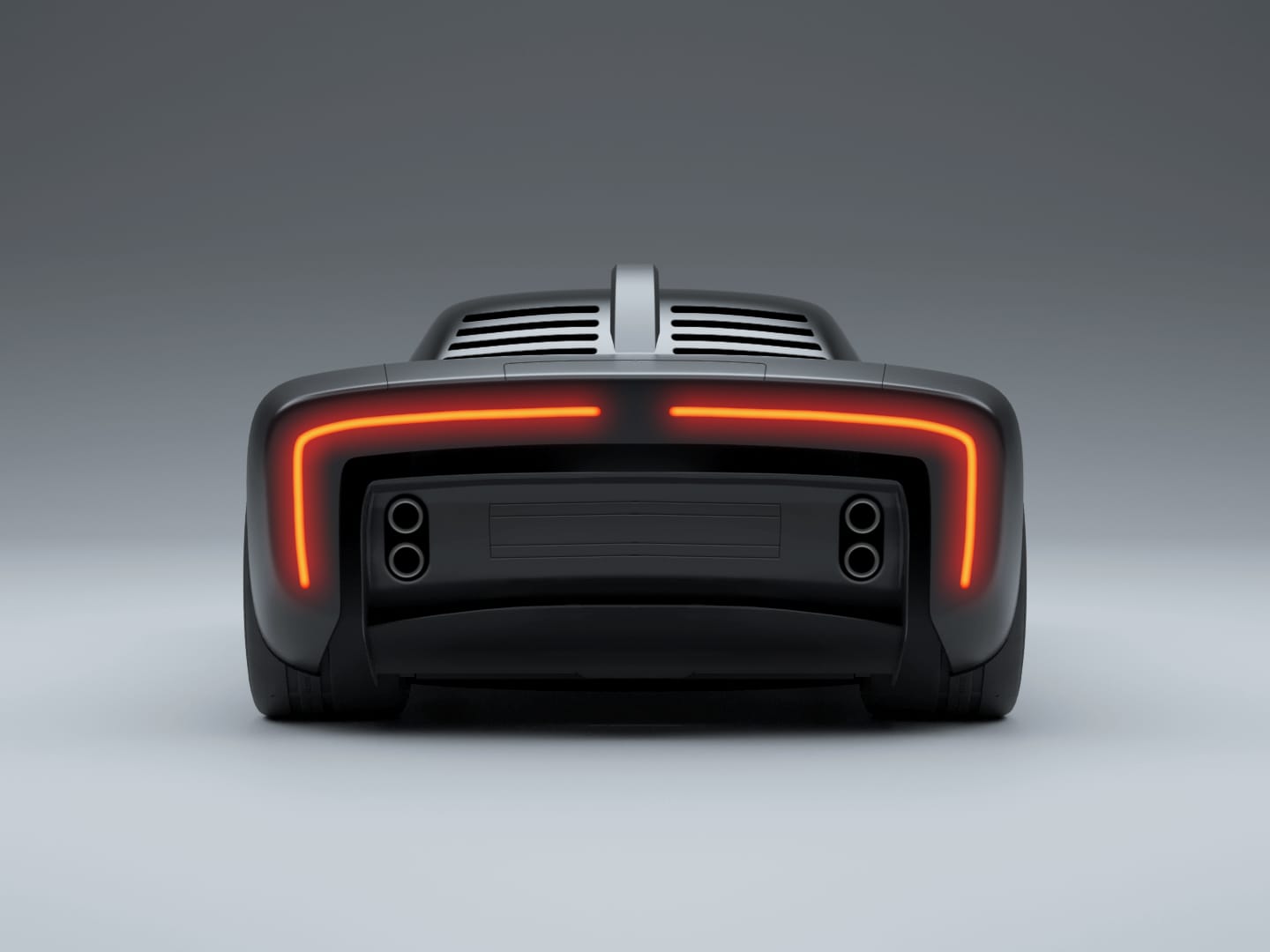
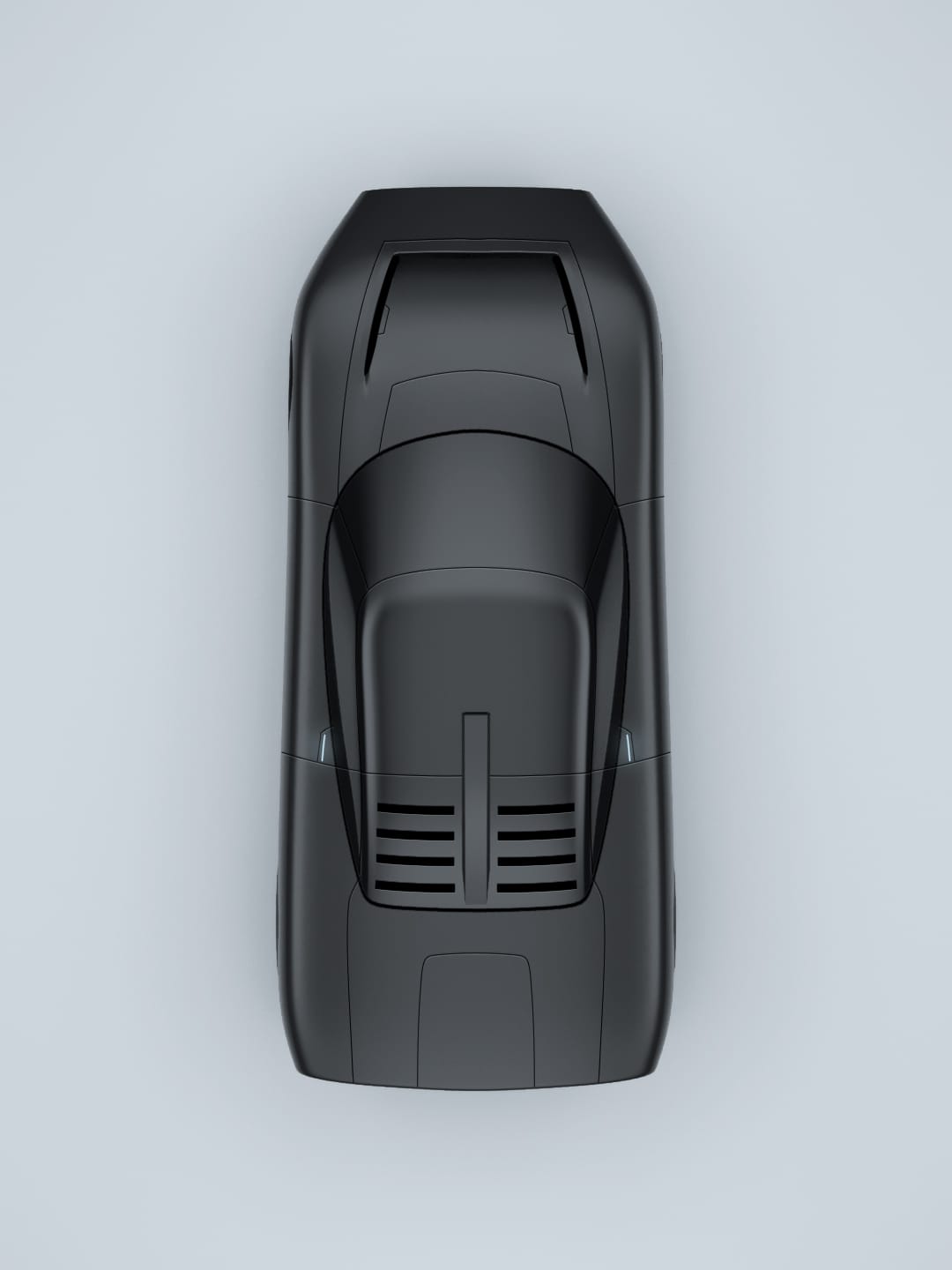
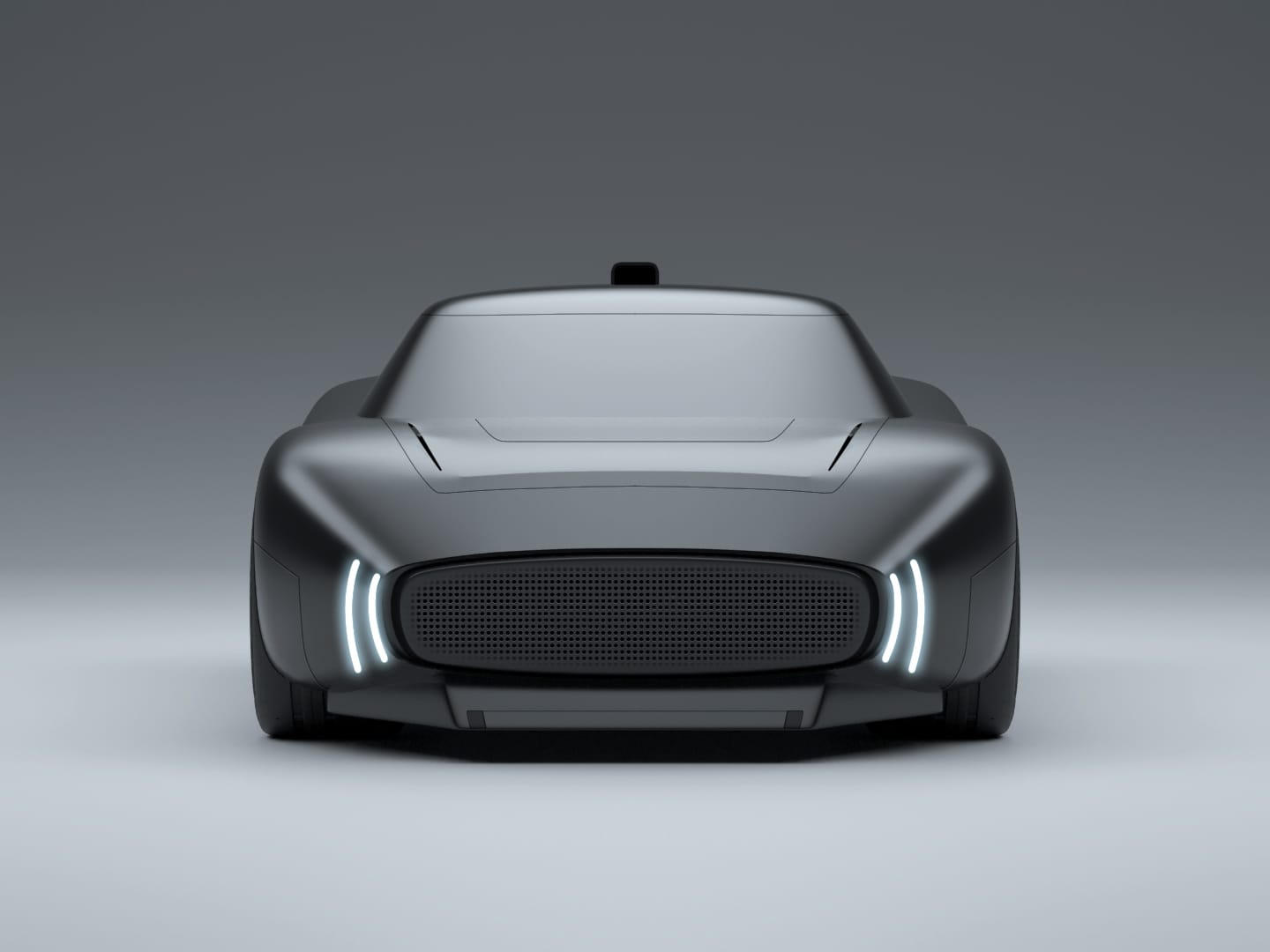
Wudi Wuattro S1 1986
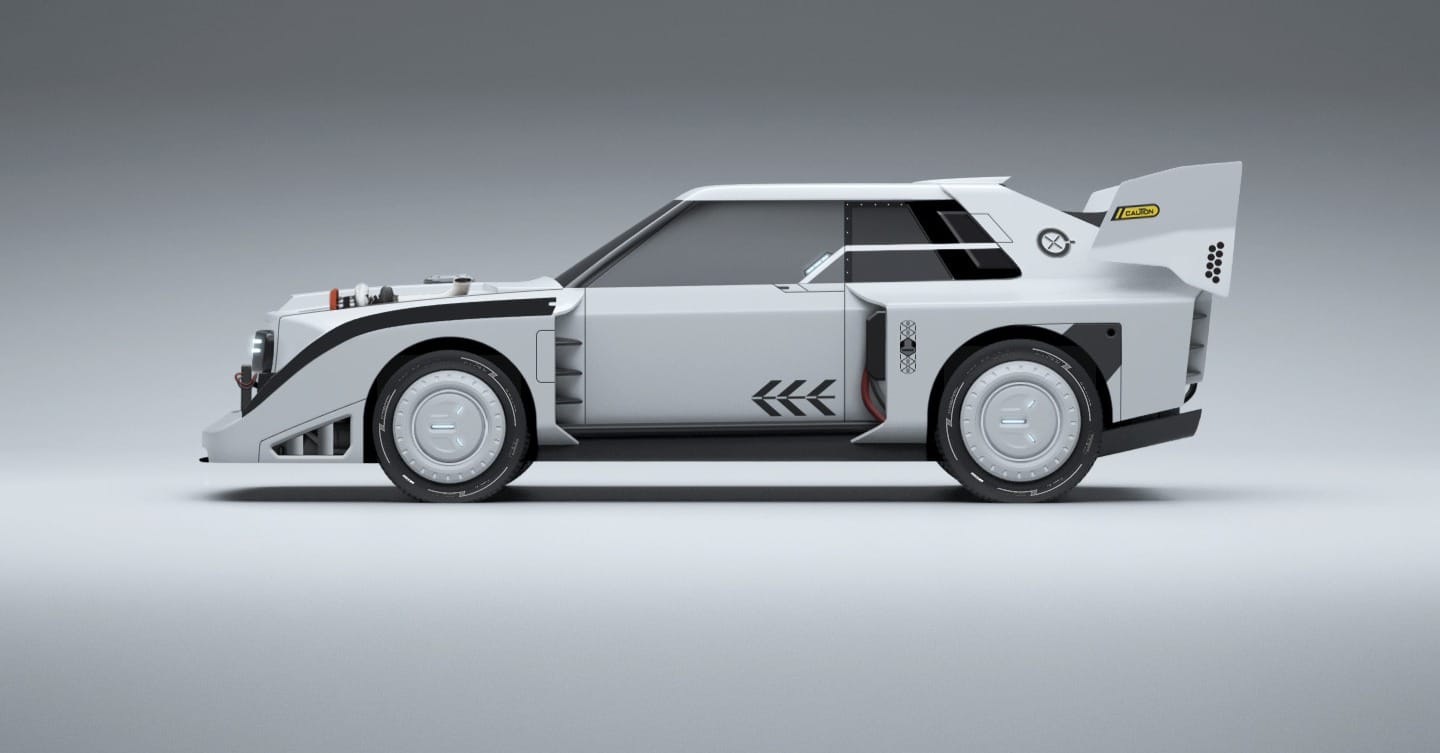
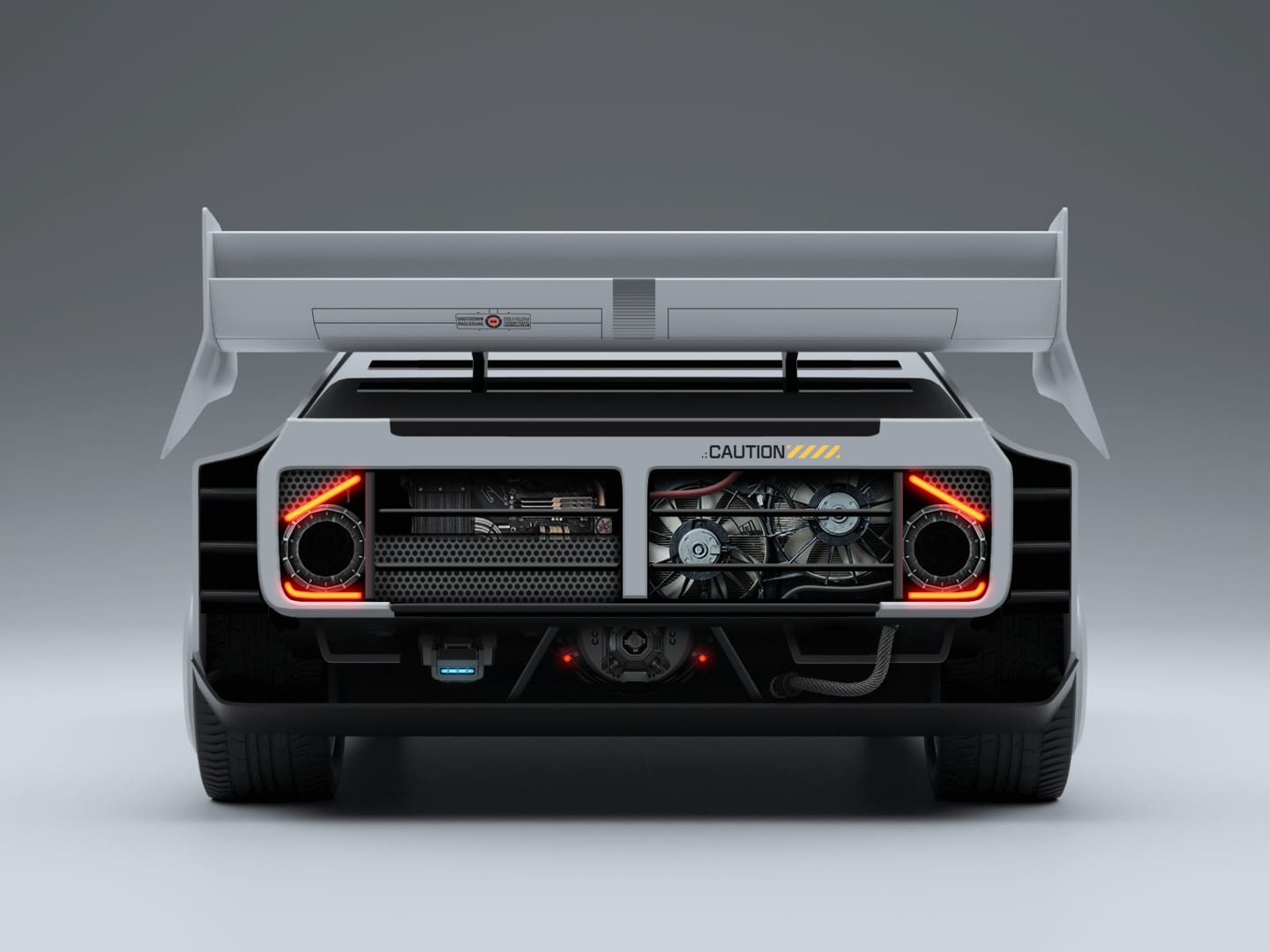
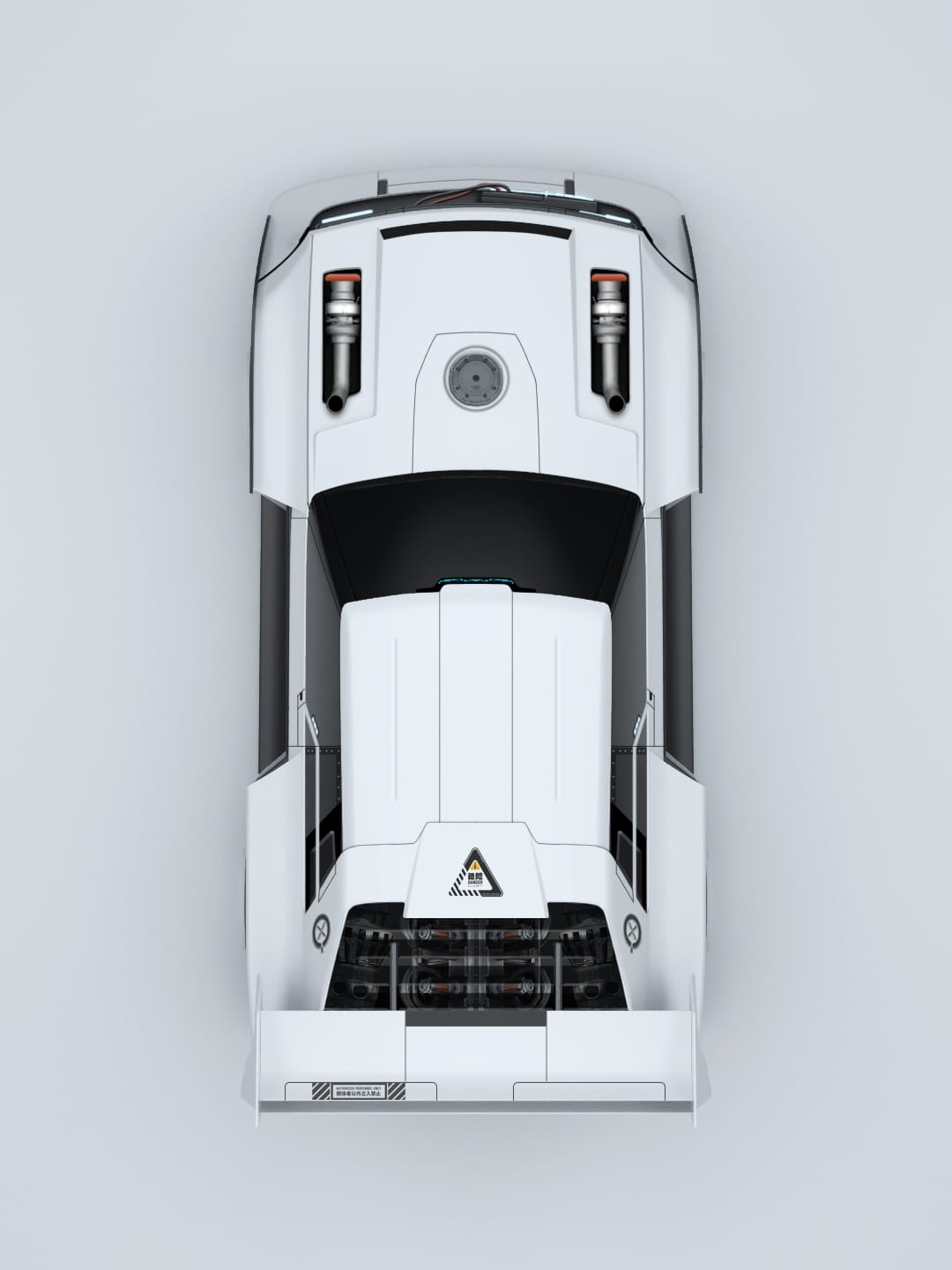
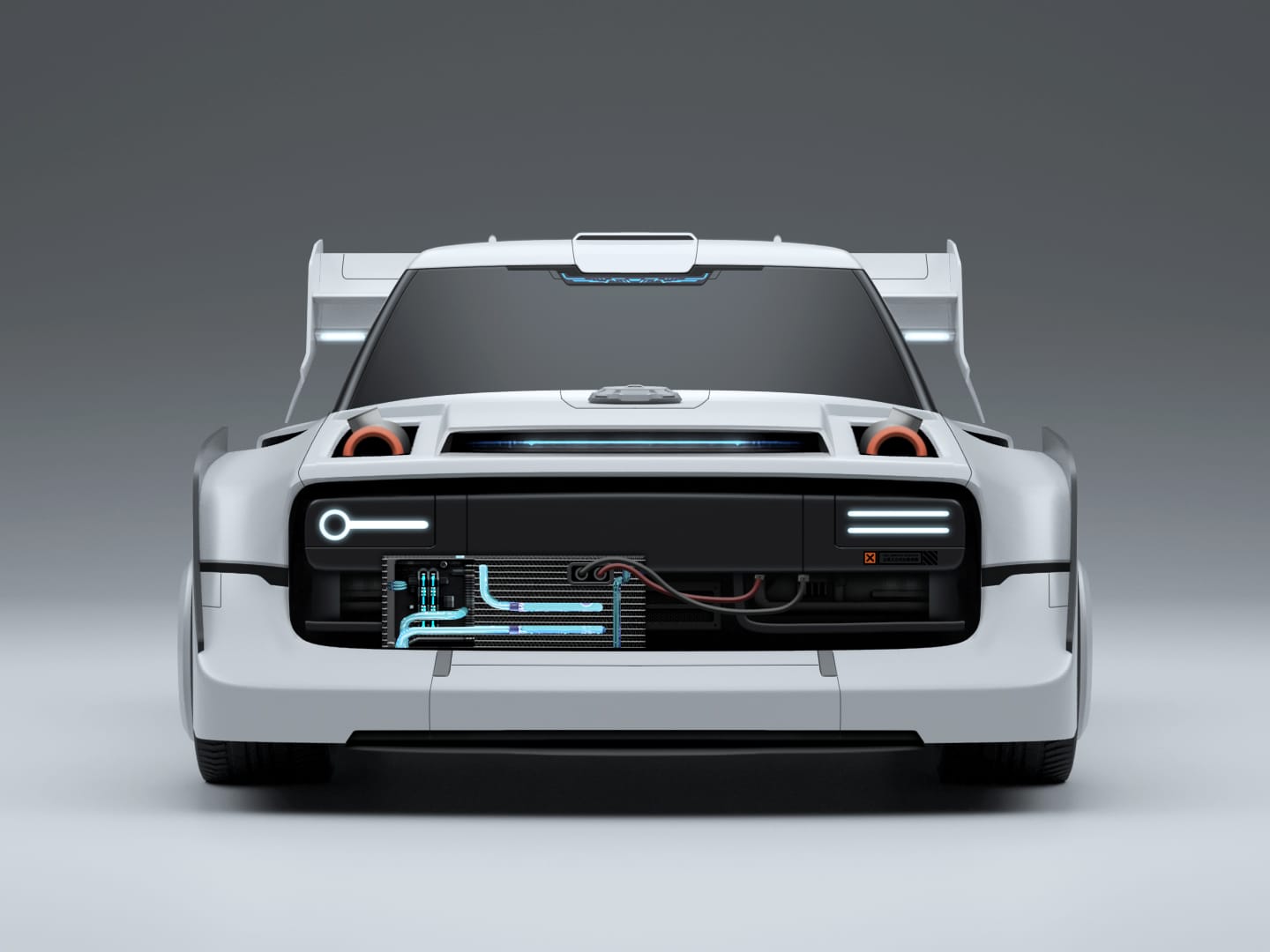
Wultima WTR 2012
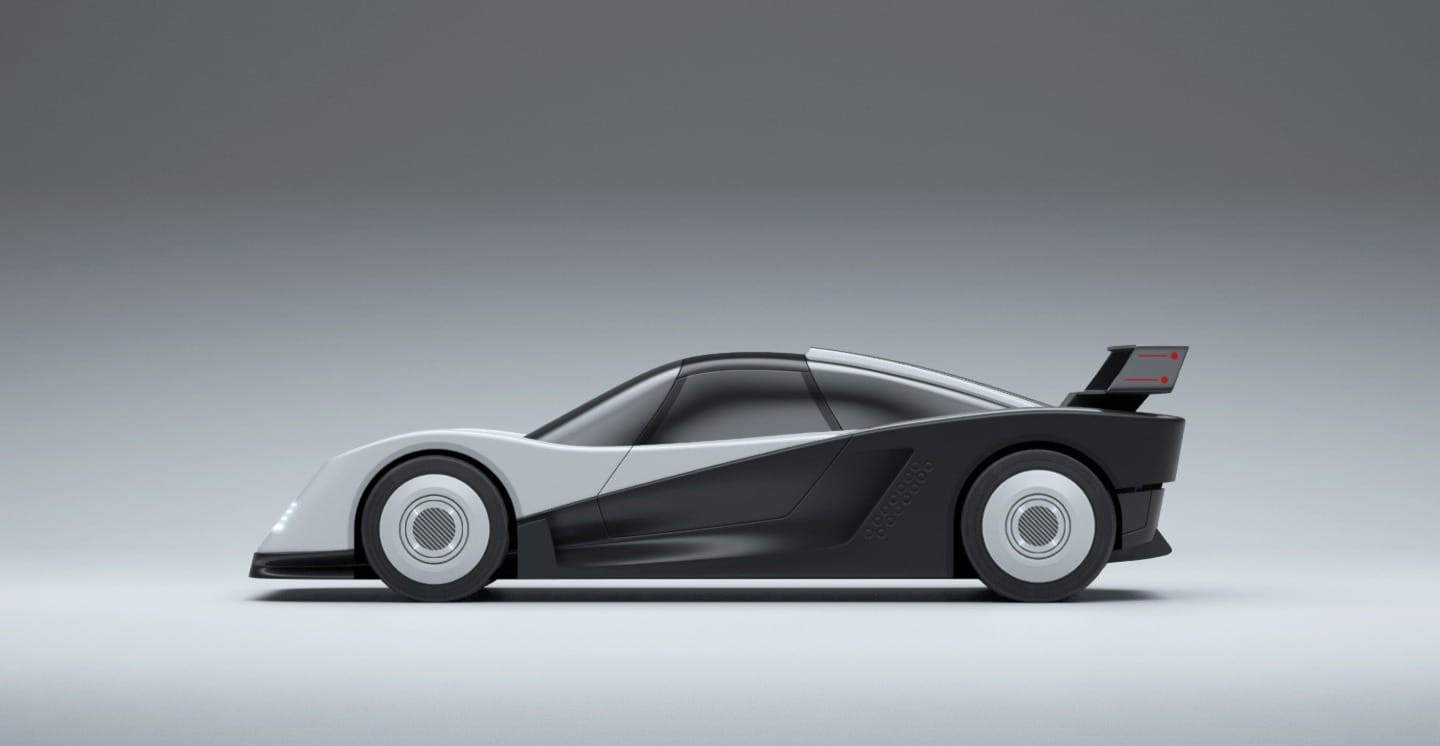
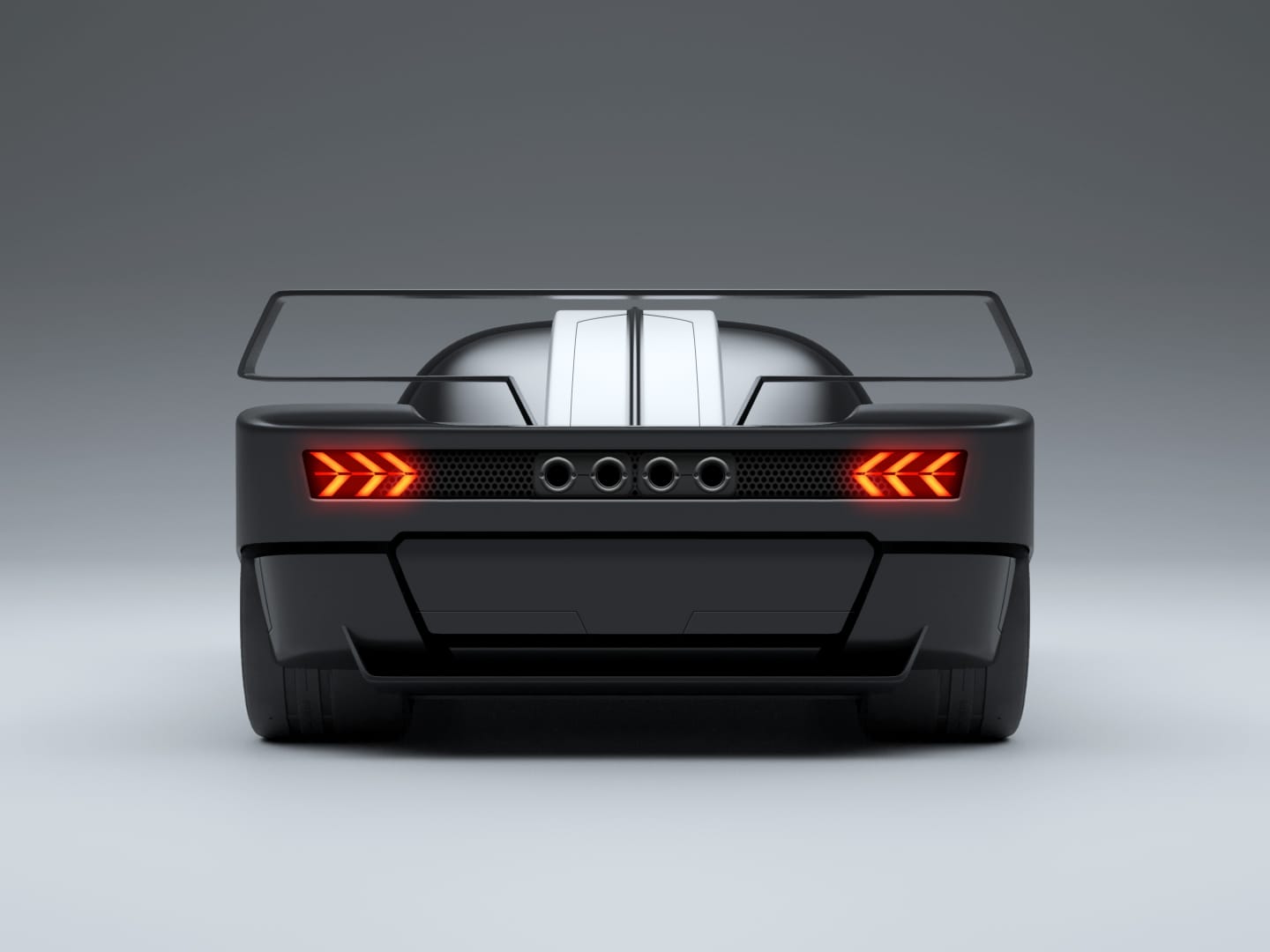
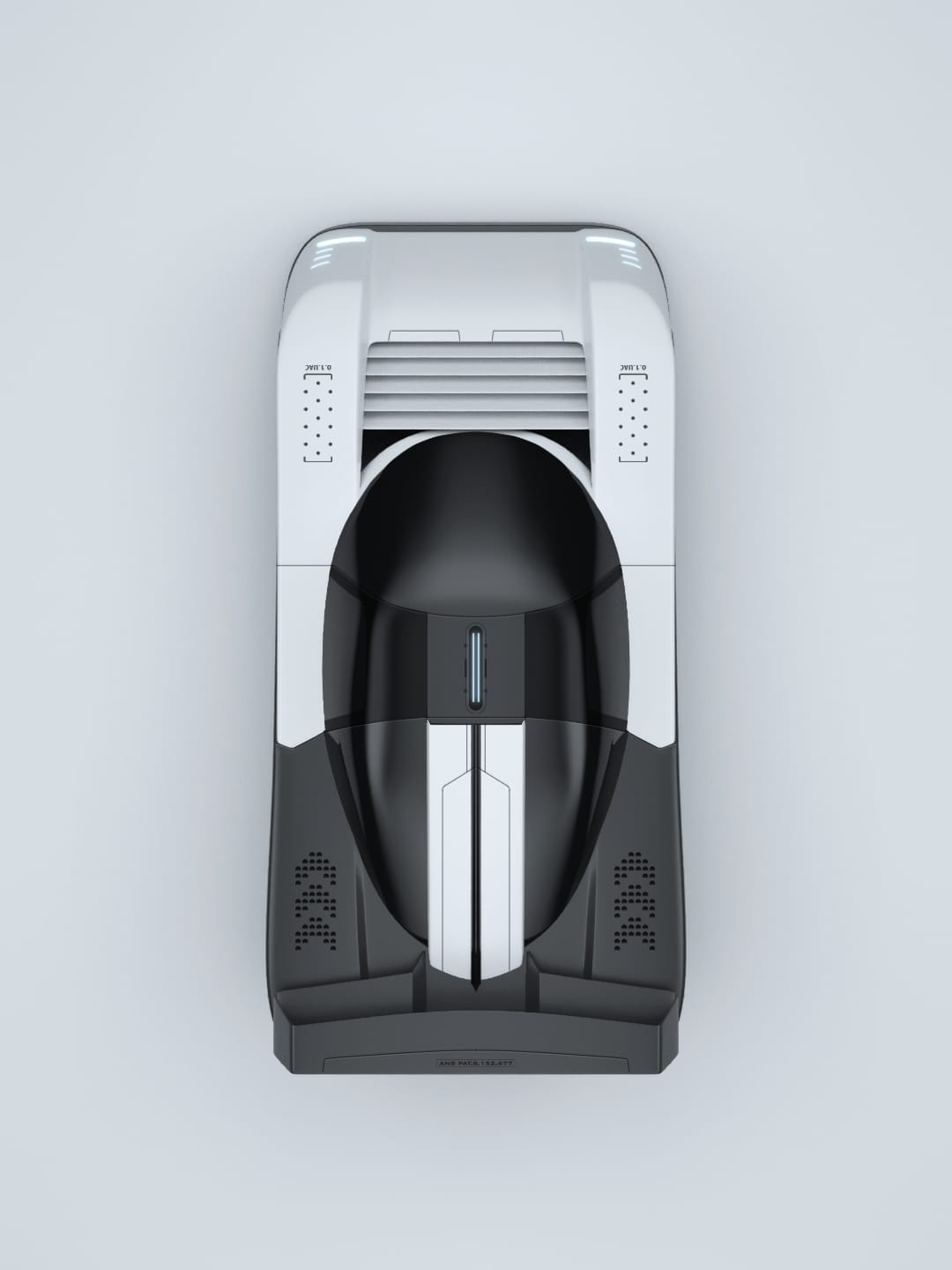
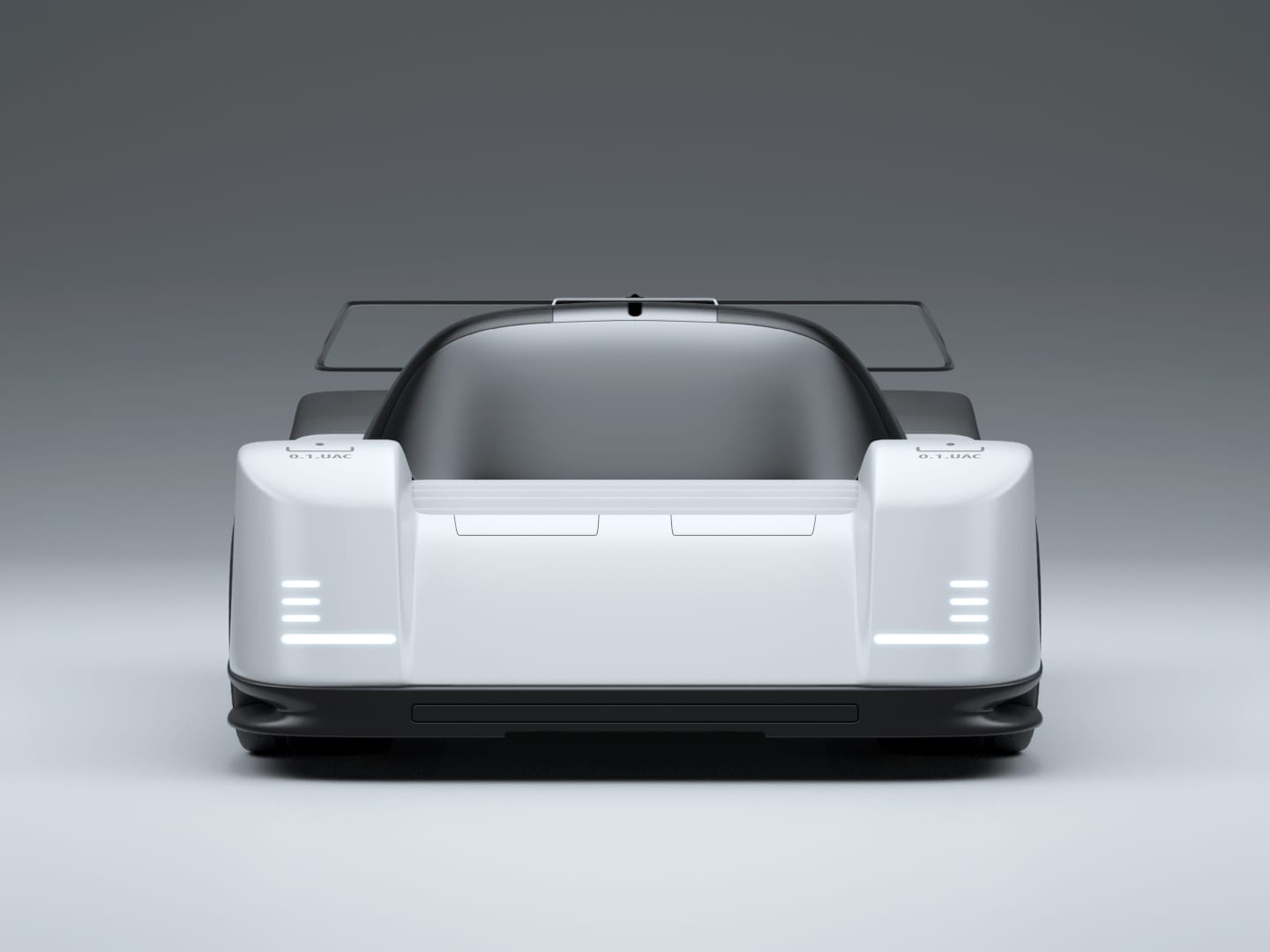
Wumpert Waldo W 2010
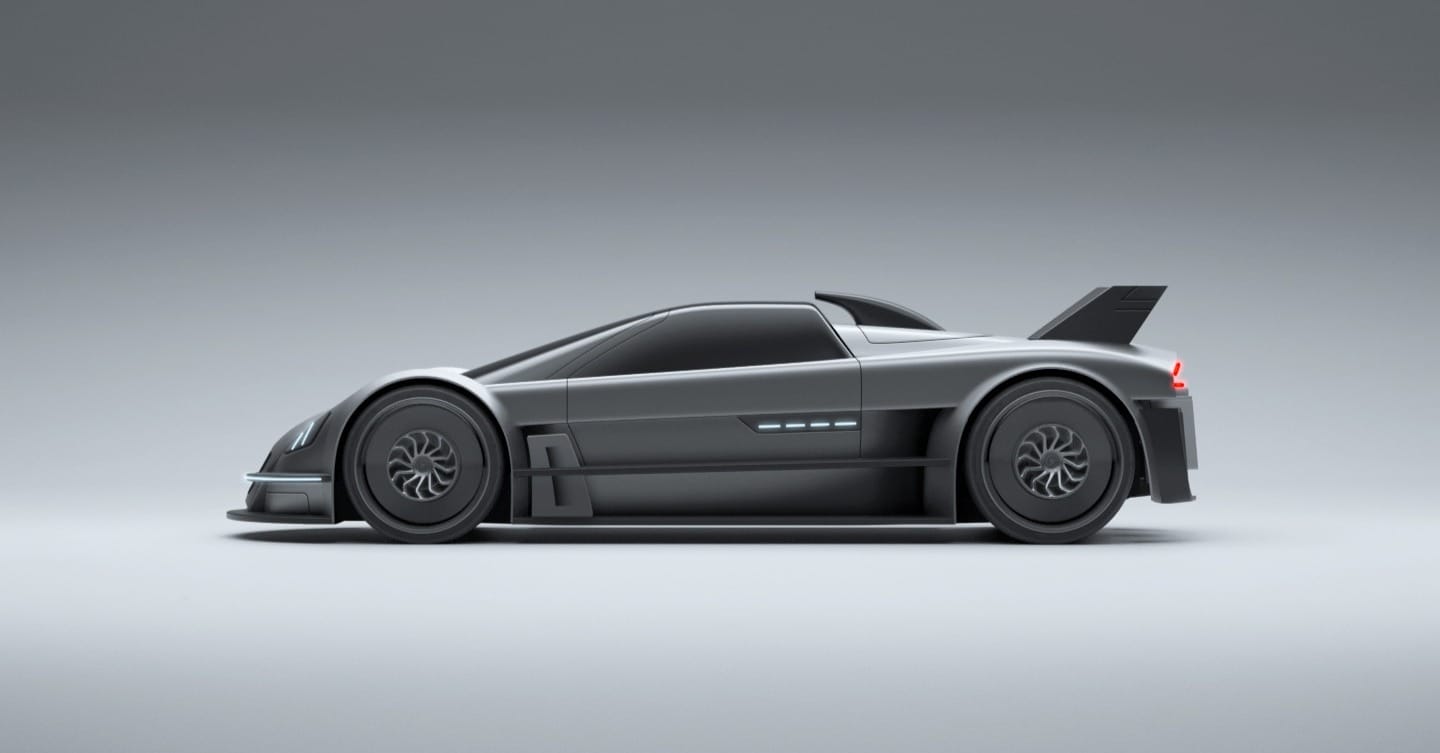
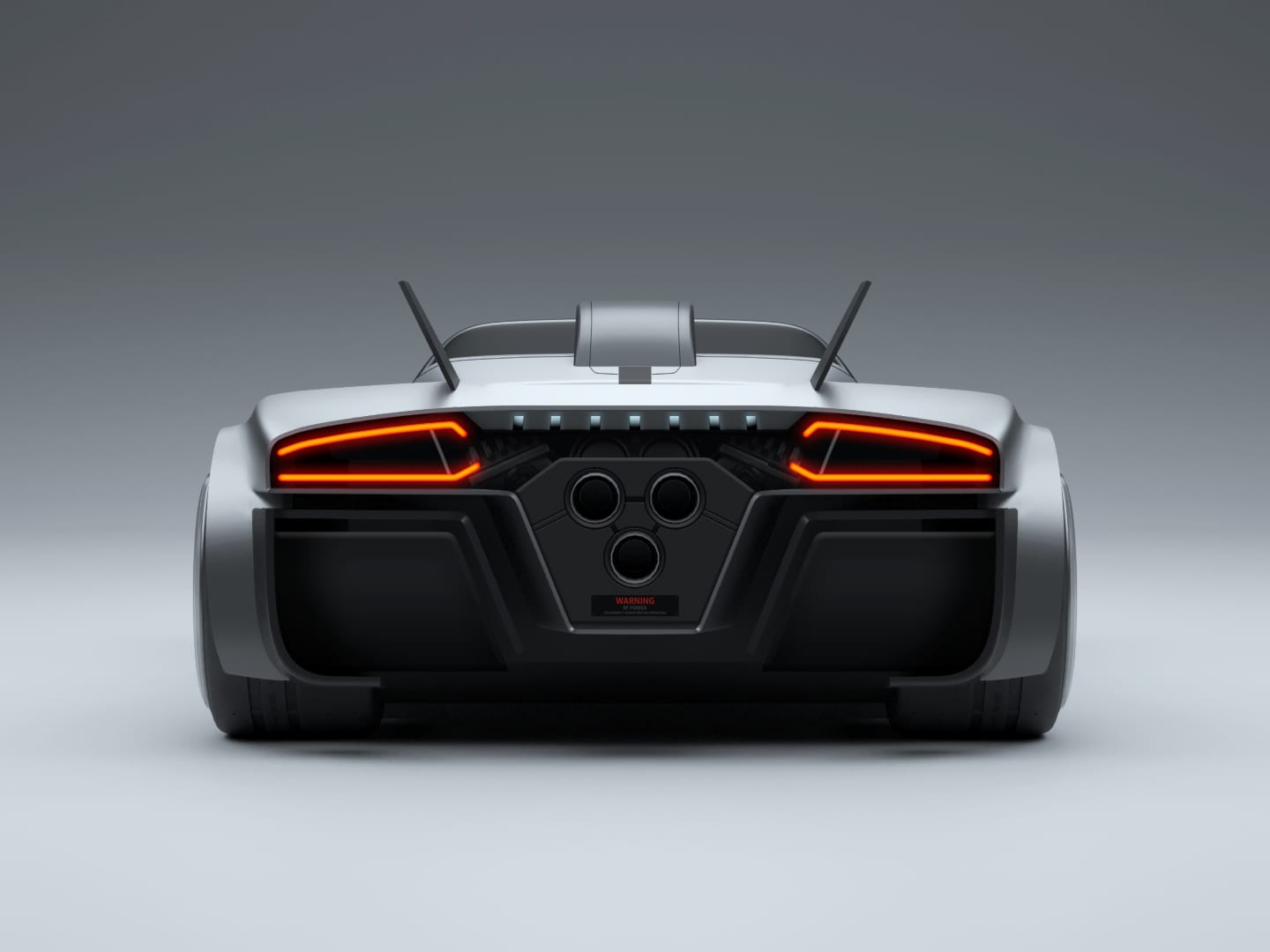
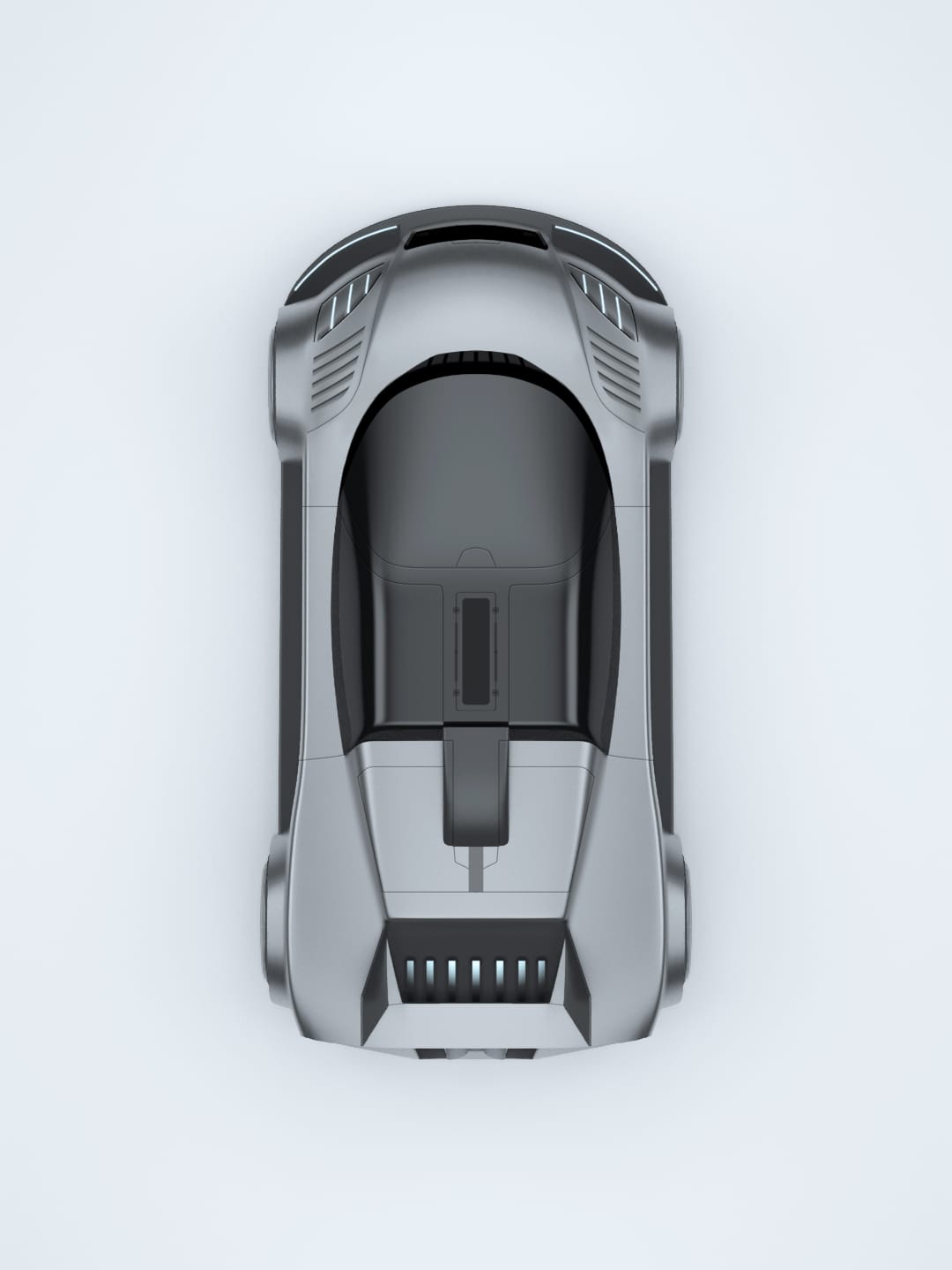
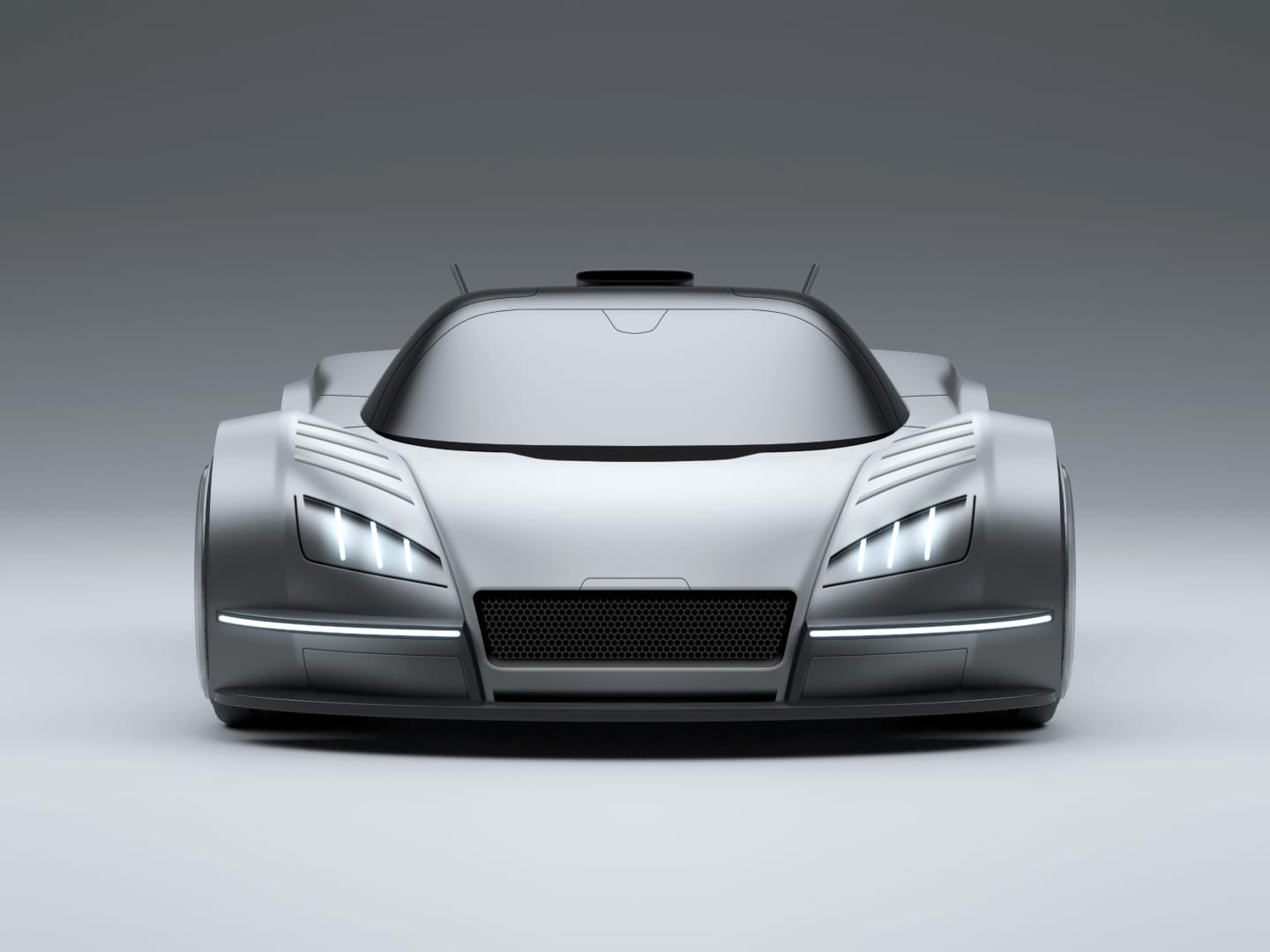
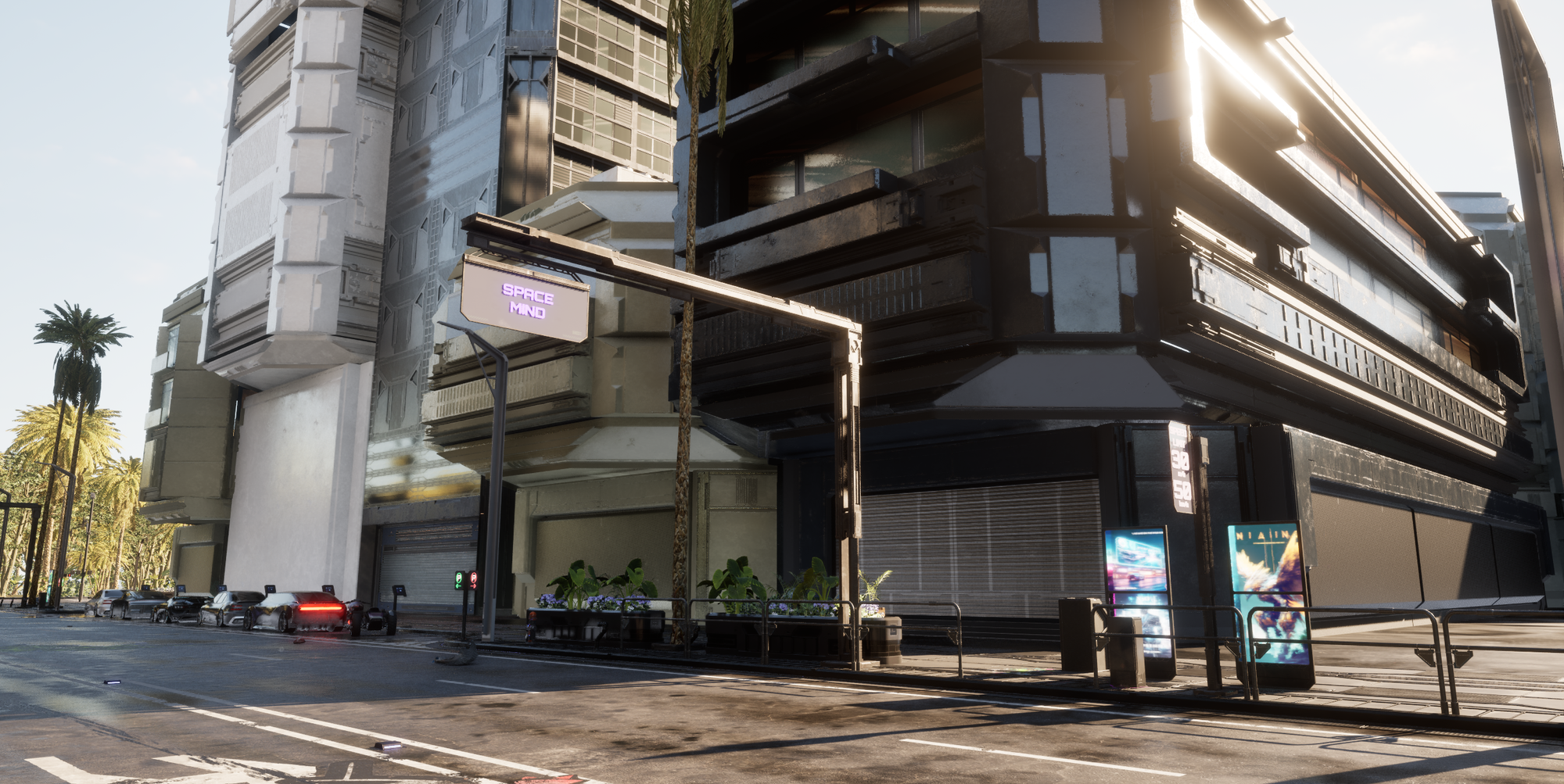
Burning Questions
Q: When will MMED racing rewards be claimable?
A: We need to run a final analysis on bots and cheaters, which will take several more months.
Q: When will WILD stakers receive their MEOW airdrop?
A: This should happen soon, likely within the next month.
Q: When will the $Z token launch?
A: The timing is still being finalised, but if all goes to plan, it should launch by the end of this cycle.
Q: When will our NFTs be usable in game?
A: Shortly after the Pack releases, certain items will become usable in-game, with more being added over time. A large number of Wheels, including the new Lamborghinis, will be playable later this year with the Wheels relaunch.
Q: Are you still on target to have wheels upgrades finished by the end of the year?
A: Yes.
Q: Is open world still coming in 2025?
A: We're aiming to release an open world experience by the end of 2025
Q: When can we expect an update on Land? Is mining still in the pipeline?
A: We will share more details on resources and Land as a part of the Metropolis rollout.
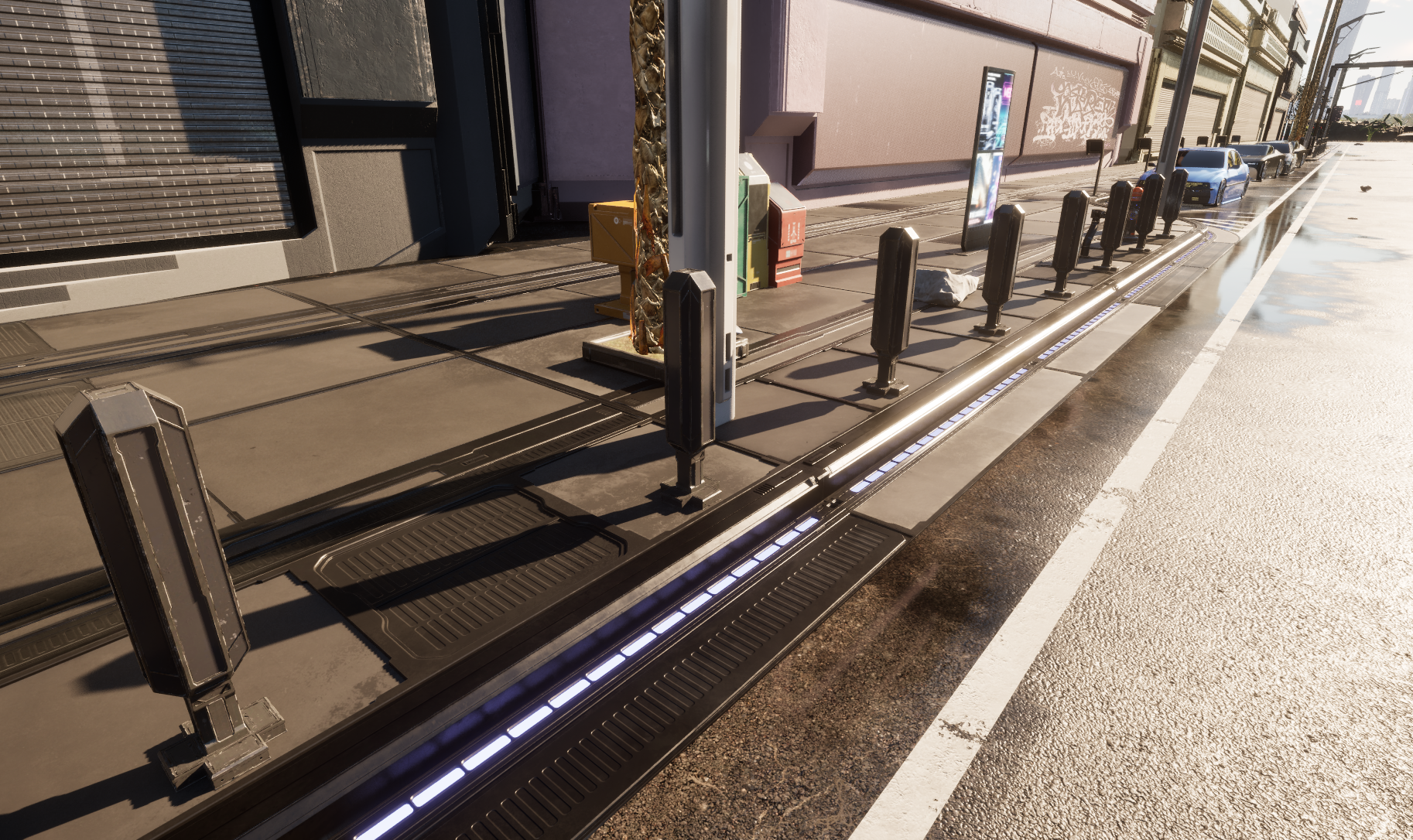
Conclusion
Dev Log 15 marks an incredible chapter in Wilder World’s journey, defined by bold experimentation, creator empowerment, and deeper alignment between gameplay and the WILD economy. From the launch of wiami.fun and the evolution of Super Early Access, to the historic Lamborghini partnership and multi-chain expansion, every advancement brings us closer to a living, player-driven world built on open systems and shared value.
As we look ahead, the focus remains clear: refine the experience, deepen the ecosystem, and continue building a metaverse that rewards imagination, ownership, and belief.
With Blessings,
The Wilders
